Croton insularis
Croton stigmatosus
Croton verreauxii
Crowea exalata
Cryptandra longistaminea
Cryptandra propinqua
Cryptocarya bidwillii
Cryptocarya dorrigoensis
Cryptocarya erythroxylon
Cryptocarya floydii
Cryptocarya foetida
Cryptocarya foveolata
Cryptocarya glaucescens
Cryptocarya laevigata
Cryptocarya meisneriana
Cryptocarya microneura
Cryptocarya nova-anglica
Cryptocarya obovata
Cryptocarya rigida
Cryptocarya triplinervis subsp. pubens
Cryptocarya triplinervis subsp. triplinervis
Cryptocarya williwilliana
Cryptostylis erecta
Cryptostylis hunteriana
Cryptostylis subulata
Cupaniopsis anachardioides
Cupaniopsis baileyana
Cupaniopsis flagelliformis subsp. australis
Cupaniopsis flagelliformis subsp. flagelliformis
Cupaniopsis newmanii
Cupaniopsis parvifolia
Cupaniopsis shirleyana
Cupaniopsis tomentella
Curculigo capitulata
Curculigo ensifolia
Curcuma australasica
Cuscuta australis
Cuttsia viburnea
Cyanthillium cinereum
Cyathea australis
Cyathea baileyana
Cyathea cooperi
Cyathea cunninghamii
Cyathea leichardtiana
Cyathea rebeccae
Cyathea robertsiana
Cyathea woollsiana
Cycas cairnsiana
Cycas media
Cycas platyphylla
Cyclophyllum longipetalum
Cyclosorus interruptus
Cycnogeton multifructum
Cycnogeton procera
Cymbidium canaliculatum
Cymbidium madidum
Cymbidium suave
Cymbopogon refractus

Kenmore Qld.

Kenmore Qld.
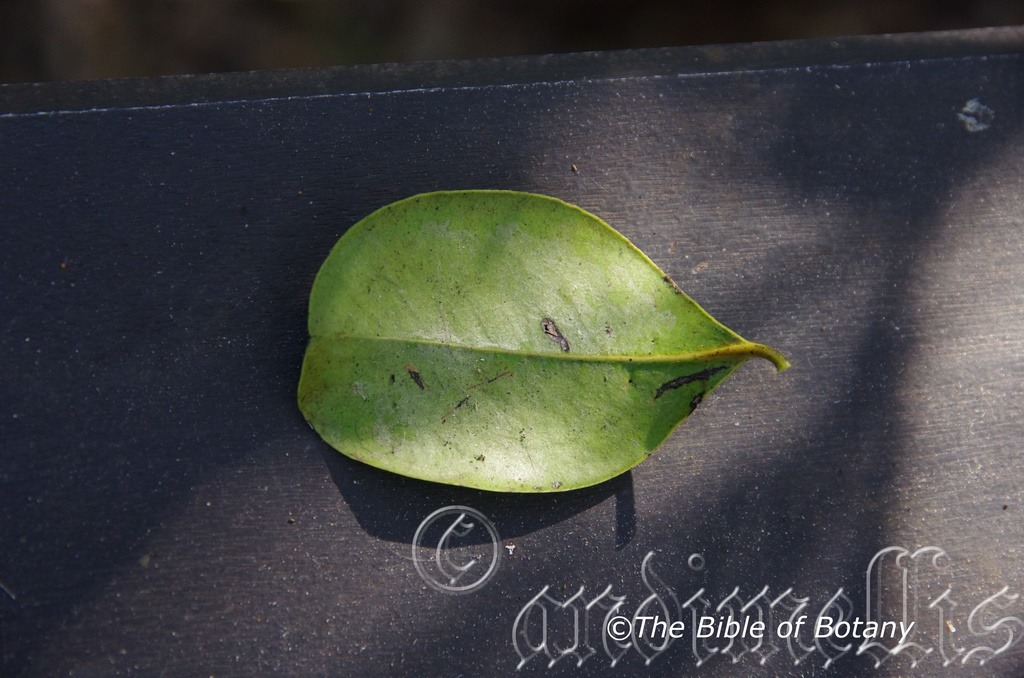
Kenmore Qld.
Croton insularis
Classification:
Unranked: Eudicots
Order: Malpighiales
Family: Euphorbaceae
Subfamily: Crotonoideae
Tribe: Crotoneae
Genus: From Croton, which is Ancient Greek for a tick. It refers to the seeds which resemble the shape of a tick (arthropods) in some species.
Specie: From Ä«nsulÄnus which is Latin for reLating to an Island or Islands. It refers to plants, which grow on islands or at times narrow necked peninsula.
Sub specie:
Common Name: Silver Croton.
Distribution:
Croton insularis is found south from Cairns in far north Queensland to the Fortis Creek National Park in northern New South Wales. It is found in several disjunct populations further south from Port Macquarie to the Blue Mountains and further north on Cape York Peninsula from the Iron Range National Park to Cowan. It is mainly found on and east of the Great Dividing Range to the coast.
https://avh.ala.org.au/occurrences/search?taxa=Croton+insularis#tab_mapView
Habitat Aspect Climate:
Croton insularis prefer full sun to dappled shade. It usually grows on the margins of or in dry rainforest. It is found on the Western Slopes, on and east of the Great Dividing Range. The altitude ranges from 30 meters ASL to 1100 meters ASL.
The temperatures range from minus 3 degrees in July to 35 degrees in January.
The rainfall ranges from lows of 400mm to 3000mm average per annum. In drier western areas the plants are associated with orographic precipitation.
Soil Requirements:
Croton insularis grow on all types of fatty loams, light clays to medium clays. The soils are derived from decomposed brown basalt, black basalt, metamorphic rocks, shale, or alluvial flats. The soils pH ranges from 5pH to 6.5pH. It is not tolerant of waterlogged soils. Non saline soils to moderately saline soils are tolerated.
Height & Spread:
Wild Plants: 12m to 15m by 4m to 6m
Characteristics:
Croton insularis grows as a small tree with a scurfy pale grey-brown bark on the trunk. The branchlets are pale brown to grey brown and glabrous while the new growth is pale green and covered in rusty-brown scales.
The opposite ovate to elliptical leaves of Croton insularis measure 30mm to 85mm in length by 10mm to 30mm in width. The leaves tend to be larger in the northern plants compared to southern plants. There are two raised glands at the base of the leaf blade and its junction with the petiole. The petioles measure 10mm to 25mm in length. The bases are slightly oblique and rounded-cuneate while the apexes are acute to acuminate. The discolourous laminas are deep green to sea-green, glabrous, dull and covered in small translucent dots on the upper laminas while the lower laminas are white and densely covered in off white minute scales. The laminas recurve upwards from the main vein to the margins. The leaf margins are entire and undulating. The mid vein is prominent on the lower lamina and is distinctly visible from the upper lamina. The lateral veins are faintly visible from on both laminas. The new growth and juvenile leaves are bright glossy lime green before maturing. The discarded leaves turn a brilliant orange to scarlet prior to falling.
The dioecious inflorescences of Croton insularis are born as short racemes from the leaf axils and terminals. There are 14 to 28 flowers on each raceme. The rachis measures 60mm to 100mm in length while the pedicels measure 4mm to 5mm in length. The 5 acute sepals and petals are covered in rusty-brown lepidote scales externally and are pascal green and glabrous internally. The apexes are strongly convex. The petals measure 1mm to 1.4mm in length.
The 12 white stamens on the male flowers measure 1.5 mm to 2mm in length. The white anthers measure 0.5mm to 0.7mm in diameter.
The 3 locular ovary is densely clothed in silvery or coppery lepidote scales in the female flowers. The 3 white, styles are divided on the female flowers and are at the edge of the hypanthia. They styles measure 2mm to 3mm in length. The flowers appear from late November to early February. Some flowers are sweetly scented while others have no or little fragrance at all.
Croton insularis’s fruits are trigonous ovoidal capsules. The green-blue capsules are covered in silver scales and turn grey-brown when ripe. The style is persistent on the ripe fruits. The capsules measure 4.5mm to 7mm in length by 5mm to 7.5mm diameter. They ripen in December to February.
Wildlife:
Croton insularis’s wildlife is unknown to the author.
Cultivation:
Croton insularis is a beautiful small tree that is always over looked when it comes to a garden selection. It is ideal in a rain forest setting or in gullies where it is protected from winds and weather extremes. When grown in a sheltered position in the open the trees develop a dense canopy and good shape. They will grow from 7 meters to 10 meters in height by 5 meters to 8 meters in diameter.
A regular fertilizing regime and a little additional water will see the trees respond with good colour and shape and holding their leaves. Stressed trees will discard leaves rapidly.
Croton insularis would make very good accent trees around the BBQ where it will break up hard rigid architectural lines and give warmth and breadth to the garden making the garden look bigger than it is.
Try using them in a courtyard, where the only other feature is a large rock, stump or formal or informal frog or fish pond. Next to such features their small leaves, small flowers and small fruit are never overpowering but certainly noticed. I am surprised that it has never been used in commercial entrances and foyers in large urns or permanent beds to break the ice and give a feeling of business as usual but somehow make the business more relaxing.
It is great in small rockeries as the main feature plant. Here they can be planted in small groups of 2 or 3 or as a standalone plant to create a lush tropical look with other rainforest plants and ferns. If it is surrounded by shorter plants with fine or large foliage that are deep green or pale green then year round contrast can be created with a strong accent in the center of the bed. Deep red or orange flowers will also create a dominate affect at the center of the bed beneath the trees.
Another advantage is that the bark is suitable for all types of epiphytic plants so small orchids and ferns can be placed in the dense shade of the branches adding more colour and interest.
The trees would also be useful for bonsai collectors.
Propagation:
Seeds: Croton insularis seeds do not require treatment before sowing. Remove the seeds from the capsules and sow the fresh seeds directly into a seed raising mix and cover with 5mm of the mix. Place the trays under shade where it is warm. When the seedlings are 25mm to 50mm tall, prick them out and plant them into 50mm native tubes using a good seed raising mix.
Once the seedlings reach 100mm to 200mm in height plant them out into their permanent position. Mass plantings can be achieved by planting them at 4 meter to 6meter centers for a rainforest look or 8 meter to 12 meter centers for a park scenario.
Fertilize using Seaweed, fish emulsion or organic chicken pellets soaked in water on an alternate basis. Fertilize every two months until the plants are established then twice annually in early September or March to maintain health, vitality and better flowering.
Further Comments from Readers:
Hi reader, it seems you use The Bible of Botany a lot. That’s great as we have great pleasure in bringing it to you! It’s a little awkward for us to ask, but our first aim is to purchase land approximately 1,600 hectares to link several parcels of N.P. into one at The Pinnacles NSW Australia, but we need your help. We’re not salespeople. We’re amateur botanists who have dedicated over 30 years to saving the environment in a practical way. We depend on donations to reach our goal. If you donate just $5, the price of your coffee this Sunday, We can help to keep the planet alive in a real way and continue to bring you regular updates and features on Australian plants all in one Botanical Bible. Any support is greatly appreciated. Thank you.
In the spirit of reconciliation we acknowledge the Bundjalung, Gumbaynggirr and Yaegl and all aboriginal nations throughout Australia and their connections to land, sea and community. We pay our respect to their Elders past, present and future for the pleasures we have gained.
Croton stigmatosus
Classification:
Unranked: Eudicots
Order: Malpighiales
Family: Euphorbaceae
Subfamily: Crotonoideae
Tribe: Crotoneae
Genus: From Croton, which is Ancient Greek for a tick. It refers to the seeds which resemble the shape of a tick (arthropods) in many species.
Specie: From Stigma, which is Ancient Greek or Stigma which is Latin for a stigma or thorn point and Matosa which is Latin for to have. It refers to the female reproductive organ, which is more prominent in this species than other species in the genus. It receives the pollen and consequently results in the action of reproduction by fertilization of the ova or egg.
Sub specie:
Common Name: White Croton or Native Cascarrilla.
Distribution:
Croton stigmatosus is found south from Maryborough in southern Queensland to the Hastings River in central coastal New South Wales. There are several disjunct populations further north from Cania Gorge National Park to Gladstone, the Byfield National Park to St Lawrence and north Lakefield National Park to east Mungkan Kundju National Park. It is found on and east of the Great Dividing Range.
https://avh.ala.org.au/occurrences/search?taxa=Croton+stigmatosus#tab_mapView
Habitat Aspect Climate:
Croton stigmatosus prefer full sun to dappled shade. It grows in lowland mountains in dry rain forests, dry riverine rainforests, in moist Eucalyptus forests, adjacent to littoral or lowland coastal mountain rainforests. It is found on and east of the Great Dividing Range. The altitude ranges from 5 meters to 750 meters ASL.
The temperatures range from minus 31 degrees in July to 35 degrees in January.
The rainfall ranges from lows of 800mm to 3000mm average per annum.
Soil Requirements:
Croton stigmatosus prefers light clays to medium clays. The soils are derived from decomposed brown basalt, black basalt, metamorphic rocks, shale, or alluvial flats. The soils pH ranges from 5pH to 6.5pH. It does not tolerate waterlogged soils. Non saline soils to moderately saline soils are tolerated.
Height & Spread:
Wild Plants: 10m to 15m by 4m to 6m
Characteristics:
Croton stigmatosus grow as a small tree with a resinous to farinaceous grey brown bark on the trunk. The branchlets are green glabrous for a short distance before becoming resinous and turning brown further down the stems. The juvenile stems are pale green and densely covered in white pulverulent hairs.
The alternate to sub-opposite leaves of Croton stigmatosus are oblong to lanceolate and measure 80mm to 150mm in length by 15mm to 40mm in width. The leaves tend to be larger in the northern plants compared to southern plants. The bases are rounded while the apex is narrow acute to narrow acuminate. The discolourous laminas are deep green, glabrous, semi glossy, sparsely covered in white stellate hairs and often covered in small translucent dots while the lower laminas are off white to pale grey and densely covered in white stellate hairs. The laminas are flat to slightly recurve upwards from the midvein to the margins. The leaf margins are usually lined with small irregular teeth or rarely entire. The mid vein and lateral veins are prominent on the upper lamina and are visible on the upper lamina. The petioles are covered in orbicular glands and are densely covered in white stellate hairs. The petioles measure 10mm to 35mm in length.
The juvenile leaves are much longer than the leaves on mature trees. The new growth leaves are a bright glossy lime green.
There is a form south east of Warwick on Acacia Creek with narrow oblong to lanceolate leaves that measure 50mm to 120mm in length by 10mm to 13mm in width. This form is found in a dry rainforest and grows to 10 meters.
The inflorescences of Croton stigmatosus are born on long narrow terminal racemes. The rachis measures 60mm to 140mm in length while the pedicels measure 2mm to 5mm in length. The 5 acute lime-green to yellow-green sepals and petals are densely covered in white pulverulent hairs externally and are glabrous internally. The apexes are strongly convex. The petals on the male flowers measure 1mm to 1.4mm in length and are absent on the female flowers.
The white stamens on the male flowers measure 1.5 mm to 2mm in length. The white anthers measure 0.5mm to 0.7mm in diameter.
The 3 locular ovary is densely covered in white stellate hairs. The 3 brown, styles are divided into 2 to 5 branches and are at the edge of the hypanthia. The styles measure 2mm to 3mm in length. The flowers appear from September to November.
Croton stigmatosus fruits are flattened, trigonous, ovoidal capsules. The capsules measure 5mm to 8mm in length by 6mm to 9mm diameter. Like the leaves northern fruits tend to be larger than southern fruits. The fruits turn a yellow green or bright scarlet red when ripe and ripen in December to January.
Wildlife:
Croton stigmatosus’s wildlife is unknown to the author.
Cultivation:
Croton stigmatosus is a beautiful small tree that is always over looked when it comes to a garden selection. It is ideal in a rain forest setting or in gullies where it is protected from winds and weather extremes. When grown in a sheltered position in the open the trees develop a dense canopy and good shape. They will grow from 7 meters to 10 meters in height by 5 meters to 8 meters in diameter.
A regular fertilizing regime and a little additional water will see the trees respond with good colour and shape and holding their leaves. Stressed trees will discard leaves rapidly.
Croton stigmatosus would make very good accent trees around the BBQ where it will break up hard rigid architectural lines and give warmth and breadth to the garden making the garden look bigger than it is.
Try using it in a court yard where the only other feature is a large rock, stump or formal or informal frog or fish pond. Next to such features their small leaves, small flowers and small fruit are never overpowering but certainly noticed. I am surprised that they have never been used in commercial entrances and foyers in large urns or permanent beds to break the ice and give a feeling of business as usual but somehow make the business more relaxing.
It is great in small rockeries as the main feature plant. Here it can be planted in small groups of 2 or 3 or as a standalone plant to create a lush tropical look with other rainforest plants and ferns. If it is surrounded by shorter plants with fine or large foliage that are deep green or pale green then year round contrast can be created with a strong accent in the center of the bed. Deep red or orange flowers will also create a dominate affect at the center of the bed beneath the trees.
Another advantage is that the bark is suitable for all types of epiphytic plants so small orchids and ferns can be placed in the dense shade of the branches adding more colour and interest.
The trees would also be useful for bonsai collectors.
Propagation:
Seeds: Croton stigmatosus seeds do not require treatment before sowing. Remove the seeds from the capsules and sow the fresh seeds directly into a seed raising mix and cover with 5mm of the mix. Place the trays under 30mm to 50mm shade where it is warm. When the seedlings are 25m to 50mm tall, prick them out and plant them into 50mm native tubes using a good seed raising mix.
Once the seedlings reach 100mm to 200mm in height plant them out into their permanent position. Mass plantings can be achieved by planting them at 4 meter to 6meter centers for a rainforest look or 8 meter to 12 meter centers for a park scenario.
Fertilize using Seaweed, fish emulsion or organic chicken pellets soaked in water on an alternate basis. Fertilize every two months until the plants are established then twice annually in early September or March to maintain health, vitality and better flowering.
Further Comments from Readers:
Hi reader, it seems you use The Bible of Botany a lot. That’s great as we have great pleasure in bringing it to you! It’s a little awkward for us to ask, but our first aim is to purchase land approximately 1,600 hectares to link several parcels of N.P. into one at The Pinnacles NSW Australia, but we need your help. We’re not salespeople. We’re amateur botanists who have dedicated over 30 years to saving the environment in a practical way. We depend on donations to reach our goal. If you donate just $5, the price of your coffee this Sunday, We can help to keep the planet alive in a real way and continue to bring you regular updates and features on Australian plants all in one Botanical Bible. Any support is greatly appreciated. Thank you.
In the spirit of reconciliation we acknowledge the Bundjalung, Gumbaynggirr and Yaegl and all aboriginal nations throughout Australia and their connections to land, sea and community. We pay our respect to their Elders past, present and future for the pleasures we have gained.
Croton verreauxii
Classification:
Unranked: Eudicots
Order: Malpighiales
Family: Euphorbaceae
Subfamily: Crotonoideae
Tribe: Crotoneae
Genus: From Croton, which is Ancient Greek for a tick. It refers to the seeds which resemble the shape of a tick (arthropods) in many species.
Specie: Is named in honour of Jules Verreaux; 1807-1873, who was a French botanist and ornithologist.
Sub specie:
Common Name: Green Native Cascarillal.
Distribution:
Croton verreauxii is found south from Wide Bay in southern coastal Queensland to Budderoo National Park in central coastal New South Wales. There are two isolated populations further south in Buckenbowra National Park and the other along the Cann River in north western Victoria. It is found on and east of the Great Dividing Range.
https://avh.ala.org.au/occurrences/search?taxa=Croton+verreauxii#tab_mapView
Habitat Aspect Climate:
Croton verreauxii prefer full sun to dappled shade. It is found in moist, littoral rainforests, dry subtropical rainforests, and dry tropical rainforests especially in the transitional zones between different rainforest types. The altitude ranges from 10 meters ASL. to 1200 meters ASL.
The temperatures range from minus 31 degrees in July to 35 degrees in January.
The rainfall ranges from lows of 800mm to 3000mm average per annum.
Soil Requirements:
Croton verreauxii prefers fatty loams, light gritty clays to medium clays. The soils are derived from decomposed brown basalt, black basalt, metamorphic rocks, shale, and alluvial flats or at times on accumulated peaty sands behind the frontal dunes. The soils pH ranges from 5pH to 6.5pH. It is not tolerant of waterlogged soils. Non saline soils to moderately saline soils are tolerated.
Height & Spread:
Wild Plants: 5m to 8m by 4m to 6m
Characteristics:
Croton verreauxii grows as a small tree with a resinous to farinaceous grey brown bark on the trunk. The branchlets are green, glabrous and very sparsely covered in white hirtellous hairs and scales. The juvenile stems are purplish-red to crimson-red or scarlet-crimson and very sparsely covered in short white hirtellous hairs and scales.
The alternate, elliptical leaves of Croton verreauxii measure 50mm to 120mm in length by 15mm to 30mm in width. The petioles are furrowed along the upper surface and have 2 oblong, offset glands near the junction of the petiole and lamina. The bases are cuneate while the apexes are acuminate. The concolourous laminas are deep grass-green to deep green and semi glossy. The laminas are flat to slightly recurve upwards from the mid vein to the margins. The leaf margins are usually lined with small irregular teeth or rarely entire. The mid vein and lateral veins are strongly prominent on the lower laminas and distinctly visible on the upper laminas. The petioles measure 10mm to 20mm in length.
The new growth leaves are purplish-red to crimson-red or scarlet-crimson and very sparsely covered in short white hirtellus hairs and scales. The discarded old leaves turn orange before falling.
The inflorescences of Croton verreauxii are born on long narrow terminal racemes. The rachis measures 30mm to 50mm in length while the thin pedicels on the male flowers measure 7mm to 10mm in length. The stout pedicels on the female flowers measure 4mm to 6mm in length.
The 5 linear lime-green to yellow-green sepals are glabrous. The sepals measure 2mm to 3mm in length. The caduceous creamy-white petals are obtuse. The 10 white, filiform stamens on the male flowers measure 3mm to 4mm in length. The white anthers measure 0.5mm to 0.7mm in diameter.
The 5 acute lime-green to yellow-green sepals are glabrous and strongly cupular at the base around the ovary. The sepals measure 4mm to 5mm in length. The caduceous creamy-white petals are obtuse. The 3 locular ovary is glabrous. The 3 brown, styles are divided into 2 to 5 branches and are at the edge of the hypanthia. The styles measure 2mm to 3mm in length. The flowers appear from November to January.
Croton verreauxii‘s fruits are flattened, trigonous, ovoidal capsules. The capsules measure 4mm to 6.5mm in length by 5mm to 7mm diameter. The green fruits turn a yellow-brown to orange brown when ripe and ripen in March to late August.
Wildlife:
Croton verreauxii’s wildlife is unknown to the author.
Cultivation:
Croton verreauxii is a beautiful small tree that is always over looked when it comes to a garden selection. The flushes of brilliant purple-red new growth and bright orange-red discarded leaves add colour to the garden several times a year. It is ideal in a rain forest setting or in gullies where it is protected from winds and weather extremes. When grown in a sheltered position in the open the trees develop a dense canopy and good shape. They will grow from 4 meters to 8 meters in height by 4 meters to 5 meters in diameter.
A regular fertilizing regime and a little additional water will see the trees respond with good colour and shape and holding their leaves. The trees are drought resistant especially when established however stressed trees will discard leaves rapidly.
Croton verreauxii would make very good accent trees around the Barbie where it will break up hard rigid architectural lines and give warmth and breadth to the garden making the garden look bigger than it is.
Try using it in a courtyard where the only other feature is a large rock, stump, formal or informal frog or fish pond or ferns. Next to such features their leaves, small flowers and small fruit are never overpowering but certainly noticed. I am surprised that they have never been used in commercial entrances and foyers in large urns or permanent beds to break the ice and give a feeling of business as usual but somehow make the business more relaxing.
It is great in small rockeries as the main feature plant. Here it can be planted in small groups of 2 or 3 or as a standalone plant to create a lush tropical look with other rainforest plants and ferns. If it is surrounded by shorter plants with fine or large foliage that are deep green or pale green then year round contrast can be created with a strong accent in the center of the bed. Deep red or orange flowers will also create a dominate affect at the center of the bed beneath the trees.
Another advantage is that the bark is suitable for all types of epiphytic plants so small orchids and ferns can be placed in the dense shade of the branches adding more colour and interest.
The trees would also be useful for bonsai collectors.
Propagation:
Seeds: Croton verreauxii seeds do not require treatment before sowing. Remove the seeds from the capsules and sow the fresh seeds directly into a seed raising mix and cover with 5mm of the mix. Place the trays under shade where it is warm. When the seedlings are 25m to 50mm tall, prick them out and plant them into 50mm native tubes using a good seed raising mix.
Once the seedlings reach 100mm to 200mm in height plant them out into their permanent position. Mass plantings can be achieved by planting them at 4 meter to 6 meter centers for a rainforest look or 7 meter to 12 meter centers for a park scenario in small gardens.
Fertilize using Seaweed, fish emulsion or organic chicken pellets soaked in water on an alternate basis. Fertilize every two months until the plants are established then twice annually in early September or March to maintain health, vitality and better flowering.
Further Comments from Readers:
Hi reader, it seems you use The Bible of Botany a lot. That’s great as we have great pleasure in bringing it to you! It’s a little awkward for us to ask, but our first aim is to purchase land approximately 1,600 hectares to link several parcels of N.P. into one at The Pinnacles NSW Australia, but we need your help. We’re not salespeople. We’re amateur botanists who have dedicated over 30 years to saving the environment in a practical way. We depend on donations to reach our goal. If you donate just $5, the price of your coffee this Sunday, We can help to keep the planet alive in a real way and continue to bring you regular updates and features on Australian plants all in one Botanical Bible. Any support is greatly appreciated. Thank you.
In the spirit of reconciliation we acknowledge the Bundjalung, Gumbaynggirr and Yaegl and all aboriginal nations throughout Australia and their connections to land, sea and community. We pay our respect to their Elders past, present and future for the pleasures we have gained.
Crowea exalta
Classification:
Unranked: Rosids
Order: Sapindales
Family: Rutaceae
Genus: Is named in honour of Dr. James Crowe; 1750-1807, who was an English surgeon and expert in mosses and fungi.
Species: From Ex, which is Latin for out of the ordinary, outside or external and Alatus, which is Latin for lofty or tall. It refers to the shrubs which are much taller than other species in the genus.
Sub species: Crowea exalta subsp. exalta. From Ex, which is Latin for out of the ordinary, outside or external and Alatus, which is Latin for lofty or tall. It refers to the shrubs which are much taller than other species in the genus.
Sub species: Crowea exalta subsp. magnifolia. From Magnificus, which is Latin for eminent, imposing, distinguished magnificent and Folium, which is Latin for foliage. It refers to foliage displays, which are very impressive. The leaves are much larger and prominent on this species than other species in the genus.
Sub species: Crowea exalta subsp. obcordata. From Ob, which is Latin for orbit and Cordatum which is Latin for heart shape. It usually refers to describing a petal or leaf, which has a heart shape.
Sub species: Crowea exalta subsp. revoluta. From Revolutum, which is Latin for to make a full turn. It usually refers to leaves, leaflets, pinnules or at times flower petal margins which roll downwards, towards the underside of the leaf forming more than a complete circle.
Common Name: Pink Crowea.
Distribution:
Crowea exalta is found south from Applethorpe near Stanthorpe in far south eastern Queensland to central Victoria. It is mainly found on the Great Dividing Range.
Crowea exalta subsp. exalata is found west, on and east of the Great Dividing Range in scattered populations near the Queensland south to Orange then more wide spread south to Traralgon in Victoria.
Crowea exalta subsp. magnifolia is found in two disjunct populations on and west of the Great Dividing Range from the Queensland border south to near Tamworth and on and east of the Great Dividing Range from the Blue Mountains south to near Eden in New South Wales.
Crowea exalta subsp. obcordata is found in a small area west of the Blue Mountains in New South Wales.
Crowea exalta subsp. revoluta is restricted to a small area in central Victoria.
https://avh.ala.org.au/occurrences/search?taxa=Crowea+exalata#tab_mapView
Habitat Aspect Climate:
Crowea exalta prefers full sun to dappled shade. It grows along the riparian zone of creeks, streams or river banks and in dry sclerophyll forests close to the riparian zones and gallery forests. The altitude ranges from 30 meters ASL. to 1300 meters ASL.
The temperatures range from minus 6 degrees in July to 34 degrees in January.
The rainfall ranges from lows of 600mm to an average of 1200mm annually.
Soil Requirements:
Crowea exalta prefers sandy loams, light fatty loams or light gravelly clays. The soils are derived from decomposed sandstone and granites. The soils pH ranges from 6pH to 7pH are preferred. Waterlogged soils are not tolerated. Non saline soils to moderately saline soils are tolerated.
Height & Spread:
Wild Plants: 0.8 m to 1 m x 0.8 m to 1 m.
Characteristics:
Crowea exalta has slender branches that remain fairly horizontal in growth. The angled branchlets and stems are green and glabrous. Crowea exalta subsp. magnifolia branchlets and stems are deep red to burgundy-red.
Crowea exalta subsp. exalata’s linear-oblong to spathulate leaves measure 15mm to 50mm in length by 2mm to 6mm in width. The concolourous laminas are finely pappilate, rough and deep sea green. The base is attenuate while the apex is rounded to obtuse.
Crowea exalta subsp. magnifolia’s linear-oblong to spathulate leaves measure 15mm to 50mm in length by 2mm to 6mm in width. The discolourous laminas are finely pappilate, rough and deep sea green on the upper lamina while the lower laminas are deep red to burgundy-red. The base is attenuate while the apex is rounded to obtuse.
Crowea exalta subsp. obcordata’s leaves are obcordate and measure 8mm to 15mm in length by 1mm to 6mm in width. The concolourous laminas are finely pappilate, rough and deep sea green. The base is attenuate while the apex is cordate.
The mid vein is prominent below with the margins being slightly thickened at the edges in the all sub sp. The petiole measures 2mm to 4mm in length.
The inflorescence of Crowea exalta are born single in the leaf axils from short auxiliary terminal shoots. The 5 acute sepals have short pale grey ciliate hairs along the lobes, while the surface is glabrous or sparsely covered in hirtellous hairs. They measure 2mm to 2.5mm in length. The 5 petals are narrow ovate to broad ovate and measure 6mm to 10mm in length by 4mm to 8mm in width near the base. The waxy, deep pink, pale pink, lilac or rarely white petals surround the 10 slightly imbricated stamens form a tube at the center of the petals. The pedicel measures 2mm to 4mm in length. The flowers appear throughout the year however there is a peak period in spring and again in autumn.
Crowea exalta‘s fruits are erect, globose cocci which are surrounded by the petals that re enclose around the ovary after fertilization. The cocci measure 6mm to 7mm in length by 5mm to 6mm in diameter.
Wildlife:
Crowea exalta‘s wildlife is unknown to the author.
Cultivation:
Crowea exalta make beautiful garden subjects and this one is no exception. It is hardier than most, responds to watering and tip pruning. It will grow from 0.8 meters to 1 meter by 1 meter to 1.3 meters in cultivation. An annual application in early spring of our fertilizer will see them perform at their best. The flowers make good cut flowers and produce long stems if well maintained. They can stand heavy frosts.
Crowea exalta is easy to grow from seed so a good supply can be maintained with plants always looking at their best.
It is great feature plants amongst rockeries, beneath trees, on banks and in particular, when planted in mass displays for their flowers. This is one of the best because of its size and proliferation of flowers. In the native garden clumps scattered throughout the block under trees or between groups of larger trees and shrubs look fantastic and are highlighted when in bloom. Do not plant them in mixed gardens of Boronia specie or Eriostemon specie as they will clash.
It also look good at the end of swimming pools or court yards where a little shade does them justice, but they will cope equally well in full sun provided it is well mulched to keep the root zone cool and moist not wet. They handle pruning well and in fact bush up and produce better longer stems the following season when this is done.
Its downfall is that it must have an open soil. Course sands or granites added to a heavier soil will return great rewards.
Crowea exalta is well suited to a dry sloping heath garden. When you design a heath garden use contours to display the plants. Taller heaths are better placed at the back away from the path while shorter plants or border plants are better up close to the path so that you can still look over the tallest plants. Crowea exalt display beautifully where it is planted slightly below eye level. Place them back from the path as it is rather brittle and will be easily broken or passer-byes will continually try to remove the flower heads. If these plants are on display to the public you may have a never ending number of fanciers knocking on your door wanting to know the name and where you attained them from as it is so striking in the garden. Make the heath garden path narrow so you have to feel the plants as you walk through the garden bed. This gives an extra dimension which many people forget about when designing heath gardens. Plants must be planted close together and be short so you can see over the tallest ones with the exception of those at the back. The idea is to achieve a feeling of an endless rise. This can be achieved with using the Crowea exalta’s brilliant pink flowers. Mix them with other smaller shrubs so none of them dominate the scene but blend in to give a mosaic of foliage colours that you oversee. Here I immediately think of Crotalaria mitchellii, Craspedia canes or other subshrubs like Chloanthes parviflora, Pelargonium australe, Pelargonium inodorum or Anigozanthos flavida to break the horizontal look. Glycyrrhiza acanthocarpa would be something entirely different next to a path where you can walk by and pick a leaf to crush and enjoy the aroma of licorice.
Propagation:
Seeds: Seeds can be removed easily from the plants as they dry. Once Crowea exalta has finished flowering and the fruits have swollen place an old sheet below the plants and keep a close eye on it. Peg it down so it doesn’t blow around. When the seeds start to disperse, it can be all over in one day with the seeds being scattered on the ground. Clean the rubbish off and sieve the material for the seeds.
Seeds need to be treated by rubbing between fine sandpaper. Another method is to drop them into hot water and allow it to cool. I have also laid the rubbish out at the time of collecting and burnt it with the seeds still amongst the rubbish. No one method has proven better than the other with all producing erratic results.
Sow fresh treated seeds directly into a seed raising mix, keeping them moist not wet. When the seedlings are 20 to 25 mm tall, prick them out and plant them into 50mm native tubes using a good organic mix.
As the seedlings roots reach the bottom of the tubes plant them out into their permanent position. Do not delay.
For mass plantings plant the seedlings out at 600mm to 800mm centers.
Fertilize using Seaweed, fish emulsion or organic chicken pellets soaked in water on an alternate basis. Fertilize every two months until the plants are established then twice annually in early September or March to maintain health, vitality and better flowering.
Cuttings: Use 70mm to 100mm long semi hardwood cuttings prepared from partially mature wood of the current season’s growth, just after a flush of growth. Take the cuttings as soon as the shrubs have finished flowering. Take the cuttings when wood is reasonably firm and the leaves of mature size. Remove half the leaves from the bottom section being careful not to tear the bark.
1 Prepare the cutting mix by adding one third sharp clean river sand, one third peat and one third perlite. These ingredients are sterilize,
2 Select good material from non diseased plants,
3 Select semi green stems for cuttings. Look for a stem with two or three nodes,
4 Place the cutting on a flat, hard surface, and make a clean down one side of the cutting for 10mm to 15mm with a sharp sterile knife or razor blade. – This scarification of the node will increase the chances of roots emerging from this spot. Now remove all but one or two the leaves, leaving the apex leaves in tact. If the leaves are very large in proportion to the stem, cut off the apical halves.
5 Fill a saucer with water, and place a little mild to medium rooting hormone into another container like a milk bottle top. Dip the node end of the cutting into the water and then into the rooting hormone. Tap off any excess hormone,
6 Use a small dipple stick or old pencil to poke a hole into the soilless potting mix. Ensure the hole is slightly larger than the stem diameter and be careful not to wipe the rooting hormone off the cuttings base, place the cuttings in a pattern ensuring the cuttings are not touching each other,
7 I like to place the pots in Plastic bags to help maintain temperature and moisture. Place in a semi shaded place like under 50mm shade cloth.
8 When the cuttings have struck, open the bag to allow air circulation for a few days to a week,
9 Once hardened off remove the cuttings from the bag and allow to further hardening for a few more days,
10 Transplant into a good potting mix to grow on.
Fertilize using Seaweed, fish emulsion or organic chicken pellets soaked in water on an alternate basis. Fertilize every two months until the plants are established then twice annually in early September or March to maintain health, vitality and better flowering.
Further Comments from Readers:
Hi reader, it seems you use The Bible of Botany a lot. That’s great as we have great pleasure in bringing it to you! It’s a little awkward for us to ask, but our first aim is to purchase land approximately 1,600 hectares to link several parcels of N.P. into one at The Pinnacles NSW Australia, but we need your help. We’re not salespeople. We’re amateur botanists who have dedicated over 30 years to saving the environment in a practical way. We depend on donations to reach our goal. If you donate just $5, the price of your coffee this Sunday, We can help to keep the planet alive in a real way and continue to bring you regular updates and features on Australian plants all in one Botanical Bible. Any support is greatly appreciated. Thank you.
In the spirit of reconciliation we acknowledge the Bundjalung, Gumbaynggirr and Yaegl and all aboriginal nations throughout Australia and their connections to land, sea and community. We pay our respect to their Elders past, present and future for the pleasures we have gained.

Guy Fawks National Park Ebor NSW
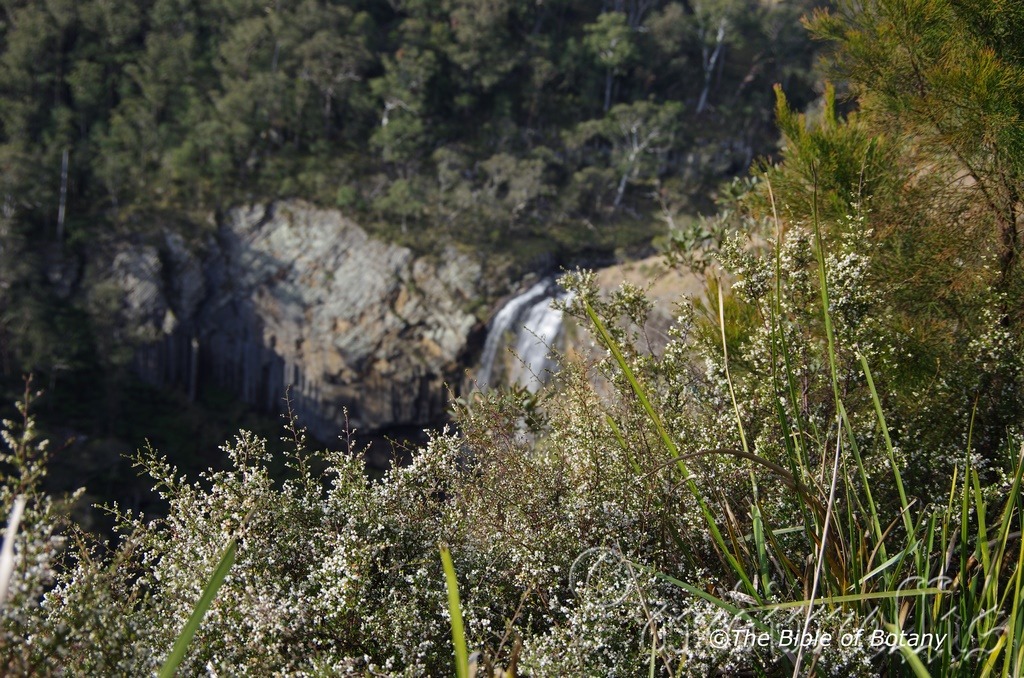
Guy Fawks National Park Ebor NSW
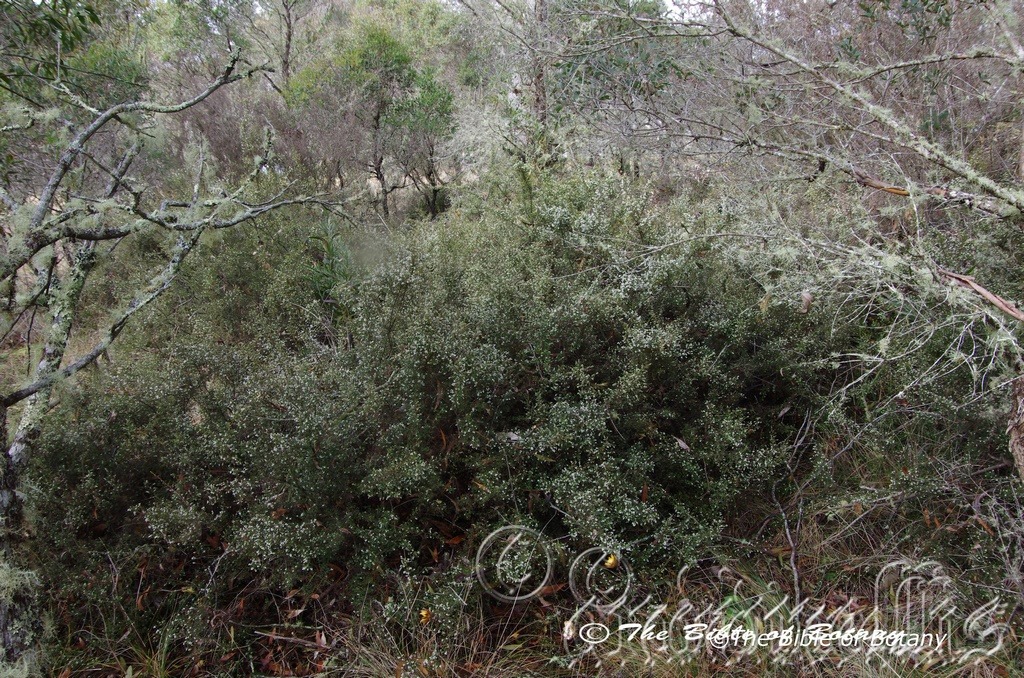
Guy Fawks National Park Ebor NSW

Guy Fawks National Park Ebor NSW
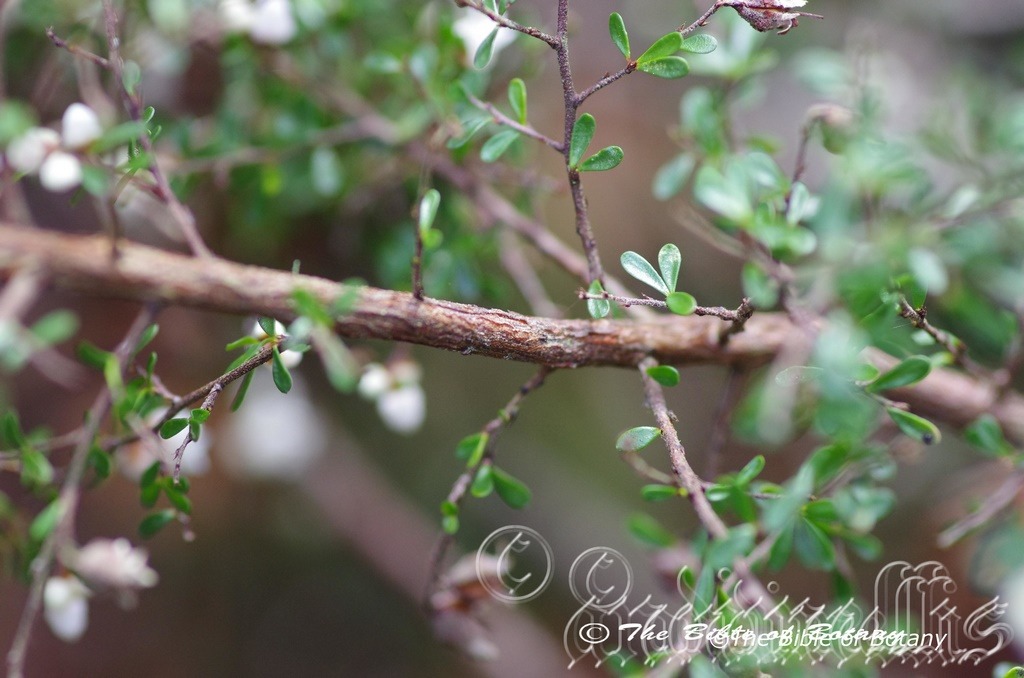
Guy Fawks National Park Ebor NSW
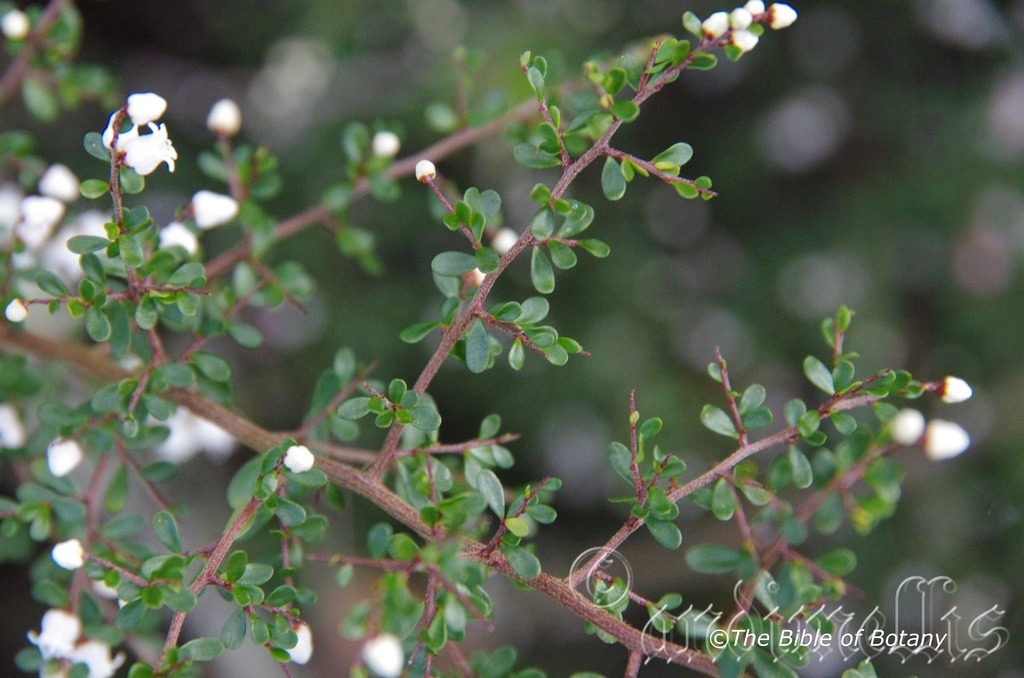
Guy Fawks National Park Ebor NSW
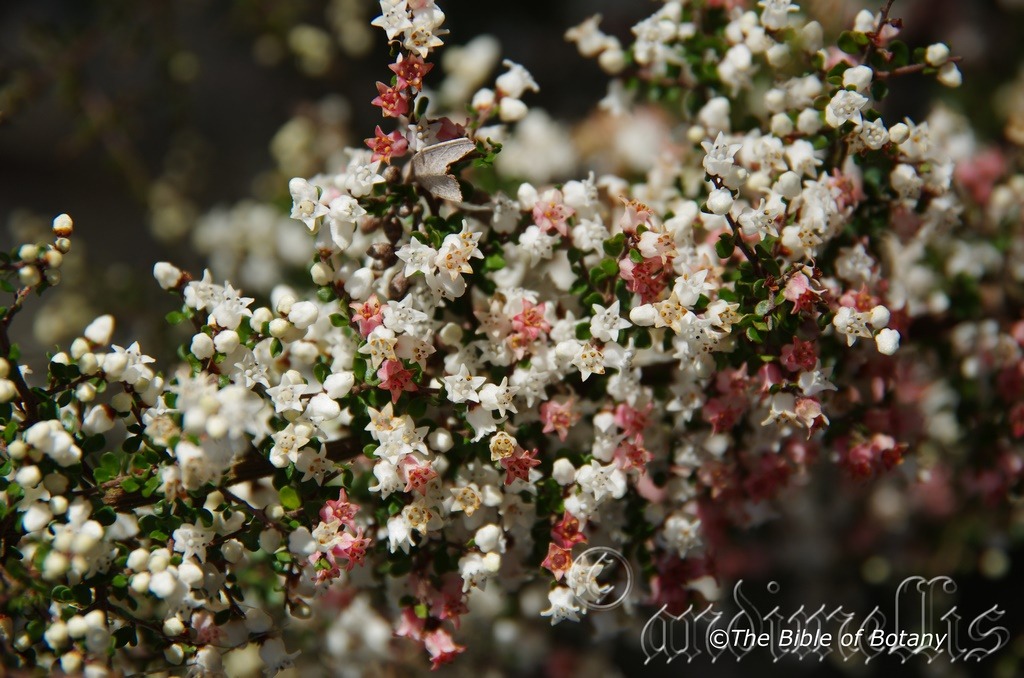
Guy Fawks National Park Ebor NSW
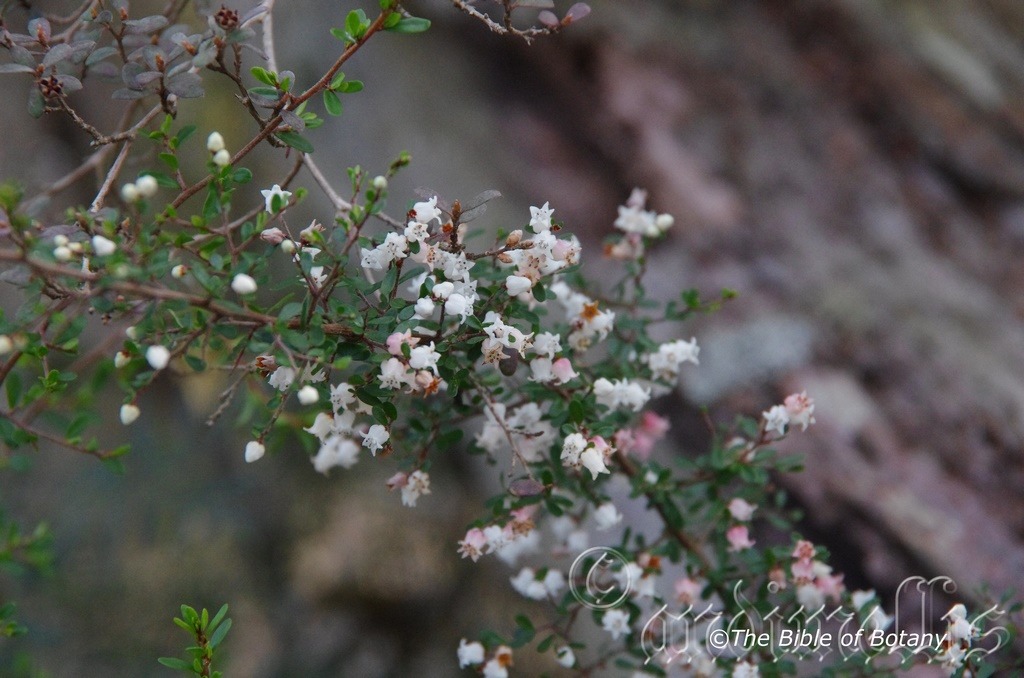
Guy Fawks National Park Ebor NSW

Guy Fawks National Park Ebor NSW
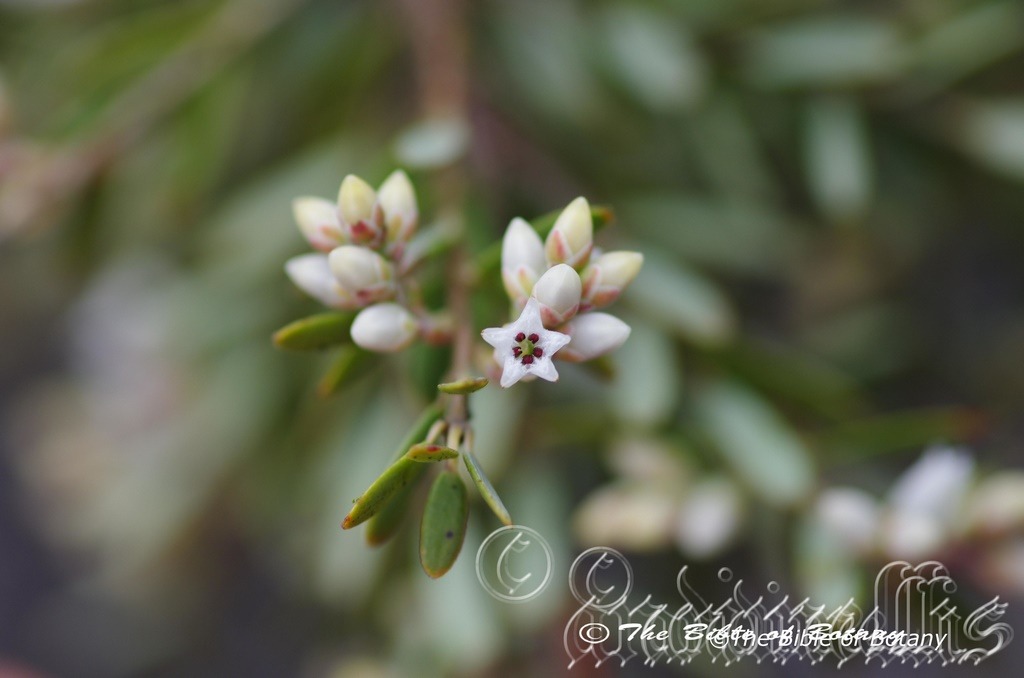
Guy Fawks National Park Ebor NSW

Guy Fawks National Park Ebor NSW

Guy Fawks National Park Ebor NSW
Cryptandra amara
Classification:
Unranked: Eudicots
Unranked: Rosids
Order: Rosales
Family: Rhamnaceae
Tribe: Pomaderreae
Genus: From Krypto/Krypsis/Krypticos, which are Greek or Crypticus, which is Latin for hidden or concealed and Andros which is Ancient Greek for a man. It refers to the stamens which are well hidden inside the corolla.
Specie: From Åmós, which is Ancient Greek for raw or crude or AmÄrum, which is Latin for to be bitter to the taste buds. It refers to structures or organs, which are crude or bitter to eat.
Sub specie:
Common Name:
Distribution:
Cryptandra amara is found south from Forest Creek in central Queensland to Grafton on the coast and Hillston, Gillgandra on the Western Plains in central New South Wales.
https://avh.ala.org.au/occurrences/search?taxa=Cryptandra+amara#tab_mapView
Habitat Aspect Climate:
Cryptandra amara prefer full sun to light dappled shade and will be found growing from near sea level to lowland mountainous heaths. It is found from the coast to the western plains. It is rare on the western side of the Great Dividing Range and never forms dense communities even on the coast. The altitude ranges from 5 meters to 700 meters ASL.
The temperatures range from minus 3 degrees in August to 35 degrees in January.
The rainfall ranges from lows of 400mm to 1600mm average per annum.
Soil Requirements:
Cryptandra amara prefers white, yellow or reddish coarse sands, fine sands to sandy loams. The soils are derived from decomposed sandstone often over sandstone or accumulated sands behind the frontal dunes. The soils pH ranges from 5.5pH to 6pH. It does not tolerate waterlogged soils. Non saline soils to moderately saline soils are tolerated.
Height & Spread:
Wild Plants: 0.5m to 0.8m by 0.4m to 0.6m
Characteristics:
Cryptandra amara grows as a small multi-branched shrub without spines on the stems. The stems are rusty-brown, glabrous and densely covered in white tomentose hairs which often appear to be white floccose wool. The new growth and juvenile stems are pale lime-green and are densely covered in white tomentose hairs.
The alternate clustered leaves of Cryptandra amara are ovate to linear or narrow lanceolate and measure 2mm to 4.2mm in length by 1mm to 2mm in width. The petioles measure 0mm to 0.5mm in length. The bases are tapered while the apexes are acute to acuminate-obtuse. The concolourous to discolourous laminas are grass-green to deep grass-green, semi glossy and glabrous on the upper lamina while the lower laminas are similar or slightly paler and are sparsely covered in white tomentose hairs. The laminas are flat or recurve slightly upwards from the mid vein to the margins and may decurve downwards slightly near the apex. The leaf margins are entire and recurved to revolute. The mid vein is prominent on the lower lamina and faintly visible on the upper lamina. The 2 linear stipules measure 0.5mm to 1mm in length. The new growth and juvenile leaves are bright glossy lime green.
The inflorescences of Cryptandra amara are crowded along special woody stem on the upper stems. There are 3 to 5 flowers on a stems. The stems measure 3mm to 6mm in length. The pascal lime-green cupular base of the white corollas are covered in fine white tomentose hairs externally and are glabrous internally. The corollas measure 2mm to 4.2mm in length by 0.7mm to 2.5mm in diameter at the widest point near the base. The 5 acute to acute-obtuse lobes are white. The short, stout pedicels are covered in brown, imbricate bracts.
The 5 exserted white, glabrous filaments measure 2.1mm to 4.3 mm in length. The anthers are brown.
The thick 2mm to 3.5mm long style is 3 ocular. The honey scented flowers appear from late August to early November.
Wildlife:
Cryptandra amara’s wildlife is unknown to the author.
Cultivation:
Cryptandra amara is a beautiful small shrub which has attractive glossy green leaves. It is ideal in an open heath setting or in open woodland gullies where it is protected from winds and weather extremes. When grown in a sheltered position in the open the shrubs will grow from 0.4 meters in 0.6 years in height by 0.4 meters to 0.6 meters in diameter. The shrubs are long lived and need to be pruned regularly to maintain bushiness and vigour. They respond quickly to being pruned
Cryptandra amara would make a good contribution to a sandy or rocky terrain rock garden. Here they can be used as fill in plants, scattered throughout the boulders. When you use them in areas that are strewn with large boulders do not over crowd the scene as the boulders are a formidable part of the scene. Cryptandra amara is well suited to such conditions so use contours to display the plants amongst the boulder. Plants must be planted sparingly with short annuals between to give vibrant colour
When you design a tall heath garden which Cryptandra amara is well suited to try not to use straight lines or contours to display the plants as heath lands are almost always flat or have a slight rise and the plants are in jumbled arrays. Make the heath garden path narrow so you have to feel the plants as you walk through the garden bed. This gives an extra dimension which many people forget about when designing heath gardens. Plants must be planted close together and be short so you can see over the tallest ones with the exception of one or two plants at the most. These will be feature plants. The idea is to achieve a feeling of expansive flatness. This can be achieved with using the Cryptandra amara‘s white flowers. Mix them with other smaller shrubs so none of them dominate the scene but blend in to give a mosaic of foliage colours that you oversee. Here I immediately think of Melaleuca pearsonii or other subshrubs like Chloanthes parviflora, Pelargonium austral or Pelargonium inodorum. Glycyrrhiza acanthocarpa would be something entirely different next to a path where you can walk by and pick a leaf to crush and enjoy the aroma of licorice.
Propagation:
Seeds: Cryptandra amara seeds are difficult to collect so cuttings are the only alternative available for propagation. Use 50mm to 70mm long semi hardwood tip cuttings prepared from partially mature wood of the current season’s growth, just after a flush of growth. Take the cuttings from January to early April or later if you are in a frost free area. Take the cuttings when wood is reasonably firm and the leaves are of mature size. Remove half the leaves from the bottom section being careful not to tear the bark. Take a 10mm slice off the bark from the bottom of the cutting on one side. Use a weak rooting hormone, dip the cutting in and place the cutting in a moist sterile seed raising mix using a dipple stick. Place the trays under shade in a warm position and keep moist. When the cuttings have obviously struck and have developed good roots and new shoots treat them as for seedlings. Prick them out and place them into 50mm native tubes using a seed raising mix.
Once the seedlings reach 150 to 200mm in height plant them out into their permanent position. Mass plantings can be achieved by planting them at 0.5 meter to 1 meter centers.
Fertilize using Seaweed, fish emulsion or organic chicken pellets soaked in water on an alternate basis. Fertilize every two months until the plants are established then twice annually in early September or March to maintain health, vitality and better flowering.
Further Comments from Readers:
Hi reader, it seems you use The Bible of Botany a lot. That’s great as we have great pleasure in bringing it to you! It’s a little awkward for us to ask, but our first aim is to purchase land approximately 1,600 hectares to link several parcels of N.P. into one at The Pinnacles NSW Australia, but we need your help. We’re not salespeople. We’re amateur botanists who have dedicated over 30 years to saving the environment in a practical way. We depend on donations to reach our goal. If you donate just $5, the price of your coffee this Sunday, We can help to keep the planet alive in a real way and continue to bring you regular updates and features on Australian plants all in one Botanical Bible. Any support is greatly appreciated. Thank you.
In the spirit of reconciliation we acknowledge the Bundjalung, Gumbaynggirr and Yaegl and all aboriginal nations throughout Australia and their connections to land, sea and community. We pay our respect to their Elders past, present and future for the pleasures we have gained.
Cryptandra longistaminea
Classification:
Unranked: Eudicots
Unranked: Rosids
Order: Rosales
Family: Rhamnaceae
Tribe: Pomaderreae
Genus: From Krypto/Krypsis/Krypticos, which are Greek or Crypticus, which is Latin for hidden or concealed and Andros which is Ancient Greek for a man. It refers to the stamens which are well hidden inside the corolla.
Specie:From Longitia/Longus, which is Latin for long in length and Stamen, which is Latin for the male reproductive organs on a flower. It refers to the stamens, which are much longer and prominent compared to other species in the genus.
Sub specie:
Common Name:
Distribution:
Cryptandra longistaminea is found south from Gladstone and the Carnarvon Gorge in central coastal Queensland to Grafton on the coast and Hillston, Gillgandra on the Western Plains in central New South Wales.
https://avh.ala.org.au/occurrences/search?taxa=Cryptandra+longistaminea#tab_mapView
Habitat Aspect Climate:
Cryptandra longistaminea prefer full sun to light dappled shade and will be found growing from near sea level to lowland mountainous heaths. It is found from the coast to the western plains. It is rare on the western side of the Great Dividing Range and never forms dense communities even on the coast. The altitude ranges from 5 meters ASL. to 700 meters ASL.
The temperatures range from minus 3 degrees in August to 35 degrees in January.
The rainfall ranges from lows of 400mm to 1600mm average per annum.
Soil Requirements:
Cryptandra longistaminea prefers white, yellow or reddish coarse sands, fine sands to sandy loams. The soils are derived from decomposed sandstone often over sandstone or accumulated sands behind the frontal dunes. The soils pH ranges from 5.5pH to 6pH. It does not tolerate waterlogged soils. Non saline soils to moderately saline soils are tolerated.
Height & Spread:
Wild Plants:0.5m to 0.8m by 0.4m to 0.6m
Characteristics:
Cryptandra longistaminea grows as a small multi-branched shrub without spines on the stems. The stems are rusty-brown, glabrous and densely covered in white tomentose hairs which often appear to be white floccose wool. The new growth and juvenile stems are pale lime-green and are densely covered in white tomentose hairs.
The alternate clustered leaves of Cryptandra longistaminea are ovate to linear or narrow lanceolate and measure 2mm to 4.2mm in length by 1mm to 2mm in width. The petioles measure 0mm to 0.5mm in length. The bases are tapered while the apexes are acute to acuminate-obtuse. The concolourous to discolourous laminas are grass-green to deep grass-green, semi glossy and glabrous on the upper lamina while the lower laminas are similar or slightly paler and are sparsely covered in white tomentose hairs. The laminas are flat or recurve slightly upwards from the mid vein to the margins and may decurve downwards slightly near the apex. The leaf margins are entire and recurved to revolute. The mid vein is prominent on the lower lamina and faintly visible on the upper lamina. The 2 linear stipules measure 0.5mm to 1mm in length. The new growth and juvenile leaves are bright glossy lime green.
The inflorescences of Cryptandra longistaminea are crowded along special woody stem on the upper stems. There are 3 to 5 flowers on a stems. The stems measure 3mm to 6mm in length. The pascal lime-green cupular base of the white corollas are covered in fine white tomentose hairs externally and are glabrous internally. The corollas measure 2mm to 4.2mm in length by 0.7mm to 2.5mm in diameter at the widest point near the base. The 5 acute to acute-obtuse lobes are white. The short, stout pedicels are covered in brown, imbricate bracts.
The 5 exserted white, glabrous filaments measure 2.1mm to 4.3 mm in length. The anthers are brown.
The thick 2mm to 3.5mm long style is 3 ocular. The honey scented flowers appear from late August to early November.
Wildlife:
Cryptandra longistaminea’s wildlife is unknown to the author.
Cultivation:
Cryptandra longistaminea is a beautiful small shrub which has attractive glossy green leaves. It is ideal in an open heath setting or in open woodland gullies where it is protected from winds and weather extremes. When grown in a sheltered position in the open the shrubs will grow from 0.4 meters in 0.6 years in height by 0.4 meters to 0.6 meters in diameter. The shrubs are long lived and need to be pruned regularly to maintain bushiness and vigour. They respond quickly to being pruned
Cryptandra longistaminea would make a good contribution to a sandy or rocky terrain rock garden. Here they can be used as fill in plants, scattered throughout the boulders. When you use them in areas that are strewn with large boulders do not over crowd the scene as the boulders are a formidable part of the scene. Cryptandra longistaminea is well suited to such conditions so use contours to display the plants amongst the boulder. Plants must be planted sparingly with short annuals between to give vibrant colour
When you design a tall heath garden which Cryptandra longistaminea is well suited to. Try not to use contours to display the plants as heath lands are almost always flat or have a slight rise as the plants are in jumbled arrays. Make the heath garden path narrow so you have to feel the plants as you walk through the garden bed. This gives an extra dimension which many people forget about when designing heath gardens. Plants must be planted close together and be short so you can see over the tallest ones with the exception of one or two plants at the most. These will be feature plants. The idea is to achieve a feeling of expansive flatness. This can be achieved with using the Cryptandra longistaminea’s white flowers. Mix them with other smaller shrubs so none of them dominate the scene but blend in to give a mosaic of foliage colours that you oversee. Here I immediately think of Melaleuca pearsonii or other subshrubs like Chloanthes parviflora, Pelargonium austral or Pelargonium inodorum. Glycyrrhiza acanthocarpa would be something entirely different next to a path where you can walk by and pick a leaf to crush and enjoy the aroma of licorice.
Propagation:
Seeds: Seeds can be removed easily from the plants as they dry. Once Cryptandra longistamine has finished flowering and the fruits have swollen place an old sheet below the plants and keep a close eye on it. Peg it down so it doesn’t blow around. When the seeds start to disperse, it can be all over in one day with the seeds being scattered on the ground. Clean the rubbish off and sieve the material for the seeds.
Seeds need to be treated by placing in the vegetable crisper for a month or two to simulate a cold winter.
Sow freshly treated seeds once it is removed from the fridge directly into a seed raising mix, keeping them moist not wet. When the seedlings are 20mm to 25mm tall, prick them out and plant them into 50mm native tubes using a good organic mix.
As the seedlings roots reach the bottom of the tubes plant them out into their permanent position. Do not delay.
For mass plantings plant the seedlings out at 600mm to 800mm centers.
Fertilize using Seaweed, fish emulsion or organic chicken pellets soaked in water on an alternate basis. Fertilize every two months until the plants are established then twice annually in early September or March to maintain health, vitality and better flowering.
Cuttings:
Cryptandra longistaminea seeds are difficult to collect so cuttings are the only alternative available for propagation.
Cuttings can be taken anytime of the year once frosts are not being experienced. Take 60mm to 80mm semi hardwood cuttings.
1 Prepare the cutting mix by adding one third sharp clean river sand, one third peat and one third perlite. These ingredients are sterilize,
2 Select good material from non diseased plants,
3 Select semi green stems for cuttings. Look for a stem with two or three nodes,
4 Place the cutting on a flat, hard surface, and make a clean down one side of the cutting for 10mm to 15mm with a sharp sterile knife or razor blade or slice a 10mm section off one side of the cutting. – This scarification of the node will increase the chances of roots emerging from this spot. Now remove all but one or two the leaves, leaving the apex leaves in tact. If the leaves are very large in proportion to the stem, cut off the apical halves.
5 Fill a saucer with water, and place a little mild to medium rooting hormone into another container like a milk bottle top. Dip the node end of the cutting into the water and then into the rooting hormone. Tap off any excess hormone,
6 Use a small dipple stick or old pencil to poke a hole into the soilless potting mix. Ensure the hole is slightly larger than the stem diameter and be careful not to wipe the rooting hormone off the cuttings base, place the cuttings in a pattern ensuring the cuttings are not touching each other,
7 I like to place the pots in Plastic bags to help maintain temperature and moisture. Place in a semi shaded place like under 50mm shade cloth.
8 When the cuttings have struck, open the bag to allow air circulation for a few days to a week,
9 Once hardened off remove the cuttings from the bag and allow to further hardening for a few more days,
10 Transplant into a good potting mix to grow on.
Fertilize using Seaweed, fish emulsion or organic chicken pellets soaked in water on an alternate basis. Fertilize every two months until the plants are established then twice annually in early September or March to maintain health, vitality and better flowering.
Further Comments from Readers:
Hi reader, it seems you use The Bible of Botany a lot. That’s great as we have great pleasure in bringing it to you! It’s a little awkward for us to ask, but our first aim is to purchase land approximately 1,600 hectares to link several parcels of N.P. into one at The Pinnacles NSW Australia, but we need your help. We’re not salespeople. We’re amateur botanists who have dedicated over 30 years to saving the environment in a practical way. We depend on donations to reach our goal. If you donate just $5, the price of your coffee this Sunday, We can help to keep the planet alive in a real way and continue to bring you regular updates and features on Australian plants all in one Botanical Bible. Any support is greatly appreciated. Thank you.
In the spirit of reconciliation we acknowledge the Bundjalung, Gumbaynggirr and Yaegl and all aboriginal nations throughout Australia and their connections to land, sea and community. We pay our respect to their Elders past, present and future for the pleasures we have gained.
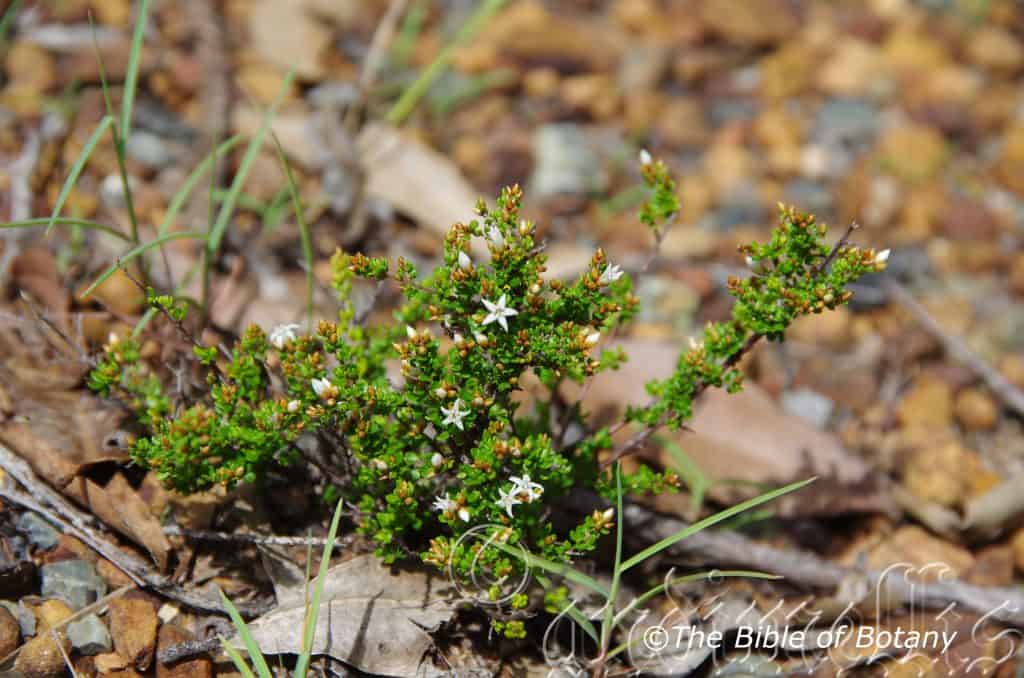
Fortis Creek National Park NSW
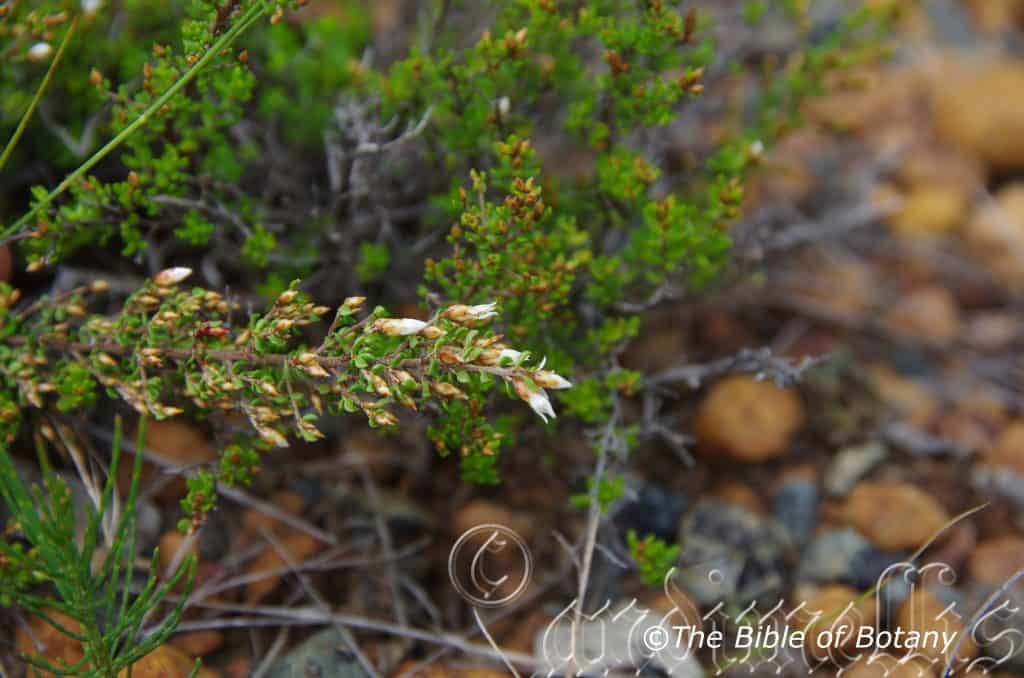
Fortis Creek National Park NSW

Fortis Creek National Park NSW
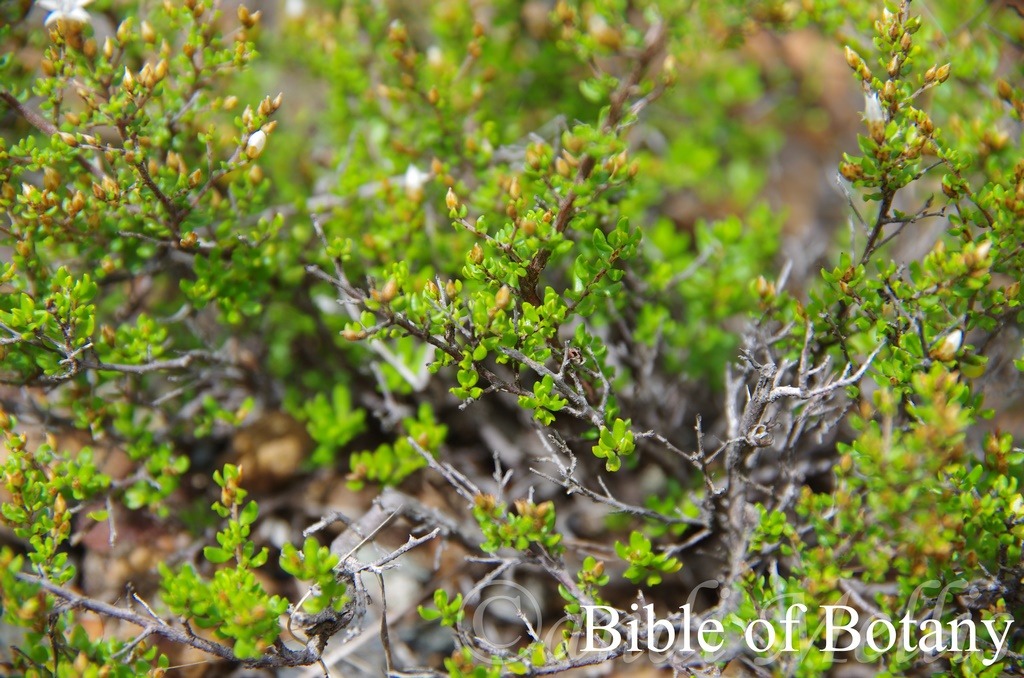
Fortis Creek National Park NSW

Fortis Creek National Park NSW
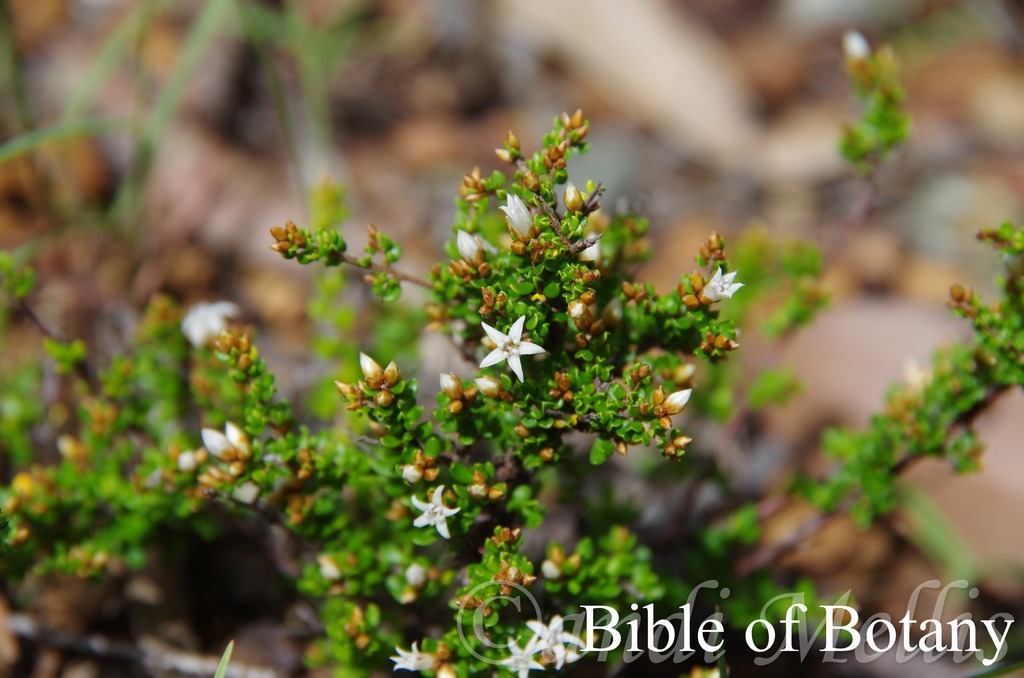
Fortis Creek National Park NSW
Cryptandra propinqua
Classification:
Unranked: Eudicots
Unranked: Rosids
Order: Rosales
Family: Rhamnaceae
Tribe: Pomaderreae
Genus: From Krypto/Krypsis/Krypticos, which are Greek or Crypticus, which is Latin for hidden or concealed and Andros which is Ancient Greek for a man. It refers to the stamens which are well hidden inside the corolla.
Specie: From Propinqua, which is Latin for a close kinship or near to. It refers to species which look similar to several other species in the genus.
Sub specie:
Common Name:
Distribution:
Cryptandra propinqua is found in several disjunct populations south from the Carnarvon Gorge in central Queensland to near Bega in southern New South Wales. In western New South Wales it is found along the lower Murrumbidgee River and the Murray River to Lake Alexandra in South Australia and the Gammon Ranges National Park. It is also found on Ayre Peninsula west to Ceduna, Fowlers Bay Conservation Reserve and on the South Australian, Western Australian border on the Serpentine Lakes river system.
https://avh.ala.org.au/occurrences/search?taxa=Cryptandra+propinqua#tab_mapView
Habitat Aspect Climate:
Cryptandra propinqua prefer full sun to dappled shade. It grows in lowland mountainous dry heath lands and plain heaths in depressions or on flats. The altitude ranges from 5 meters ASL. to 360 meters ASL.
The temperatures range from minus 3 degrees in August to 35 degrees in January.
The rainfall ranges from lows of 100mm to 2000mm average per annum.
Soil Requirements:
Cryptandra propinqua prefers white or red fine sands to sandy loams. The soils are derived from decomposed sandstone or accumulated sands behind the frontal dunes. The soils pH ranges from 5.5pH to 6pH. It is not tolerant of waterlogged soils. Non saline soils to moderately saline soils are tolerated.
Height & Spread:
Wild Plants: 0.6m to 1m by 0.4m to 0.6m
Characteristics:
Cryptandra propinqua grows as a small erect, multi-branched shrub without spines on the stems. The stems are grey to grey-brown, glabrous and densely covered in white tomentose hairs which often appear to be white floccose wool. The new growth and juvenile stems are pale lime-green and are covered in white stellate hairs.
The alternate, flat to terete leaves of Cryptandra propinqua are linear to narrow lanceolate and measure 2mm to 11mm in length by 1mm to 2mm in width. The petioles measure 0mm to .05mm in length. The bases are tapering while the apexes are acute. The concolourous laminas are deep green to sea-green and semi glossy on the upper lamina while the lower laminas are covered in fine white tomentose hairs. The laminas are flat. The leaf margins are entire and revolted. The mid vein is slightly prominent on the lower lamina and is faintly visible on the upper lamina. The 2 linear stipules measure 1.5mm to 2.5mm in length.
The inflorescences of Cryptandra propinqua are crowded along special woody stem on the upper stems. There are 5 to 12 flowers on a stems. The stems measure 3mm to 6mm in length. The tan, imbricate bracts are as long as the hypanthium. The white corolla has long, narrow triangular sepals.
The 5 exposed white large globular pascal pink anthers are sessile.
The style is pascal pink and protrudes between the anthers. The honey scented flowers appear from late June to early November.
Wildlife:
Cryptandra propinqua’s wildlife is unknown to the author.
Cultivation:
Cryptandra propinqua is a beautiful small shrub which has attractive glossy green leaves. It is ideal in an open heath setting or in open woodland gullies where it is protected from winds and weather extremes. When grown in a sheltered position in the open the shrubs will grow from 0.4 meters in 0.6 years in height by 0.4 meters to 0.6 meters in diameter. The shrubs are long lived and need to be pruned regularly to maintain bushiness and vigour. They respond quickly to being pruned
Cryptandra propinqua would make a good contribution to a sandy or rocky terrain rock garden. Here they can be used as fill in plants, scattered throughout the boulders. When you use them in areas that are strewn with large boulders do not over crowd the scene as the boulders are a formidable part of the scene. Cryptandra propinqua is well suited to such conditions so use contours to display the plants amongst the boulder. Plants must be planted sparingly with short annuals between to give vibrant colour.
When you design a tall heath garden which Cryptandra propinqua is well suited to. Try not to use contours to display the plants as heath lands are almost always flat or have a slight rise and the plants are in a mixed array. Make the heath garden path narrow so you have to feel the plants as you walk through the garden bed. This gives an extra dimension which many people forget about when designing heath gardens. Plants must be planted close together and be short so you can see over the tallest ones with the exception of one or two plants at the most. These will be feature plants. The idea is to achieve a feeling of expansive flatness. This can be achieved with using the Cryptandra propinqua’s white flowers. Mix them with other smaller shrubs so none of them dominate the scene but blend in to give a mosaic of foliage colours that you oversee. Here I immediately think of Melaleuca pearsonii or other subshrubs like Chloanthes parviflora or Pelargonium australe, Pelargonium inodorum. Glycyrrhiza acanthocarpa would be something entirely different next to a path where you can walk by and pick a leaf to crush and enjoy the aroma of licorice.
Propagation:
Seeds: Seeds can be removed easily from the plants as they dry. Once Cryptandra propinqua has finished flowering and the fruits have swollen place an old sheet below the plants and keep a close eye on it. Peg it down so it doesn’t blow around. When the seeds start to disperse, it can be all over in one day with the seeds being scattered on the ground. Clean the rubbish off and sieve the material for the seeds.
Seeds need to be treated by placing in the vegetable crisper for a month or two to simulate a cold winter.
Sow freshly treated seeds once it is removed from the fridge directly into a seed raising mix, keeping them moist not wet. When the seedlings are 20mm to 25mm tall, prick them out and plant them into 50mm native tubes using a good organic mix.
As the seedlings roots reach the bottom of the tubes plant them out into their permanent position. Do not delay.
For mass plantings plant the seedlings out at 600mm to 800mm centers.
Fertilize using Seaweed, fish emulsion or organic chicken pellets soaked in water on an alternate basis. Fertilize every two months until the plants are established then twice annually in early September or March to maintain health, vitality and better flowering.
Cuttings:
Cryptandra propinqua seeds are difficult to collect so cuttings are the only alternative available for propagation.
Cuttings can be taken anytime of the year once frosts are not being experienced. Take 60mm to 80mm semi hardwood cuttings.
1 Prepare the cutting mix by adding one third sharp clean river sand, one third peat and one third perlite. These ingredients are sterilize,
2 Select good material from non diseased plants,
3 Select semi green stems for cuttings. Look for a stem with two or three nodes,
4 Place the cutting on a flat, hard surface, and make a clean down one side of the cutting for 10mm to 15mm with a sharp sterile knife or razor blade or slice a 10mm section off one side of the cutting. – This scarification of the node will increase the chances of roots emerging from this spot. Now remove all but one or two the leaves, leaving the apex leaves in tact. If the leaves are very large in proportion to the stem, cut off the apical halves.
5 Fill a saucer with water, and place a little mild to medium rooting hormone into another container like a milk bottle top. Dip the node end of the cutting into the water and then into the rooting hormone. Tap off any excess hormone,
6 Use a small dipple stick or old pencil to poke a hole into the soilless potting mix. Ensure the hole is slightly larger than the stem diameter and be careful not to wipe the rooting hormone off the cuttings base, place the cuttings in a pattern ensuring the cuttings are not touching each other,
7 I like to place the pots in Plastic bags to help maintain temperature and moisture. Place in a semi shaded place like under shade cloth.
8 When the cuttings have struck, open the bag to allow air circulation for a few days to a week,
9 Once hardened off remove the cuttings from the bag and allow to further hardening for a few more days,
10 Transplant into a good potting mix to grow on.
Fertilize using Seaweed, fish emulsion or organic chicken pellets soaked in water on an alternate basis. Fertilize every two months until the plants are established then twice annually in early September or March to maintain health, vitality and better flowering.
Further Comments from Readers:
Hi reader, it seems you use The Bible of Botany a lot. That’s great as we have great pleasure in bringing it to you! It’s a little awkward for us to ask, but our first aim is to purchase land approximately 1,600 hectares to link several parcels of N.P. into one at The Pinnacles NSW Australia, but we need your help. We’re not salespeople. We’re amateur botanists who have dedicated over 30 years to saving the environment in a practical way. We depend on donations to reach our goal. If you donate just $5, the price of your coffee this Sunday, We can help to keep the planet alive in a real way and continue to bring you regular updates and features on Australian plants all in one Botanical Bible. Any support is greatly appreciated. Thank you.
In the spirit of reconciliation we acknowledge the Bundjalung, Gumbaynggirr and Yaegl and all aboriginal nations throughout Australia and their connections to land, sea and community. We pay our respect to their Elders past, present and future for the pleasures we have gained.
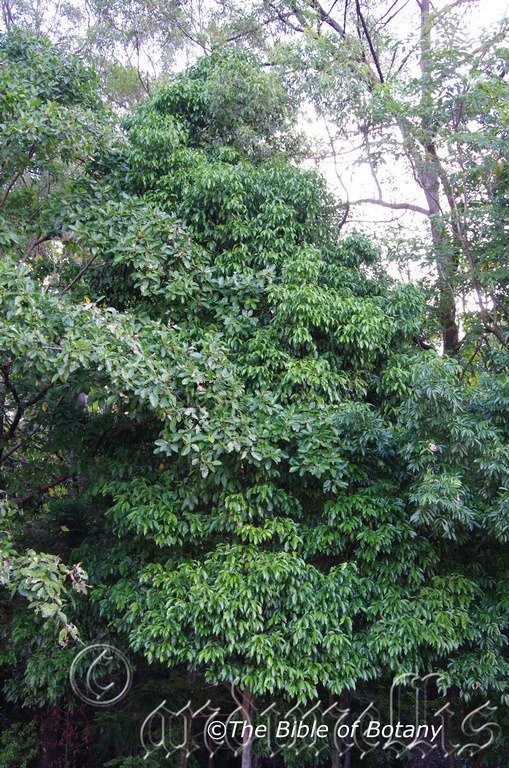
Mount Cootha Botanic Gardens Qld.

Mount Cootha Botanic Gardens Qld.
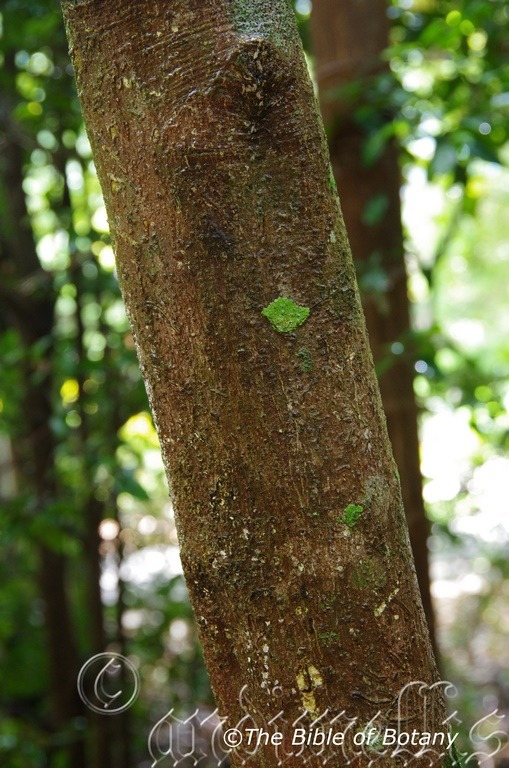
NCBG Coffs Harbour NSW

Mount Cootha Botanic Gardens Qld.
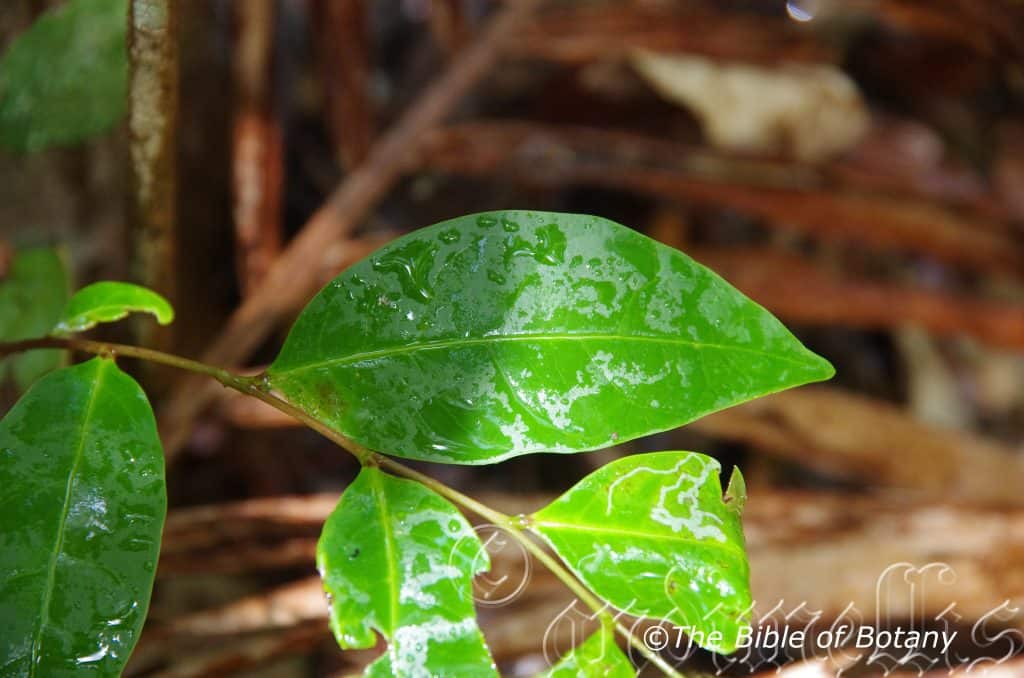
NCBG Coffs Harbour NSW
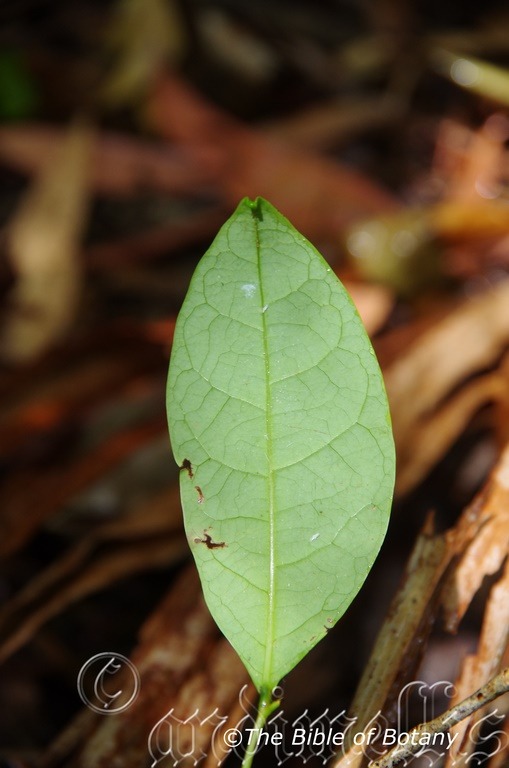
NCBG Coffs Harbour NSW
Cryptocarya bidwillii
Classification:
Unranked: Magnoliidess
Order: Laurales
Family: Lauraceae
Genus: From Krypto/Krypsis/Krypticos, which are Greek or Crypticus, which is Latin for hidden or concealed and Karyon, which is Ancient Greek for a walnut. It refers to the fruits, which resemble a small walnut hidden among the foliage.
Specie: Is named in honour of John Carne Bidwill, 1815-1853, who was a British born New Zealander who took a strong interest in New Zealand alpine plants.
Sub specie:
Common Name: Yellow Laurel.
Distribution:
Cryptocarya bidwillii is found south from Ingham in far north Queensland in several disjunct populations to the Clarence River and the Nymboida River in northern coastal New South Wales. It is found on and east of the Great Dividing Range to the coast.
https://avh.ala.org.au/occurrences/search?taxa=Cryptocarya+bidwillii#tab_mapView
Habitat Aspect Climate:
Cryptocarya bidwillii prefer full sun to dappled shade. It grows in dry mountainous rain forests, dry riverine rainforests and vine thickets on dry gravelly ridges. The altitude ranges from 5 meters ASL. to 500 meters ASL.
The temperatures range from minus 3 degrees in August to 35 degrees in January.
The rainfall ranges from lows of 1000mm to 3000mm average per annum.
Soil Requirements:
Cryptocarya bidwillii prefers medium to better quality light clay to medium clays. The soils are derived from decomposed black basalts, better quality brown basalts or metamorphic rocks. The soils pH ranges from 5pH to 6.5pH. It does not tolerate waterlogged soils. Non saline soils to moderately saline soils are tolerated.
Height & Spread:
Wild Plants: 14m to 20m by 6m to 8m
Characteristics:
Cryptocarya bidwillii grows as a small tree with a scabrous fawn to pale brown bark on the trunk. The trunk is slightly flanged on older trees. The branchlets are brown turning olive-green and glabrous but becoming covered in fawn appressed sericeous hairs as they approach the apexes. Coppice growth is often seen at the base of the trunks and at times along the trunks.
The alternate leaves of Cryptocarya bidwillii are narrow elliptical to elliptical and measure 50mm to 120mm in length by 20mm to 40mm in width. The petioles measure 4mm to 8mm in length. The bases are cuneate while the apexes are bluntly acuminate. The discolourous laminas are deep green to deep olive-green glabrous and semi glossy on the upper lamina while the lower laminas are paler and dull. The laminas are undulating, recurve upwards from the mid vein to the margins and decurve sharply downwards close to the apexes. The leaf margins are entire. The mid vein and lateral veins are prominent on the lower laminas and are visible on the upper laminas. The new growth and juvenile leaves are bright glossy lime green.
The inflorescences of Cryptocarya bidwillii are born on short panicles from the upper leaf axils. There are 4 to 18 flowers on each panicle. The rachis and pedicels are pale olive-green. The rachises measure 50mm to 120mm in length while the pedicels measure 4mm to 5mm in length. The pascal olive-green to pascal olive corolla measures 3mm in length. The 6 contorted, acute to acute-obtuse white tepals are covered in white puberulent hairs and measure 2.2mm to 3mm in length.
The 15 white, glabrous filaments measure 1mm to 1.5mm in length. The anthers are fawn to pale brown.
The 2mm long style is white. The scented flowers appear from late August to late October.
Cryptocarya bidwillii fruits are globular to ellipsoidal drupes. The drupes measure 11mm to 16mm in length by 8mm to 12mm diameter. The seeds are typical Cryptocarya in that it is woody, ribbed, ellipsoidal and pointed at both ends. The seeds measure 7mm to 9mm in length by 5mm to 7mm in diameter. The green fruits turn deep purple-black with a glaucous covering when ripe in October and November.
Wildlife: Cryptocarya bidwillii’s fruits are eaten by possums, native rats and small to medium birds like the Cat birds, Bower birds, Fig Bird, Noisy Minor, pigeons and other fruit eating birds.
Fruits I have tasted are juicy sweet yet leave an unpleasant taste in the mouth similar to pear and eucalyptus or even bitter cinnamon. It is not known whether the fruits have long term toxicity or not so do not eat them in large quantities or over a long period of time.
Cultivation:
Cryptocarya bidwillii is a beautiful medium tree which has attractive glossy green leaves. It is ideal in a rainforest setting or in gullies and riparian zones where it is protected from winds and weather extremes. When grown in a sheltered position in the open the trees will grow from 8 meters in 14 meters in height by 6 meters to 8 meters in diameter. The trees are drought resistant and require very little attention once established in the garden making them both attractive and very hardy.
Good black fruiting trees are very attractive when in fruit but fruiting can be very erratic. If it is given adequate moisture, plenty of mulch for moisture retention and an even soil temperature, applying native fertilizers on a regular basis or in early spring the plants may respond with good flowering over a longer period and may yield good quality fruit with maximum size. While the fruits are attractive to many of our native friends it is not a great favourite and are used more as a stand by food source so hang on the trees for long periods.
The trees are ideal for starting small rainforest gardens on medium size blocks or small moist areas along riparian zones and riverine gullies.
Another advantage is that the bark is suitable for all types of epiphytic plants so small orchids and ferns can be placed in the dense shade of the branches adding colour and interest.
Propagation:
Seeds: Cryptocarya bidwillii seeds do not require treatment before sowing apart from removing the flesh. Remove the seeds from the flesh or allow them to ferment and drain. Wash the seeds and sow the fresh seeds directly into a seed raising mix and cover with 5mm of the mix. Place the trays under shade in a warm position and keep moist. When the seedlings are 25mm to 50mm in height, prick them out and plant them into 50mm native tubes using a seed raising mix.
Once the seedlings reach 150mm to 200mm in height plant them out into their permanent position. Mass plantings can be achieved by planting them at 6 meter to 8 meter centers for a rainforest scene or 10 meter to 15 meter centers for a park scene or garden shade trees.
Fertilize using Seaweed, fish emulsion or organic chicken pellets soaked in water on an alternate basis. Fertilize every two months until the plants are established then twice annually in early September or March to maintain health, vitality and better flowering.
Further Comments from Readers:
Hi reader, it seems you use The Bible of Botany a lot. That’s great as we have great pleasure in bringing it to you! It’s a little awkward for us to ask, but our first aim is to purchase land approximately 1,600 hectares to link several parcels of N.P. into one at The Pinnacles NSW Australia, but we need your help. We’re not salespeople. We’re amateur botanists who have dedicated over 30 years to saving the environment in a practical way. We depend on donations to reach our goal. If you donate just $5, the price of your coffee this Sunday, We can help to keep the planet alive in a real way and continue to bring you regular updates and features on Australian plants all in one Botanical Bible. Any support is greatly appreciated. Thank you.
In the spirit of reconciliation we acknowledge the Bundjalung, Gumbaynggirr and Yaegl and all aboriginal nations throughout Australia and their connections to land, sea and community. We pay our respect to their Elders past, present and future for the pleasures we have gained.
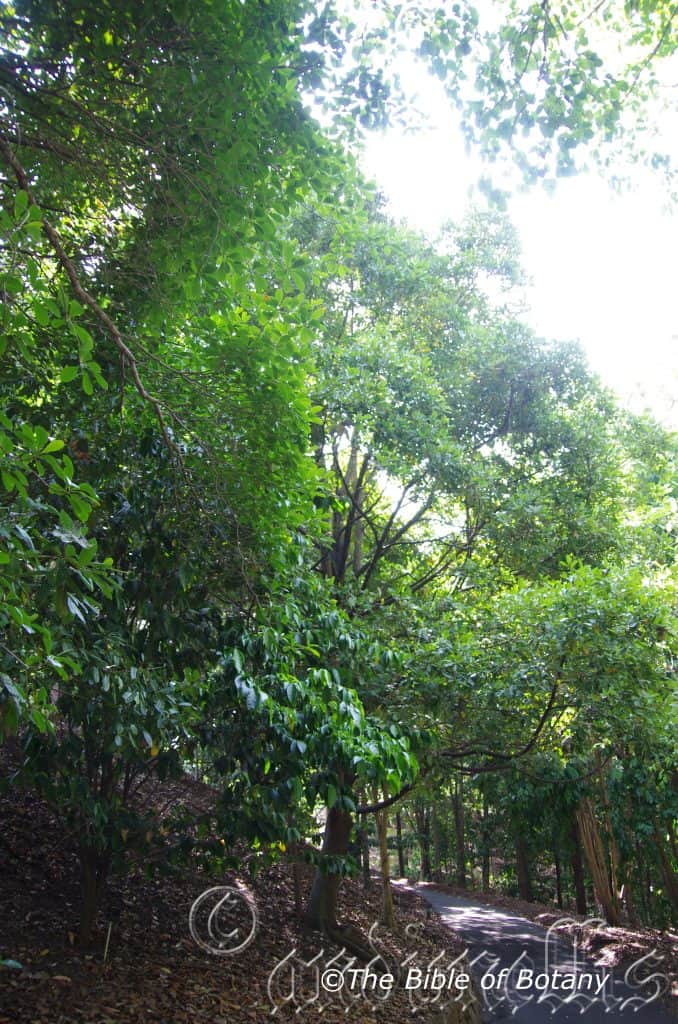
Mount Cootha Botanic Gardens Qld.

Mount Cootha Botanic Gardens Qld.
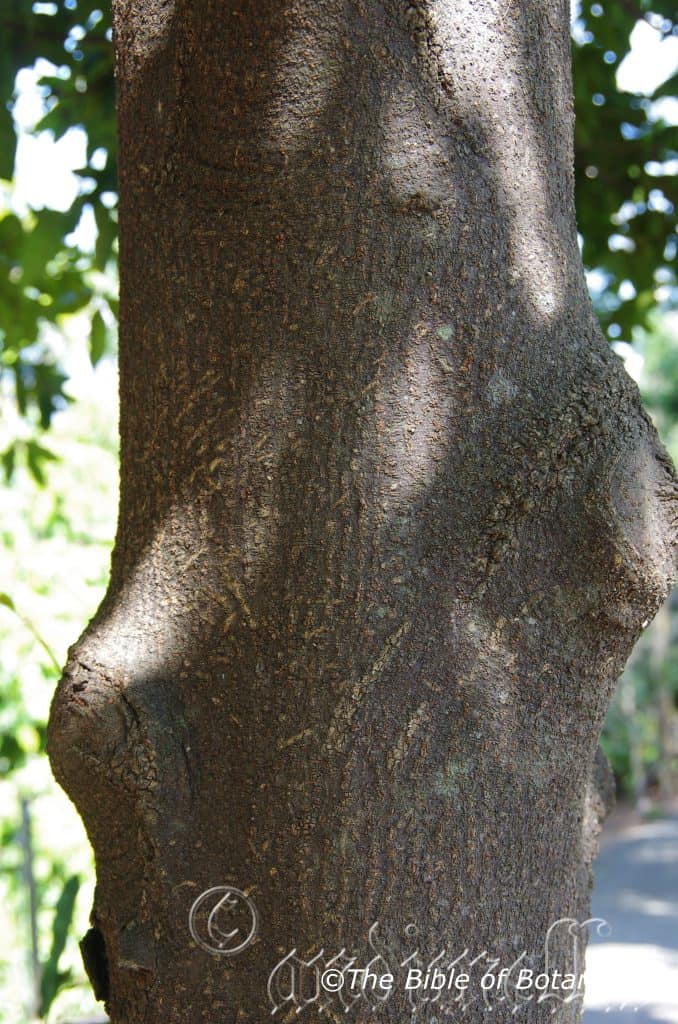
Mount Cootha Botanic Gardens Qld.

Mount Cootha Botanic Gardens Qld.
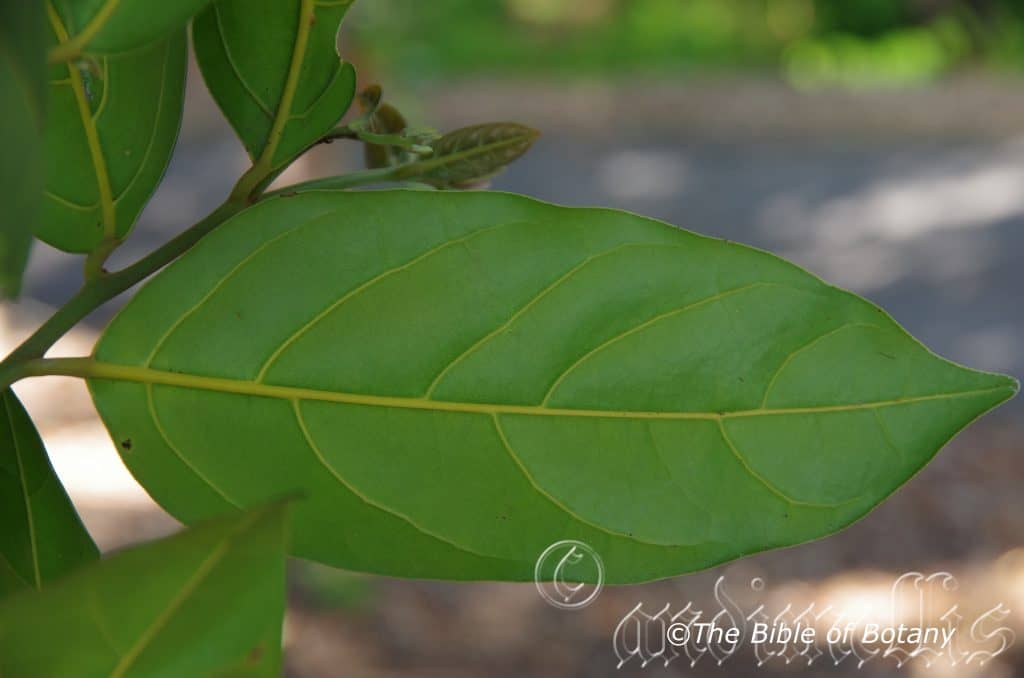
Mount Cootha Botanic Gardens Qld.

Mount Cootha Botanic Gardens Qld.
Cryptocarya cunninghamii
Classification:
Unranked: Magnoliides
Order: Laurales
Family: Lauraceae
Genus: From Krypto/Krypsis/Krypticos, which are Greek or Crypticus, which is Latin for hidden or concealed and Karyon, which is Ancient Greek for a walnut. It refers to the fruits, which resemble a small walnut hidden among the foliage.
Specie: Is named in honour of Allan Cunningham; 1791-1839, who was an Australian explorer, botanist and collector of plants.
Sub specie:
Common Name: Rose Maple or Pigeonberry Ash.
Distribution:
Cryptocarya cunninghamii is found east and north from Wyndham on the East Kimberley coast around the coast to west Arnhem Land then from the tip of Cape York Peninsula and south to Crystal Creek.
It is found close to the coast and many of the off shore islands.
https://avh.ala.org.au/occurrences/search?taxa=Cryptocarya+ cunninghamii#tab_mapView
Habitat Aspect Climate:
Cryptocarya cunninghamii prefers full sun to dappled shade. It grows as an understory tree in well developed coastal lowland rain forest, vine forests and drier rain forest. The altitude ranges from 10 meters to 500 meters ASL.
The temperatures range from 8 degrees in August to 45 degrees in January.
The rainfall ranges from lows of 1000mm to 3600mm average per annum.
Soil Requirements:
Cryptocarya cunninghamii prefer better quality light clays to medium clays. The soils are derived from decomposed brown basalt, black basalts and sandstone. The soils pH ranges from 5pH to 7pH. It does not tolerate waterlogged soils. Non saline soils to moderately saline soils are tolerated.
Height & Spread:
Wild Plants:20m to 55m by 8m to 15m Usually 30m to 35m.
Characteristics:
Cryptocarya cunninghamii grows as a tall, straight tree with conspicuous pale fawn to pale grey-fawn bark. The bark is covered in broken, fine, farinaceous and lenticel longitudinal ridges. The trunk forms a small buttress at the base on old trees. The branchlets are pale fawn-grey, glabrous becoming covered in white or pale brown appressed sericeous hairs closer to the apexes.
Twigs fluted when young and clothed in mainly straight, white or pale brown, mainly appressed hairs. Twigs when broken emit an odour like that of the blaze.
The petioles are channelled on the upper surface and sparsely covered in soft white appressed hairs. The discolourous, elliptical glossy, glabrous leaves are paler on the lower lamina and sparsely covered in soft straight, white appressed hairs and measure 65mm to 135mm in length by 24mm to 56mm in width. The midvein is prominent on the lower lamina and is depressed on the upper lamina. Oil dots visible with a lens.
The inflorescence are short panicles equal to or barely exceeding the leaves. The unpleasantly perfumed flowers. The perianth tube is sparsely covered in soft white appressed hairs externally and are glabrous on the inner surface on the basal half. The tepals are sparsely covered in soft, white pubescent hairs externally, are glabrous internally and measure 1mm to 1.3mm in length. The style is usually glabrous.
The globular fruits are very aromatic when cut or bruised and measure 13mm to 15mm in length by 13mm to 16mm in width.
Wildlife:
Cryptocarya cunninghamii’s fruit is eaten by all native pigeons thus its common name and other medium birds like the Cat birds, Bower birds, Fig Bird, Noisy Minor and other probably possums and native rats.
Cultivation:
Cryptocarya cunninghamii is a beautiful tall tree which has attractive glossy green leaves. It is ideal in a rain forest setting or in dry riparian forests where it is protected from winds and weather extremes. When grown in a sheltered position in the open the trees will grow from 15 meters in 30 meters in height by 9 meters to 18 meters in diameter. The trees are drought resistant and require very little attention once established in the garden making them both attractive and very hardy.
Good black fruiting trees are very attractive when in fruit but fruiting is irregular. If it is given adequate moisture, plenty of mulch for moisture retention and an even soil temperature, applying native fertilizers on a regular basis or in early spring the plants may respond with good flowering over a longer period and may yield good quality fruit with maximum size.
The trees are ideal for starting small rainforest gardens on medium size blocks or small moist areas along riparian zones and riverine gullies.
Another advantage is that the bark is suitable for all types of epiphytic plants so small orchids and ferns can be placed in the dense shade of the branches adding colour and interest.
Propagation:
Seeds: Cryptocarya cunninghamii seeds do not require treatment before sowing. Remove the seeds from the flesh or allow them to ferment and drain. Wash the seeds and sow the fresh seeds directly into a seed raising mix and cover with 5mm of the mix. Place the trays under shade in a warm position and keep moist. When the seedlings are 25mm to 50mm in height, prick them out and plant them into 50mm native tubes using a seed raising mix.
Once the seedlings reach 150mm to 200mm in height plant them out into their permanent position. Mass plantings can be achieved by planting them at 8 meter to 12 meter centers for a rainforest scene or 12 meter to 20 meter centers for a park scene or garden shade trees.
Fertilize using Seaweed, fish emulsion or organic chicken pellets soaked in water on an alternate basis. Fertilize every two months until the plants are established then twice annually in early September or March to maintain health, vitality and better flowering.
Further Comments from Readers:
Hi reader, it seems you use The Bible of Botany a lot. That’s great as we have great pleasure in bringing it to you! It’s a little awkward for us to ask, but our first aim is to purchase land approximately 1,600 hectares to link several parcels of N.P. into one at The Pinnacles NSW Australia, but we need your help. We’re not salespeople. We’re amateur botanists who have dedicated over 30 years to saving the environment in a practical way. We depend on donations to reach our goal. If you donate just $5, the price of your coffee this Sunday, We can help to keep the planet alive in a real way and continue to bring you regular updates and features on Australian plants all in one Botanical Bible. Any support is greatly appreciated. Thank you.
In the spirit of reconciliation we acknowledge the Bundjalung, Gumbaynggirr and Yaegl and all aboriginal nations throughout Australia and their connections to land, sea and community. We pay our respect to their Elders past, present and future for the pleasures we have gained.
Cryptocarya dorrigoensis
Classification:
Unranked: Magnoliidess
Order: Laurales
Family: Lauraceae
Genus: From Krypto/Krypsis/Krypticos, which are Greek or Crypticus, which is Latin for hidden or concealed and Karyon, which is Ancient Greek for a walnut. It refers to the fruits, which resemble the walnut.
Specie: From Dorrigo, which is Latinized for the district of Dorrigo west of Coffs Harbour and Anum/Ensis, which is Latin for to originate from. It refers to plants, which were first discovered or are restricted to the Dorrigo district.
Sub specie:
Common Name: Dorrigo Laurel.
Distribution:
Cryptocarya dorrigoensis is restricted to the Dorrigo Plateau and near Point Lookout near Ebor in northern New South Wales.
https://avh.ala.org.au/occurrences/search?taxa=Cryptocarya+dorrigoensis#tab_mapView
Habitat Aspect Climate:
Cryptocarya dorrigoensis prefers full sun to full shade. It grows in warm temperate mountainous rainforests. It is found on the Great Dividing Range. The altitude ranges from 600 meters ASL. to 1380 meters ASL.
The temperatures range from minus 4 degrees in August to 35 degrees in January.
The rainfall ranges from lows of 1000mm to 2000mm average per annum however orographic precipitation would also be available to the plants along this section of the plateau.
Soil Requirements:
Cryptocarya dorrigoensis prefer poorer quality light clay to medium clays. The soils are derived from decomposed shales or metamorphic rocks as is the case with the Ebor plants. The soils pH ranges from 5pH to 6pH. It is not tolerant of waterlogged soils. Non saline soils to moderately saline soils are tolerated.
Height & Spread:
Wild Plants:12m to 20m by 5m to 10m
Characteristics:
Cryptocarya dorrigoensis usually grows as a small, multi trunked tree with scabrous grey-brown bark on the straight trunk. The branchlets are grey-brown, glabrous turning green-brown on the branches. The new growth and juvenile stems are mid olive-green and are densely covered in brown hirsute hairs.
The alternate ovate-elliptical to broad lanceolate leaves of Cryptocarya dorrigoensis measure 40mm to 100mm in length by 15mm to 30mm in width. The petioles measure 4mm to 6mm in length. The bases are broad cuneate while the apexes are acuminate often with brown apical hirtellous hairs. The discolourous laminas are deep green to sea-green and semi glossy to glossy and glabrous on the upper laminas while the lower laminas are covered in dull grey to off white, hirsute and pilose hairs. The laminas are flat or recurve slightly upwards from the mid vein to the margins and decurve downwards near the apex. The leaf margins are entire. The mid vein and lateral veins are prominent and densely covered in rusty-brown hirsute hairs on the lower laminas. The laminas are slightly areolate between the mid vein and lateral veins. The mid vein is slightly prominent on the lower lamina. The new growth and juvenile leaves are bright glossy lime green.
The inflorescences of Cryptocarya dorrigoensis are usually born on a raceme or at times short panicles from the upper leaf axils. The numerous flowers on each panicle are pale yellowish-green, creamy-green or creamy-yellow. The rachis and pedicels are pale olive-green and densely covered in short pale brown hirtellous hairs. The rachises measure 50mm to 90mm in length while the pedicels measure 2mm to 5mm in length. The perianth tube and 6 broad elliptical with acute-obtuse apexes tepals are densely covered in pale brown hirtellus hairs externally and are covered in puberulent hairs internally. The corolla tubes measure 2.2mm to 2.6mm in length by 1.3mm to 1.5mm in diameter. The tepals measure, 1.6mm to 1.8mm in length by 1.3mm to 1.4mm in width.
The 10 filaments are pale yellowish-green, creamy-green or creamy-yellow are densely covered in brown hirtellus hairs. The 5 outer and 5 inner filaments measure 0.5mm to 0.7mm in length. The outer anthers measure 0.5mm to 0.7mm in length by 0.4mm to 0.5mm in width while the inner anthers measure 0.7mm to 0.8mm in length by 0.45mm to 0.5mm in width. The 5 staminodes measure 0.6mm to 0.7mm in length.
The green ovary measures 1.3mm to 1.4mm in length by 0.6mm in diameter. The glabrous style measures 1.1mm to 1.2mm in length. The non-scented flowers appear from late November to early February.
Cryptocarya dorrigoensis fruits are globular, ellipsoidal drupes. The drupes measure 15mm to 17mm in length by 14mm to 15mm in diameter. The seeds are typical Cryptocarya in that it is woody, ribbed, ellipsoidal and pointed at both ends. The seeds measure 9mm to 12mm in length by 7mm to 9mm in diameter. The green berries turn deep blue-black to black when ripe and ripen in February to May.
Wildlife:
Cryptocarya dorrigoensis’s fruits are eaten by possums, native rats and small to medium birds like the Cat birds, Bower birds, Fig Bird, Noisy Minor, pigeons and other fruit eating birds.
Cultivation:
Cryptocarya dorrigoensis is a beautiful small tree which has attractive glossy green leaves. It is ideal in a rainforest setting or in gullies where it is protected from winds and weather extremes. When grown in a sheltered position in the open the trees would most likely grow similar to Cryptocarya bidwillii and grow from 8 meters in 14 meters in height by 6 meters to 8 meters in diameter. The trees are drought resistant and require very little attention once established in the garden making them both attractive and very hardy.
Good black fruiting trees are very attractive when in fruit but fruiting can be erratic. If it is given adequate moisture, plenty of mulch for moisture retention and an even soil temperature, applying native fertilizers on a regular basis or in early spring the plants should respond with good flowering over a longer period and may yield good quality fruit with maximum size.
The trees are ideal for starting small rainforest gardens on medium size blocks or small moist areas along riparian zones and riverine gullies.
Another advantage is that the bark is suitable for all types of epiphytic plants so small orchids and ferns can be placed in the dense shade of the branches adding colour and interest.
Propagation:
Seeds: Cryptocarya dorrigoensis seeds do not require treatment before sowing. Remove the seeds from the flesh or allow them to ferment and drain. Wash the seeds and sow the fresh seeds directly into a seed raising mix and cover with 5mm of the mix. Place the trays under shade in a warm position and keep moist. When the seedlings are 25mm to 50mm in height, prick them out and plant them into 50mm native tubes using a seed raising mix.
Once the seedlings reach 150mm to 200mm in height plant them out into their permanent position. Mass plantings can be achieved by planting them at 4 meter to 6 meter centers for a rainforest scene or 8 meter to 10 meter centers for a park scene or garden shade trees. When planting the trees for their fruit in an orchard plant the seedlings at 4 meter centers, so easy pruning and harvesting can take place. Prune the trees so that they form a bush with many stems.
Fertilize using Seaweed, fish emulsion or organic chicken pellets soaked in water on an alternate basis. Fertilize every two months until the plants are established then twice annually in early September or March to maintain health, vitality and better flowering.
Further Comments from Readers:
Hi reader, it seems you use The Bible of Botany a lot. That’s great as we have great pleasure in bringing it to you! It’s a little awkward for us to ask, but our first aim is to purchase land approximately 1,600 hectares to link several parcels of N.P. into one at The Pinnacles NSW Australia, but we need your help. We’re not salespeople. We’re amateur botanists who have dedicated over 30 years to saving the environment in a practical way. We depend on donations to reach our goal. If you donate just $5, the price of your coffee this Sunday, We can help to keep the planet alive in a real way and continue to bring you regular updates and features on Australian plants all in one Botanical Bible. Any support is greatly appreciated. Thank you.
In the spirit of reconciliation we acknowledge the Bundjalung, Gumbaynggirr and Yaegl and all aboriginal nations throughout Australia and their connections to land, sea and community. We pay our respect to their Elders past, present and future for the pleasures we have gained.
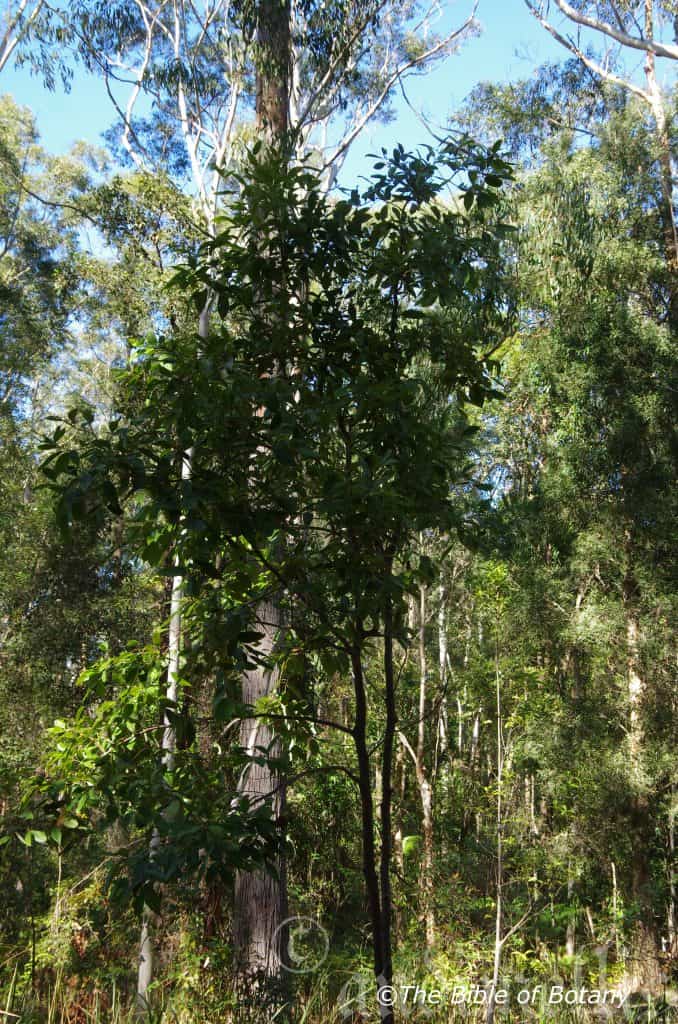
NCBG Coffs Harbour NSW
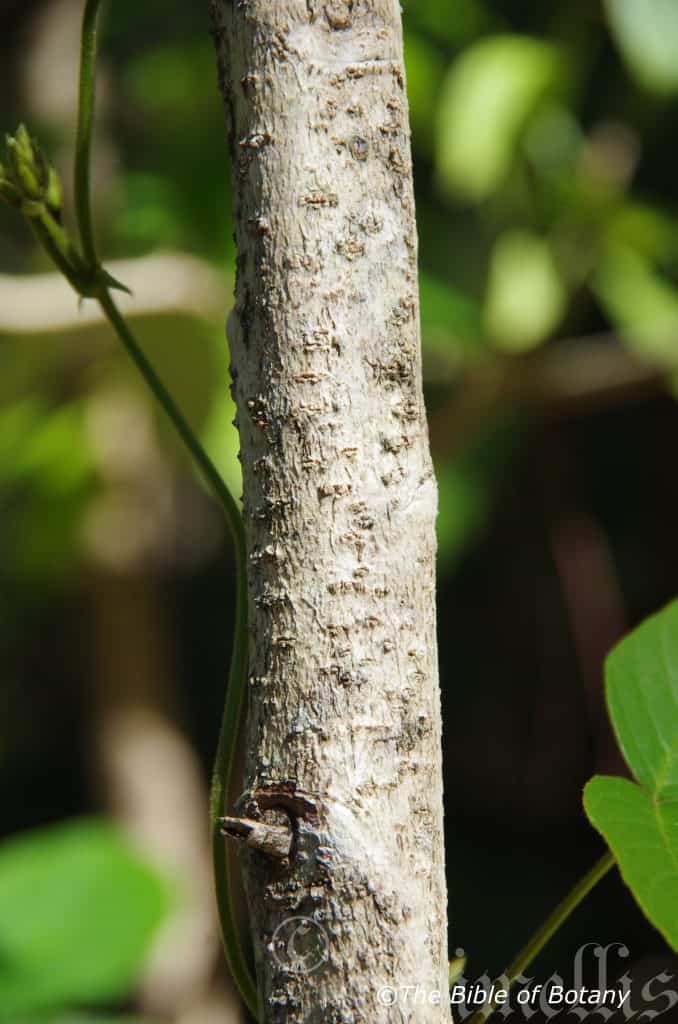
NCBG Coffs Harbour NSW
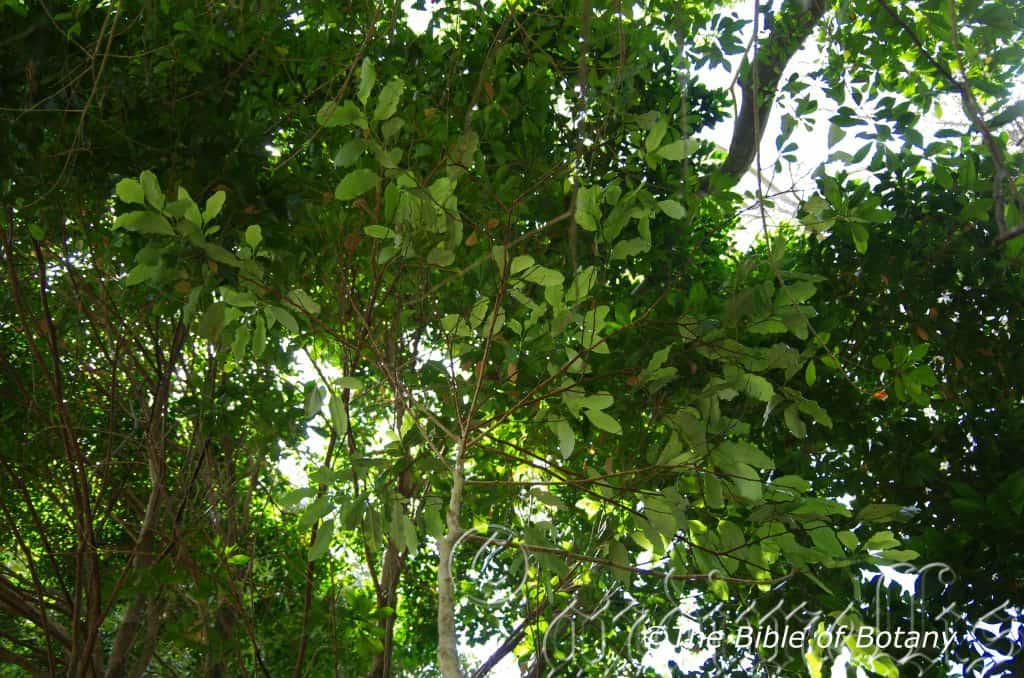
NCBG Coffs Harbour NSW

NCBG Coffs Harbour NSW
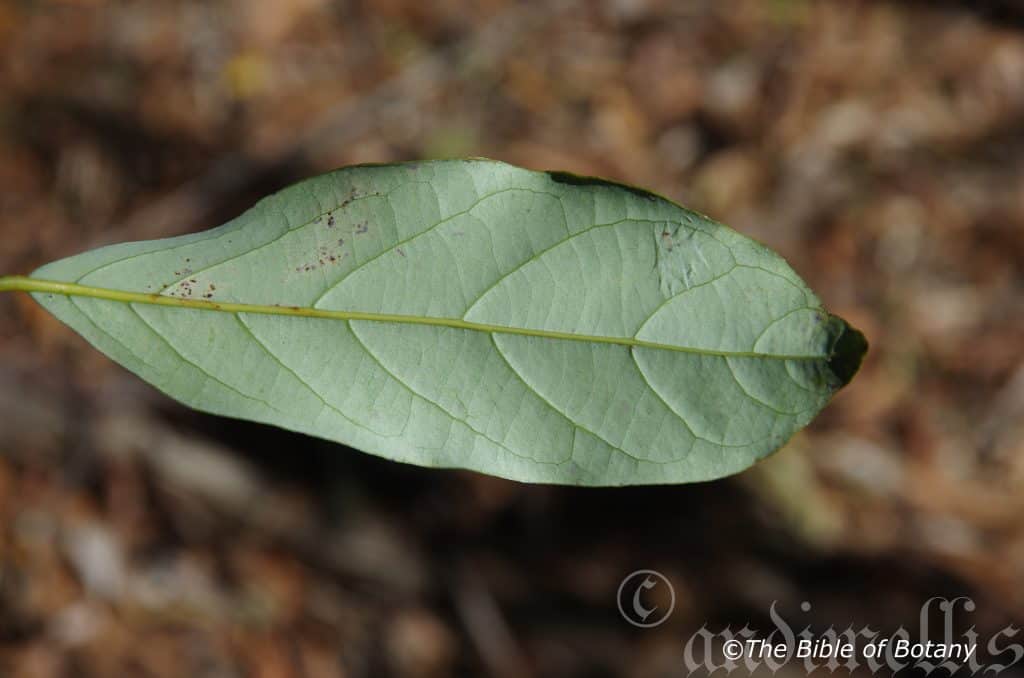
NCBG Coffs Harbour NSW

NCBG Coffs Harbour NSW
Cryptocarya erythroxylon
Classification:
Unranked: Magnoliides
Order: Laurales
Family: Lauraceae
Genus: From Krypto/Krypsis/Krypticos, which are Greek or Crypticus, which is Latin for hidden or concealed and Karyon, which is Ancient Greek for a walnut. It refers to the fruits, which resemble a small walnut hidden among the foliage.
Specie: From Erythros, which is Ancient Greek for scarlet-red and Xylon, which is Ancient Greek for wood. It refers to timber which are scarlet-red.
Sub specie:
Common Name: Rose Maple or Pigeonberry Ash.
Distribution:
Cryptocarya erythroxylon is found south of the Mapleton Forest Reserve near Mooloolabah and the Bunya Mountains to the Barrington Tops National Park in central coastal New South Wales. There is an isolated population west of Gladstone.
https://avh.ala.org.au/occurrences/search?taxa=Cryptocarya+erythroxylon#tab_mapView
Habitat Aspect Climate:
Cryptocarya erythroxylon prefers full sun to dappled shade. It is restricted to a narrow altitude ranging from 800 meters to 1,100 meters above sea level in southern populations and 200 meters to 1,100 meters ASL. in northern populations. It is found in lowland cool mountainous rain forests and riverine rainforests. It is found on the Great Dividing Range. The altitude ranges from 30 meters ASL. to 1150 meters ASL.
The temperatures range from minus 4 degrees in August to 35 degrees in January.
The rainfall ranges from lows of 800mm to 1800mm average per annum.
Soil Requirements:
Cryptocarya erythroxylon prefer better quality light clays to medium clays. The soils are derived from decomposed brown basalt or black basalts. The soils pH ranges from 5pH to 6.5pH. It does not tolerate waterlogged soils. Non saline soils to moderately saline soils are tolerated.
Height & Spread:
Wild Plants: 20m to 55m by 8m to 15m Usually 30m to 35m.
Characteristics:
Cryptocarya erythroxylon grows as a tall, straight tree with conspicuous pale fawn to pale grey-fawn bark. The bark is covered in fine farinaceous longitudinal ridges. The trunk forms a small buttress ate the base on old trees. The branchlets are pale fawn-grey, glabrous becoming covered in white or pale brown appressed sericeous hairs closer to the apexes.
The alternate to almost sub-opposite, ovate to lanceolate or rarely elliptical leaves of Cryptocarya erythroxylon measure 50mm to 140mm in length by 20mm to 50mm in width. The petioles measure 10mm to 15mm in length. The bases are rounded while the apex is broad bluntly acuminate. The discolourous laminas are deep green to sea-green, glabrous and semi glossy to glossy on the upper laminas while the lower laminas are semi glaucous to glaucescent. The undulating laminas are flat to slightly recurve upwards from the mid vein to the margins while they decurve downwards close to the apex. The leaf margins are entire. The mid vein and lateral veins are strongly prominent on the lower laminas are visible on the upper laminas. The lateral veins are brownish-green, strongly curved and extending unbranched to near the margins. The reticulated veins are coarse while the laminas are not areolate in this specie.
The new growth and juvenile leaves are bright orange-brown to orange-tan, glossy and are glabrous to very sparsely covered in pale brown sericeous hairs.
The inflorescences of Cryptocarya erythroxylon are usually born on a raceme or at times short panicles from the upper leaf axils. The numerous flowers on each panicle are pale yellowish-green, creamy-green or creamy-yellow. The rachis and pedicels are pale olive-green and glabrous or very sparsely covered in pale brown sericeous hairs. The rachises measure 60mm to 120mm in length while the pedicels measure 2mm to 5mm in length. The perianth tube and 6 broad elliptical with acute-obtuse apexes tepals are densely covered in pale brown hirtellus hairs externally and are covered in puberulent hairs internally. The cream corolla tubes are glabrous except for a few isolated white hirtellous hairs near the apex and measure 0.8mm to 1.1mm in length by 1.3mm to 1.7mm in diameter. The cream outer tepals measure 1.1mm to 1.4mm in length by 0.7mm to 0.9mm in width. The cream inner tepals measure 1.3mm to 1.6mm in length by 0.9mm to 1.2mm in width.
The 5 outer filaments are creamy-yellow are covered in pale brown puberulent hairs adaxially and are glabrous adaxially. The filaments measure 0.3mm in length. The outer anthers measure 0.5mm to 0.6mm in length by 0.5mm to 0.6mm in width. The 5 inner filaments are creamy-yellow and are glabrous. The inner filaments measure 0.4mm in length. The inner anthers measure 0.7mm to 0.8mm in length by 0.45mm to 0.5mm in width. The 5 staminodes measure 0.6mm to 0.7mm in length.
The green ovary measures 1.3mm to 1.4mm in length by 0.6mm in diameter. The glabrous style measures 0.4mm to 0.5mm in length. The flowers appear from late December to early May.
Cryptocarya erythroxylon fruits are pyriform to ovoidal drupes. The drupes measure 15mm to 21mm in length by 12mm to 15mm diameter. The seeds are typical Cryptocarya in that it is woody, ribbed, ellipsoidal and pointed at both ends. The seeds measure 10mm to 12mm in length by 7mm to 9mm in diameter. The green glabrous fruits turn deep purple-black when ripe and ripen in April to October.
Wildlife:
Cryptocarya erythroxylon’s fruit is eaten by all native pigeons thus its common name and other medium birds like the Cat birds, Bower birds, Fig Bird, Noisy Minor and other probably possums and native rats.
Cultivation:
Cryptocarya erythroxylon is a beautiful tall tree which has attractive glossy green leaves. It is ideal in a rain forest setting or in dry riparian forests where it is protected from winds and weather extremes. When grown in a sheltered position in the open the trees will grow from 15 meters in 30 meters in height by 9 meters to 18 meters in diameter. The trees are drought resistant and require very little attention once established in the garden making them both attractive and very hardy.
Good black fruiting trees are very attractive when in fruit but fruiting is irregular. If it is given adequate moisture, plenty of mulch for moisture retention and an even soil temperature, applying native fertilizers on a regular basis or in early spring the plants may respond with good flowering over a longer period and may yield good quality fruit with maximum size.
The trees are ideal for starting small rainforest gardens on medium size blocks or small moist areas along riparian zones and riverine gullies.
Another advantage is that the bark is suitable for all types of epiphytic plants so small orchids and ferns can be placed in the dense shade of the branches adding colour and interest.
Propagation:
Seeds: Cryptocarya erythroxylon seeds do not require treatment before sowing. Remove the seeds from the flesh or allow them to ferment and drain. Wash the seeds and sow the fresh seeds directly into a seed raising mix and cover with 5mm of the mix. Place the trays under shade in a warm position and keep moist. When the seedlings are 25mm to 50mm in height, prick them out and plant them into 50mm native tubes using a seed raising mix.
Once the seedlings reach 150mm to 200mm in height plant them out into their permanent position. Mass plantings can be achieved by planting them at 8 meter to 12 meter centers for a rainforest scene or 12 meter to 20 meter centers for a park scene or garden shade trees.
Fertilize using Seaweed, fish emulsion or organic chicken pellets soaked in water on an alternate basis. Fertilize every two months until the plants are established then twice annually in early September or March to maintain health, vitality and better flowering.
Further Comments from Readers:
Hi reader, it seems you use The Bible of Botany a lot. That’s great as we have great pleasure in bringing it to you! It’s a little awkward for us to ask, but our first aim is to purchase land approximately 1,600 hectares to link several parcels of N.P. into one at The Pinnacles NSW Australia, but we need your help. We’re not salespeople. We’re amateur botanists who have dedicated over 30 years to saving the environment in a practical way. We depend on donations to reach our goal. If you donate just $5, the price of your coffee this Sunday, We can help to keep the planet alive in a real way and continue to bring you regular updates and features on Australian plants all in one Botanical Bible. Any support is greatly appreciated. Thank you.
In the spirit of reconciliation we acknowledge the Bundjalung, Gumbaynggirr and Yaegl and all aboriginal nations throughout Australia and their connections to land, sea and community. We pay our respect to their Elders past, present and future for the pleasures we have gained.
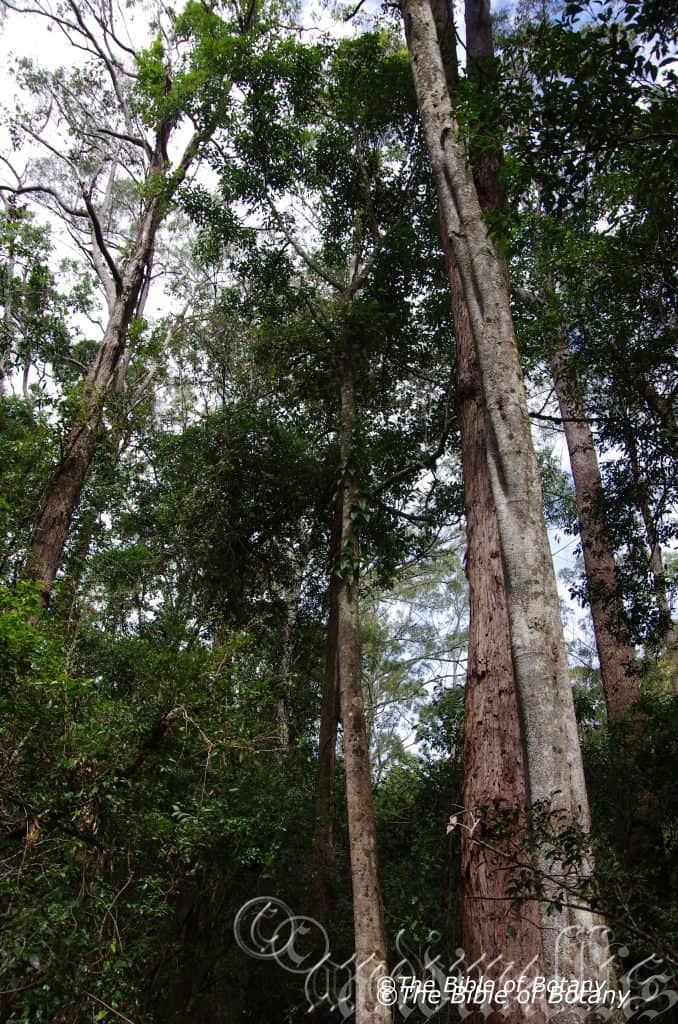
Pillar Valley NSW

Pillar Valley NSW
Cryptocarya floydii
Classification:
Unranked: Magnoliids
Order: Laurales
Family: Lauraceae
From Krypto/Krypsis/Krypticos, which are Greek or Crypticus, which is Latin for hidden or concealed and Karyon, which is Ancient Greek for a walnut. It refers to the fruits, which resemble a small walnut hidden among the foliage.
Specie: Is named in honour of a good friend of mine and everyone at the Friends of the North Coast Botanic Gardens, Alexander Geoffrey Floyd; April 1 1926-2023, who is an exceptionally talented man on rainforest species of Australia and who gives his time freely to help all budding volunteers and young aspiring botanists. He has been recognized with two genre named in his honour along with six species.
Sub specie:
Common Name: Floyd’s Laurel, Gorge Laurel or Glenugui Laurel.
Distribution:
Cryptocarya floydii is restricted to a few disjunct populations south from Ginghian Lookout in the Bunya Mountains in south east Queensland south to Glenugie Peak, the gorges of the upper Macleay River and the Guy Fawkes River in northern New South Wales.
https://avh.ala.org.au/occurrences/search?taxa=Cryptocarya+floydii#tab_mapView
Habitat Aspect Climate:
Cryptocarya floydii prefer full sun to dappled shade. It grows on and east of the Great Dividing Range in dry rainforest on steep rocky slopes and gorges. The altitude ranges from 280 meters ASL. to 1380 meters ASL.
The temperatures range from minus 2 degrees in August to 38 degrees in January.
The rainfall ranges from lows of 800mm to 1500mm average per annum.
Soil Requirements:
Cryptocarya floydii prefer better quality light clay to medium clays. The soils are derived from decomposed black basalts. The soils pH ranges from 5pH to 6pH. It does not tolerate waterlogged soils. Non saline soils to moderately saline soils are tolerated.
Height & Spread:
Wild Plants: 12m to 15m by 4m to 6m
Characteristics:
Cryptocarya floydii grows as a small multi stemmed tree with an irregular base sometimes fluted and sometimes buttressed on old trees. The deep grey-black bark with longitudinal wrinkles and small tuberculate lumps. The small branches are deep green to black. The new growth and juvenile stems are deep reddish olive-green to reddish-brown and covered in short caduceus white sericeous hairs particularly around the buds.
The alternate, lanceolate to broad lanceolate leaves of Cryptocarya floydii measure 30mm to 110mm in length by 10mm to 35mm in width. The bases are broad cuneate to rounded-cuneate while the apexes are acuminate. The coriaceous, discolourous laminas are deep green to sea-green, semi glossy and very sparsely covered in white caduceus sericeous hairs on the upper lamina while the lower laminas are slightly paler, dull and very sparsely covered in white caduceus sericeous hairs. The undulating laminas are flat or recurve upwards from the mid vein to the margins and often bend up to 90 degrees near the base. The leaf margins are entire and translucent. The yellow-green mid vein and green lateral veins are prominent below and faintly visible on the upper lamina. The olive-green petioles measure 4mm to 10mm in length.
The new growth and juvenile leaves are bright glossy tan turning lime-green before the mature colour.
The inflorescences of Cryptocarya floydii are born on short panicles from the upper leaf axils. There are 4 to 18 flowers on each panicle. The rachis and pedicels are pale olive-green. The rachises measure 40mm to 90mm in length while the pedicels measure 2mm to 3mm in length. The pascal green perianth tubes are glabrous externally and covered in white puberulent hairs internally near the apex and measure 1.6mm to 1.7mm in length. The 6 obtuse cream tepals are covered in white puberulent hairs externally and are glabrous internally. They measure 2.2mm to 2.5mm in length by 1mm to 1.5mm in width.
The 6 white, glabrous outer filaments measure 0.8mm in length. The outer anthers are covered in white puberulent hairs abaxially and are glabrous adaxially and measure 0.7mm in length by 0.5mm in width. The inner filaments measure 0.7mm in length. The inner anthers are glabrous abaxially and are sparsely covered in white puberulent hairs adaxially and measure 0.7mm in length by 0.4mm in width.
The ovary measures 1.4mm to 1.5mm in length by 0.6mm in width. The ovary and style are glabrous. The sweetly scented flowers appear from October to November.
Cryptocarya floydii fruits are flattened globose drupes. The drupes measure 10mm to 15mm in length by 12mm to 18mm diameter. The seeds are typical Cryptocarya in that it is woody, ribbed, ellipsoidal and pointed at both ends. The seeds measure 8mm to 11mm in length by 9mm to 12mm in diameter. The green fruits turn deep purple-black when ripe and ripen in February to April.
Wildlife:
Cryptocarya floydii’s fruit is most likely eaten by possums, native rats and small to medium birds like the Cat birds, Bower birds, Fig Bird, Noisy Minor, pigeons and other fruit eating birds.
Cultivation:
Cryptocarya floydii is a beautiful small tree which has attractive glossy green leaves. It is ideal in a rainforest setting or in gullies where it is protected from winds and weather extremes. When grown in a sheltered position in the open the trees grow from 8 meters to 10 meters by 5 meters to 7 meters in diameter. The trees are drought resistant and require very little attention once established in the garden making them both attractive and very hardy.
Good black fruiting trees are very attractive when in fruit but fruiting can be erratic. If it is given adequate moisture, plenty of mulch for moisture retention and an even soil temperature, applying native fertilizers on a regular basis or in early spring the plants may respond with good flowering over a longer period and may yield good quality fruit with maximum size on a more regular basis.
The tree is ideal for starting small rainforest gardens on medium size blocks or small moist areas along gullies and escarpments or dry gorges.
Another advantage is that the bark is suitable for all types of epiphytic plants so small orchids and ferns can be placed in the dense shade of the branches adding colour and interest.
Propagation:
Seeds: Cryptocarya floydii seeds do not require treatment before sowing. Remove the seeds from the flesh or allow them to ferment and drain. Wash the seeds and sow the fresh seeds directly into a seed raising mix and cover with 5mm of the mix. Place the trays under shade in a warm position and keep moist. When the seedlings are 25mm to 50mm in height, prick them out and plant them into 50mm native tubes using a seed raising mix.
Once the seedlings reach 150mm to 200mm in height plant them out into their permanent position. Mass plantings can be achieved by planting them at 4 meter to 6 meter centers for a rainforest scene or 8 meter to 10 meter centers for a park scene or garden shade trees. When planting the trees for their fruit in an orchard plant the seedlings at 4 meter centers, so easy pruning and harvesting can take place. Prune the trees so that they form a bush with many stems.
Fertilize using Seaweed, fish emulsion or organic chicken pellets soaked in water on an alternate basis. Fertilize every two months until the plants are established then twice annually in early September or March to maintain health, vitality and better flowering.
Further Comments from Readers:
Hi reader, it seems you use The Bible of Botany a lot. That’s great as we have great pleasure in bringing it to you! It’s a little awkward for us to ask, but our first aim is to purchase land approximately 1,600 hectares to link several parcels of N.P. into one at The Pinnacles NSW Australia, but we need your help. We’re not salespeople. We’re amateur botanists who have dedicated over 30 years to saving the environment in a practical way. We depend on donations to reach our goal. If you donate just $5, the price of your coffee this Sunday, We can help to keep the planet alive in a real way and continue to bring you regular updates and features on Australian plants all in one Botanical Bible. Any support is greatly appreciated. Thank you.
In the spirit of reconciliation we acknowledge the Bundjalung, Gumbaynggirr and Yaegl and all aboriginal nations throughout Australia and their connections to land, sea and community. We pay our respect to their Elders past, present and future for the pleasures we have gained.
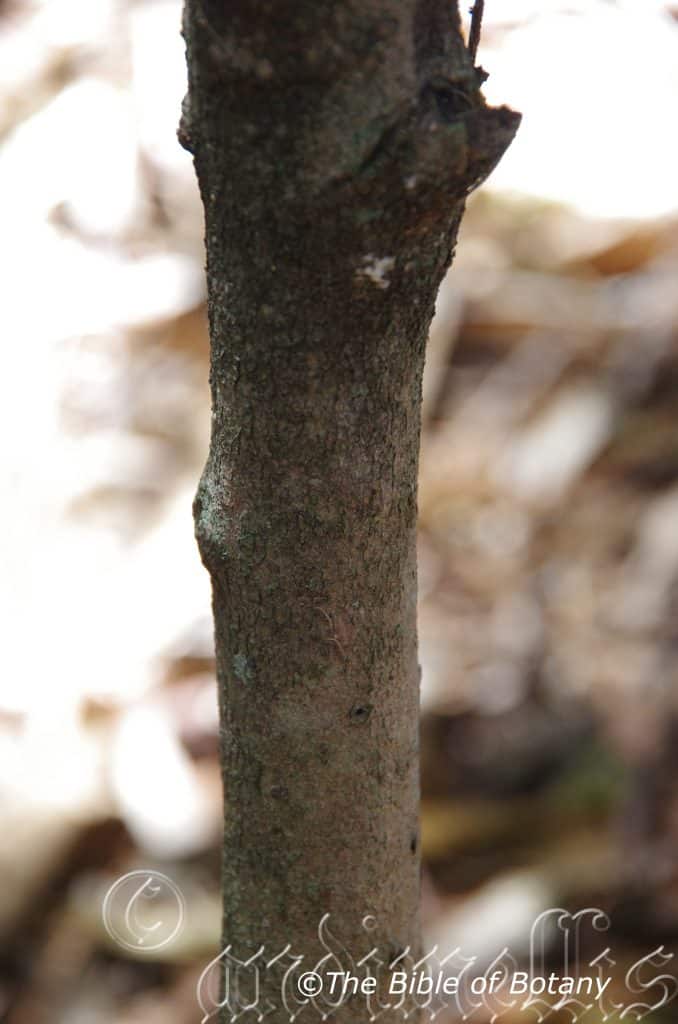
Mount Cootha Botanic Gardens Qld.
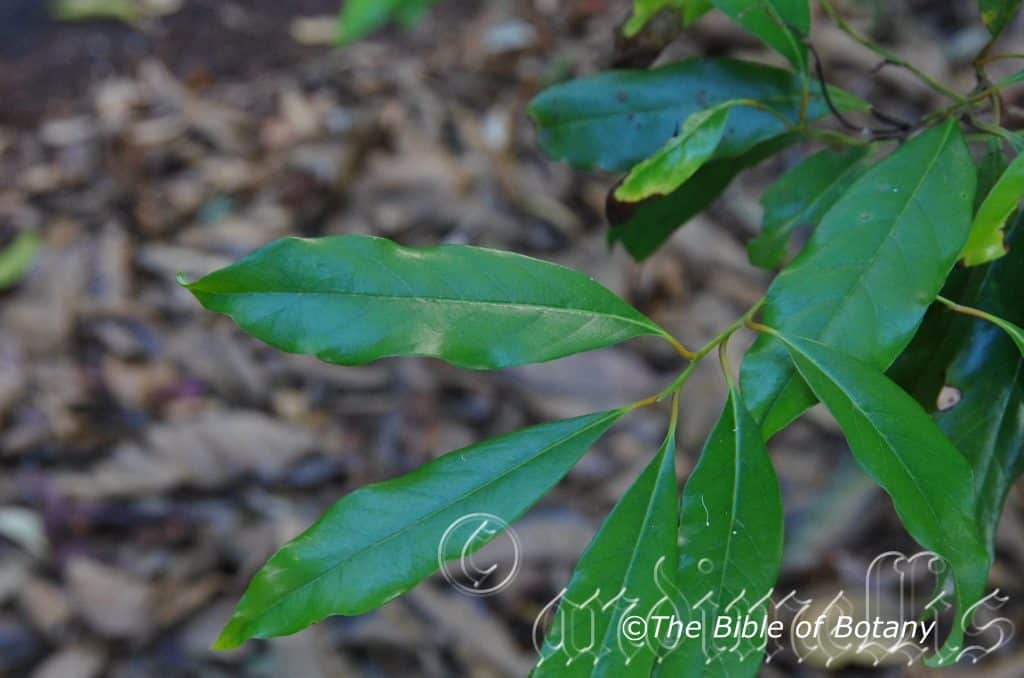
Mount Cootha Botanic Gardens Qld.
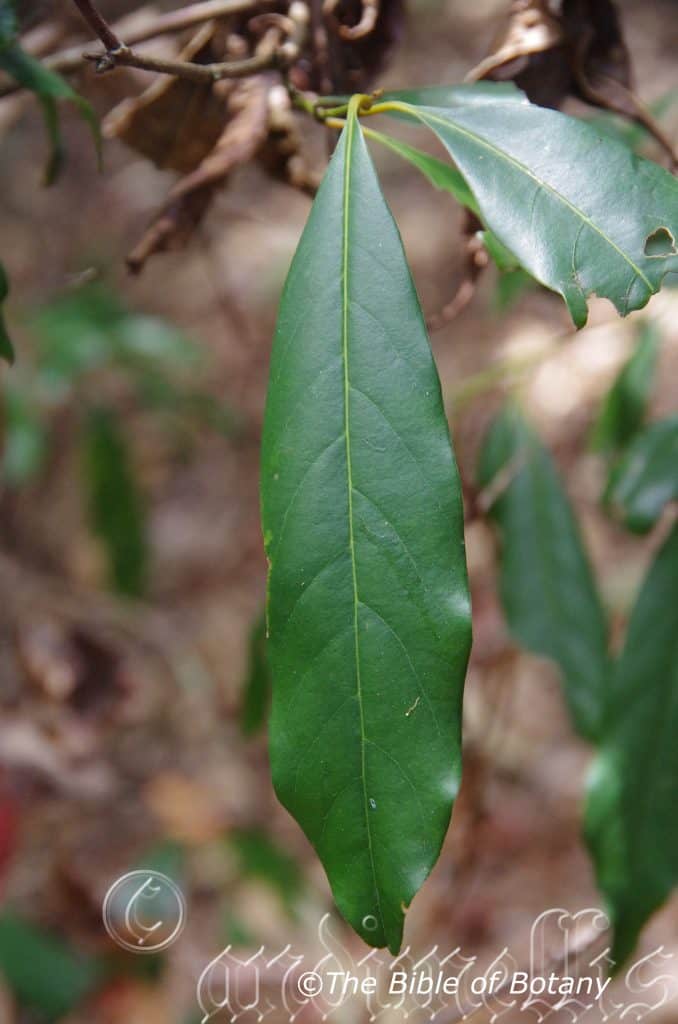
Mount Cootha Botanic Gardens Qld.
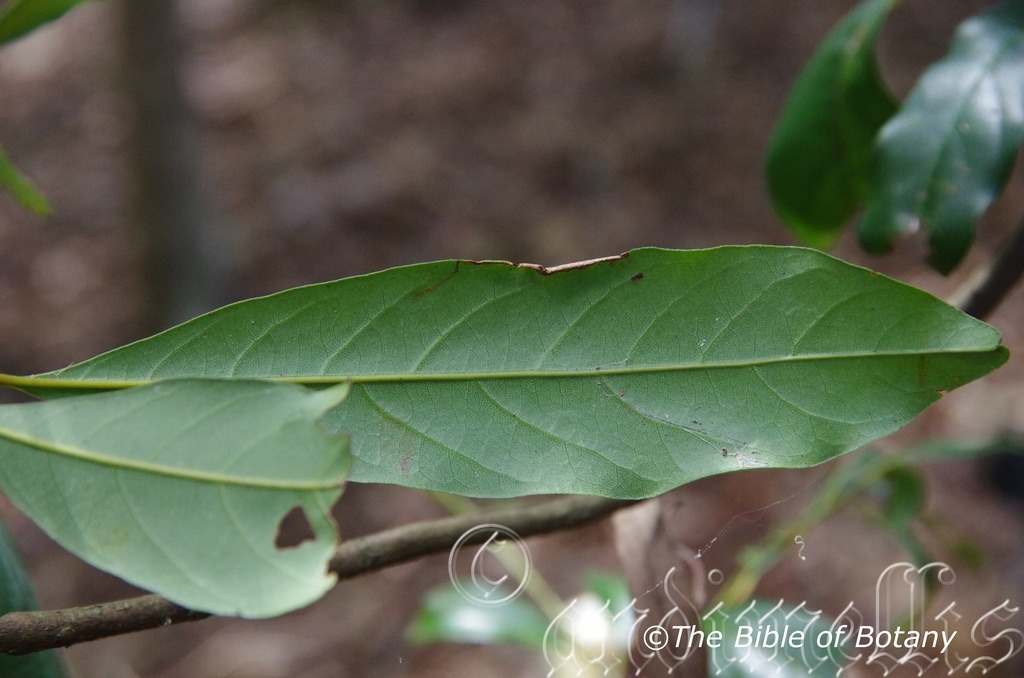
Mount Cootha Botanic Gardens Qld.
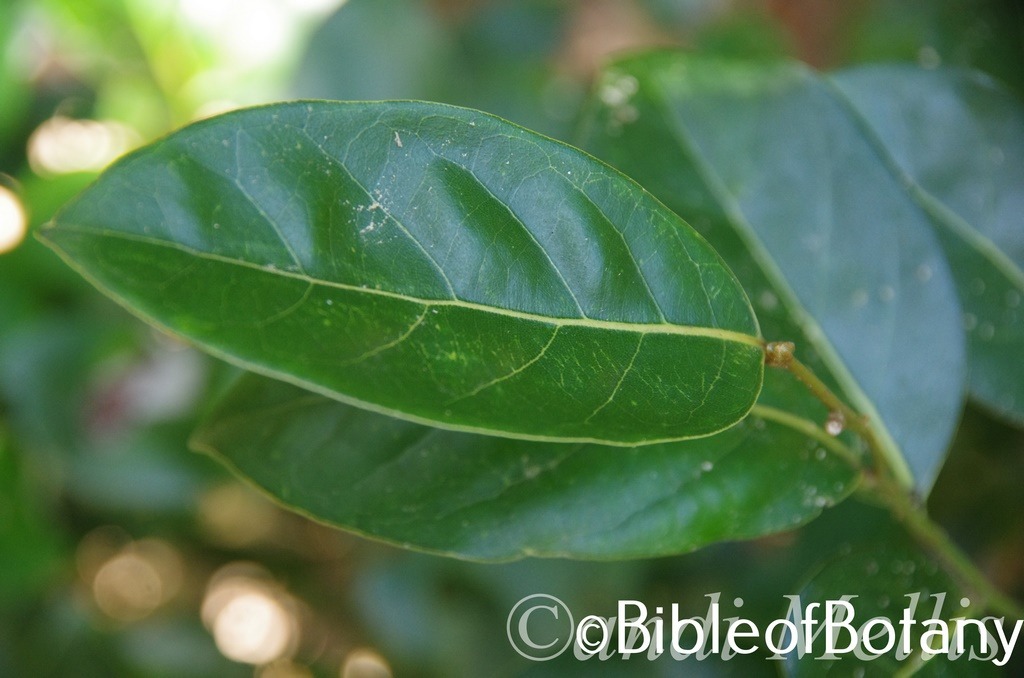
Lismore NSW
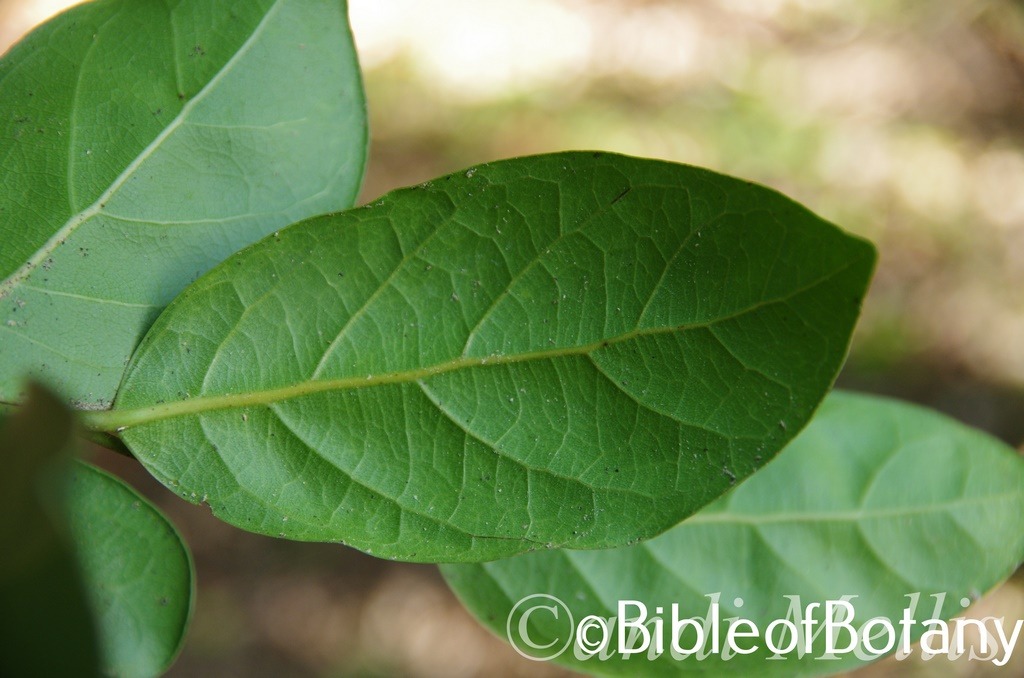
Lismore NSW
Cryptocarya foetida
Classification:
Unranked: Magnoliids
Order: Laurales
Family: Lauraceae
Genus: From Krypto/Krypsis/Krypticos, which are Greek or Crypticus, which is Latin for hidden or concealed and Karyon, which is Ancient Greek for a walnut. It refers to the fruits, which resemble a small walnut hidden among the foliage.
Specie: From Foetidus, which is Latin for foul smelling or rancid. It refers to organs, which have a rancid odour.
Sub specie:
Common Name: Mountain Walnut.
Distribution:
Cryptocarya foetida is found south from Tin Can Bay in south eastern coastal Queensland to the Ballina in far north eastern coastal New South Wales.
https://avh.ala.org.au/occurrences/search?taxa=Cryptocarya+foetida#tab_mapView
Habitat Aspect Climate:
Cryptocarya foetida prefer full sun to dappled shade. It is restricted to a narrow band along the coast in littoral rainforests. Its altitude range is from 5 meters to 30 meters ASL.
The temperatures range from 3 degrees in August to 36 degrees in January.
The rainfall ranges from lows of 800mm to 1600mm average per annum.
Soil Requirements:
Cryptocarya foetida prefers better quality peaty sands. The soils are derived from alluvial deposits or accumulated sands. The soils pH ranges from 6pH to 8pH. It does not tolerate waterlogged soils though seasonally high water tables are common. Non saline soils to moderately saline soils are tolerated.
Height & Spread:
Wild Plants:10m to 20m by 5m to 8m.
Characteristics:
Cryptocarya foetida grows as a small tree with pale grey-brown bark. The small branches are deep green. The new growth and juvenile stems are pale green take a zig zag form and are sparsely covered in white, caduceus, sericeous hairs particularly around the buds.
The alternate ovate, elliptic to obovate leaves of Cryptocarya foetida measure 50mm to 120mm in length by 20mm to 60mm in width. The discolourous leaves are deep green on the upper lamina and paler to somewhat glaucous or yellowish-green on the lower lamina. Both laminas are sparsely covered in white, caduceus, sericeous hairs. The yellow to ochre petioles measure 5mm to 10mm in length. The bases are rounded to round-cuneate while the apexes are acuminate or blunt acuminate. The laminas curve upwards from the midvein to the undulating, entire margins. The mid vein and lateral veins are prominent on both laminas and have a reticulum coarsely areolate.
The inflorescences of Cryptocarya foetida are born on short dense panicles from the upper leaf axils. The rachis and pedicels are pale green and are very sparsely covered in appressed, white puberulent hairs. The pascal creamy-yellow perianth tubes are very sparsely covered in appressed, white puberulent hairs externally and measure 1.5mm to 2.5mm in length. The 6 obtuse cream tepals are covered in white puberulent hairs externally and are glabrous internally. They measure 1.9mm to 2.5mm in length by 1mm to 1.5mm in width and an offensive odour. The flowers appear from late November to December.
Cryptocarya foetida fruits are purplish black, globose drupes and measure 10mm to 15mm in diameter. The seeds are typical Cryptocarya in that it is woody, ribbed, ellipsoidal and pointed at both ends. The seeds measure 7mm to 10mm in length by 6mm to 9mm in diameter. The fruits ripen in February.
Wildlife:
Cryptocarya foetida’s fruit is eaten by possums, native rats and small to medium birds like the Cat birds, Bower birds, Fig Bird, Noisy Minor, pigeons and other fruit eating birds.
Cultivation:
Cryptocarya foetida is a beautiful small tree which has attractive glossy green leaves. It is ideal in a rainforest setting or in gullies where it is protected from winds and weather extremes. When grown in a sheltered position in the open the trees grow from 16 meters to 20 meters by 10 meters to 15 meters in diameter. The trees are drought resistant and require very little attention once established in the garden making them both attractive and very hardy.
The trees would make very good accent trees in front of low set to 3 story commercial, industrial sheds or school classrooms where it will break up hard rigid architectural lines and give warmth and breadth to a building. In front of high rise buildings they give balance especially where they could be grown as sentinels in front of the entry doors.
It can be used in raised garden beds surrounded by small shrubs with fine pale green leaves which flower at a different time of the year. Here the trees offer strong spreading outlines and would look good in vehicle roundabout or central beds.
Another advantage is that the bark is suitable for all types of epiphytic plants so small orchids and ferns can be placed in the dense shade of the branches adding colour and interest.
Propagation:
Seeds: Cryptocarya foetida seeds do not require treatment before sowing. Remove the seeds from the flesh or allow them to ferment and drain. Wash the seeds and sow the fresh seeds directly into a seed raising mix and cover with 5mm of the mix. Place the trays under shade in a warm position and keep moist. When the seedlings are 25mm to 50mm in height, prick them out and plant them into 50mm native tubes using a seed raising mix.
Once the seedlings reach 150mm to 200mm in height plant them out into their permanent position. Mass plantings can be achieved by planting them at 14 meter to 18 meter centers for a rainforest scene or 25 meter to 35 meter centers for a park scene or garden shade trees. When planting the trees for their fruit in an orchard plant the seedlings at 4 meter centers, so easy pruning and harvesting can take place. Prune the trees so that they form a bush with many stems.
Fertilize using Seaweed, fish emulsion or organic chicken pellets soaked in water on an alternate basis. Fertilize every two months until the plants are established then twice annually in early September or March to maintain health, vitality and better flowering.
Further Comments from Readers:
Hi reader, it seems you use The Bible of Botany a lot. That’s great as we have great pleasure in bringing it to you! It’s a little awkward for us to ask, but our first aim is to purchase land approximately 1,600 hectares to link several parcels of N.P. into one at The Pinnacles NSW Australia, but we need your help. We’re not salespeople. We’re amateur botanists who have dedicated over 30 years to saving the environment in a practical way. We depend on donations to reach our goal. If you donate just $5, the price of your coffee this Sunday, We can help to keep the planet alive in a real way and continue to bring you regular updates and features on Australian plants all in one Botanical Bible. Any support is greatly appreciated. Thank you.
In the spirit of reconciliation we acknowledge the Bundjalung, Gumbaynggirr and Yaegl and all aboriginal nations throughout Australia and their connections to land, sea and community. We pay our respect to their Elders past, present and future for the pleasures we have gained.
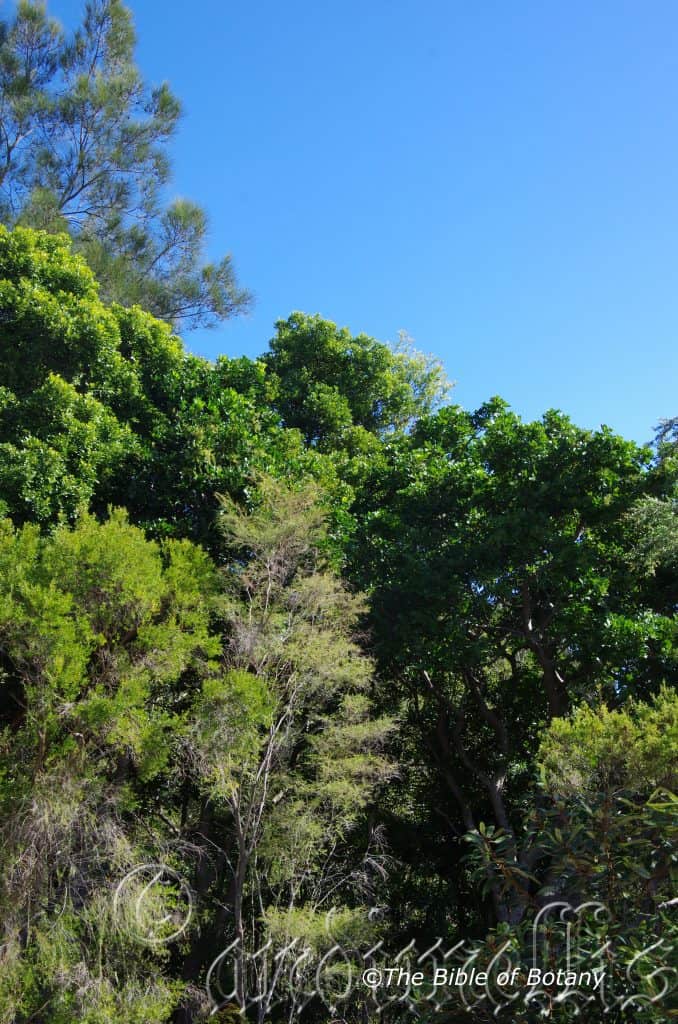
NCBG Coffs Harbour NSW

NCBG Coffs Harbour NSW
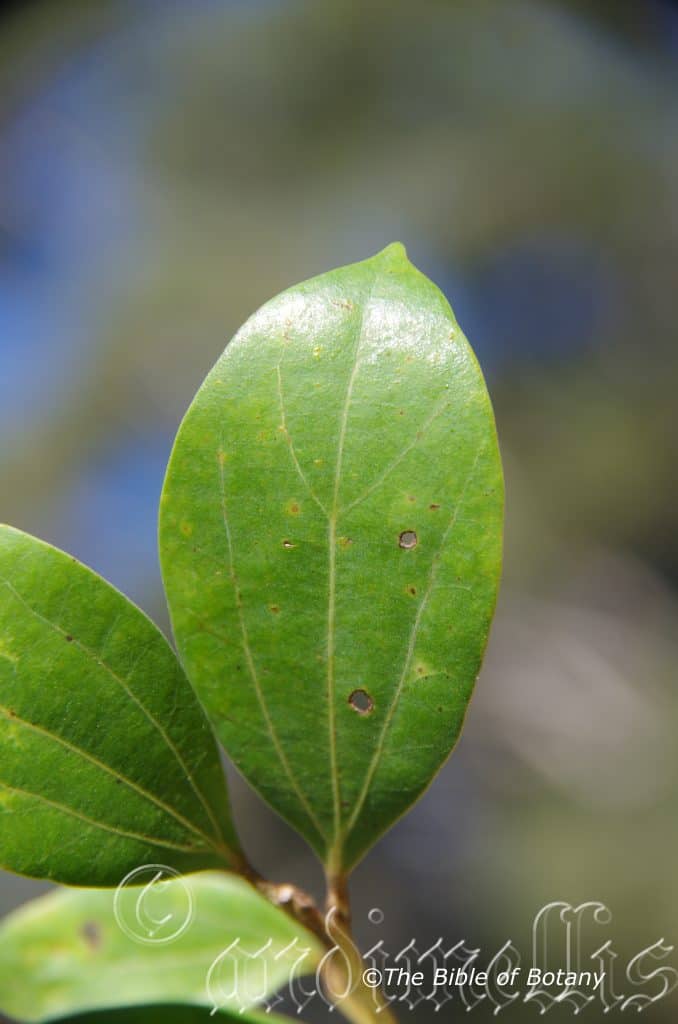
NCBG Coffs Harbour NSW
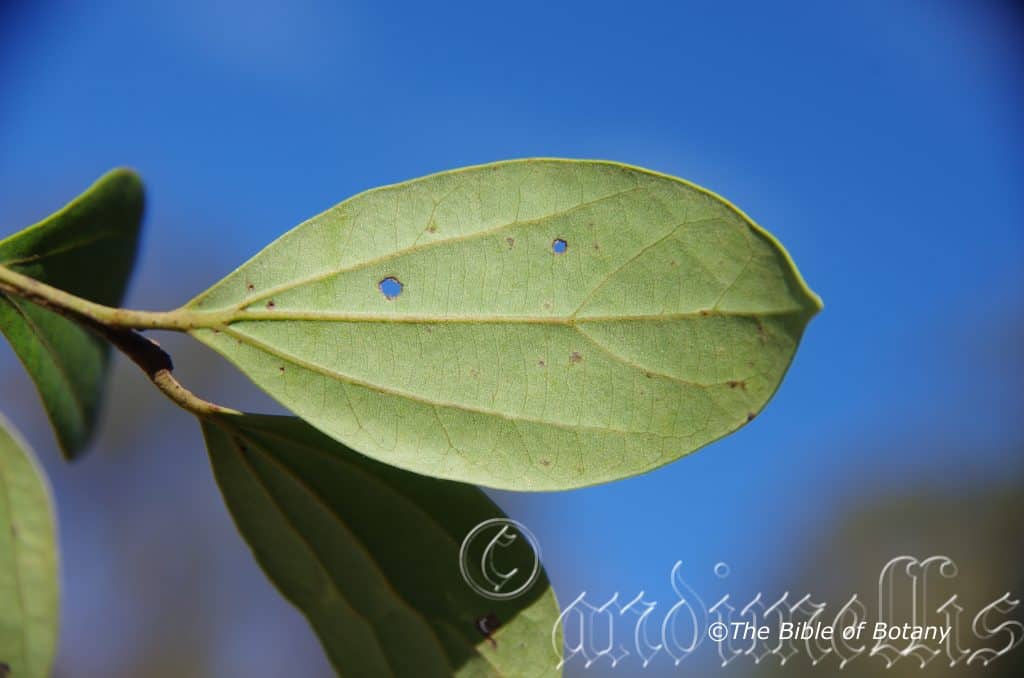
NCBG Coffs Harbour NSW
Cryptocarya foveolata
Classification:
Unranked: Magnoliids
Order: Laurales
Family: Lauraceae
Genus: From Krypto/Krypsis/Krypticos, which are Greek or Crypticus, which is Latin for hidden or concealed and Karyon, which is Ancient Greek for a walnut. It refers to the fruits, which resemble a small walnut hidden among the foliage.
Specie: From Fovea, which is Latin for pitted. It usually refers to seeds, pods or at times other organs which are distinctly pitted.
Sub specie:
Common Name: Mountain Walnut.
Distribution:
Cryptocarya foveolata is found south from Boonah to Mount Clunie National Park in Queensland to the Barrington Tops National Park in New South Wales.
https://avh.ala.org.au/occurrences/search?taxa=Cryptocarya+foveolata#tab_mapView
Habitat Aspect Climate:
Cryptocarya foveolata prefer full sun to dappled shade. It is restricted to a narrow altitude ranging from 600 meters to 1,300 meters above sea level on lowland warm and cool, temperate, mountainous rain forests. It is found on and east of the Great Dividing Range. The altitude ranges from 350 meters ASL to 1200 meters ASL.
The temperatures range from minus 3 degrees in August to 36 degrees in January.
The rainfall ranges from lows of 800mm to 3000mm average per annum.
Soil Requirements:
Cryptocarya foveolata prefers better quality light clays to medium clays. The soils are derived from decomposed black basalts. The soils pH ranges from 5pH to 6pH. It does not tolerate waterlogged soils. Non saline soils to moderately saline soils are tolerated.
Height & Spread:
Wild Plants: 25m to 45m by 12m to 20m
Characteristics:
Cryptocarya foveolata grows as a small tree with pale grey bark. The bark appears to be flaky but is persistent. The small branches are deep green. The new growth and juvenile stems are pale green to pale blue-green and covered in short caduceus white sericeous hairs particularly around the buds.
The alternate elliptical, ovate leaves of Cryptocarya foveolata measure 40mm to 80mm in length by 10mm to 40mm in width. The petioles measure 3mm to 5mm in length. The bases are cuneate while the apexes are acuminate or blunt acuminate. The discolourous laminas are deep green to sea-green, glabrous and semi glossy to glossy on the upper lamina while the lower laminas are paler and dull. The laminas are flat and decurve downwards close to the apex. The leaf margins are entire. The mid vein and lateral veins are prominent on the lower laminas and are clearly visible on the upper laminas being pale green. There are 2 very prominent leaf faveolata one either side of the main vein in the axils of the lowest pair of lateral veins. The new growth and juvenile leaves are bright glossy lime green.
The inflorescences of Cryptocarya foveolata are born on short panicles from the upper leaf axils. There are 4 to 18 flowers on each panicle. The rachis and pedicels are pale olive-green. The rachises measure 35mm to 70mm in length while the pedicels measure 2mm to 4mm in length. The pascal creamy-yellow perianth tubes are glabrous externally and covered in white puberulent hairs internally and measure 1.5mm to 1.6mm in length. The 6 obtuse cream tepals are covered in white puberulent hairs externally and are glabrous internally. They measure 1.9mm to 2.5mm in length by 1mm to 1.5mm in width.
The 6 white, glabrous outer filaments measure 0.5mm to 0.6mm in length. The outer anthers are covered in white puberulent hairs abaxially and are glabrous adaxially and measure 0.9mm to 1.1mm in length by 0.6mm to 0.8mm in width. The inner filaments measure 0.8mm to 0.9mm in length. The inner anthers are glabrous or glabrous abaxially and covered in white puberulent hairs adaxially and measure 1mm in length by 0.6mm to 0.7mm in width.
The ovary measures 1mm to 1.1mm in length by 0.6mm in width. The ovary and style are glabrous or covered in white puberulent hairs. The sweetly scented flowers appear from late November to December.
Cryptocarya foveolata fruits are globose drupes. The drupes measure 10mm to 14mm in length by 15mm to 16mm diameter. The seeds are typical Cryptocarya in that it is woody, ribbed, ellipsoidal and pointed at both ends. The seeds measure 7mm to 10mm in length by 6mm to 9mm in diameter. The green fruits turn deep purple-black when ripe and ripen in April to October.
Wildlife:
Cryptocarya foveolata’s fruit are eaten by possums, native rats and small to medium birds like the Cat birds, Bower birds, Fig Bird, Noisy Minor, pigeons and other fruit eating birds.
Cultivation:
Cryptocarya foveolata is a beautiful small tree which has attractive glossy green leaves. It is ideal in a rain forest setting or in gullies where it is protected from winds and weather extremes. When grown in a sheltered position in the open the trees grow from 16 meters to 20 meters by 10 meters to 15 meters in diameter. The trees are drought resistant and require very little attention once established in the garden making them both attractive and very hardy.
The tree would make very good accent trees in front of low set to 3 story commercial, industrial sheds or school classrooms where they will break up hard rigid architectural lines and give warmth and breadth to a building. In front of high rise buildings they give balance especially where they could be grown as sentinels in front of the entry doors.
It can be used in raised garden beds surrounded by small shrubs with fine pale green leaves which flower at a different time of the year. Here the trees offer strong spreading outlines and would look good in vehicle round about or central beds.
The trees are ideal for starting larger rainforest gardens on larger size blocks or small moist areas along riparian zones and riverine gullies.
Another advantage is that the bark is suitable for all types of epiphytic plants so small orchids and ferns can be placed in the dense shade of the branches adding colour and interest.
Propagation:
Seeds: Cryptocarya foveolata seeds do not require treatment before sowing. Remove the seeds from the flesh or allow them to ferment and drain. Wash the seeds and sow the fresh seeds directly into a seed raising mix and cover with 5mm of the mix. Place the trays under shade in a warm position and keep moist. When the seedlings are 25mm to 50mm in height, prick them out and plant them into 50mm native tubes using a seed raising mix.
Once the seedlings reach 150mm to 200mm in height plant them out into their permanent position. Mass plantings can be achieved by planting them at 14 meter to 18 meter centers for a rainforest scene or 25 meter to 35 meter centers for a park scene or garden shade trees. When planting the trees for their fruit in an orchard plant the seedlings at 4 meter centers, so easy pruning and harvesting can take place. Prune the trees so that they form a bush with many stems.
Fertilize using Seaweed, fish emulsion or organic chicken pellets soaked in water on an alternate basis. Fertilize every two months until the plants are established then twice annually in early September or March to maintain health, vitality and better flowering.
Further Comments from Readers:
Hi reader, it seems you use The Bible of Botany a lot. That’s great as we have great pleasure in bringing it to you! It’s a little awkward for us to ask, but our first aim is to purchase land approximately 1,600 hectares to link several parcels of N.P. into one at The Pinnacles NSW Australia, but we need your help. We’re not salespeople. We’re amateur botanists who have dedicated over 30 years to saving the environment in a practical way. We depend on donations to reach our goal. If you donate just $5, the price of your coffee this Sunday, We can help to keep the planet alive in a real way and continue to bring you regular updates and features on Australian plants all in one Botanical Bible. Any support is greatly appreciated. Thank you.
In the spirit of reconciliation we acknowledge the Bundjalung, Gumbaynggirr and Yaegl and all aboriginal nations throughout Australia and their connections to land, sea and community. We pay our respect to their Elders past, present and future for the pleasures we have gained.
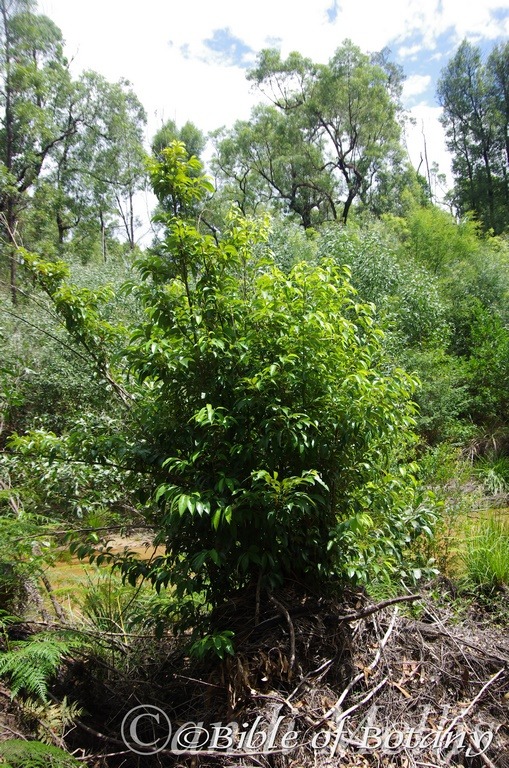
Banyabba Creek National Park NSW
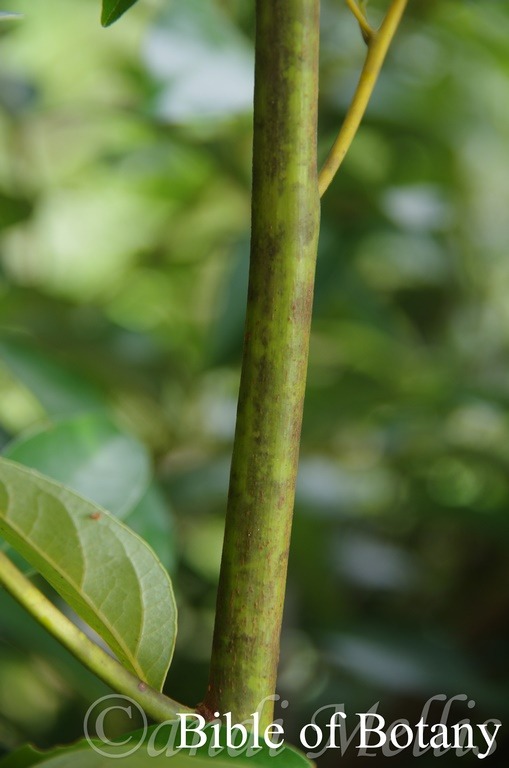
Banyabba Creek National Park NSW

Banyabba Creek National Park NSW

Banyabba Creek National Park NSW
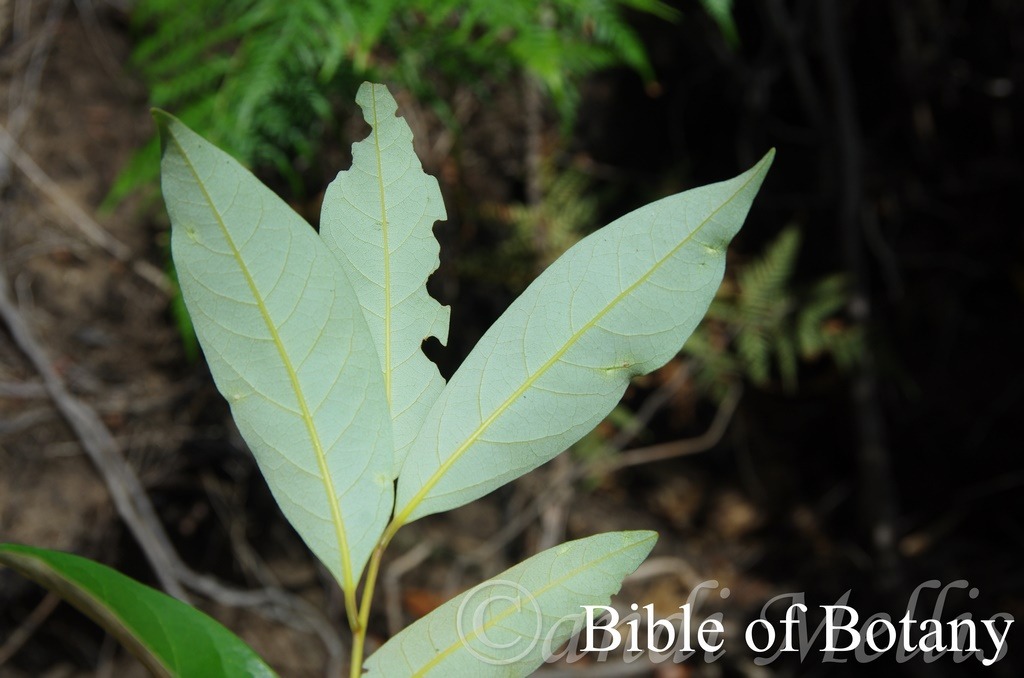
Banyabba Creek National Park NSW
Cryptocarya glaucescens
Classification:
Unranked: Magnoliids
Order: Laurales
Family: Lauraceae
Genus: From Krypto/Krypsis/Krypticos, which are Greek or Crypticus, which is Latin for hidden or concealed and Karyon, which is Ancient Greek for a walnut. It refers to the fruits, which resemble a small walnut hidden among the foliage.
Specie: From Glaucous, which is Latin for a filmy blueish or greyish white powdery covering. It refers to the stems leaves or fruits, which have a blueish powdered layer over the surface.
Sub specie:
Common Name: Jackwood.
Distribution:
Cryptocarya glaucescens is found south from Fraser Island in coastal Central Queensland to Mount Dromedary in New South Wales. It is mainly found on and east of the Great Dividing Range. There are several isolated populations in far north Queensland including Kroombit Tops national Park, Mackay Eungella National Park, Townsville and the Atherton Tablelands.
https://avh.ala.org.au/occurrences/search?taxa=Cryptocarya+glaucescens #tab_mapView
Habitat Aspect Climate:
Cryptocarya glaucescens prefer full sun to dappled shade. It grows in warm subtropical rainforests to tropical rainforests and moist gallery forests. It is found on and east of the Great Dividing Range. The altitude ranges from 5 meters ASL to 1050 meters ASL.
The temperatures range from 0 degrees in August to 37 degrees in January.
The rainfall ranges from lows of 900mm to 3200mm average per annum.
Soil Requirements:
Cryptocarya glaucescens prefers poorer sandy loams to light gritty or gravelly clays. The soils are usually derived from decomposed sedimentary or acidic volcanic rocks. The soils pH ranges from 4.5pH to 6pH. It does not tolerate waterlogged soils. Non saline soils to moderately saline soils are tolerated.
Height & Spread:
Wild Plants: 20m to 30m by 4m to 8m
Characteristics:
Cryptocarya glaucescens grows as a medium tree with a scaly to scarious grey-brown bark on the trunk. The trunk is either buttressed or fluted on older trees. The branchlets are grey-green. The new growth and juvenile stems are olive-green to orange-green and very sparsely covered in fawn, caduceus, and sericeous hairs.
The alternate oblong-elliptical, elliptical or rarely ovate leaves of Cryptocarya glaucescens measure 50mm to 130mm in length by 25mm to 45mm in width. The petioles measure 5mm to 12mm in length. The bases are cuneate while the apexes are acuminate to tapering with a blunt tip. The coriaceous, discolourous laminas are olive-green to deep green, semi glossy and glabrous on the upper laminas while the lower laminas are paler to ash-grey, frequently blotchy and dull. The undulating laminas are flat or recurve slightly upwards from the mid vein to the margins and decurve downwards near the apexes. The leaf margins are entire. The olive-yellow mid vein and lateral veins are prominent below and visible on the upper lamina.
The inflorescences of Cryptocarya glaucescens are born on short panicles from the upper leaf axils. There are 12 to 38 flowers on each panicle. The rachis and pedicels are pale olive-green. The rachises measure 40mm to 120mm in length while the pedicels measure 2mm to 5mm in length. The pascal olive-yellow perianth tubes measure 1mm to 1.5mm in length. The 6 obtuse olive-yellow tepals are covered in white puberulent hairs externally and are glabrous internally. They measure 1.3mm to 1.9mm in length by 0.7 to 0.9mm in width.
The 6 white, glabrous outer filaments measure 0.5mm to 0.7mm in length. The outer anthers are covered in white puberulent hairs abaxially and are glabrous adaxially and measure 0.5mm to 0.6mmin length by 0.4mm to 0.5mm in width. The inner glabrous filaments measure 0.5mm to 0.8mm in length. The inner anthers measure 0.5mm to 0.6mm in length by 0.2mm to 0.4mm in width.
The ovary measures 0.8mm to 1mm in length by 0.4mm to 0.5mm in width. The ovary and style are glabrous. The sweetly scented flowers appear from late October to November.
Cryptocarya glaucescens fruits are flattened, ovoidal, faintly resinous and longitudinally ribbed drupes. The drupes measure 12mm to 21mm in length by 13mm to 25mm in diameter. The seeds are typical Cryptocarya in that it is woody, ribbed, ellipsoidal and pointed at both ends. The seeds measure 5mm to 7mm in length by 5mm to 7mm in diameter. The pascal green fruits turn glossy black when ripe and ripen in March to June.
Wildlife:
Cryptocarya glaucescens’s fruit are eaten by possums, native rats and small to medium birds like the Cat birds, Bower birds, Fig Bird, Noisy Minor, pigeons and other fruit eating birds.
Fruits I have tasted are juicy sweet yet leave an unpleasant taste in the mouth similar to pear and eucalyptus.
Cultivation:
Cryptocarya glaucescens is a beautiful small tree which has attractive glossy green leaves. It is ideal in a rain forest setting or in gullies where it is protected from winds and weather extremes. When grown in a sheltered position in the open the trees grow from 14 meters to 18 meters by 10 meters to 14 meters in diameter. The trees are drought resistant and require very little attention once established in the garden making them both attractive and very hardy.
Good black fruiting trees are very attractive when in fruit but fruiting is erratic. If it is given adequate moisture, plenty of mulch for moisture retention and an even soil temperature, applying native fertilizers on a regular basis or in early spring the plants may respond with good flowering over a longer period and may yield good quality fruit with maximum size.
The trees would make very good accent trees in front of low set to 3 story commercial, industrial sheds or school classrooms where they will break up hard rigid architectural lines and give warmth and breadth to a building. In front of high rise buildings they give balance especially where they could be grown as sentinels in front of the entry doors.
The trees are ideal for starting small rainforest gardens on medium size blocks or small moist areas along riparian zones and riverine gullies.
Another advantage is that the bark is suitable for all types of epiphytic plants so small orchids and ferns can be placed in the dense shade of the branches adding colour and interest.
Propagation:
Seeds: Cryptocarya glaucescens seeds do not require treatment before sowing. Remove the seeds from the flesh or allow them to ferment and drain. Wash the seeds and sow the fresh seeds directly into a seed raising mix and cover with 5mm of the mix. Place the trays under shade in a warm position and keep moist. When the seedlings are 25mm to 50mm in height, prick them out and plant them into 50mm native tubes using a seed raising mix.
Once the seedlings reach 150mm to 200mm in height plant them out into their permanent position. Mass plantings can be achieved by planting them at 8 meter to 10 meter centers for a rainforest scene or 15 meter to 25 meter centers for a park scene or garden shade trees.
Fertilize using Seaweed, fish emulsion or organic chicken pellets soaked in water on an alternate basis. Fertilize every two months until the plants are established then twice annually in early September or March to maintain health, vitality and better flowering.
Further Comments from Readers:
Hi reader, it seems you use The Bible of Botany a lot. That’s great as we have great pleasure in bringing it to you! It’s a little awkward for us to ask, but our first aim is to purchase land approximately 1,600 hectares to link several parcels of N.P. into one at The Pinnacles NSW Australia, but we need your help. We’re not salespeople. We’re amateur botanists who have dedicated over 30 years to saving the environment in a practical way. We depend on donations to reach our goal. If you donate just $5, the price of your coffee this Sunday, We can help to keep the planet alive in a real way and continue to bring you regular updates and features on Australian plants all in one Botanical Bible. Any support is greatly appreciated. Thank you.
In the spirit of reconciliation we acknowledge the Bundjalung, Gumbaynggirr and Yaegl and all aboriginal nations throughout Australia and their connections to land, sea and community. We pay our respect to their Elders past, present and future for the pleasures we have gained.
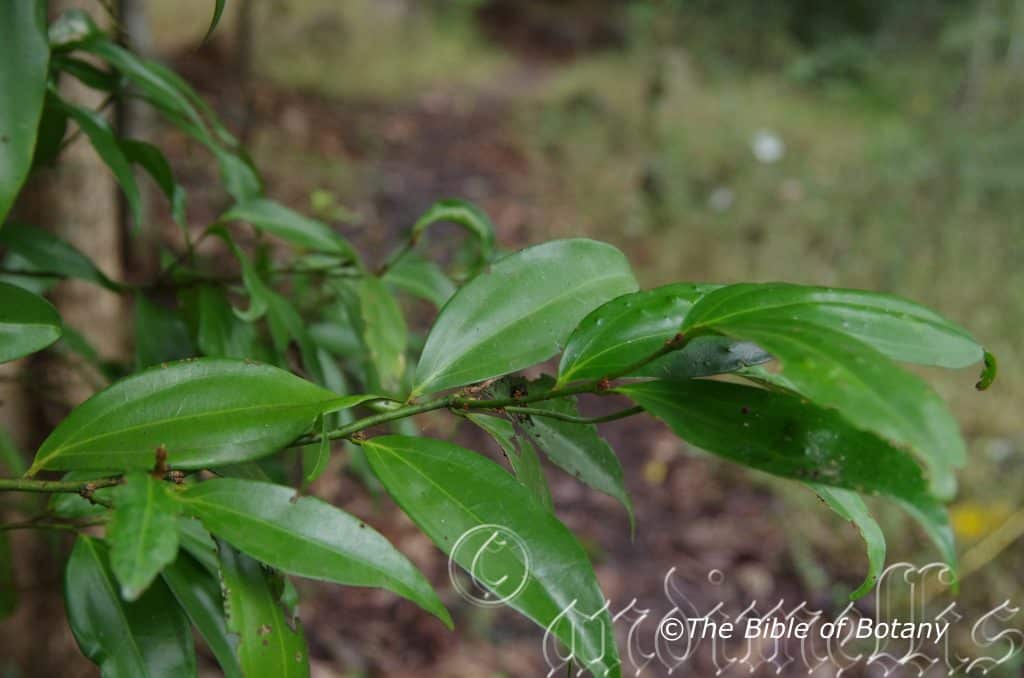
Townsville Qld.
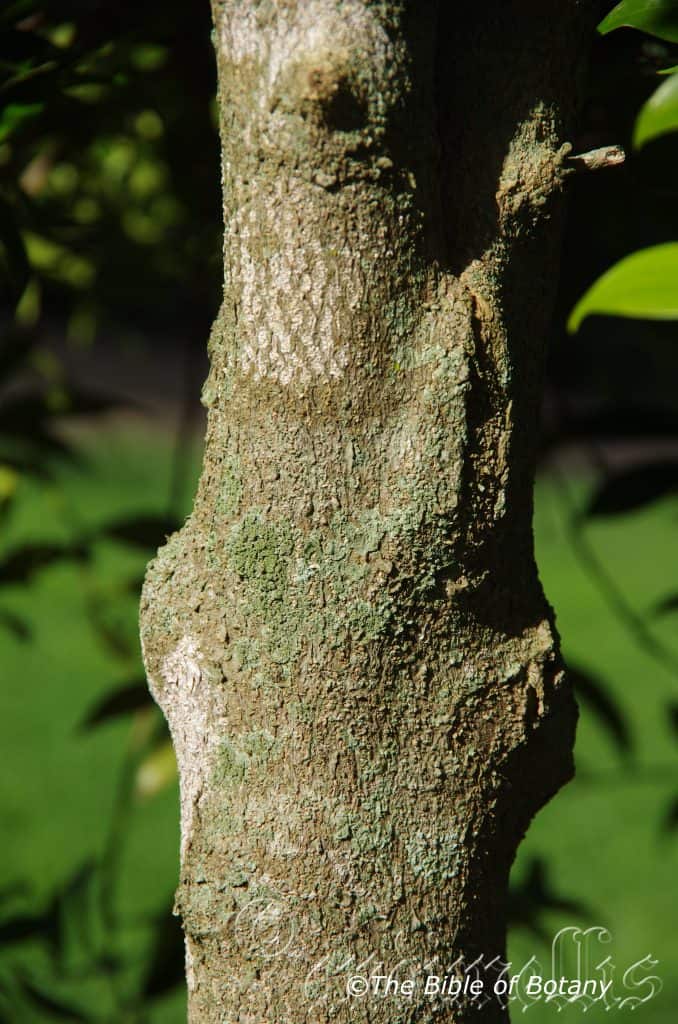
Rosser Park Benowa Qld.

Townsville Qld.
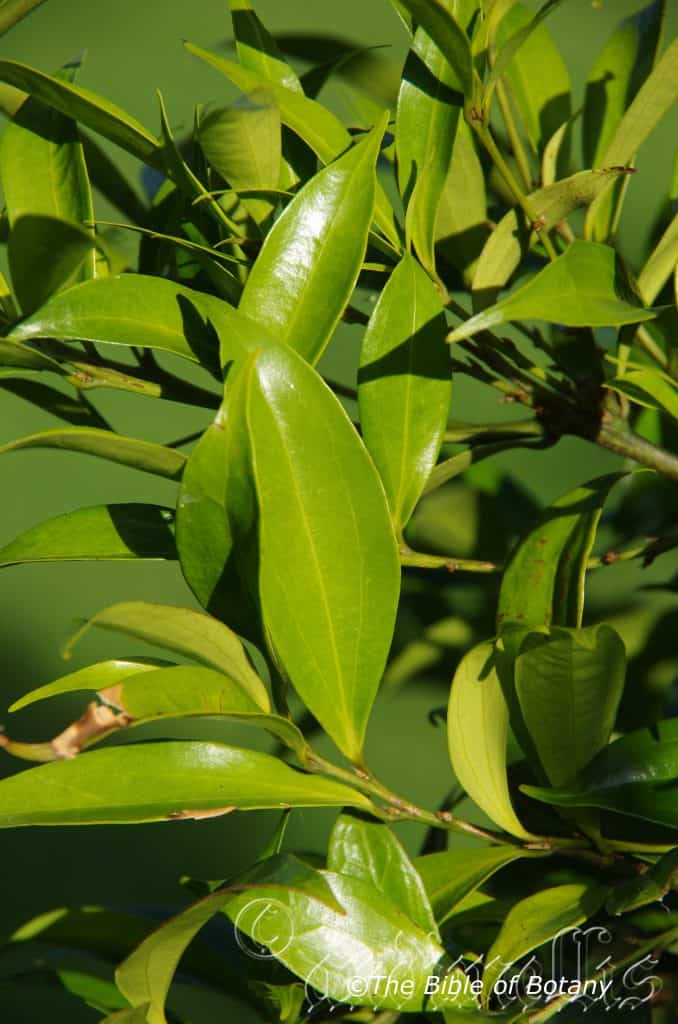
Rosser Park Benowa Qld.
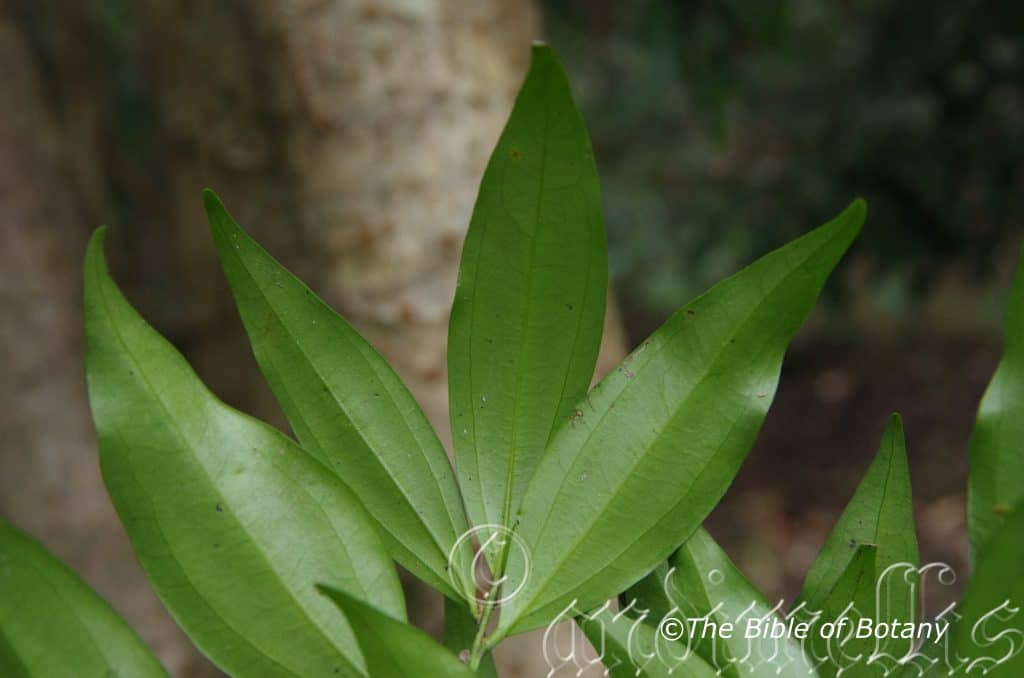
LBG Lismore NSW
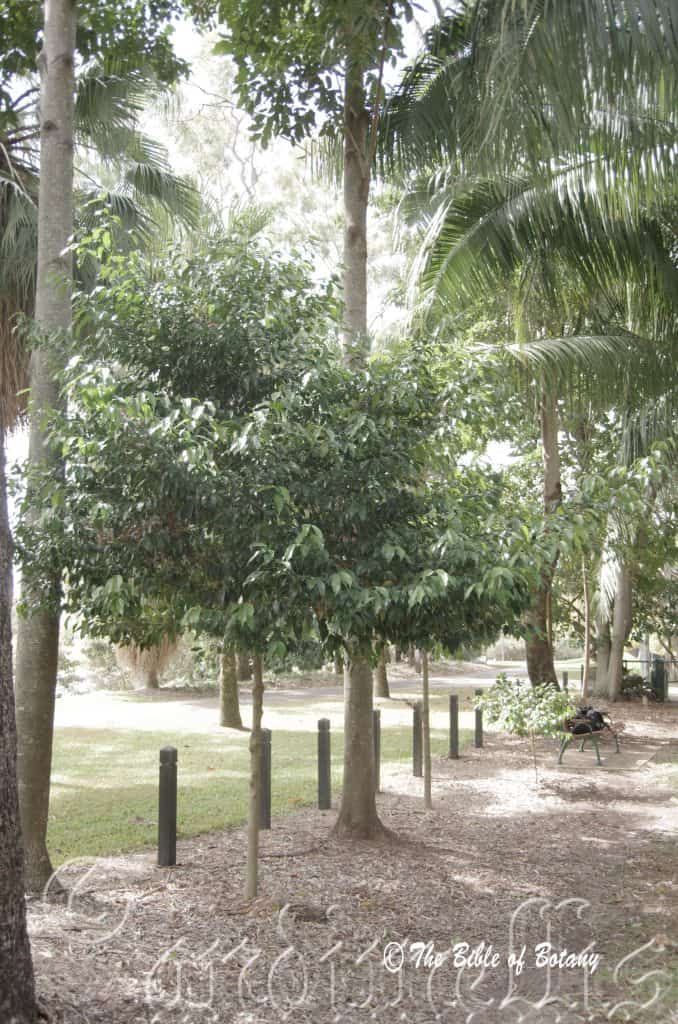
Townsville Qld.
Cryptocarya laevigata
Classification:
Unranked: Magnoliids
Order: Laurales
Family: Lauraceae
Genus: From Krypto/Krypsis/Krypticos, which are Greek or Crypticus, which is Latin for hidden or concealed and Karyon, which is Ancient Greek for a walnut. It refers to the fruits, which resemble a small walnut hidden among the foliage.
Specie: From Laevis, which is Latin for polished smooth. It refers to leaves or other organs, which are smoother and glossier than other species in the genus.
Sub specie:
Common Name: Red Fruited Laurel, Glossy Laurel.
Distribution:
Cryptocarya laevigata is found in several disjunct populations from near the Iron Range on Cape York Peninsula, west of Cairns, Fraser Island and Marybough south to Coffs Harbour New South Wales.
https://avh.ala.org.au/occurrences/search?taxa=Cryptocarya+laevigata#tab_mapView
Habitat Aspect Climate:
Cryptocarya laevigata prefer full sun to dappled shade. It grows in lowland mountainous rain forests, riverine rainforests, in wet Eucalyptus forests adjacent to littoral, lowland coastal mountain rainforests and moist gallery forests. It is found on and east of the Great Dividing Range. The altitude ranges from 5 meters ASL to 450 meters ASL.
The temperatures range from minus 31 degrees in August to 35 degrees in January.
The rainfall ranges from lows of 800mm to 3000mm average per annum.
Soil Requirements:
Cryptocarya laevigata prefers rich soils that are derived from decomposed black basalts, better quality brown basalts or alluvial flats. The soils pH ranges from 5.5pH to 6.5pH. It is not tolerant of waterlogged soils. Non saline soils to moderately saline soils are tolerated.
Height & Spread:
Wild Plants: 12m to 15m by 4m to 6m
Characteristics:
Cryptocarya laevigata grows as a small tree with a resinous to farinaceous grey brown bark on the trunk. The branchlets are grey-green to mid green glabrous for a short distance before becoming resinous and turning brown on the branches. The new growth and juvenile stems are mid green and are sparsely covered in short white puberulent hairs
The alternate to sub-opposite, elliptical, ovate or narrow elliptical leaves of Cryptocarya laevigata measure 50mm to 135mm in length by 10mm to 60mm in width. The leaves are larger in the northern plants than southern plants. The petioles measure 2mm to 5mm in length. The bases are cuneate while the apex is acuminate to acuminate-caudate. The discolourous laminas are deep green to sea-green and semi glossy to glossy on the upper lamina while the lower laminas are paler and dull. The laminas are flat or recurve upwards from the mid vein to the margins and may decurve downwards slightly near the apex. The leaf margins are entire. The mid vein and two main lateral veins are prominent below and faintly visible on the upper lamina. The new growth and juvenile leaves are bright glossy lime green.
The inflorescences of Cryptocarya laevigata are born on short panicles from the upper leaf axils. There are 4 to 18 flowers on each panicle. The rachis and pedicels are pale olive-green. The rachises measure 30mm to 60mm in length while the pedicels measure 2mm to 5mm in length. The pascal olive-green to pascal olive corolla measures 2mm in length. The 6 acute to acute-obtuse white tepals measure 2.2mm to 3.3mm in length.
The 6 white, glabrous outer filaments measure 0.5mm to 1.2 mm in length. The anthers measure 0.7mm to 1.2mm in length by 0.6mm to 0.9mm in width. The 3 glabrous inner anthers measure 0.7mm to 1.3 mm in length by 0.4mm to 0.7mm in width.
The 2mm long style is 3 ocular. The flowers appear from late November to early February. Some flowers are sweetly scented while others have no or little fragrance at all.
Cryptocarya laevigata fruits are globular, ellipsoidal to ovoidal ribbed berries. The berries measure 15mm to 33mm in length by 15mm to 38mm diameter. The northern fruits are larger than fruits produced by southern trees. The fruits turn a yellow green or bright scarlet red when ripe in January to February.
Wildlife:
Cryptocarya laevigata’s fruit is eaten by possums, native rats and small to medium birds like the Cat birds, Bower birds, Fig Bird, Noisy Minor, pigeons and other fruit eating birds.
Fruits I have tasted are juicy sweet yet leave an unpleasant taste in the mouth similar to pear and Eucalyptus together. It is not known whether the fruits have long term toxicity or not so do not eat them in large quantities or over a long period of time.
Cultivation:
Cryptocarya laevigata is a beautiful small tree which has attractive glossy green leaves. It is ideal in a rain forest setting or in gullies where it is protected from winds and weather extremes. When grown in a sheltered position in the open the trees grow from 6 meters to 10 meters by 6 meters to 9 meters in diameter. The trees are drought resistant and require very little attention once established in the garden making them both attractive and very hardy.
Good red fruiting trees are very attractive when in fruit but fruiting is erratic. If it is given adequate moisture, plenty of mulch for moisture retention and an even soil temperature, applying native fertilizers on a regular basis or in early spring the plants may respond with good flowering over a longer period and may yield good quality fruit with maximum size.
The trees would make very good accent trees in front of low set to 3 story commercial, industrial sheds or school classrooms where they will break up hard rigid architectural lines and give warmth and breadth to a building. In front of high rise buildings they give balance especially where they could be grown as sentinels in front of the entry doors.
The trees are ideal for starting small rainforest gardens on medium size blocks or small moist areas along riparian zones and riverine gullies.
Another advantage is that the bark is suitable for all types of epiphytic plants so small orchids and ferns can be placed in the dense shade of the branches adding colour and interest.
Propagation:
Seeds: Cryptocarya laevigata seeds do not require treatment before sowing. Remove the seeds from the flesh or allow them to ferment and drain. Wash the seeds and sow the fresh seeds directly into a seed raising mix and cover with 5mm of the mix. Place the trays under shade in a warm position and keep moist. When the seedlings are 25mm to 50mm in height, prick them out and plant them into 50mm native tubes using a seed raising mix.
Once the seedlings reach 150mm to 200mm in height plant them out into their permanent position. Mass plantings can be achieved by planting them at 6 meter to 8 meter centers for a rainforest scene or 12 meter to 20 meter centers for a park scene or garden shade trees.
Fertilize using Seaweed, fish emulsion or organic chicken pellets soaked in water on an alternate basis. Fertilize every two months until the plants are established then twice annually in early September or March to maintain health, vitality and better flowering.
Further Comments from Readers:
Hi reader, it seems you use The Bible of Botany a lot. That’s great as we have great pleasure in bringing it to you! It’s a little awkward for us to ask, but our first aim is to purchase land approximately 1,600 hectares to link several parcels of N.P. into one at The Pinnacles NSW Australia, but we need your help. We’re not salespeople. We’re amateur botanists who have dedicated over 30 years to saving the environment in a practical way. We depend on donations to reach our goal. If you donate just $5, the price of your coffee this Sunday, We can help to keep the planet alive in a real way and continue to bring you regular updates and features on Australian plants all in one Botanical Bible. Any support is greatly appreciated. Thank you.
In the spirit of reconciliation we acknowledge the Bundjalung, Gumbaynggirr and Yaegl and all aboriginal nations throughout Australia and their connections to land, sea and community. We pay our respect to their Elders past, present and future for the pleasures we have gained.
Cryptocarya meisneriana
Classification:
Unranked: Magnoliids
Order: Laurales
Family: Lauraceae
Genus: From Krypto/Krypsis/Krypticos, which are Greek or Crypticus, which is Latin for hidden or concealed and Karyon, which is Ancient Greek for a walnut. It refers to the fruits, which resemble a small walnut hidden among the foliage..
Specie:Is named in honour of Carl Daniel Friedrich Meissner; 1800-1874, who was a Swiss professor of Botany at Basle Switzerland and an expert on Proteaceae and other Australian plants.
Sub specie:
Common Name: Thick leaf Laurel.
Distribution:
Cryptocarya meisneriana is found south from the Border Ranges National Park to the Wallaroo National Park in northern and central coastal New South Wales.
https://avh.ala.org.au/occurrences/search?taxa=Cryptocarya+meiseriana#tab_mapView
Habitat Aspect Climate:
Cryptocarya meisneriana prefer full sun to dappled shade. It grows in mountainous warm temperate rainforests and sub-tropical rainforests. It is found on the Great Dividing Range. The altitude ranges from 5 meters ASL. to 1000 meters ASL.
The temperatures range from minus 3 degrees in August to 36 degrees in January.
The rainfall ranges from lows of 800mm to 1600mm average per annum.
Soil Requirements:
Cryptocarya meisneriana prefer poorer sandy loams to light gritty or gravelly clays. The soils are usually derived from decomposed sandstones. The soils pH ranges from 5.5pH to 6.5pH. It is not tolerant of waterlogged soils. Non saline soils to moderately saline soils are tolerated.
Height & Spread:
Wild Plants: 6m to 12m by 4m to 6m
Characteristics:
Cryptocarya meisneriana grows as a small tree with pale brown furrowed bark. The small branches are pale green. The new growth and juvenile stems are reddish to purple-red and covered in caduceus, white, sericeous hairs particularly around the buds.
The alternate lanceolate to broad lanceolate leaves of Cryptocarya meisneriana measure 60mm to 100mm in length by 10mm to 40mm in width. The bases are cuneate, while the apexes are narrow to bluntly acuminate. The coriaceous, discolourous laminas are grass-green to sea-green, glabrous and semi glossy on the upper lamina while the lower laminas are much paler to glaucous dull and glabrous or very sparsely covered in white caduceus puberulent hairs. The laminas are flat, undulating and decurve downwards near the apex. The leaf margins are entire. The mid vein lateral veins are prominent on the lower laminas and are faintly visible on the upper laminas. The petioles measure 6mm to 10mm in length.
The inflorescences of Cryptocarya meisneriana are born on short racemes from the upper leaf axils. There are 6 to 18 flowers on each raceme. The rachis and pedicels are grass-green. The rachises measure 16mm to 30mm in length while the pedicels measure 1.5mm to 2.5mm in length. The pascal olive-yellow perianth tubes are rarely glabrous or more often are sparsely covered in white puberulent hairs on the lower half and measure 1.1mm to 1.7mm in length. The 6 obtuse olive-yellow tepals are covered in white puberulent hairs externally and are glabrous or covered in white puberulent hairs internally. They measure 1.3mm to 1.6mm in length by 0.9mm to 1.1mm in width.
The 6 white, glabrous outer filaments measure 0.2mm to 0.4mm in length. The outer anthers are glabrous or sparsely covered in white puberulent hairs abaxially and are glabrous adaxially and measure 0.4mm to 0.6mmin length by 0.4mm to 0.5mm in width. The inner filaments are glabrous or covered in white puberulent hairs and measure 0.3mm in length. The inner anthers are glabrous or sparsely covered in white puberulent hairs abaxially and measure 0.4mm to 0.6mm in length by 0.3mm to 0.5mm in width.
The ovary measures 0.9mm to 1.2mm in length by 0.5mm to 0.6mm in diameter. The ovary and style are glabrous. The sweetly scented flowers appear from October to January.
Cryptocarya meisneriana fruits are ellipsoidal to ovoidal drupes. The drupes are occasionally faintly ribbed and measure 11mm to 15mm in length by 8mm to 10mm in diameter. The seeds are typical Cryptocarya in that they are woody beneath a thin flesh. The seeds measure 9mm to 10mm in length by 7mm to 8mm in diameter. The fruits turn deep purple-black when ripe in March to April.
Wildlife:
Cryptocarya meisneriana’s fruit is eaten by possums, native rats and small to medium birds like the Cat birds, Bower birds, Fig Bird, Noisy Minor, pigeons and other fruit eating birds.
Cultivation:
Cryptocarya meisneriana is a beautiful small tree which has attractive glossy green leaves. It is ideal in a rain forest setting or in gullies where it is protected from winds and weather extremes. When grown in a sheltered position in the open the trees grow from 4 meters to 7 meters in height by 4 meters to 6 meters in diameter. The trees are drought resistant and require very little attention once established in the garden making them both attractive and very hardy.
Good black fruiting trees are very attractive when in fruit but fruiting is erratic. If it is given adequate moisture, plenty of mulch for moisture retention and an even soil temperature, applying native fertilizers on a regular basis or in early spring the plants may respond with good flowering over a longer period and may yield good quality fruit with maximum size.
Planted as a large shrub they can be placed to the rear of the garden or along a long wide driveway with other smaller broad green leaf shrubs. It will gain a lot of attention and highlight the other broader green leaf shrubs. Plants with fine or broad pale green leaves with white or yellow flowers can be used in the midground. These colours will contrast better against the deeper bold background.
Cryptocarya meisneriana make good dense hedges and safe wildlife corridors for birds to travel along. The dense growth offers farmers a great alternative for wind rows and wind breaks between fields as it is not heavy feeders, have a small root run and require little water.
The trees are ideal for starting small rainforest gardens on small or medium size blocks or small dry areas along riparian zones and riverine gullies.
Another advantage is that the bark is suitable for all types of epiphytic plants so small orchids and ferns can be placed in the dense shade of the branches adding colour and interest when grow as a tree.
Propagation:
Seeds: Cryptocarya meisneriana seeds do not require treatment before sowing. Remove the seeds from the flesh or allow them to ferment and drain. Wash the seeds and sow the fresh seeds directly into a seed raising mix and cover with 5mm of the mix. Place the trays under shade in a warm position and keep moist. When the seedlings are 25mm to 50mm in height, prick them out and plant them into 50mm native tubes using a seed raising mix.
Once the seedlings reach 150mm to 200mm in height plant them out into their permanent position. Mass plantings can be achieved by planting them at 6 meter to 8 meter centers for a rainforest scene or 12 meter to 20 meter centers for a park scene or garden shade trees.
Fertilize using Seaweed, fish emulsion or organic chicken pellets soaked in water on an alternate basis. Fertilize every two months until the plants are established then twice annually in early September or March to maintain health, vitality and better flowering.
Further Comments from Readers:
Hi reader, it seems you use The Bible of Botany a lot. That’s great as we have great pleasure in bringing it to you! It’s a little awkward for us to ask, but our first aim is to purchase land approximately 1,600 hectares to link several parcels of N.P. into one at The Pinnacles NSW Australia, but we need your help. We’re not salespeople. We’re amateur botanists who have dedicated over 30 years to saving the environment in a practical way. We depend on donations to reach our goal. If you donate just $5, the price of your coffee this Sunday, We can help to keep the planet alive in a real way and continue to bring you regular updates and features on Australian plants all in one Botanical Bible. Any support is greatly appreciated. Thank you.
In the spirit of reconciliation we acknowledge the Bundjalung, Gumbaynggirr and Yaegl and all aboriginal nations throughout Australia and their connections to land, sea and community. We pay our respect to their Elders past, present and future for the pleasures we have gained.
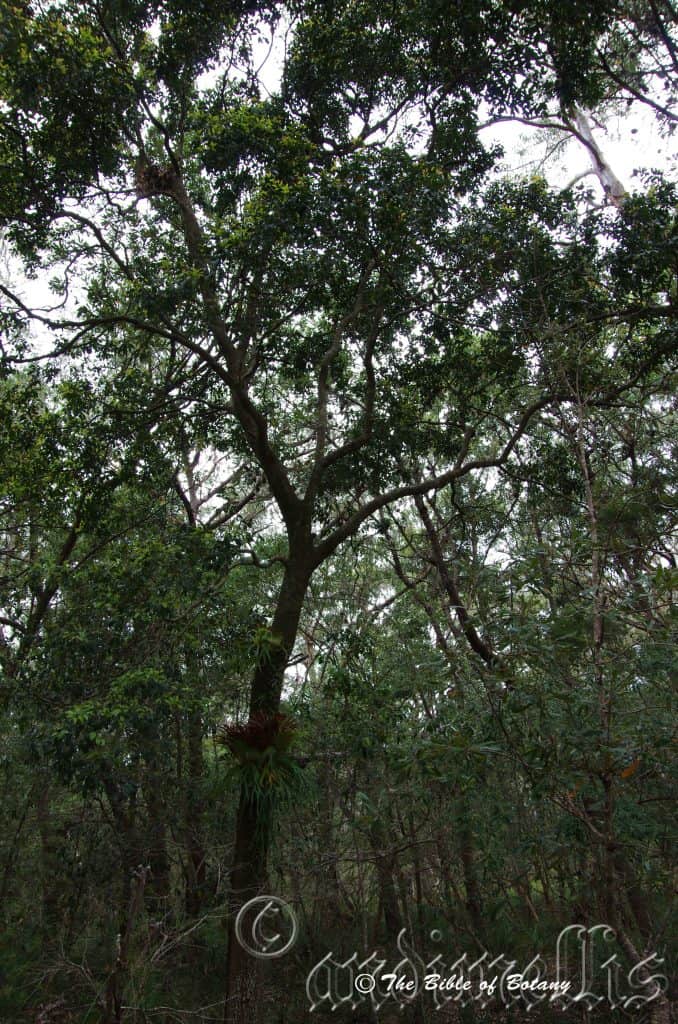
Innes Lake National Park NSW
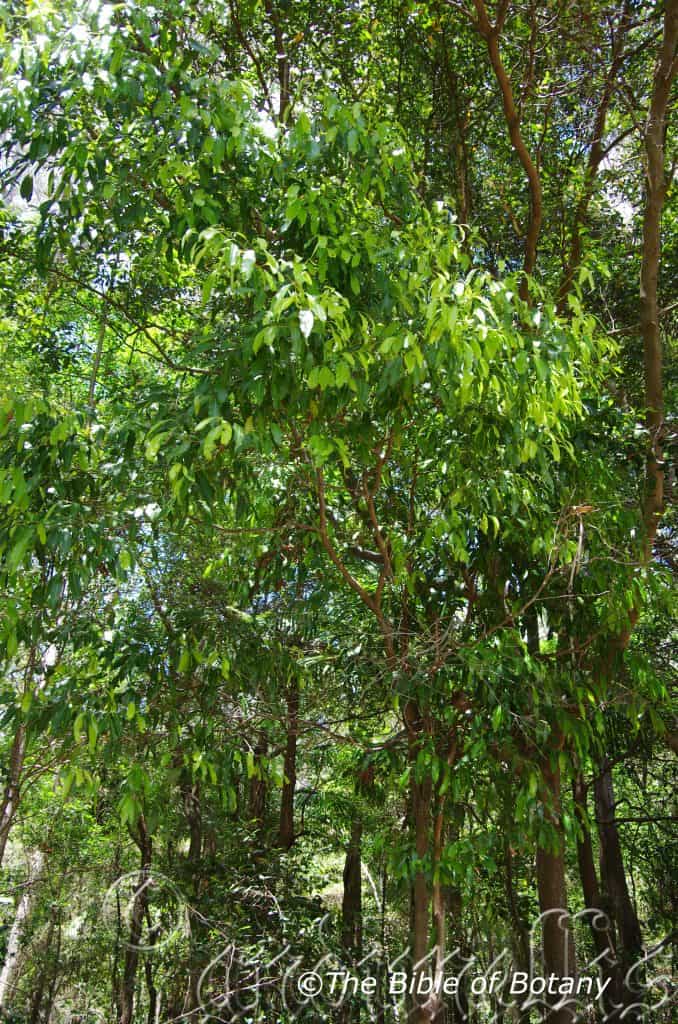
INCBG Coffs Harbour NSW

Innes Lake National Park NSW
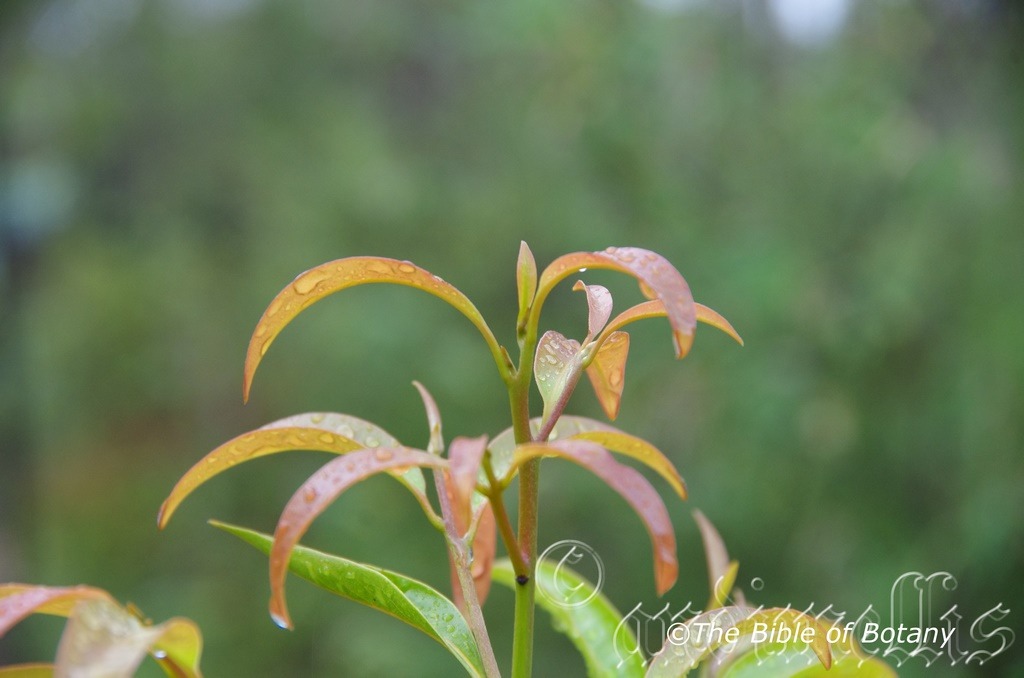
Author’s Garden The Pinnacles NSW
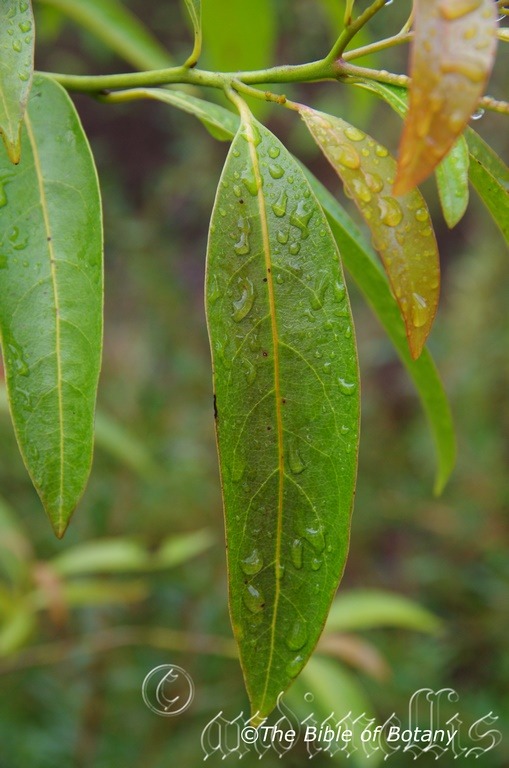
Author’s Garden The Pinnacles NSW
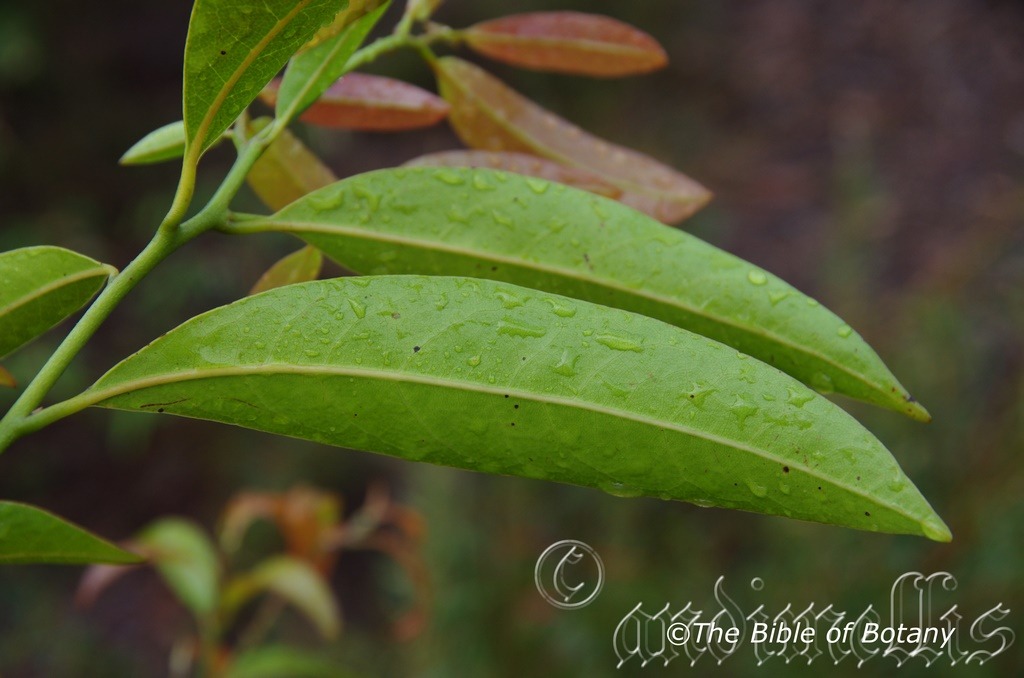
Author’s Garden The Pinnacles NSW
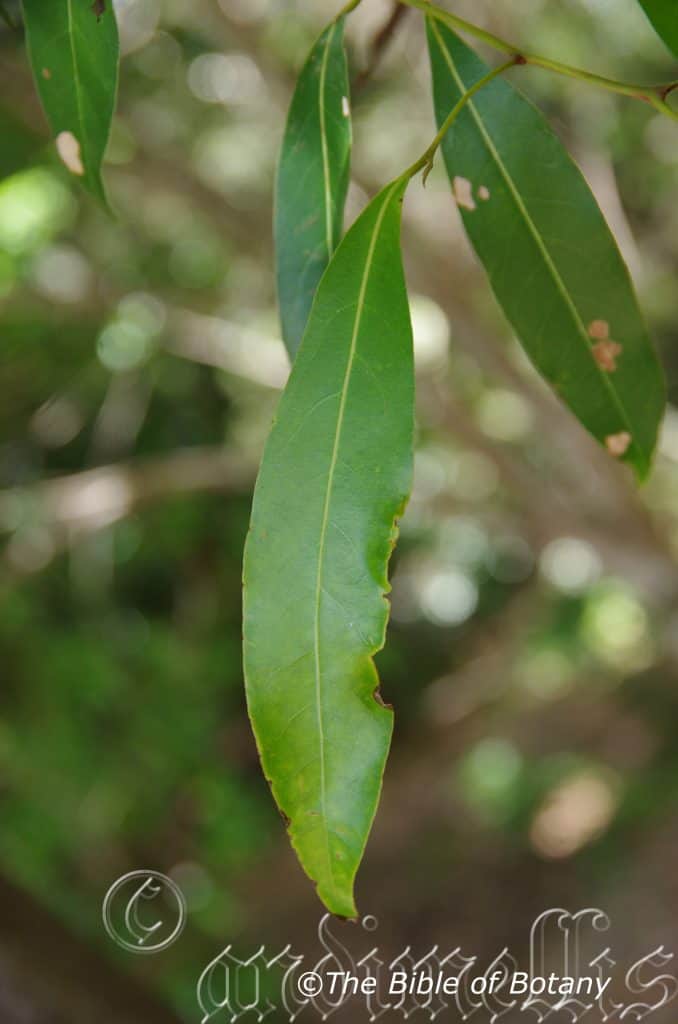
NCBG Coffs Harbour NSW

Innes Lake National Park NSW
Cryptocarya microneura
Classification:
Unranked: Magnoliids
Order: Laurales
Family: Lauraceae
Genus: From Krypto/Krypsis/Krypticos, which are Greek or Crypticus, which is Latin for hidden or concealed and Karyon, which is Ancient Greek for a walnut. It refers to the fruits, which resemble a small walnut hidden among the foliage.
Specie: From Mikros, which is Ancient Greek for small or very small and Neuron, which is Ancient Greek for a nerve. It refers to veins, which are very faint and difficult to see.
Sub specie:
Common Name: Murrogun.
Distribution:
Cryptocarya microneura is found south from the Sunshine Coast in southern coastal Queensland to Turress Heads in southern coastal New South Wales. It is found on and east of the Great Dividing Range.
https://avh.ala.org.au/occurrences/search?taxa=Cryptocarya+microneura#tab_mapView
Habitat Aspect Climate:
Cryptocarya microneura prefer full sun to dappled shade. It grows in warm, temperate, mountainous rainforests and sub-tropical rainforests. It is found on the Great Dividing Range. The altitude ranges from 5 meters ASL to 760 meters ASL.
The temperatures range from minus 2 degrees in August to 36 degrees in January.
The rainfall ranges from lows of 750mm to 2000mm average per annum.
Soil Requirements:
Cryptocarya microneura prefer poorer sandy loams to light gritty or gravelly clays. The soils are usually derived from decomposed shale, sandstone and acidic volcanic rocks. The soils pH ranges from 4.5pH to 6pH. It is not tolerant of waterlogged soils. Non saline soils to moderately saline soils are tolerated.
Height & Spread:
Wild Plants: 8m to 20m by 4m to 6m
Characteristics:
Cryptocarya microneura grows as a large shrub or small tree with pale grey-fawn bark that has longitudinal resinous lumps and markings. The straight trunks are fluted. The branches are pale grey and scabrous while the new growth is mid green to grey-green. The new growth and juvenile stems are pale blue-green and are sparsely covered in caduceus, white, puberulent hairs particularly around the buds.
The alternate lanceolate to elliptical leaves of Cryptocarya microneura measure 62mm to 115mm in length by 20mm to 45mm in width. The petioles measure 4mm to 11mm in length. The bases are cuneate to broad cuneate while the apexes are blunt acuminate. The coriaceous, discolourous laminas are deep green to olive-green semi glossy and sparsely covered in caduceus white puberulent hairs on the upper lamina while the lower laminas are much paler to glaucescent, dull and covered in caduceus white puberulent hairs. The undulating laminas are flat or recurve slightly upwards from the mid vein to the margins and decurve downwards near the apex. The leaf margins are entire. The mid vein and lateral veins are rounded and strongly prominent on the lower laminas while the mid vein is distinctly visible on the upper lamina and the lateral veins are faintly visible. The new growth and juvenile leaves are bright glossy lime green.
The inflorescences of Cryptocarya microneura are born on short panicles from the upper leaf axils. There are 60 to 120 flowers on each panicle. The rachis and pedicels are grey-green. The rachises measure 80mm to 150mm in length while the pedicels measure 2mm to 5mm in length. The pascal olive-yellow perianth tubes are rarely glabrous or more often covered in white puberulent hairs and measure 3.5mm to 4mm in length. The 6 obtuse cream tepals are covered in white puberulent hairs externally and are glabrous internally. The outer 3 tepals measure 1.4mm to 1.7mm in length by 1mm to 1.1mm in width while the inner 3 tepals measure 1.5mm to 1.9mm in length by 1mm to 1.4mm in width.
The 6 cream, glabrous outer filaments measure 0.5mm to 0.6mm in length. The outer anthers are glabrous abaxially and are covered in white puberulent hairs adaxially and measure 0.7mm to 0.8mm in length by 0.5mm to 0.6mm in width. The inner filaments are glabrous and measure 0.6mm to 0.7in length. The inner anthers are glabrous abaxially and covered in white puberulent hairs adaxially measure 0.6mm to 0.8mm in length by 0.3mm to 0.5mm in width.
The ovary measures 1.3mm to 1.4mm in length by 0.7mm to 0.8mm in width. The ovary and style are glabrous or sparsely covered in white puberulent hairs. The flowers appear from September to November.
Cryptocarya microneura fruits are globular to ellipsoidal drupes. The drupes measure 12mm to 14mm in length by 10mm to 14mm diameter. The seeds are typical Cryptocarya in that it is woody, ribbed, ellipsoidal and pointed at both ends. The seeds measure 9mm to 11mm in length by 7mm to 10mm in diameter. The fruits turn black when ripe and ripen in March to July.
Wildlife:
Cryptocarya microneura’s fruit is eaten by possums, native rats and small to medium birds like the Cat birds, Bower birds, Fig Bird, Noisy Minor, pigeons and other fruit eating birds.
Cultivation:
Cryptocarya microneura is a beautiful small tree which has attractive glossy green leaves. It is ideal in a rainforest setting or in gullies where it is protected from winds and weather extremes. When grown in the open the plants grow from 4 meters to 8 meters in height by 4 meters to 6 meters in diameter. The trees are drought resistant and require very little attention once established in the garden making them both attractive and very hardy.
Good black fruiting trees are very attractive when in fruit but fruiting is erratic. If it is given adequate moisture, plenty of mulch for moisture retention and an even soil temperature, applying native fertilizers on a regular basis or in early spring the plants may respond with good flowering over a longer period and may yield good quality fruit with maximum size.
Planted as a large shrub it can be placed to the rear of the garden or along a long wide driveway with other smaller broad green leaf shrubs. They will gain a lot of attention and highlight the other broader green leaf shrubs. Plants with fine or broad pale green leaves with white or yellow flowers can be used in the midground. These colours will contrast better against the deeper bold background.
Cryptocarya microneura make good dense hedges and safe wildlife corridors for birds to travel along. The dense growth offers farmers a great alternative for wind rows and wind breaks between fields as it is not heavy feeders, have a small root run and require little water.
The tree is ideal for starting small rainforest gardens on small or medium size blocks or small dry areas along riparian zones and reverie gullies.
Another advantage is that the bark is suitable for all types of epiphytic plants so small orchids and ferns can be placed in the dense shade of the branches adding colour and interest when grow as a tree.
Propagation:
Seeds: Cryptocarya microneura seeds do not require treatment before sowing. Remove the seeds from the flesh or allow them to ferment and drain. Wash the seeds and sow the fresh seeds directly into a seed raising mix and cover with 5mm of the mix. Place the trays under shade in a warm position and keep moist. When the seedlings are 25mm to 50mm in height, prick them out and plant them into 50mm native tubes using a seed raising mix.
Once the seedlings reach 150mm to 200mm in height plant them out into their permanent position. Mass plantings can be achieved by planting them at 6 meter to 8 meter centers for a rainforest scene or 12 meter to 20 meter centers for a park scene or garden shade trees.
Fertilize using Seaweed, fish emulsion or organic chicken pellets soaked in water on an alternate basis. Fertilize every two months until the plants are established then twice annually in early September or March to maintain health, vitality and better flowering.
Further Comments from Readers:
Hi reader, it seems you use The Bible of Botany a lot. That’s great as we have great pleasure in bringing it to you! It’s a little awkward for us to ask, but our first aim is to purchase land approximately 1,600 hectares to link several parcels of N.P. into one at The Pinnacles NSW Australia, but we need your help. We’re not salespeople. We’re amateur botanists who have dedicated over 30 years to saving the environment in a practical way. We depend on donations to reach our goal. If you donate just $5, the price of your coffee this Sunday, We can help to keep the planet alive in a real way and continue to bring you regular updates and features on Australian plants all in one Botanical Bible. Any support is greatly appreciated. Thank you.
In the spirit of reconciliation we acknowledge the Bundjalung, Gumbaynggirr and Yaegl and all aboriginal nations throughout Australia and their connections to land, sea and community. We pay our respect to their Elders past, present and future for the pleasures we have gained.
Cryptocarya nova-anglica
Classification:
Unranked: Magnoliids
Order: Laurales
Family: Lauraceae
Genus: From Krypto/Krypsis/Krypticos, which are Greek or Crypticus, which is Latin for hidden or concealed and Karyon, which is Ancient Greek for a walnut. It refers to the fruits, which resemble a small walnut hidden among the foliage.
Specie: rom Novae/Novus, which is Latin for new and Anglica, which is Latin for England. It refers to many plants, which originate from the New England district in America or in the New England district in Australia.
Sub specie:
Common Name: Mountain Laurel.
Distribution:
Cryptocarya nova-anglica is found in several disjunct National Parks south from the Guy Fawkes River National Park to the Willii Willi National Park and the Mummei Gulf National Park in New South Wales. There is an isolated population north of the border in Queensland in the Mount Barney National Park to the Macpherson Ranges National Park.
https://avh.ala.org.au/occurrences/search?taxa=Cryptocarya+nova-anglica#tab_mapView
Habitat Aspect Climate:
Cryptocarya nova-anglica prefer full sun to dappled shade. It grows in warm, temperate, mountainous rainforests and sub-tropical rainforests. It is found on the Great Dividing Range. The altitude ranges from 5 meters ASL. to 1350 meters ASL.
The temperatures range from minus 31 degrees in August to 35 degrees in January.
The rainfall ranges from lows of 800mm to 3000mm average per annum.
Soil Requirements:
Cryptocarya nova-anglica prefers better quality loams to medium clays. The soils are usually derived from decomposed basalt. The soils pH ranges from 5pH to 6pH. It is not tolerant of waterlogged soils. Non saline soils to moderately saline soils are tolerated.
Height & Spread:
Wild Plants: 8m to 20m by 6m to 10m
Characteristics:
Cryptocarya nova-anglica grows as a large shrub or small understory tree with pale grey-fawn bark that has longitudinal resinous lumps and markings. The straight trunks are fluted and often have coppice shoots near the base. The branches are pale grey and scabrous while the new growth is mid green to grey-green. The new growth and juvenile stems are orange-yellow and covered in caduceus, fawn puberulent hairs particularly around the buds.
The alternate lanceolate to narrow elliptical leaves of Cryptocarya nova-anglica measure 40mm to 74mm in length by 20mm to 25mm in width. The leaves are larger in the northern plants than southern plants. The bases are broad cuneate while the apexes are blunt acuminate. The coriaceous, discolourous laminas are deep green to sea-green, glabrous and semi glossy to glossy on the upper lamina while the lower laminas are ash-grey, dull and sparsely covered in fawn, caduceus hairs especially along the mid vein. The laminas are flat and decurve downwards near the apex. The leaf margins are entire. The mid vein and 5 to 8 pairs of lateral veins are prominent on the lower laminas and are faintly visible on the upper lamina. The petioles measure 5mm to 9mm in length.
The inflorescences of Cryptocarya nova-anglica are usually born on short racemes or rarely small panicles from the upper leaf axils. The rachis and pedicels are pale mid to deep green. The rachises measure 8mm to 12mm in length while the pedicels measure 1mm to 3mm in length. The cream to pascal pink corollas are glabrous externally and covered in pale fawn puberulent hairs internally and measure 2mm in length. The 6 acute to cream to pascal pink tepals are covered in fawn puberulent hairs. The 3 outer tepals measure 2.4mm to 2.5mm in length by 1.4mm to 1.5mm in width. The inner tepals measure 2.3mm to 2.4mm in length by 1.6mm to 1.7mm in width.
The 6 cream glabrous outer filaments measure 0.9mm to 1mm in length. The outer anthers are covered in fawn puberulent hairs abaxially and are glabrous adaxially. They measure 0.9mm to 1mm in length by 0.6mm to 0.7mm in width. The 6 pale green inner filaments measure 0.9mm in length. The inner anthers are glabrous abaxially and are covered in fawn puberulent hairs adaxially and measure 0.9mm to 1mm in length by 0.5mm to 0.6mm in width.
The ovary measures 1.1mm to 1.2mm in length by 0.6mm to 0.7mm in width. The ovary and style are glabrous. The flowers appear from September to November.
Cryptocarya nova-anglica’s fruits are globular to ellipsoidal drupes. The drupes measure 12.5mm to 15mm in length by 13mm to 13.5mm diameter. The seeds are typical Cryptocarya in that it is woody, ribbed, ellipsoidal and pointed at both ends. The seeds measure 9mm to 10mm in length by 8mm to 9mm in diameter. The green fruits turn glossy black when ripe and ripen in March to July.
Wildlife:
Cryptocarya nova-anglica’s fruit is eaten by possums, native rats and small to medium birds like the Cat birds, Bower birds, Fig Bird, Noisy Minor, pigeons and other fruit eating birds.
Cultivation:
Cryptocarya nova-anglica is a beautiful small tree which has attractive glossy green leaves. It is ideal in a rain forest setting or in gullies where it is protected from winds and weather extremes. When grown in the open the plants grow from 4 meters to 8 meters in height by 4 meters to 6 meters in diameter. The trees are drought resistant and require very little attention once established in the garden making them both attractive and very hardy.
Good black fruiting trees are very attractive when in fruit but fruiting is erratic. If it is given adequate moisture, plenty of mulch for moisture retention and an even soil temperature, applying native fertilizers on a regular basis or in early spring the plants may respond with good flowering over a longer period and may yield good quality fruit with maximum size.
Planted as a large shrub they can be placed to the rear of the garden or along a long wide driveway with other smaller broad green leaf shrubs. They will gain a lot of attention and highlight the other broader green leaf shrubs. Plants with fine or broad pale green leaves with white or yellow flowers can be used in the midground. These colours will contrast better against the deeper bold background.
Cryptocarya nova-anglica makes a good dense hedge and safe wildlife corridors for birds to travel along. The dense growth offers farmers a great alternative for wind rows and wind breaks between fields as it is not heavy feeders, have a small root run and require little water.
The small tree is ideal for starting small rainforest gardens on small or medium size blocks or small dry areas along riparian zones and riverine gullies.
Another advantage is that the bark is suitable for all types of epiphytic plants so small orchids and ferns can be placed in the dense shade of the branches adding colour and interest when grow as a tree.
Propagation:
Seeds: Cryptocarya microneura seeds do not require treatment before sowing. Remove the seeds from the flesh or allow them to ferment and drain. Wash the seeds and sow the fresh seeds directly into a seed raising mix and cover with 5mm of the mix. Place the trays under shade in a warm position and keep moist. When the seedlings are 25mm to 50mm in height, prick them out and plant them into 50mm native tubes using a seed raising mix.
Once the seedlings reach 150mm to 200mm in height plant them out into their permanent position. Mass plantings can be achieved by planting them at 6 meter to 8 meter centers for a rainforest scene or 12 meter to 20 meter centers for a park scene or garden shade trees.
Fertilize using Seaweed, fish emulsion or organic chicken pellets soaked in water on an alternate basis. Fertilize every two months until the plants are established then twice annually in early September or March to maintain health, vitality and better flowering.
Further Comments from Readers:
Hi reader, it seems you use The Bible of Botany a lot. That’s great as we have great pleasure in bringing it to you! It’s a little awkward for us to ask, but our first aim is to purchase land approximately 1,600 hectares to link several parcels of N.P. into one at The Pinnacles NSW Australia, but we need your help. We’re not salespeople. We’re amateur botanists who have dedicated over 30 years to saving the environment in a practical way. We depend on donations to reach our goal. If you donate just $5, the price of your coffee this Sunday, We can help to keep the planet alive in a real way and continue to bring you regular updates and features on Australian plants all in one Botanical Bible. Any support is greatly appreciated. Thank you.
In the spirit of reconciliation we acknowledge the Bundjalung, Gumbaynggirr and Yaegl and all aboriginal nations throughout Australia and their connections to land, sea and community. We pay our respect to their Elders past, present and future for the pleasures we have gained.
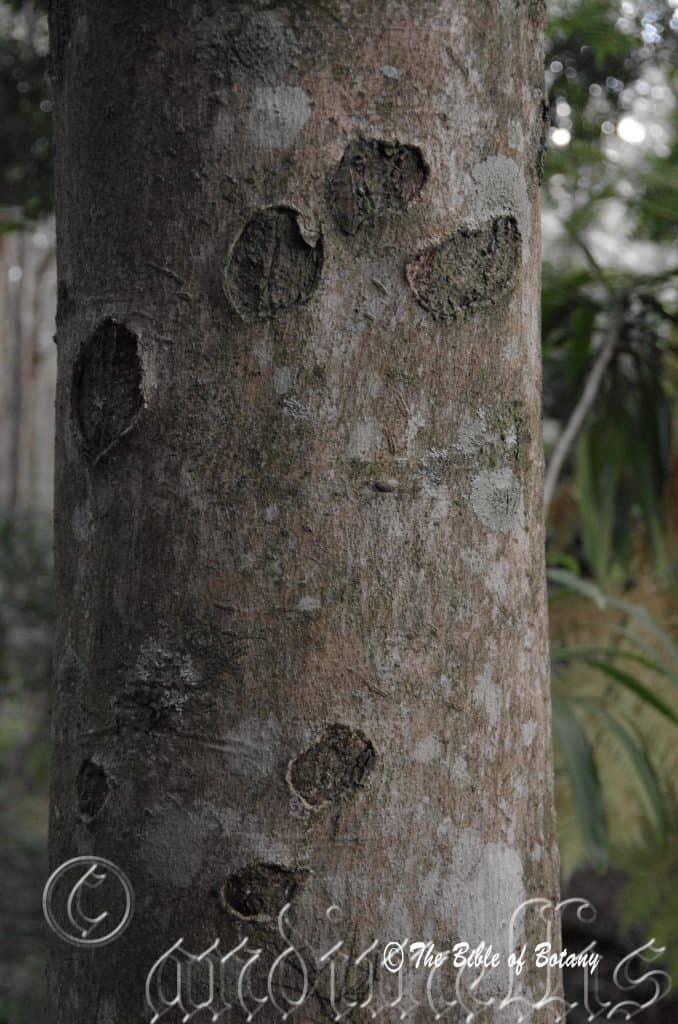
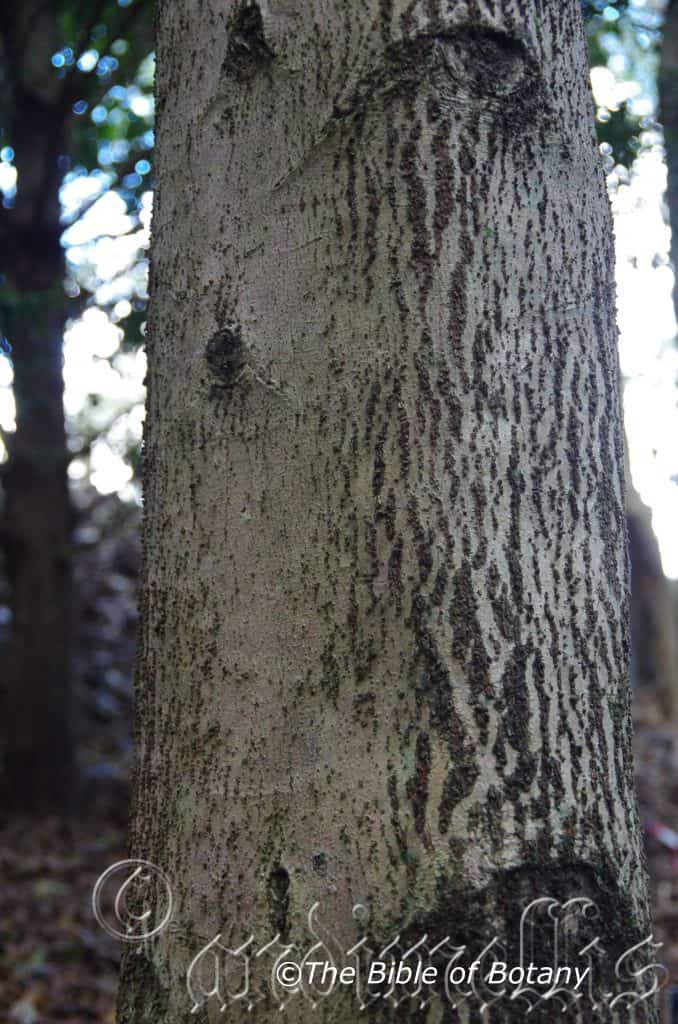
Mount Cootha Botanic Gardens Qld.

Innes Lake National Park NSW

Innes Lake National Park NSW
Cryptocarya obovata
Classification:
Unranked: Magnoliids
Order: Laurales
Family: Lauraceae
Genus: From Krypto/Krypsis/Krypticos, which are Greek or Crypticus, which is Latin for hidden or concealed and Karyon, which is Ancient Greek for a walnut. It refers to the fruits, which resemble a small walnut hidden among the foliage.
Specie: From Ob, which is Latin for orbital and Ovatus which is Latin for an egg shape. It refers to organs, which are somewhat variable but usually takes the shape or form of an egg.
Sub specie:
Common Name: Pepperberry or Pepperberry Laurel.
Distribution:
Cryptocarya obovata is found south from Maryborough in southern coastal Queensland to Gosford in coastal New South Wales. It is found on and east of the Great Dividing Range.
https://avh.ala.org.au/occurrences/search?taxa=Cryptocarya+obovata#tab_mapView
Habitat Aspect Climate:
Cryptocarya obovata prefer full sun to dense shade. It grows from near sea level to lowland mountainous subtropical rainforests and better quality littoral rainforests. It is found on and east of the Great Dividing Range. The altitude ranges from 5 meters ASL. to 700 meters ASL.
The temperatures range from minus 3 degrees in August to 37 degrees in January.
The rainfall ranges from lows of 700mm to 2000mm average per annum.
Soil Requirements:
Cryptocarya obovata prefers better quality loams to medium clays. The soils are usually derived from decomposed black basalt or alluviums. The soils pH ranges from 5pH to 6pH. It is not tolerant of waterlogged soils. Non saline soils to moderately saline soils are tolerated.
Height & Spread:
Wild Plants: 32m to 40m by 10m to 12m
Characteristics:
Cryptocarya obovata grows as a large tree with what looks like a flaky bark. The trunk is buttressed on older trees. The pale grey-brown to fawn bark is glabrous to slightly scabrous and often covered longitudinal pustules. Lichens and mosses often covered the trunk and main branches. The branchlets are pale grey and glabrous while the new growth is deep orange-brown as it approaches the apexes and is densely covered in caduceus, brown hirtellous hairs particularly around the buds.
The alternate oblong to obovate leaves of Cryptocarya obovata measure 50mm to 105mm in length by 20mm to 40mm in width. The deep orange-brown petioles measure 4mm to 14mm in length. The bases are broad cuneate while the apexes are acute to obtuse. The discolourous laminas are deep green to sea-green, semi glossy to glossy and glabrous on the upper laminas while the lower laminas are pale grey and densely covered in white or brown hirtellous hairs. The laminas are flat or recurve slightly upwards from the mid vein to the margins. The lamina is slightly undulating. The leaf margins are entire. The mid vein and lateral veins are strongly prominent on the lower laminas, are deep orange-brown and covered in brown hirtellous hairs and are faintly visible on the upper lamina. The laminas are slightly areolate between the veins.
The new growth and juvenile leaves are bright glossy lime green while the juvenile leaves are larger than mature leaves and have an acute apex.
The inflorescences of Cryptocarya obovata are born on panicles from the terminals. There are 100 plus flowers on each panicle. The rachis and pedicels are deep orange-brown to pale yellow-brown and densely covered in brown or yellow-brown hirtellous hairs. The rachises measure 70mm to 150mm in length while the pedicels measure 0.5mm to 1mm in length. The cream corollas are covered in cream pulverulent hairs both externally and internally and measure 1mm to 1.6mm in length by 1.4mm to 1.6mm in diameter. The 6 oblong with acute-obtuse cream tepals are covered in cream pulverulent hairs. The 3 outer tepals measure 1.8mm to 2mm in length by 0.9mm to 1.3mm in width while the 3 inner tepals measure 1.7mm to 2mm in length by 1.2mm to 1.5mm in width.
The 6 cream, glabrous outer filaments measure 0.4mm to 0.7mm in length. The outer anthers are covered in cream pulverulent hairs abaxially and are glabrous adaxially. They measure 0.7mm to 0.9mm in length by 0.6mm to 0.7mm in width. The 3 glabrous inner filaments measure 0.6mm to 0.9mm in length. The inner anthers are covered in cream pulverulent hairs abaxially or are glabrous while it is glabrous adaxially. They measure 0.8mm to 0.9mm in length by 0.5mm to 0.7mm in width.
The ovary measures 1mm to 1.1mm in length by 0.4mm to 0.5mm in diameter. The ovary and style are covered in cream pulverulent hairs. The flowers appear from late December to early February. Some flowers are sweetly scented while others have no or little fragrance at all.
Cryptocarya obovata fruits are globular drupes. The drupes measure 12mm to 14mm in length by 11mm to 13mm diameter. The seeds are typical Cryptocarya in that it is woody, ribbed, ellipsoidal and pointed at both ends. The seeds measure 9mm to 10mm in length by 8mm to 9mm in diameter. The green fruits turn glossy black when ripe and ripen in March to May.
Wildlife:
Cryptocarya obovata’s wildlife is unknown to the author.
Cultivation:
Cryptocarya obovata is a beautiful large tree which has attractive glossy green leaves. It is ideal in a rain forest setting particularly on alluvial flats. When grown in the open the plants grow from 15 meters to 22 meters in height by 15 meters to 20 meters in diameter. The trees are drought resistant and require very little attention once established in the garden making them both attractive and very hardy.
Good black fruiting trees are very attractive to birds when in fruit but fruiting is erratic. If it is given adequate moisture, plenty of mulch for moisture retention and an even soil temperature, applying native fertilizers on a regular basis or in early spring the plants may respond with good flowering over a longer period and may yield good quality fruit more consistently in the early years.
Cryptocarya obovata make excellent specimen trees. The dense growth offers the gardener a great alternative in large gardens or small acreage to Eucalyptus trees.
The trees are ideal for starting rainforest gardens on small or medium size blocks or small dry areas along riparian zones and riverine gullies.
Another advantage is that the bark is suitable for all types of epiphytic plants so small orchids and ferns can be placed in the dense shade of the branches adding colour and interest when grow as a tree.
Cryptocarya obovata also make interesting additions to the bonsai collection where it is easy to work and live for great ages.
Propagation:
Seeds: Cryptocarya obovata seeds do not require treatment before sowing. Remove the seeds from the flesh or allow them to ferment and drain. Wash the seeds and sow the fresh seeds directly into a seed raising mix and cover with 5mm of the mix. Place the trays under shade in a warm position and keep moist. When the seedlings are 25mm to 50mm in height, prick them out and plant them into 50mm native tubes using a seed raising mix.
Once the seedlings reach 150mm to 200mm in height plant them out into their permanent position. Mass plantings can be achieved by planting them at 6 meter to 8 meter centers for a rainforest scene or 12 meter to 20 meter centers for a park scene or garden shade trees.
Fertilize using Seaweed, fish emulsion or organic chicken pellets soaked in water on an alternate basis. Fertilize every two months until the plants are established then twice annually in early September or March to maintain health, vitality and better flowering.
Further Comments from Readers:
Hi reader, it seems you use The Bible of Botany a lot. That’s great as we have great pleasure in bringing it to you! It’s a little awkward for us to ask, but our first aim is to purchase land approximately 1,600 hectares to link several parcels of N.P. into one at The Pinnacles NSW Australia, but we need your help. We’re not salespeople. We’re amateur botanists who have dedicated over 30 years to saving the environment in a practical way. We depend on donations to reach our goal. If you donate just $5, the price of your coffee this Sunday, We can help to keep the planet alive in a real way and continue to bring you regular updates and features on Australian plants all in one Botanical Bible. Any support is greatly appreciated. Thank you.
In the spirit of reconciliation we acknowledge the Bundjalung, Gumbaynggirr and Yaegl and all aboriginal nations throughout Australia and their connections to land, sea and community. We pay our respect to their Elders past, present and future for the pleasures we have gained.
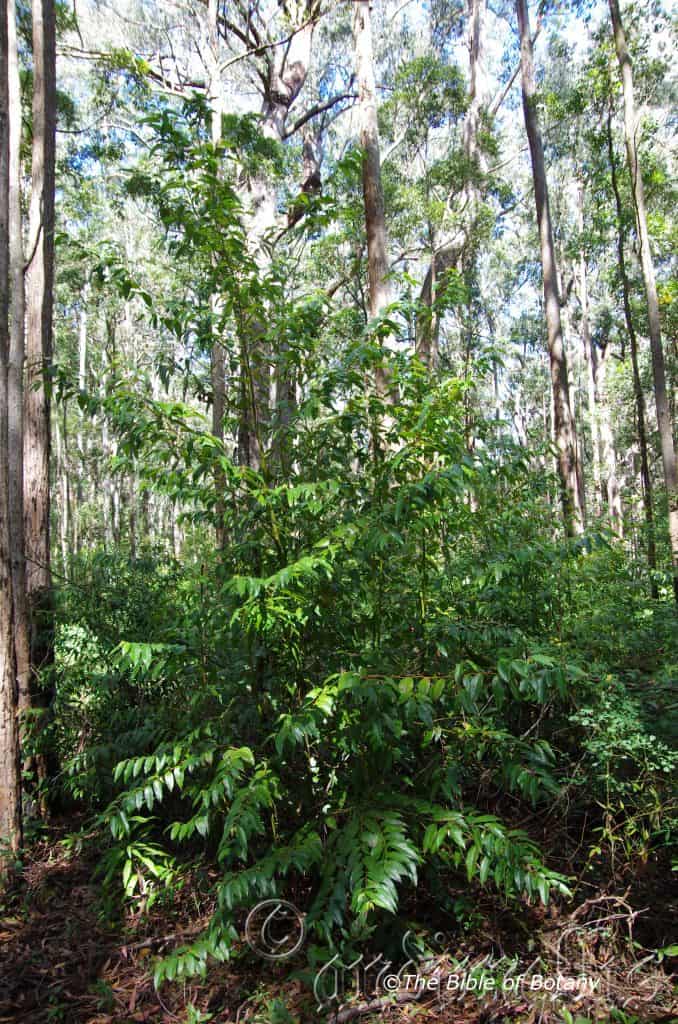
Washpool National Park NSW
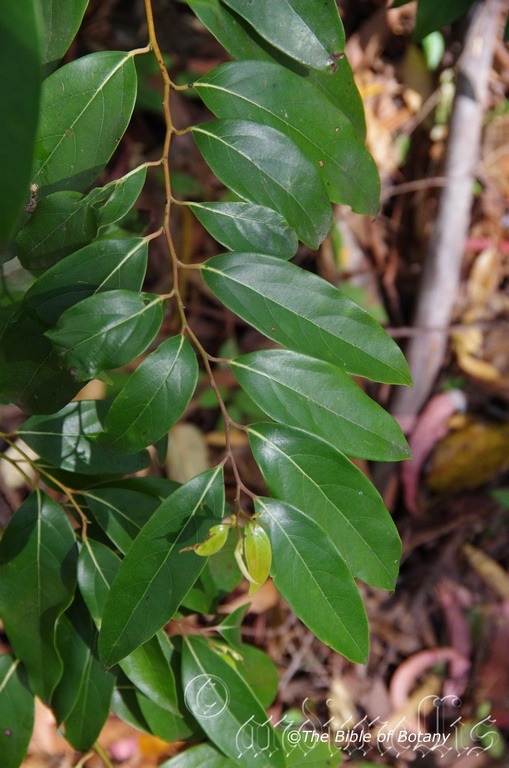
Washpool National Park NSW
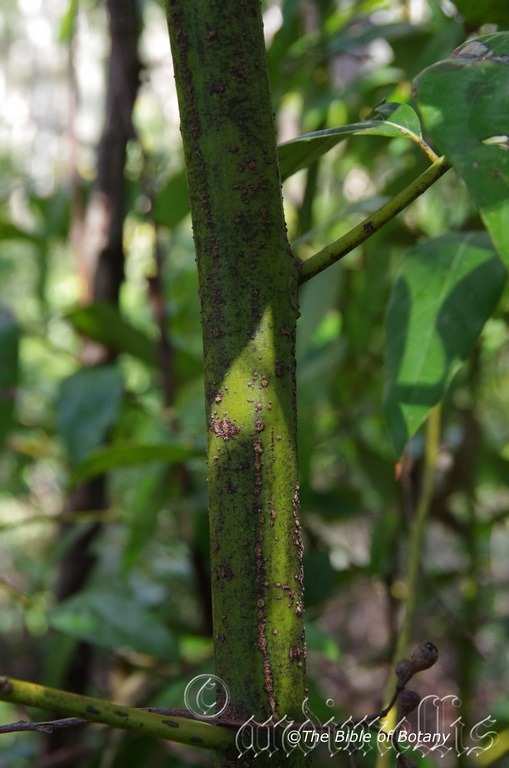
Washpool National Park NSW
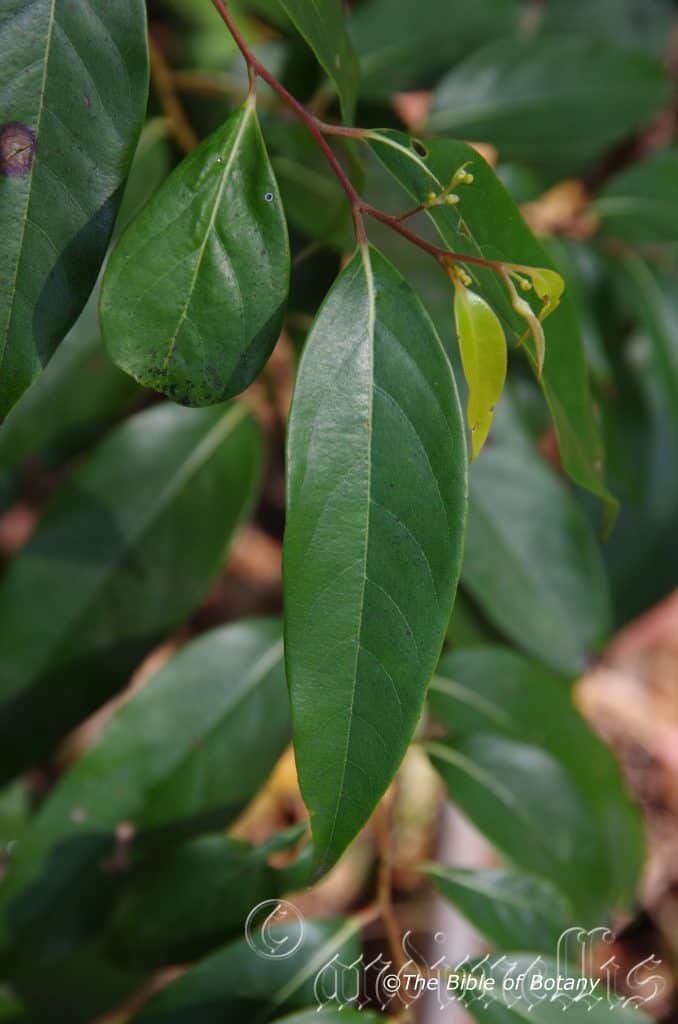
Washpool National Park NSW
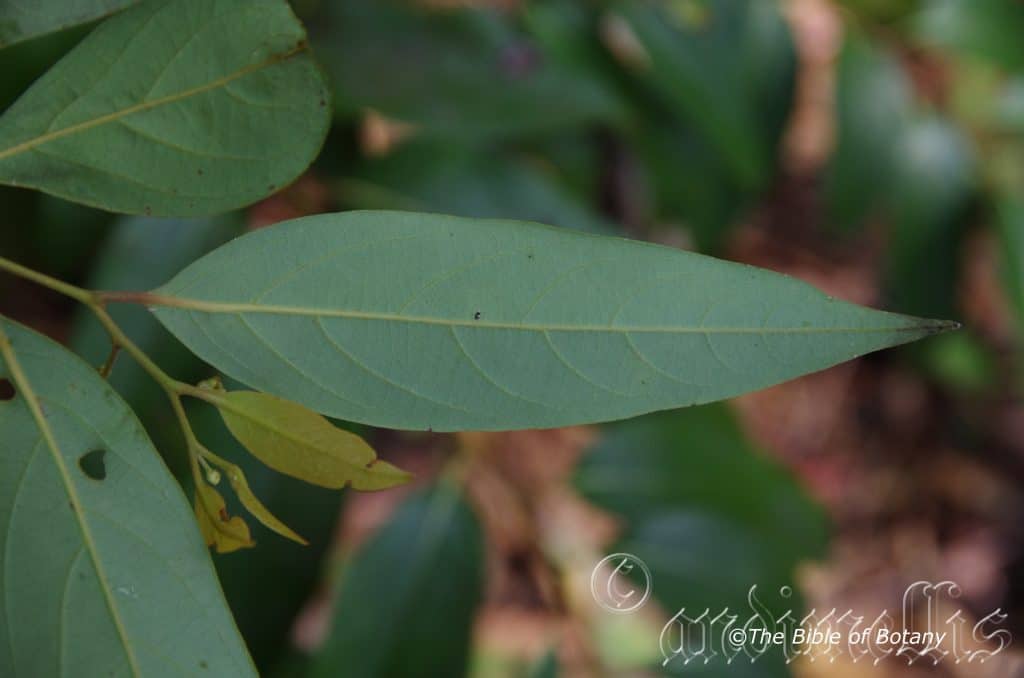
Washpool National Park NSW
Cryptocarya rigida
Classification:
Unranked: Magnoliids
Order: Laurales
Family: Lauraceae
Genus: From Krypto/Krypsis/Krypticos, which are Greek or Crypticus, which is Latin for hidden or concealed and Karyon, which is Ancient Greek for a walnut. It refers to the fruits, which resemble a small walnut hidden among the foliage.
Specie: From Rigins, which is Latin for stiff, unbending or unyielding. It refers to organs usually the stems, which are stiff and unyielding to movement.
Sub specie:
Common Name: Forest Maple.
Distribution:
Cryptocarya rigida is found south of the Macpherson ranges in Queensland to Ourimbah district in central coastal New South Wales. It is found on and east of the Great Dividing Range. There is a disjunct population between Innisfail and Cairns in far north Queensland.
https://avh.ala.org.au/occurrences/search?taxa=Cryptocarya+rigida#tab_mapView
Habitat Aspect Climate:
Cryptocarya rigida prefer full sun to dappled shade. It grows from near sea level to lowland, mountainous, dry subtropical rainforests, warm temperate rainforests and in particular on the margins in moist Eucalyptus forests. It is found on and east of the Great Dividing Range. The altitude ranges from 5 meters ASL. to 700 meters ASL.
The temperatures range from minus 3 degrees in August to 35 degrees in January.
The rainfall ranges from lows of 850mm to 3000mm average per annum.
Soil Requirements:
Cryptocarya rigida prefer better quality fatty sandy loams to medium clays. The soils are usually derived from decomposed brown basalt, black basalt. The soils pH ranges from 5pH to 6pH. It is not tolerant of waterlogged soils. Non saline soils to moderately saline soils are tolerated.
Height & Spread:
Wild Plants: 6m to 20m by 5m to 8m
Characteristics:
Cryptocarya rigida grows as a small tree with grey-brown to fawn bark which is glabrous to slightly scabrous and often covered in darker somewhat corky, tuberculate to papillae lumps. Lichens and mosses often covered the trunk and main branches. The trunks are not buttressed on old trees. The branches and upper trunk are patchy, pale grey-brown and glabrous. The new growth is fluted or angular, olive-green to olive-orange or olive-brown as it approaches the apexes and is covered in caduceus, brown appressed pulverulent hairs particularly around the buds.
The alternate lanceolate, elliptical or narrow ovate leaves of Cryptocarya rigida measure 50mm to 135mm in length by 20mm to 50mm in width. The petioles are covered in fine white pulverulent hairs and measure 5mm to 13mm in length. The symmetrical to slightly asymmetrical bases are cuneate or cuneate with a small attenuation while the apexes are acuminate. The discolourous laminas are deep green to sea-green and semi glossy, glabrous to very sparsely covered in white puberulent hairs on the upper laminas especially along the midvein. The lower laminas are much paler usually glaucous and covered in white or pale rusty-brown erect or appressed pulverulent hairs. The slightly undulating laminas are flat or recurve slightly upwards from the mid vein to the margins and decurve downwards near the apex. The leaf margins are entire. The mid vein and 9 to 15 penniveined lateral veins are prominent on the lower laminas and visible on the upper lamina with the main vein being strongly depressed. The laminas are areolate between the veins.
The new growth and juvenile leaves are bright glossy lime green.
The inflorescences of Cryptocarya rigida are born on short panicles or compound cymes from the upper leaf axils. There are 3 to 11 flowers on each panicle. The rachis and pedicels are pale lime-green to pale blue-green and covered in white pulverulent hairs. The rachises measure 70mm to 150mm in length while the pedicels measure 1.4mm to 2.4mm in length. The creamy green corollas are covered in white pubescent hairs both externally and internally and measure 1.4mm to 1.6mm in length by 1.7mm to 1.8mm in diameter. The 6 acute-obtuse creamy green tepals are covered in white pulverulent hairs externally and are glabrous internally. The tepals measure 1.5mm to 2mm in length by 0.9mm to 1.5mm in width.
The 6 cream, glabrous outer filaments measure 0.5mm to 0.6mm in length. The outer anthers are sparsely covered in white pulverulent hairs abaxially and are glabrous adaxially. They measure 0.8mm to 0.9mm in length by 0.6mm to 0.7mm in width. The 3 glabrous inner filaments measure 0.5mm to 0.7mm in length. The inner anthers are covered in cream pulverulent hairs or are glabrous adaxially. They measure 0.8mm to 0.9mm in length by 0.5mm to 0.6mm in width.
The ovary measures 1.1mm to 1.6mm in length by 0.6mm to 0.7mm in diameter. The ovary and style are covered in white pulverulent hairs. The flowers appear from May to July.
Cryptocarya rigida fruits are usually oblong-pyriform or at times ovoidal or ellipsoidal drupes. The drupes measure 20mm to 24mm in length by 15mm to 18mm diameter. The seeds are typical Cryptocarya in that it is woody, ribbed, ellipsoidal and pointed at both ends. The seeds measure 11mm to 13mm in length by 5mm to 7mm in diameter. The green fruits turn deep purple to purple-navy blue when ripe and ripen in January to May.
Wildlife:
Cryptocarya rigida’s wildlife is unknown to the author.
Cultivation:
Cryptocarya rigida is a beautiful large tree which has attractive glossy green and glaucous leaves. It is ideal for starting small rainforest gardens or as large shrubs in the background of a bush garden. When grown in the open the plants are much smaller than its wild relatives growing from 4 meters to 5 meters in height by 4 meters to 5 meters in diameter or taller if grown in a rainforest situation. The trees are drought resistant and require very little attention once established in the garden making them both attractive and very hardy.
Good deep purple or navy-blue fruiting trees are very attractive when in fruit but fruiting unfortunately is nowhere as prolific as many other species in the genus. If it is given adequate moisture, plenty of mulch for moisture retention and an even soil temperature, applying native fertilizers on a regular basis or in early spring the plants may respond with good flowering over a longer period and may yield better quality fruit more consistently in coming years.
Cryptocarya rigida make excellent specimen trees. The dense growth offers the gardener a great alternative in even in small gardens to small acreage to mallee Eucalyptus.
The tree is ideal for starting rainforest gardens on small or medium size blocks or small dry areas along dry gullies and dry creek beds or slopes.
Another advantage is that the bark is suitable for all types of epiphytic plants so small orchids and ferns can be placed in the dense shade of the branches adding colour and interest when grow as a tree.
Cryptocarya obovata also make interesting additions to the bonsai collection where it is easy to work and live for great ages.
Propagation:
Seeds: Cryptocarya rigida seeds do not require treatment before sowing. Remove the seeds from the flesh or allow them to ferment and drain. Wash the seeds and sow the fresh seeds directly into a seed raising mix and cover with 5mm of the mix. Place the trays under shade in a warm position and keep moist. When the seedlings are 25mm to 50mm in height, prick them out and plant them into 50mm native tubes using a seed raising mix.
Once the seedlings reach 150mm to 200mm in height plant them out into their permanent position. Mass plantings can be achieved by planting them at 5 meter to 8 meter centers for a rainforest scene or 12 meter to 15 meter centers for a park scene or garden shade trees.
Fertilize using Seaweed, fish emulsion or organic chicken pellets soaked in water on an alternate basis. Fertilize every two months until the plants are established then twice annually in early September or March to maintain health, vitality and better flowering.
Further Comments from Readers:
Hi reader, it seems you use The Bible of Botany a lot. That’s great as we have great pleasure in bringing it to you! It’s a little awkward for us to ask, but our first aim is to purchase land approximately 1,600 hectares to link several parcels of N.P. into one at The Pinnacles NSW Australia, but we need your help. We’re not salespeople. We’re amateur botanists who have dedicated over 30 years to saving the environment in a practical way. We depend on donations to reach our goal. If you donate just $5, the price of your coffee this Sunday, We can help to keep the planet alive in a real way and continue to bring you regular updates and features on Australian plants all in one Botanical Bible. Any support is greatly appreciated. Thank you.
In the spirit of reconciliation we acknowledge the Bundjalung, Gumbaynggirr and Yaegl and all aboriginal nations throughout Australia and their connections to land, sea and community. We pay our respect to their Elders past, present and future for the pleasures we have gained.
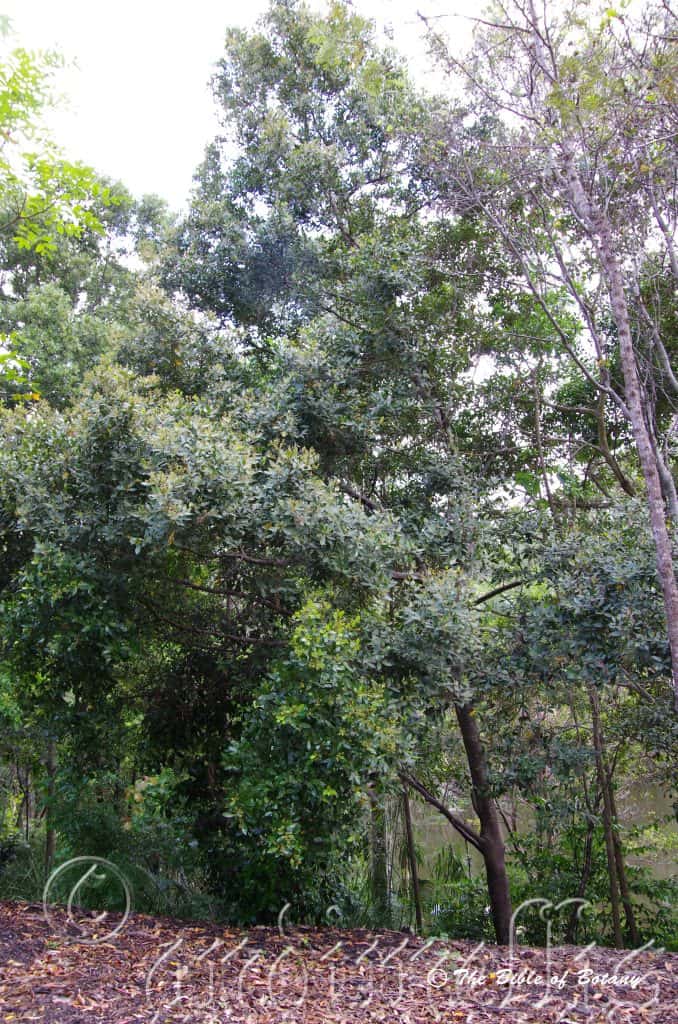
Mount Cootha Botanic Gardens Qld.
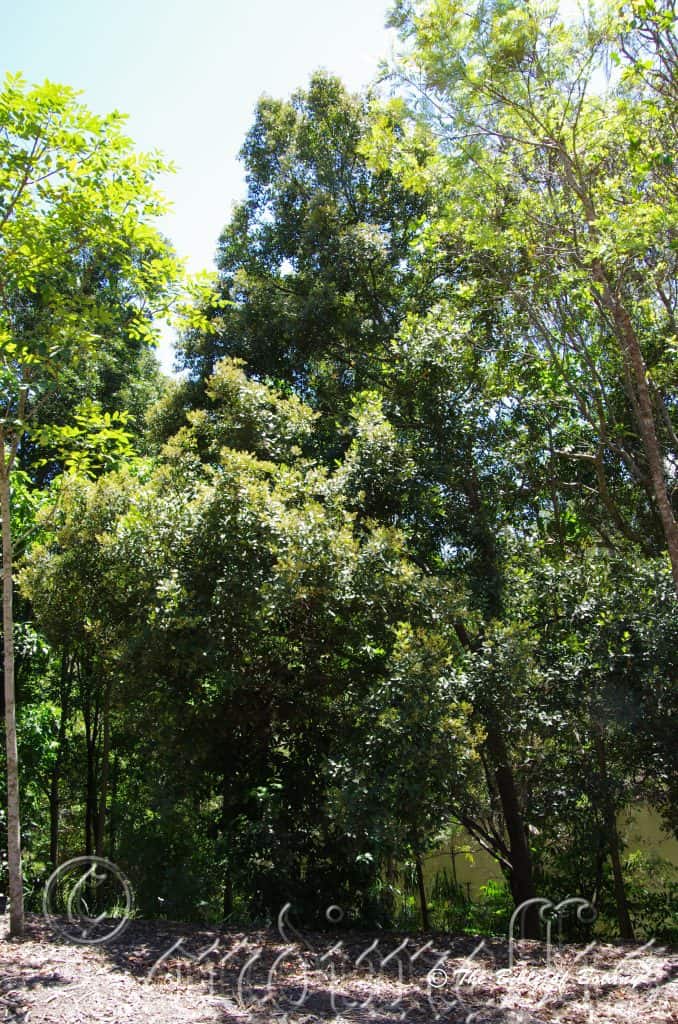
Indigiscapes Capalaba Qld.
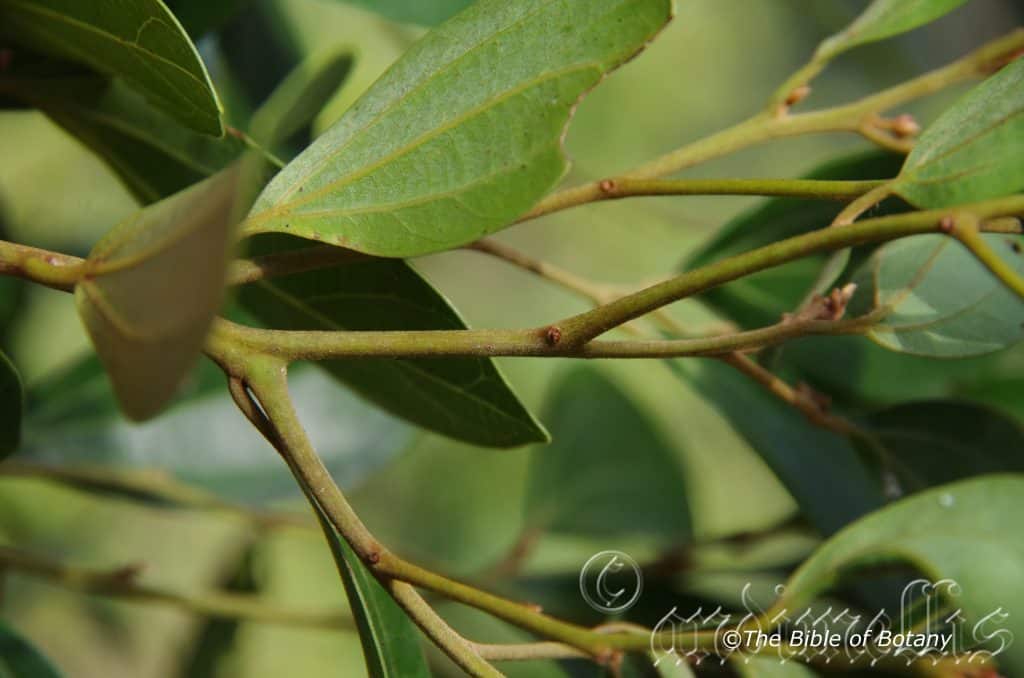
Mount Cootha Botanic Gardens Qld.
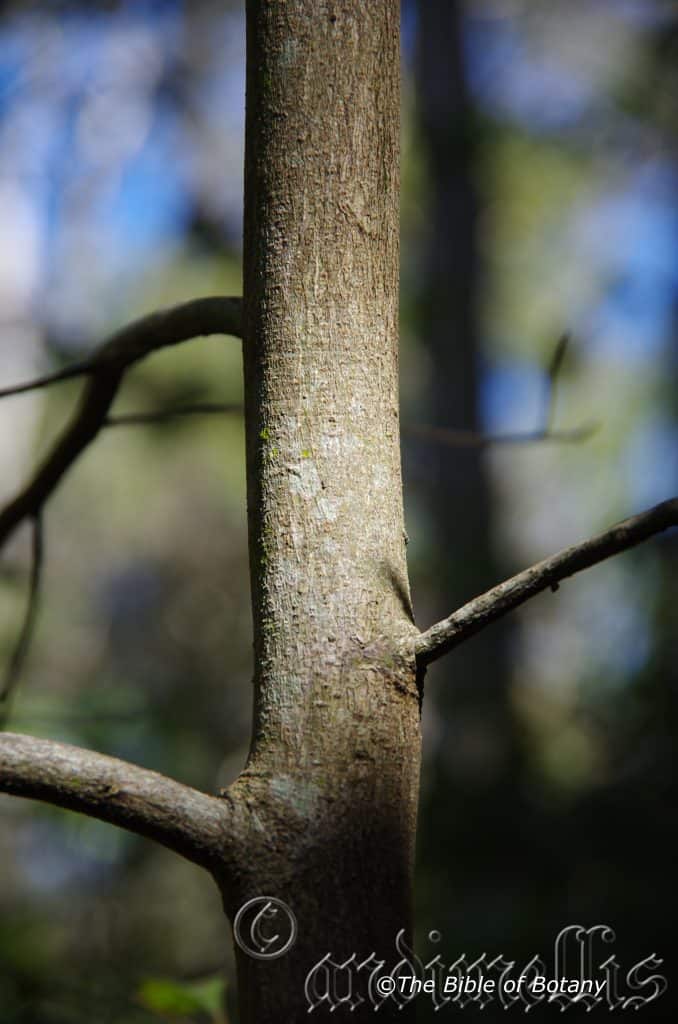
Indigiscapes Capalaba Qld.
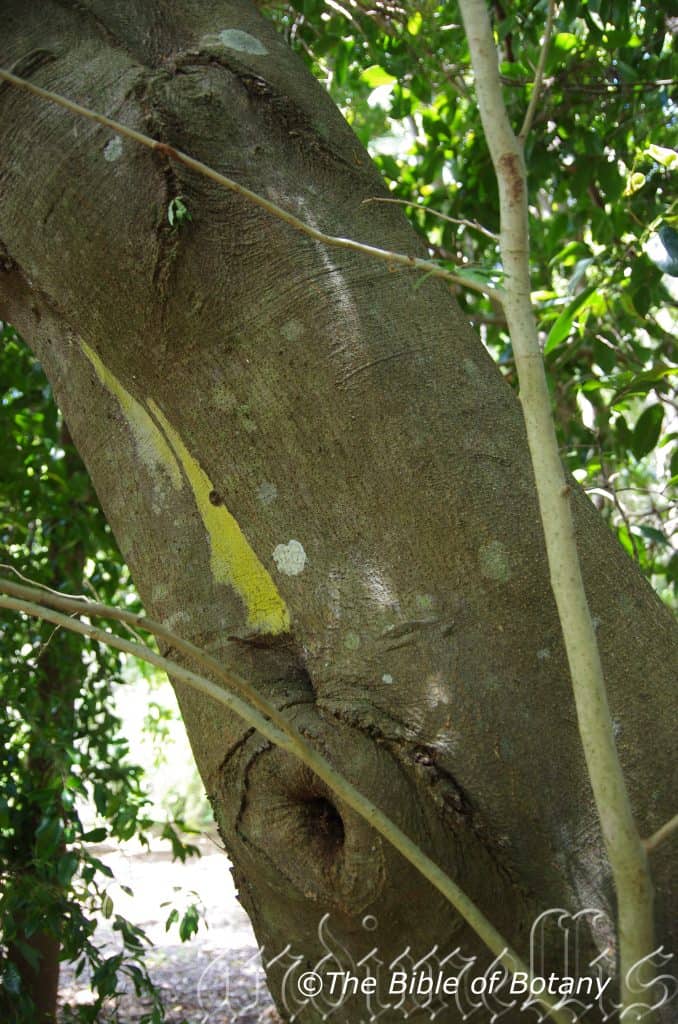
Mount Cootha Botanic Gardens Qld.
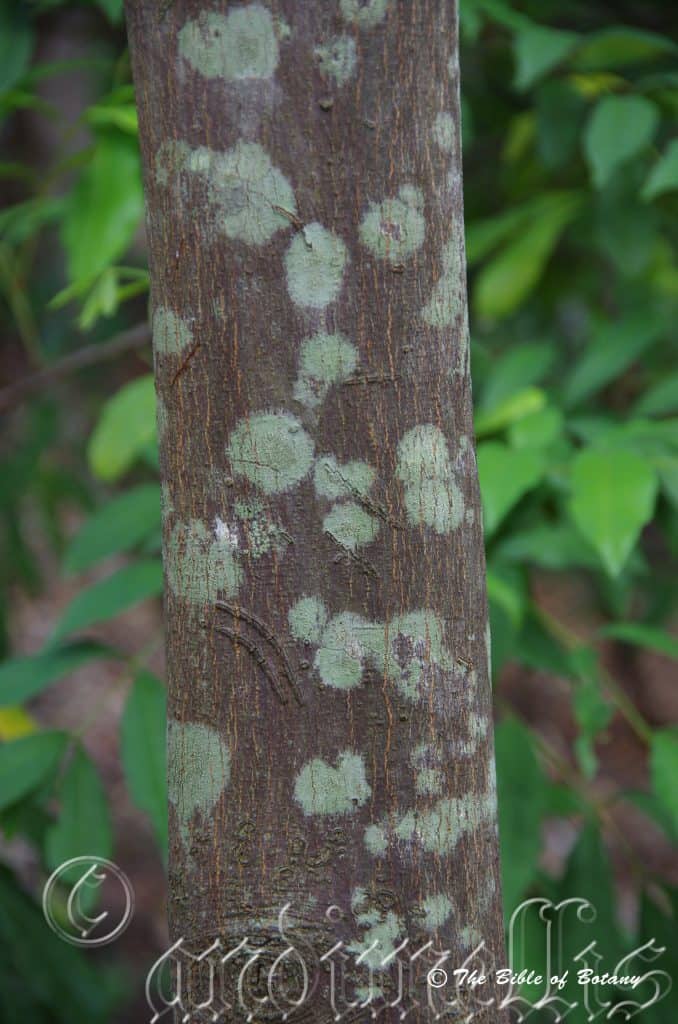
Mount Cootha Botanic Gardens Qld.

Moonee Beach NSW

Moonee Beach NSW
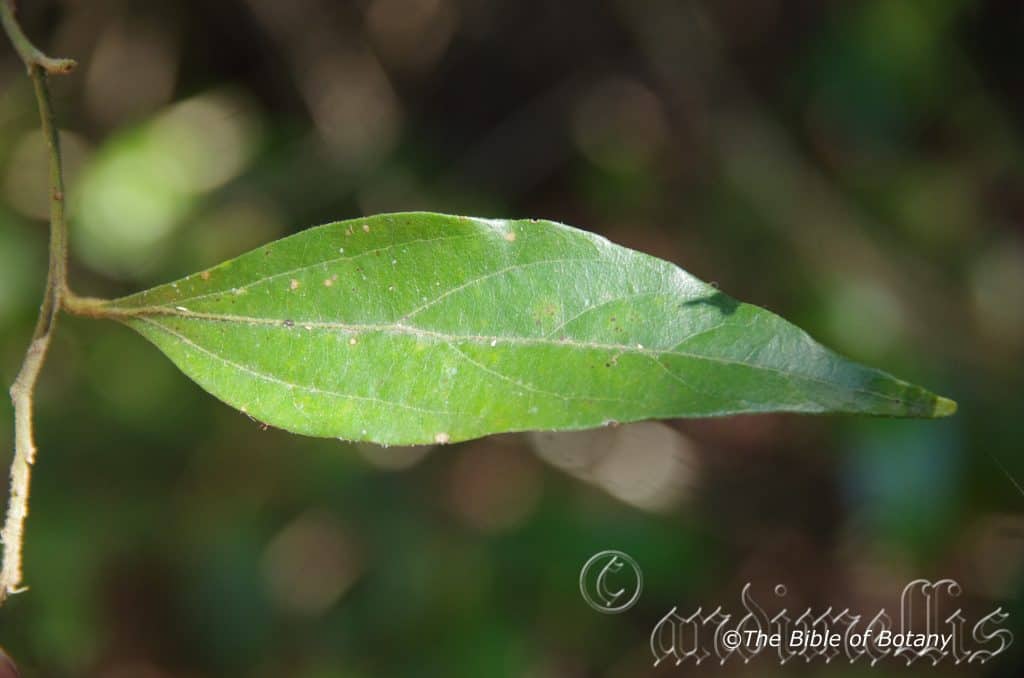
Indigiscapes Capalaba Qld.
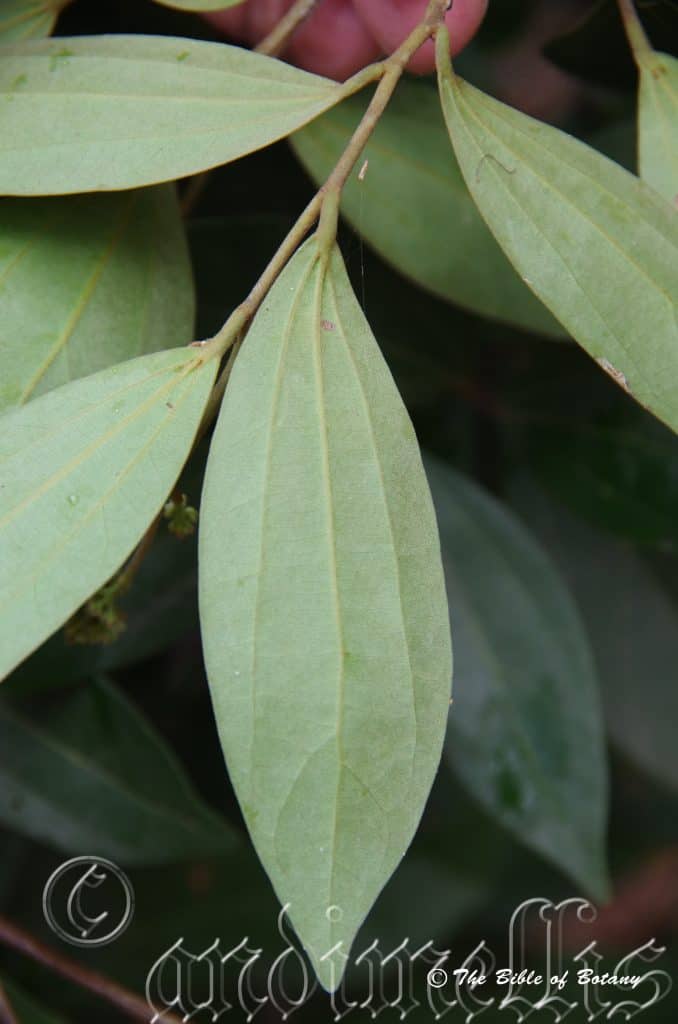
Mount Cootha Botanic Gardens Qld.
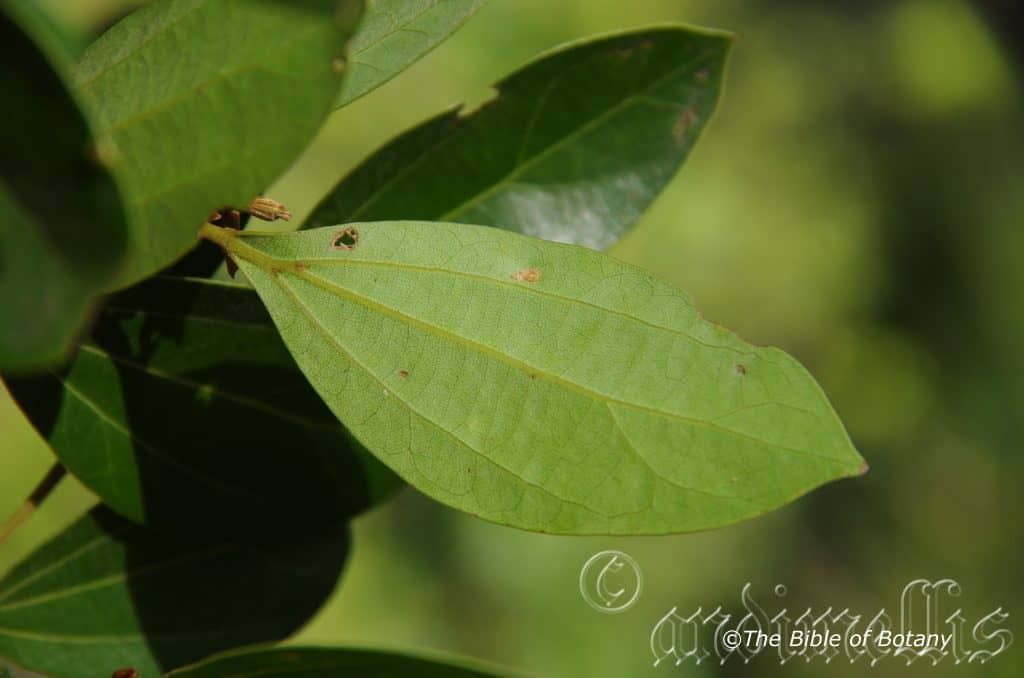
Moonee Beach NSW
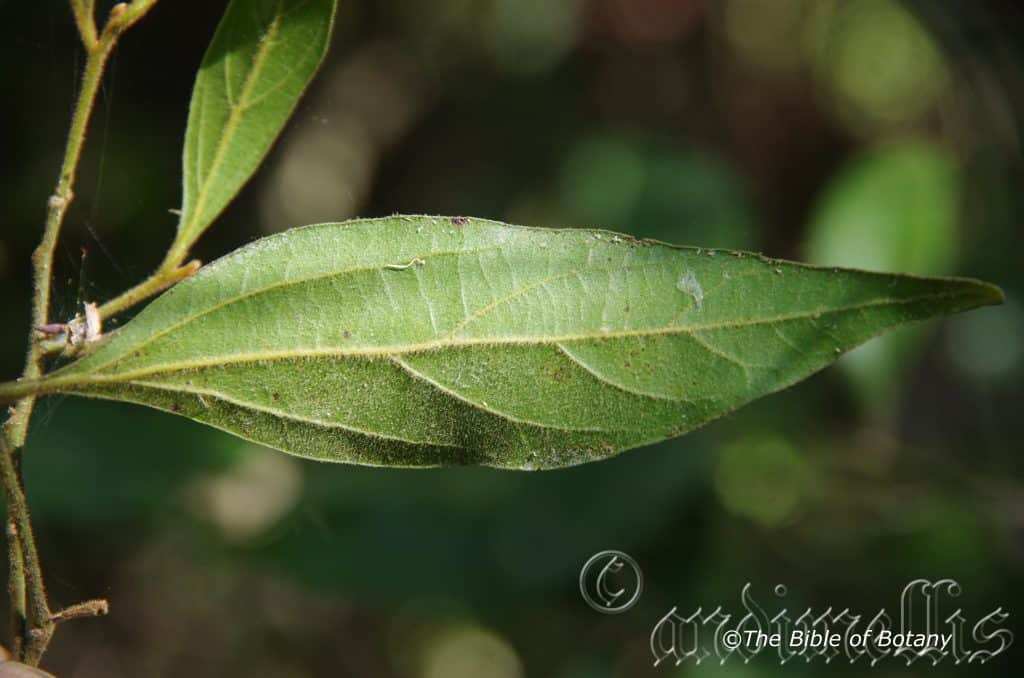
Indigiscapes Capalaba Qld.
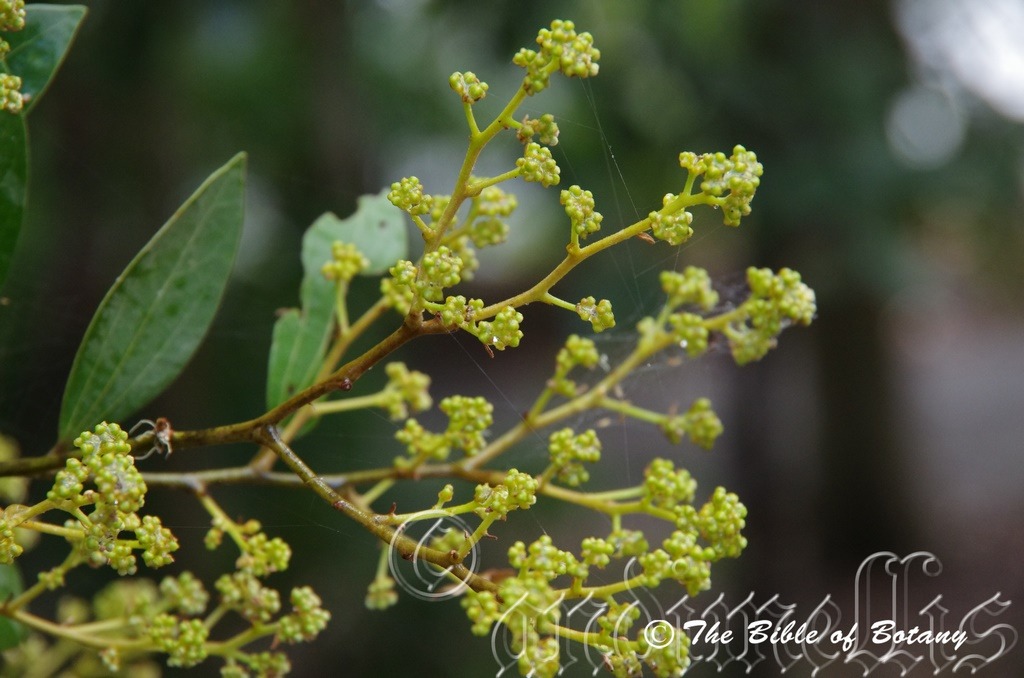
Mount Cootha Botanic Gardens Qld.
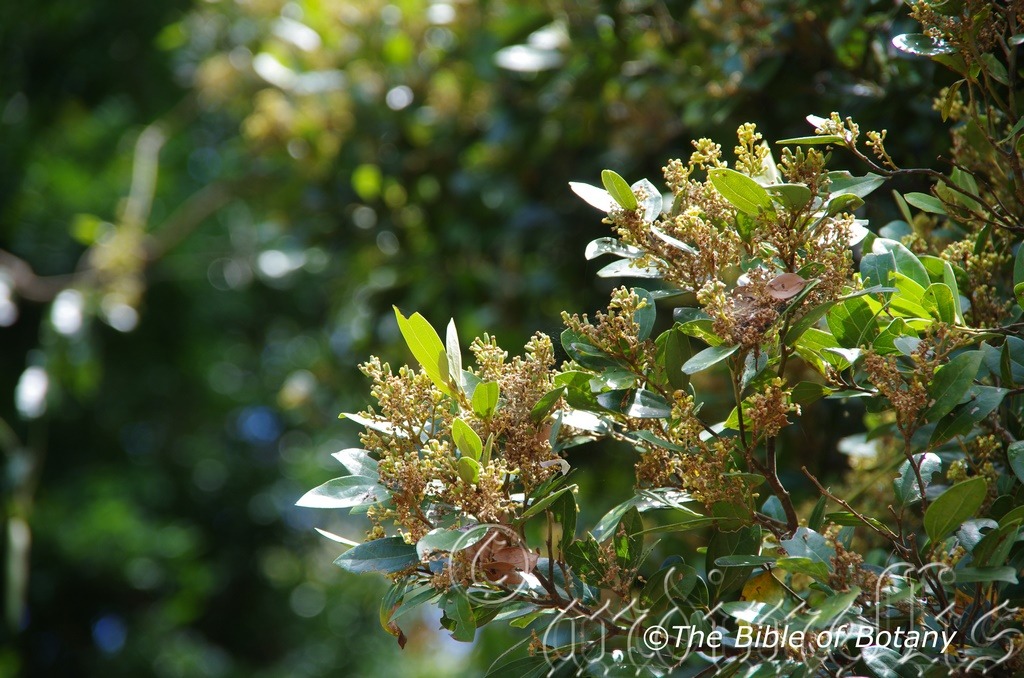
Mount Cootha Botanic Gardens Qld.
Cryptocarya triplinervis
Classification:
Unranked: Magnoliids
Order: Laurales
Family: Lauraceae
Genus: From Krypto/Krypsis/Krypticos, which are From Krypto/Krypsis/Krypticos, which are Greek or Crypticus, which is Latin for hidden or concealed and Karyon, which is Ancient Greek for a walnut. It refers to the fruits, which resemble a small walnut hidden among the foliage.
Specie: From Treis/Tria, which are Ancient Greek or Tri, which is Latin for three and Neuron, which is Ancient Greek or Nervus, which is Latin for a nerve or vein. It refers to leaves or fronds, which have three veins.
Sub specie: Cryptocarya triplinervis subsp. triplinervis From Treis/Tria, which are Ancient Greek or Tri, which is Latin for three and Neoron, which is Ancient Greek or Nervus, which is Latin for a nerve or vein. It refers to leaves or fronds, which have three veins.
Sub specie: Cryptocarya triplinervis subsp. euryphylla. From Eurys, which is Ancient Greek for broad and Phullon/Phyllon, which are Ancient Greek for a leaf. It refers to leaves, phyllodes or fronds which are much broader when compared to other species in the genus.
Sub specie: Cryptocarya triplinervis subsp. pubens. From Pubescens, which is Latin for very soft, short hairs. It refers to structures or organs, which are covered in short, soft, white or pale grey hairs.
Sub specie: Cryptocarya triplinervis subsp. riparia. From Rapa/Rapprum, which are Greek for along a river line or along a shore line. It refers to habitats, which are at the edge of a body of permanent water or at times seasonally flooded locations where permanent ground water may exist. To grow along rills to rivers or estuarine or on the banks of inland billabongs.
Common Name: Brown Laurel.
Distribution:
Cryptocarya triplinervis is found south from the Iron Range Park in north east Queensland’s Cape York Peninsula south to Coffs Harbour. It is found on and east of the Great Dividing Range.
Cryptocarya triplinervis subsp. triplinervis is found on and east of the Great Dividing Range from Cape York Peninsula in far north Queensland south to Coffs Harbour in New South Wales.
Cryptocarya triplinervis subsp. euryphylla is found on and east of the Great Dividing Range from the tip of Cape York Peninsula in far north Queensland south to South West Rocks in New South Wales.
Cryptocarya triplinervis subsp. pubens is found on and east of the Great Dividing Range from Cairns in far north Queensland south to Grafton in New South Wales.
Cryptocarya triplinervis subsp. riparia is found on and east of the Great Dividing Range from Cape York Peninsula to Mackay in far north Queensland.
https://avh.ala.org.au/occurrences/search?taxa=Cryptocarya+triplinervis#tab_mapView
Habitat Aspect Climate:
Cryptocarya triplinervis are small trees which prefer full sun to dappled shade. It grows in lowland mountain rain forests, in riverine rainforests and are a common species in littoral rainforests close to the coast. The altitude ranges from 5 meters ASL. to 760 meters ASL.
The temperatures range from minus 4 degrees in July to 38 degrees in January.
The rainfall ranges from lows of 800mm to 3000mm average per annum.
Soil Requirements:
Cryptocarya triplinervis prefers soils that have a high sand content to light gravelly clays which are derived from decomposed sandstones, basalts and shales. The soils pH ranges from 5.5pH to 6.5pH. It is not tolerant of waterlogged soils. Non saline soils to moderately saline soils are tolerated.
Height & Spread:
Wild Plants: 12m to 16m by 4m to 6m
Characteristics:
Cryptocarya triplinervis’s trunk is glabrous, grey and often covered in lichens and mosses. The terete branchlets are olive green.
Cryptocarya triplinervis sub sp. triplinervis’s new growth on juvenile foliage and branchlets are rusty red turning olive green and densely covered in white pubescent or erect or appressed hirsute hairs.
Cryptocarya triplinervis sub sp. pubens’s new growth on juvenile foliage and branchlets is rusty red turning olive green and densely covered in rusty villose hairs.
The alternate broad lanceolate to ovate leaves of Cryptocarya triplinervis measure 30mm to 125mm in length by 20mm to 45mm in width. The petioles are flat on the upper surface 9mm to 12mm long and rusty tomentose. The bases are cuneate to broadly cuneate while the apexes are broadly acute. The new leaves are red brown and densely covered in white pubescent to tomentose hairs almost velvety before turning green and becoming glabrous. The lamina is flat to curving upwards from the mid vein. The leaf margins are entire. The two main veins and the mid vein are slightly prominent on both laminas and at least level with the upper lamina.
The discolourous laminas of Cryptocarya triplinervis sub sp. triplinervis are deep glossy green on the upper lamina while the lower lamina is usually covered in white hispid or strigose hairs. Domatia are usually present and are located between the axils of the primary veins and the main lateral veins when present.
The discolourous laminas of Cryptocarya triplinervis sub sp. pubens are deep glossy green on the upper lamina while the lower lamina is usually covered in white to fawn erect or appressed pilose hairs. Domatia are absent.
Inflorescences of Cryptocarya triplinervis are born on short panicles or compound cymes from the upper leaf axils. There are 3 to 11 flowers on each panicle. The rachis and pedicels are pale lime-green to pale blue-green and covered in white pubescent hairs. The rachises measure 70mm to 150mm in length while the pedicels measure 1.4mm to 2.4mm in length. The creamy green corollas are covered in white pulverulent hairs both externally and internally and measure 1.2mm to 2.7mm in length by 0.9mm to 1.2mm in diameter. The 6 acute-obtuse creamy green tepals are covered in white pulverulent hairs externally and are glabrous internally. The tepals measure 1.4mm to 2.2mm in length by 0.7mm to 1.8mm in width.
The 6 cream, glabrous outer filaments measure 0.3mm to 0.8mm in length. The outer anthers are sparsely covered in white pulverulent hairs abaxially and are glabrous adaxially. They measure 0.5mm to 0.8mm in length by 0.4mm to 0.7mm in width. The 3 glabrous inner filaments measure 0.3mm to 0.8mm in length. The inner anthers are covered in cream pulverulent hairs or are glabrous adaxially. They measure 0.5mm to 0.8mm in length by 0.3mm to 0.5mm in width.
The ovary measures 0.9mm to 1.4mm in length by 0.5mm to 0.6mm in diameter. The ovary and style are covered in white pulverulent hairs. The flowers appear from November to early February.
The fruits Cryptocarya triplinervis of are ellipsoidal berries. The berries measure 8mm to 14mm long by 6.5mm to 12mm wide. The apex has a distinct nipple and areola. The green fruits turn glossy black when ripe and ripen in November to early February.
Wildlife:
Cryptocarya triplinervis’s leaves are eaten by several different butterflies of which the Charaxes latona butterfly is the most common. Others include Graphium sarpedon, Charaxes latona and Graphium macleayanus.
Cultivation: Cryptocarya triplinervis is one of those trees that are very much underrated by gardeners but responds very favourably to a gardener’s attention. Try using the trees in irregular patterns on the lawn or as a central feature of four, five or six trees. Branches can be trimmed from an early stage to allow quicker growth so you can walk below the trees and enjoy the shade they provide or do some gardening. It is not a tree to grow on very sandy sights as they fail to respond to any attention given. Trees planted on heavy clay are slow to establish but once establish seem to need very little attention.
The trees would make very good accent trees in front of low set commercial or industrial sheds where it will break up hard rigid architectural lines and give warmth and breadth to a building. In front of high rise buildings they give balance especially where they could be grown in curves meandering to the entry doors or for something different used from the front of the path and meander back to the far corners with shrubs or flowers planted between the trees and the building and the trees and the nature strip.
Another advantage is that the bark is suitable for all types of epiphytic plants so small orchids and ferns can be placed in the dense shade of the branches adding colour and interest.
Propagation:
Seeds: Cryptocarya triplinervis seeds do not require treatment before sowing. Remove the seeds from the flesh or allow them to ferment and drain. Wash the seeds and sow the fresh seeds directly into a seed raising mix and cover with 5mm of the mix. Place the trays under shade and keep moist not wet. When the seedlings are 25mm to 50mm tall, prick them out and plant them into 50mm native tubes using a seed raising mix.
Once the seedlings reach 150mm to 200mm in height plant them out into their permanent position. Mass plantings can be achieved by planting them at 6 meter to 10 meter centers.
Fertilize using Seaweed, fish emulsion or organic chicken pellets soaked in water on an alternate basis. Fertilize every two months until the plants are established then twice annually in early September or March to maintain health, vitality and better flowering.
Further Comments from Readers:
Hi reader, it seems you use The Bible of Botany a lot. That’s great as we have great pleasure in bringing it to you! It’s a little awkward for us to ask, but our first aim is to purchase land approximately 1,600 hectares to link several parcels of N.P. into one at The Pinnacles NSW Australia, but we need your help. We’re not salespeople. We’re amateur botanists who have dedicated over 30 years to saving the environment in a practical way. We depend on donations to reach our goal. If you donate just $5, the price of your coffee this Sunday, We can help to keep the planet alive in a real way and continue to bring you regular updates and features on Australian plants all in one Botanical Bible. Any support is greatly appreciated. Thank you.
In the spirit of reconciliation we acknowledge the Bundjalung, Gumbaynggirr and Yaegl and all aboriginal nations throughout Australia and their connections to land, sea and community. We pay our respect to their Elders past, present and future for the pleasures we have gained.
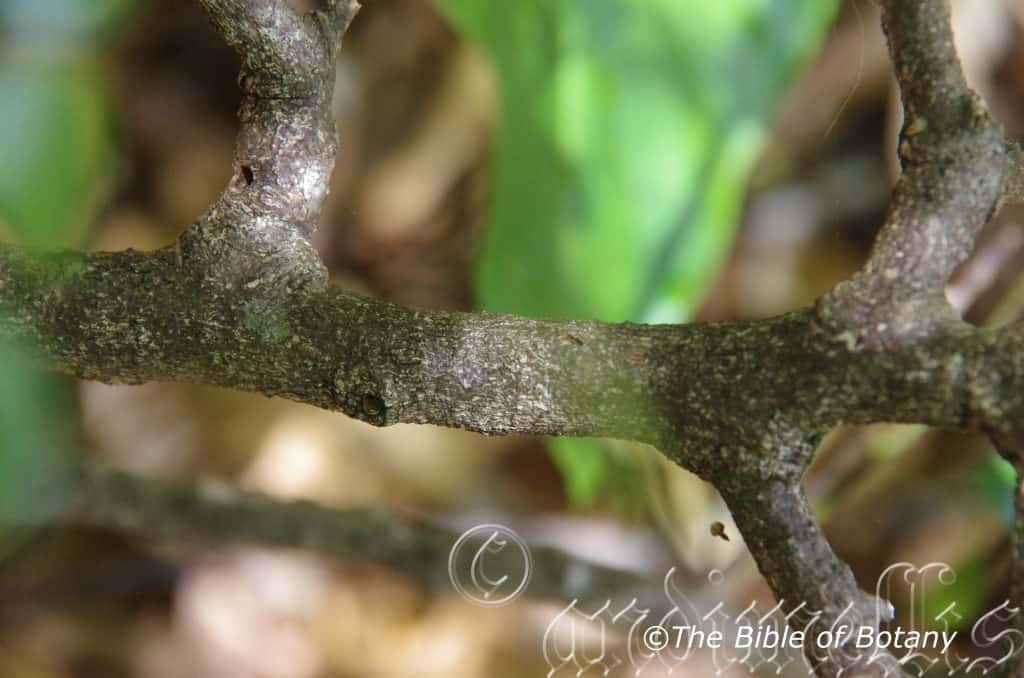
NCBG Coffs Harbour NSW

NCBG Coffs Harbour NSW
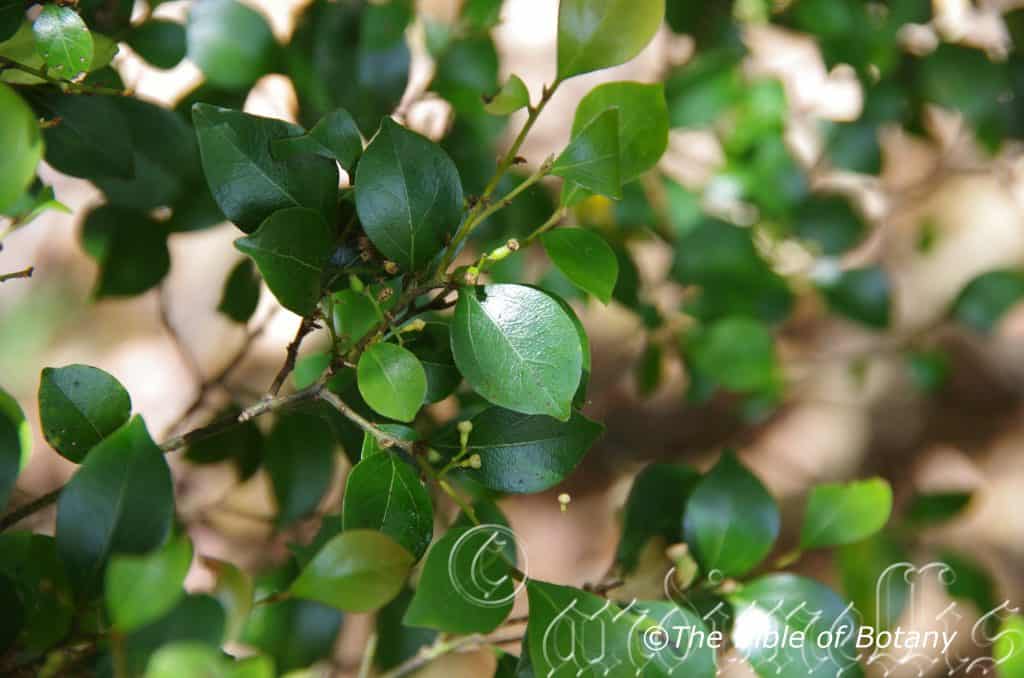
NCBG Coffs Harbour NSW
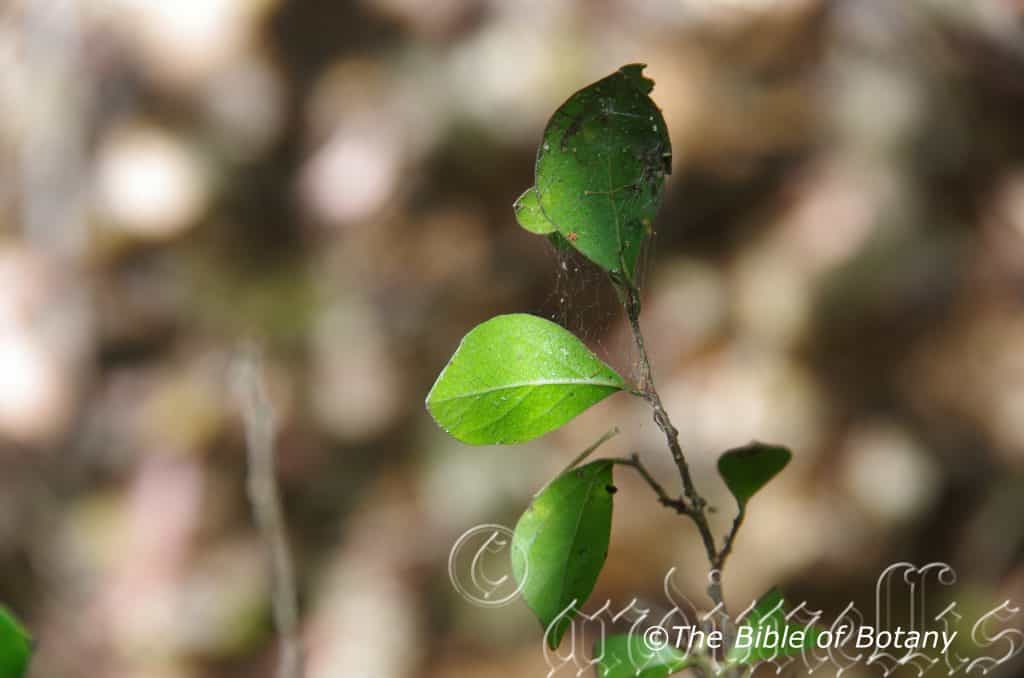
NCBG Coffs Harbour NSW
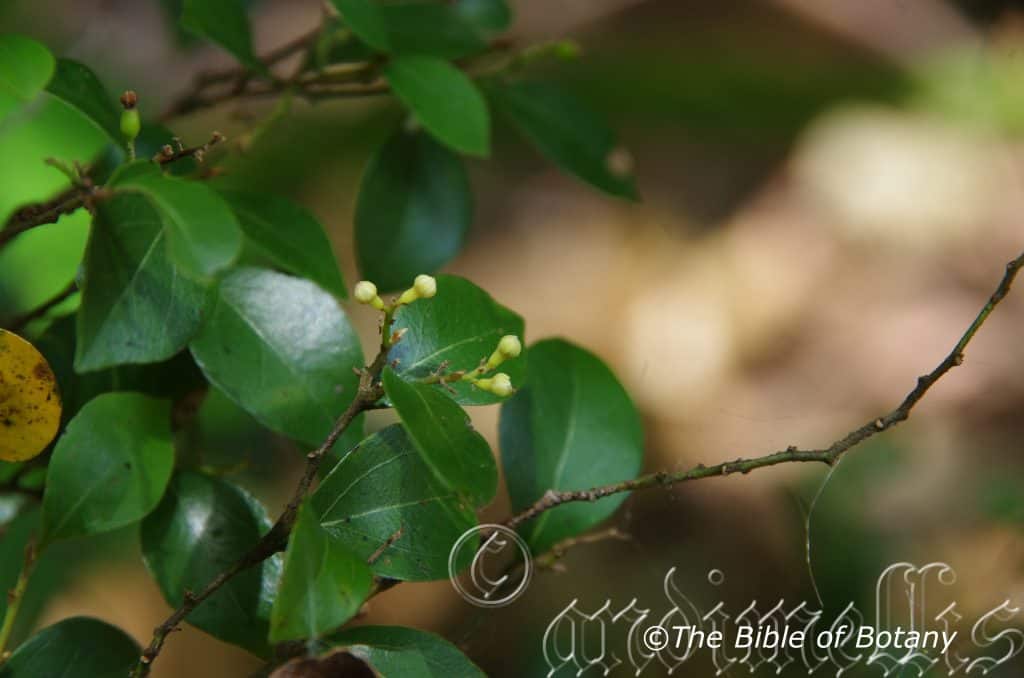
NCBG Coffs Harbour NSW
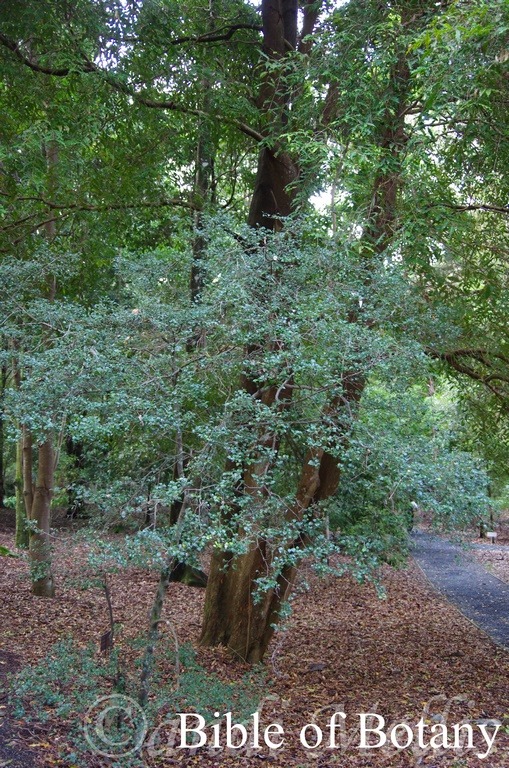
NCBG Coffs Harbour NSW
Cryptocarya williwilliana
Classification:
Unranked: Magnoliids
Order: Laurales
Family: Lauraceae
Genus: From Krypto/Krypsis/Krypticos, which are Greek or Crypticus, which is Latin for hidden or concealed and Karyon, which is Ancient Greek for a walnut. It refers to the fruits, which resemble a small walnut hidden among the foliage.
Specie: From Williwilli, which is Latinized from the local Aboriginal vernacular for the Willi Willi district and Ana/Ensis, which is Latin for to originate from. It refers to plants, which were first discovered in the Willwilli National Park west of Kempsey in New South Wales. Willai is from the local Dunghutti Aboriginal language and means possum so Willia would mean place of many possums. )
Sub specie:
Common Name:
Distribution:
Cryptocarya williwilliana is restricted to a small area in the Macleay valley west of Kempsey in central eastern New South Wales.
https://avh.ala.org.au/occurrences/search?taxa=Cryptocarya+williwilliana#tab_mapView
Habitat Aspect Climate:
Cryptocarya williwilliana prefer full sun to dappled shade. It grows in warm, temperate, mountainous rainforests rainforests. It is found on the Great Dividing Range. The altitude ranges from 300 meters ASL. to 750 meters ASL.
The temperatures range from minus 3 degrees in August to 33 degrees in January.
The rainfall ranges from lows of 1000mm to 1600mm average per annum.
Soil Requirements:
Cryptocarya williwilliana prefer better quality loams to medium clays. The soils are usually derived from decomposed basalt. The soils pH ranges from 5pH to 6pH. It is not tolerant of waterlogged soils. Non saline soils to moderately saline soils are tolerated.
Height & Spread:
Wild Plants:3m to 8m by 3m to 4m
Characteristics:
Cryptocarya williwilliana grows as a large shrub or small understory tree with pale grey-fawn glabrous to scabrous bark. The straight trunk is often fluted with many coppice shoots near the base. The branches are pale grey and glabrous while the branchlets are mid green to grey-green to olive-green.
The alternate ovate to broad elliptic leaves of Cryptocarya williwilliana measure 15mm to 40mm in length by 5mm to 20mm in width. The olive-green petioles measure 1mm to 4mm in length. The bases are cuneate while the apexes are acute. The coriaceous, discolourous laminas are deep green to sea-green, glabrous and semi glossy to glossy on the upper lamina while the lower laminas are grey-green, dull and sparsely covered in fawn, caduceus puberulent hairs especially along the mid vein and on juvenile plants. The laminas are flat or recurve upwards from the mid vein to the margins and decurve downwards on the apical quarter. The leaf margins are entire. The mid vein is prominent while the 6 to 10, rarely 4 lateral veins are faintly to slightly prominent on the lower lamina and only the mid vein is faintly visible on the upper lamina. The laminas are finely areolate between the reticulated veins on the upper laminas.
The inflorescences of Cryptocarya williwilliana are usually born on short racemes or rarely small panicles from the upper leaf axils. The rachis and pedicels are mid olive-green. The rachises measure 8mm to 12mm in length while the pedicels measure 1mm to 3mm in length. The white or rarely corollas are glabrous externally and covered in pale fawn puberulent hairs internally and measure 2mm to 2.5mm in length.
The 6 cream glabrous outer filaments measure 0.9mm to 1mm in length. The ovary measures 1.1mm to 1.2mm in length by 0.6mm to 0.7mm in width. The ovary and style are glabrous. The flowers appear from August to October.
Cryptocarya williwilliana fruits are globose drupes. The drupes measure 9mm to 11mm in length by 9mm to 11mm diameter. The seeds are typical Cryptocarya in that it is woody, faintly ribbed, ellipsoidal and pointed at both ends. The seeds measure 8mm to 9mm in length by 8mm to 9mm in diameter. The green fruits turn glossy black when ripe and ripen in February to April.
Wildlife:
Cryptocarya williwilliana’s fruits are eaten by possums, native rats and small to medium birds like the Cat birds, Bower birds, Fig Bird, Noisy Minor, pigeons and other fruit eating birds.
Cultivation:
Cryptocarya williwilliana is a beautiful small tree which has attractive glossy green leaves. It is ideal in a small backyard rainforest setting or in gullies where it is protected from winds and weather extremes. When grown in the open the plants grow from 4 meters to 8 meters in height by 4 meters to 5 meters in diameter. The tree is drought resistant and require very little attention once established in the garden making them both attractive and very hardy.
Good black fruiting trees are very attractive when in fruit but fruiting is probably erratic as is the case with most Cryptocarya specie. If it is given adequate moisture, plenty of mulch for moisture retention and an even soil temperature, applying native fertilizers on a regular basis or in early spring the plants may respond with good flowering over a longer period and may yield good quality fruit with maximum size.
Planted as a large shrub it can be placed to the rear of the garden or along a long wide driveway with other smaller broad green leaf shrubs. It will gain a lot of attention and highlight the other broader pale green leaf shrubs. Plants with fine or broad pale green leaves with white or yellow flowers can be used in the mid ground. These colours will contrast better against the deeper bold background.
Cryptocarya williwilliana would make a good dense hedge and safe wildlife corridors for small birds to travel along. The dense growth offers farmers a great alternative for wind rows and wind breaks between fields as it is not heavy feeders, have a small root run and require little water.
Another advantage is that the bark is suitable for most types of epiphytic plants so small orchids and ferns can be placed in the dense shade of the branches adding colour and interest when grown as a tree.
Propagation:
Seeds: Cryptocarya williwilliana seeds do not require treatment before sowing. Remove the seeds from the flesh or allow them to ferment and drain. Wash the seeds and sow the fresh seeds directly into a seed raising mix and cover with 5mm of the mix. Place the trays under shade in a warm position and keep moist. When the seedlings are 25mm to 50mm in height, prick them out and plant them into 50mm native tubes using a seed raising mix.
Once the seedlings reach 150mm to 200mm in height plant them out into their permanent position. Mass plantings can be achieved by planting them at 6 meter to 8 meter centers for a rainforest scene or 12 meter to 20 meter centers for a park scene or garden shade trees.
Fertilize using Seaweed, fish emulsion or organic chicken pellets soaked in water on an alternate basis. Fertilize every two months until the plants are established then twice annually in early September or March to maintain health, vitality and better flowering.
Further Comments from Readers:
Hi reader, it seems you use The Bible of Botany a lot. That’s great as we have great pleasure in bringing it to you! It’s a little awkward for us to ask, but our first aim is to purchase land approximately 1,600 hectares to link several parcels of N.P. into one at The Pinnacles NSW Australia, but we need your help. We’re not salespeople. We’re amateur botanists who have dedicated over 30 years to saving the environment in a practical way. We depend on donations to reach our goal. If you donate just $5, the price of your coffee this Sunday, We can help to keep the planet alive in a real way and continue to bring you regular updates and features on Australian plants all in one Botanical Bible. Any support is greatly appreciated. Thank you.
In the spirit of reconciliation we acknowledge the Bundjalung, Gumbaynggirr and Yaegl and all aboriginal nations throughout Australia and their connections to land, sea and community. We pay our respect to their Elders past, present and future for the pleasures we have gained.
Cryptostylis erecta
Classification:
Phylum: Charophyta
Class: Equisetopsida
Subclass: Magnoliidae
Superorder: Lilianae
Order: Asparagales
Family: Orcidaceae
Genus: From Krypto/Krypsis/Krypticos, which are Greek or Cripticus, which is Latin for hidden or concealed and Stylus which is Ancient Greek for a column or pillar. It refers to the style being concealed amongst the other flowering organs.
Specie: From Erectus, which is Latin for upright in posture. It refers to plants, structures or organs very erect.
Sub specie:
Common Name: Bonnet Orchid or Tartan Tongue Orchid.
Distribution:
Cryptostylis erecta is found in several disjunct populations, south from Mackay in coastal central Queensland to Mora in coastal northern Victoria. Further north it is found in the Byfield National Park. It is mainly found on and east of the Great Dividing Range although there are 2 populations found further west in the Carnarvon National Park in Queensland and Narrabri in New South Wales.
https://avh.ala.org.au/occurrences/search?taxa=Cryptostylis+erecta#tab_mapView
Habitat Aspect Climate:
Cryptostylis erecta prefer medium shade to dappled sunlight. It grows in dry sclerophyll forests behind the coastal sand dunes and sandy flats in sheltered positions on the adjacent ranges. It is usually found from sea level to around 150 meters ASL except for the far southern population which is at 450 meters ASL.
The temperatures range from minus 1 degree in July to 36 degrees in January.
The rainfall ranges from lows of 650mm to 1600mm average per annum.
Soil Requirements:
Cryptostylis erecta prefer better quality sandy loams to light gritty or stony clays. The soils are usually derived from decomposed sandstone or accumulated sands. The soils pH ranges from 5.5pH to 6.5pH. It does not tolerate waterlogged soils. Non saline soils to slightly saline soils are tolerated.
Height & Spread:
Wild Plants: 0.6m to 0.02m by 0.8m to 0.05m when in flower.
Characteristics:
Cryptostylis erecta are terrestrial orchids that grow in small clonal groups to dense colonies. The few, long, thick, off white to pale grey roots are stolonoid and remain in the upper layer of mulch and top soil. The tuber is associated with a symbiotic Mycorrhizal relationship between the orchid and a certain bacteria or fungi.
The 1 to 3 usually 2 elliptical to narrow lanceolate leaves of Cryptostylis erecta have a cuneate base awhile the apex is acute. The leaves measures 60mm to 130mm in length by 13mm to 32mm in width. The petioles measure 15mm to 90mm in length. The concolourous or discolourous laminas are mid green to deep green, dull and glabrous on the upper laminas while the lower laminas are similar or tinged purple often more so at the base. The laminas are basically flat with a deep wide furrow along the mid rib. The mid rib is strongly prominent on the lower lamina and is distinctly visible from the upper lamina. The margins are entire.
The inflorescences of Cryptostylis erecta is an erect flower spike. The glabrous mid green spike measures 150mm to 800mm in length. The 2 to12 individual flowers are born on a petiole which measures 7mm to 12mm in length not including the faintly ribbed ovary which measures 6mm to 10.5mm in length. The mid grass-green clasping sheaths measure 8mm to 13mm in length. The flower is obliquely erect, purplish-red and white, with translucent areas and measures 36mm to 60mm in length by 8mm to 11.5mm in width overall.
The linear to narrow lanceolate lateral sepals are divaricate and have an acute apex. It is mid grass-green. The glabrous lateral sepals measure 9mm to 13mm in length by 1.3mm to 2.5mm in width. The margins are revolute.
The dorsal sepal is pendant and has an acute apex. It is mid grass-green. The dorsal sepal measures 18mm to 25mm in length by 4mm to 5mm in width when laid out. The margins are revolute.
The lateral, mid grass-green petals are erect with an acute apex. The linear lateral petals measure 18mm to 25mm in length by 2.6mm to 3mm in width. The margins are revolute.
The tubular labellum is contracted just above the base to enclose the column where it then is abruptly erect and very broad. It is strongly concaved to form an erect shield. The tube and lamina are pale olive-green with a few reddish-maroon blotches either side of the midrib and on the mid rib itself. The remainder of the hood is covered in reddish-maroon striations. There is a broad reddish-maroon to burgundy-maroon band near the base while the hood is glabrous or covered in minute white puberulent hairs. The lamina measures 20mm to 35mm length by 10mm to 15mm in width. The anterior margins are recurved to about 45 degrees. The margins are undulating to covered in small obtuse teeth. The deflexed auricles measure 5mm to 7.5mm in length and taper at the apex.
The column’s wings are not connected behind the anther and remain separated for their entire length. The wing’s margins are irregularly toothed. The column separates and is raised on either side of the anther and rejoins about halfway to the apex. The flowers appear from September to April.
The fruits of Cryptostylis erecta are unknown to the author.
Wildlife:
Cryptostylis erecta is pollinated by pseudocopulation where the orchid mimics the female Ichneumon wasp, Lissopimpla excelsa by emitting sex pheromones; hence it entices the males, which in turn performs a courting and mating ritual with the flower.
Cultivation:
Cryptostylis erecta is impossible to grow it in cultivation probably due to the fact that it is a saprophytic orchid. It prefers and flourish in periods when the spring and summers are drier and the autumn and winters are wet. If you are fortunate enough to have Cryptostylis erecta growing naturally then it is a matter of letting them do their own thing and supply a constant supply of natural local mulch to feed the mycorrhizal to which they depend on for survival. It is best protected by placing bird wire around and over the orchids when discovered on the property.
Longevity in this genus is largely unknown, but probably varies between 5 and 20 years along with other similar ground orchids. It is becoming rarer due to human encroachment and destruction of their habitats.
Propagation:
Seeds:
All orchids are listed as protected under state and federal laws and must not be removed, seed collected or damaged in any way unless you are a developer, multinational mining company or road worker.
Cryptostylis erecta has not been propagated and plants removed from the bush for cultivation purposes or road works have all met with the same result, an unhappy ending and death by authorities.
Further Comments from Readers:
Hi reader, it seems you use The Bible of Botany a lot. That’s great as we have great pleasure in bringing it to you! It’s a little awkward for us to ask, but our first aim is to purchase land approximately 1,600 hectares to link several parcels of N.P. into one at The Pinnacles NSW Australia, but we need your help. We’re not salespeople. We’re amateur botanists who have dedicated over 30 years to saving the environment in a practical way. We depend on donations to reach our goal. If you donate just $5, the price of your coffee this Sunday, We can help to keep the planet alive in a real way and continue to bring you regular updates and features on Australian plants all in one Botanical Bible. Any support is greatly appreciated. Thank you.
In the spirit of reconciliation we acknowledge the Bundjalung, Gumbaynggirr and Yaegl and all aboriginal nations throughout Australia and their connections to land, sea and community. We pay our respect to their Elders past, present and future for the pleasures we have gained.
Cryptostylis hunteriana
Classification:
Phylum: Charophyta
Class: Equisetopsida
Subclass: Magnoliidae
Superorder: Lilianae
Order: Asparagales
Family: Orcidaceae
Genus: From Krypto/Krypsis/Krypticos, which are Greek or Cripticus, which is Latin for hidden or concealed and Stylus which is Ancient Greek for a column or pillar. It refers to the style being concealed amongst the other flowering organs.
Specie: Is named in honour of William Hunter; 1893-1971, who was an Australian soldier, surveyor and amateur botanist who collected the type specimen in east Gippsland in Victoria.
Sub specie:
Common Name: Leafless Tongue Orchid.
Distribution:
Cryptostylis hunteriana is found in several disjunct populations south from Fraser Island in coastal southern Queensland to Marlo Plains in north western coastal Victoria. It is found on and east of the Great Dividing Range.
https://avh.ala.org.au/occurrences/search?taxa=Cryptostylis+hunteriana#tab_mapView
Habitat Aspect Climate:
Cryptostylis hunteriana prefers medium shade to dappled light. It grows in swampy and marshy type heath forests behind the coastal sand dunes and sand flats on the adjacent ranges. It is usually found from sea level to around 100 meters ASL except for the population Severn River area which is at around 450 meters ASL.
The temperatures range from 1 degree in July to 36 degrees in January.
The rainfall ranges from lows of 850mm to 2000mm average per annum.
Soil Requirements:
Cryptostylis hunteriana prefers better quality sandy loams to light gritty or stony clays. The soils are usually derived from decomposed sandstones or accumulated peaty beach sands. The soils pH ranges from 5.5pH to 6.5pH. It tolerates seasonal waterlogged soils. Non saline soils to slightly saline soils are tolerated.
Height & Spread:
Wild Plants: 0.2m to 0.45m by 0.02m to 0.05m when in flower.
Characteristics:
The few, long, thin, off white to pale grey roots remain in the upper layer of mulch and top soil. The tuber is associated with a symbiotic saprophytic Mycorrhizal relationship between the orchid and a certain bacteria or fungi.
The leaves of Cryptostylis hunteriana are absent from this species as it is a saprophytic species and gains most of its energy from plant and animal waste.
The inflorescences of Cryptostylis hunteriana is an erect flower spike. The glabrous mid green spike measures 150mm to 450mm in length. The 5 to 10 individual flowers are born on a petiole which measures 4mm to 6mm in length not including the faintly ribbed ovary which measures 4mm to 5mm in length. The mid grass-green clasping sheaths measure 7mm to 10mm in length. The flower is obliquely erect, grass-green to olive-green and measures 26mm to 37mm in length by 6.5mm to 8mm in width overall.
The linear lateral sepals are divaricate and have a tapering to narrow acute apex. It is mid grass-green. The glabrous lateral sepals measure 20mm to 24mm in length by 0.5mm to 0.6mm in width. The margins are revolute.
The dorsal sepal is pendant and has a tapered to narrow acute apex. It is mid grass-green. The dorsal sepal measures 21mm to 25mmin length by 0.6mm to 0.7mm in width when laid out. The margins are revolute.
The lateral, mid grass-green petals are divaricate with a tapered to narrow acute apex. The linear lateral petals measure 16mm to 19mm in length by 0.4mm to 0.5mm in width. The margins are revolute.
The tubular labellum contracts midway between the base and the apex before it expands out again. It is strongly concaved to form an erect shield. The tube and lamina are grass-green to mid olive-green externally while internally it is white, pastel yellow to mid yellow near the base sharply turning deep maroon-burgundy to deep burgundy before it contracts near the center. The basal section has a few deep maroon-burgundy to deep burgundy blotches or longitudinal striations. The remainder of the erect labellum is covered in white pannate and tomentose hairs internally on the basal half and margins while the apex half and externally it is covered in maroon-burgundy to deep burgundy pannate and tomentose hairs. The basal section internally surrounding the anther is glabrous.
The lamina measures 22mm to 33mm length by 6mm to 8mm in width. The anterior margins are recurved to about 45 degrees. The erect margins are recurved not revolute undulating.
The column’s wings are almost connected behind the anther and remain separated for their entire length though they become narrower midway to the apex. The wing’s margins are irregularly toothed. The column separates and is raised on either side of the anther and re-joins about halfway to the apex.
The flowers appear from September to April.
The fruits of Cryptostylis hunteriana are unknown to the author.
Wildlife:
Cryptostylis hunteriana is pollinated by pseudocopulation where the orchid mimics the female Ichneumon wasp, Lissopimpla excelsa by emitting sex pheromones; hence it entices the males, which in turn performs a courting and mating ritual with the flower.
Cultivation:
Cryptostylis hunteriana is impossible to grow it in cultivation probably due to the fact that it is a saprophytic orchid. It prefers and flourishes in periods when the spring and summers are drier and the autumn and winters are wetter.
If you are fortunate enough to have Cryptostylis hunteriana growing naturally then it is a matter of letting them do their own thing and supply a constant supply of natural local mulch to feed the mycorrhizal to which they depend on for survival. It is best protected by placing bird wire around and over the orchids when discovered on the property.
Longevity in this genus is largely unknown, but probably varies between 5 and 20 years along with other similar ground orchids. It is becoming rarer due to human encroachment and destruction of its habitats.
Propagation:
Seeds: Cryptostylis hunteriana has not been propagated and plants removed from the bush for cultivated purposes or road works have all met with the same result, an unhappy ending and death.
Further Comments from Readers:
Hi reader, it seems you use The Bible of Botany a lot. That’s great as we have great pleasure in bringing it to you! It’s a little awkward for us to ask, but our first aim is to purchase land approximately 1,600 hectares to link several parcels of N.P. into one at The Pinnacles NSW Australia, but we need your help. We’re not salespeople. We’re amateur botanists who have dedicated over 30 years to saving the environment in a practical way. We depend on donations to reach our goal. If you donate just $5, the price of your coffee this Sunday, We can help to keep the planet alive in a real way and continue to bring you regular updates and features on Australian plants all in one Botanical Bible. Any support is greatly appreciated. Thank you.
In the spirit of reconciliation we acknowledge the Bundjalung, Gumbaynggirr and Yaegl and all aboriginal nations throughout Australia and their connections to land, sea and community. We pay our respect to their Elders past, present and future for the pleasures we have gained.

Clarence Valley NSW

Clarence Valley NSW
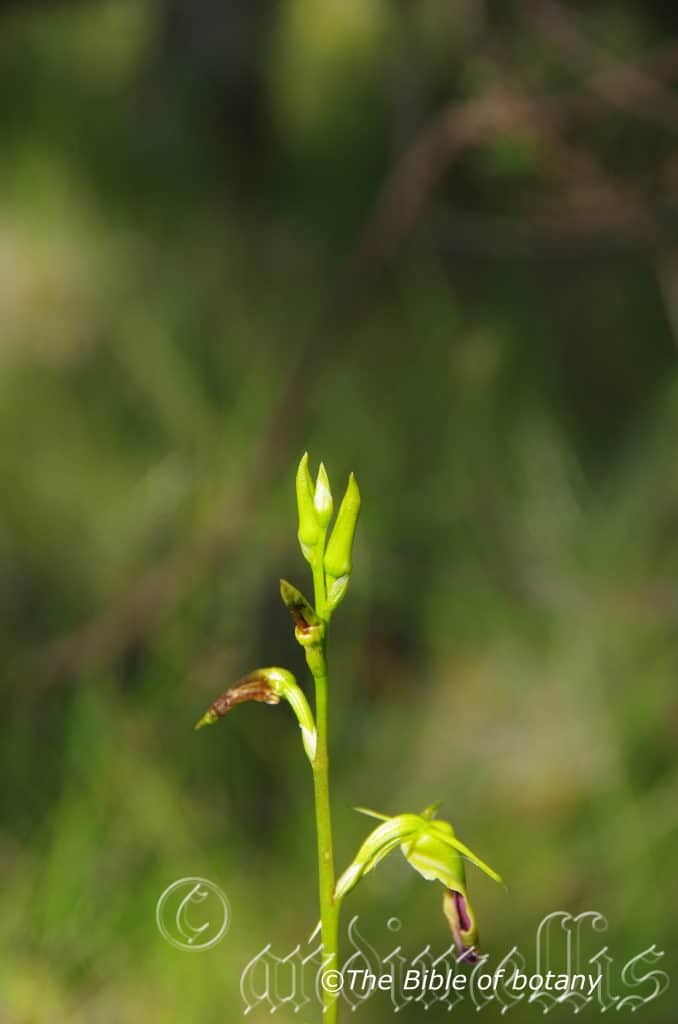
Clarence Valley NSW
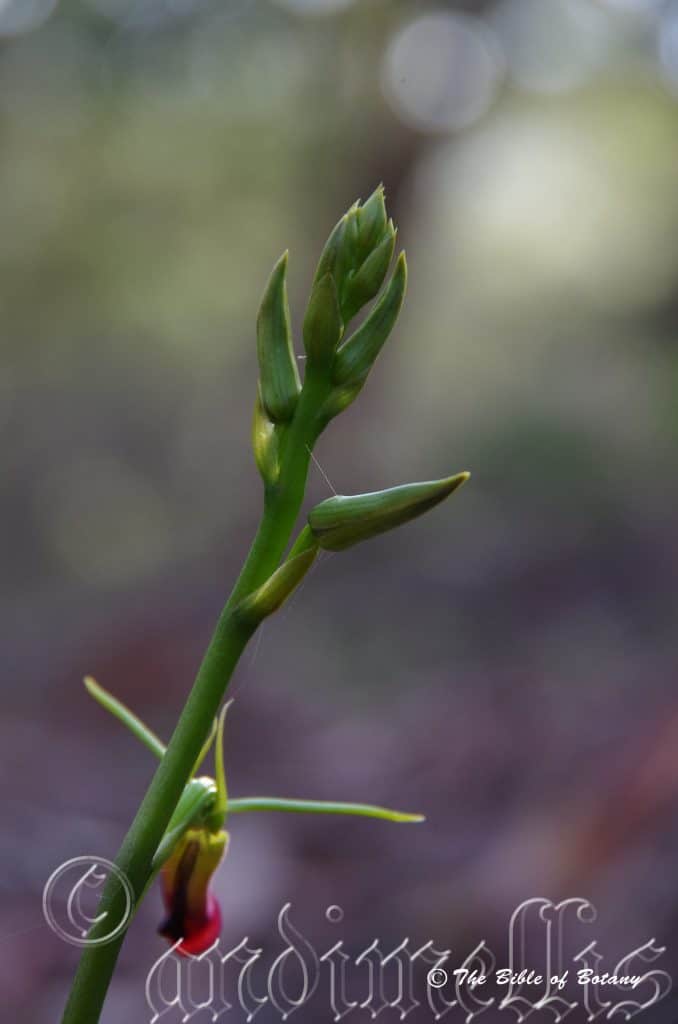
Clarence Valley NSW
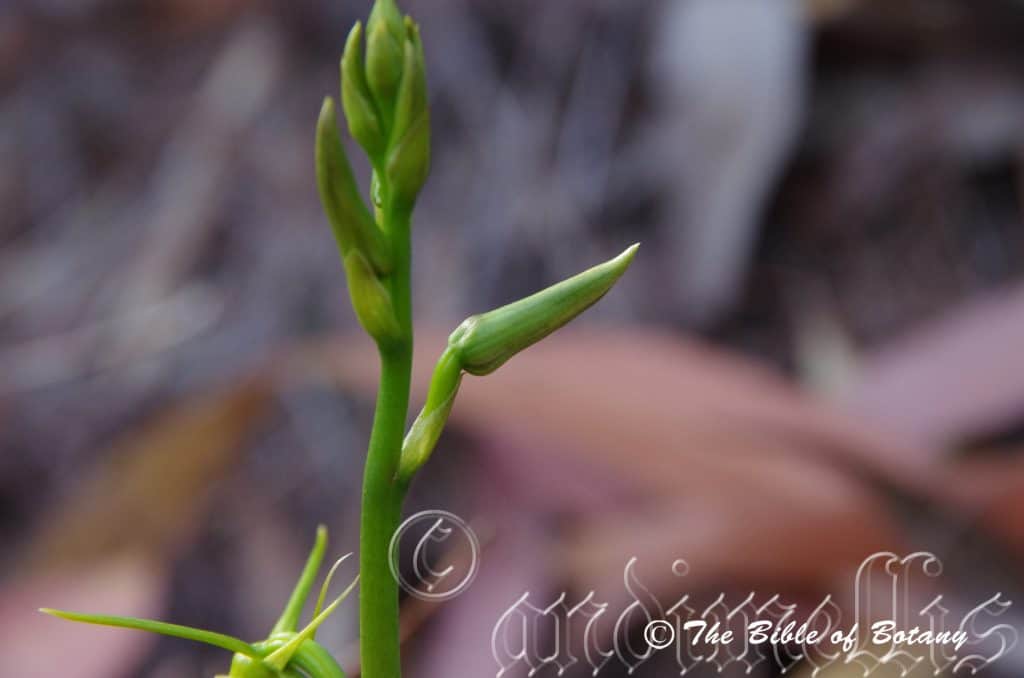
Clarence Valley NSW
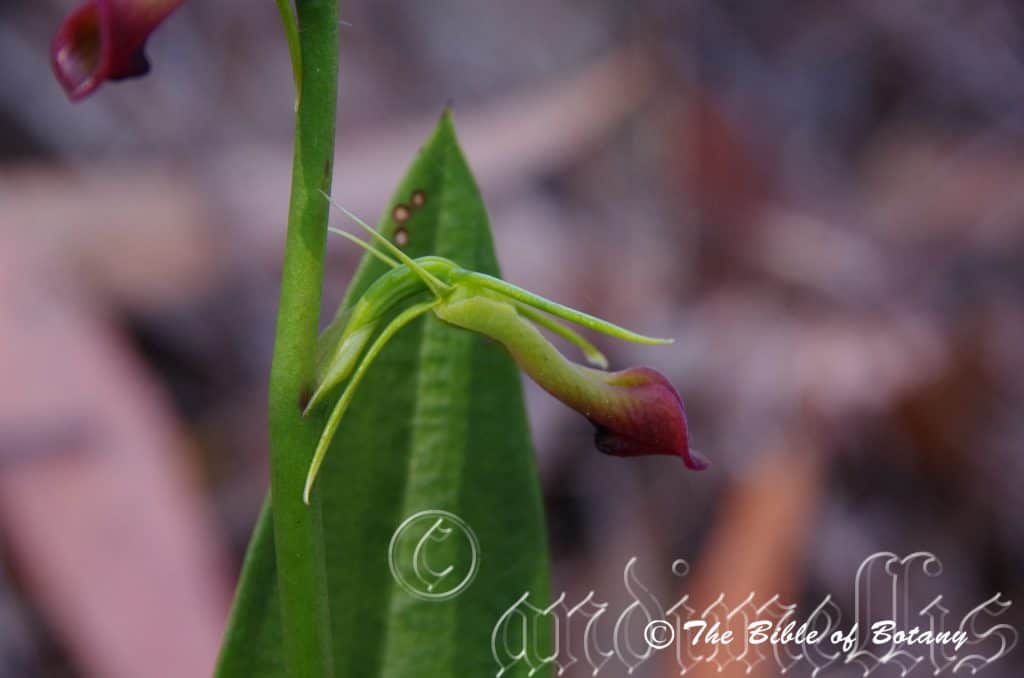
Clarence Valley NSW
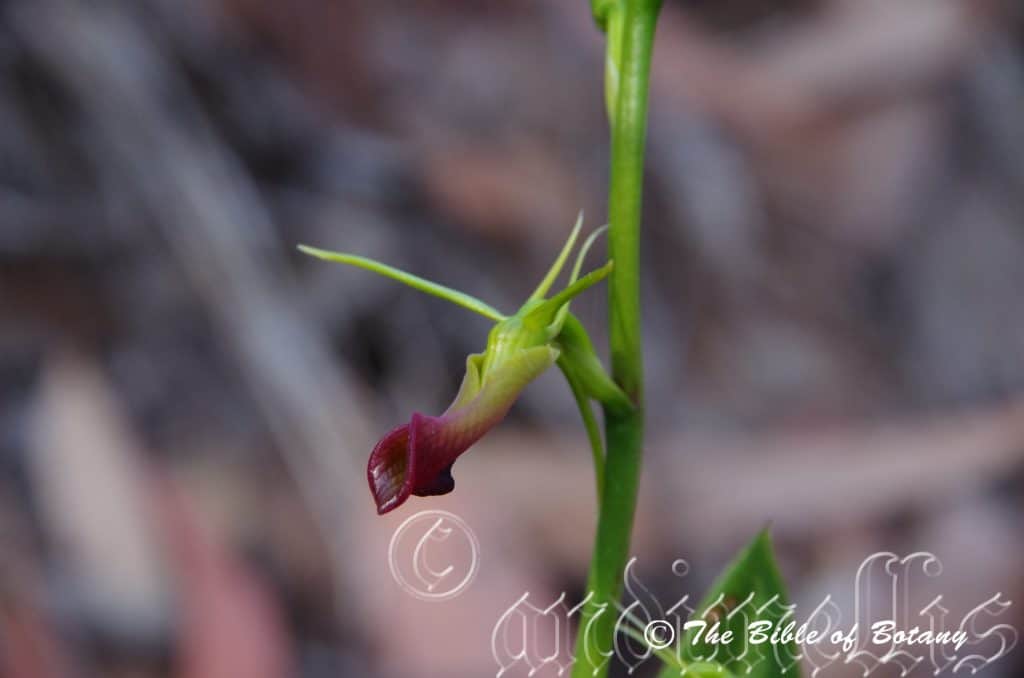
Clarence Valley NSW
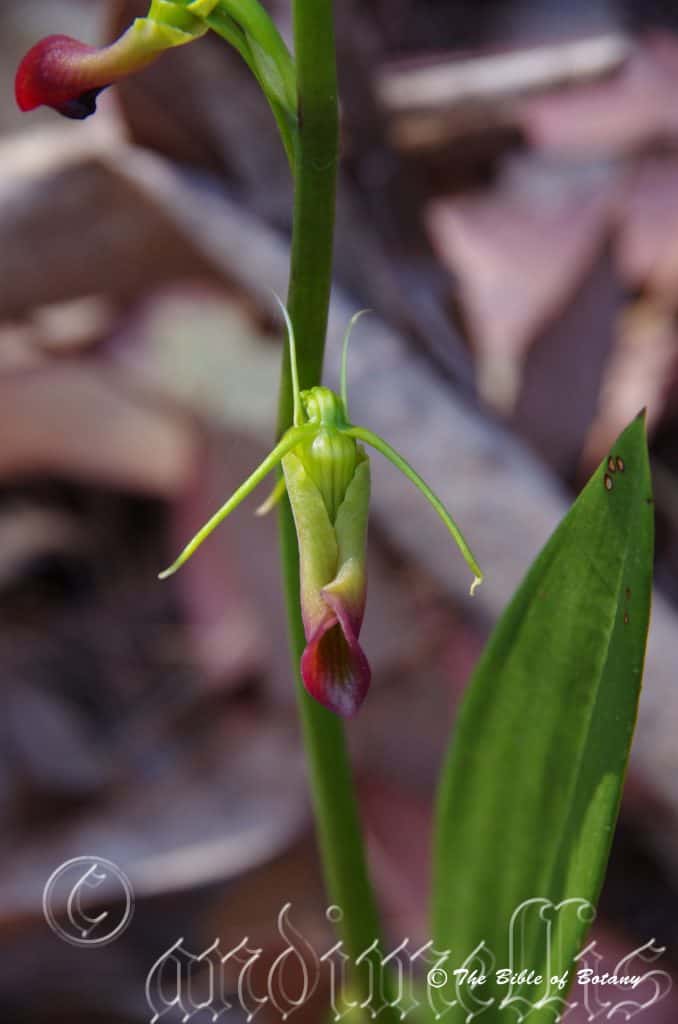
Clarence Valley NSW
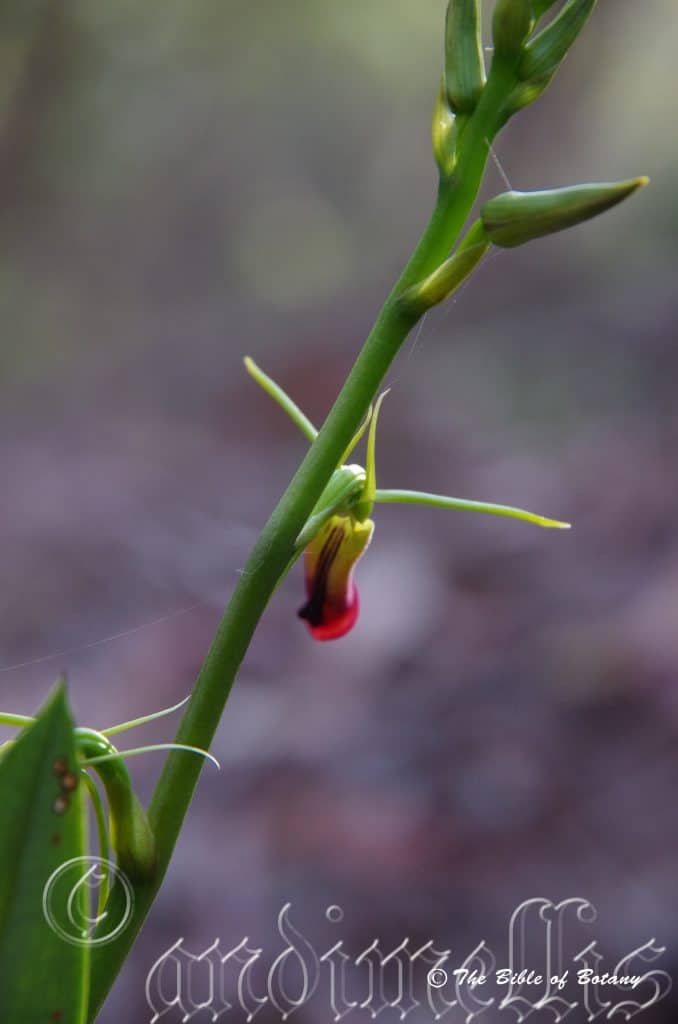
Clarence Valley NSW
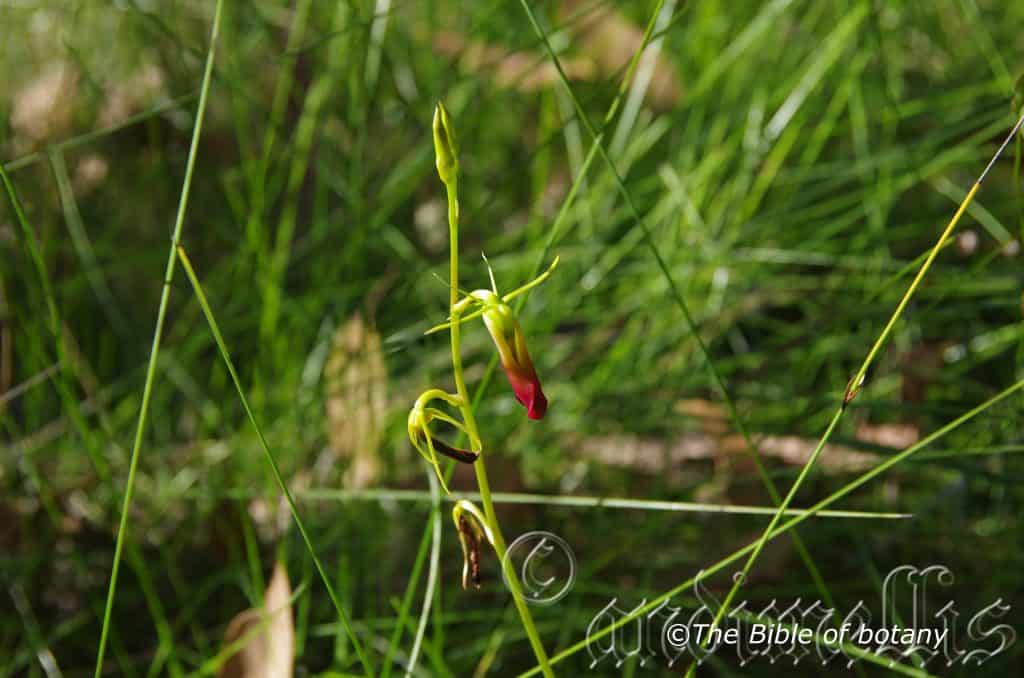
Clarence Valley NSW
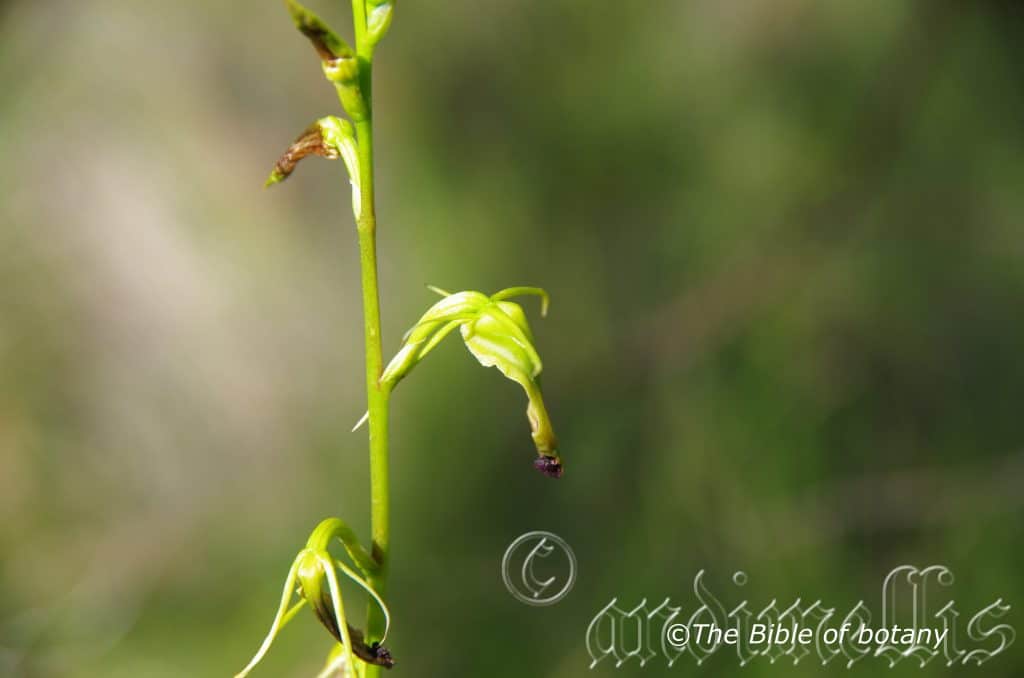
Clarence Valley NSW
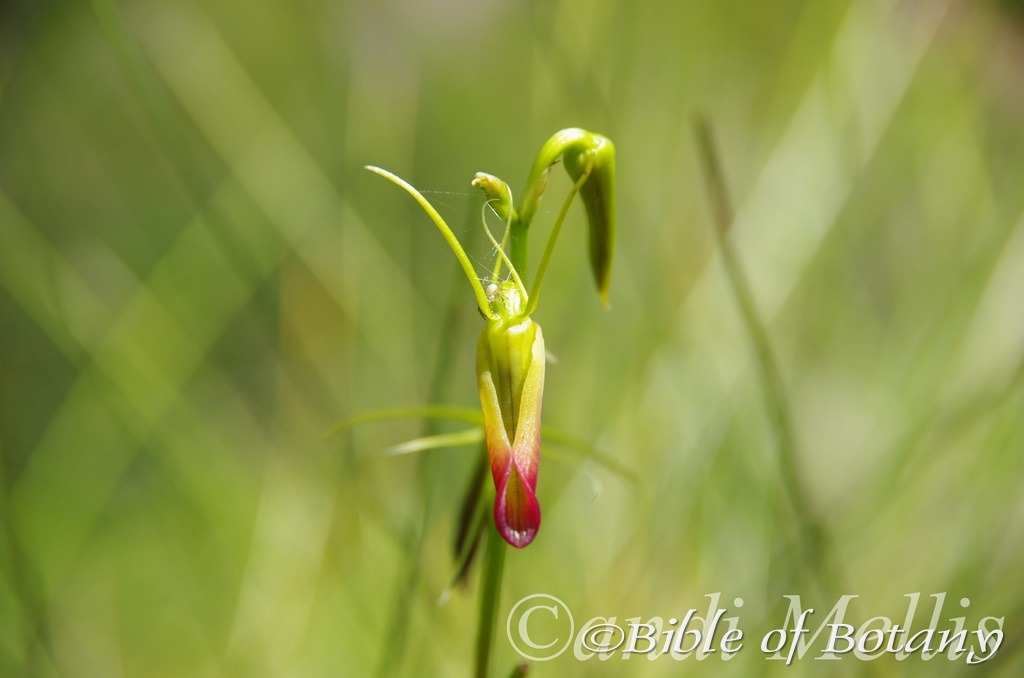
With unknown spider on flower Clarence Valley NSW
Cryptostylis subulata
Classification:
Phylum: Charophyta
Class: Equisetopsida
Subclass: Magnoliidae
Superorder: Lilianae
Order: Asparagales
Family: Orcidaceae
Genus: From Krypto/Krypsis/Krypticos, which are Greek or Cripticus, which is Latin for hidden or concealed and Stylus which is Ancient Greek for a column or pillar. It refers to the style being concealed amongst the other flowering organs.
Specie: From Subulata, which is Latin for an awl or awl shape. It refers to structures or organs, which resemble a spindle in form.
Sub specie:
Common Name: Large Tongue Orchid.
Distribution:
Cryptostylis subulata is found south from Tiaro in coastal southern Queensland to Wattle Range in south eastern South Australia. Further north it is found in 4 disjunct populations near Dalrymple, Eungella National Park, Byfield National Park and near Port Cutis. It is mainly found on and east of the Great Dividing Range.
It is also found on the Bass Strait Islands and circumnavigates the Tasmanian mainland.
In South Australia it is found south from the Flinders Lofty Block Ranges to Hay Flat and on the central part of Kangaroo Island.
https://avh.ala.org.au/occurrences/search?taxa=Cryptostylis+subulata#tab_mapView
Habitat Aspect Climate:
Cryptostylis subulata prefer medium shade to dappled light. It is usually found growing in swampy and wallum type heath forests behind the coastal sand dunes and upland marshy heaths on the ranges. It also grows in sclerophyll woodlands and on rare occasions adjacent to dry rainforests. It is found from 5 meters ASL. to 1000 meters ASL..
The temperatures range from minus 3 degrees in July to 38 degrees in January.
The rainfall ranges from lows of 400mm to 3200mm average per annum.
Soil Requirements:
Cryptostylis subulata prefer better quality deep sandy loams, skeletal loams to medium clays. The soils are usually derived from decomposed sandstone or accumulated sands. The soils pH ranges from 5.5pH to 6.5pH. It tolerates fairly wet soils and prefers even moisture all year round, and is often located in ephemeral wallums. Non saline soils to slightly saline soils are tolerated.
Height & Spread:
Wild Plants: 0.15m to 0.8m by 0.02m to 0.05m when in flower.
Characteristics:
Cryptostylis subulata are small orchids that grow in small colonial groups to small colonies. The few, long, thin, off white to pale grey roots remain in the upper layer of mulch and top soil. The tuber is associated with a symbiotic mycorrhizal relationship between the orchid and a certain bacteria or fungi.
The 1 or occasionally 2 elliptical to narrow lanceolate leaves of Cryptostylis subulata have a cuneate base awhile the apex is acute. The leaves measures 50mm to 200mm in length by 10mm to 32mm in width. The petioles measure 10mm to 150mm in length. The concolourous laminas are mid green to deep yellow-green, dull and glabrous. The laminas are basically flat with a deep wide furrow along the mid rib. The mid rib is strongly prominent on the lower lamina and is distinctly visible from the upper lamina. The margins are entire.
The inflorescences of Cryptostylis subulata are born on an erect flower spike. The glabrous mid green spike measures 150mm to 800mm in length. The 2 to 14 individual flowers are born on a petiole which measures 4mm to 6mm in length not including the faintly ribbed ovary which measures 4mm to 5mm in length. The mid grass-green clasping sheaths measure 7mm to 10mm in length. The flower is obliquely erect, grass-green to olive-green and measures 26mm to 37mm in length by 6.5mm to 8mm in width overall.
The linear lateral sepals bend strongly forward over the labellum and have a tapering to narrow acute apex. The mid grass-green, glabrous lateral sepals measure 24mm to 30mm in length by 1.8mm to 2.4mm in width at the base. The margins are revolute.
The dorsal sepal is pendant, hanging 90 degrees to the labellum and has a tapered to narrow acute apex. The mid grass-green dorsal sepal measures 14mm to 17mmin length by 2.3mm to 2.6mm in width at the base. The margins are revolute.
The lateral petals are divaricate with a tapered to narrow acute apex. The linear mid grass-green lateral petals measure 23mm to 29mm in length by 2.6mm to 2.9mm in width at the base. The margins are revolute.
The ovate labellum is revolute forming a tube and bends downwards to 45 degrees. The tube and lamina are pale grass-green to mid grass-green near the base and slowly turns deep maroon-red at the apex. The broad acute apex decurve and spreads. The upper surface of the labellum is covered in minute soft white puberulent hairs. The lower glabrous surface has 2 thick and 2 finer deeper maroon-burgundy, longitudinal lines ending in a prominent, subapical, 2-lobed callus.
The basal section internally surrounding the anther is glabrous.
The lamina measures 16mm to 36mm length by 5mm to 10.5mm in width. The anterior margins are recurved to about 45 degrees. .
The column’s wings are connected behind the anther and have glandular fringed margins. The flowers appear from October to March but have been recorded in the months prior and later than this
The fruits of Cryptostylis subulata are unknown to the author.
Wildlife:
Cryptostylis subulata is pollinated by pseudocopulation where the orchid mimics the female Ichneumon wasp (Lissopimpla excelsa) by emitting sex pheromones; hence it entices the males, which in turn performs a courting and mating ritual with the flower.
Cultivation:
Cryptostylis subulata is impossible to grow it in cultivation probably due to the fact that it is a saprophytic orchid. It prefers and flourish in periods when the spring and summers are drier and the autumn and winters are wet. If you are fortunate enough to have Cryptostylis subulata growing naturally then it is a matter of letting them do their own thing and supply a constant supply of natural local mulch to feed the mycorrhizal to which they depend on for survival. It is best protected by placing bird wire around and over the orchids when discovered on the property.
Longevity in this genus is largely unknown, but probably varies between 5 and 20 years along with other similar ground orchids. It is becoming rarer due to human encroachment and destruction of their habitats.
Propagation:
Seeds:
Cryptostylis subulata has not been propagated and plants removed from the bush for cultivated purposes or road works have all met with the same result, an unhappy ending and death.
Further Comments from Readers:
Hi reader, it seems you use The Bible of Botany a lot. That’s great as we have great pleasure in bringing it to you! It’s a little awkward for us to ask, but our first aim is to purchase land approximately 1,600 hectares to link several parcels of N.P. into one at The Pinnacles NSW Australia, but we need your help. We’re not salespeople. We’re amateur botanists who have dedicated over 30 years to saving the environment in a practical way. We depend on donations to reach our goal. If you donate just $5, the price of your coffee this Sunday, We can help to keep the planet alive in a real way and continue to bring you regular updates and features on Australian plants all in one Botanical Bible. Any support is greatly appreciated. Thank you.
In the spirit of reconciliation we acknowledge the Bundjalung, Gumbaynggirr and Yaegl and all aboriginal nations throughout Australia and their connections to land, sea and community. We pay our respect to their Elders past, present and future for the pleasures we have gained.
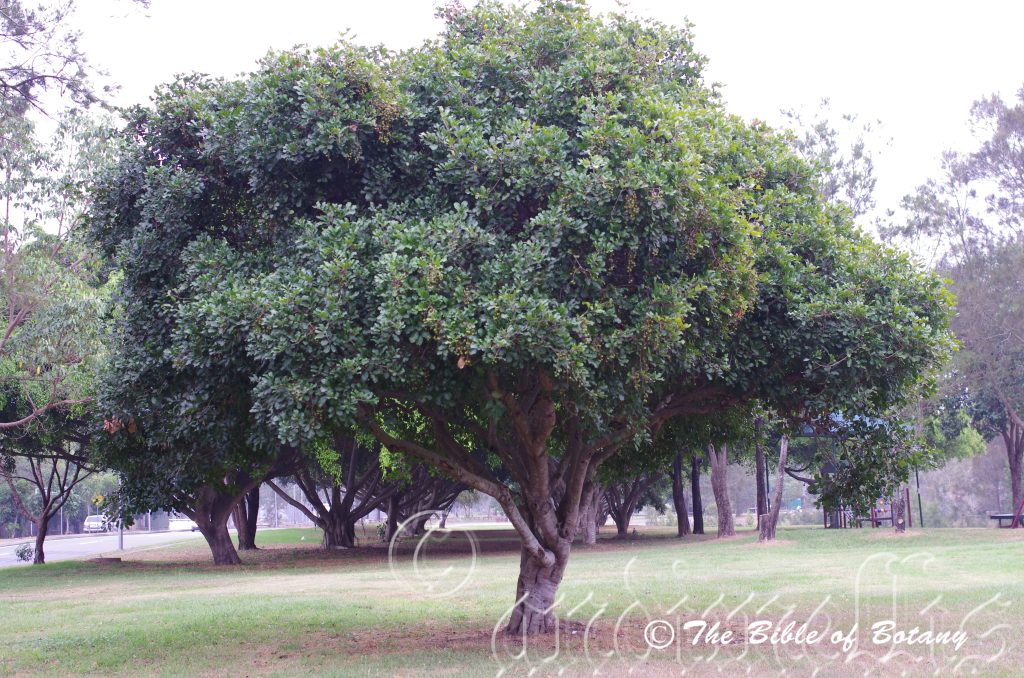
Cooparoo Qld.
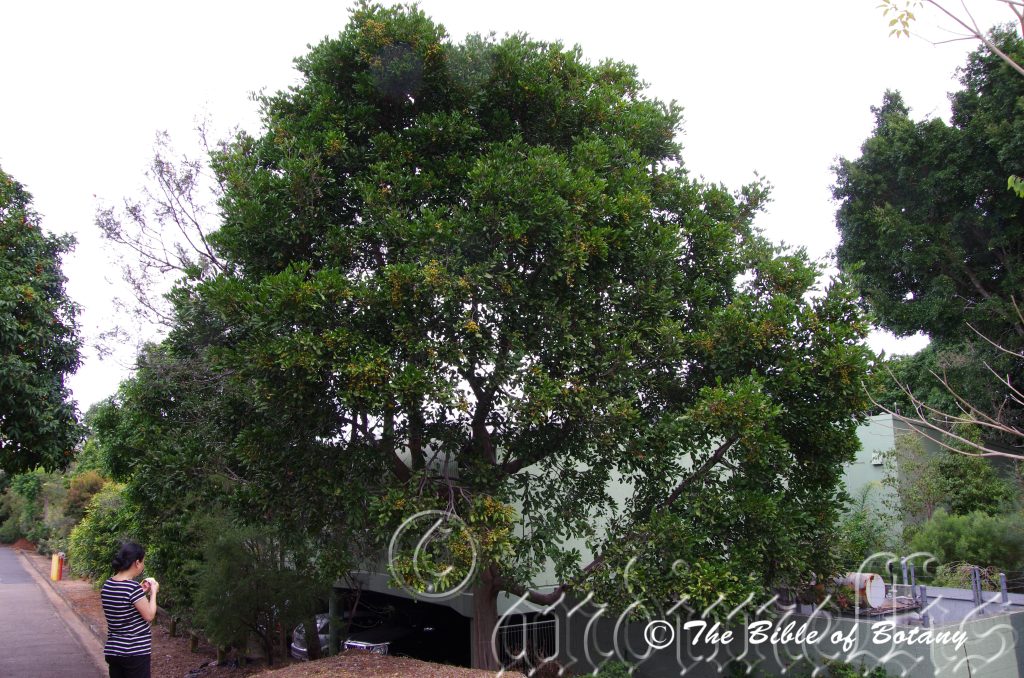
Sunnybank Qld.
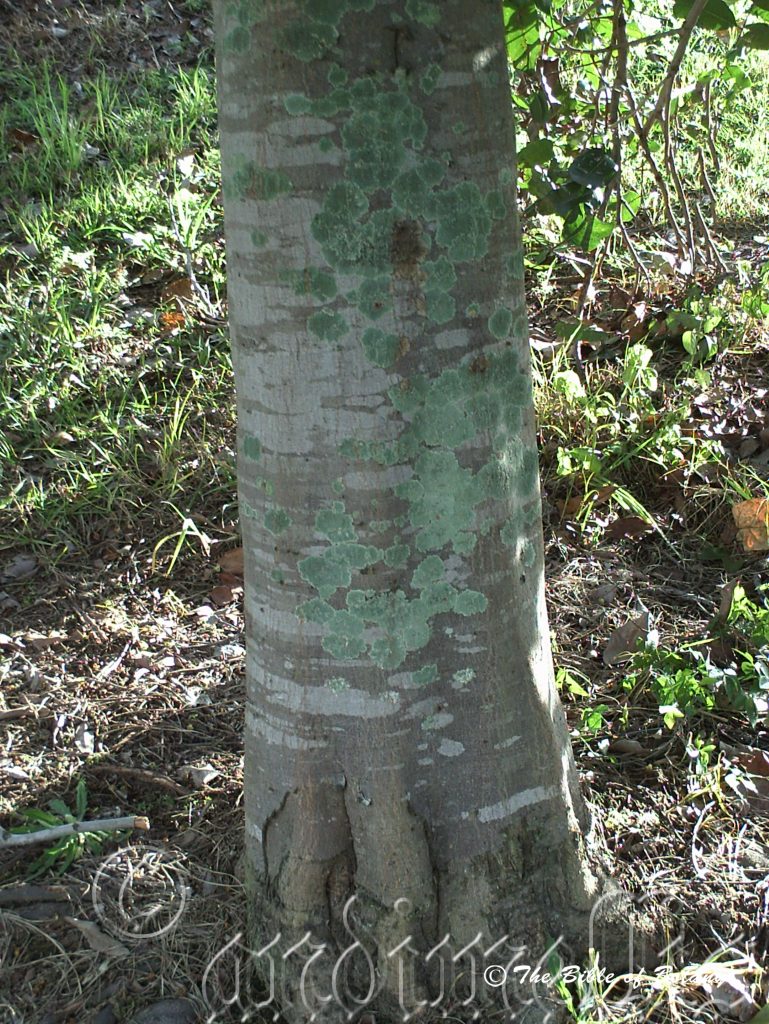

Bank on the Manning River NSW Supplied by Susan Roberts.

Author’s Garden The Pinnacles NSW
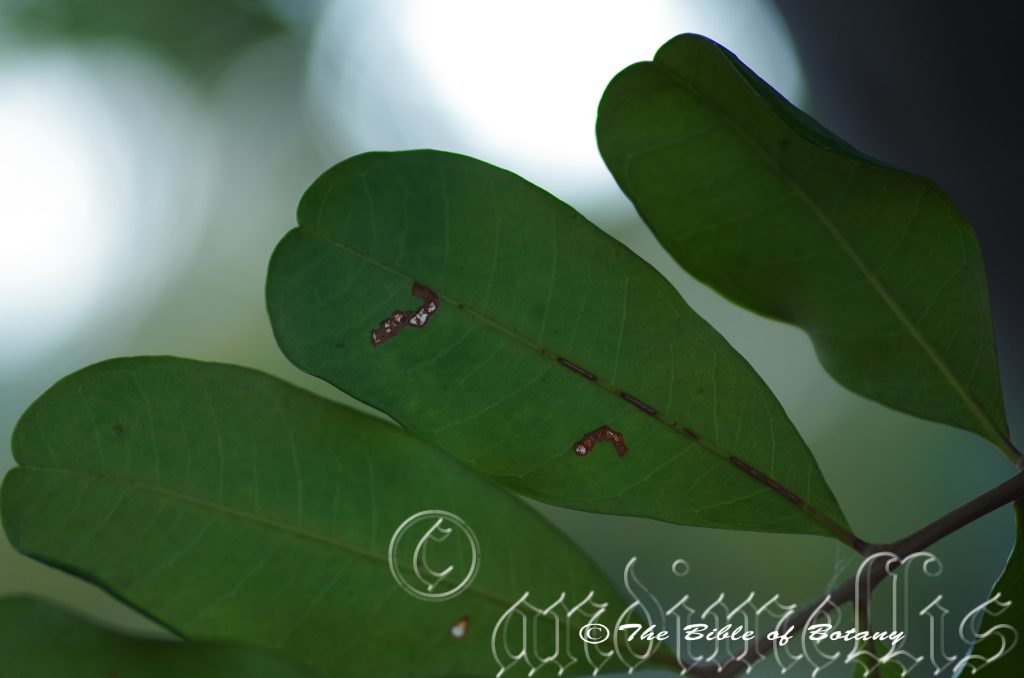
Author’s Garden The Pinnacles NSW
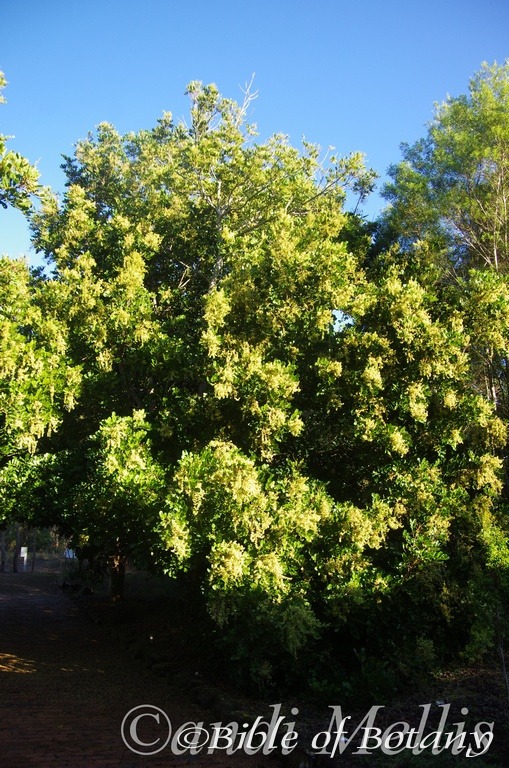
Author’s Garden The Pinnacles NSW

Author’s Garden The Pinnacles NSW
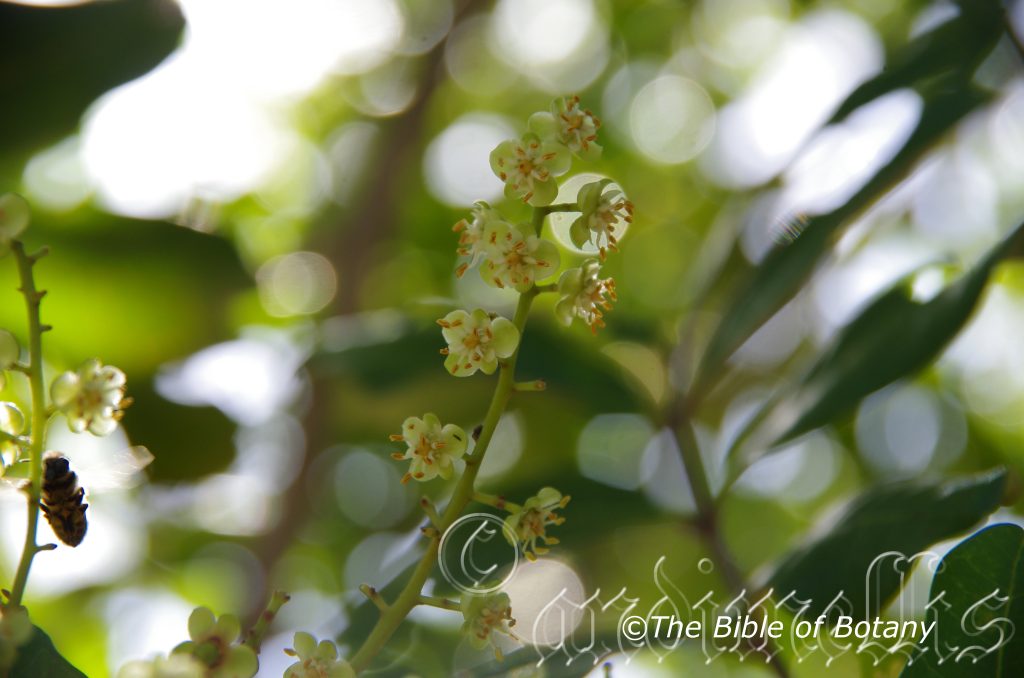
Author’s Garden The Pinnacles NSW

Author’s Garden The Pinnacles NSW
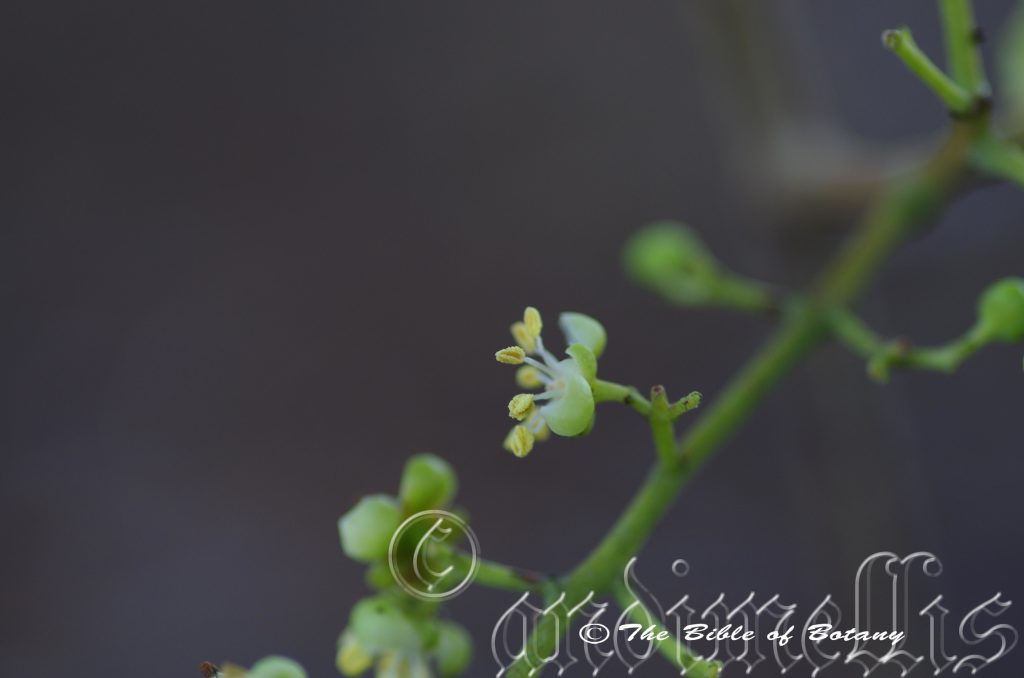
Author’s Garden The Pinnacles NSW

Author’s Garden The Pinnacles NSW
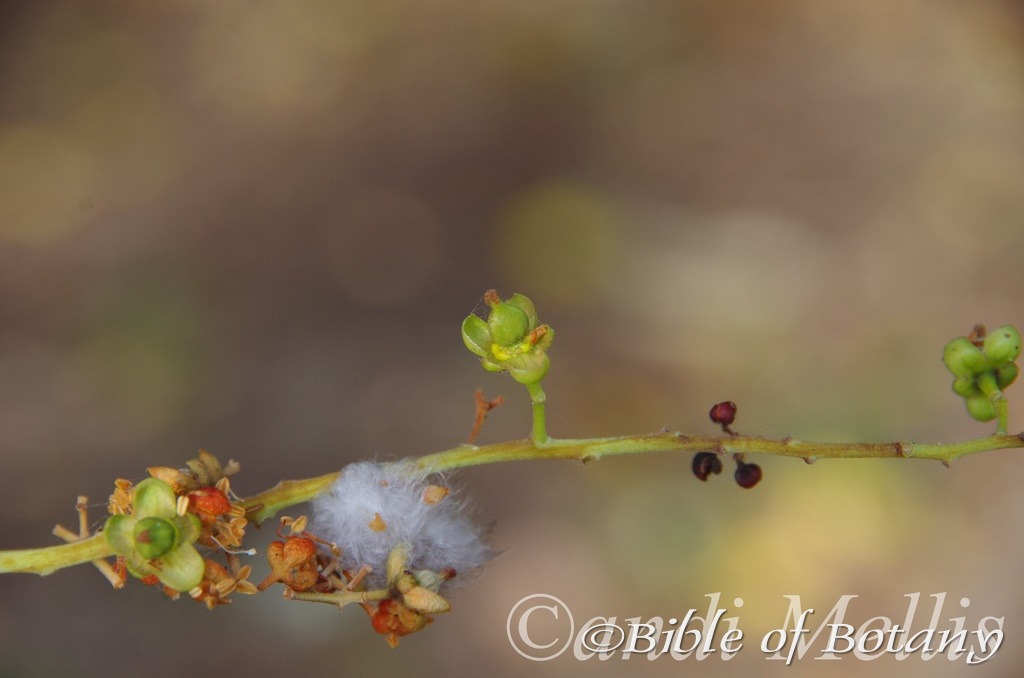
Moonee Beach NSW
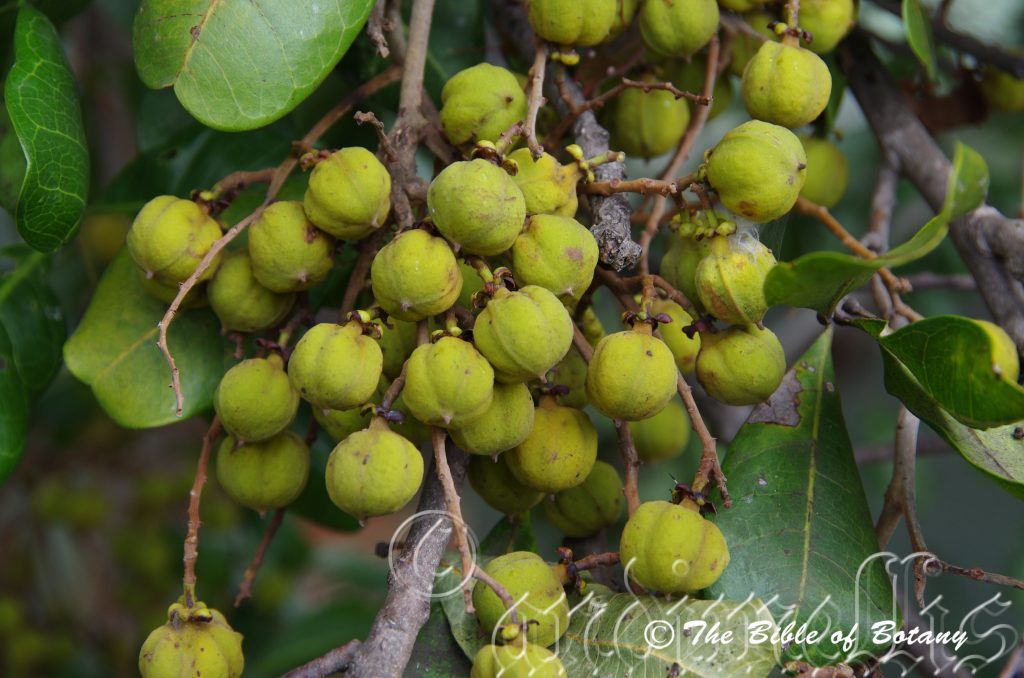
Sunnybank Qld.
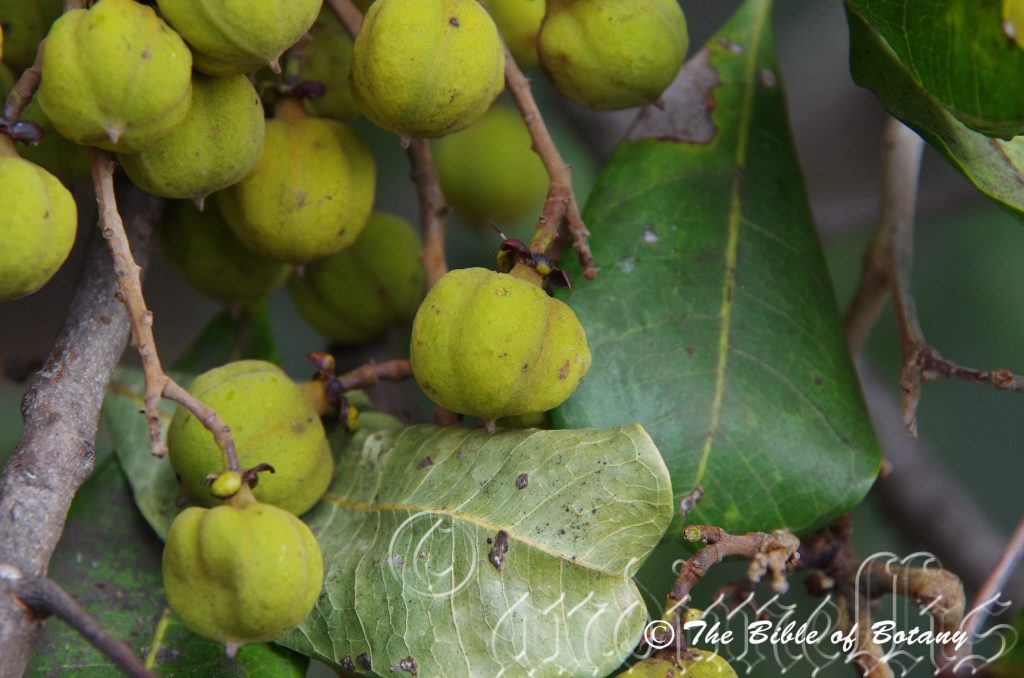
Sunnybank Qld.
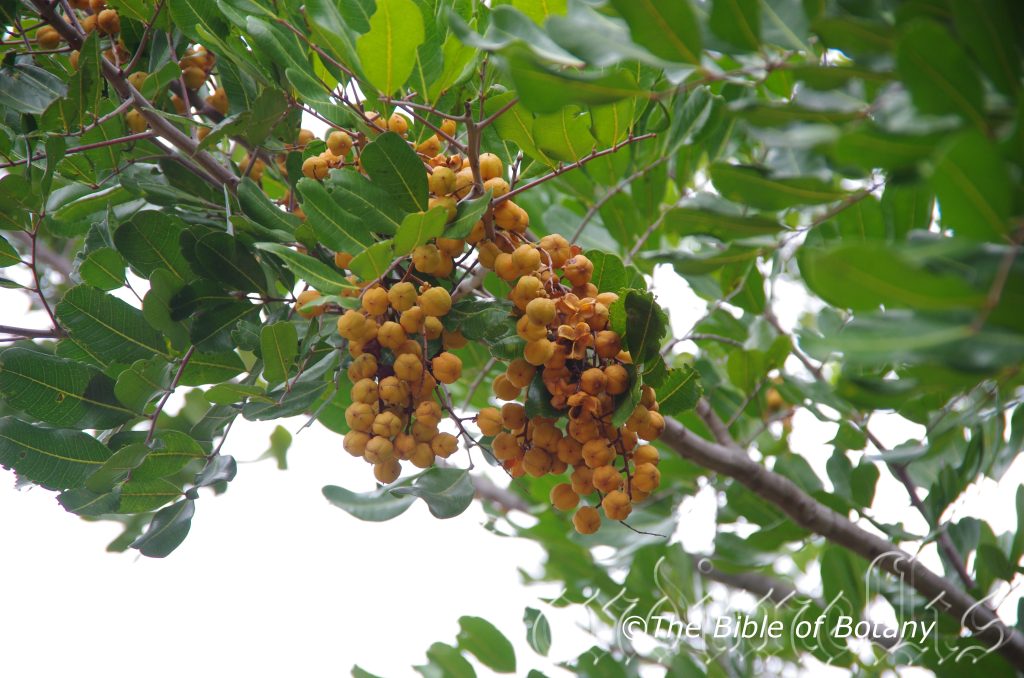
Author’s Garden The Pinnacles NSW
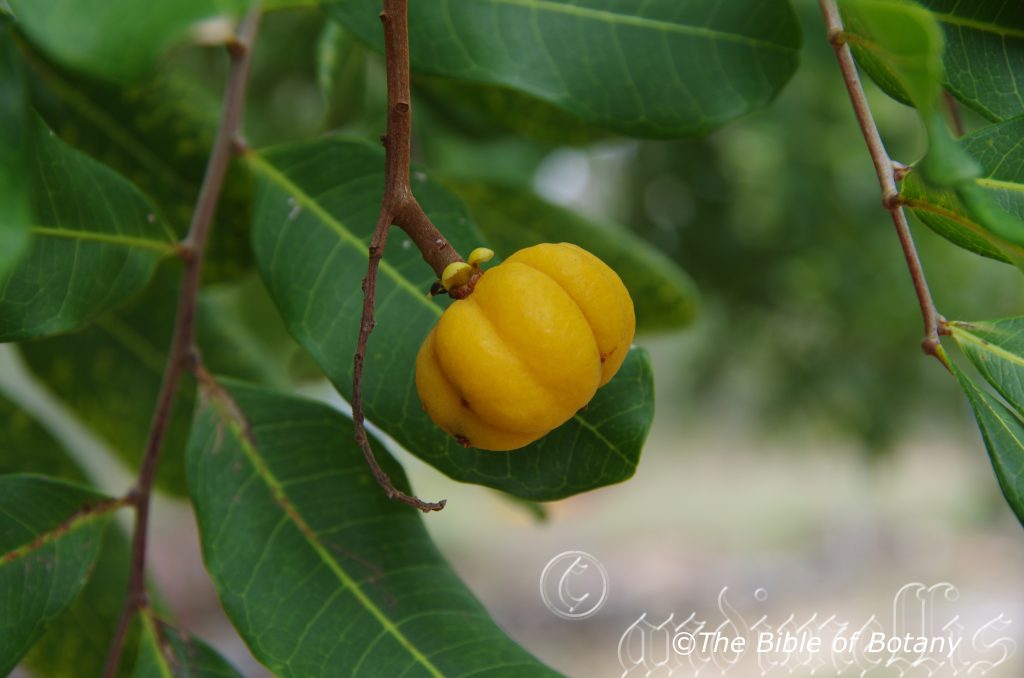
Author’s Garden The Pinnacles NSW
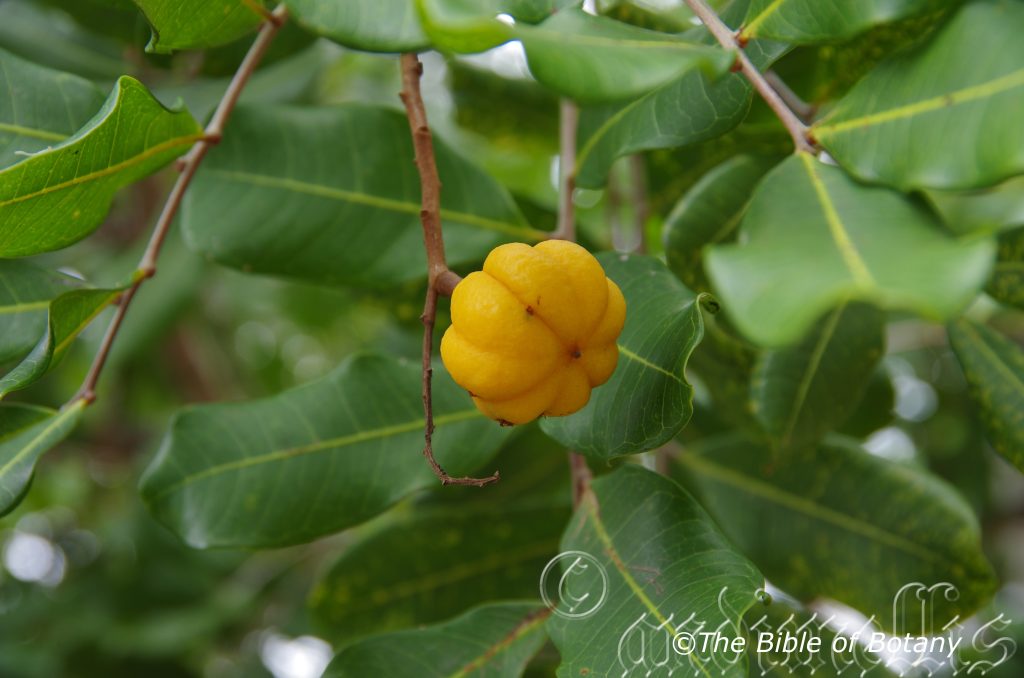
Author’s Garden The Pinnacles NSW
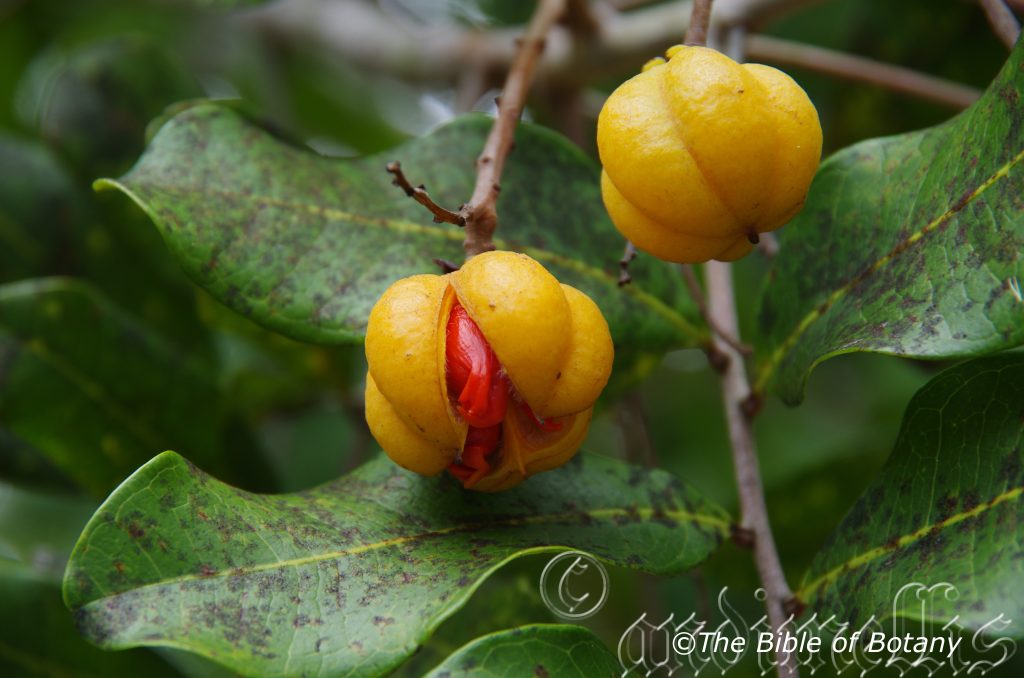
Author’s Garden The Pinnacles NSW

Author’s Garden The Pinnacles NSW
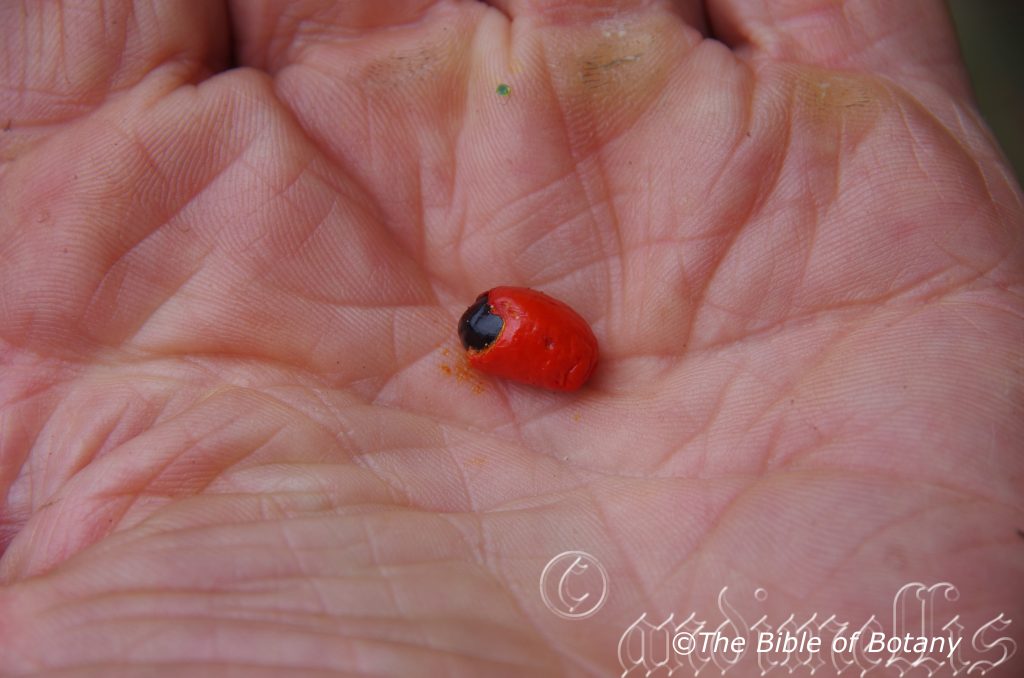
Author’s Garden The Pinnacles NSW

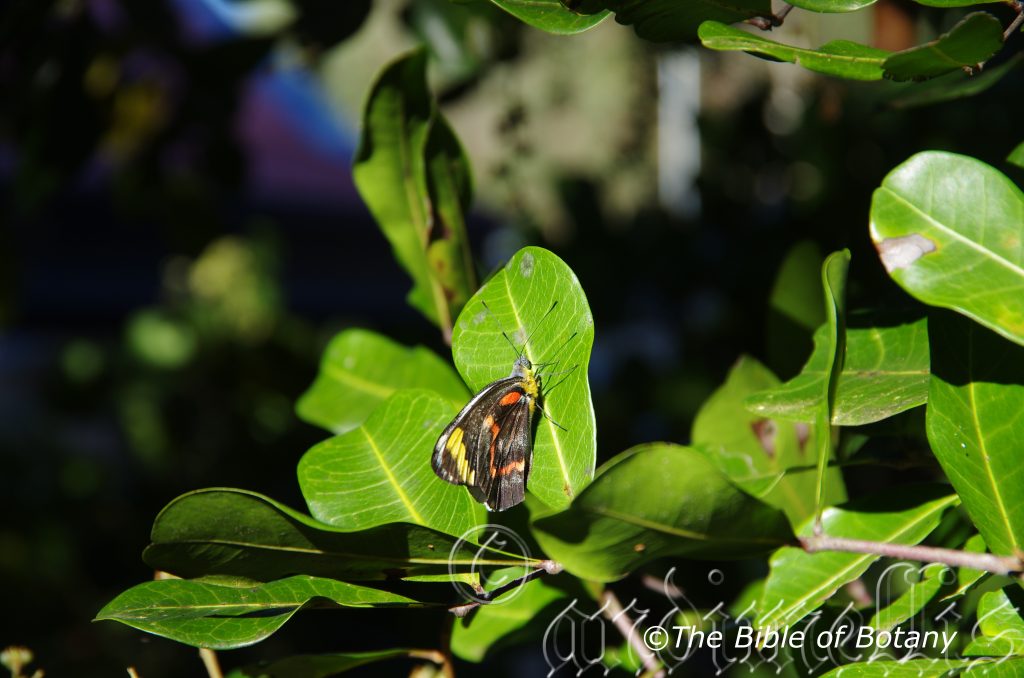

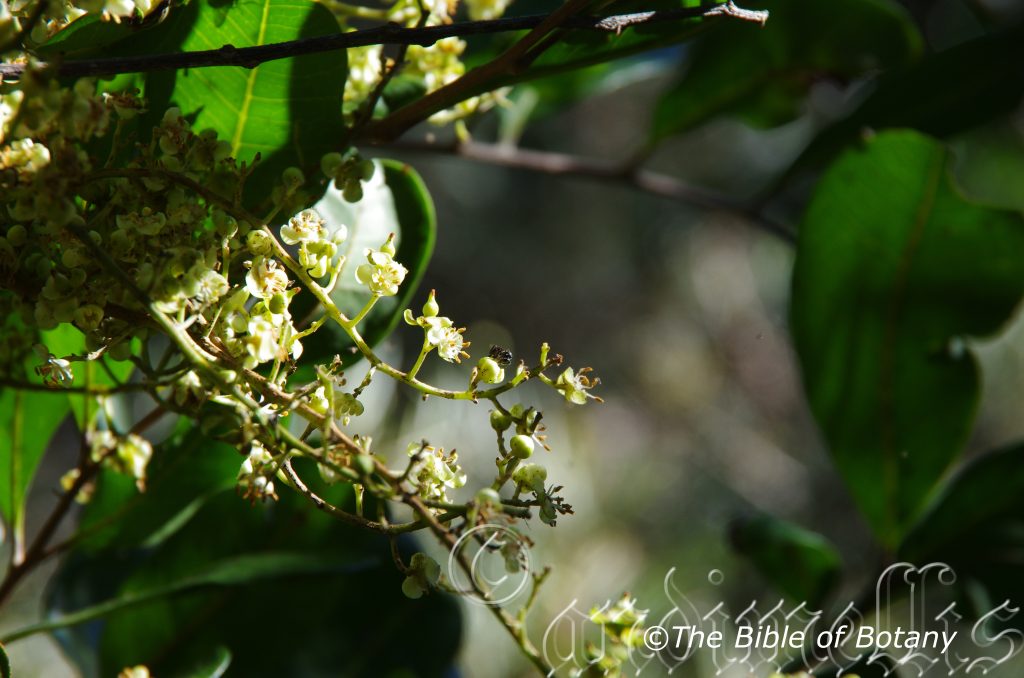

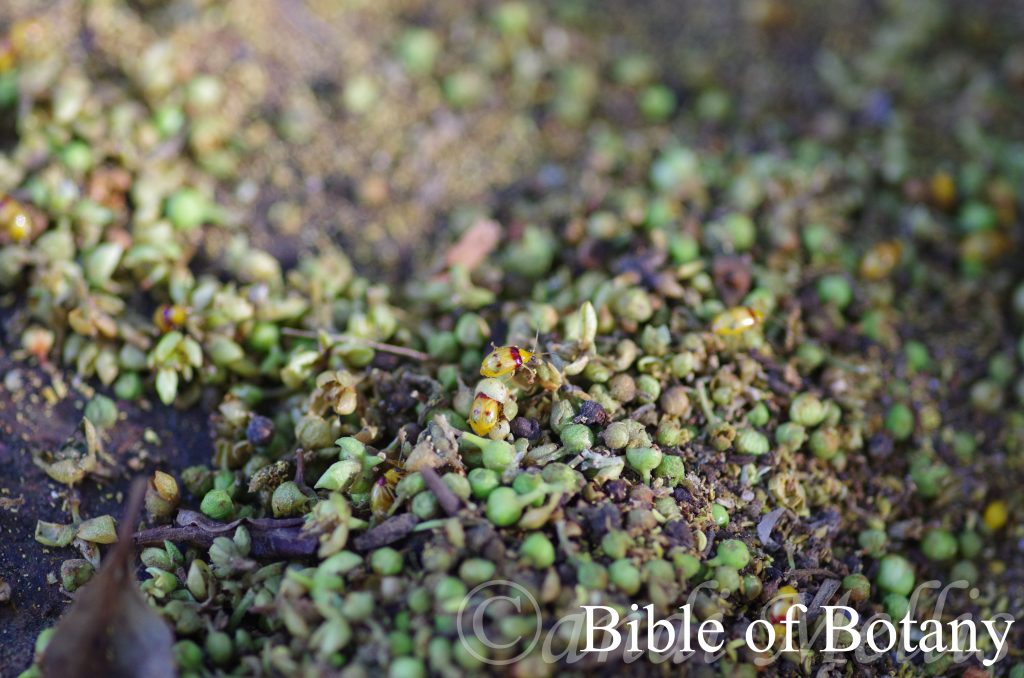
Monolepta australis feeding on fallen petals author’s Garden The Pinnacles NSW
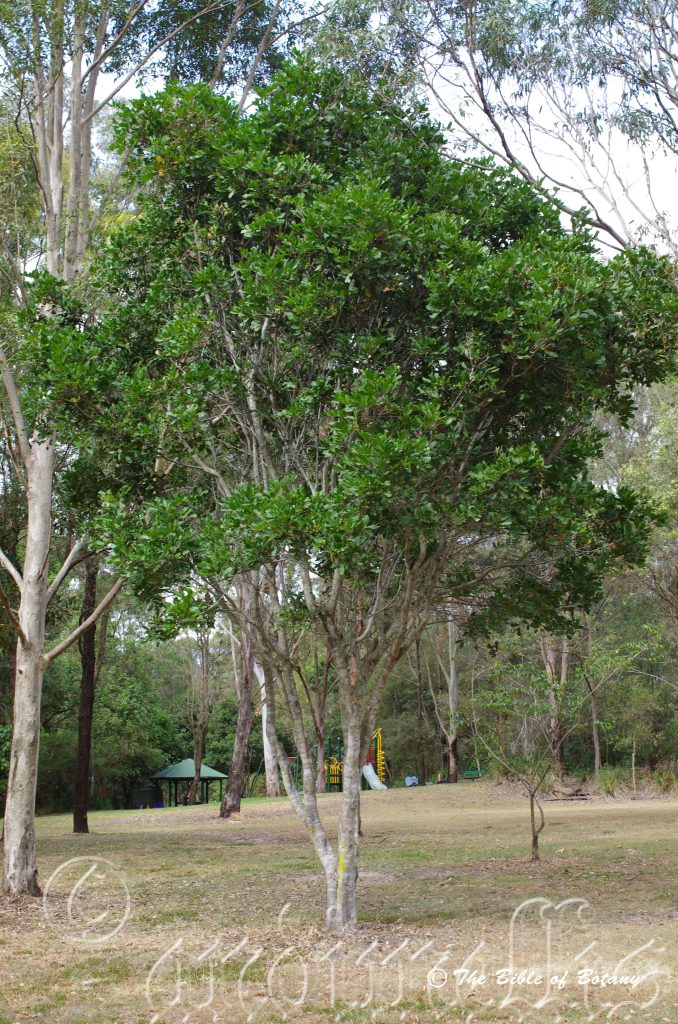
Grown as a park tree Brisbane.
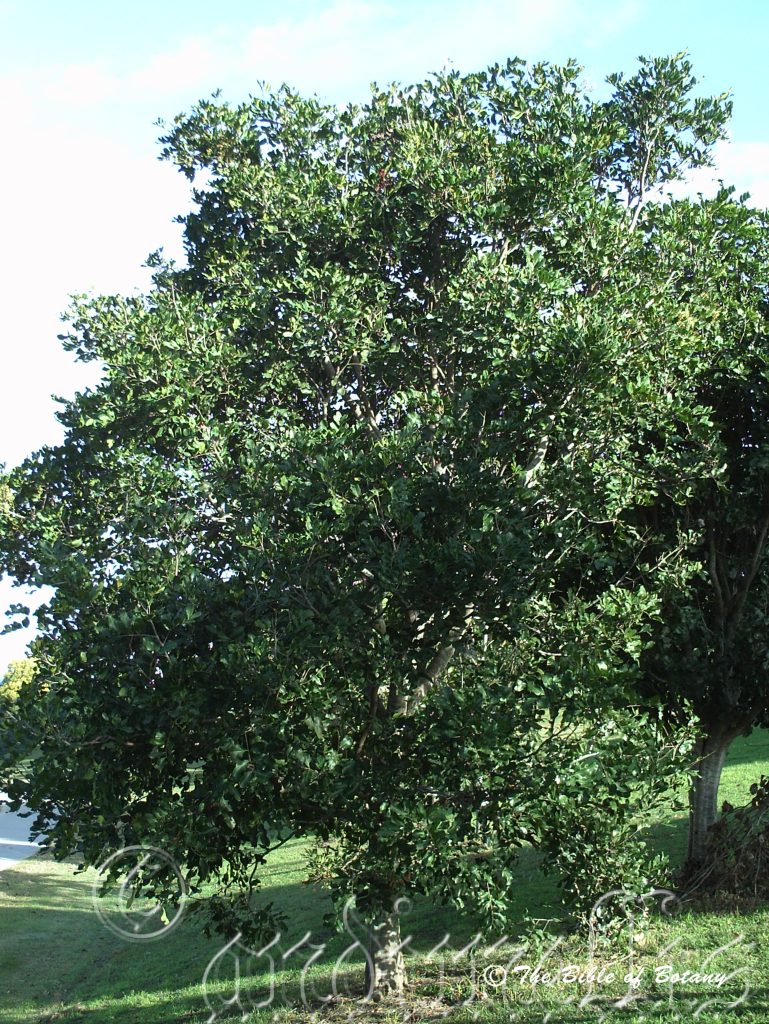
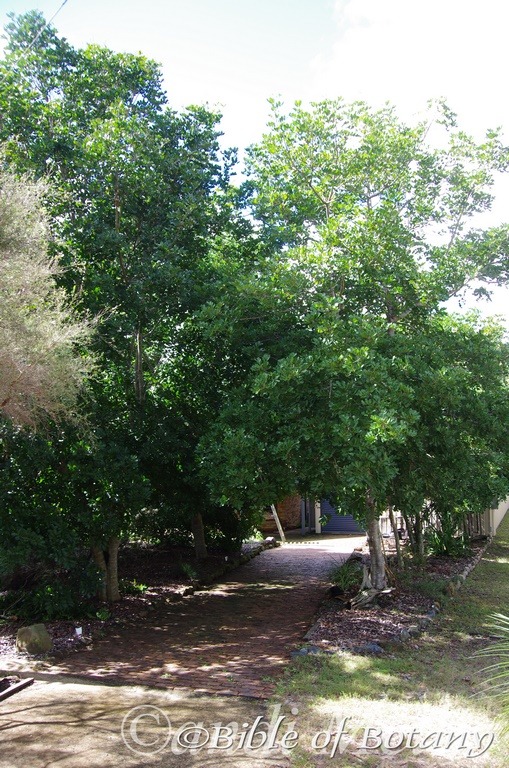
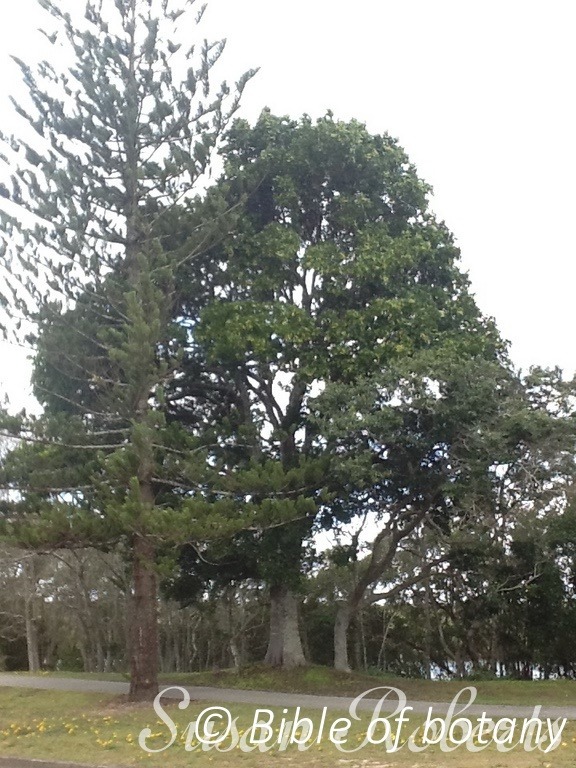
Cupaniopsis anachardioides
Classification:
Class: Rosids
Order: Sapindales
Family: Sapindaceae
Subfamily: Sapinoideae
Genus: Is named in honour of Fransesco Cupania; 1657-1710, who was an Italian botanist and Opsis which is Ancient Greek for to take the shape or form of. It refers to the trees resembling the Cupania genus in North America.
Specie: From Anakardia, which is Ancient Greek for the cashew nut and Eidos/Oides, which is Ancient Greek for alike or similar to. It refers to the close resemblance of the leaves and flowers to the Anacardium genus.
Common Name: Tuckeroo
Distribution:
Cupaniopsis anachardioides is found east from the south Kimberley coast of Western Australia along the coast to the Torres Strait Islands. In Queensland it is found south from the Illawarra district on the central east coast of New South Wales.
https://avh.ala.org.au/occurrences/search?taxa=Cupaniopsis+anachardioides#tab_mapView
Habitat Aspect Climate:
Cupaniopsis anachardioides grows in the full sun and has no problem with extra glare from reflection off ocean waters. It grows in littoral rainforests or dry hillside forests and adjacent to river estuaries. The altitude ranges from 5 meters ASL. to 760 meters ASL.
The temperatures range from 1 degree in August to 40 degrees in January.
The rainfall ranges from lows of 600mm to 1600mm average per annum.
Soil Requirements:
Cupaniopsis anachardioides‘ prefers coarse sands, fine sands, sand loams to light gravelly clays. The soils are derived from decomposed sandstones, basalts, shales or accumulated peaty beach sands on and behind the frontal dunes. The soils pH ranges from 5.5pH to 7pH. It is not tolerant of waterlogged soils. Non saline soils to extremely saline soils are tolerated.
Height & Spread:
Wild Plants: 8m to 16 by 6m to 12m.
Characteristics:
Cupaniopsis anacardioides is a striking small tree with a grey and creamy grey glabrous bark. The trunk is often flanged at the base of large trees and has an unusual horizontal pattern in grey and creamy grey. Young branchlets are pale grey to creamy grey. Juvenile branchlets are densely covered in short grey appressed sericeous hairs before turning glabrous. Branchlets are often square or rectangular with a concave cross section.
The alternate leaves of Cupaniopsis anacardioides are odd or even pinnate with 5 to 11 leaflets. The leaves measure 150mm to 250mm length. The alternate leaflets are obovate to oblong elliptic and measure 50mm to 150mm in length by 20mm to 60mm in width. The leaf bases are broad cuneate to obtuse while the apexes are obtuse to retuse. The discolourous leaves are deep grass-green and glabrous on the upper laminas while the lower laminas are paler. The laminas are flat or slightly recurved from the midvein to the margins. The leaf margins are entire. The mid veins are prominent on the lower lamina and distinctly visible from the upper laminas. The petioles and petiolules are covered in pale grey sericeous hairs. The petioles measure 30mm to 70mm in length while the petiolules measure 2mm to 7mm in length.
The inflorescences of Cupaniopsis anacardioides is born as a long panicle from the upper leaf axils. There are 40 to 78 flowers on each panicle. The rachis measures 80mm to 300mm. The individual pedicels measure 3mm to 7mm in length. There are 5 pale greenish sepals of different lengths have obtuse margins which are incurved at the margins. The 2 outer sepals are shorter than the 3 inner sepals. The inner sepals measure 2.5mm to 4mm in length while the 5 small white petals measure 1mm to 1.5mm in length and are acute at the apex.
There are 6 stamens measuring 4mm to 5mm in length including the yellow anthers which are 2mm to 2.5mm long.
The style is less than 2mm in length. The flowers are reported to appear from August to November, however I have found the trees start flowering as early as late May here at The Pinnacles through to early October in different seasons. Though small, the yellowish-green, profusion of flowers will be noticed by the delightful honey scented fragrance they emit. Our nine trees never flower at the same time which means we have an extended flowering and fruiting period over several months. We have recorded the first flowers starting as early as the 22nd of May and commencing as late as late August and finishing in early October. The trees in any single season commence flowering up to five weeks after the first tree flowers.
The fruits of Cupaniopsis anacardioides are 3 lobed capsules. The capsules are orange to yellow-orange capsules and measure 15mm to 30mm in length by 15mm to 26mm in diameter. The inner surface is covered in short white sericeous hairs. The capsules bear one black glossy seed in each lobe. The black seeds are covered in a bright orange aril and measure 12mm to 15mm in length by 8mm to 11mm in diameter. Fruit ripens from August to December.
Wildlife:
All species of native bees are attracted to Cupaniopsis anacardioides flowers along with many native nectar eating flies, pollen flies and small butterflies. This in return makes it a favourite amongst small insect eating birds like the Grey Fantail, Rhipidura albiscapa, the Willy Wag tail, Rhipidura leucophrys and brown honeyeater, Lichmera indistincta when in flower. The abundant ripe fruits attract larger birds like resident Little wattlebird Anthochaera chrysoptera, followed by the Fig Bird Sphecotheres vieilloti, which is usually the first to arrive on our property and the last to leave of the transient birds to visit our eight garden trees, Oriolus sagittatus (Oriels), Strepera gracilina (Pied Currawongs), Ptilonorhynchus violaceus (Satin Bower Bird), Ailuroedus crassirostris (Cat bird) and large Honey-Eaters like the Entomyzon cyanotis (Blue faced honeyeater) consume large amounts of the seeds.
The Macropus rufogriseus (red neck wallaby) has been observed feeding on the new growth and flowers that it can reach so may eat seedlings that emerge.
Cultivation:
Because of Cupaniopsis anachardioides hardiness on sandy soils and sandy loams, resistance to saline conditions, drought resistance, cold tolerance down to minus 4 degrees and exposed situations makes the trees a must in most medium to large gardens where conditions are far from ideal. These are some of the reasons why I chose this extraordinary plant as the basis of my rainforest garden. Its ability to handle pure sand and bore water high in iron and extreme levels of salt were another reason why we chose this plant for our garden, leaving valuable rain water for the epiphytes and more sensitive plants. Cupaniopsis arachnoides is also a great tree for encouraging birds that will seek refuge and food. It has a relative small unobtrusive root system for a large tree and drops a lot of leaves. The leaves are not attacked by insects so it always looks neat and tidy. Added to this the bark is ideal for epiphytic ferns and orchids attracts a lot of native insects when in flower supplies good yields of dark black honey and insectivorous birds and is relatively fast growing it was the natural choice.
It is an ideal size for larger yards where shade is required, growing 6 meters to 8 meters tall by 6 meters to 8 meters in diameter on heavy clay soils or 15 meters to 22 meters tall by 8 meters to 14 meters in diameter on its preferred sandy soils where plenty of mulch is supplied. This tree would make an ideal tree to line long driveways. In pure sand, at the Pinnacles the trees grew 8 meters in just 10 years with a nice small canopy of 6 meters.
This is a beautiful small to large tree which has attractive glossy green leaves. It is ideal in a rain forest setting or in gullies where it is protected from winds and weather extremes. When grown in a sheltered position in the open the trees form a beautiful umbrella shape with dense foliage. They have attained their maximum height of 8 meters to 10 meters in height in 20 years with a wider spread of 8 meters to 10 meters in diameter when grown in the open. If cultivated for a dry rainforest scenario the trees may attain 15 meters in height by 6 meters in diameter when watered and fertilized on a regular basis.
Cupaniopsis anachardioides is one of those trees that is very much under rated by gardeners but responds very favourably to a gardener’s attention. Try using the trees in irregular patterns on the lawn or as a central feature of four, five or six trees. Branches can be trimmed from an early stage to allow quicker growth so you can walk below the trees and enjoy the shade they provide or do some gardening. Do not force the trees in their early stages of establishment as it can become top heavy and lean over or have branches snap off. The trees are considered a noxious weed in several states in America and I have found after 15 years many seedlings around the property which I have removed indicating it could become troublesome if not handled correctly.
Propagation:
Seeds: Sow the seeds directly into a seed raising mix and cover with them with 5mm to 10mm of the mix. Place the trays under shade and keep moist not wet. When the seedlings are 40mm to 50mm tall, prick them out and plant them into 50mm native tubes using a good organic mix.
Once the seedlings reach 150mm to 200mm in height plant them out into their permanent position. Mass plantings along driveways are best achieved by planting them at 6 meter to 8 meter centers. For dry rainforests plant them at 4 meters to 6 meter centers.
Fertilize using Seaweed, fish emulsion or organic chicken pellets soaked in water on an alternate basis. Fertilize every two months until the plants are established then twice annually in early September or March to maintain health, vitality and better flowering. The trees should not be fertilized with synthetic fertilizers as they quickly become top heavy and tend to snap off prior to hardening up below the dense canopy.
Further Comments from Readers:
Hi reader, it seems you use The Bible of Botany a lot. That’s great as we have great pleasure in bringing it to you! It’s a little awkward for us to ask, but our first aim is to purchase land approximately 1,600 hectares to link several parcels of N.P. into one at The Pinnacles NSW Australia, but we need your help. We’re not salespeople. We’re amateur botanists who have dedicated over 30 years to saving the environment in a practical way. We depend on donations to reach our goal. If you donate just $5, the price of your coffee this Sunday, We can help to keep the planet alive in a real way and continue to bring you regular updates and features on Australian plants all in one Botanical Bible. Any support is greatly appreciated. Thank you.
In the spirit of reconciliation we acknowledge the Bundjalung, Gumbaynggirr and Yaegl and all aboriginal nations throughout Australia and their connections to land, sea and community. We pay our respect to their Elders past, present and future for the pleasures we have gained.

Young tree in North Coast Botanic Gardens Coffs Harbour.

Trunk in North Coast Botanic Gardens Coffs Harbour.

Upper lamina in North Coast Botanic Gardens Coffs Harbour.

Lower lamina North Coast Botanic Gardens Coffs Harbour.
Cupaniopsis baileyana
Classification:
Class: Rosids
Order: Sapindales
Family: Sapindaceae
Subfamily: Sapinoideae
Genus: Is named in honour of Fransesco Cupania; 1657-1710, who was an Italian botanist and Opsis which is Ancient Greek for to take the shape or form of. It refers to the trees resembling the Cupania genus in North America.
Specie: Is named in honour of Frederick Mason Bailey; 1827-1915, who was an English born Australian seed collector and curator of the Queensland Museum.
Common Name: White Tamarind or Toothed Tuckeroo.
Distribution:
Cupaniopsis baileyana is found south from the Main Range National Park to the Bulga Comboyne Rivers. It is found on the Great Dividing Range.
https://avh.ala.org.au/occurrences/search?taxa=Cupaniopsis+baileyana#tab_mapView
Habitat Aspect Climate:
Cupaniopsis baileyana prefer full sun to partial shade. The usual habitat is warmer subtropical rainforests where it recolonizes disturbed land. The altitude ranges from 5 meters ASL to 800 meters ASL.
The temperatures range from minus 1 degree in August to 36 degrees in January.
The rainfall ranges from lows of 850mm to 1650mm average per annum.
Soil Requirements:
Cupaniopsis baileyana’s prefer sandy loams to light gravelly clays. The soils are derived from decomposed brown basalt and black basalt. The soils pH ranges from 5pH to 6pH. It is not tolerant of waterlogged soils. Non saline soils to moderately saline soils are tolerated.
Height & Spread:
Wild Plants: 10m to 12m by 5m to 7m.
Characteristics:
Cupaniopsis baileyana grows as a small tree with glabrous, grey and creamy grey patterned bark. The trunk is often flanged at the base. Young branchlets are pale grey. The new growth and juvenile branchlets are grass-green and sparsely covered in short grey caduceus sericeous hairs and old leaf scars.
The alternate leaves of Cupaniopsis baileyana are even or odd pinnate with 5 to 20 leaflets. The leaves measure 150mm to 250mm length. The sub opposita leaflets are oblong-elliptic to oblanceolate and measure 40mm to 90mm in length by 10mm to 25mm in width. The petioles and petiolules are sparsely covered in pale grey sericeous hairs. The petioles measure 30mm to 70mm in length while the petiolules measure 4mm to 10mm in length. The asymmetrical to sub asymmetrical leaf bases are cuneate, broad cuneate to shortly attenuate or rounded while the apexes are acuminate. The discolourous leaves are deep grass-green and glabrous on the upper laminas while the lower laminas are paler. The slightly undulating laminas are flat or slightly recurve upwards from the midvein to the margins and decurve near the apexes. The leaf margins are regularly bluntly toothed to almost entire. The mid vein and lateral veins are prominent on the lower lamina and distinctly visible from the upper laminas. The large, oblong to orbicular pit domatia are prominent positioned in the axils of the veins. New growth is a glossy deep burgundy-red to deep maroon red.
The inflorescences of Cupaniopsis baileyana is born as short panicles from the upper leaf axils. There are 40 to 78 flowers on each panicle. The rachis measures 50mm to 100mmwhile the pedicels measure 2mm to 4mm in length. The 5 pale green obtuse sepals measure 2.5mm to 4mm in length. The 5 obtuse white petals measure 2.5mm to 4mm in length.
The 5 stamens measuring 4mm to 5mm in length including the yellow anthers which are 2mm to 2.5mm long.
The green disc is covered in white tomentose hairs. The style measures less than 2mm in length. Cupaniopsis baileyana flowers from late February to March.
The fruits of Cupaniopsis baileyana are flattened trigonous capsules. The capsules are orange to yellow-orange, farinaceous and measure 10mm to 16mm in length by 10mm to 16mm in diameter. The inner surface is glabrous or very sparsely covered in short and long fine white hirsute hairs. The capsules bear 2 or at times 3 black glossy seeds. The black seeds are almost entirely covered in a bright yellow-orange aril. The orbicular, glossy, black seeds are sparsely covered in long fine, white hirsute hairs. The seeds measure 6mm to 8mm in length by 6mm to 8mm in diameter. The fruit ripens from November to January.
Wildlife:
Cupaniopsis baileyana attracts a large number of native bees are when in flower along with many native nectar eating flies and pollen flies and small butterflies. The trees are a favourite haunt for small birds because of the insects the trees attract. When the fruits are ripe larger birds like the Sphecotheres vieilloti (Fig bird), Oriolus sagittatus (Oriels), Strepera gracilina (Pied Currawongs), Ptilonorhynchus violaceus (Satin Bower Bird), Ailuroedus crassirostris (Cat bird) and large Honey-Eaters like the Entomyzon cyanotis (Blue faced honeyeater) consume large amounts of the seeds. The trees produce a useful but strong dark honey of good flavour.
Cultivation:
Because of Cupaniopsis baileyana hardiness on sandy loams to medium clays resistance to saline conditions, drought resistance and cold tolerance down to minus 3 degrees and high temperatures should make this tree a must for small gardens where conditions are far from ideal.
Added to this the bark is ideal for epiphytic ferns and orchids while they attracts a lot of native insects when in flower. It supplies copious quantities of dark black honey which attract huge numbers of insects and insectivorous birds as well as nectar eating birds. The trees are relatively fast growing which ensures a great natural choice for heavier soils than Cupaniopsis anacharioides.
It is an ideal size for medium size yards where shade is required, growing 5 meters to 10 meters tall by 5 meters to 8 meters in diameter. This tree would make an ideal tree to line long driveways.
Cupaniopsis baileyana is one of those trees that are very much under rated by gardeners but responds very favourably to a gardener’s attention. Try using the trees in irregular patterns on the lawn or as a central feature of four, five or six trees. Branches can be trimmed from an early stage to allow quicker growth so you can walk below the trees and enjoy the shade they provide or do some gardening. Do not force the trees in their early stages of establishment as the can be come top heavy and lean over or snap off.
Propagation:
Seeds: Sow the seeds directly into a seed raising mix and cover with them with 5mm to 10mm of the mix. Place the trays under shade and keep moist not wet. When the seedlings are 40mm to 50mm tall, prick them out and plant them into 50mm native tubes using a good organic mix.
Once the seedlings reach 150mm to 200mm in height plant them out into their permanent position. Mass plantings along driveways are best achieved by planting them at 6 meter to 8 meter centers. For dry rainforests plant them at 4 meters to 6 meter centers.
Fertilize using Seaweed, fish emulsion or organic chicken pellets soaked in water on an alternate basis. Fertilize every two months until the plants are established then twice annually in early September or March to maintain health, vitality and better flowering.
Further Comments from Readers:
Hi reader, it seems you use The Bible of Botany a lot. That’s great as we have great pleasure in bringing it to you! It’s a little awkward for us to ask, but our first aim is to purchase land approximately 1,600 hectares to link several parcels of N.P. into one at The Pinnacles NSW Australia, but we need your help. We’re not salespeople. We’re amateur botanists who have dedicated over 30 years to saving the environment in a practical way. We depend on donations to reach our goal. If you donate just $5, the price of your coffee this Sunday, We can help to keep the planet alive in a real way and continue to bring you regular updates and features on Australian plants all in one Botanical Bible. Any support is greatly appreciated. Thank you.
In the spirit of reconciliation we acknowledge the Bundjalung, Gumbaynggirr and Yaegl and all aboriginal nations throughout Australia and their connections to land, sea and community. We pay our respect to their Elders past, present and future for the pleasures we have gained.
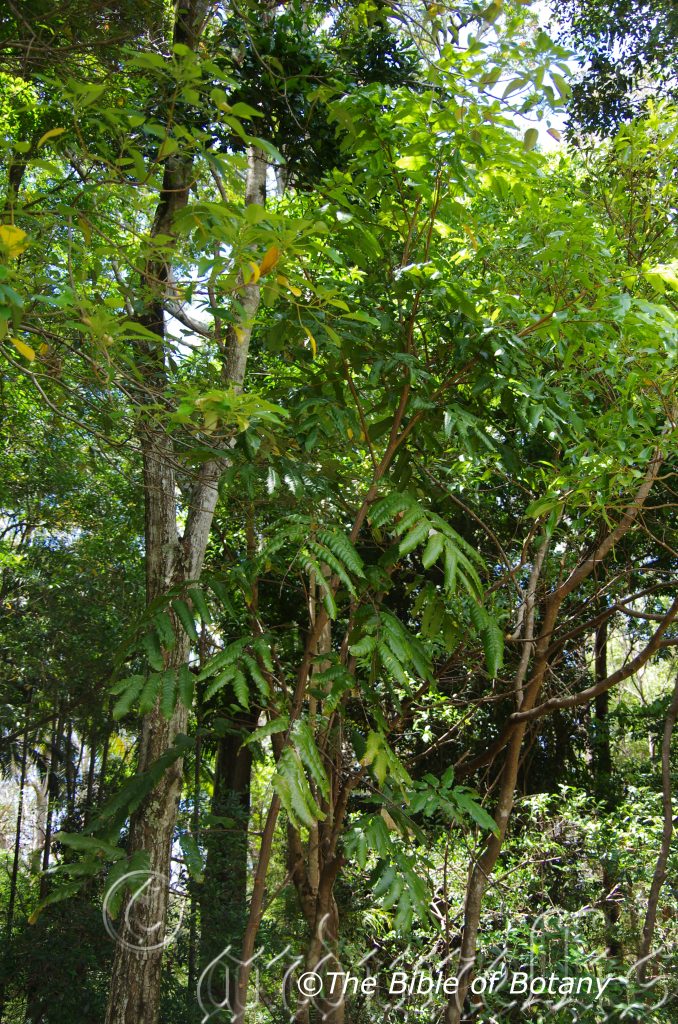
Clarence River NSW

Clarence River NSW
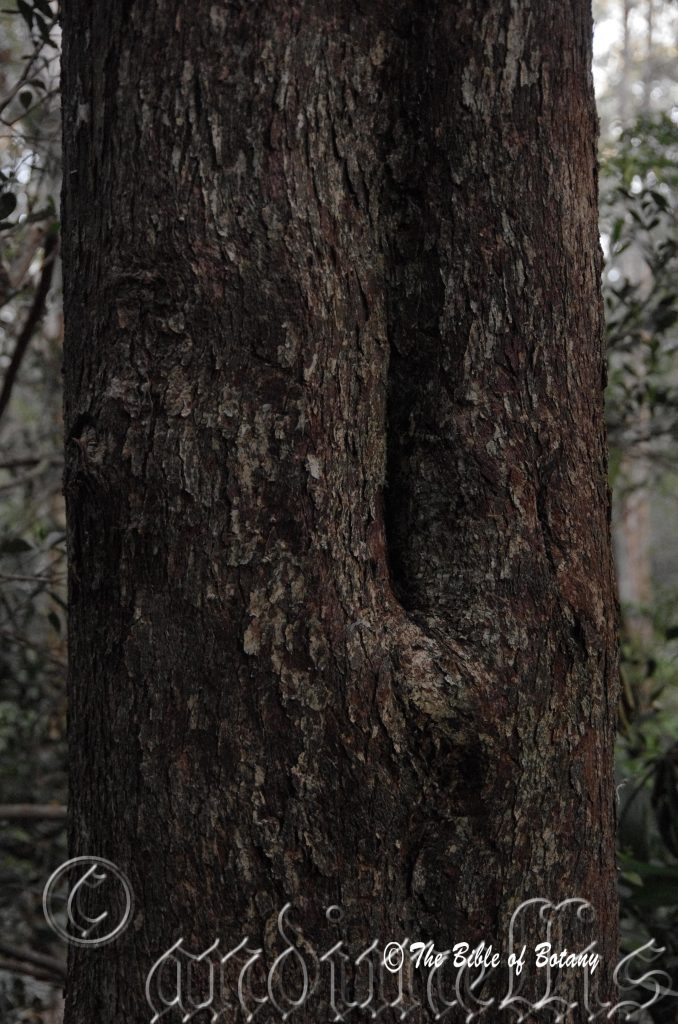
NCBG Coffs Harbour NSW

Clarence River NSW
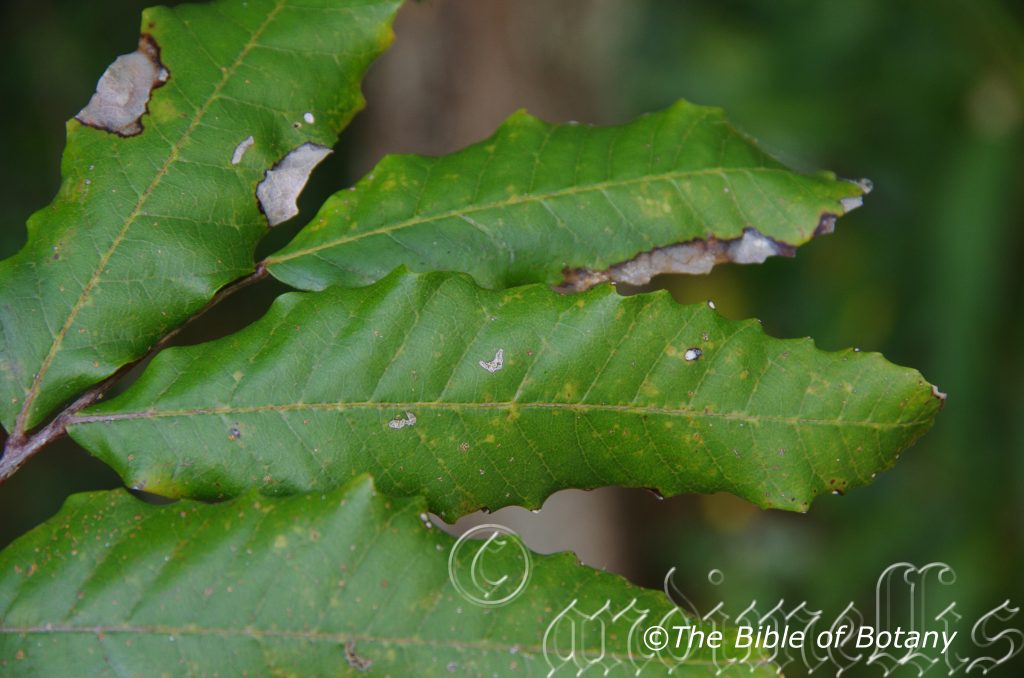
Clarence River NSW
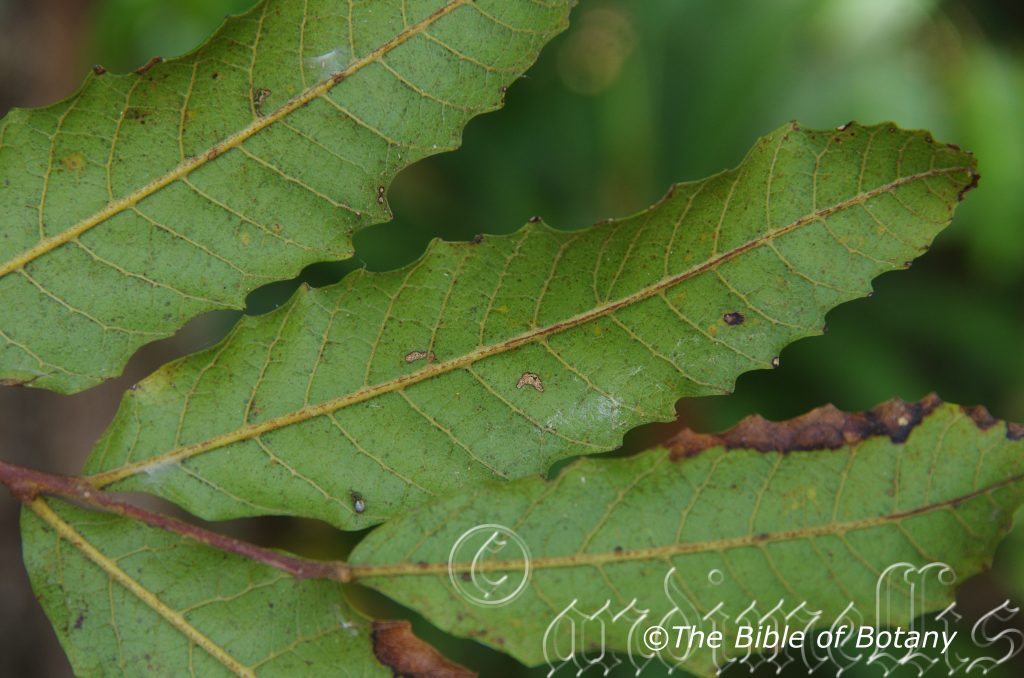
Clarence River NSW
Cupaniopsis flagelliformis
Classification:
Class: Rosids
Order: Sapindales
Family: Sapindaceae
Subfamily: Sapinoideae
Genus: Is named in honour of Fransesco Cupania; 1657-1710, who was an Italian botanist and Opsis which is Ancient Greek for to take the shape or form of. It refers to the trees resembling the Cupania genus in North America.
Specie: From Flagrum, which is Latin for a whip or lash and Forme, which is Latin for to take the shape or form of. It refers to an appendage, which has a having a whip like extension.
Sub specie: Cupanoiopsis flagelliformis subsp. australis. From Terra Australis, which is Latin for land of the south. It refers to plants, which were first discovered from the land down under.
Sub specie: Cupanoiopsis flagelliformis subsp. flagelliformis. From Flagrum, which is Latin for a whip or lash and Forme, which is Latin for to take the shape or form of. It refers to an appendage, which has a having a whip like extension.
Common Name: Brown Tamarind or Weeping flower Tuckeroo.
Distribution:
Cupanoiopsis flagelliformis subsp. flagelliformis is found on the southern Torres Strait Islands south to Rockingham Bay in far north eastern coastal Queensland. It is found on the Great Dividing Range.
Cupanoiopsis flagelliformis subsp. australis. Is found south from the Lamington National Park in far south east Queensland to the Richmond River in north eastern New South Wales. It is found on the Great Dividing Range to the coast.
https://avh.ala.org.au/occurrences/search?taxa=Cupaniopsis+flagelliformis#tab_mapView
Habitat Aspect Climate:
Cupanoiopsis flagelliformis prefer full sun to partial shade. It grows in warmer warm moist tropical rainforests and warm moist subtropical rainforests. The altitude ranges from 5 meters ASL to 1100 meters ASL.
The temperatures range from 1 degree in August to 36 degrees in January.
The rainfall ranges from lows of 1600mm to 3200mm average per annum.
Soil Requirements:
Cupanoiopsis flagelliformis prefers better quality light gravelly clays to medium clays or medium silts to heavy silts. The soils are usually derived from decomposed brown basalt, black basalt or granite. The soils pH ranges from 5pH to 6.5pH. It is not tolerant of waterlogged soils. Non saline soils to moderately saline soils are tolerated.
Height & Spread:
Wild Plants: 10m to 12m by 5m to 7m.
Characteristics:
Cupanoiopsis flagelliformis grows as a small tree with glabrous, grey and creamy-grey patterned bark and a dense canopy. The trunk is often flanged at the base on older trees. The branchlets are mid grey to deep grey-brown. The new growth and juvenile branchlets are grey-green and densely covered in brown pulverulent hairs and old leaf scars.
The alternate leaves of Cupanoiopsis flagelliformis are even pinnate with 10 to 16 leaflets. The leaves measure 200mm to 300mm length by 90mm to 270mm in width. The alternate, becoming sub opposite near the apex, leaflets are oblong-obovate and measure 40mm to 200mm in length by 20mm to 60mm in width. The deep reddish to deep reddish-purple petiole, rachis and petiolules turn deep green as they mature and are densely covered in fawnish-brown to yellowish-brown pulverulent hairs. The petiole and rachis have a defined ridge with 2 grooves on the upper surface. The petiole measures 15mm to 30mm in length while the rachis measures 35mm to 100mm in length and the petiolules measure 1mm to 4mm in length. The asymmetrical leaf bases are broad tapering while the apexes are broad acuate to obtuse. The discolourous leaves are deep green and semi glossy, glabrous or very sparsely covered in pale fawnish puberulent hairs on the upper laminas while the lower laminas are much paler being bluish-green or yellowish-green and moderately to densely covered in fawn puberulent hairs. The laminas are flat or slightly convex from the midvein to the margins and decurve near the apexes. The leaf margins are undulating and regularly deeply serrated. The mid vein is strongly prominent while the 16 to 20 lateral veins are moderately prominent on the lower lamina and are all distinctly visible on the upper laminas. The lower laminas often have hairy domatia present. The new growth is a glossy fawnish-green.
The inflorescences of Cupanoiopsis flagelliformis are born as long flagella like racemes from a central rachis. The panicles form in the upper leaf axils with each raceme measuring 100mm to 550mm in length hanging down like a mare’s tail. The peduncle, rachis and pedicels are densely covered in fawn pulverulent hairs. The individual flowers are sessile or are on short pedicels to 1mm in length. The calyxes and petals are sparsely to moderately covered in white appressed to tomentose hairs. The 4 obtuse calyxes measure 4mm to 5mm in length. The 4 cupular petals measure 2.5mm to 4mm in length by 2.5mm to 4mm in width.
The 8, white filaments are positioned at each side of the petals and are moderately covered in white hirsute hairs. The adnately fixed anthers are oblong and dehisce longitudinally. The stamens measure 4mm to 5mm in length including the yellow anthers.
The yellow-green ovary is moderately to densely covered in white pilose hairs. The trilobed stigma is densely covered in white pilose hair. Cupanoiopsis flagelliformis flowers appear from late February to March.
The fruits of Cupanoiopsis flagelliformis are ovoidal to ellipsoidal trigonous capsules. The orange to yellow-orange capsules are sparsely to moderately covered in short white pulverulent hairs externally and are yellow and glabrous internally. The capsules measure 15mm to 22mm in length by 15mm to 25mm in diameter. The capsules bear 3 glossy black seeds. The orbicular seeds have a bright yellow aril cupular aril covering the lower quarter to a third of the seed. The seeds measure 6mm to 8mm in length by 6mm to 8mm in diameter. The fruit ripens from October to January.
Sub Specie Differences:
The disjunct distribution is the easiest method to determine the subspecies.
Cupanoiopsis flagelliformis subsp. flagelliformis the laminas measure 40mm to 130mm in length by 20mm to 40mm in width.
Cupanoiopsis flagelliformis subsp. australis the laminas measure 55mm to 200mm in length by 22mm to 60mm in width.
Wildlife:
Cupanoiopsis flagelliformis is very attractive to all species of native bees when in flower along with many native nectar eating flies and pollen flies and small butterflies. The trees are a favourite haunt for small birds because of the insects the trees attract. When the fruits are ripe larger birds like the Sphecotheres vieilloti (Fig bird), Oriolus sagittatus (Oriels), Strepera gracilina (Pied Currawongs), Ptilonorhynchus violaceus (Satin Bower Bird), Ailuroedus crassirostris (Cat bird) and large Honey-Eaters like the Entomyzon cyanotis (Blue faced honeyeater) consume large amounts of the seeds. The trees produce a useful but strong dark honey of good flavour.
Cultivation:
Because of Cupanoiopsis flagelliformis hardiness on sandy loams to medium clays conditions, drought tolerant and cold tolerant down to minus 2 degrees once established and high temperatures should make this tree a must for small gardens where conditions are far from ideal.
Added to this the bark is ideal for epiphytic ferns and orchids while they attracts a lot of native insects when in flower. It supplies copious quantities of dark black honey which attract huge numbers of insects and insectivorous birds as well as smaller nectar eating birds. The trees are relatively fast growing which ensures a great natural choice for heavier soils.
It is an ideal size for smaller yards where shade is required, growing 5 meters to 8 meters tall by 5 meters to 8 meters in diameter. This tree would make an ideal tree to line driveways.
Cupanoiopsis flagelliformis is one of those trees that are very much under rated by gardeners but responds very favourably to a gardener’s attention. Try using the trees in irregular patterns on the lawn or as a central feature of four, five or six trees. Branches can be trimmed from an early stage to allow quicker growth so you can walk below the trees and enjoy the shade they provide or do some gardening. Do not force the trees in their early stages of establishment as the can be come top heavy and lean over or snap off.
Propagation:
Seeds: Sow the seeds directly into a seed raising mix and cover with them with 5mm to 10mm of the mix. Place the trays under shade and keep moist not wet. When the seedlings are 40mm to 50mm tall, prick them out and plant them into 50mm native tubes using a good organic mix.
Once the seedlings reach 150mm to 200mm in height plant them out into their permanent position. Mass plantings along driveways are best achieved by planting them at 6 meter to 8 meter centers. For dry rainforests plant them at 4 meters to 6 meter centers.
Fertilize using Seaweed, fish emulsion or organic chicken pellets soaked in water on an alternate basis. Fertilize every two months until the plants are established then twice annually in early September or March to maintain health, vitality and better flowering.
Further Comments from Readers:
Hi reader, it seems you use The Bible of Botany a lot. That’s great as we have great pleasure in bringing it to you! It’s a little awkward for us to ask, but our first aim is to purchase land approximately 1,600 hectares to link several parcels of N.P. into one at The Pinnacles NSW Australia, but we need your help. We’re not salespeople. We’re amateur botanists who have dedicated over 30 years to saving the environment in a practical way. We depend on donations to reach our goal. If you donate just $5, the price of your coffee this Sunday, We can help to keep the planet alive in a real way and continue to bring you regular updates and features on Australian plants all in one Botanical Bible. Any support is greatly appreciated. Thank you.
In the spirit of reconciliation we acknowledge the Bundjalung, Gumbaynggirr and Yaegl and all aboriginal nations throughout Australia and their connections to land, sea and community. We pay our respect to their Elders past, present and future for the pleasures we have gained.
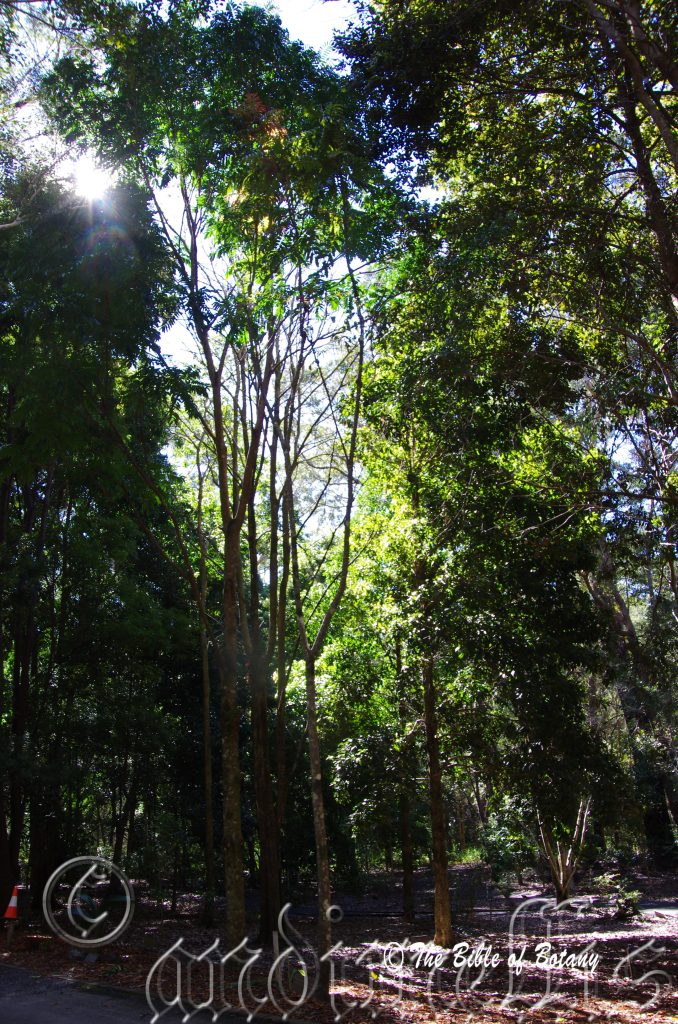
NCBG Coffs Harbour NSW
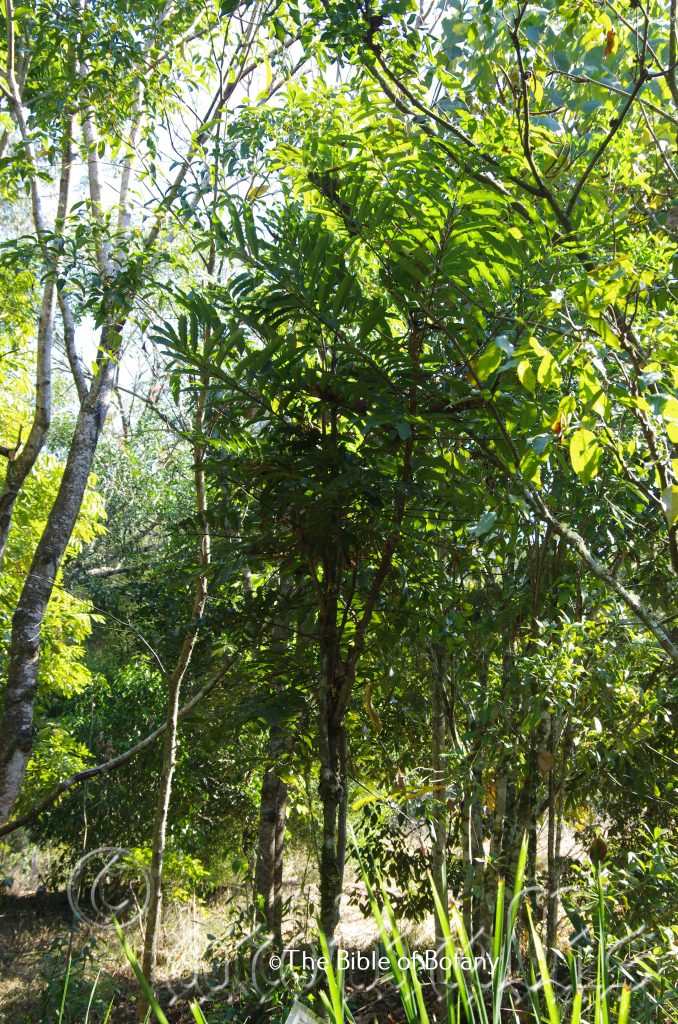
LBG Lismore NSW
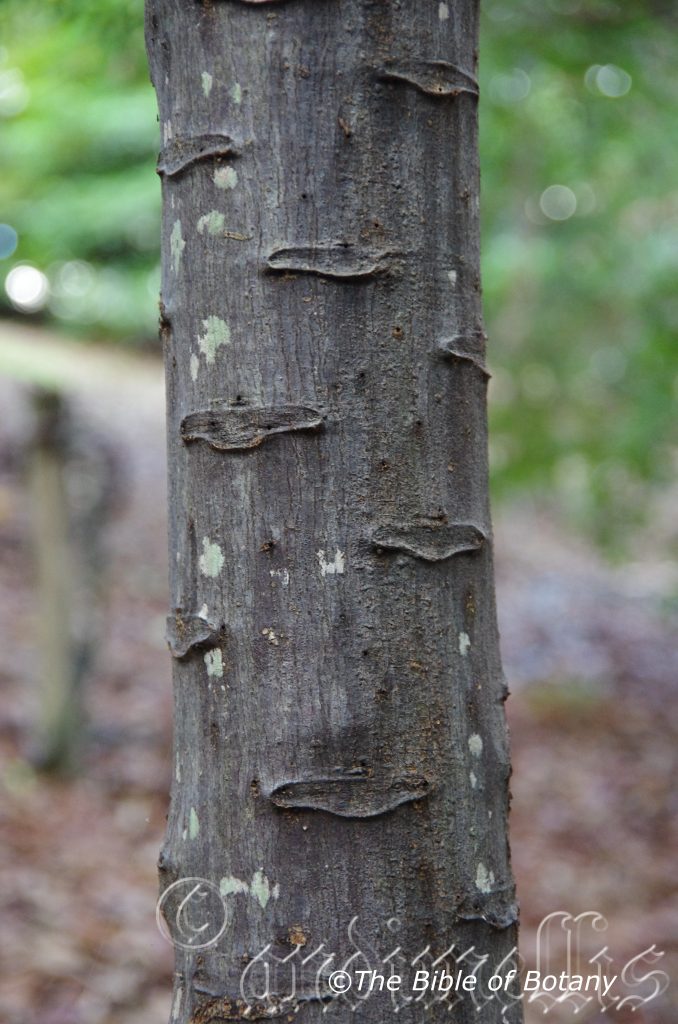
Mount Cootha Botanic Gardens Qld.
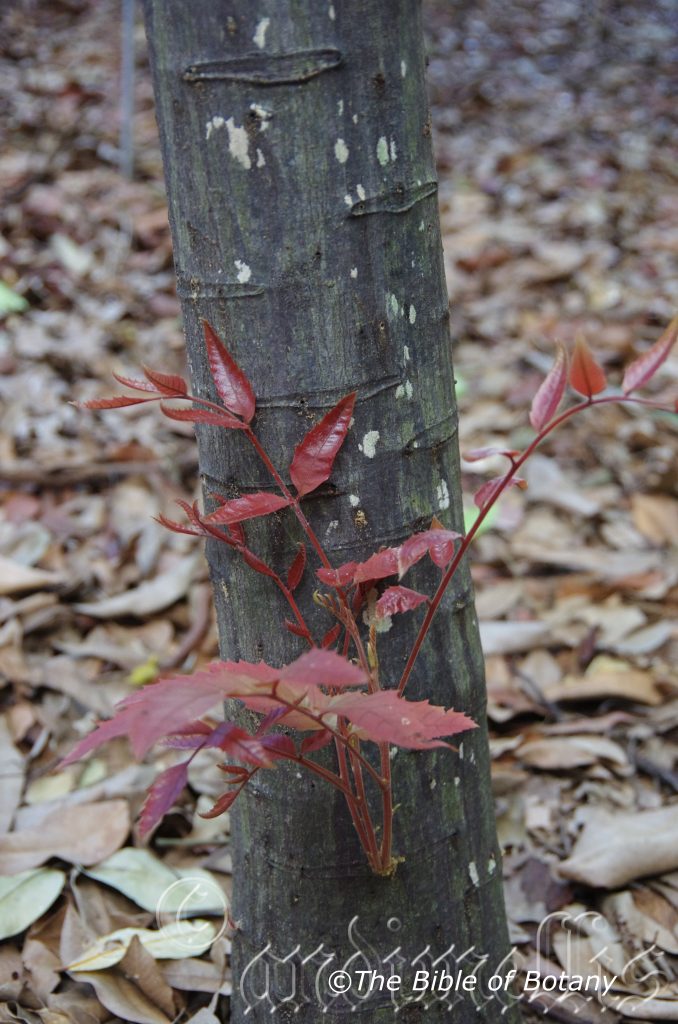
Mount Cootha Botanic Gardens Qld.
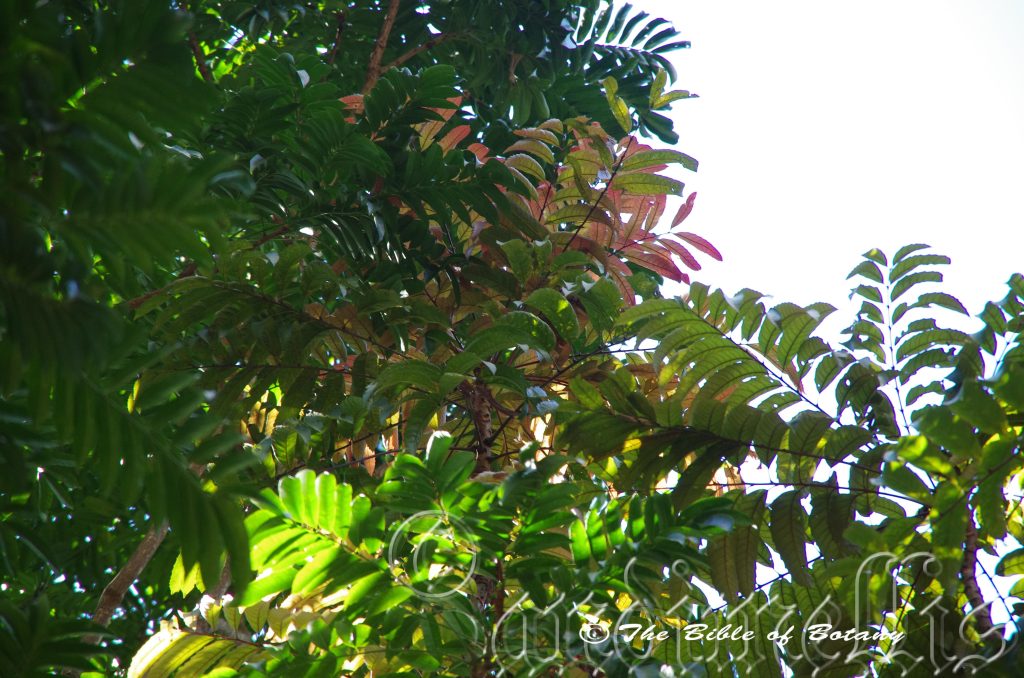
NCBG Coffs Harbour NSW
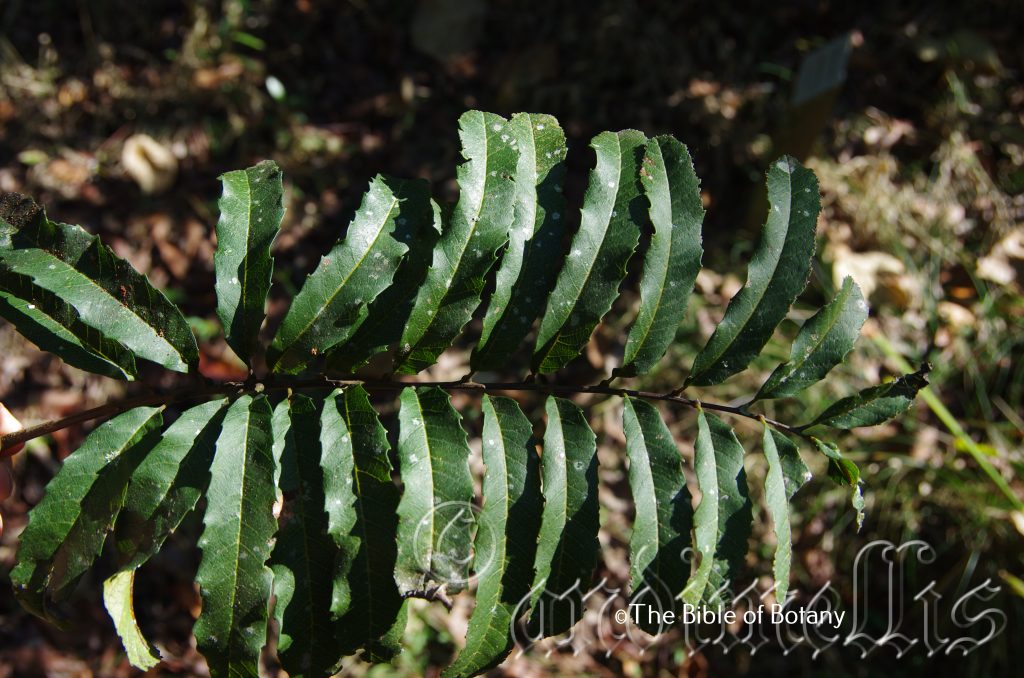
LBG Lismore NSW
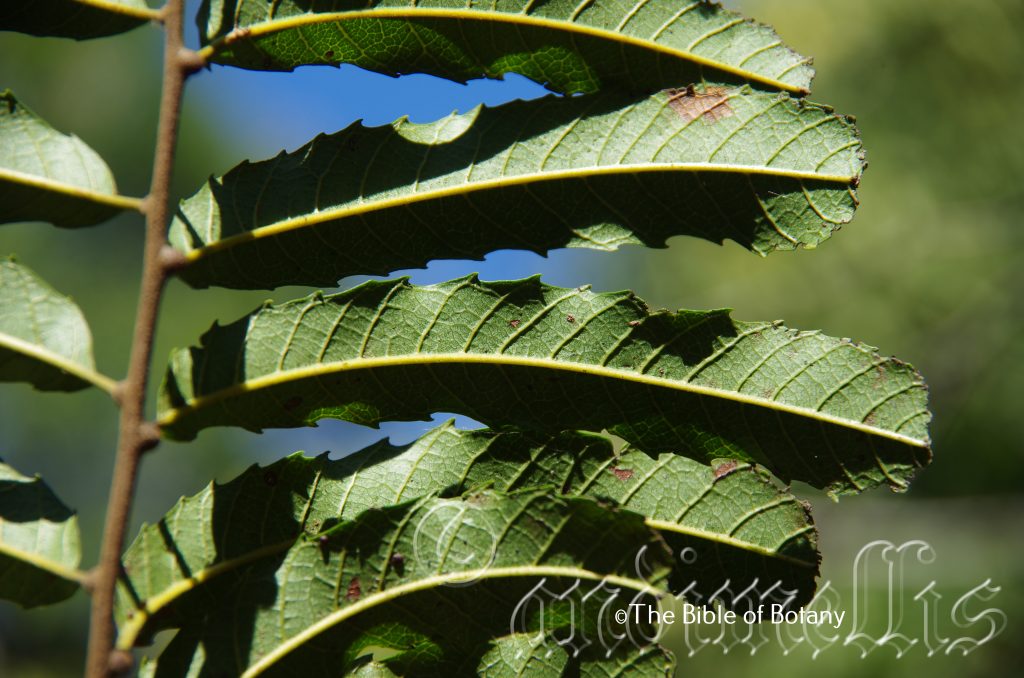
LBG Lismore NSW
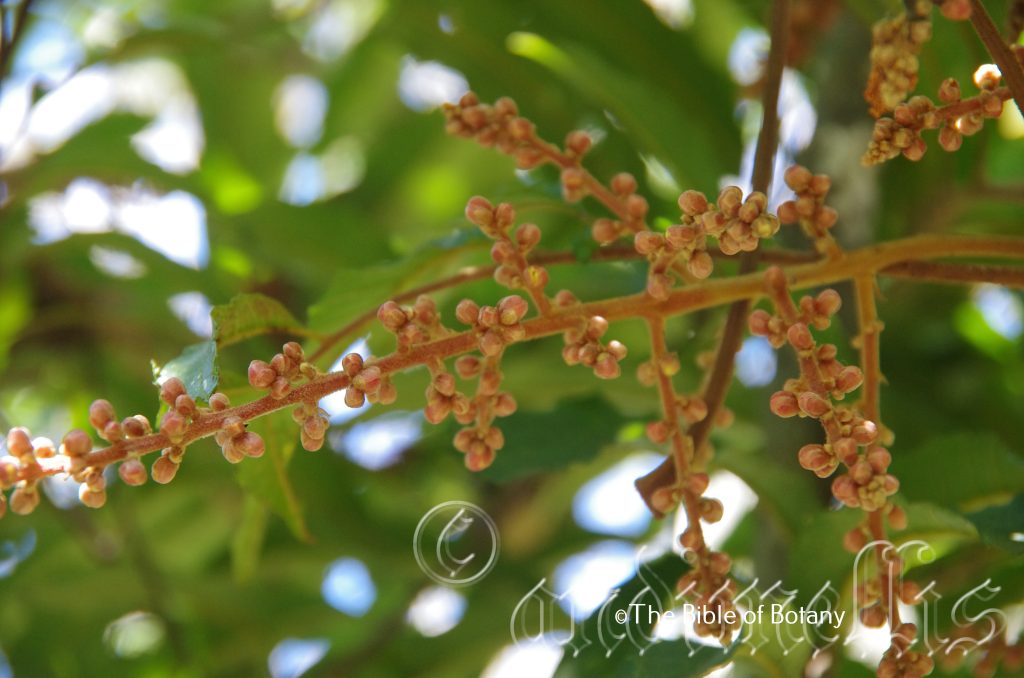
LBG Lismore NSW
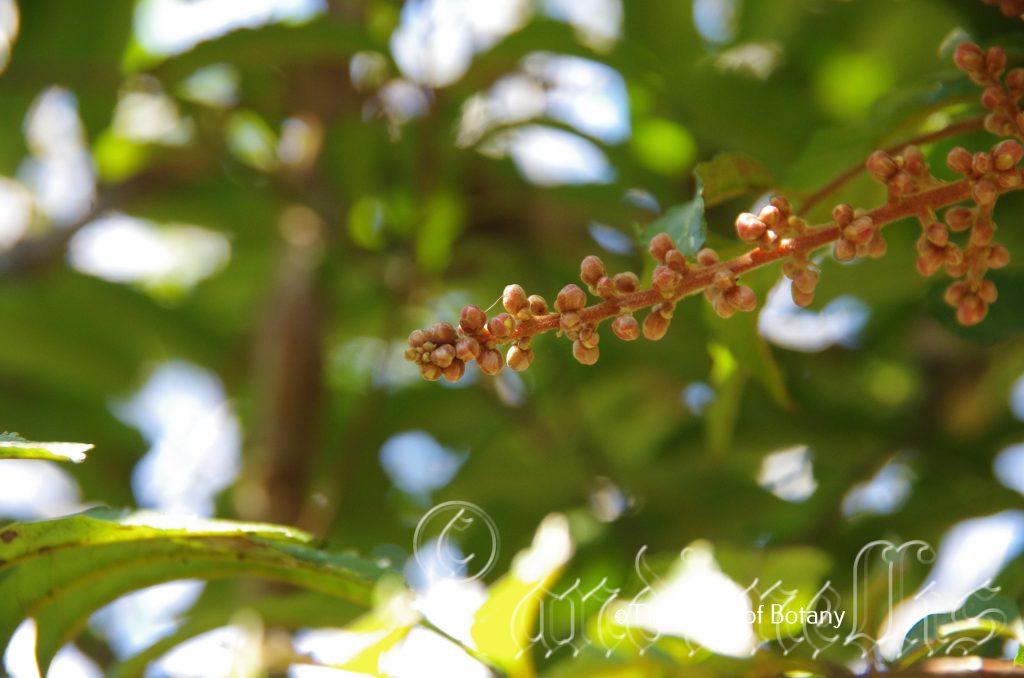
LBG Lismore NSW
Cupaniopsis newmanii
Classification:
Class: Rosids
Order: Sapindales
Family: Sapindaceae
Subfamily: Sapinoideae
Genus: Is named in honour of Fransesco Cupania; 1657-1710, who was an Italian botanist and Opsis which is Ancient Greek for to take the shape or form of. It refers to the trees resembling the Cupania genus in North America.
Specie: Is named in honour of John Newman; 1936-2023, who was a keen conservationist.
Common Name: Long Leaf Tuckeroo
Distribution:
Cupaniopsis newmanii is restricted to a small area bounded by Mount Tamborine, Woodenbong and Mullumbimby in far south eastern Queensland and far north eastern northern New South Wales. There is a disjunct population further north near Kin Kin It grows on and east of the Great Dividing Range on the coastal ranges.
https://avh.ala.org.au/occurrences/search?taxa=Cupaniopsis+newmanii#tab_mapView
Habitat Aspect Climate:
Cupaniopsis newmanii grows in full shade to partial shade. It grows inwarm moist rainforest, gallery rainforests and the transitional zones between warm, moist rainforests and moist Eucalyptus forests. The altitude ranges from 5 meters ASL to 600 meters ASL.
The temperatures range from 1 degree in August to 38 degrees in January.
The rainfall ranges from lows of 1000mm to 1600mm average per annum.
Soil Requirements:
Cupaniopsis newmanii prefers better quality loams to medium gravelly clays. The soils are derived from decomposed black basalts. The soils pH ranges from 5pH to 6.5pH. It does not tolerate waterlogged soils. Non saline soils to moderately saline soils are tolerated.
Height & Spread:
Wild Plants: 6m to 8 by 1.5m to 2m.
Characteristics:
Cupaniopsis newmanii is a striking small erect tree. The trunk is often flanged at the base of large trees and has an unusual horizontal pattern in grey and creamy-grey on the bark. The branches are few while the branchlets are often angular and covered in paler lenticels. New growth and juvenile branchlets are glabrous to densely covered in brown to rusty-brown velvety pulverulent hairs.
The alternate leaves of Cupaniopsis newmanii are even pinnate with 16 to 24 leaflets. The leaves measure 350mm to 450mm in length by 120mm to 230mm in width. The opposite leaflets are oblong-elliptic to oblanceolate and measure 60mm to 130mm in length by 25mm to 50mm in width. The petiole, rachis and petiolules are glabrous or sparsely covered in fawnish puberulent hairs. The petioles measure 12mm to 60mm while the rachises measure 50mm to 210mm length and the petiolules measure 8mm to 30mm in length. The leaf bases are strongly asymmetrical, broadly cuneate to rounded-cuneate while the apexes are acuminate to long acuminate. The coriaceous, discolourous leaves are deep green and glabrous on the upper laminas while the lower laminas are paler, glabrous or sparsely covered in fawnish puberulent hairs. The laminas are relatively flat and decurve downwards near the base and again near the apex. The leaf margins are undulating and deeply serrated. The new growth is a vivid glossy, reddish-brown. The mid vein is rounded and strongly prominent on the lower lamina while the 36 to 44 lateral veins are regularly positioned along the main vein and are slightly and moderately prominent.
The inflorescences of Cupaniopsis newmanii are born as raceme like panicles from the upper leaf axils. The panicles measure 100mm to 200mm in length. The peduncules, rachis and pedicels are densely covered in short pinkish to rusty-red pulverulent hairs. The peduncles measure 15mm to 40mm in length while the rachis measures 85mm to 160mm in length and the pedicels measure 1mm to 3mm in length. The 5 pastel pink to deep pink obtuse sepals are glabrous or sparsely covered in white puberulent hairs externally and measure 5mm to 7mm in length by 5mm to 7mm in width. The cream to pastel creamy pink, obtuse petals measure 2.5mm to 3.5mm in length by 2.5mm to 3.5mm in width.
The 8 white filaments measure 3mm to 4mm in length while the creamy-yellow oblong anthers measure 0.6mm to 1mm in length. The fawn style measures less than 0.5mm in length. The ovary is covered in rusty-brown tomentose hairs. Cupaniopsis newmanii flowers appear from late May to early August.
The fruits of Cupaniopsis newmanii are elongated or globose, trigonous capsules with grooved sutures. The capsules are right pink and covered in pinkish to rusty-brown pulverulent hairs externally and are glabrous internally. They measure 18mm to 24mm in length by 16mm to 27mm in diameter. The capsules bear one glossy, black seed in each of the trigonous lobes. The seeds have a small cupular, yellow aril on one end and measure 6mm to 10mm in length by 4mm to 9mm in diameter. The fruits ripen from August to December.
Wildlife:
Cupaniopsis newmanii are very attractive to all species of native bees when in flower along with many native nectar eating flies and pollen flies and small butterflies. The trees are a favourite haunt for small birds because of the insects the trees attract. When the fruits are ripe larger birds like the Sphecotheres vieilloti (Fig bird), Oriolus sagittatus (Oriels), Strepera gracilina (Pied Currawongs), Ptilonorhynchus violaceus (Satin Bower Bird), Ailuroedus crassirostris (Cat bird) and large Honey-Eaters like the Entomyzon cyanotis (Blue faced honeyeater) consume large amounts of the seeds. The trees produce a useful but strong dark honey of good flavour.
Cultivation:
Because of Cupaniopsis newmanii hardiness on sandy loams to medium clays, drought tolerant, cold tolerant down to minus 1 degree and high temperatures to over 40 degrees should place this narrow tree on a high priority list for most small gardens and school grounds in most gardens including those in semi-arid areas where conditions are ideal and soil moisture is not a problem.
It is fast growing in its natural habitat and with a little additional water, a good fertilizing regime the trees will quickly form a beautiful shade tree. Trees will grow from 6 meters to 8 meters in height by 1.5 meters to 3 meters in diameter when grown in the open.
It is a great tree for encouraging birds that will seek refuge and food. It has a relative small unobtrusive root system for a large tree. It drops a lot of leaves and the leaves are not attacked by insects so it always looks neat and tidy. Added to this the bark is ideal for epiphytic ferns and orchids, attracts a lot of native insects when in flower and supplies good yields of dark black honey. Insects are attracted to the flowers which in return attract insectivorous birds.
The trees would make very good accent trees in front of low set commercial, industrial sheds or lowest school buildings when planted in mass or scattered on a turfed area. Here they will break up hard rigid architectural lines and give warmth and breadth to a building, cooling the buildings in summer and giving warmth during the winter months. It would make an excellent tree for nature strips especially in sub-tropical districts especially where they could be grown in curved avenues.
Cupaniopsis newmanii is one of those trees that are very much underrated by gardeners but responds very favourably to a gardener’s attention. Try using the trees in irregular patterns on the lawn or as a central feature of four, five or six trees. Do not force the trees in their early stages of establishment as the can be come top heavy and lean over or snap off.
Propagation:
Seeds: Sow the seeds directly into a seed raising mix and cover with them with 5mm to 10mm of the mix. Place the trays under shade and keep moist not wet. When the seedlings are 40mm to 50mm tall, prick them out and plant them into 50mm native tubes using a good organic mix.
Once the seedlings reach 150mm to 200mm in height plant them out into their permanent position. Mass plantings along driveways are best achieved by planting them at 6 meter to 8 meter centers. For dry rainforests plant them at 4 meters to 6 meter centers.
Fertilize using Seaweed, fish emulsion or organic chicken pellets soaked in water on an alternate basis. Fertilize every two months until the plants are established then twice annually in early September or March to maintain health, vitality and better flowering.
Further Comments from Readers:
Hi reader, it seems you use The Bible of Botany a lot. That’s great as we have great pleasure in bringing it to you! It’s a little awkward for us to ask, but our first aim is to purchase land approximately 1,600 hectares to link several parcels of N.P. into one at The Pinnacles NSW Australia, but we need your help. We’re not salespeople. We’re amateur botanists who have dedicated over 30 years to saving the environment in a practical way. We depend on donations to reach our goal. If you donate just $5, the price of your coffee this Sunday, We can help to keep the planet alive in a real way and continue to bring you regular updates and features on Australian plants all in one Botanical Bible. Any support is greatly appreciated. Thank you.
In the spirit of reconciliation we acknowledge the Bundjalung, Gumbaynggirr and Yaegl and all aboriginal nations throughout Australia and their connections to land, sea and community. We pay our respect to their Elders past, present and future for the pleasures we have gained.

Limeburners Creek National Park NSW
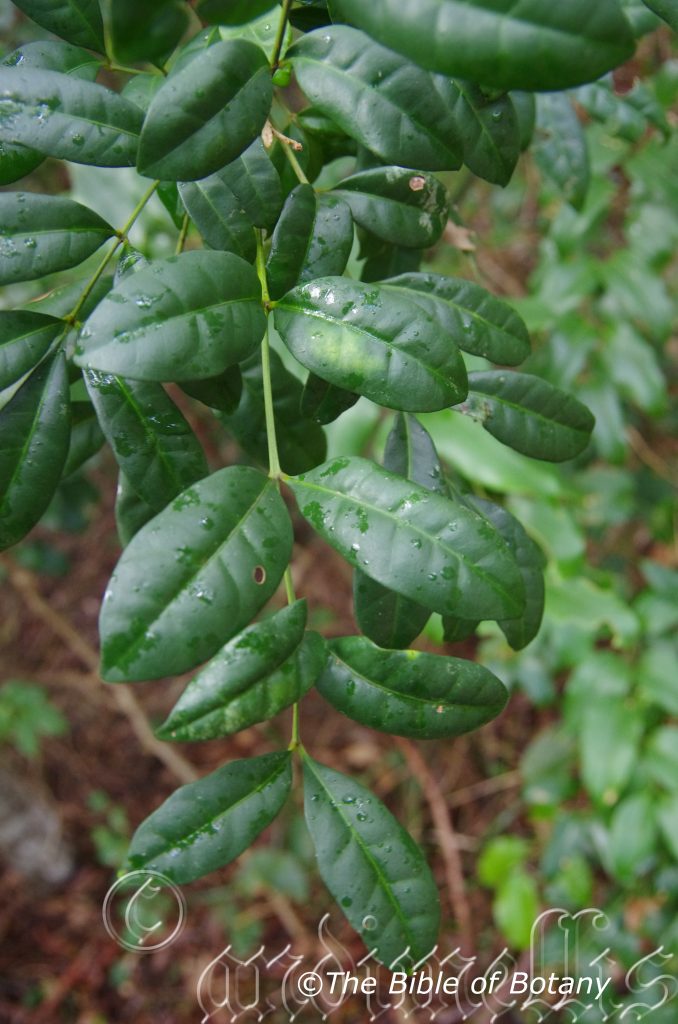
Limeburners Creek National Park NSW
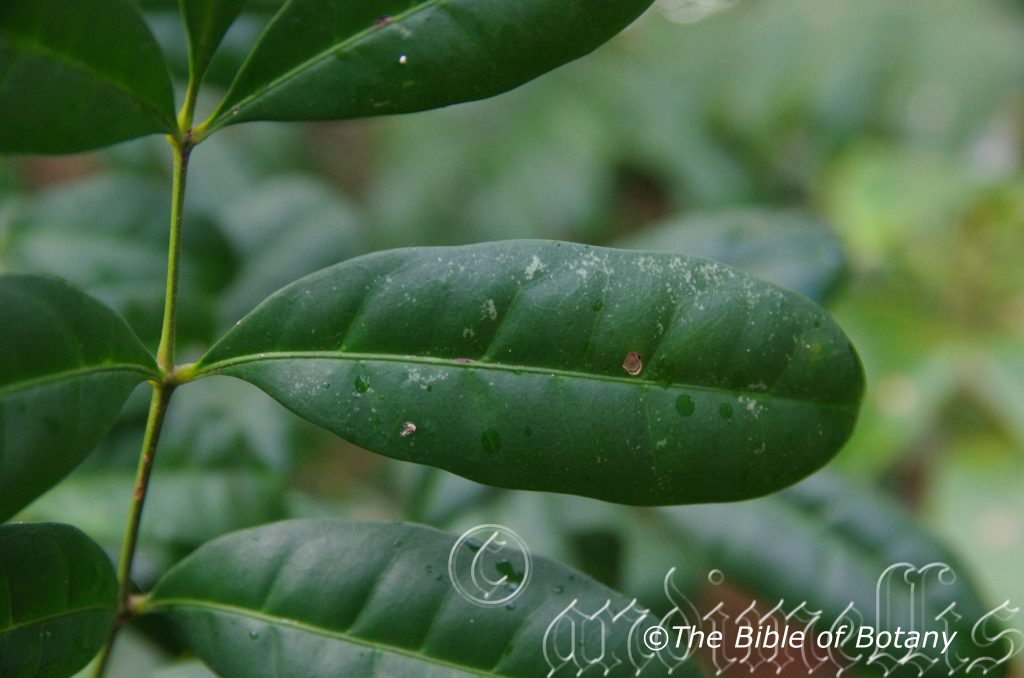
Limeburners Creek National Park NSW
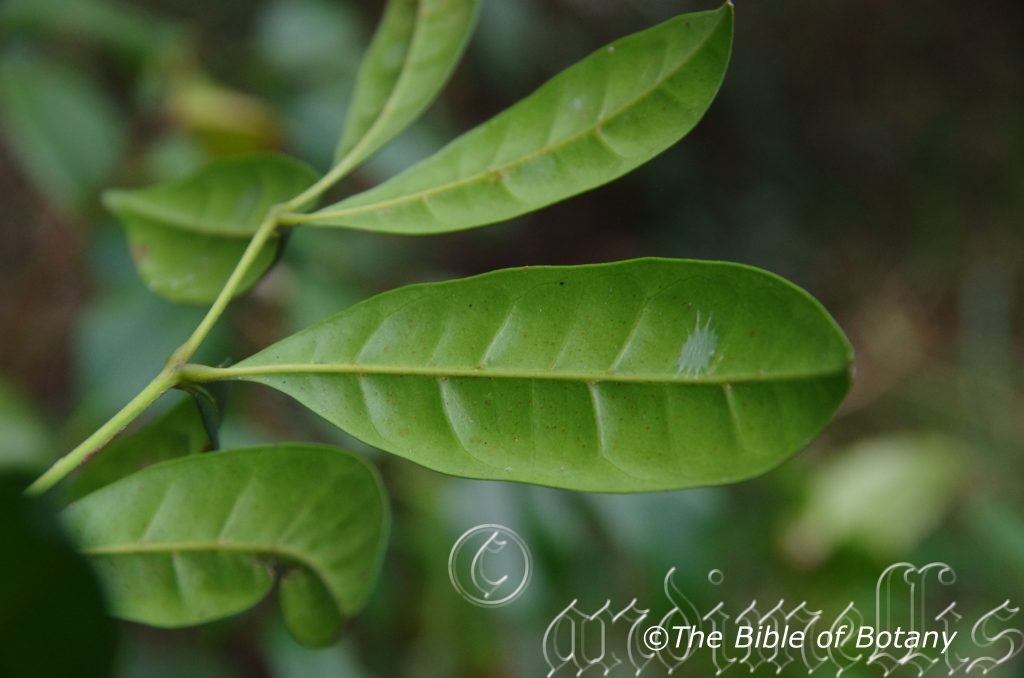
Limeburners Creek National Park NSW
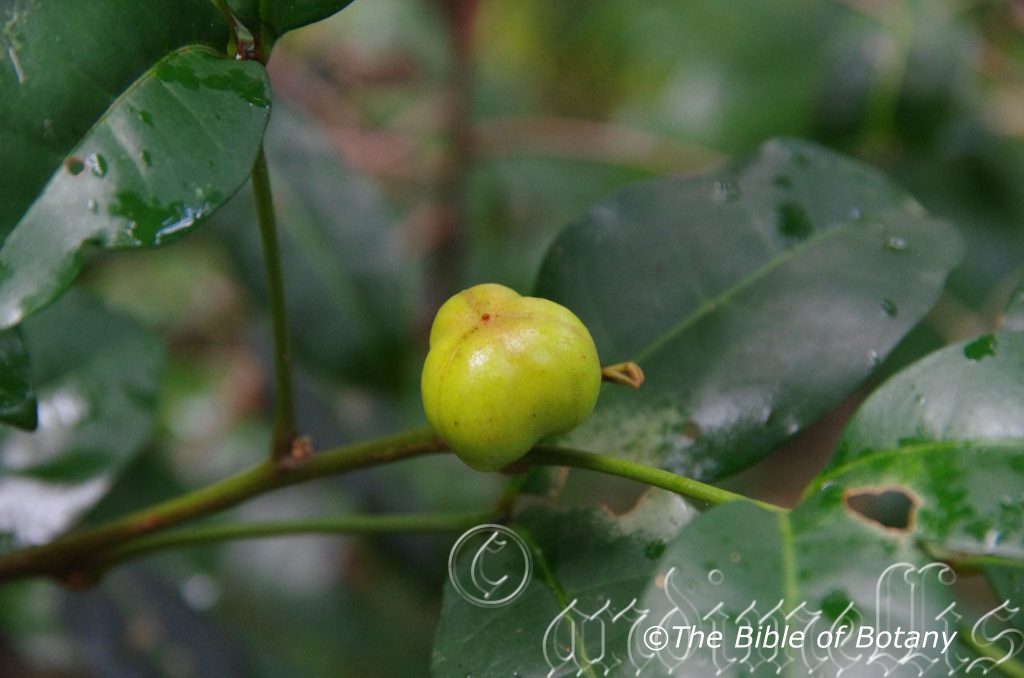
Limeburners Creek National Park NSW
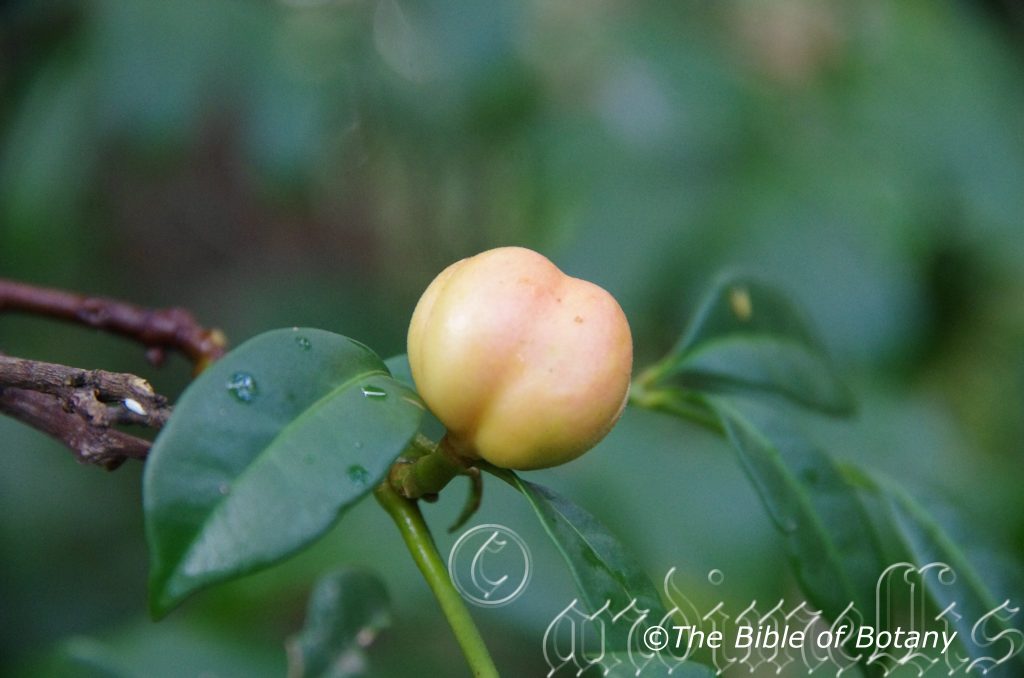
Limeburners Creek National Park NSW
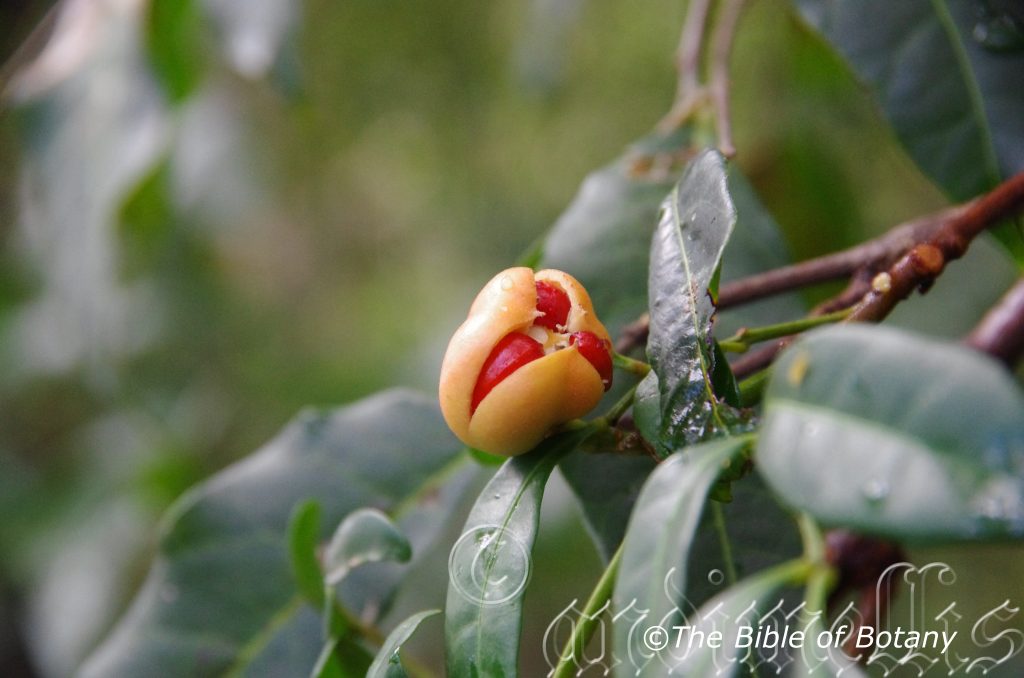
Limeburners Creek National Park NSW

Limeburners Creek National Park NSW
Cupaniopsis parvifolia
Classification:
Class: Rosids
Order: Sapindales
Family: Sapindaceae
Subfamily: Sapinoideae
Genus: Is named in honour of Fransesco Cupania; 1657-1710, who was an Italian botanist and Opsis which is Ancient Greek for to take the shape or form of. It refers to the trees resembling the Cupania genus in North America.
Specie: From Paûros, which is Ancient Greek or Parvum, which is Latin for small and Folium, which is Latin for a foliage. It refers to leaves, which are very small.
Common Name: Small Leaf Tuckeroo.
Distribution:
Cupaniopsis parvifolia is found south from Childers in southern Queensland to Grafton in northern New South Wales. There are several disjunct populations further south near Port Macquarrie, Foster and Gloucester and further north near Denham Range, Mount Aberdeen National Park and the Etheridge River in southern Cape York Peninsula. It grows east of the Great Dividing Range in the coastal ranges down to lower altitudes but not near the ocean.
https://avh.ala.org.au/occurrences/search?taxa=Cupaniopsis+parvifolia#tab_mapView
Habitat Aspect Climate:
Cupaniopsis parvifolia grows in full sun to full shade. It grows indry rainforest, gallery rainforests and the marginal zones between dry rainforests and moist Eucalyptus forests. The altitude ranges from 5 meters ASL to 600 meters ASL.
The temperatures range from minus 2 degrees in August to 38 degrees in January.
The rainfall ranges from lows of 600mm to 1600mm average per annum.
Soil Requirements:
Cupaniopsis parvifolia’s prefers fine sandy loams to light gravelly clays which are derived from decomposed sandstones, basalts and shales or accumulated sands behind and on the frontal dunes. The soils pH ranges from 5pH to 6pH. It is not tolerant of waterlogged soils. Non saline soils to extremely saline soils are tolerated.
Height & Spread:
Wild Plants:15m to 20 by 5m to 8m.
Characteristics:
Cupaniopsis parvifolia is a striking small tree with a grey and creamy grey glabrous bark. The trunk is often flanged at the base of large trees and has an unusual horizontal pattern in grey and creamy grey. Branchlets are often angular and covered in paler lenticels. New growth and juvenile branchlets are covered in short grey puberulent to pulverulent hairs.
The alternate leaves of Cupaniopsis parvifolia are even pinnate with 6 to 10 leaflets. The leaves measure 50mm to 150mm in length. The sub opposita leaflets are narrow obovate to elliptic and measure 25mm to 80mm in length by 7mm to 30mm in width. The petioles, rachis and petiolules are glabrous. The petioles measure 10mm to 25mm in length while the rachises measure 20mm to 45mm length and the petiolules measure 2mm to 5mm in length. The leaf bases are broad cuneate to rounded while the apexes are obtuse to retuse. The coriaceous, discolourous laminas are deep grass-green to sea-green and glabrous on the upper laminas while the lower laminas are paler. The laminas are decurve downwards from the midvein to the margins and near the apex. The leaf margins are entire and undulating. The reddish-brown mid vein is obtuse and strongly prominent on the lower lamina and is visible from the upper lamina. The lateral veins are regularly positioned along the main vein from 2.5mm to 5mm apart.
The inflorescences of Cupaniopsis parvifolia is born as short panicles from the upper leaf axils. The panicles measure 25mm to 75mm in length. The peduncules and pedicels are covered in short pale grey tomentose hairs. The peduncles measure 5mm to 10 while the pedicels measure 3mm to 5mm in length. The 3 pascal creamy green obtuse sepals are glabrous or sparsely covered in white puberulent hairs and measure 2mm to 3.5mm in length. The pascal creamy green obtuse petals measure 1.5mm to 2mm in length.
There are 8 crimson filaments measure 2mm to 3.5mm in length while the creamy yellow anthers measure 0.6mm to 1mm in diameter. The fawn style is less than 0.5mm in length. Cupaniopsis parvifolia flowers from late May to early August.
The fruits of Cupaniopsis parvifolia are flattened, sub globose, trigonous capsules. The capsules are dull yellow to dull yellow-orange capsules. They measure 10mm to 20mm in length by 10mm to 20mm in diameter. The capsules are glabrous externally and internally. The capsules bear one black glossy seed in each lobe. The black seeds are almost entirely covered in a bright orange-red aril and measure 4mm to 9mm in length by 4mm to 9mm in diameter. The fruits ripen from August to December.
Wildlife:
Cupaniopsis parvifolia are attractive to all species of native bees when in flower along with many native nectar eating flies and pollen flies and small butterflies. The trees are a favourite haunt for small birds because of the insects the trees attract. When the fruits are ripe larger birds like the Sphecotheres vieilloti (Fig bird), Oriolus sagittatus (Oriels), Strepera gracilina (Pied Currawongs), Ptilonorhynchus violaceus (Satin Bower Bird), Ailuroedus crassirostris (Cat bird) and large Honey-Eaters like the Entomyzon cyanotis (Blue faced honeyeater) consume large amounts of the seeds. The trees produce a useful but strong dark honey of good flavour.
Cultivation:
Because of Cupaniopsis parvifolia hardiness on sandy loams to medium clays, resistance to saline conditions, drought resistance, cold tolerance down to minus 4 degrees and high temperatures to over 40 degrees should place this tree on a high priority list for most small gardens and school grounds in most gardens including those in semi-arid areas where conditions are far from ideal.
It is relatively fast growing in its natural habitat and with a little additional water, a good fertilizing regime the trees will quickly form a beautiful shade tree. Trees will grow from 6 meters to 8 meters in height by 6 meters to 8 meters in diameter when grown in the open.
It is a great tree for encouraging birds that will seek refuge and food. It has a relative small unobtrusive root system especially if grown on sand. It drops a lot of leaves and the leaves are not attacked by insects so it always looks neat and tidy. Added to this the bark is ideal for epiphytic ferns and orchids, attracts a lot of native insects when in flower and supplies good yields of dark black honey. Insects are attracted to the flowers which in return attract insectivorous birds.
The trees would make very good accent trees in front of low set commercial, industrial sheds or lowest school buildings where they will break up hard rigid architectural lines and give warmth and breadth to a building and cooling the buildings in summer and giving warmth during the winter months. They would make excellent trees for nature strips especially in semi-arid districts especially where they could be grown in curved avenues.
Cupaniopsis parvifolia is one of those trees that are very much under rated by gardeners but responds very favourably to a gardener’s attention. Try using the trees in irregular patterns on the lawn or as a central feature of four, five or six trees. Branches can be trimmed from an early stage to allow quicker growth so you can walk below the trees and enjoy the shade they provide or do some gardening. Do not force the trees in their early stages of establishment as the can be come top heavy and lean over or snap off.
Propagation:
Seeds: Sow the seeds directly into a seed raising mix and cover with them with 5mm to 10mm of the mix. Place the trays under shade and keep moist not wet. When the seedlings are 40mm to 50mm tall, prick them out and plant them into 50mm native tubes using a good organic mix.
Once the seedlings reach 150mm to 200mm in height plant them out into their permanent position. Mass plantings along driveways are best achieved by planting them at 6 meter to 8 meter centers. For dry rainforests plant them at 4 meters to 6 meter centers.
Fertilize using Seaweed, fish emulsion or organic chicken pellets soaked in water on an alternate basis. Fertilize every two months until the plants are established then twice annually in early September or March to maintain health, vitality and better flowering.
Further Comments from Readers:
Hi reader, it seems you use The Bible of Botany a lot. That’s great as we have great pleasure in bringing it to you! It’s a little awkward for us to ask, but our first aim is to purchase land approximately 1,600 hectares to link several parcels of N.P. into one at The Pinnacles NSW Australia, but we need your help. We’re not salespeople. We’re amateur botanists who have dedicated over 30 years to saving the environment in a practical way. We depend on donations to reach our goal. If you donate just $5, the price of your coffee this Sunday, We can help to keep the planet alive in a real way and continue to bring you regular updates and features on Australian plants all in one Botanical Bible. Any support is greatly appreciated. Thank you.
In the spirit of reconciliation we acknowledge the Bundjalung, Gumbaynggirr and Yaegl and all aboriginal nations throughout Australia and their connections to land, sea and community. We pay our respect to their Elders past, present and future for the pleasures we have gained.
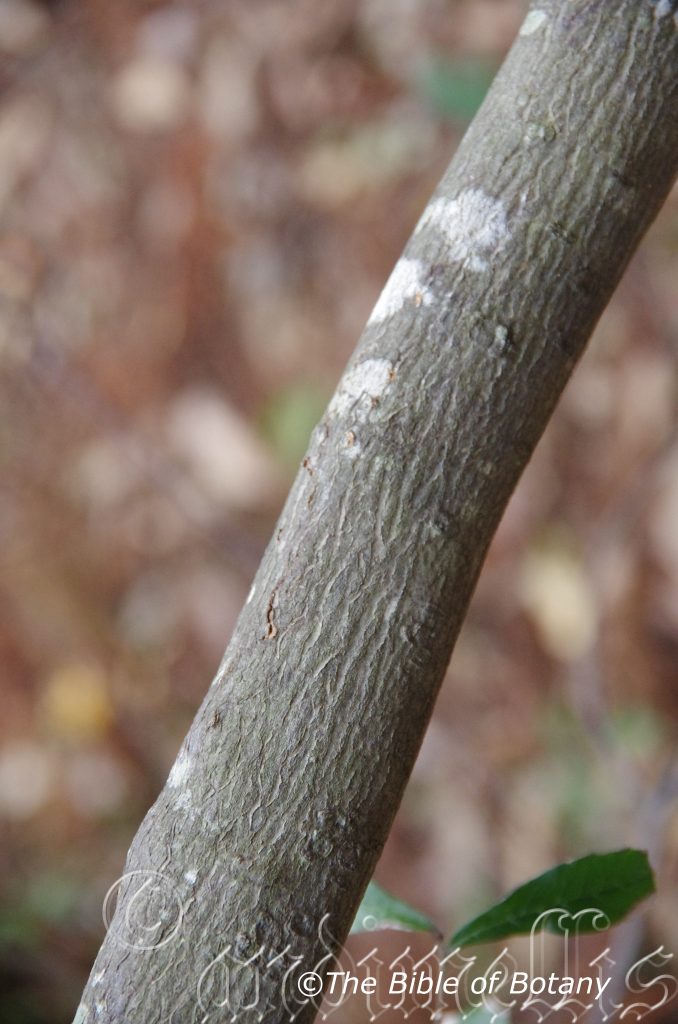
Mount Cootha Botanic Gardens Qld.

Mount Cootha Botanic Gardens Qld.

Mount Cootha Botanic Gardens Qld.

Mount Cootha Botanic Gardens Qld.
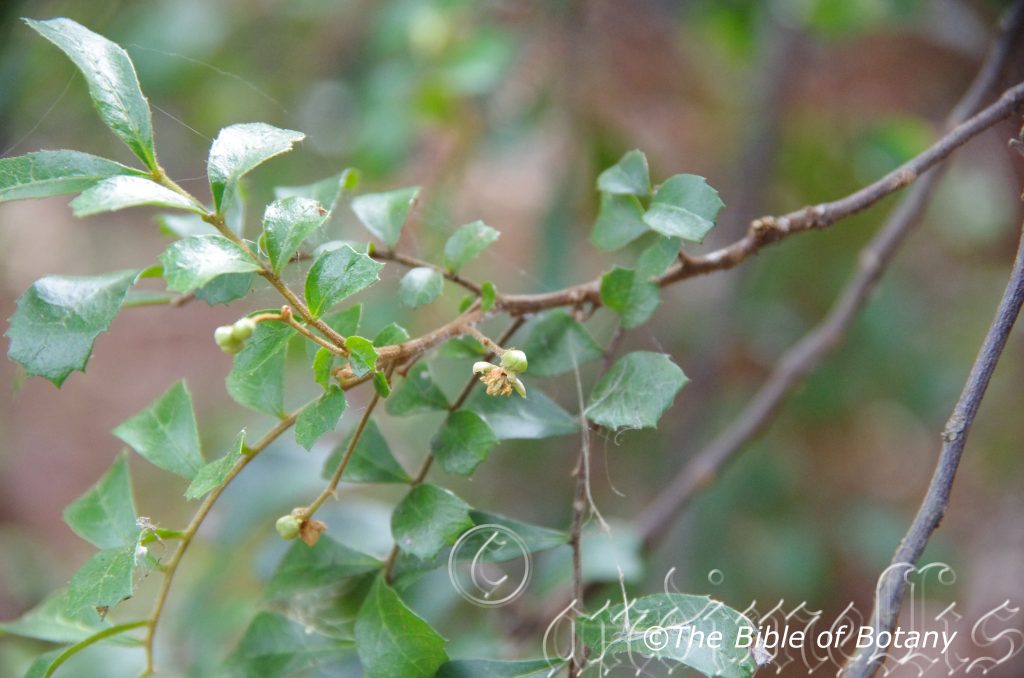
Mount Cootha Botanic Gardens Qld.
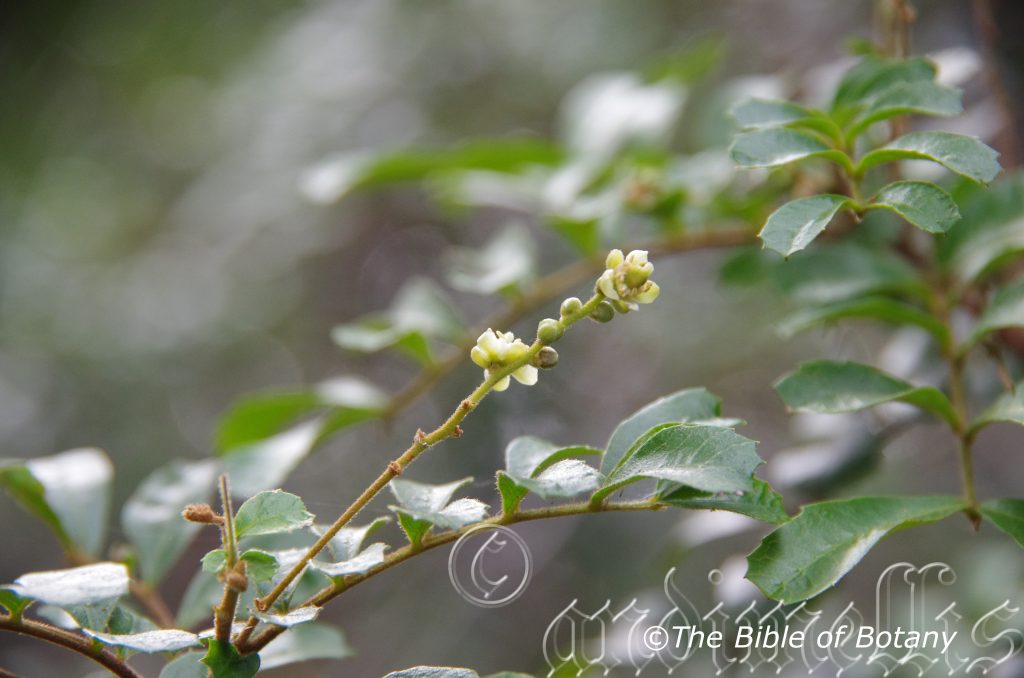
Mount Cootha Botanic Gardens Qld.
Cupaniopsis shirleyana
Classification:
Class: Rosids
Order: Sapindales
Family: Sapindaceae
Subfamily: Sapinoideae
Genus: Is named in honour of Fransesco Cupania; 1657-1710, who was an Italian botanist and Opsis which is Ancient Greek for to take the shape or form of. It refers to the trees resembling the Cupania genus in North America.
Specie: Is named in honour of John Francis Shirley; 1849-1922, who was an English born Australian who encouraged and promoted the study of nature in school curriculum.
Common Name: Wedge Leaf Tuckeroo. The local aborigines know it as kooraloo.
Distribution:
Cupaniopsis shirleyana is found in a few isolated pockets south from Miriam Vale to Gympie in south Eastern Queensland.
https://avh.ala.org.au/occurrences/search?taxa=Cupaniopsis+shirleyana#tab_mapView
Habitat Aspect Climate:
Cupaniopsis shirleyana grows in full sun to dappled shade. It grows in a wide range of habitats including rainforests, dry rainforest, riparian zones, vine forests and transitional zones. The altitude ranges from 20 meters ASL to 550 meters ASL.
The temperatures range from 2 degrees in August to 38 degrees in January.
The rainfall ranges from lows of 700mm to 2000mm average per annum.
Soil Requirements:
It is found on hill sides, ridges and lower slopes to riverine gullies. It prefers better quality loams to light gravelly clays which are derived from decomposed basalts and shales or accumulated fatty screes and fatty sands. The soils pH ranges from 5pH to 7.5pH. It is not tolerant of waterlogged soils but prefers even soil moisture. Non saline soils to moderately saline soils are tolerated.
Height & Spread:
Wild Plants: 5m to 8m by 3m to 4m.
Characteristics:
Cupaniopsis shirleyana has terete, pale-green branchlets, which are moderately to densely covered in rusty-brown villous hairs. The grey, glabrous bark has vertical rounded ridges.
The even pinnate leaves have 6 to 8 or at times up to 14 leaflets and measure 50mm to 130mm in length. The rachis is pale green and moderately to densely covered in pale rusty-brown villous hairs, while the leaflets are subsessile. The opposite or alternate, stiff, coriaceous, obovate to wedge shaped leaflets measure 10mm to 45mm in length by 10mm to 32mm in width. The discolourous leaflets are deep, glossy green on the upper lamina, while the lower lamina is paler and dull. The laminas are glabrous to very sparsely covered in short pale rusty-brown hairs. The base is cuneate, while the apex is truncate. The leaf margins have 2 to 6 irregularly spaced small, sharp teeth, while the apex has 1 to 5 small, sharp teeth.
The inflorescences are born as short spikes from the upper leaf axils. The spikes measure 70mm to 200mm in length. The spikes and sub sessile pedicels are moderately covered in white to pale rusty-brown villous hairs. The 5 pascal creamy-green obtuse sepals are glabrous or sparsely covered in white villous hairs and measure 1.5mm to 2mm in length by 1.5 to 2mm in width. The 5 pascal creamy, obtuse, cupular petals measure 4mm to 5mm in length.
The numerous anthers surround the ovary. The filaments measure 1mm in length while the pale fawn basifixed anthers measure 1mm to 1.5mm in length. Cupaniopsis shirleyana’s flowers appear from April to June.
The fruits are globular to obovoidal 3 lobed capsules that are moderately covered in white to fawn villous hairs. They measure 12mm to 18mm in length by 15mm to 18mm in diameter. The capsules are glabrous externally and internally. The capsules bear one black glossy seed in each lobe. The black seeds are almost entirely covered in a dull orange aril and measure 9mm to 14mm in length by 7mm to 9mm in diameter.
Wildlife:
Cupaniopsis shirleyana are attractive to all species of native bees when in flower along with many native nectar eating flies, pollen flies and small butterflies. The trees are a favourite haunt for small insectivorous birds because of the insects the trees attract. When the fruits are ripe larger birds.
Cultivation:
Because of Cupaniopsis shirleyana hardiness on a wide variety of soils and aspects it would be an ideal small tree or large shrub for school grounds and most gardens.
It is relatively fast growing in its natural habitat and with a little additional water, a good fertilizing regime the trees will quickly form a beautiful small shade tree. Trees will grow from 6 meters to 10 meters in height by 4 meters to 5 meters in diameter when grown in the open.
It is a great tree for encouraging birds that will seek refuge and food. It has a relative small unobtrusive root system. It drops a lot of leaves and the leaves are not attacked by insects so it always looks neat and tidy. Added to this the bark is ideal for small epiphytic ferns and orchids, attracts a lot of native insects when in flower and probably supplies good yields of dark black honey.
The trees would make very good accent trees in front of low set commercial, industrial sheds or lowest school buildings where they will break up hard rigid architectural lines and give warmth and breadth to a building and cooling the buildings in summer and giving warmth during the winter months. It would make an excellent plant for nature strips especially in semi-tropical and warm temperate districts.
Cupaniopsis shirleyana is one of those trees that are very much under rated by gardeners due to its rarity and difficulty in acquiring seed. It can be used as a hedge and with trimming has a tendency to sucker from the roots increasing its density.
Propagation:
Seeds: Sow the seeds directly into a seed raising mix and cover with them with 5mm to 10mm of the mix. Place the trays under 50% shade and keep moist not wet. When the seedlings are 40mm to 50mm tall, prick them out and plant them into 50mm native tubes using a good organic mix.
Once the seedlings reach 150mm to 200mm in height plant them out into their permanent position. Mass plantings along driveways are best achieved by planting them at 6 meter to 8 meter centers. For dry rainforests plant them at 4 meters to 6 meter centers.
Fertilize using Seaweed, fish emulsion or organic chicken pellets soaked in water on an alternate basis. Fertilize every two months until the plants are established then twice annually in early September or March to maintain health, vitality and better flowering.
Further Comments from Readers:
Hi reader, it seems you use The Bible of Botany a lot. That’s great as we have great pleasure in bringing it to you! It’s a little awkward for us to ask, but our first aim is to purchase land approximately 1,600 hectares to link several parcels of N.P. into one at The Pinnacles NSW Australia, but we need your help. We’re not salespeople. We’re amateur botanists who have dedicated over 30 years to saving the environment in a practical way. We depend on donations to reach our goal. If you donate just $5, the price of your coffee this Sunday, We can help to keep the planet alive in a real way and continue to bring you regular updates and features on Australian plants all in one Botanical Bible. Any support is greatly appreciated. Thank you.
In the spirit of reconciliation we acknowledge the Bundjalung, Gumbaynggirr and Yaegl and all aboriginal nations throughout Australia and their connections to land, sea and community. We pay our respect to their Elders past, present and future for the pleasures we have gained.

Mount Cootha Botanic Gardens Qld.
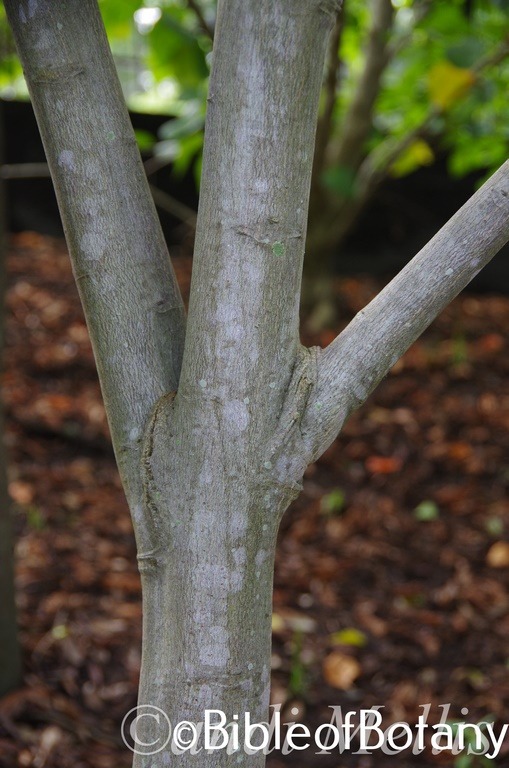
Ipswich Qld.Mount Cootha Botanic Gardens Qld.
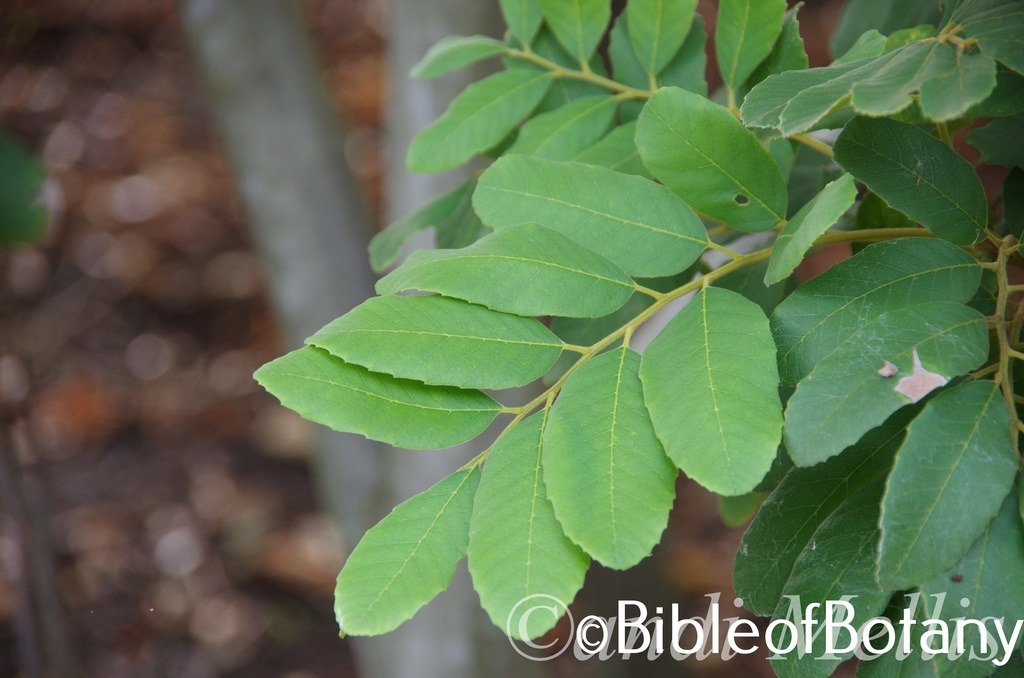
Mount Cootha Botanic Gardens Qld.

Mount Cootha Botanic Gardens Qld.

Mount Cootha Botanic Gardens Qld.
Cupaniopsis tomentella
Classification:
Class: Rosids
Order: Sapindales
Family: Sapindaceae
Subfamily: Sapinoideae
Genus: Is named in honour of Fransesco Cupania; 1657-1710, who was an Italian botanist and Opsis which is Ancient Greek for to take the shape or form of. It refers to the trees resembling the Cupania genus in North America.
Specie: From Tomentesum, which is Latin for to be covered in long down. It refers to hairs which are soft, long and wavy or matted. like a duck’s down.
Common Name: Boonah Tuckeroo.
.
Distribution:
Cupaniopsis tomentella is basically found in a small triangle bounded by Ipswich in the north, to Mount French in the south west and Boonah in the south east in south eastern Queensland.
https://avh.ala.org.au/occurrences/search?taxa=Cupaniopsis+tomentella#tab_mapView
Habitat Aspect Climate:
Cupaniopsis tomentella grows in full sun to light dappled shade. It grows in a wide range of habitats including rainforests, dry rainforest, riparian zones, vine forests and transitional zones. The altitude ranges from 20 meters ASL to 550 meters ASL.
The temperatures range from 2 degrees in August to 38 degrees in January.
The rainfall ranges from lows of 700mm to 2000mm average per annum.
Soil Requirements:
It is found on hill sides, ridges and lower slopes to riverine gullies. It prefers better quality loams to light gravelly clays which are derived from decomposed basalts and shales or accumulated fatty screes and fatty sands. The soils pH ranges from 5pH to 7.5pH. It is not tolerant of waterlogged soils but prefers even soil moisture. Non saline soils to moderately saline soils are tolerated.
Height & Spread:
Wild Plants: 6m to 10m by 4m to 5m.
Characteristics:
Cupaniopsis tomentella has terete, pale-green branchlets, which are moderately to densely covered in short rusty-brown puberulent hairs. The mid grey bark is glabrous.
The pinnate leaves have 8 to 10 alternating elliptical leaflets that measure 50mm to 80mm in length by 15mm to 20mm in width. The pale green rachis is moderately to densely covered in short, pale rusty-brown puberulent hairs and has a shallow channel on the upper side. The leaflets petioles measure 3mm to 5mm. The slightly discolourous leaflets are mid to deep, dull green on the upper lamina, while the lower lamina is similar to somewhat paler The laminas are glabrous to sparsely covered in short pale rusty-brown hairs. The bases are rounded to very broadly cuneate, while the apexes are obtuse. The leaf margins have irregularly serrated. The yellow veins are strongly prominent on the lower lamina and clearly visible on the upper lamina. Juvenile leaflets are densely covered in pale rusty brown tomentose hairs
The inflorescences are born on dense terminal panicles and measure 50mm to 80mm in length. The spikes and sub sessile pedicels are densely covered in brown tomentose hairs. The 3 pascal creamy-green obtuse sepals are The 3 pascal creamy, obtuse, cupular petals are sparsely to moderately covered in white to fawn short tomentose hairs externally and measure 3mm to 4.5mm in diameter.
The 6 yellow aging to orange anthers surround the ovary. The filaments measure 1mm in length while the basifixed anthers measure 1mm to 1.5mm in length. Cupaniopsis tomentella’s flowers appear from April to June.
The fruits are globular to obovoidal 3 lobed orange-yellow capsules that are densely covered in short, white hairs. They measure 20mm to 25mm in length by 20mm to 25mm in diameter. The capsules bear one yellow semi-glossy seed in each lobe. The seeds are almost entirely covered in a dull orange aril and measure 8mm to 10mm in length by 7mm to 9mm in diameter.
Wildlife:
Cupaniopsis tomentella are probably attractive to all species of native bees when in flower along with many native nectar and pollen eating flies, and small butterflies. The trees are probably a favourite haunt for small insectivorous birds because of the insects the trees attract. When the fruits are ripe larger birds.
Cultivation:
Cupaniopsis tomentella should be hardy on a wide variety of soils and aspects it would be an ideal small tree or large shrub for school grounds and most gardens.
It is relatively fast growing in its natural habitat and with a little additional water, a good fertilizing regime the trees will quickly form a beautiful small shade tree. Trees will grow from 6 meters to 10 meters in height by 4 meters to 5 meters in diameter when grown in the open.
It is a great tree for encouraging birds that will seek refuge and food. It has a relative small unobtrusive root system. It drops a lot of leaves and the leaves are not attacked by insects so it always looks neat and tidy. Added to this the bark is ideal for small epiphytic ferns and orchids, attracts a lot of native insects when in flower and probably supplies good yields of dark black honey.
The tree makes a very good accent trees in front of low set commercial, industrial sheds or lowest school buildings where they will break up hard rigid architectural lines and give warmth and breadth to a building and cooling the buildings in summer and giving warmth during the winter months. It would make an excellent plant for nature strips especially in semi-tropical and warm temperate districts.
Cupaniopsis tomentella is one of those trees because of its rarity has not been exploited by the nursery industry and gardeners alike.
Propagation:
Seeds: Treat seeds as other Cupaniopsis species. Sow the seeds directly into a seed raising mix and cover with them with 5mm to 10mm of the mix. Place the trays under 30% shade and keep moist not wet. When the seedlings are 40mm to 50mm tall, prick them out and plant them into 50mm native tubes using a good organic mix.
Once the seedlings reach 150mm to 200mm in height plant them out into their permanent position. Mass plantings along driveways are best achieved by planting them at 6 meter to 8 meter centers. For dry rainforests plant them at 4 meters to 6 meter centers.
Fertilize using Seaweed, fish emulsion or organic chicken pellets soaked in water on an alternate basis. Fertilize every two months until the plants are established then twice annually in early September or March to maintain health, vitality and better flowering.
Further Comments from Readers:
Hi reader, it seems you use The Bible of Botany a lot. That’s great as we have great pleasure in bringing it to you! It’s a little awkward for us to ask, but our first aim is to purchase land approximately 1,600 hectares to link several parcels of N.P. into one at The Pinnacles NSW Australia, but we need your help. We’re not salespeople. We’re amateur botanists who have dedicated over 30 years to saving the environment in a practical way. We depend on donations to reach our goal. If you donate just $5, the price of your coffee this Sunday, We can help to keep the planet alive in a real way and continue to bring you regular updates and features on Australian plants all in one Botanical Bible. Any support is greatly appreciated. Thank you.
In the spirit of reconciliation we acknowledge the Bundjalung, Gumbaynggirr and Yaegl and all aboriginal nations throughout Australia and their connections to land, sea and community. We pay our respect to their Elders past, present and future for the pleasures we have gained.
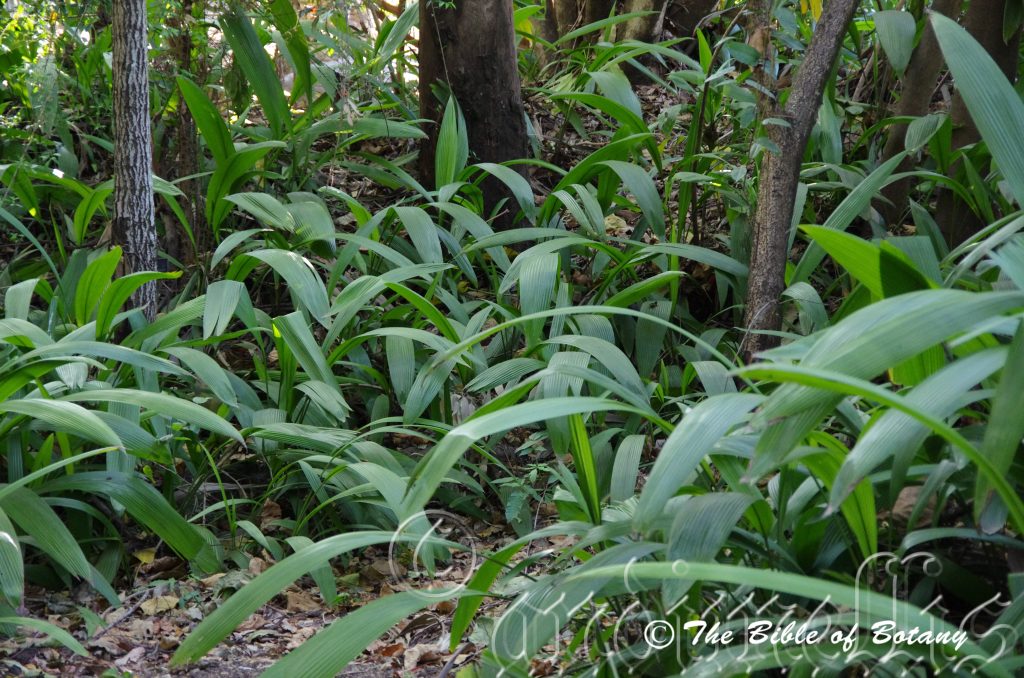
Mount Cootha Botanic Gardens Qld.
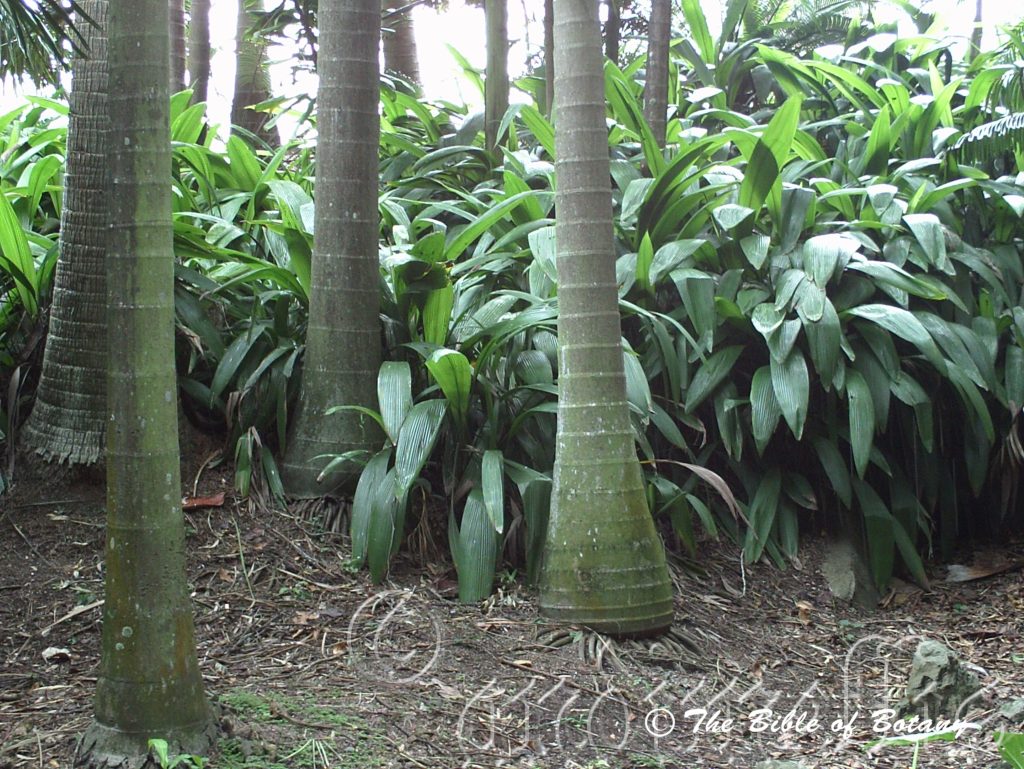
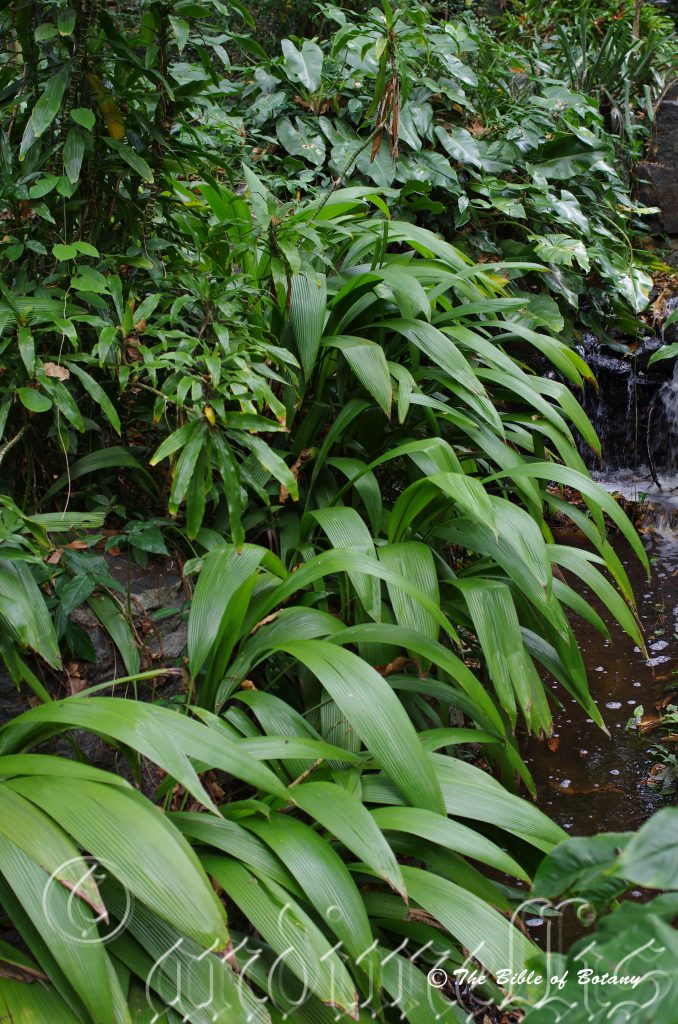
Mount Cootha Botanic Gardens Qld.
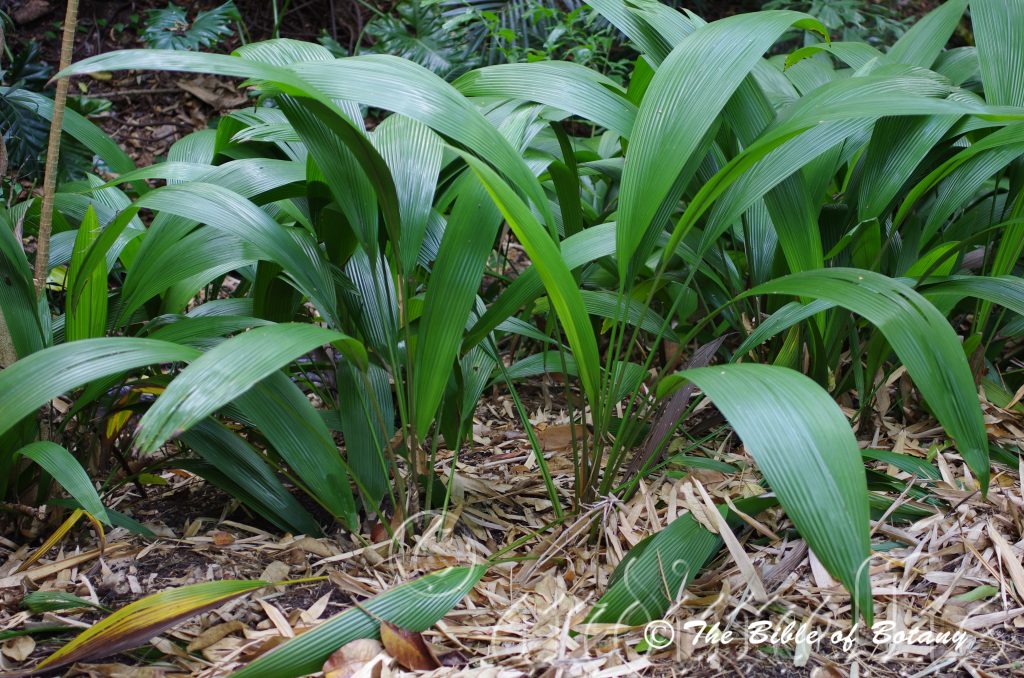
Author’s garden The Pinnacles NSW
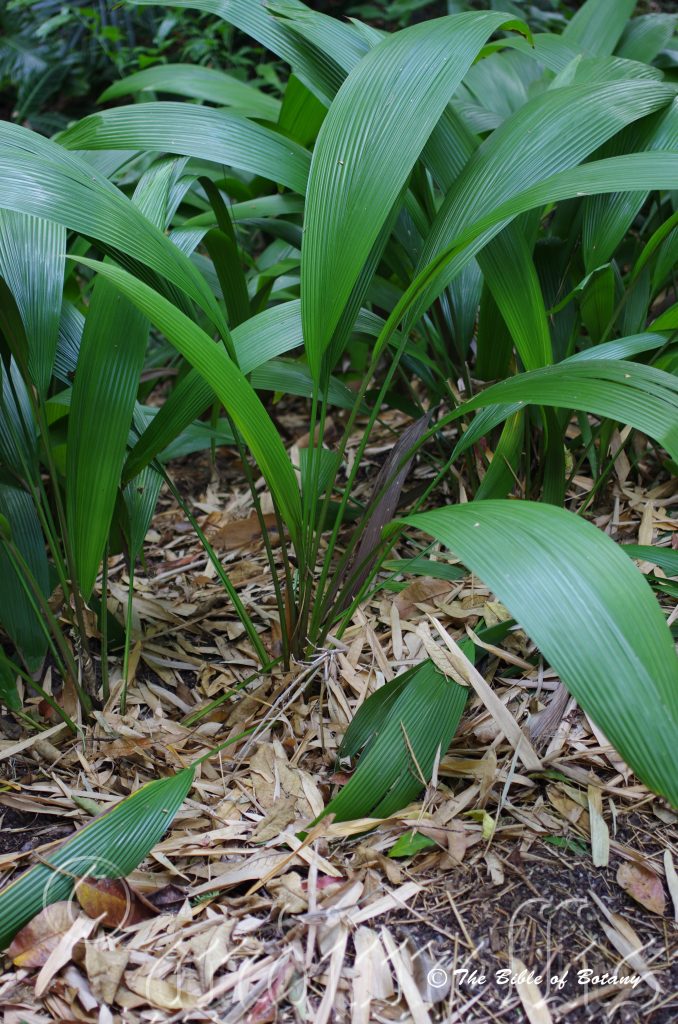
Mount Cootha Botanic Gardens Qld.

Mount Cootha Botanic Gardens Qld.
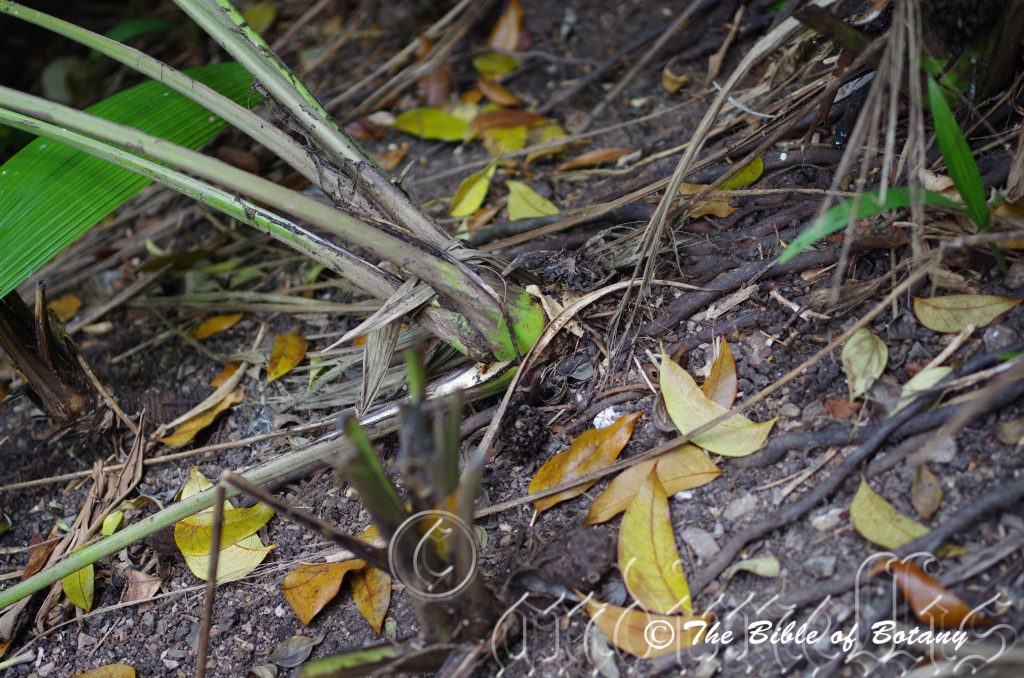
Mount Cootha Botanic Gardens Qld.

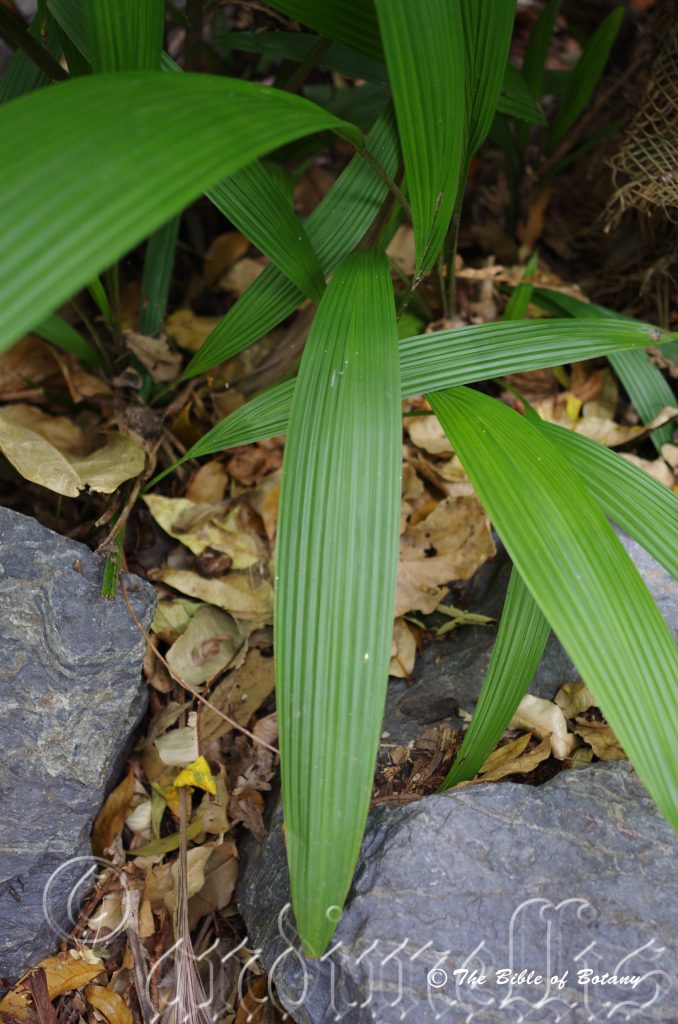
Mount Cootha Botanic Gardens Qld.

Mount Cootha Botanic Gardens Qld.
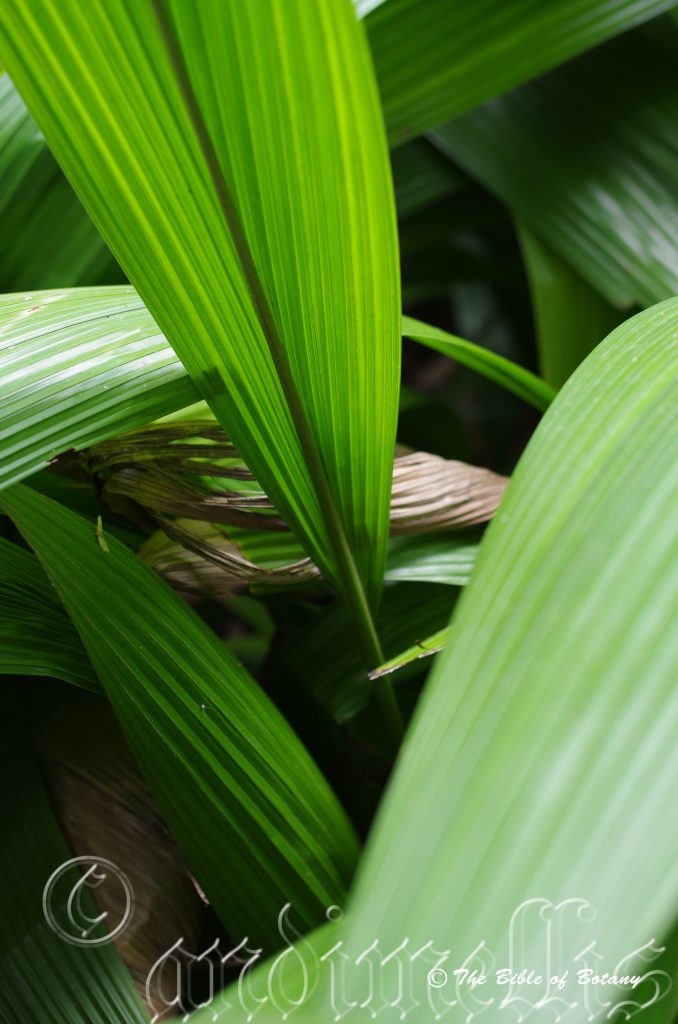
Mount Cootha Botanic Gardens Qld.
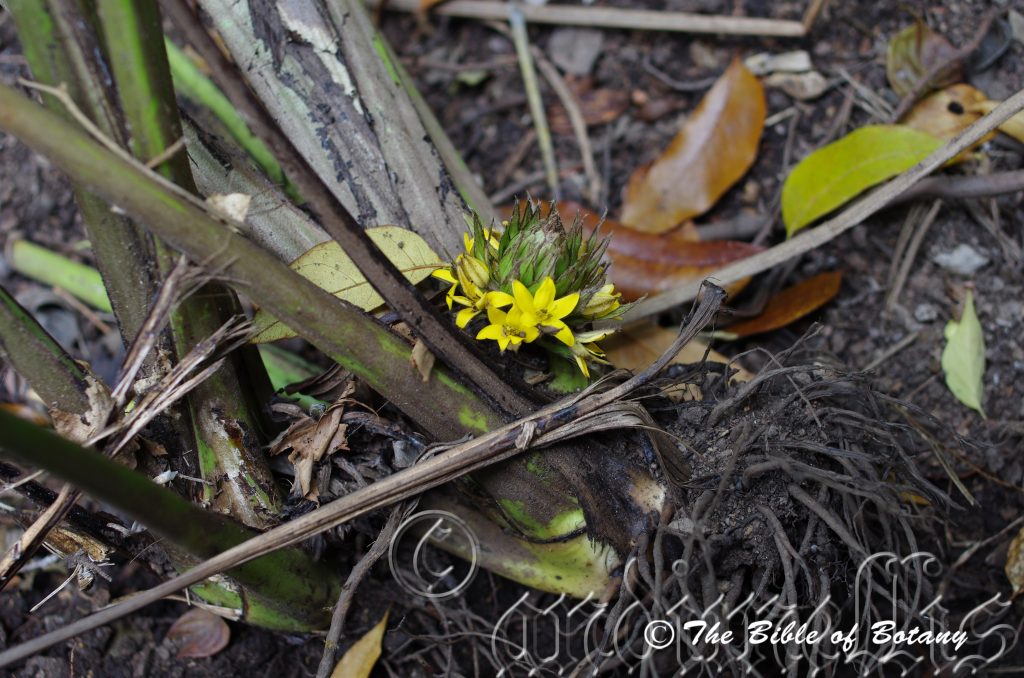
Author’s Garden The Pinnacles NSW
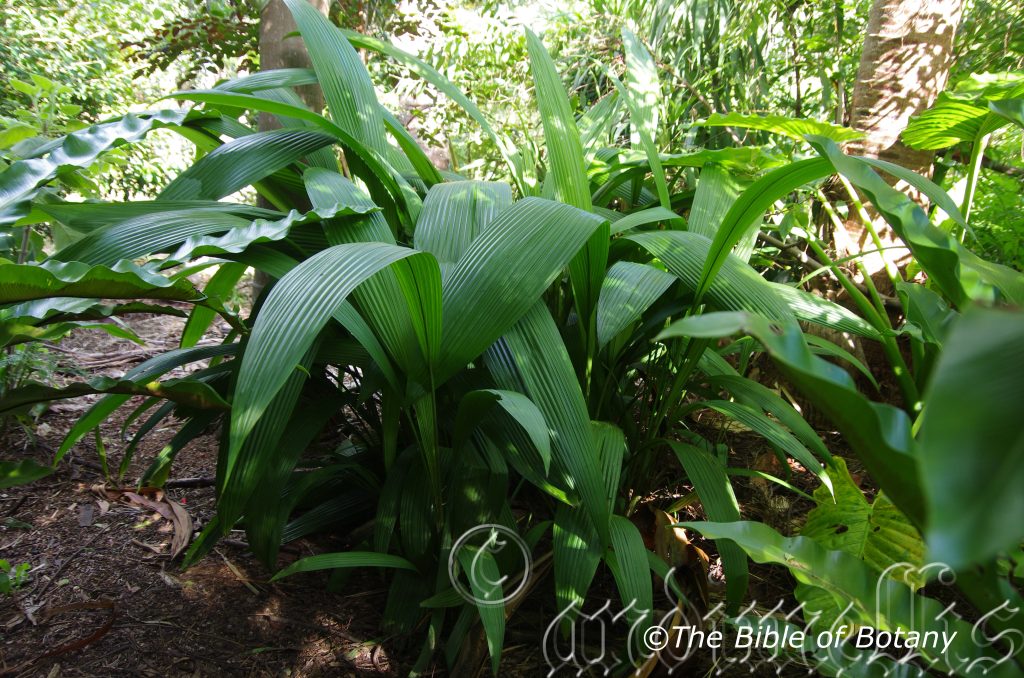
Author’s Garden The Pinnacles NSW
Curculigo ensifolia
Classification:
Division: Magnoliophyta
Class: Apogonia
Sub Class: Commelinideae
Order: Asparagales
Family: Hypoxidaceae
Genus: From Curvus, which is Latin for a weevil. It refers to the ovary, which resembles a weevil.
Specie: From Anum/Ensis, which is Latin for a sword and Folium, which is Latin for foliage. It refers to the leaves, which resemble the shape of sword.
Sub specie:
Common Name:
Distribution:
Curculigo ensifolia is found east from Kimberley coast in Western Australia to Groote Eylandt in the north east of the Northern Territory.
In Queensland it is found south from the Torres Straight Islands to Newcastle in central coastal New South Wales.
https://avh.ala.org.au/occurrences/search?taxa=Curculigo+ensifolia#tab_mapView
Habitat Aspect Climate:
Curculigo ensifolia prefers semi shaded position to dappled shade and will be found growing in or near wallums, coastal estuaries and littoral rainforests. The altitude ranges from 5 meters ASL to 760 meters ASL.
The temperatures range from 2 degrees in July to 36 degrees in January.
The rainfall ranges from lows of 700mm to 1600mm average per annum.
Soil Requirements:
Curculigo ensifolia prefers soils that have high sand content, sandy loams to light gravelly clays where permanent water is available. The soils pH ranges from 6.5pH to 7pH. It is tolerant of seasonal waterlogged soils and is often inundated for short periods during the wet season and during frequent monsoonal rains. Non saline soils to moderately saline soils are tolerated.
Height & Spread:
Wild Plants: 0.15m to 0.5m by 0.6m x 15m
Characteristics:
Curculigo ensifolia grows as a weak understory plant, amongst small shrub and grasses. It is perennial herbs growing from corms which develop on the roots close to the main plant. The corms are glabrous, white, elongated and measure 25mm to 160mm in length by 4mm to 10mm in diameter.
The bright deep grass-green, oblong leaves are strongly longitudinal pilated. They measure 50mm to 550mm in length by 5mm to 30mm in width. The base is strongly attenuate tapering to a point while the apex tapers to a point. The base is sparsely covered in fawn hirtellous hairs. The pseudo petiole is strongly concave on the upper surface and measures 50mm to 150mm in length.
The 1 to 6 inflorescences of Curculigo ensiformis are clustered cymes. The peduncles arise from near the base of the leaves. The peduncles and pedicels are densely covered in long, soft, fawn to fawn-brown hirsute hairs. The peduncules measure 150mm to 350mm while the pedicels measure 5mm to 7mm in length. The nodding, capitate, sub ovoid heads measure 35mm to 65mm in diameter. The ovate-lanceolate to lanceolate bracts are densely covered in fawn to fawn-brown hirsute hairs and measure 35mm to 45mm. The yellow perianth tubes are ovate-oblong and measure 12mm to 30mm in length by 5mm to 6mm in width above the ovary. The tepal’s apex is obtuse and are covered in fawn hirsute hairs abaxially and glabrous adaxially. The tepals measure 6mm to 7mm in length by 1.5mm to 2mm in width.
The 6 bright yellow filaments measure 1 mm in length while the versatile, linear anthers measure 3.5mm to 4mm in length.
The ovary is sub globose to oblong and covered in fawn hirsute hairs and measures 2mm to 3mm in diameter. The bright yellow, slender style measures 3.5mm to 4mm in length. The stigma is a subcapitate swelling. The black, glossy seeds are striated longitudinal. Flowering occurs from late December to early late March.
The fruits are similar looking to a grass seed having a type of husk which measures 7mm to 12mm in length by 2mm to 4mm in diameter. The style is persistent with bristles. It is longitudinally striated with the seed being black and shiny.
Wildlife:
Curculiga ensifolia’s wildlife is unknown to the author.
Cultivation:
Curculigo ensifolia is an interesting small foliage plant that warrants a place in every native garden. It is ideal in almost every setting where Water is a feature near ponds, at the edge of a rain forest in court yards or around swimming pools.
If it is given adequate moisture, plenty of mulch for moisture retention and an even soil temperature, applying native plant fertilizers on a regular basis the plants will respond with good lush foliage and bloom over a long period. Because of their size It is ideal for small courtyards or entries. Try planting them at the base of rainforest trees or palms to remove the starkness that is often seen with bare ground. Curculigo ensifolia is a good indoor plant if the position isn’t too dark.
It often reaches its full potential in just 1 year and flower from the first year.
It is a great accent plant for around semi shaded swimming pools, courtyards, besides pathways, shady rockeries, along sandy clay banks or along drive ways or adjacent to natural bush gardens. Mass plantings of 5 or more plants even in small areas; really do the plants justification especially when it is in flower. Medium fish or frog ponds will benefit from Curculigo ensifolia.
If it is placed around a pool, courtyards or other confined spaces then plant them in small groups or scatter plant them for a more informal natural look against walls to help soften them. Using rocks and small boulders can make the pool or any water feature appear like an oasis. The leaves and flowers can make a great start for the confined rain forest setting. They can be grown inside in a well-lit environment.
Propagation:
Seeds: Curculigo ensifolia seeds do not require treatment before sowing. Sow fresh seeds directly into a seed raising mix and cover with 5mm of the mix. When the seedlings are 25 to 50 mm tall, prick them out and plant them into 50mm native tubes using a seed raising mix.
Once the seedlings roots reach the bottom of the tubes plant them out into their permanent position. Mass plantings can be achieved with spacing of 0.5 meters.
Division: Plants can be divided from division by simply digging up the old plants. With a sharp sterile knife cut them so each new plant has some root and a bunch of leaves. Remove the top of the leaves by cutting with sterile pair of scissors. Place them into a 150mm pot and cover the roots with potting mix to a depth of 20mm to 30mm. Water in using sea weed or fish emulsion extract. Place in a warm semi shaded spot. Once the roots reach the bottom of the pot plant them out in their permanent position.
Corms if small can be placed in an appropriate size pot and treated as a cutting. The best corms to use are those that have already sprouted or are showing signs of shoots emerging from the corm.
Fertilize using Seaweed, fish emulsion or organic chicken pellets soaked in water on an alternate basis. Fertilize every two months until the plants are established then twice annually in early September or March to maintain health, vitality and better flowering.
Further Comments from Readers:
Hi reader, it seems you use The Bible of Botany a lot. That’s great as we have great pleasure in bringing it to you! It’s a little awkward for us to ask, but our first aim is to purchase land approximately 1,600 hectares to link several parcels of N.P. into one at The Pinnacles NSW Australia, but we need your help. We’re not salespeople. We’re amateur botanists who have dedicated over 30 years to saving the environment in a practical way. We depend on donations to reach our goal. If you donate just $5, the price of your coffee this Sunday, We can help to keep the planet alive in a real way and continue to bring you regular updates and features on Australian plants all in one Botanical Bible. Any support is greatly appreciated. Thank you.
In the spirit of reconciliation we acknowledge the Bundjalung, Gumbaynggirr and Yaegl and all aboriginal nations throughout Australia and their connections to land, sea and community. We pay our respect to their Elders past, present and future for the pleasures we have gained.
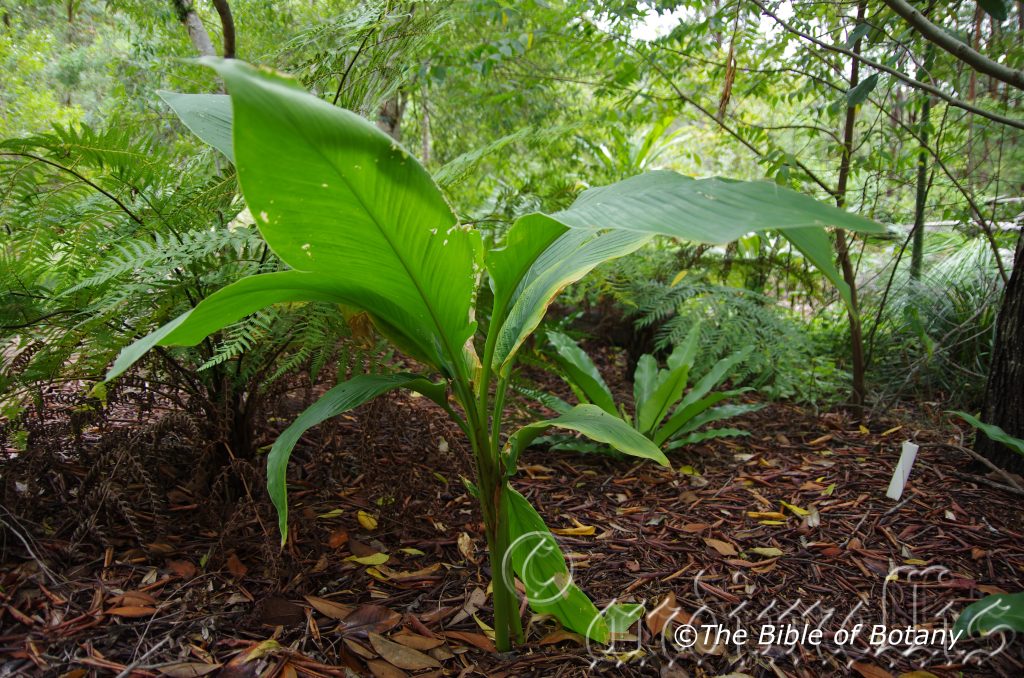
Author’s Garden The Pinnacles NSW
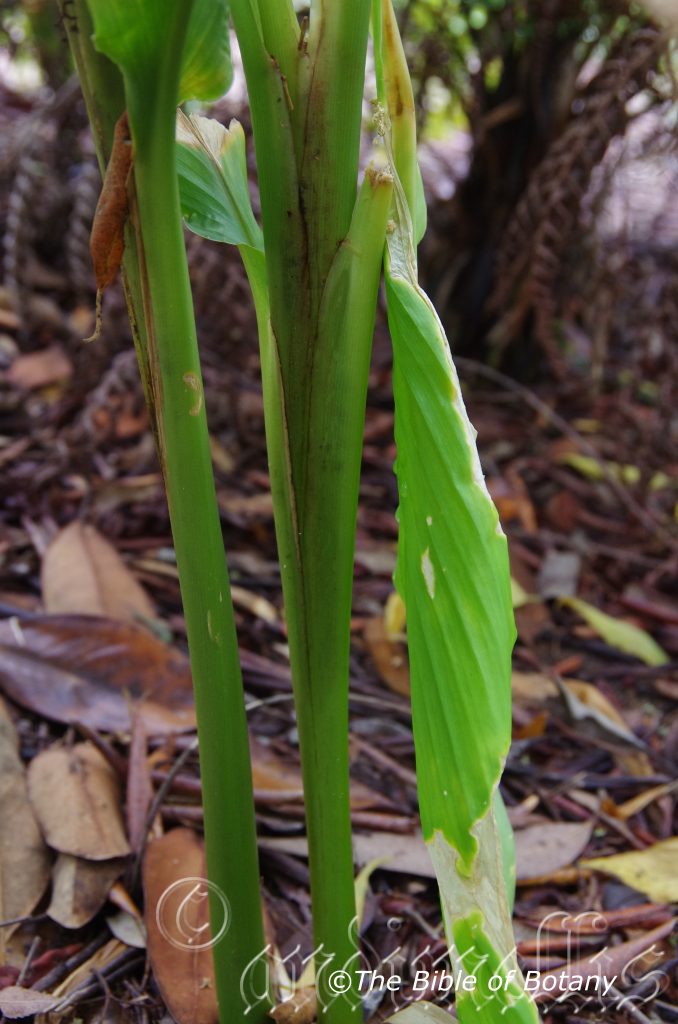
Author’s Garden The Pinnacles NSW
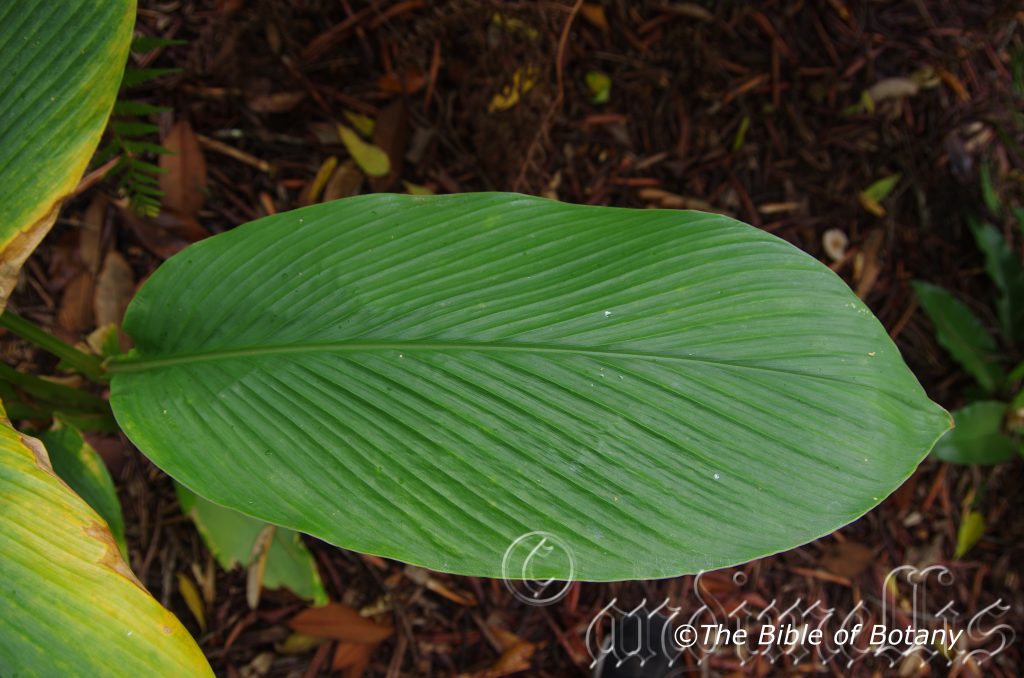
Author’s Garden The Pinnacles NSW
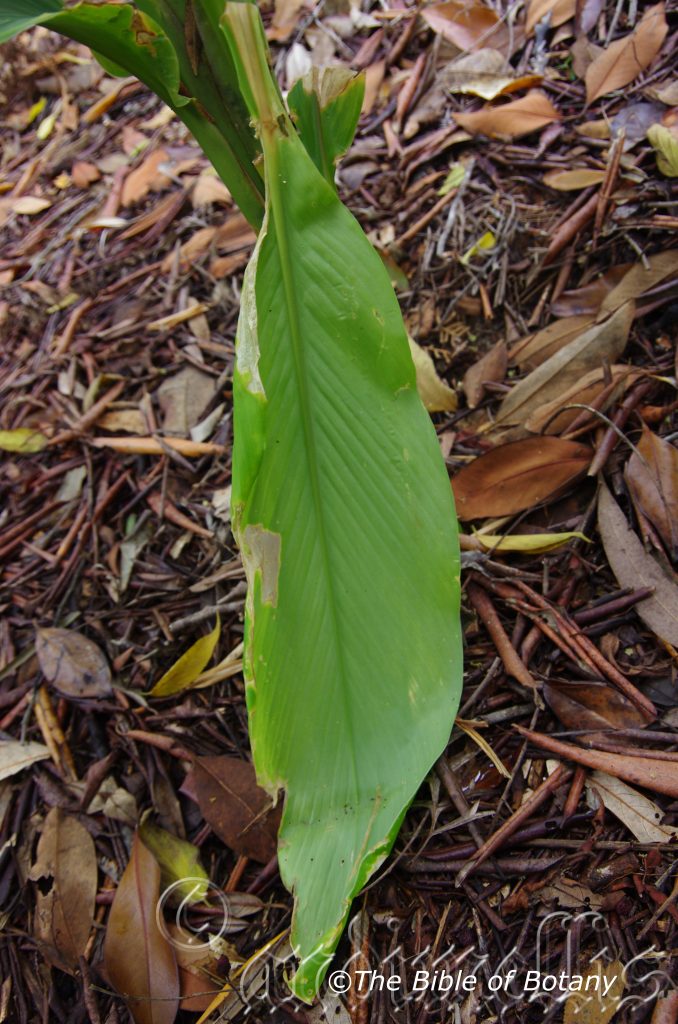
Author’s Garden The Pinnacles NSW

Author’s Garden The Pinnacles NSW
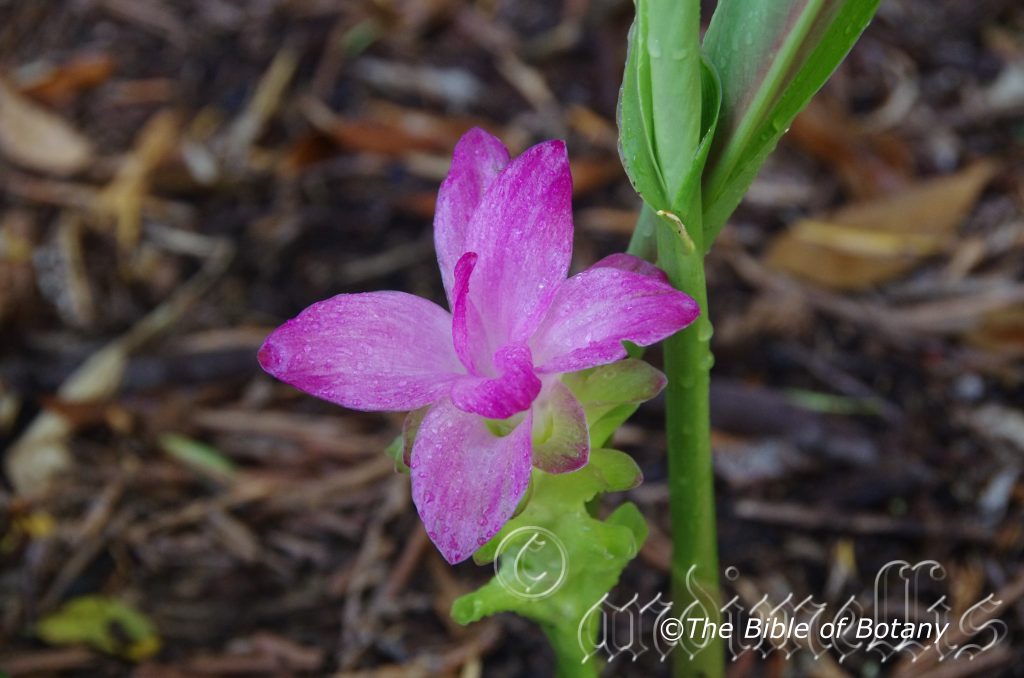
Author’s Garden The Pinnacles NSW
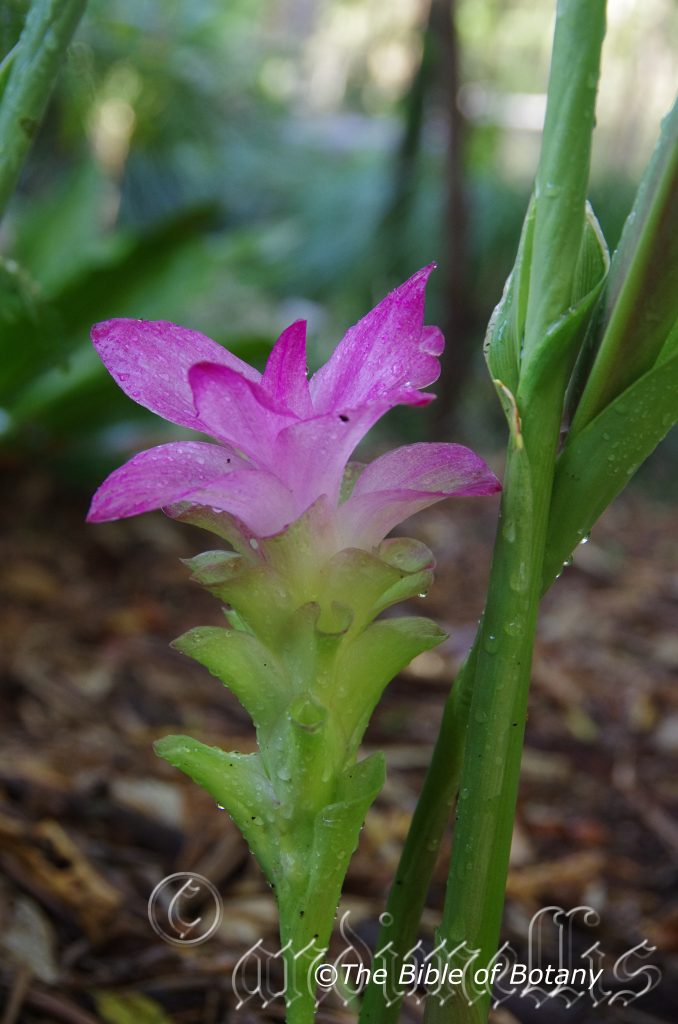
Author’s Garden The Pinnacles NSW
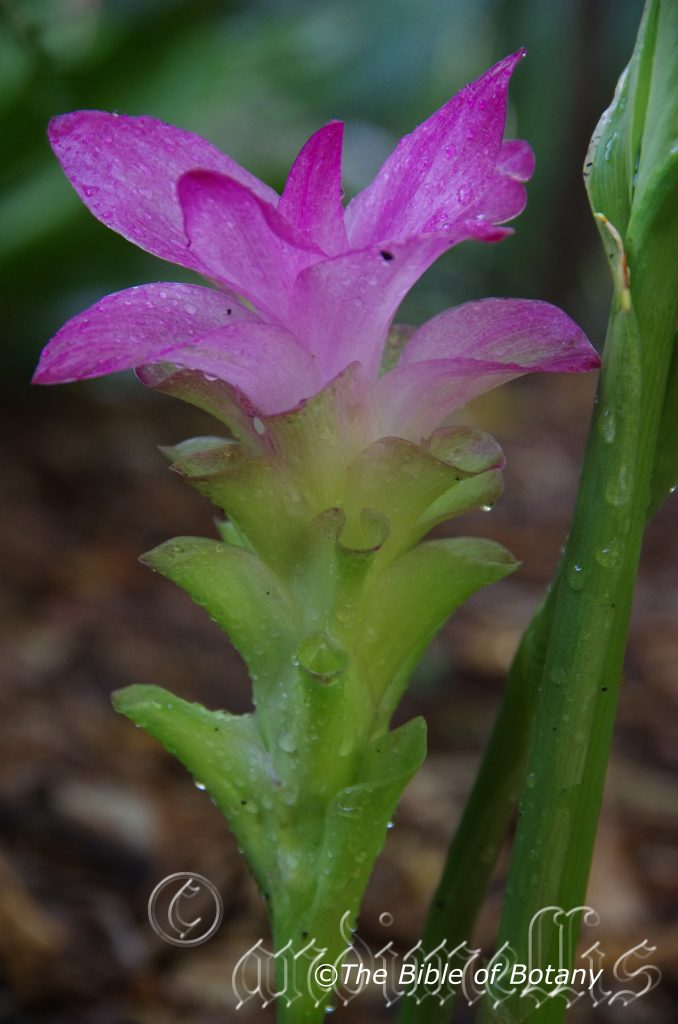
Author’s Garden The Pinnacles NSW

Author’s Garden The Pinnacles NSW
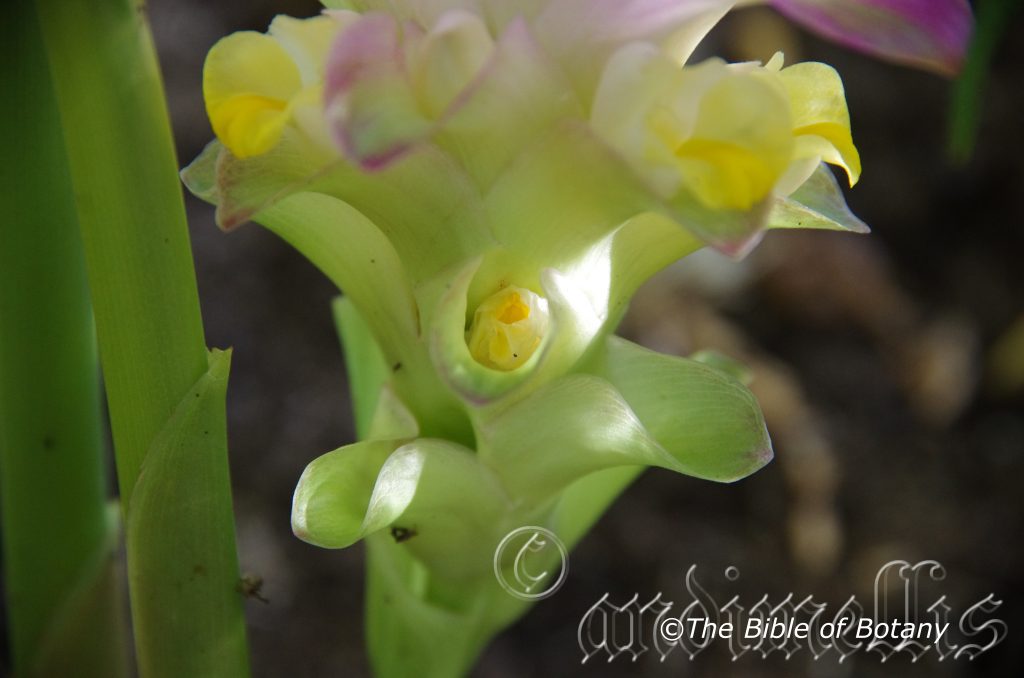
Author’s Garden The Pinnacles NSW
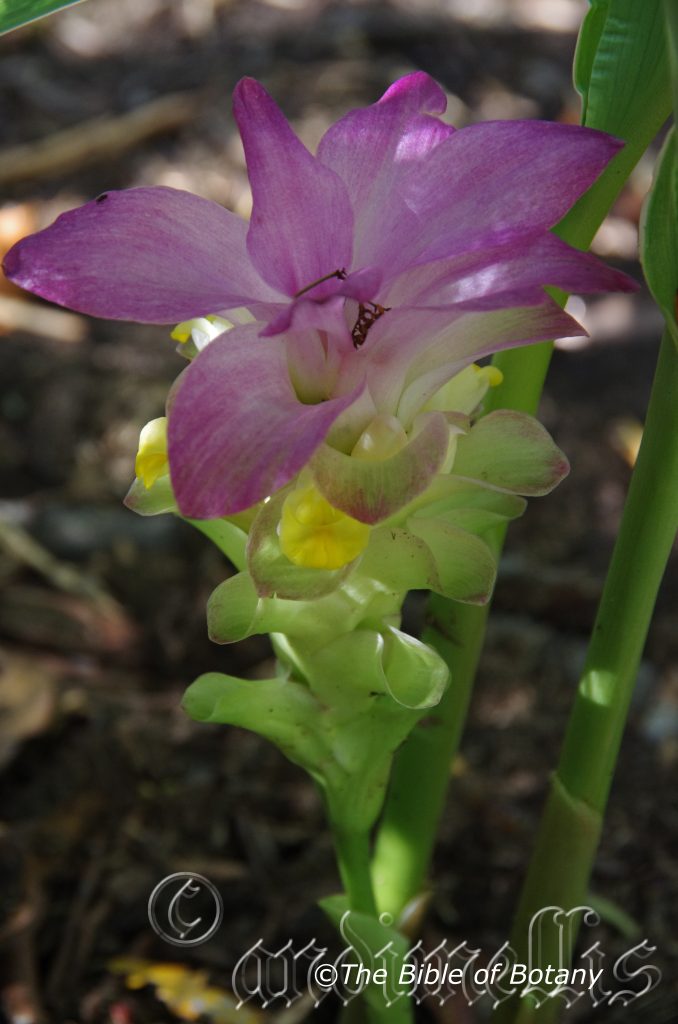
Author’s Garden The Pinnacles NSW
Curcuma australasica
Classification:
Order: Zinziberales
Family: Zingiberaceae
Genus: From Curcuma, which is Latinized from the Arabic word Kurkum for tumeric. It refers to the plants, which are related to the exotic tumeric.
Specie: From Terra Australis, which is Latin for land of the south. It refers to plants, which were first discovered from the land down under.
Sub specie:
Common Name: Cape York Lily or Native Tumeric.
Distribution:
Curcuma australasica is widely distributed east from Melville Bathurst Island in north west Kakadu and near Barrkira in the Northern Territory.
In the east it is found on the Torres Strait Islands and on Cape York Peninsula south to Cairns.
https://avh.ala.org.au/occurrences/search?taxa=Curcuma+australaisca#tab_mapView
Habitat Aspect Climate:
Curcuma australasica prefers dappled shade to heavy shade. It grows along creeks, streams and river banks, adjacent to rainforests in wet Eucalyptus forests and monsoonal vine forests. It is also found in moist patches in open woodlands. The altitude ranges from 10 meters ASL to 550 meters ASL.
The temperatures range from 10 degrees in July to 37 degrees in January.
The rainfall ranges from lows of 1600mm to an average of 3200mm annually.
Soil Requirements:
Curcuma australasica grow on a wide range of better quality sandy loams to light clays. The soils are usually derived from decomposed sandstone. The soils pH ranges from 5.5pH to 6pH are preferred. It does not tolerate waterlogged soils. Non saline soils to moderately saline soils are tolerated.
Height & Spread:
Wild Plants: 300mm to 800mm by 200mm to 600mm.
Characteristics:
Curcuma australasica has slender rhizome which is bright yellow when scraped.
Curcuma australasica’s ovate to lanceolate-ovate leaves are glabrous. The tufted leaves measure 180mm to 500mm in length by 90mm to 200mm in width. The concolourous laminas are pale green. The base of the leaves are tapering with an extended wing on the clasping sheath while the apex is broad acute with a long apiculate tip. The margins are entire and slightly undulating. The veins are prominent on the lower lamina and distinctly visible above being a deeper, paler green or purple. The petiole is 30mm to 200mm in length.
The inflorescence of Curcuma australasica are born along a long cylindrical scape resembling an Olympic torch. The scape measures 100mm to 150mm in height by 30mm to 50mm in diameter. Surrounding the true flowers is a large subtended bright pink bract. The bract is glabrous or is very sparsely covered in white hirtellous hairs. They measure 30mm to 36mm in length by 22mm to 30mm wide. The bracteoles measure 15mm to 20mm in length. The calyx tube is 25mm to 32mm long. The translucent, yellow flowers measure 12mm to 16mm in diameter and are surrounded by green bracts. The calyx tube splits along one side and measures 9mm to 12 mm in length. The corolla tube measures 22mm to 30mm in length.
The 3 translucent, outer lobes are linear to lanceolate. The 3 inner lobes are deep yellow and extend well beyond the outer lobes. They measure 10mm to 20mm in length by 10mm to 20mm in diameter.
The 3 stamen’s anthers are sessile and are attached to the petals. They measure 8mm to 9 mm in length by 4.5mm to 5.5mm in diameter. The anthers have a spur at each end and measure 4mm to 6mm in length. The pollen is white. There are 3 staminodes are situated behind the anthers and measure 0.8mm to 1mm in length.
The glabrous ovary measures 2mm to 3mm in length while the style measure 38mm to 42mm long. There are numerous ovaries within the flower.
Curcuma australasica’s fruits are capsules held within the persistent inflorescent bracts. The elliptical, chartaceus capsules are glabrous on the lower two thirds while the upper third is covered in white pulverulent hairs.
Wildlife:
Curcuma australasica‘s wildlife is unknown to the author. Wild pigs are devastating and could eventually lead to the plants extinction in wild.
Aborigines roasted the tubers as a staple part of their diet.
Cultivation:
Curcuma australasica make beautiful garden subjects and is most likely Australia’s most beautiful perennial. It is one of the most beautiful plants in the world when in flower. It needs a warm shady position without drafts while the soil moisture needs to be constant throughout the growing season. When they die down in the dry season water should be withheld, until the spring when a good soaking with one of our recommended native fertilizers is supplied, will see it resume its growth very soon after.
Curcuma australasica are easy to grow as long as common sense prevails. They prefer a mulch enriched soil of a sandy nature so their rhizomes can spread.
It is great feature plants amongst moist shady rockeries, beneath trees, on banks and in particular, when planted in mass displays for their flowers. This is one of the best because of its size and proliferation of flowers. In the native garden clumps scattered throughout the block under trees or between groups of larger trees look fantastic when in bloom. It is only suitable for frost free areas unless the tubers are dug up immediately after they start to die down. It will do well as far south as Brisbane in the warmer suburbs and bush houses or treated as a hot house plant further south.
It can also be used to surround swimming pools or court yards where a little shade does it justice. We have attempt to grow them at the Pinnacles in our rainforest garden with controlled watering. Here it is protected from the winter cold and the summer heat. It will look great amongst dwarf ferns like Pellaea falcata, or mixed with Adiantum ferns or with Viola tasmaniensis and Viola betonicifolia growing between.
Propagation:
Seeds: Sow fresh Curcuma australasica seeds directly into a seed raising mix, keeping them moist not wet. Place the trays in a warm shaded position. When the seedlings are 20mm to 25mm tall, prick them out and plant them into 50mm native tubes using a good organic mix.
As the seedlings roots reach the bottom of the tubes plant them out into their permanent position. Do not delay as any set back may defer flowering for another 12 months and no one needs to suffer the agony of another 12 month delay.
For mass plantings space seedlings out at 600mm to 800mm centers.
Division: Plants can also be divided once they die down. Simply dig them up and let them lie in a safe warm place until they commence to shoot. Immediately cut the rhizomes so each section has at least one shoot but I find two shoots give a better clump quicker.
Fertilize using Seaweed, fish emulsion or organic chicken pellets soaked in water on an alternate basis. Fertilize every two months until the plants are established then twice annually in early September or March to maintain health, vitality and better flowering.
Further Comments from Readers:
Hi reader, it seems you use The Bible of Botany a lot. That’s great as we have great pleasure in bringing it to you! It’s a little awkward for us to ask, but our first aim is to purchase land approximately 1,600 hectares to link several parcels of N.P. into one at The Pinnacles NSW Australia, but we need your help. We’re not salespeople. We’re amateur botanists who have dedicated over 30 years to saving the environment in a practical way. We depend on donations to reach our goal. If you donate just $5, the price of your coffee this Sunday, We can help to keep the planet alive in a real way and continue to bring you regular updates and features on Australian plants all in one Botanical Bible. Any support is greatly appreciated. Thank you.
In the spirit of reconciliation we acknowledge the Bundjalung, Gumbaynggirr and Yaegl and all aboriginal nations throughout Australia and their connections to land, sea and community. We pay our respect to their Elders past, present and future for the pleasures we have gained.
Cuscuta australis
Classification:
Class: Eudicots
Order: Solanales
Family: Convulvulaceae
Subfamily:
Genus: From Cuscuta, which is the old Latin name for a dodder vine. It refers to the close resemblance of the new genus of Cuscuta to the Dodder vines.
Specie: From Terra Australis, which is Latin for land of the south. It refers to plants, which were first discovered from the land down under.
Sub Species:
Common Name: Dodder vine.
Distribution:
Cuscuta australis is probably found over the entire country except for the true deserts. There are few recordings and with the plants being a parasite are often not worthy of reporting by individuals coupled with the difficulty in separating them from Cassytha specie.
https://avh.ala.org.au/occurrences/search?taxa=Cuscuta+australis#tab_mapView
Habitat Aspect Climate:
Cuscuta australis will grow anywhere that a host can be found from cool temperate to the tropics and deserts. The altitude ranges from 5 meters ASL to 760 meters ASL.
Soil Requirements: Any soil as this is only supporting the plant until a suitable host is located. This must be in 5 to 10 days after germinating or they will die. The host plants soils pH ranges from 4pH to 8.5pH.
Height & Spread:
Wild Plants: 0.1m x 1m to as tall as its host.
Characteristics:
Cuscuta australis can be easily identified by its thin wiry stems which are strangling its host and by their life line suction pads haustorium attaching them to their host. They have very small reduced to minute scales as leaves. The wiry stems are green, yellow or yellow green.
Cuscuta australis’s small 4mm cream or white flowers appear in summer and the fruits from mid-summer to early autumn.
They produce a globular capsule 3mm to 4mm in diameter. It can only be positively identified from Cassytha racemosa when it is in flower or fruit.
The flowers of Cuscuta australis are in clusters with globose fruit where as those of Cassytha racemosa are in simple racemes or branched racemes and the fruits are ovoidal and ribbed.
Wildlife:
Cuscuta australis supports several small birds which are responsible for distribution of the seeds by consuming the fruits. This is a common ploy of most parasitic plants.
Cultivation:
Cuscuta australis is not considered worthy of cultivation and it is declared a noxious weed in all states except Queensland and the Northern Territory because of the damage it can do to crops if left unchecked. Cuscuta australis is easy to control by pulling it from there host plant. Once removed from the host it dies very quickly. Pieces still attached can re develop but are usually weakened and a second or third foray will usually see any resistance cease.
Despite the superficial appearance to Cassytha and Cuscuta the two genres are not related at all. Biologically it is known as convergent evolution species. Cassytha are difficult to identify from Cuscuta specie. Positive identification is only possible when it is in flower or fruit. The flowers of Cuscuta australis are in clusters with globose fruit where as those of Cassytha are in simple racemes or branched racemes. The flowers have 3 or 6 petals and the fruits are ovoidal and hairy. The flowers of Cuscuta australis are 5 merous.
Propagation:
Seeds: Cuscuta australis can be cultivated by taking the fruits and squeezing the seeds out onto the branch of a shrub that is not particularly wanted. Some of the common Acacias will provide good host material.
Further Comments from Readers:
Hi reader, it seems you use The Bible of Botany a lot. That’s great as we have great pleasure in bringing it to you! It’s a little awkward for us to ask, but our first aim is to purchase land approximately 1,600 hectares to link several parcels of N.P. into one at The Pinnacles NSW Australia, but we need your help. We’re not salespeople. We’re amateur botanists who have dedicated over 30 years to saving the environment in a practical way. We depend on donations to reach our goal. If you donate just $5, the price of your coffee this Sunday, We can help to keep the planet alive in a real way and continue to bring you regular updates and features on Australian plants all in one Botanical Bible. Any support is greatly appreciated. Thank you.
In the spirit of reconciliation we acknowledge the Bundjalung, Gumbaynggirr and Yaegl and all aboriginal nations throughout Australia and their connections to land, sea and community. We pay our respect to their Elders past, present and future for the pleasures we have gained.
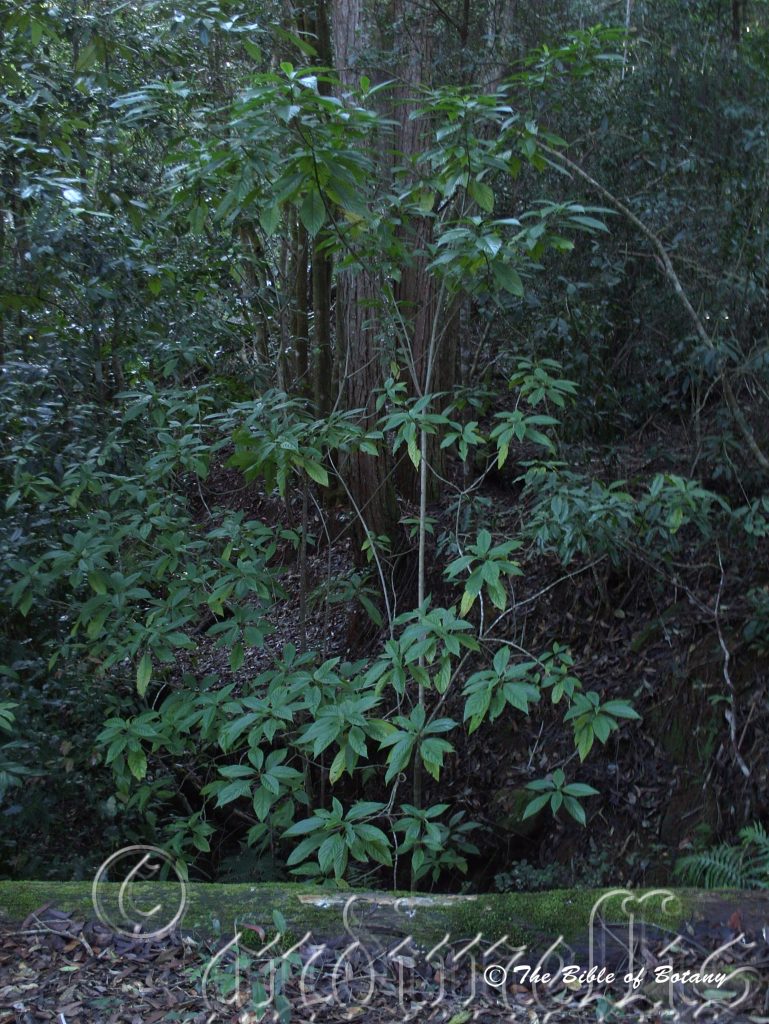

Mount Cootha Botanic Gardens Qld.
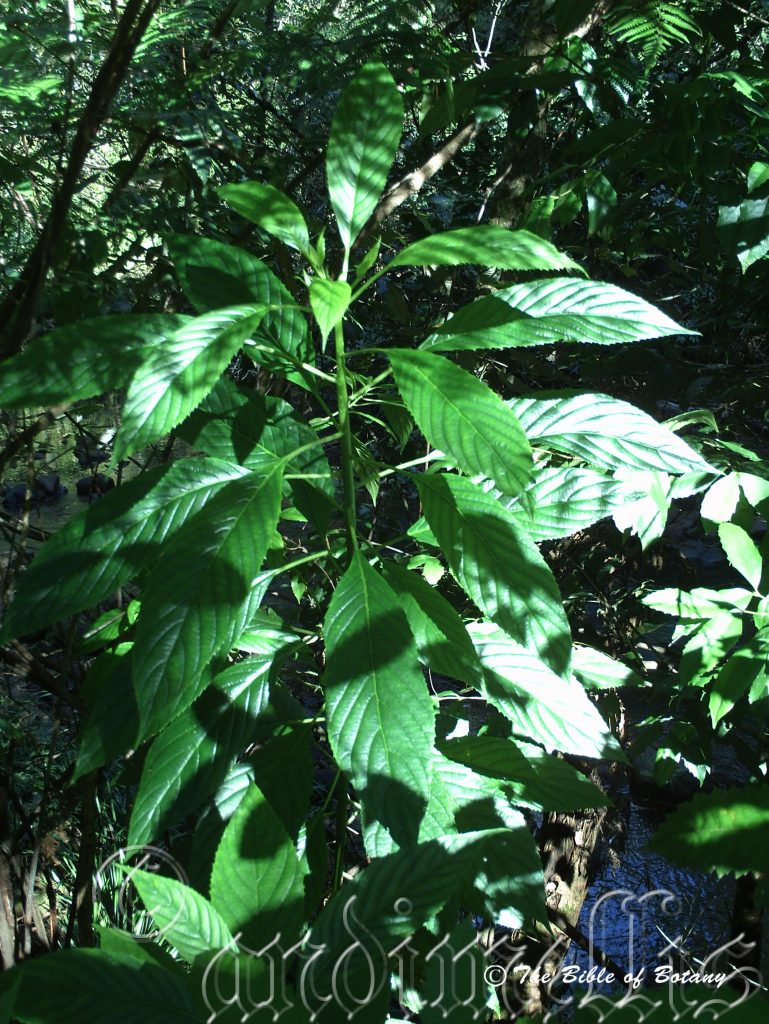

Mount Cootha Botanic Gardens Qld.
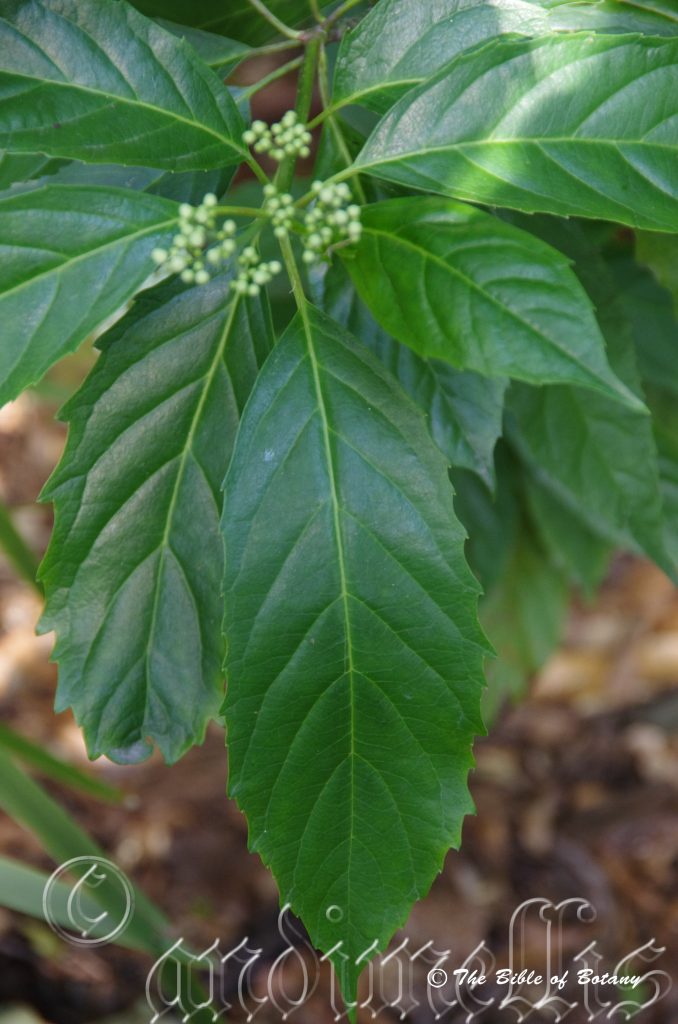
Mount Cootha Botanic Gardens Qld.
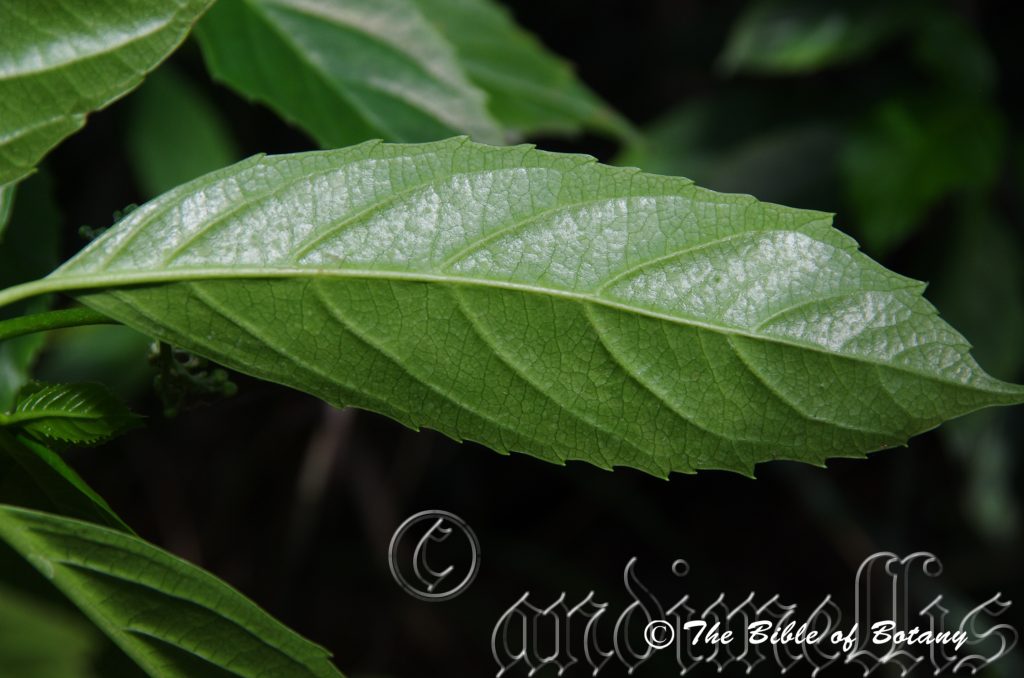
Mount Cootha Botanic Gardens Qld.
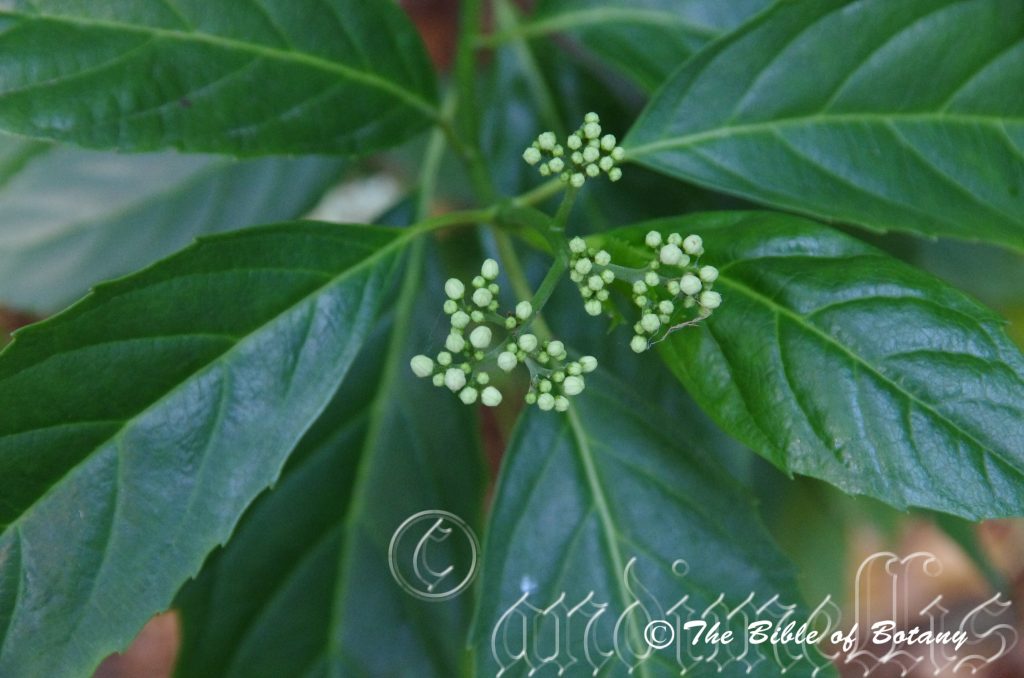
Mount Cootha Botanic Gardens Qld.
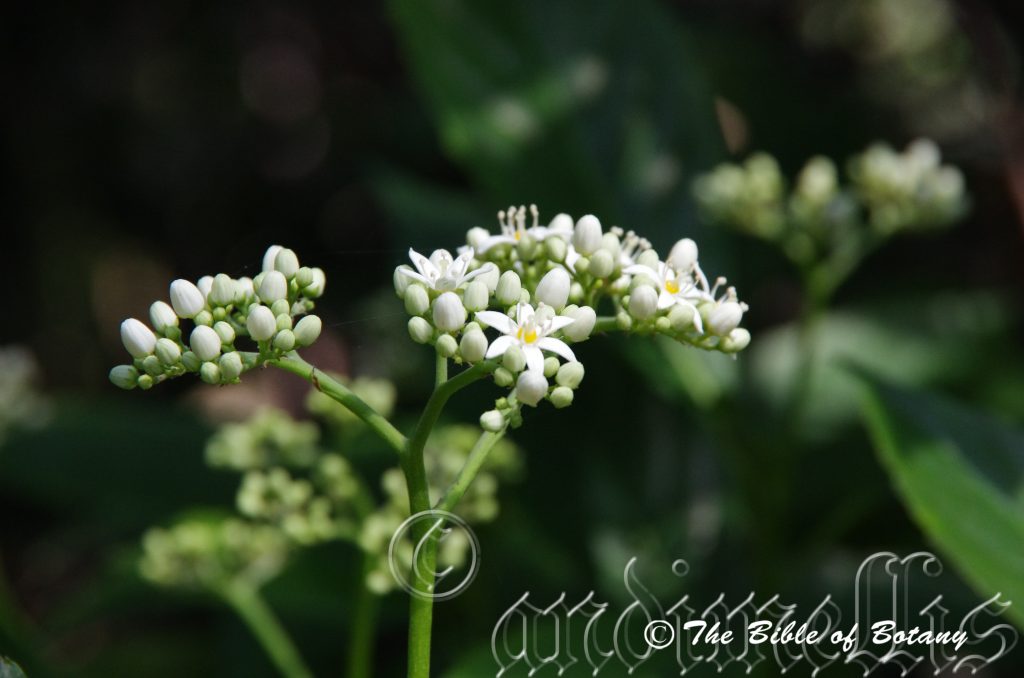
Mount Cootha Botanic Gardens Qld.
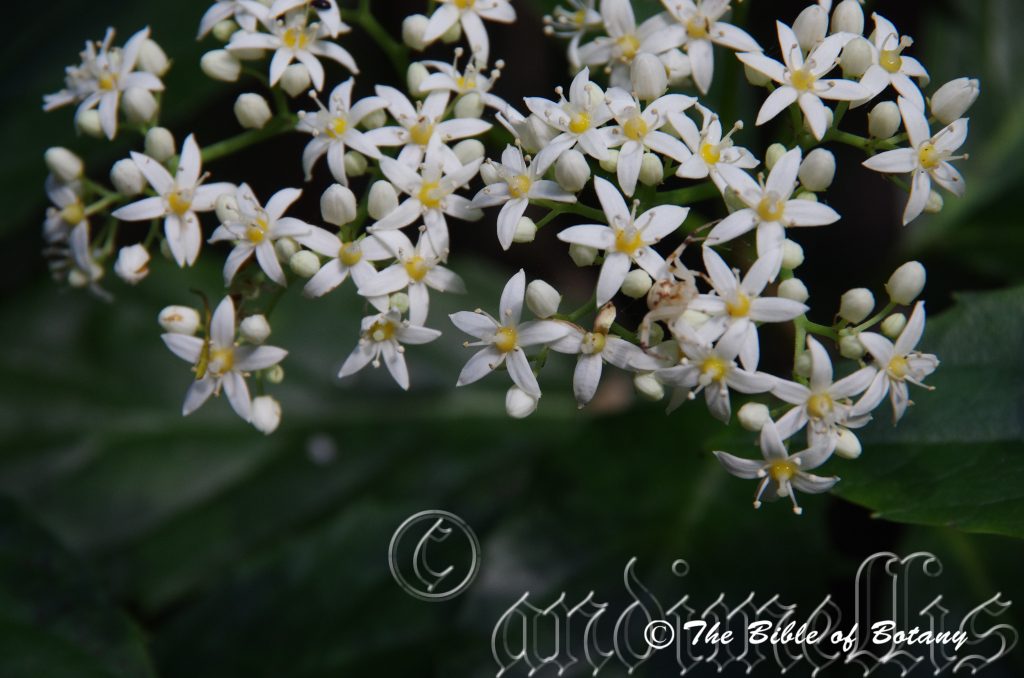
Mount Cootha Botanic Gardens Qld.

Mount Cootha Botanic Gardens Qld.

Mount Cootha Botanic Gardens Qld.
Cuttsia viburnea
Classification:
Unranked: Eudicots
Unranked: Asterids
Order: Asterales
Family: Rousseaceae
Genus: Is named in honour of John Cutts who acquired Leichartd’s collection.
Specie: From Viburnum, which is Latin for a genus found in Europe. It refers to leaves, which resemble those of the Viburnum genus.
Sub specie:
Common Name: Native Hydrangea, Honey Bush or Native Elderberry.
Distribution:
Cuttsia viburnea is found south from the Brisbane valley with an outlying population in the Carnarvon Gorge in central Queensland to the Lansdowne River in central New South Wales.
https://avh.ala.org.au/occurrences/search?taxa=Cuttsia+viburnea#tab_mapView
Habitat Aspect Climate:
Cuttsia viburnea prefer dappled shade to dense shade. It grows in warm moist Eucalyptus forests and areas adjacent to warm subtropical rainforests to tropical rainforests. The altitude ranges from 5 meters ASL to 760 meters ASL.
The temperatures range from -2 degrees in July to 33 degrees in January.
The rainfall ranges from lows of 850mm to 3200mm average per annum.
Soil Requirements:
Cuttsia viburnea prefer sandy loams, light gravelly clays to medium clays. The soils are usually derived from decomposed sandstones, basalts and shale. The soils pH ranges from 5.5pH to 7pH. It is not tolerant of waterlogged soils though it may be found along creeks and streams where annual inundations occur. Non saline soils to moderately saline soils are tolerated.
Height & Spread:
Wild Plants: 6m to 18m by 5m to 7m
Characteristics:
Cuttsia viburnea grows as a small tree or large shrub. The bark is a soft creamy grey brown, corky with some tessellation. The bark becomes spongier as the trees age. Young stems with leaves are green, glabrous with distinctive brown lenticels as you move closer to the apex. The leaf scars of discarded leaves are prominent. The juvenile growth is grass green glabrous and covered in lenticels.
The alternate obovate to elliptical leaves of Cuttsia viburnea measure 80mm to 200mm in length by 20mm to 65mm width. The petioles measure 15mm to 45mm in length. The bases are cuneate while the apexes are acuminate. The discolourous laminas are grass green and glossy and glabrous on the upper lamina while the lower lamina is paler and dull. The mid vein is prominent below as are the main lateral veins and smaller veins. The lamina is exceptionally thin in cross section. The veins are distinctly visible from above being depressed giving the leaf an undulating appearance. The leaf margins are regularly toothed.
The inflorescences of Cuttsia viburnea are born in small loose panicles from the terminals. The panicles measure 80mm to 165mm in diameter. The pedicels measure 5mm to 8mm. The 7 triangular calyx lobes are acicular and measure 2mm in length. The oblong petals have a narrow acute apex and measure 3mm to 4mm in length by 1mm to 1.5mm in width.
The 6 white stamens measure 3mm to 4mm in length. The anthers are white with white pollen.
The white style measures 3mm to 4mm in length. The flowers appear from October to early December.
The fruits of Cuttsia viburnea are globosa to ovoid capsules. The capsules measure 3mm to 4mm in length by 2.5mm to 3.5mm in width. The fruits turn black before releasing the seed.
Wildlife:
Cuttsia viburnea’s wildlife is unknown to the author. The leaves are very rarely damaged. The ripe seeds are held by the plant for a very short period before being dispersed.
Cultivation:
Cuttsia viburnea is a beautiful small tree or large shrub that would fit into any native rainforest garden. The choice is limited though due to its preferences to better quality soils with good moisture retentive qualities. Cultivated plants will grow from 8 meters to 12 meters in height by 4 meters to 5 meters in width as a rainforest tree or 3 meters to 6 meters in height by 4 meters to 6 meters in diameter when grown as a shrub in the open.
It can cope with temperatures as low as minus 5 degrees without any burning of the foliage at least where it is protected by surrounding trees. The temperatures over 38 degrees see the plants wilting but recover quickly in the evenings even when groundwater is available. It is drought resistant though they may drop most their leaves in a prolonged dry period. It can cope with the occasional immersion where periodic down pours may flood the land.
Add to the above, If it is given adequate moisture, plenty of mulch for moisture retention and an even soil temperature, applying native fertilizers on a regular basis the plants will respond with good flowering over a longer period. It can be pruned to grow as a shrub or grown as a single trunk tree. To appreciate the flowers and perfume pruning should start in the second year.
The trunk on old trees are suitable for growing epiphytic ferns and orchids. It is also make excellent bonsai plants developing a fairly large trunk in a short period of time compared to many other plants. It is easy to work and are hardy.
It is best used adjacent to small areas of bush close to paths or the house so their beautiful flowers can be viewed regularly. They offer the gardener a plant that is suitable for shady moist positions. If it is surrounded by shorter plants with fine foliages and red flowers they will dominate at the center giving a strong outline. They would look particularly good mixed with Rhododendrons if the area was big enough to allow both specie enough room to develop to their fullest. When in flower the two different habits of growth, leaves and flowers would enhance any shady problem area.
Propagation:
Seeds: Cuttsia viburnea seeds do not require treatment before sowing. Sow fresh seeds directly into a seed raising mix and cover with 5mm of the mix. When the seedlings are 25 to 50 mm tall, prick them out and plant them into 50mm native tubes using a seed raising mix.
Once the seedlings reach 150 to 200mm in height plant them out into their permanent position. Mass plantings can be achieved by planting them at of 4 meter to 6 meter centers.
Cuttings: Use 50mm to 70mm long cuttings from the present or previous season’s growth. When growing from cuttings try to get cuttings from good flowering strains. Take them in early autumn or after the last frosts in early spring away from extreme heat and extreme cold.
1 Prepare the cutting mix by adding one third sharp clean river sand, one third peat and one third perlite. These ingredients are sterilize,
2 Select good material from non diseased plants,
3 Select semi green stems for cuttings. Look for a stem with two or three nodes,
4 Place the cutting on a flat, hard surface, and make a clean down one side of the cutting between the two lower nodes for 10mm to 15mm with a sharp sterile knife or razor blade. – This scarification near the node will increase the chances of roots emerging from this spot. Now remove all but one or two the leaves, leaving the apex leaves in tact. If the leaves are large in proportion to the stem, cut off the leaves on the basal half be careful not to tear or damage the nodes.
5 Fill a saucer with water, and place a little mild to medium rooting hormone into another container like a milk bottle top. Dip the node end of the cutting into the water and then into the rooting hormone. Tap off any excess hormone,
6 Use a small dipple stick or old pencil to poke a hole into the soilless potting mix. Ensure the hole is slightly larger than the stem diameter and be careful not to wipe the rooting hormone off the cuttings base, place the cuttings in a pattern ensuring the cuttings are not touching each other,
7 I like to place the pots in Plastic bags to help maintain temperature and moisture. Place in a semi shaded place like under 50% shade cloth.
8 When the cuttings have struck, open the bag to allow air circulation for a few days to a week,
9 Once hardened off remove the cuttings from the bag and allow to further hardening for a few more days,
10 Transplant into a good potting mix to grow on.
Fertilize using Seaweed, fish emulsion or organic chicken pellets soaked in water on an alternate basis. Fertilize every two months until the plants are established then twice annually in early September or March to maintain health, vitality and better flowering.
Further Comments from Readers:
Hi reader, it seems you use The Bible of Botany a lot. That’s great as we have great pleasure in bringing it to you! It’s a little awkward for us to ask, but our first aim is to purchase land approximately 1,600 hectares to link several parcels of N.P. into one at The Pinnacles NSW Australia, but we need your help. We’re not salespeople. We’re amateur botanists who have dedicated over 30 years to saving the environment in a practical way. We depend on donations to reach our goal. If you donate just $5, the price of your coffee this Sunday, We can help to keep the planet alive in a real way and continue to bring you regular updates and features on Australian plants all in one Botanical Bible. Any support is greatly appreciated. Thank you.
In the spirit of reconciliation we acknowledge the Bundjalung, Gumbaynggirr and Yaegl and all aboriginal nations throughout Australia and their connections to land, sea and community. We pay our respect to their Elders past, present and future for the pleasures we have gained.

Fortis Creek National Park NSW

Fortis Creek National Park NSW
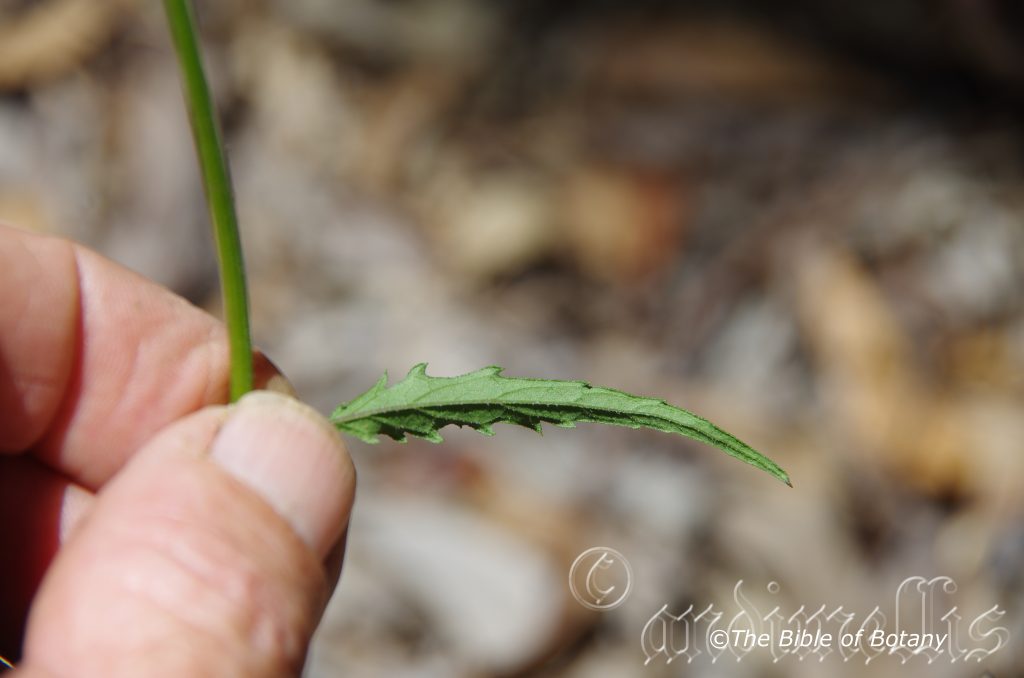
Fortis Creek National Park NSW
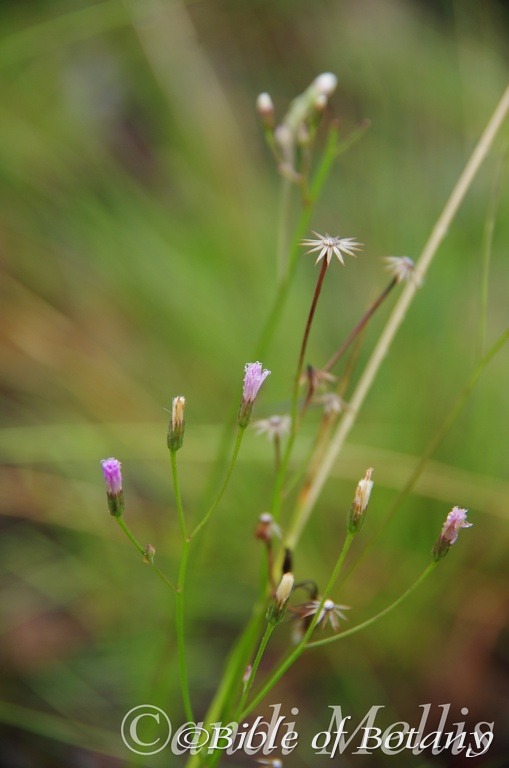
Fortis Creek National Park NSW
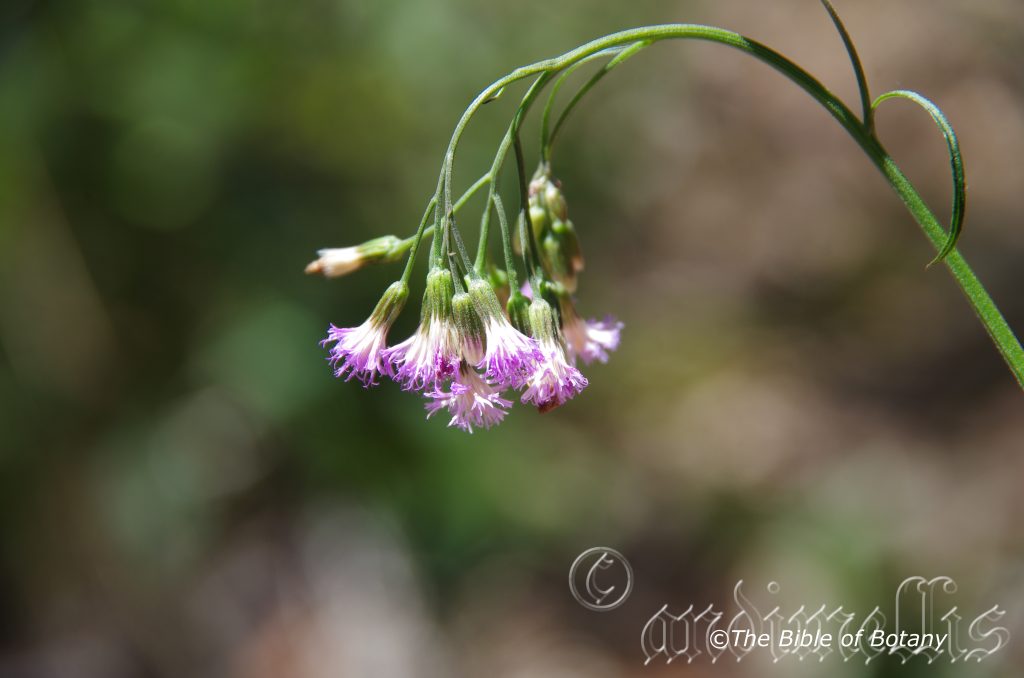
Fortis Creek National Park NSW
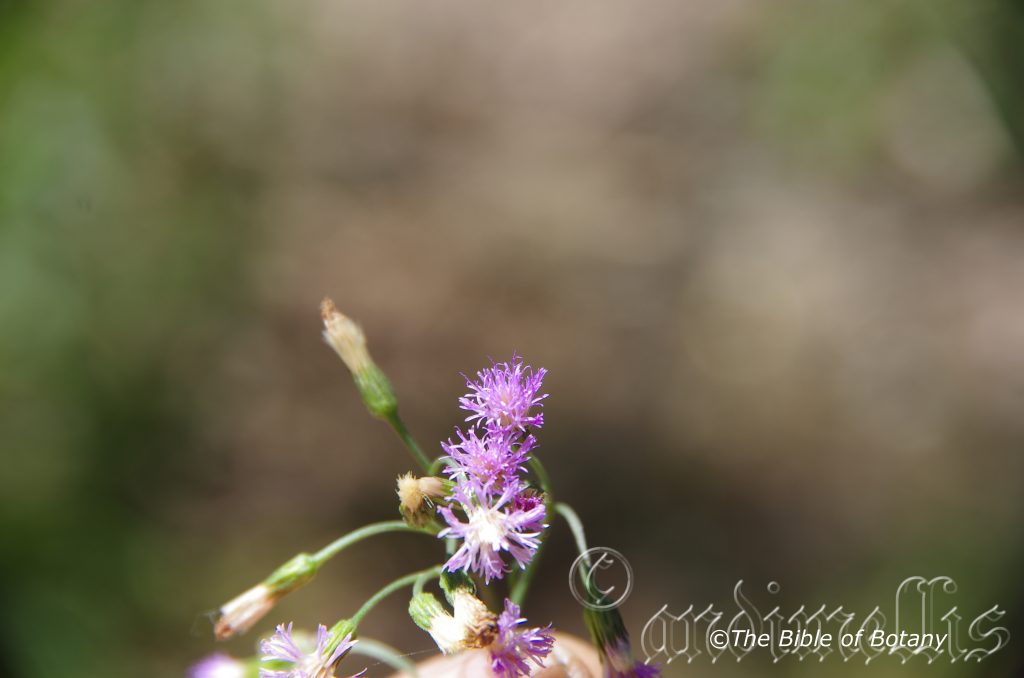
Fortis Creek National Park NSW
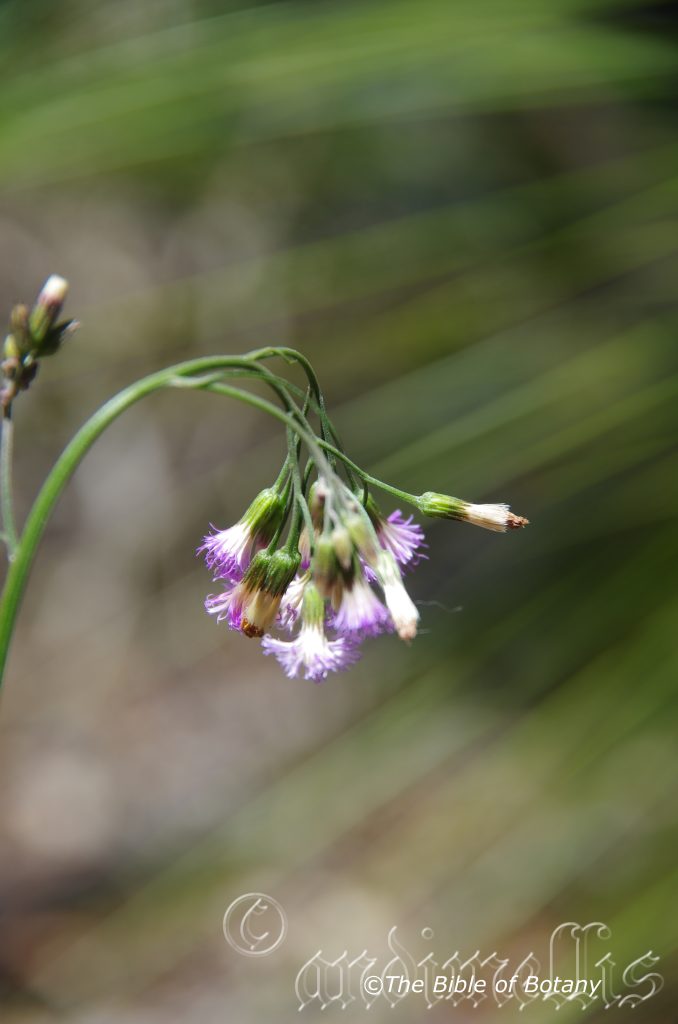
Fortis Creek National Park NSW
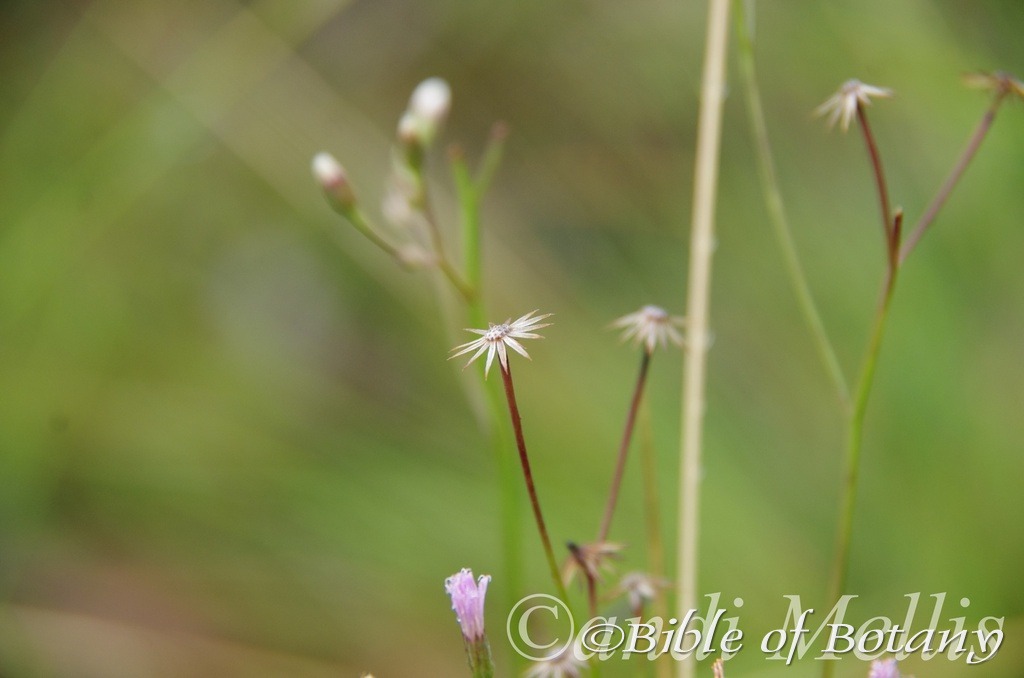
Fortis Creek National Park NSW
Cyanthillium cinereum
Classification:
Unranked: Eudicots
Class: Asterids
Order: Asterales
Family: Asteraceae
Tribe: Vernonieae
Genus: From Kýanos, which is Ancient Greek for sky blue to deep blue and Anthyllion, which is a diminutive of Anthos, which are Greek for a male part of a flower. It refers to the anthers being deep blue.
Specie: From Cinerea, which is Greek for ash grey. It refers to the colour of the leaves and stems of many of the subspecies.
Sub specie: Cyanthillium cinereum subsp. cinereum. Introduced plant variety.
Sub specie: Cyanthillium cinereum subsp. lanata. Introduced plant variety.
Cyanthillium cinereum var. linifolium. Introduced plant variety.
Cyanthillium cinereum var. pinnatifidum. From Pinn?tifidum, which is Latin for to have lobes. It refers to leaves, which have lobes with incisions that extend less than half-way toward the midrib. This is the only native variety located in Australia. It is named with suspicion with the present occurrences all associated with a representative record and are most likely hybrids with the exotic species.
Common Name: Iron Weed.
Distribution:
Cyanthillium cinereum is found in the Northern Territory in a line north and east from Darwin and the Pine River to Groote Eylandt. It is also found between Alice Springs and Arltunga in the south.
In the east it is found south from the Wenlock River on Cape York Peninsula in far north eastern Queensland to Narooma in far south eastern New South Wales. It is found on the Western Plains, Western slopes, on and east the Great Dividing Range to the coast. The species may be far more widely than the maps indicate as many people would not report it because of it being a small insignificant common thistle.
It is also found in Andaman Island, Angola, Assam, Bangladesh, Benin, Burkina, Burundi, Cambodia, Cameroon, Cape Verde, Caroline Island, Central African Repu, Chad, China South-Central, China Southeast, Christmas Island, Comoros, Congo, East Himalaya, Eritrea, Ethiopia, Gabon, Guinea-Bissau, Gulf States, India, Ivory Coast, Japan, Jawa, Kazan-retto, Kenya, KwaZulu-Natal, Laccadive Is., Laos, Madagascar, Malaya, Maldives, Mali, Marianas, Marshall Island, Mozambique, Myanmar, Nansei-shoto, Nepal, Nicobar Island, , Ogasawara-shoto, Oman, Pakistan, Philippines, Saudi Arabia, Senegal, Somalia, South China Sea, Sri Lanka, Sudan, Swaziland, Taiwan, Tanzania, Thailand, Togo, Vietnam, West Himalaya, Yemen, Zambia, Zaire, Zimbabwe.
https://avh.ala.org.au/occurrences/search?taxa=Cyanthillium+cinerea#tab_mapView
Habitat Aspect Climate:
Cyanthillium cinerea prefers dappled shade to full sun. It grows in dry sclerophyll forests, moist rainforests, dry Eucalyptus forests, moist Eucalyptus forests, and open woodlands, grasslands, on plains, flats or mountains. It has a preference for populating disturbed lands along road verges, drainage lines adjacent to irrigation channels and bare paddocks. The altitude ranges from 5 meters ASL to 1480 meters ASL.
The temperatures range from minus 4 degrees in August to 40 degrees in January.
The rainfall ranges from lows of 500mm to 3200mm average per annum.
Soil Requirements:
Cyanthillium cinerea prefers coarse sands, fine sands, sandy loams to medium clays. The soils are usually derived from sandstones, granites or at times accumulated beach sands, brown basalts, black basalts, metamorphic, laterites or shale. The soils pH ranges from 4.5pH to 7.5pH. It does not tolerate waterlogged soils however prefer sites where the soils remain moist for long periods. Non saline soils to moderately saline soils are tolerated.
Height & Spread:
Wild Plants: 0.3m to 1m by 0.07m to 0.2m
Characteristics:
Cyanthillium cinerea grows as an annual or perennial herb with simple or branched stems. The angulated stems are glabrous to densely covered in soft, pale grey pubescent hairs.
The basal and caudate, very variable linear, elliptic, ovate, ovate-rhombic leaves of Cyanthillium cinerea measure 30mm to 80mm in length by 5mm to 26mm in width. The petioles are glabrous to densely covered in soft, pale grey pubescent hairs and measure 5mm to 25mm in length. The bases are cuneate to broad cuneate while the apexes are obtuse to broad acute. The concolourous laminas are mid grey-green to mid silvery-green, dull and glabrous to moderately covered in pale grey pubescent hairs on the upper lamina while the lower laminas are paler. The laminas are flat or gently recurve upwards from the mid vein to the margins and decurve gently downwards near the base or near the apex. The margins are irregularly serrated, shallowly lobed or entire. The mid vein and pinnate lateral veins are prominent on the lower laminas and are visible from the upper laminas. The upper caudate upper leaves are smaller and often sessile.
The inflorescences of Cyanthillium cinerea are composite heads born on peduncles from the terminals. There are 20 to 30 bisexual florets in each head. The mid grey-green peduncles, rachises and pedicels are usually glabrous or at times moderately covered in pale grey puberulent hairs. The peduncles and rachises measure 400mm to 1000mm in length while the pedicels measure 5mm to 20mm in length. The linear to linear-oblong involucral bracts are in 3 or 4 seriates.
The bracts are densely covered in short, pale grey puberulent hairs. The apexes are acuminate to subulate, deep green to deep green with a purplish tinge. The linear involucral bracts are fawn, pale pink, lilac to white. The purple to white or at times lavender narrow tubular florets measure 3.5mm to 6mm in length by 0.4mm to 0.6mm in diameter while the 5 linear lobes measure 2mm to 3mm in length by 0.3mm to 0.4mm in length.
The styles are white at the base and turn purple to white or at times lavender as they approach the stigmas. The pistils measure 8mm to 13mm in length. The flowers appear from mid-December through to late May.
Cyanthillium cinerea’s fruits are glabrous, linear, ribless achenes. The achenes measure 1.2mm to 2.2mm in length by 0.4mm to 0.5mm in diameter. The off yellowish-white achenes turn dull fawnish-brown to deep brown when ripe. The achenes are densely covered in minute fawnish pulverulent hairs while the pappus are glistening white and measure 4mm to 5mm in length.
Subspecie Differences:
Cyanthillium cinerea subsp. cinerea’s stems and leaves are glabrous to sparsely covered in white hirsute hairs. The herbs measure 200mm to 600mm in height.
Cyanthillium cinerea subsp. lanata’s stems and leaves are densely covered in white villous to floccose hairs. The herbs measure 300mm to 1000mm in height.
Cyanthillium cinereum var. pinnatifidum. The leaves are pinnatifid, with 3mm to 6mm long lobes.
Wildlife:
Cyanthillium cinerea’s wildlife is unknown to the author.
Most gardens consider it a weed however it is not weedy and can offer pockets of pink in full sun or semi shaded areas. The whole plant is edible with recent studies strongly indicating that the fresh juice is highly antioxidant and are also high in Vitamin C, which are good reason to grow it as salad vegetable. Trials for the antioxidant properties on mice found the mice had longer longevity. More trials are required to substantiate the results.
Another Journal of Medicine found “In conclusion, we confirmed that hexane, chloroform, methanolic and aqueous crude extracts of Cyanthillium cinereum (whole plant) bear potent antioxidant property. Their constituents scavenge different free radicals and exert protective effects against oxidative damage to biological macromolecules like lipids and DNA. Further studies on the isolation of these compounds are in prospect. C. cinereum thus showed to contain considerable potential as an antithesis of free radicals, and may have prospective clinical use as a preventive medicine against various degenerative diseases and tissue aging.” https://pmc.ncbi.nlm.nih.gov/articles/PMC3137564/#:~:text=cinereum%20(whole%20plant)%20bear%20potent,these%20compounds%20are%20in%20prospect.
Cultivation:
Cyanthillium cinerea is considered a weed at this time by gardeners. Some are stating the native species maybe extinct through hybridisation to the more prevalent exotic species. However John Edwards and I have located plants growing in inaccessible locations indicating otherwise. In cultivation it grows from 0.8 meters to 1 meter in height by 0.4 meters to 0.6 meters in diameter when grown in the open and in flower.
It is a very strong grower on most soils where deep leaf litter keeps the soil cool and moisture at an even level. If these requirements are met it can cope with temperatures as low as minus 4 degrees and up to 42 degrees with some wilting on extended periods of very hot weather. It is moderately drought resistant once established.
Add to the above, if it is given an adequate supply of water and a little native fertilizer on a regular basis the plants will respond with excellent flowering and fruiting over a long period.
Cyanthillium cinerea would make a good contribution to a moist bush garden if mass planted. Here it can be used as fill in plants, scattered between the other small shrubs so the flower spikes extend over the shrubs giving a wonderful display.
Propagation:
Seeds: The seeds of Cyanthillium cinerea can be removed easily from the fruits however pure strains of the native variety is unknown to the author.
Sow fresh seeds directly into a seed raising mix, keeping them moist not wet. Do not over water as the seeds will rot off before germination takes place. Place the trays in a cool shaded area with 50% shade cloth in the bush house. When the seedlings are 20mm to 25mm tall, prick them out and plant them into 50mm native tubes using a good organic mix.
As the seedlings roots reach the bottom of the tubes plant them out into their permanent position. Do not delay.
Fertilize using Seaweed, fish emulsion or organic chicken pellets soaked in water and apply the liquid on an alternate basis. Fertilize every month until the plants are well established to maintain better health, vitality and flowering.
Further Comments from Readers:
Hi reader, it seems you use The Bible of Botany a lot. That’s great as we have great pleasure in bringing it to you! It’s a little awkward for us to ask, but our first aim is to purchase land approximately 1,600 hectares to link several parcels of N.P. into one at The Pinnacles NSW Australia, but we need your help. We’re not salespeople. We’re amateur botanists who have dedicated over 30 years to saving the environment in a practical way. We depend on donations to reach our goal. If you donate just $5, the price of your coffee this Sunday, We can help to keep the planet alive in a real way and continue to bring you regular updates and features on Australian plants all in one Botanical Bible. Any support is greatly appreciated. Thank you.
In the spirit of reconciliation we acknowledge the Bundjalung, Gumbaynggirr and Yaegl and all aboriginal nations throughout Australia and their connections to land, sea and community. We pay our respect to their Elders past, present and future for the pleasures we have gained.
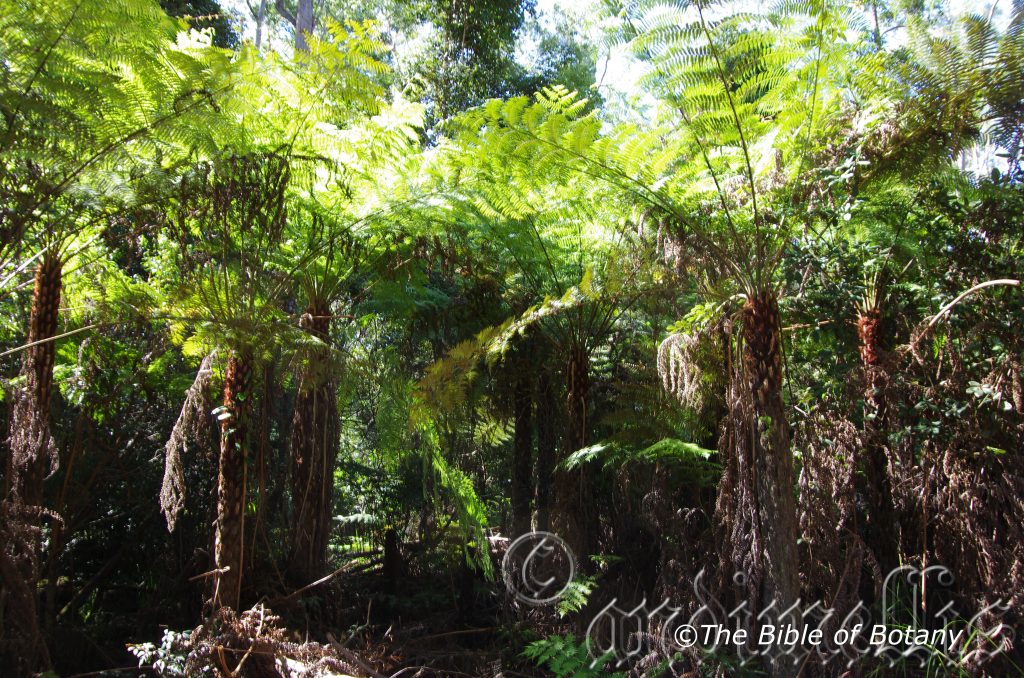
Clouds Creek NSW
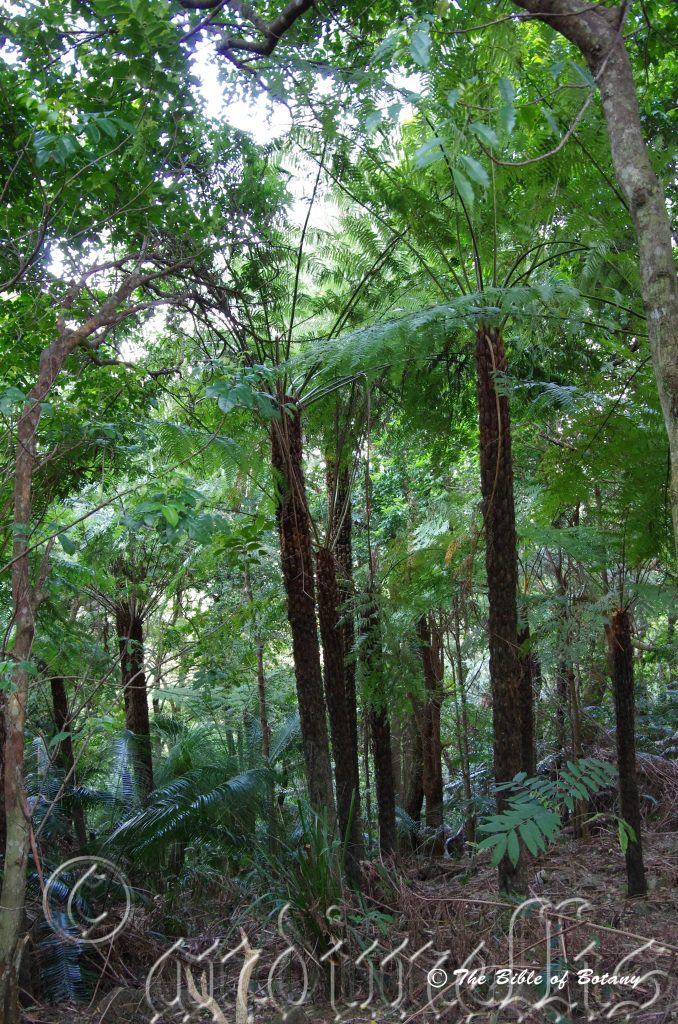
North Brother Reserve NSW
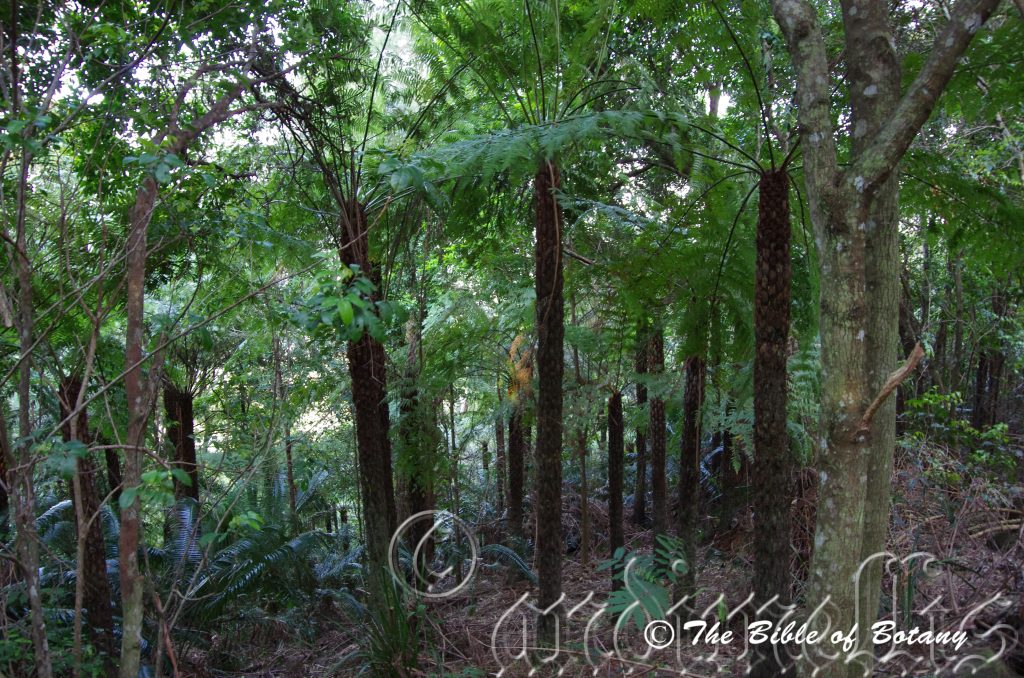
North Brother Reserve NSW
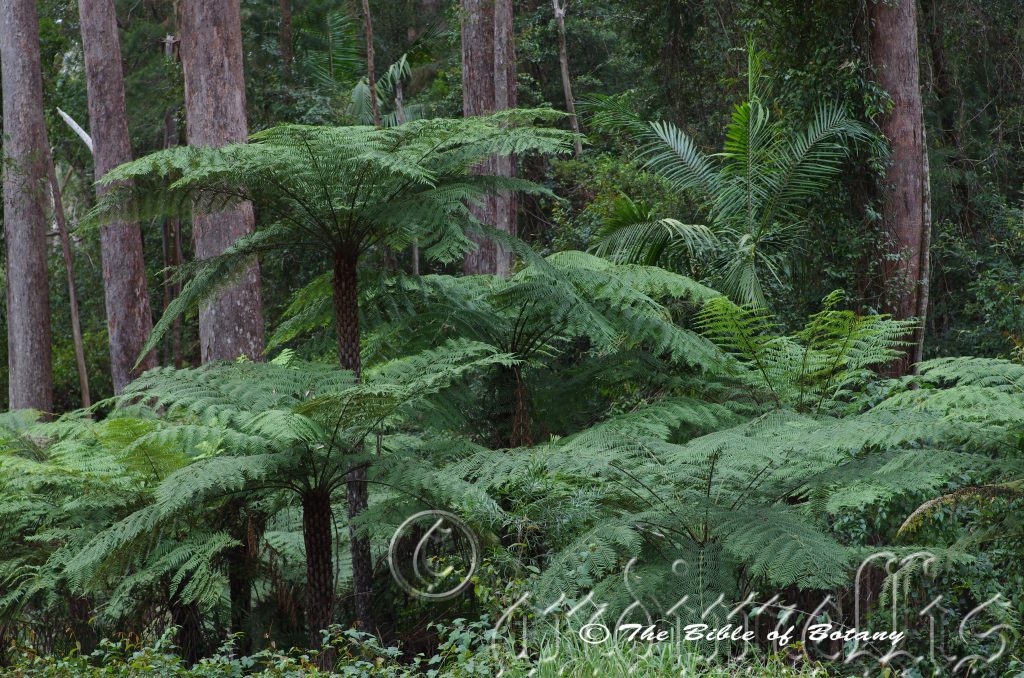
Nana Glen NSW

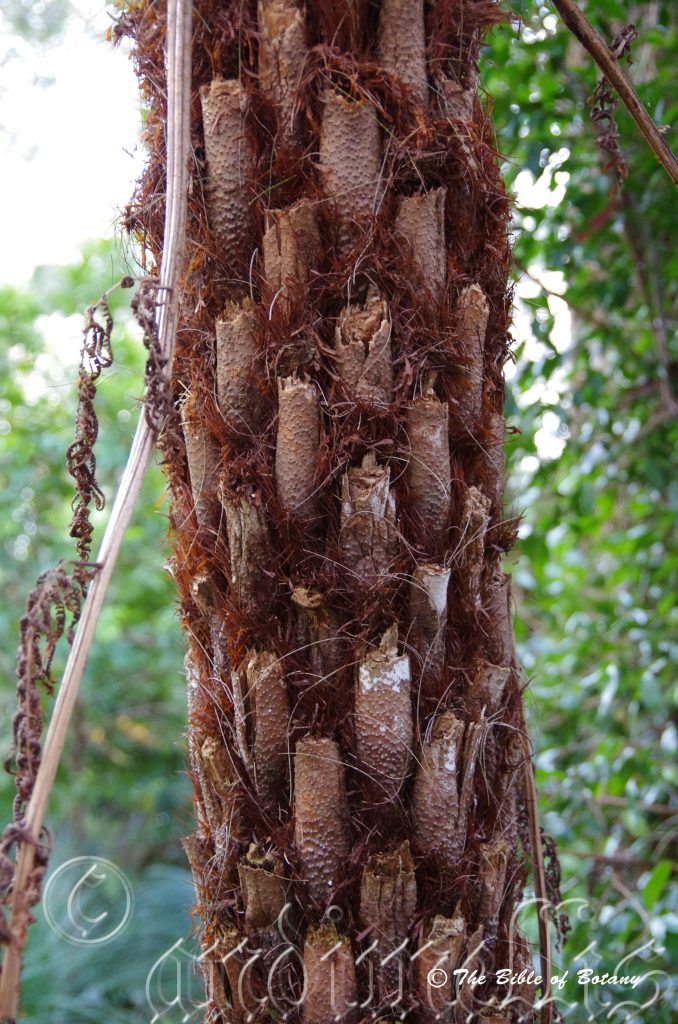
Mount Cootha Botanic gardens Qld.
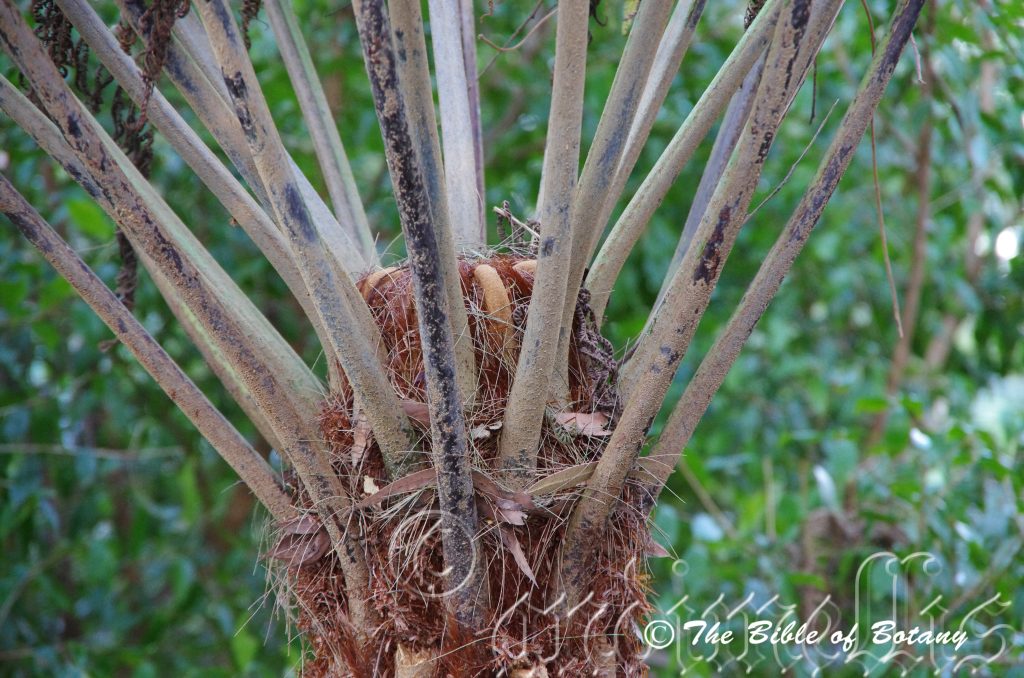
North Brother NSW
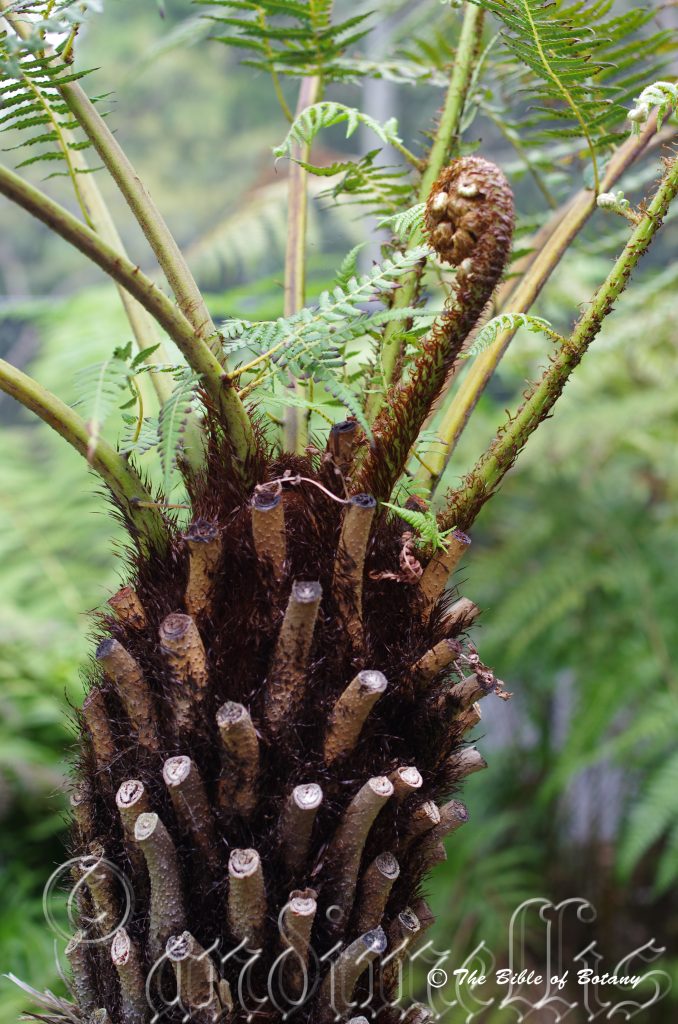
Author’s Garden The pinnacles NSW
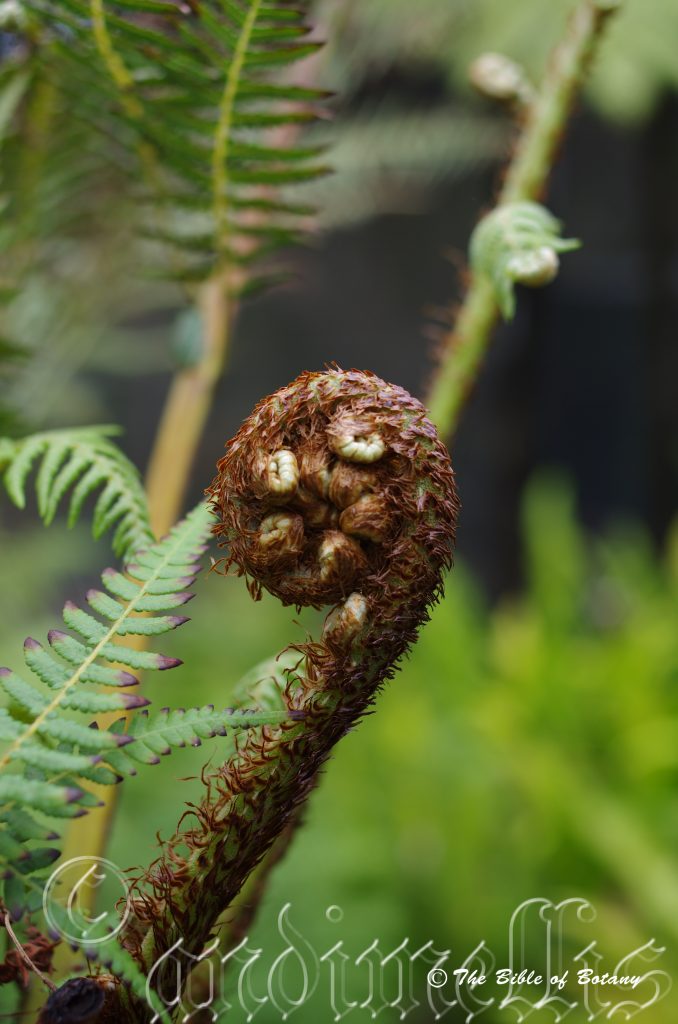
Author’s Garden The pinnacles NSW

Author’s Garden The pinnacles NSW

Author’s Garden The pinnacles NSW
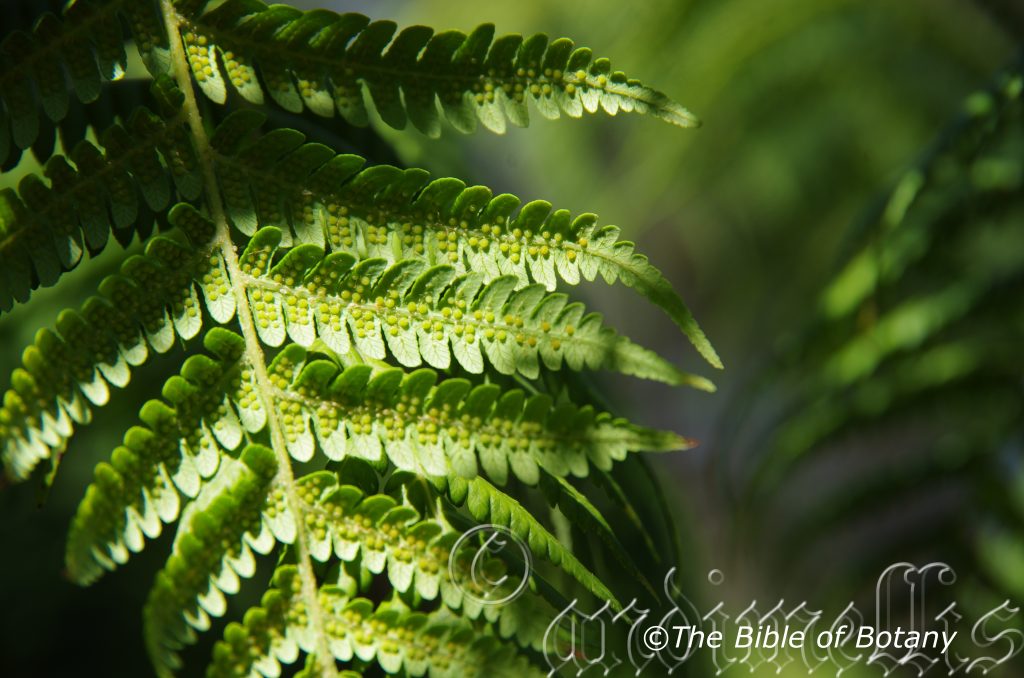
Author’s Garden The pinnacles NSW
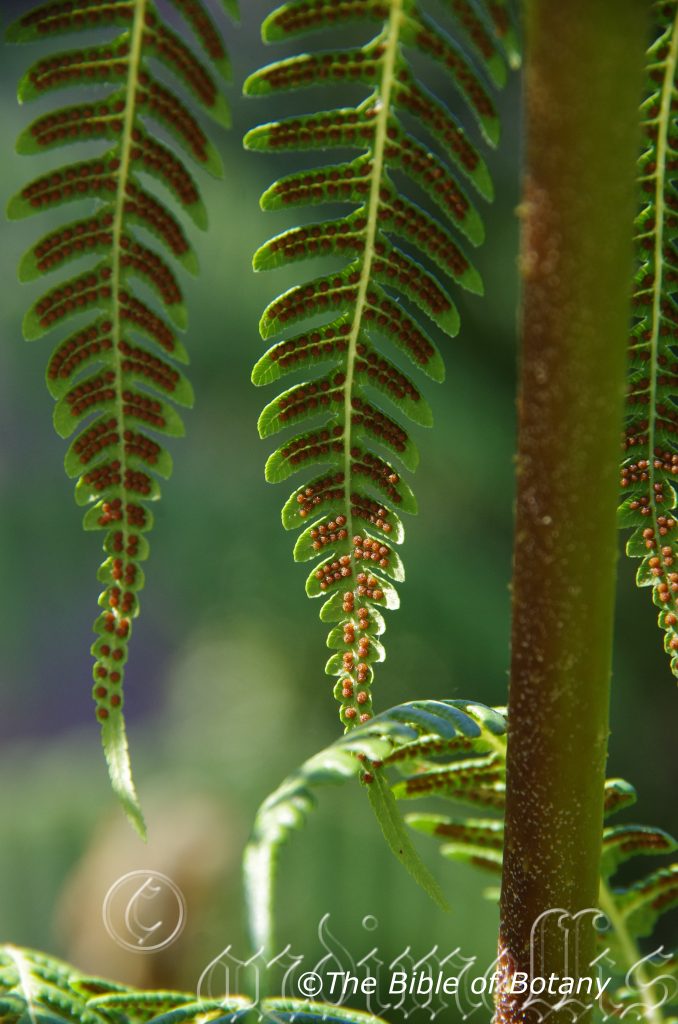
Author’s Garden The pinnacles NSW
Cyathea australis
Classification:
Class: Pteridospida
Order: Cyathales
Family: Cyatheaceae
Genus:From Kyatheon, which is Greek for a broad lipped cup. It refers to the indusium, which holds the spores that resembles a cup shaped.
Sub Genus: Sphaeropteris
Specie: From Terra Australis, which is Latin for land of the south. It refers to plants, which were first discovered from the land down under.
Sub species:
Common Name: Black Tree Fern Rough Tree Fern.
Distribution:
Cyathea australis is found south from Maryborough in central Queensland to southern Tasmania and west to the Narracoorte Coastal Plains in south eastern South Australia.
https://avh.ala.org.au/occurrences/search?taxa=Cyathea+australis#tab_mapView
Habitat Aspect Climate:
Cyathea australis grows in dense shade to dappled light. It grows in moisture retentive soils in cool montane temperate rainforests, cool subtropical rainforests, cool littoral rainforests and cool moist Eucalyptus forests. The soils have thick cover of leaf litter. The altitude ranges from 10 meters ASL. to 1200 meters ASL.
The temperature ranges from minus 4 degrees in August to 34 degrees in January.
The rainfall ranges from lows of 900mm to 2400mm average per annum. Additional moisture in lower rainfall areas is received through orographic precipitation.
Soil Requirements:
Cyathea australis prefer better quality peaty sandy loams, gravelly light clays to medium clays. The soils are usually derived from decomposed brown or black basalts. The soils pH ranges from 5.5pH to 7pH. It tolerate seasonal waterlogged soils for short periods but does best on soils which have good moisture retention coupled with good drainage. Non saline soils to moderately saline soils are tolerated.
Height & Spread:
Wild Plants: 6m to 22m by 5m to 6m.
Characteristics:
The rhizome of is erect and grows to 5 meters to 19 meters in length Cyathea australis by 200mm to 400mm in diameter diameter. The older stipes are shed from the base but are persistent on the upper rhizomes. The rhizomes of Cyathea australis are erect and grow from 5.5 meters to 20 meters in length by 120mm to 150mm in diameter. The older stipes are shed from the base but are persistent on the upper rhizomes. Cyathea australis fronds are a crown at the top of a long vertically growing rhizome. The lower part of the trunk is covered in thick, deep reddish-brown aerial roots which are firmly attached to the trees trunk. The upper section is covered in the persistent old frond stipe bases. The growing section of the trunk is covered in long, twisted, shiny, reddish brown scales that measure 20mm to 50mm in length by 5mm to 7mm in width. The pale edges of the scales are often broken or shed to leave just the deep reddish brown section.
The rachises are deep brown to black near the base turning grass-green before the first pinnae. They have rough conical spines on the lower edge and deep red-brown triangular scales. The stipes measure 500mm to 600mm in length and measure 20mm to 35mm in diameter at the base. The tripinnata fronds measure 2.5 meters to 3 meters in length by 1.2 meters to 1.5 meters in width. The 22mm to 25mm by 7.5mm to 10mm pinnules are discolourous being deep blue-green to deep grass-green on the upper lamina while the lower lamina is paler below. The sickle shape pinnules are sessile and taper to a point. The margins are finely toothed or shallowly crenate. The mid vein is prominent on the lower lamina and is faintly visible on the upper lamina.
The sori lack a true indusium and are arranged in two rows one each side of the mid vein of the pinnules. The ripe spore is brown.
Wildlife:
Cyathea australis’s wildlife is unknown to the author.
Cultivation:
Cyathea australis is a beautiful large fern for rainforest gardens, or in the garden where lighter to darker conditions prevail with permanent moisture. It looks particularly magnificent when scattered through a forest or planted as the major accent plant with trees as its backdrop. It is drought resistant once established. Cyathea australis is excellent for growing near large fish ponds or water features.
Cyathea australis grows much smaller when cultivated in the garden developing a trunk from 12 meters to 15 meters and a crown of 5 meters is more in open shaded situations.
I do not recommend Cyathea australis as a planting in mass near the house or up wind of the clothes drying area as when they drop spore they can coat the windows clothing and furniture in a very fine layer of spore and spore trash.
Cyathea australis was used to great effect in a large rockery with boulders Cycas media and Allocasuarina cunninghamiana at Nana Glen. Allocasuarina gave the effect of opening an area up due to the fine needle like foliage. The contrast in foliages with the epiphytic plants of stags, Pyrrosia rupestris and birds nests were striking. No other plants were used in the area. The background was planted with Barklya syringifolia, Cassia brewsteri for their seasonal change in colour with Mallotus claoxyloides to give the effect of being closed in and the wonderful smell of the Australian rainforest.
It is ideal for rainforest settings and open moist woodland settings especially when you can look down on the scene from above. To gain the best from mass plantings it is best planted staggered over several years so various heights are found throughout the garden. With a regular fertilizing programmed these tree ferns will spread to the maximum by the time they have developed a 500mm trunk.
Propagation:
Spores:
All ferns that are declared rare, vulnerable or endangered are protected by Federal and State Laws and must not be removed from the wild unless you are a land developer, mining company or main Roads department etc. This includes bulbs, roots, leaves and flowers. No part of any plant can be removed from Federal, State or Local Government land without the prior permission of the authority and this includes the spore.
Most people are put off at the thought of growing ferns from spore. Like all plants that produce their offspring from seed or spore the methods are basically the same. Remember nature has been doing this for millions of years and has been very successful. I have had excellent results growing over 200 different species of Australian ferns so don’t be afraid. Give it a go.
Step 1. Select spore from the fern fronds. Wait until the fern is just starting to release its spore. Rinse the fronds under clean running water and dry. This is to wash off any other spores from rogue ferns that may have settled onto the fronds. (There is nothing worse than having common brake or common soft bracken contaminating a prized tree fern or epiphyte.)
Step 2. Place the dry fronds in a clean brown paper bag and keep them in a cool dark place like the linen closet for about a week to ten days before you are ready to sow the spore. The exception to this rule applies to ferns, which produce green spores. These must be sown immediately that they are released. Todea Barbara is a good example of a fern, which produces green spore.
Step 3. Take a large ice cream container, a small ice cream container and a clean clear plastic bag large enough to seal the large ice cream container and three or four milk bottle tops.
Step 4. Punch or drill 6 to 10 5mm holes in the bottom of the small ice cream container.
Step 5. Wash both containers, tops and plastic bag so that it is very clean and sterile.
Step 6. Use a clean fine seed raising mi. We used 30% fine sand, 30% peat, 30% perlite and 10% vermiculite. We used crushed basalt, crusher dust and peat in a 50:50 ratio for epiphytes. Moisten the mix enough that water does not run out when the mix is squeezed between the fingers.
Step 7. Place the moisten mix (Enough to half fill the small ice cream container) in the microwave oven with a large glass of water for 7 or 8 minutes, until the water is boiling. Allow them to cool in the oven. You will need the water later so do not tip it out.
Step 8. Take the brown paper bag out of the linen closet. Shake the bag and remove the fronds. You should have a yellow, brown, black or rarely greenish brown or ochre powder or very fine, small round pin head size spore depending on the specie involved.
Step 9. Remove the mixture from the oven once it has cooled and place it in the small ice cream container and level.
Step 10. Sprinkle the spore sparsely over the mixture in the small ice cream container.
Step 11. Place the milk bottle tops in the large ice cream container with the flat surface facing down. Place the small ice cream container in the large ice cream container so that it is sitting on the milk bottle tops.
Step 12. Remove the water from the microwave and pour it into the larger ice cream container so there is 25mm to 30mm of water in the bottom.
Step 13. Place the ice cream containers in the plastic bag and seal.
Step 14. Place the contents and bag in a warm shady place preferably 50% to 70% shade depending on the specie. Shade houses and some window sills are ideal.
Step 15. The surface should turn green within a week to two weeks. The prothallus will then develop. From the prothallus the first true fronds will appear. Wait until the ferns are 20mm to 35mm in height before you attempt to transplant them. Once it is ready open the bag up slightly and allow the air to flow around the little ferns. Every 3 to 5 days open the bag a little further so the ferns get use to their new environment. Allow them a week to two weeks to harden off before you transplant them following the removal of the plastic bag. Carefully prick them out into 50mm standard squat tubes as you would any seedling.
Do not try to transplant them as single plants as it is still a little delicate still.
Once the smaller ones again reach 50mm to 70mm you may wish to divide the stronger and hardier individual plants into smaller clumps in 100mm squat pots.
Step 16. We fertilized with seaweed, fish emulsion or organic chicken pellets soaked in water on an alternate basis until established. Fertilize every two months for one year even when in the ground.
Step 17. Wait until the ferns are about 150mm to 180mm high before you attempt to transplant them further and make the final division if there are more than one in each pot..
Fertilize using Seaweed, fish emulsion or organic chicken pellets soaked in water on an alternate basis. Fertilize every two months until the plants are established then twice annually in early September or March to maintain health and vitality.
Further Comments from Readers:
Hi reader, it seems you use The Bible of Botany a lot. That’s great as we have great pleasure in bringing it to you! It’s a little awkward for us to ask, but our first aim is to purchase land approximately 1,600 hectares to link several parcels of N.P. into one at The Pinnacles NSW Australia, but we need your help. We’re not salespeople. We’re amateur botanists who have dedicated over 30 years to saving the environment in a practical way. We depend on donations to reach our goal. If you donate just $5, the price of your coffee this Sunday, We can help to keep the planet alive in a real way and continue to bring you regular updates and features on Australian plants all in one Botanical Bible. Any support is greatly appreciated. Thank you.
In the spirit of reconciliation we acknowledge the Bundjalung, Gumbaynggirr and Yaegl and all aboriginal nations throughout Australia and their connections to land, sea and community. We pay our respect to their Elders past, present and future for the pleasures we have gained.
Cyathea baileyana
Classification:
Class: Pteridospida
Order: Cyathales
Family: Cyatheaceae
Genus: From Kyatheon, which is Greek for a broad lipped cup. It refers to the indusium, which holds the spores that resembles a cup shaped.
Sub Genus: Sphaeropteris
Specie: Is named in honour of Frederick Mason Bailey; 1827-1915, who was an English born Australian seed collector and curator of the Queensland Museum.
Sub specie:
Common Name: Bailey’s Tree Fern.
Distribution:
Cyathea baileyana is restricted to a small area between Craigle, Mareeba and Innisfail in far north eastern Queensland.
https://avh.ala.org.au/occurrences/search?taxa=baileyana#tab_mapView
Habitat Aspect Climate:
Cyathea baileyana prefer dense shade. It is found in the center of cool tropical rainforest and wet Eucalyptus forests adjacent to well-developed rainforests. The soils are covered in thick layers of leaf litter. The altitude ranges from 50 meters ASL to 850 meters ASL.
The temperature ranges from 8 degrees in August to 30 degrees in January.
The rainfall ranges from lows of 1900mm to 3200mm average per annum.
Soil Requirements:
Cyathea baileyana prefer better quality heavier loams, light gravelly clays to medium clays. The soils are derived from decomposed brown or black basalts. The soils pH ranges from 5.5pH to 6pH. It is not tolerant of waterlogged soils. They do best on soils where good moisture retention is maintained all year. Non saline soils to moderately saline soils are tolerated.
Height & Spread:
Wild Plants: 4m to 5m by 0.6m x 1.2m.
Characteristics:
The rhizome of Cyathea baileyana is erect and grows from 4 meters to 5 meters in length by 100mm to 150mm in diameter. The older stipes are shed from the base but are persistent on the upper rhizomes. The fronds are a crown at the top of a long vertically growing rhizome. The lower part of the trunk is covered in thick, deep brown aerial roots which are firmly attached to the trees trunk. The upper section is covered in erect, persistent old frond stipe bases. The growing section of the trunk is covered in very long, twisted, shiny, tan to tan-brown scales that have the appearance of fine coconut fibre.
Cyathea baileyana stipes and rachises are deep red-brown while the stipes measure 130mm to 16mm in length. The bases are densely covered with deep chocolate, purple or black, narrow linear scales with fragile margins and filiform apices. The scales measure scales 8mm to 25mm in length by 1mm to 2mm in width. The pneumathodes on base of the stipes are deeply excavated while those on the rachises are short and widely spaced.
The laminas are bipinnate and measure 1.6 meters to 2 meters in length. The basal 1 to 3 pairs of pinnae measure 60mm to 100mm in length while they progressively increase in size towards the middle. The largest pinnules measure 125mm to 150mm in length by 15mm to 20mm in width. The concolourous pinnae are grass-green. The bases are broadly truncate while the apexes are acuminate. The margins are serrate to crenate.
The sori lack a true indusium (cover) and are arranged in 1 to 3 rows in the middle of each vein. Ripe spore are chocolate brown to black.
Wildlife:
Cyathea baileyana’s wildlife is unknown to the author.
Cultivation:
Cyathea baileyana is a beautiful tree fern for rainforests or in the garden where darker conditions prevails with permanent moisture. It would look particularly magnificent when scattered through a forest or planted as the major accent plant with trees as their backdrop. It is drought sensitive even when established.
Cyathea baileyana grows much smaller when cultivated in the garden developing a trunk to about 12 meters and a crown of 5 meters is more the norm.
I do not recommend Cyathea baileyana for planting in mass near the house or up wind of the clothes drying area as when they drop spore it can coat the windows clothing and furniture in a very fine layer of spore and spore trash.
It is ideal for rainforest settings and open moist woodland settings especially when you can look down on the scene from above. To gain the best from mass plantings it is best planted staggered over several years so various heights are found throughout the garden. With a regular fertilizing programme these tree ferns will spread to the maximum by the time they have developed a 500mm trunk.
Try planting them to imitate a riparian walk. This can be achieved by planting them in a long meandering fashion about 5 meters apart and 2 meters either side of the center of the path. This will eventually give a covered walkway. Plant below the tree ferns with Rhododendrons and Cuttsia interspersed with Curculigo for a real rainforest look with colour.
Propagation:
Spores: Make sure Cyathea baileyana are kept in a relative dark position and the light density does not change dramatically throughout the growing period.
Step 1. Select spore from the fern fronds. Wait until the fern is just starting to release its spore. Rinse the fronds under clean running water and dry. This is to wash off any other spores from rogue ferns that may have settled onto the fronds. (There is nothing worse than having common brake or common soft bracken contaminating a prized tree fern or epiphyte.)
Step 2. Place the dry fronds in a clean brown paper bag and keep them in a cool dark place like the linen closet for about a week to ten days before you are ready to sow the spore. The exception to this rule applies to ferns, which produce green spores. These must be sown immediately that they are released. Todea Barbara is a good example of a fern, which produces green spore.
Step 3. Take a large ice cream container, a small ice cream container and a clean clear plastic bag large enough to seal the large ice cream container and three or four milk bottle tops.
Step 4. Punch or drill 6 to 10 5mm holes in the bottom of the small ice cream container.
Step 5. Wash both containers, tops and plastic bag so that it is very clean and sterile.
Step 6. Use a clean fine seed raising mi. We used 30% fine sand, 30% peat, 30% perlite and 10% vermiculite. We used crushed basalt, crusher dust and peat in a 50:50 ratio for epiphytes. Moisten the mix enough that water does not run out when the mix is squeezed between the fingers.
Step 7. Place the moisten mix (Enough to half fill the small ice cream container) in the microwave oven with a large glass of water for 7 or 8 minutes, until the water is boiling. Allow them to cool in the oven. You will need the water later so do not tip it out.
Step 8. Take the brown paper bag out of the linen closet. Shake the bag and remove the fronds. You should have a yellow, brown, black or rarely greenish brown or ochre powder or very fine, small round pin head size spore depending on the specie involved.
Step 9. Remove the mixture from the oven once it has cooled and place it in the small ice cream container and level.
Step 10. Sprinkle the spore sparsely over the mixture in the small ice cream container.
Step 11. Place the milk bottle tops in the large ice cream container with the flat surface facing down. Place the small ice cream container in the large ice cream container so that it is sitting on the milk bottle tops.
Step 12. Remove the water from the microwave and pour it into the larger ice cream container so there is 25mm to 30mm of water in the bottom.
Step 13. Place the ice cream containers in the plastic bag and seal.
Step 14. Place the contents and bag in a warm shady place preferably 50% to70% shade depending on the specie. Shade houses and some window sills are ideal.
Step 15. The surface should turn green within a week to two weeks. The prothallus will then develop. From the prothallus the first true fronds will appear. Wait until the ferns are 20mm to 35mm in height before you attempt to transplant them. Once it is ready open the bag up slightly and allow the air to flow around the little ferns. Every 3 to 5 days open the bag a little further so the ferns get use to their new environment. Allow them a week to two weeks to harden off before you transplant them following the removal of the plastic bag. Carefully prick them out into 50mm standard squat tubes as you would any seedling.
Do not try to transplant them as single plants as it is still a little delicate still.
Once the smaller ones again reach 50mm to 70mm you may wish to divide the stronger and hardier individual plants into smaller clumps in 100mm squat pots.
Step 16. We fertilized with seaweed, fish emulsion or organic chicken pellets soaked in water on an alternate basis until established. Fertilize every two months for one year even when in the ground.
Step 17. Wait until the ferns are about 150mm to 180mm high before you attempt to transplant them further and make the final division if there are more than one in each pot.
Fertilize using Seaweed, fish emulsion or organic chicken pellets soaked in water on an alternate basis. Fertilize every two months until the plants are established then twice annually in early September or March to maintain health and vitality.
Further Comments from Readers:
Hi reader, it seems you use The Bible of Botany a lot. That’s great as we have great pleasure in bringing it to you! It’s a little awkward for us to ask, but our first aim is to purchase land approximately 1,600 hectares to link several parcels of N.P. into one at The Pinnacles NSW Australia, but we need your help. We’re not salespeople. We’re amateur botanists who have dedicated over 30 years to saving the environment in a practical way. We depend on donations to reach our goal. If you donate just $5, the price of your coffee this Sunday, We can help to keep the planet alive in a real way and continue to bring you regular updates and features on Australian plants all in one Botanical Bible. Any support is greatly appreciated. Thank you.
In the spirit of reconciliation we acknowledge the Bundjalung, Gumbaynggirr and Yaegl and all aboriginal nations throughout Australia and their connections to land, sea and community. We pay our respect to their Elders past, present and future for the pleasures we have gained.
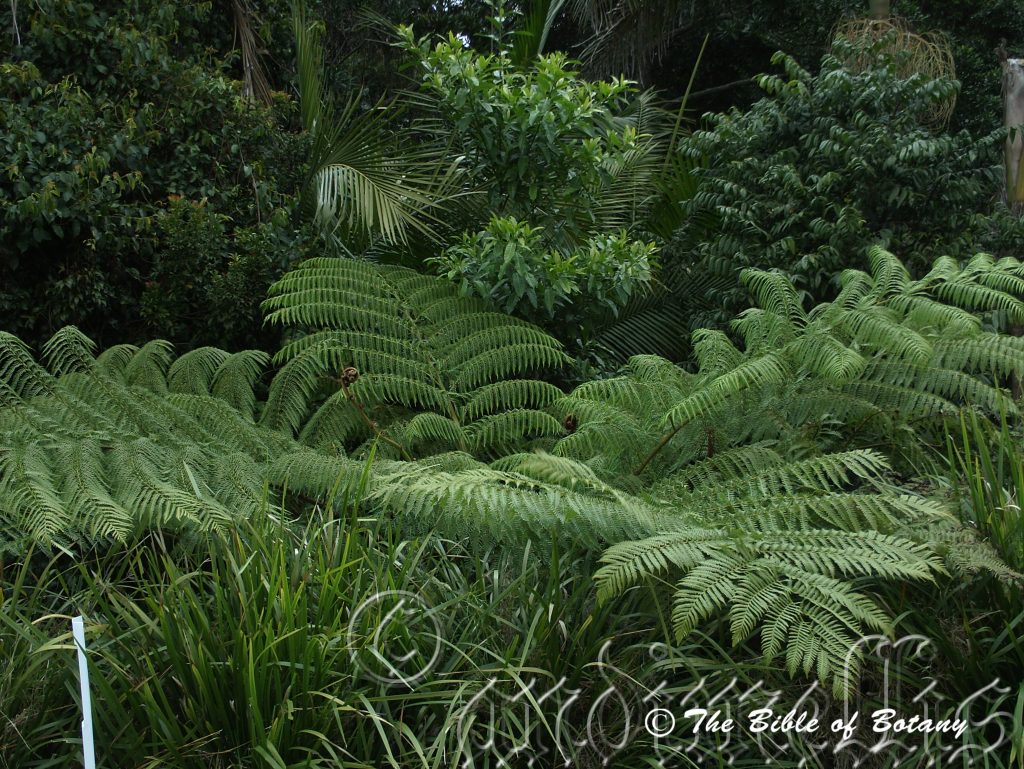
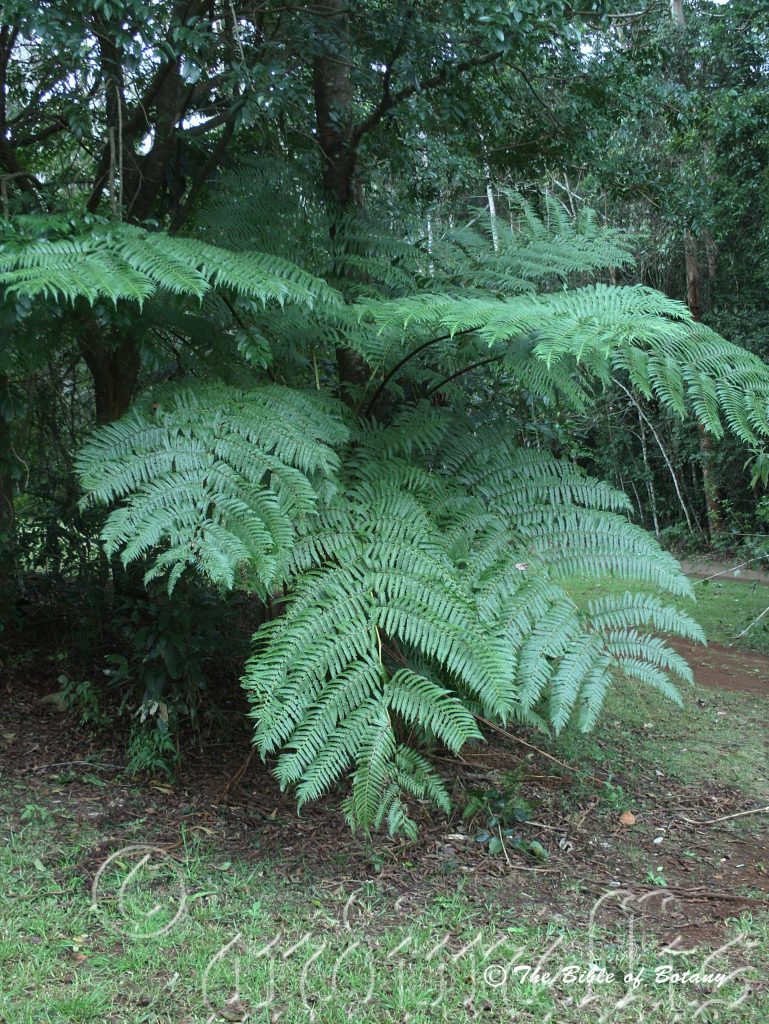

North Brother NSW

North Brother NSW

North Brother NSW

North Brother NSW
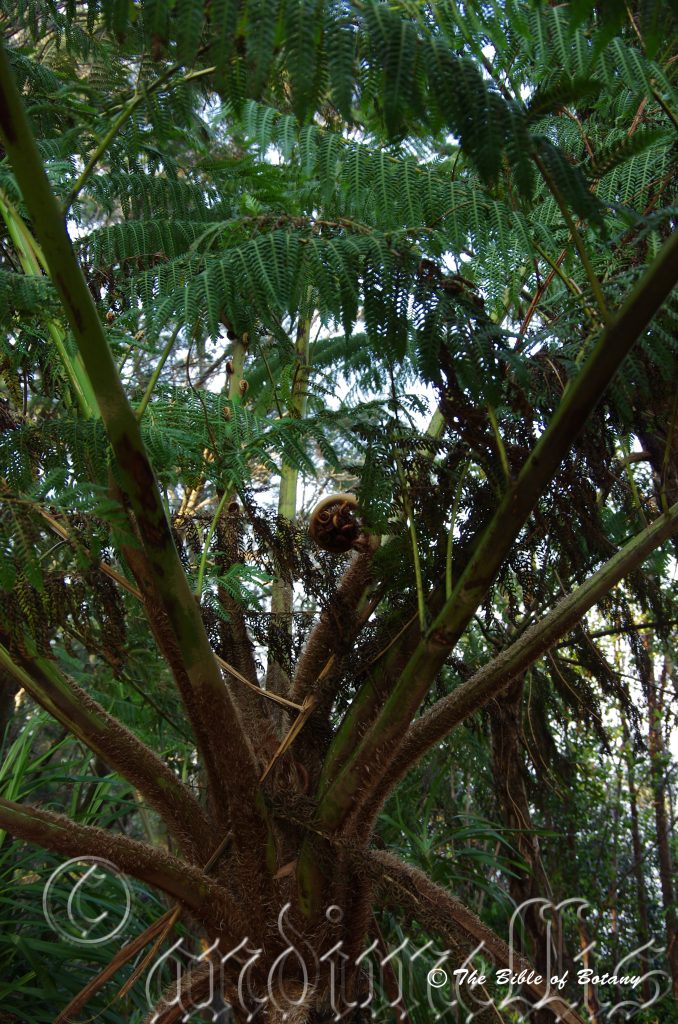
North Brother NSW
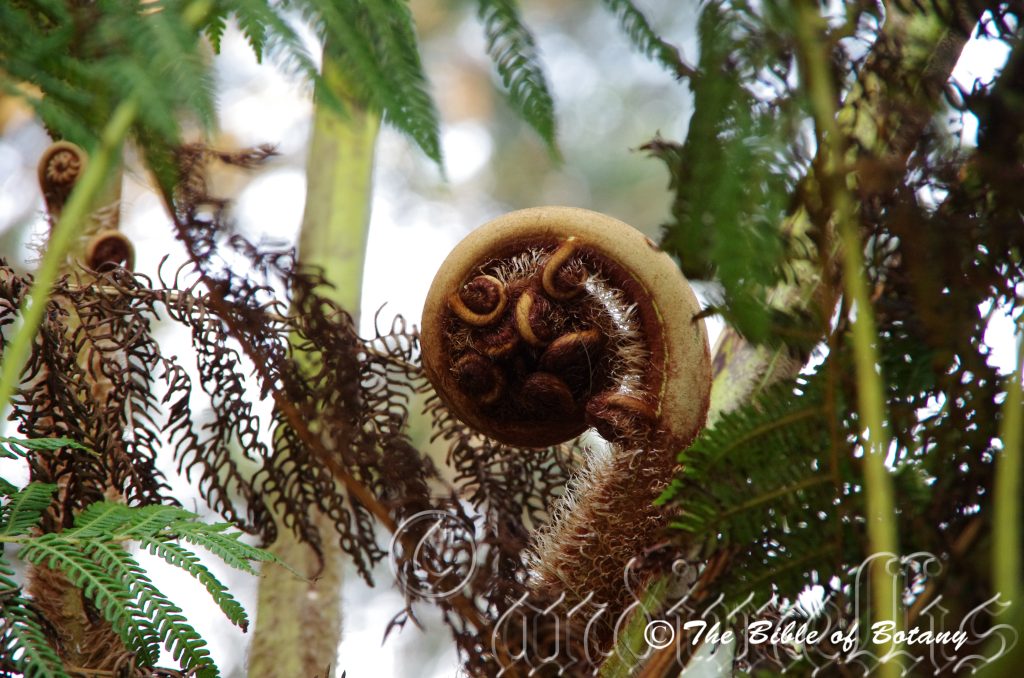
North Brother NSW

Author’s Garden The Pinnacles NSW
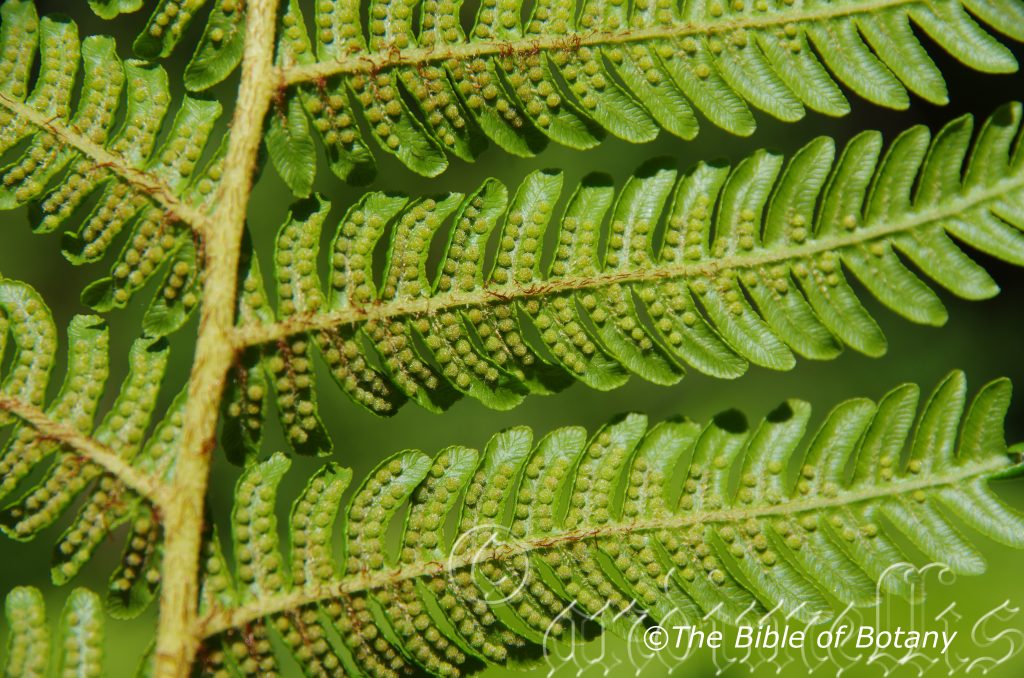
Author’s Garden The Pinnacles NSW
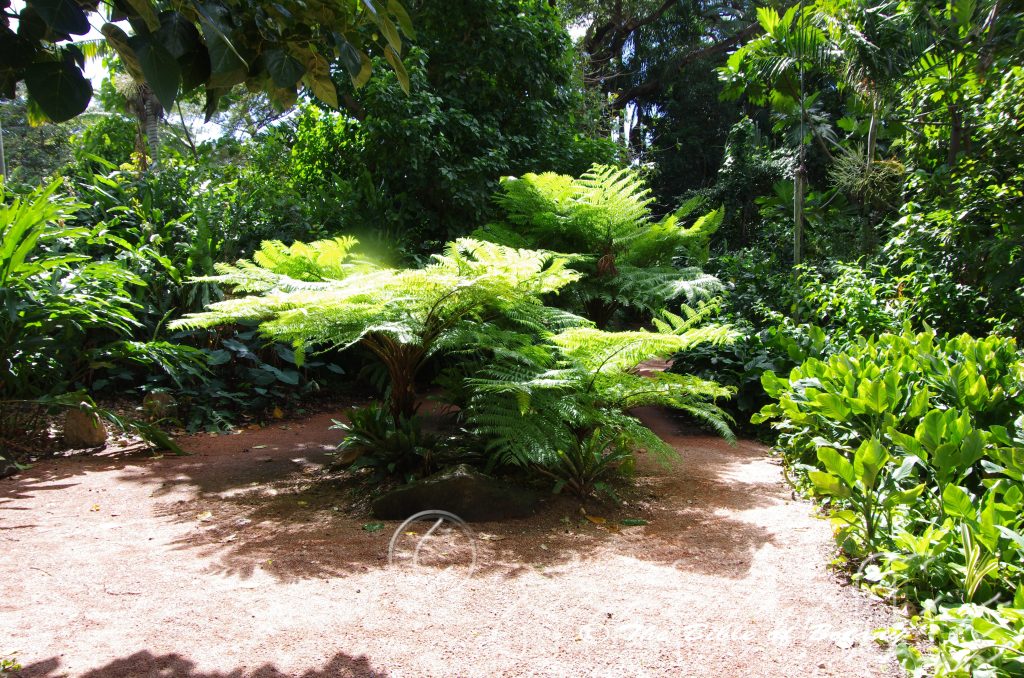
Palmerson Gardens Townsville Qld
Cyathea cooperi
Classification:
Class: Pteridospida
Order: Cyathales
Family: Cyatheaceae
Genus: From Kyatheon, which is Greek for a broad lipped cup. It refers to the indusium, which holds the spores that resembles a cup shaped.
Sub Genus: Sphaeropteris
Specie: Is named in honour of Cooper but which Cooper cannot be substantiated.
Sub specie:
Common Name: Common Tree Fern or Scaly Tree Fern.
Distribution:
Cyathea cooperi is found in 3 disjunct populations south from Cairns with an outlying population near Iron range on Cape York Peninsula to the Queensland New South Wales border. It is found on and east of the Great Dividing Range.
https://avh.ala.org.au/occurrences/search?taxa=Cyathea+cooperi #tab_mapView
Habitat Aspect Climate:
Cyathea cooperi prefer dense shade to dappled light. It is found in warm subtropical rainforests, littoral rainforests and cool moist Eucalyptus forests adjoining rainforests. They do best on soils where good moisture retention is maintained all year. The altitude ranges from 5 meters ASL to 600 meters ASL.
The temperatures range from 2 degrees in August to 38 degrees in January.
The rainfall ranges from lows of 800mm to 3000mm average per annum.
Soil Requirements:
Cyathea cooperi prefers heavier loams, light gravelly clays to medium clays with a thick layer of forest litter. The soils are usually derived from decomposed brown or black basalts. The soils pH ranges from 5pH to 7pH. It does not tolerate waterlogged soils though they can stand short periods of annual inundation where flash floods occur. Non saline soils to moderately saline soils are tolerated.
Height & Spread:
Wild Plants: 10m to 12m by 5m to 6m.
Characteristics:
The rhizome of Cyathea cooperi is erect and grows from 10 meters to 13 meters in length by 130mm to 160mm in diameter. The older stipes are shed from the base but are persistent on the upper rhizomes. The lower part of the trunk is covered in aerial roots which are firmly attached to the trees trunk however the ovate scars from where previous stipes have been shed are clearly visible. The upper section for 200mm to 300mm is covered in the old frond stipe bases. The growing section of the trunk is covered in two types of scales. The longer of the pair are slightly twisted, shiny, and brown with creamy margins and measure 20mm to 50mm in length by 0.5mm to 5mm in width. The smaller scales are inconspicuously hidden beneath the longer scales are a dark reddish brown and measure 5mm to 15mm long by 0.5mm wide.
Cyathea cooperi’s fronds grow out singularly usually displaying a new frond, an advanced cosier and a new cosier all at the same time and over most of the year. The rachises are pale green to a yellow green with one or two distinct yellow stripes running the length of the rachis. The rachis has brown warts and the scales present on the cosier and new fronds. The stipe at the base is 20mm to 35mm in diameter. The tripinnata fronds are 3.5 meters to 4.5 meters long by 1.8 meters to 2.4 meters wide. The non-bearing part of the stipe measures 500mm to 600mm in length. The pinnae are 180mm to 200mm in length by 26mm to 30mm in width. The 13mm to 15mm by 4.5mm to 5mm wide discolourous pinnules are pale grass green on the upper lamina and paler below. The pinnules are sessile with a round apex. The margins are entire on the lower section and very finely toothed on the upper half.
The sori lack a true indusium but have a ring of small scales surrounding the sori. It is arranged in two rows one each side of the mid vein of the pinnules. Ripe spore are pale brown to tan.
Wildlife:
Cyathea cooperi’s wildlife is unknown to the author.
Cultivation:
Cyathea cooperi is a beautiful large tree fern for rainforests, or in the garden where lighter to darker conditions prevails with permanent moisture. They look particularly magnificent when scattered through a forest or planted as the major accent plant with trees as their back drop. It is drought sensitive even when established. Cyathea cooperi is excellent for growing near large fish ponds or water features away from the house giving an immediate cooling effect.
I do not recommend Cyathea cooperi as a planting in mass near the house or up wind of the clothes drying area as when they drop spore the can coat the windows clothing and furniture in a very fine layer of spore and spore trash.
It is ideal for rainforest settings and open moist woodland settings especially when you can look down on the scene from above. To gain the best from mass plantings it is best planted staggered over several years so various heights are found throughout the garden. With a regular fertilizing program these tree ferns will spread to the maximum by the time they have developed a 500mm trunk.
They look particularly good planted along creek banks and riparian zones on larger properties. This can be achieved by planting them in two roughly parallel meandering lines through a property as though you are walking along the creek bed. Imagine the scene with tall rainforest trees in the back ground with Rhododendron species and Cuttsia viburnum planted a little behind and intermingled with Curculigo capitata and feather palms like Archontophoenix alexandra or Archontophoenix cunninghamiana. Scenes like this are not difficult to create; they just take imagination and snap shots of real scenes from nature.
Propagation:
Spores: All ferns that are declared rare, vulnerable or endangered are protected by Federal and State Laws and must not be removed from the wild unless you are a land developer, mining company or main Roads department etc. This includes bulbs, roots, leaves and flowers. No part of any plant can be removed from Federal, State or Local Government land without the prior permission of the authority and this includes the spore.
Most people are put off at the thought of growing ferns from spore. Like all plants that produce their offspring from seed or spore the methods are basically the same. Remember nature has been doing this for millions of years and has been very successful. I have had excellent results growing over 200 different species of Australian ferns so don’t be afraid. Give it a go.
Step 1. Select spore from the fern fronds. Wait until the fern is just starting to release its spore. Rinse the fronds under clean running water and dry. This is to wash off any other spores from rogue ferns that may have settled onto the fronds. (There is nothing worse than having common brake or common soft bracken contaminating a prized tree fern or epiphyte.)
Step 2. Place the dry fronds in a clean brown paper bag and keep them in a cool dark place like the linen closet for about a week to ten days before you are ready to sow the spore. The exception to this rule applies to ferns, which produce green spores. These must be sown immediately that they are released. Todea Barbara is a good example of a fern, which produces green spore.
Step 3. Take a large ice cream container, a small ice cream container and a clean clear plastic bag large enough to seal the large ice cream container and three or four milk bottle tops.
Step 4. Punch or drill 6 to 10 5mm holes in the bottom of the small ice cream container.
Step 5. Wash both containers, tops and plastic bag so that it is very clean and sterile.
Step 6. Use a clean fine seed raising mi. We used 30% fine sand, 30% peat, 30% perlite and 10% vermiculite. We used crushed basalt, crusher dust and peat in a 50:50 ratio for epiphytes. Moisten the mix enough that water does not run out when the mix is squeezed between the fingers.
Step 7. Place the moisten mix (Enough to half fill the small ice cream container) in the microwave oven with a large glass of water for 7 or 8 minutes, until the water is boiling. Allow them to cool in the oven. You will need the water later so do not tip it out.
Step 8. Take the brown paper bag out of the linen closet. Shake the bag and remove the fronds. You should have a yellow, brown, black or rarely greenish brown or ochre powder or very fine, small round pin head size spore depending on the specie involved.
Step 9. Remove the mixture from the oven once it has cooled and place it in the small ice cream container and level.
Step 10. Sprinkle the spore sparsely over the mixture in the small ice cream container.
Step 11. Place the milk bottle tops in the large ice cream container with the flat surface facing down. Place the small ice cream container in the large ice cream container so that it is sitting on the milk bottle tops.
Step 12. Remove the water from the microwave and pour it into the larger ice cream container so there is 25mm to 30mm of water in the bottom.
Step 13. Place the ice cream containers in the plastic bag and seal.
Step 14. Place the contents and bag in a warm shady place preferably 50% to 70% shade depending on the specie. Shade houses and some window sills are ideal.
Step 15. The surface should turn green within a week to two weeks. The prothallus will then develop. From the prothalus the first true fronds will appear. Wait until the ferns are 20mm to 35mm in height before you attempt to transplant them. Once it is ready open the bag up slightly and allow the air to flow around the little ferns. Every 3 to 5 days open the bag a little further so the ferns get use to their new environment. Allow them a week to two weeks to harden off before you transplant them following the removal of the plastic bag. Carefully prick them out into 50mm standard squat tubes as you would any seedling.
Do not try to transplant them as single plants as it is still a little delicate still.
Once the smaller ones again reach 50mm to 70mm you may wish to divide the stronger and hardier individual plants into smaller clumps in 100mm squat pots.
Step 16. We fertilized with seaweed, fish emulsion or organic chicken pellets soaked in water on an alternate basis until established. Fertilize every two months for one year even when in the ground.
Step 17. Wait until the ferns are about 150mm to 180mm high before you attempt to transplant them further and make the final division if there are more than one in each pot..
Fertilize using Seaweed, fish emulsion or organic chicken pellets soaked in water on an alternate basis. Fertilize every two months until the plants are established then twice annually in early September or March to maintain health and vitality.
Further Comments from Readers:
Hi reader, it seems you use The Bible of Botany a lot. That’s great as we have great pleasure in bringing it to you! It’s a little awkward for us to ask, but our first aim is to purchase land approximately 1,600 hectares to link several parcels of N.P. into one at The Pinnacles NSW Australia, but we need your help. We’re not salespeople. We’re amateur botanists who have dedicated over 30 years to saving the environment in a practical way. We depend on donations to reach our goal. If you donate just $5, the price of your coffee this Sunday, We can help to keep the planet alive in a real way and continue to bring you regular updates and features on Australian plants all in one Botanical Bible. Any support is greatly appreciated. Thank you.
In the spirit of reconciliation we acknowledge the Bundjalung, Gumbaynggirr and Yaegl and all aboriginal nations throughout Australia and their connections to land, sea and community. We pay our respect to their Elders past, present and future for the pleasures we have gained.
Cyathea cunninghamii
Classification:
Class: Pteridospida
Order: Cyathales
Family: Cyatheaceae
Genus: From Kyatheon, which is Greek for a broad lipped cup. It refers to the indusium, which holds the spores that resembles a cup shaped.
Sub Genus: Sphaeropteris
Specie: Is named in honour of Allan Cunningham; 1791-1839, who was an Australian explorer, botanist and collector of plants.
Sub specie:
Common Name: Southern Tree Fern or Slender Tree Fern.
Distribution:
Cyathea cunninghamii is a restricted to several disjunct populations south from the Lamington National Park in southern coastal Queensland, near Mallacoota to Orbost, in east Gippsland, Wilsons Promontory, Mornington Peninsula to Mansfield and Geelong to near Glenaire and the Ottway Ranges in southern Victoria.
It is also found on King Island in Bass Strait, Arthur River to Ulverstone, the Franklin Gordon, South West National Park Statman National park and in the north west corner of Tasmania.
https://avh.ala.org.au/occurrences/search?taxa=Cyathea+cunninghamii#tab_mapView
Habitat Aspect Climate:
Cyathea cunninghamii prefer dense shade to medium shade. It is found in cool subtropical rainforests, littoral rainforests and cool moist Eucalyptus forests adjoining rainforests. They do best on soils where good moisture retention is maintained all year. The altitude ranges from 5 meters ASL to 914 meters ASL.
The temperatures range from 2 degrees in August to 38 degrees in January.
The rainfall ranges from lows of 800mm to 3000mm average per annum.
Soil Requirements:
Cyathea cunninghamii prefers heavier loams, light gravelly clays to medium clays with a thick layer of forest litter. The soils are derived from decomposed brown or black basalts. The soils pH ranges from 5pH to 7pH. It is not tolerant of waterlogged soils though they can stand short periods of annual inundation where flash floods occur. Non saline soils to moderately saline soils are tolerated.
Height & Spread:
Wild Plants: 16m to 20m to 5m x 6m.
Characteristics:
The rhizomes Cyathea cunninghamii is erect and grows from 16 meters to 20 meters in length by 100mm to 160mm in diameter. The older stipes are shed from the base but are persistent on the upper rhizomes. The fronds are a crown at the top of a long vertically growing rhizome. The lower part of the trunk is covered in thick, deep brown aerial roots which are firmly attached to the trees trunk. The upper section is covered in erect, persistent old frond stipe bases. The scales are pale tan to mid dull brown and measure 30mm to 35mm in length by 13mm to 6mm in width. The scales margins are asymmetrical.
Cyathea cunninghamii’s fronds grow out singularly often with a new frond a well-developed cosier and a new cosier present at the same time. The stipe is pale brown to mid brown, scabrous and is covered in rough tuberculate surface. The stipe measures 180 mm to 200mm in length and is 15mm to 20mm in diameter at the base. The tripinnata fronds are 2.5 meters to 3 meters in length by 1.3 meters to 1.5 meters in width. The pinnae are 180mm to 200mm in length by 26mm to 30mm in width. The pinnae are 9mm to 10mm by 4.5mm to 5mm wide. The pinnules are discolourous being deep green, glabrous and very glossy on the upper lamina while the lower lamina is dull and paler. The pinnules are sessile or with short petioles near the base measuring 1mm while the apex is mucronate. The margins are deeply lobed.
The sori globosa with a cup shape indusium and are arranged in two rows one each side of the mid vein of the pinnules. Ripe spore are chocolate brown to black.
Wildlife:
Cyathea cunninghamii’s wildlife is unknown to the author.
Cultivation:
Cyathea cunninghamii is a beautiful slender tree fern for cool rainforests or in the garden where darker conditions prevails with permanent moisture. It would look particularly magnificent when scattered through a forest or planted as the major accent plant with trees as their backdrop. It is drought sensitive even when established and are best grown in the cooler temperate areas in Australia. This tree fern is definitely not for the tropics.
Cyathea cunninghamii is very light sensitive and do not like bright lights even as mature plants they prefer to stay in the shade in moist rainforest conditions. If you have the position in the garden that is dark then this is a fern that looks really great once established.
I do not recommend Cyathea cooperi as a planting in mass near the house or up wind of the clothes drying area as when they drop spore the can coat the windows clothing and furniture in a very fine layer of spore and spore trash.
It is ideal for rainforest settings and open moist woodland settings especially when you can look down on the scene from above. To gain the best from mass plantings it is best planted staggered over several years so various heights are found throughout the garden. With a regular fertilizing programme these tree ferns will spread to the maximum by the time they have developed a 500mm trunk.
It looks particularly good planted along creek banks and riparian zones on larger properties. This can be achieved by planting them in two roughly parallel meandering lines through a property as though you are walking along the creek bed. Imagine the scene with tall rainforest trees in the background with Rhododendrons and Cuttsia viburnum planted a little behind and intermingled with Curculigo capitata and feather palms like Archontophoenix cunninghamiana or fan palms like Livistona australis. Scenes like this are not difficult to create; they just take a little imagination and snap shots of real scenes from nature. The 2 palms mentioned will tolerate cold winters with temperatures as low as minus 6 if protected from hard frosts.
Propagation:
Spores: Before you start looking at propagating Cyathea cunninghamii; be prepared for some failures, as it is not the easiest tree fern to work with from transplanting from the original seed tray to the final plant out.
Make sure it is kept in a relative dark position and the light density does not change dramatically throughout the growing period. All ferns that are declared rare, vulnerable or endangered are protected by Federal and State Laws and must not be removed from the wild unless you are a land developer, mining company or main Roads department etc. This includes bulbs, roots, leaves and flowers. No part of any plant can be removed from Federal, State or Local Government land without the prior permission of the authority and this includes the spore.
Most people are put off at the thought of growing ferns from spore. Like all plants that produce their offspring from seed or spore the methods are basically the same. Remember nature has been doing this for millions of years and has been very successful. I have had excellent results growing over 200 different species of Australian ferns so don’t be afraid. Give it a go.
Step 1. Select spore from the fern fronds. Wait until the fern is just starting to release its spore. Rinse the fronds under clean running water and dry. This is to wash off any other spores from rogue ferns that may have settled onto the fronds. (There is nothing worse than having common brake or common soft bracken contaminating a prized tree fern or epiphyte.)
Step 2. Place the dry fronds in a clean brown paper bag and keep them in a cool dark place like the linen closet for about a week to ten days before you are ready to sow the spore. The exception to this rule applies to ferns, which produce green spores. These must be sown immediately that they are released. Todea Barbara is a good example of a fern, which produces green spore.
Step 3. Take a large ice cream container, a small ice cream container and a clean clear plastic bag large enough to seal the large ice cream container and three or four milk bottle tops.
Step 4. Punch or drill 6 to 10 5mm holes in the bottom of the small ice cream container.
Step 5. Wash both containers, tops and plastic bag so that it is very clean and sterile.
Step 6. Use a clean fine seed raising mi. We used 30% fine sand, 30% peat, 30% perlite and 10% vermiculite. We used crushed basalt, crusher dust and peat in a 50:50 ratio for epiphytes. Moisten the mix enough that water does not run out when the mix is squeezed between the fingers.
Step 7. Place the moisten mix (Enough to half fill the small ice cream container) in the microwave oven with a large glass of water for 7 or 8 minutes, until the water is boiling. Allow them to cool in the oven. You will need the water later so do not tip it out.
Step 8. Take the brown paper bag out of the linen closet. Shake the bag and remove the fronds. You should have a yellow, brown, black or rarely greenish brown or ochre powder or very fine, small round pin head size spore depending on the specie involved.
Step 9. Remove the mixture from the oven once it has cooled and place it in the small ice cream container and level.
Step 10. Sprinkle the spore sparsely over the mixture in the small ice cream container.
Step 11. Place the milk bottle tops in the large ice cream container with the flat surface facing down. Place the small ice cream container in the large ice cream container so that it is sitting on the milk bottle tops.
Step 12. Remove the water from the microwave and pour it into the larger ice cream container so there is 25mm to 30mm of water in the bottom.
Step 13. Place the ice cream containers in the plastic bag and seal.
Step 14. Place the contents and bag in a warm shady place preferably 50% to 70% shade depending on the specie. Shade houses and some window sills are ideal.
Step 15. The surface should turn green within a week to two weeks. The prothallus will then develop. From the prothallus the first true fronds will appear. Wait until the ferns are 20mm to 35mm in height before you attempt to transplant them. Once it is ready open the bag up slightly and allow the air to flow around the little ferns. Every 3 to 5 days open the bag a little further so the ferns get use to their new environment. Allow them a week to two weeks to harden off before you transplant them following the removal of the plastic bag. Carefully prick them out into 50mm standard squat tubes as you would any seedling.
Do not try to transplant them as single plants as it is still a little delicate still.
Once the smaller ones again reach 50mm to 70mm you may wish to divide the stronger and hardier individual plants into smaller clumps in 100mm squat pots.
Step 16. We fertilized with seaweed, fish emulsion or organic chicken pellets soaked in water on an alternate basis until established. Fertilize every two months for one year even when in the ground.
Step 17. Wait until the ferns are about 150mm to 180mm high before you attempt to transplant them further and make the final division if there are more than one in each pot..
Fertilize using Seaweed, fish emulsion or organic chicken pellets soaked in water on an alternate basis. Fertilize every two months until the plants are established then twice annually in early September or March to maintain health and vitality.
Further Comments from Readers:
Hi reader, it seems you use The Bible of Botany a lot. That’s great as we have great pleasure in bringing it to you! It’s a little awkward for us to ask, but our first aim is to purchase land approximately 1,600 hectares to link several parcels of N.P. into one at The Pinnacles NSW Australia, but we need your help. We’re not salespeople. We’re amateur botanists who have dedicated over 30 years to saving the environment in a practical way. We depend on donations to reach our goal. If you donate just $5, the price of your coffee this Sunday, We can help to keep the planet alive in a real way and continue to bring you regular updates and features on Australian plants all in one Botanical Bible. Any support is greatly appreciated. Thank you.
In the spirit of reconciliation we acknowledge the Bundjalung, Gumbaynggirr and Yaegl and all aboriginal nations throughout Australia and their connections to land, sea and community. We pay our respect to their Elders past, present and future for the pleasures we have gained.

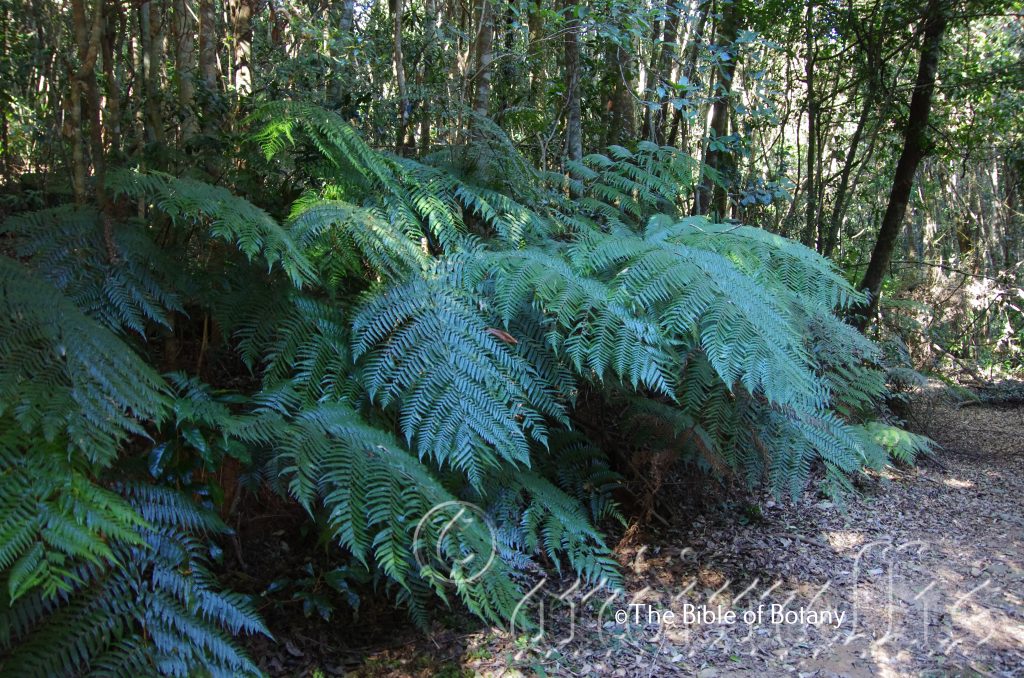
Washpool National Park NSW
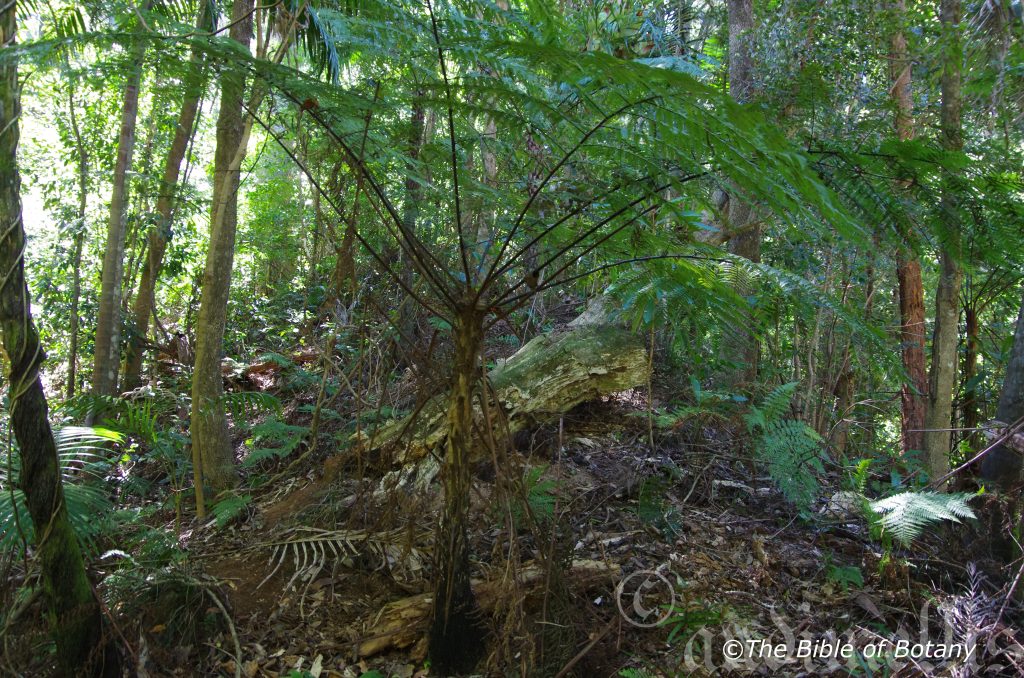
Washpool National Park NSW
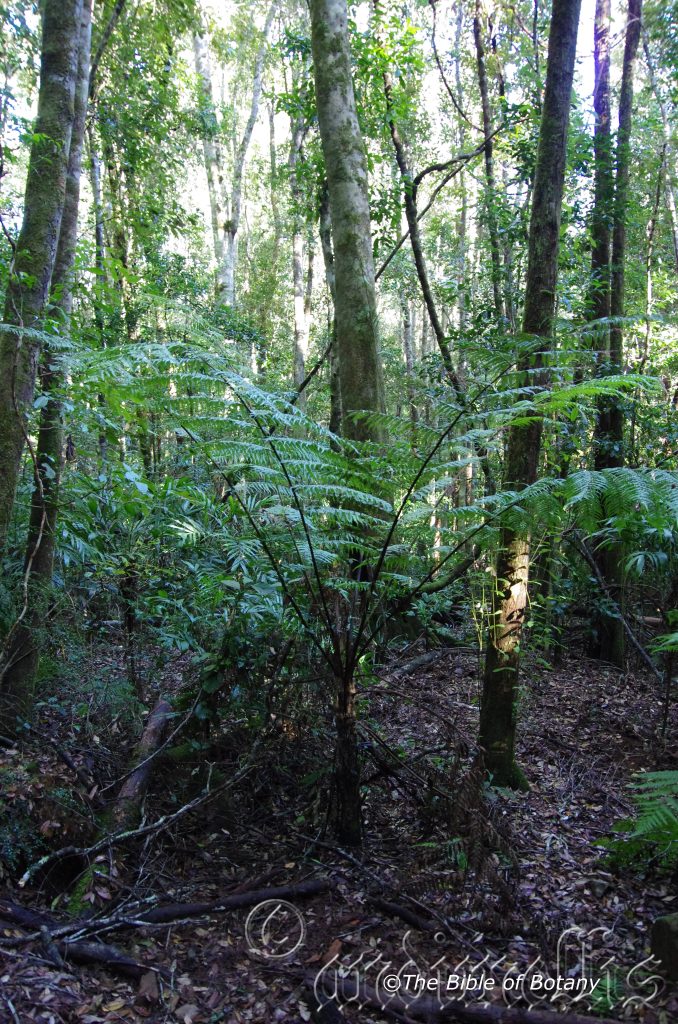
Washpool National Park NSW
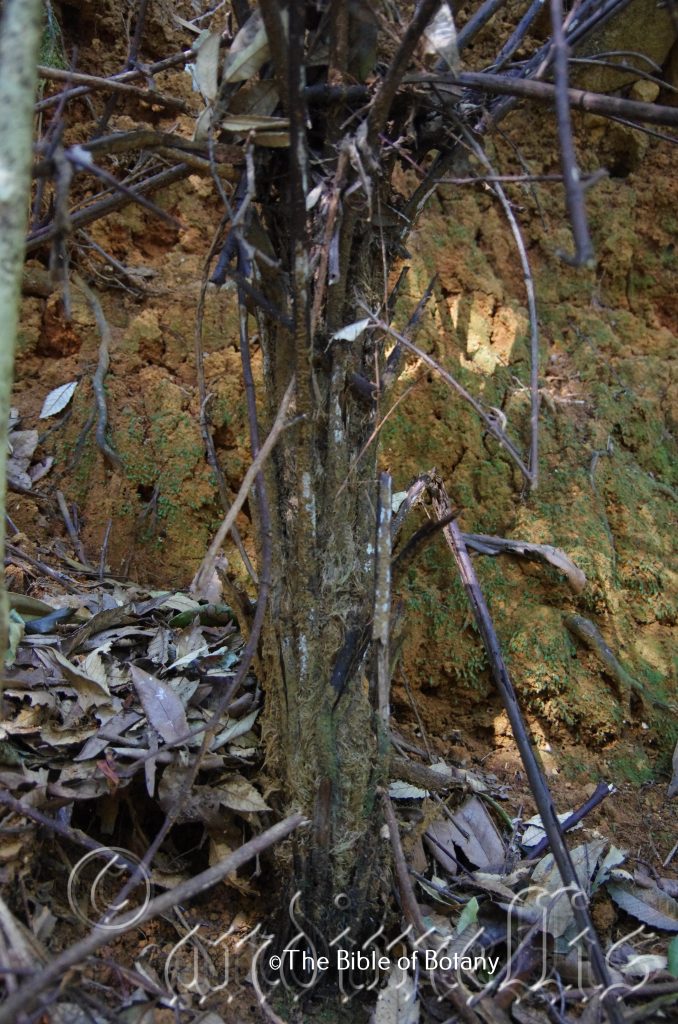
Washpool National Park NSW
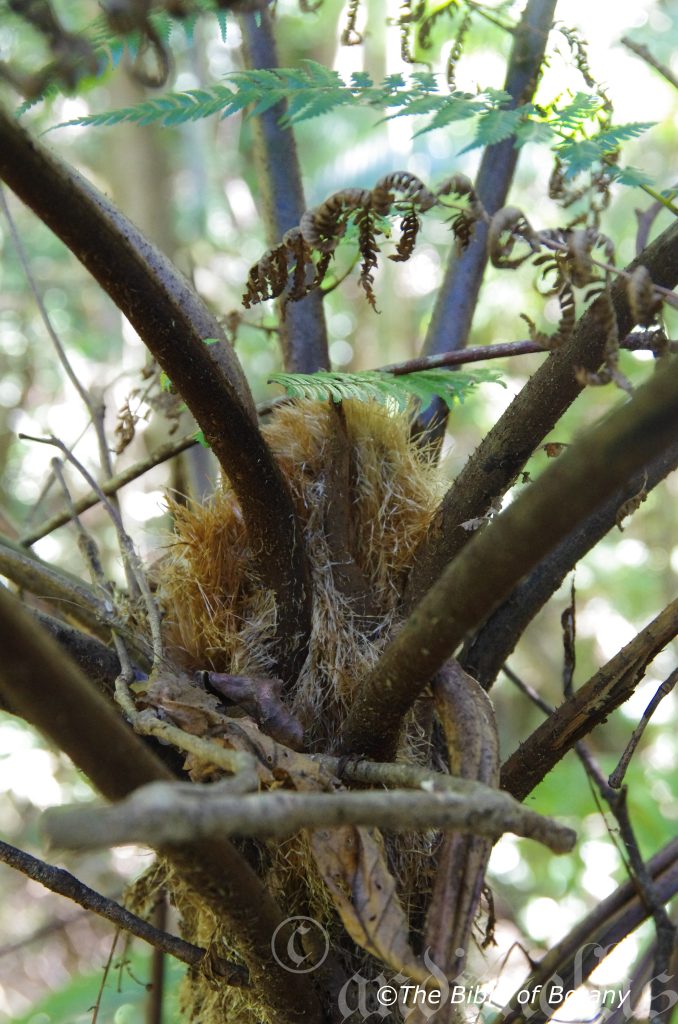
Washpool National Park NSW

Author’s Garden The Pinnacles NSW
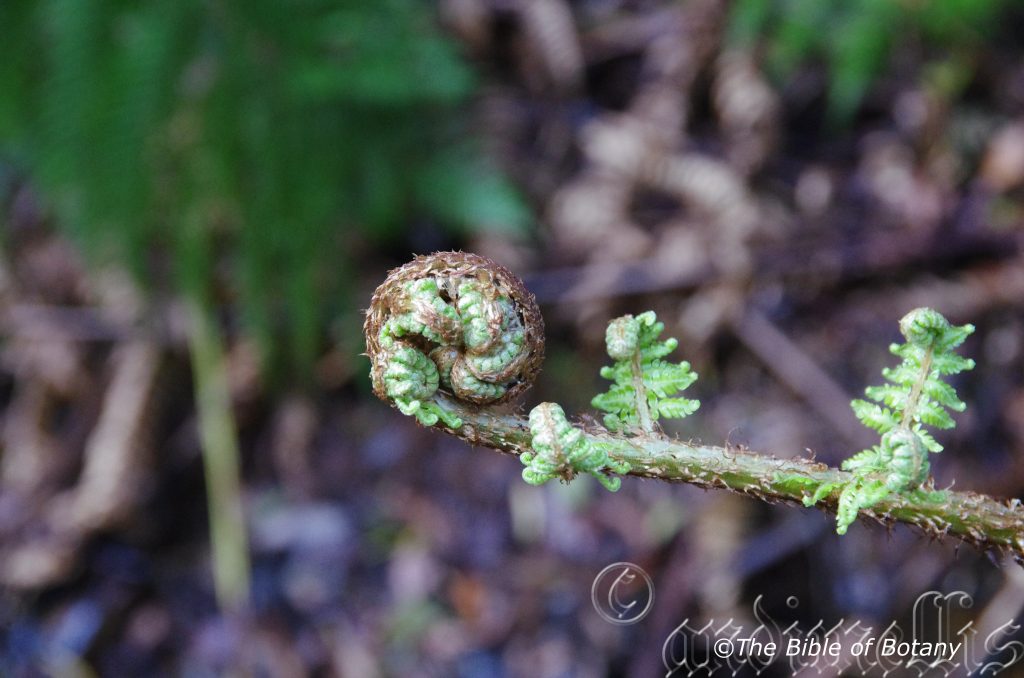
Author’s Garden The Pinnacles NSW

Author’s Garden The Pinnacles NSW
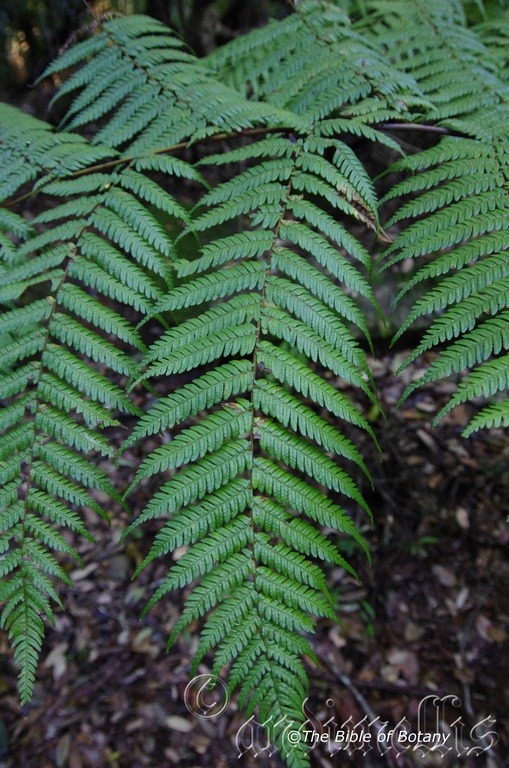
Author’s Garden The Pinnacles NSW
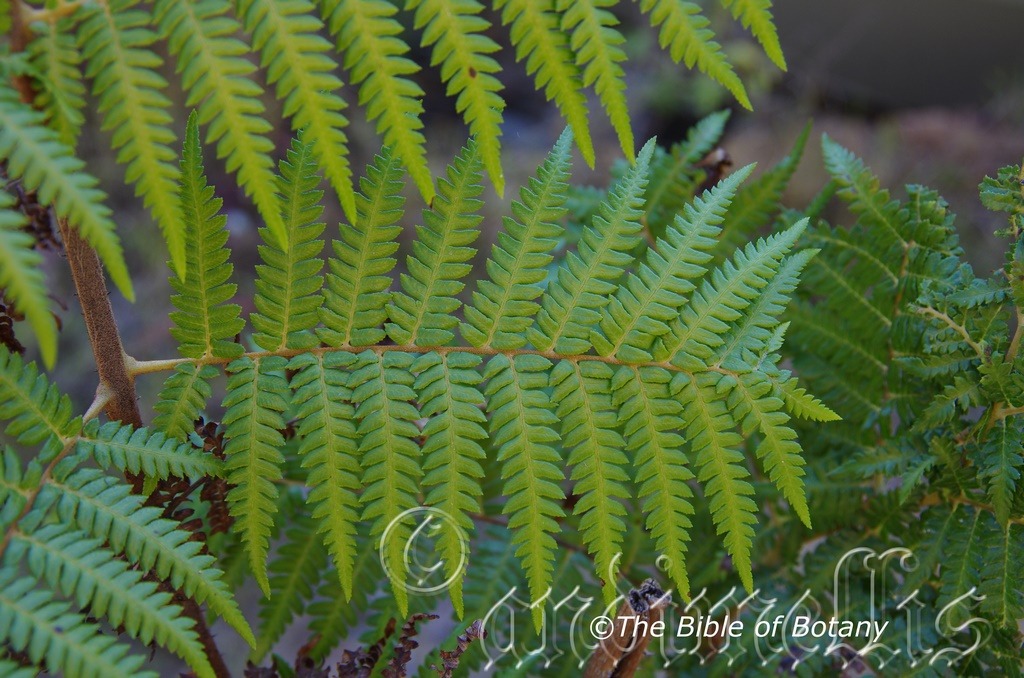
Author’s Garden The Pinnacles NSW

Author’s Garden The Pinnacles NSW
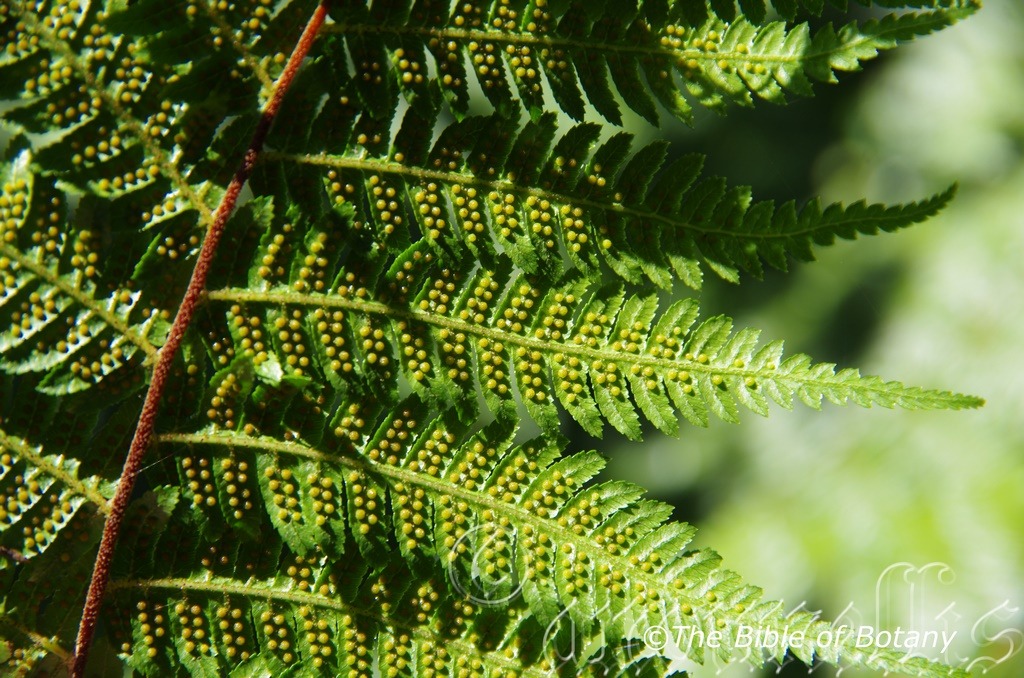
Author’s Garden The Pinnacles NSW
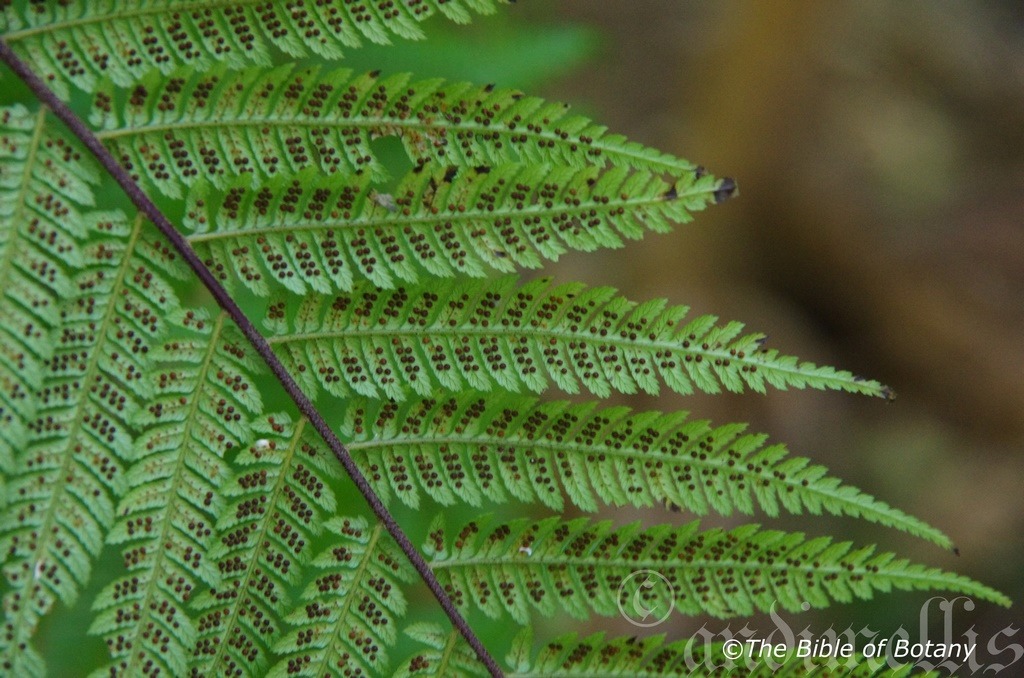
Washpool National Park NSW
Cyathea leichardtiana
Classification:
Class: Pteridospida
Order: Cyathales
Family: Cyatheaceae
Genus: From Kyatheon, which is Greek for a broad lipped cup. It refers to the indusium, which holds the spores that resembles a cup shaped.
Sub Genus: Sphaeropteris
Specie:Is named in honour of Ludwig Leichhardt 1813-1848, who was a German explorer and botanist in Australia.
Sub specie:
Common Name: Prickly Tree Fern.
Distribution:
Cyathea leichardtiana is found south from Killarney in Queensland to near Mallacoota, Orbost in Victoria. There are 2 outlying populations west of MacKay and Ingham to Cairns in central and north eastern Queensland. It is found on the Great Dividing Range.
https://avh.ala.org.au/occurrences/search?taxa=Cyathea+leichardtiana#tab_mapView
Habitat Aspect Climate:
Cyathea leichardtiana prefer dense shade to medium shade. It is found in cool subtropical rainforests, cool moist Eucalyptus forests adjoining well developed rainforests. It does best on soils where good moisture retention is maintained all year. The altitude ranges from 5 meters ASL. to 600 meters ASL.
The temperatures range from 2 degrees in August to 38 degrees in January.
The rainfall ranges from lows of 900mm to 2000mm average per annum.
Soil Requirements:
Cyathea leichardtiana prefers heavier loams, light gravelly clays to medium clays with a thick layer of forest litter. The soils are derived from decomposed brown or black basalts. The soils pH ranges from 5pH to 7pH. It is not tolerant of waterlogged soils though they can stand short periods of annual inundation where flash floods occur. Non saline soils to moderately saline soils are tolerated.
Height & Spread:
Wild Plants: 2m x 7m to 3m x 6m.
Characteristics:
The rhizomes Cyathea leichardtiana are erect and grow from 2 meters to 7 meters in length by 50mm to 150mm in diameter. The older stipes are shed from the base but are persistent on the upper rhizomes. The fronds grow as a crown at the top of a long vertically growing rhizome. The lower part of the trunk is covered in thick, deep brown aerial roots which are firmly attached to the trees trunk. The upper section is covered in erect, persistent old frond stipe bases. The growing section of the trunk is covered in cream and light creamy tan coloured scales that measure 60mm long by 1mm in width. The trunk is very prickly to the touch due to the persistent stipe bases.
Cyathea leichardtiana’s fronds grow out in flushes. The rachises are very dark chocolate brown to black with a tuberculate surface and sharp prickles which measure 3mm to 4mm. The stipe is 170mm to 200mm in length by 15mm to 20mm in diameter at the base. The tripinnate fronds are 2.5 meters to 3 meters long by 1.3 meters to 1.5 meters wide on a 200mm stipe. The pinnae are 180mm to 200mm long 26mm to 30mm in width. The pinnae measure 9mm to 10mm by 4.5mm to 5mm wide. The pinnules are discolourous being deep sea green, glabrous and very glossy on the upper lamina and paler and dull. The pinnules are sessile. They measure 1mm near the base while the apex is mucronate. The margins are bluntly toothed and more prevalent towards the apex.
The sori lack a true indusium (cover) and are arranged in two rows one each side of the mid vein of the pinnules. The base of the sori has a ring of fine scales surrounding them. Ripe spore are chocolate brown to black.
Wildlife:
Cyathea leichardtiana’s wildlife is unknown to the author.
Cultivation:
Cyathea leichardtiana a beautiful small tree fern for rainforests or in the garden where darker conditions prevail with permanent moisture. It would look particularly magnificent when scattered through a rainforest or planted as the major accent plant with rain forest trees and palms as their back drop. It is very drought sensitive even when established. Cyathea leichardtiana is excellent for growing near fish ponds or water features giving an immediate cooling affect because of its smaller size and slower growth than Cyathea cooperi or Cyathea australis.
Cyathea leichardtiana is very light sensitive and does not like bright lights even as mature plants they prefer to stay in the shade in moist rainforest conditions. If you have the position in the garden that is dark then this is the tree fern that looks really great once established but be warned it is finicky.
Propagation:
Spores: Before you start looking at propagating Cyathea leichardtiana; be prepared for some failures, as it is not the easiest tree fern to work with from transplanting from the original seed tray to the final plant out.
Make sure it is kept in a relative dark position and the light density does not change dramatically throughout the growing period. All ferns that are declared rare, vulnerable or endangered are protected by Federal and State Laws and must not be removed from the wild unless you are a land developer, mining company or main Roads department etc. This includes bulbs, roots, leaves and flowers. No part of any plant can be removed from Federal, State or Local Government land without the prior permission of the authority and this includes the spore.
Most people are put off at the thought of growing ferns from spore. Like all plants that produce their offspring from seed or spore the methods are basically the same. Remember nature has been doing this for millions of years and has been very successful. I have had excellent results growing over 200 different species of Australian ferns so don’t be afraid. Give it a go.
Step 1. Select spore from the fern fronds. Wait until the fern is just starting to release its spore. Rinse the fronds under clean running water and dry. This is to wash off any other spores from rogue ferns that may have settled onto the fronds. (There is nothing worse than having common brake or common soft bracken contaminating a prized tree fern or epiphyte.)
Step 2. Place the dry fronds in a clean brown paper bag and keep them in a cool dark place like the linen closet for about a week to ten days before you are ready to sow the spore. The exception to this rule applies to ferns, which produce green spores. These must be sown immediately that they are released. Todea Barbara is a good example of a fern, which produces green spore.
Step 3. Take a large ice cream container, a small ice cream container and a clean clear plastic bag large enough to seal the large ice cream container and three or four milk bottle tops.
Step 4. Punch or drill 6 to 10 5mm holes in the bottom of the small ice cream container.
Step 5. Wash both containers, tops and plastic bag so that it is very clean and sterile.
Step 6. Use a clean fine seed raising mi. We used 30% fine sand, 30% peat, 30% perlite and 10% vermiculite. We used crushed basalt, crusher dust and peat in a 50:50 ratio for epiphytes. Moisten the mix enough that water does not run out when the mix is squeezed between the fingers.
Step 7. Place the moisten mix (Enough to half fill the small ice cream container) in the microwave oven with a large glass of water for 7 or 8 minutes, until the water is boiling. Allow them to cool in the oven. You will need the water later so do not tip it out.
Step 8. Take the brown paper bag out of the linen closet. Shake the bag and remove the fronds. You should have a yellow, brown, black or rarely greenish brown or ochre powder or very fine, small round pin head size spore depending on the specie involved.
Step 9. Remove the mixture from the oven once it has cooled and place it in the small ice cream container and level.
Step 10. Sprinkle the spore sparsely over the mixture in the small ice cream container.
Step 11. Place the milk bottle tops in the large ice cream container with the flat surface facing down. Place the small ice cream container in the large ice cream container so that it is sitting on the milk bottle tops.
Step 12. Remove the water from the microwave and pour it into the larger ice cream container so there is 25mm to 30mm of water in the bottom.
Step 13. Place the ice cream containers in the plastic bag and seal.
Step 14. Place the contents and bag in a warm shady place preferably 50% to70%} shade depending on the specie. Shade houses and some window sills are ideal.
Step 15. The surface should turn green within a week to two weeks. The prothallus will then develop. From the prothallus the first true fronds will appear. Wait until the ferns are 20mm to 35mm in height before you attempt to transplant them. Once it is ready open the bag up slightly and allow the air to flow around the little ferns. Every 3 to 5 days open the bag a little further so the ferns get use to their new environment. Allow them a week to two weeks to harden off before you transplant them following the removal of the plastic bag. Carefully prick them out into 50mm standard squat tubes as you would any seedling.
Do not try to transplant them as single plants as it is still a little delicate still.
Once the smaller ones again reach 50mm to 70mm you may wish to divide the stronger and hardier individual plants into smaller clumps in 100mm squat pots.
Step 16. We fertilized with seaweed, fish emulsion or organic chicken pellets soaked in water on an alternate basis until established. Fertilize every two months for one year even when in the ground.
Step 17. Wait until the ferns are about 150mm to 180mm high before you attempt to transplant them further and make the final division if there are more than one in each pot..
Fertilize using Seaweed, fish emulsion or organic chicken pellets soaked in water on an alternate basis. Fertilize every two months until the plants are established then twice annually in early September or March to maintain health and vitality.
Further Comments from Readers:
Hi reader, it seems you use The Bible of Botany a lot. That’s great as we have great pleasure in bringing it to you! It’s a little awkward for us to ask, but our first aim is to purchase land approximately 1,600 hectares to link several parcels of N.P. into one at The Pinnacles NSW Australia, but we need your help. We’re not salespeople. We’re amateur botanists who have dedicated over 30 years to saving the environment in a practical way. We depend on donations to reach our goal. If you donate just $5, the price of your coffee this Sunday, We can help to keep the planet alive in a real way and continue to bring you regular updates and features on Australian plants all in one Botanical Bible. Any support is greatly appreciated. Thank you.
In the spirit of reconciliation we acknowledge the Bundjalung, Gumbaynggirr and Yaegl and all aboriginal nations throughout Australia and their connections to land, sea and community. We pay our respect to their Elders past, present and future for the pleasures we have gained.
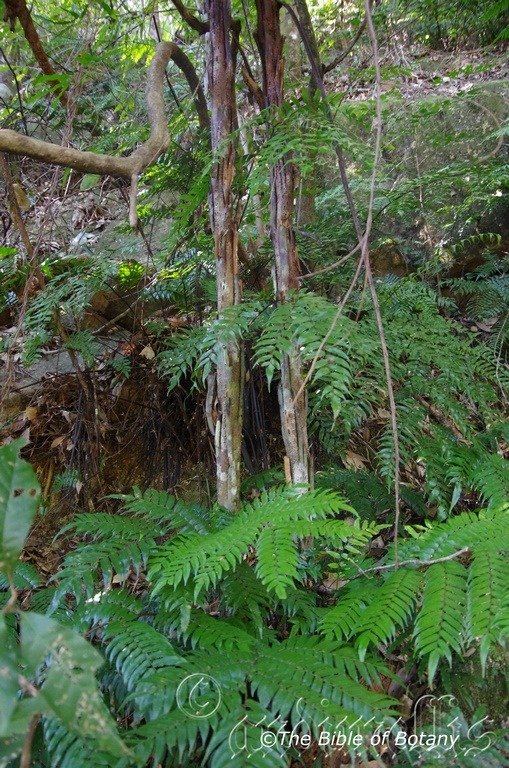
Paluma Range National Park Qld.
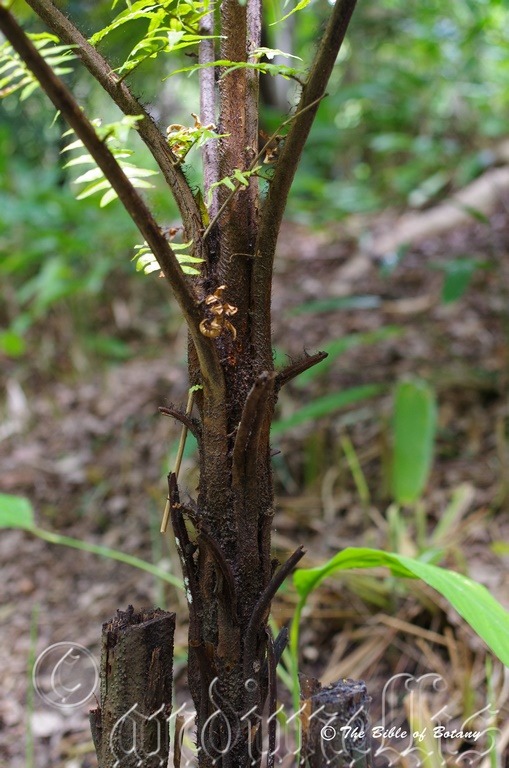
Paluma Range National Park Qld.

Paluma Range National Park Qld.
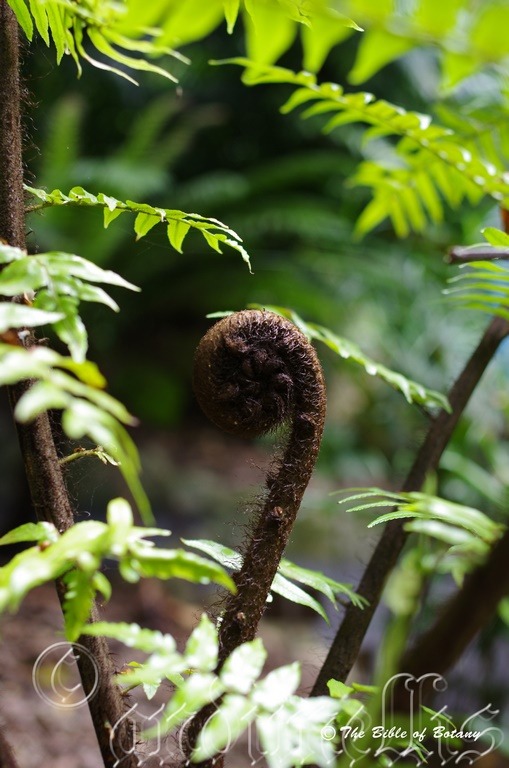
Paluma Range National Park Qld.
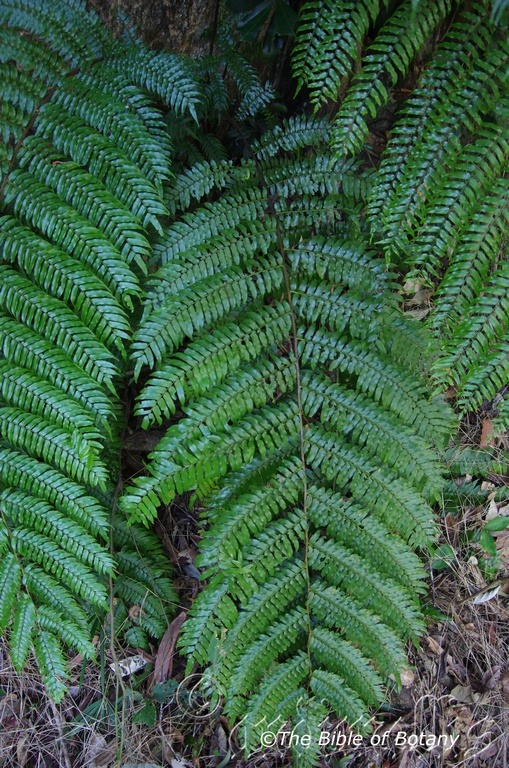
Paluma Range National Park Qld.

Paluma Range National Park Qld.
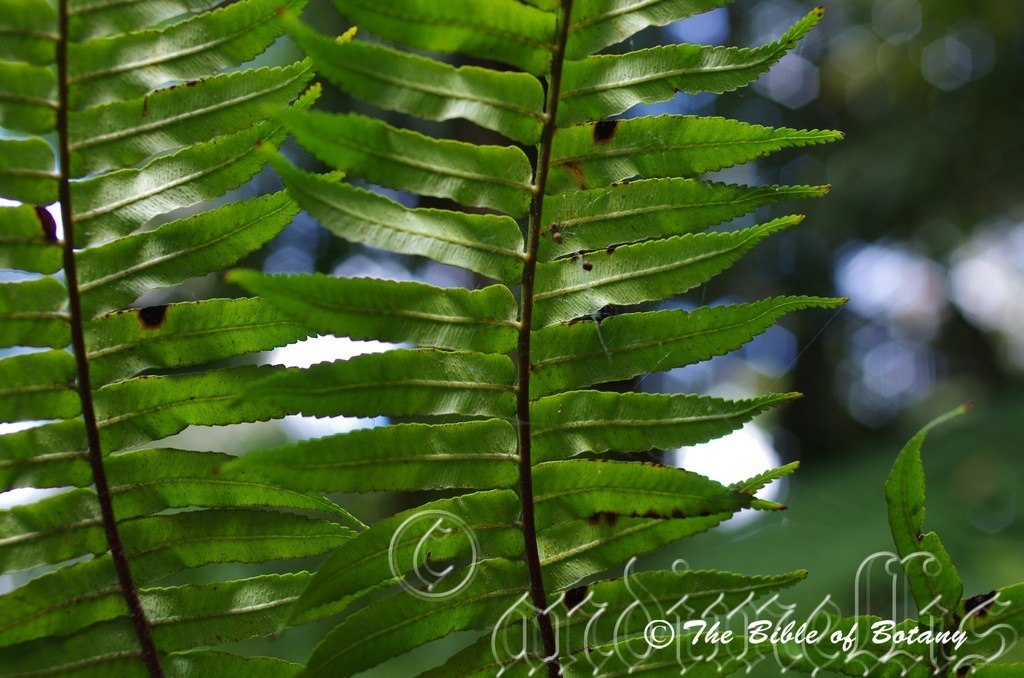
Paluma Range National Park Qld.
Cyathea rebeccae
Classification:
Class: Pteridospida
Order: Cyathales
Family: Cyatheaceae
Genus: From Kyatheon, which is Greek for a broad lipped cup. It refers to the indusium, which holds the spores that resembles a cup shaped.
Sub Genus: Sphaeropteris
Specie: Is named in honour of Rebecca but which Rebecca cannot be substantiated.
Sub specie:
Common Name: Rebecca?s Tree Fern.
Distribution:
Cyathea rebeccae is found in 4 disjunct populations on Queensland’s east coast ranges south from the Lockhart River National Park to the Byfield National Park with an isolated population further west at the White Mountains National Park.
https://avh.ala.org.au/occurrences/search?taxa=Cyathea+rebeccae#tab_mapView
Habitat Aspect Climate:
Cyathea rebeccae prefer dense shade to dappled light. It is found in warm subtropical rainforests, littoral rainforests and warm moist Eucalyptus forests adjoining rainforests. It does best on soils where good moisture retention is maintained all year. The altitude ranges from 100 meters ASL to 760 meters ASL.
The temperatures range from 10 degrees in August to 38 degrees in January.
The rainfall ranges from lows of 1400mm to 3200mm average per annum.
Soil Requirements:
Cyathea rebeccae prefers soils that have high leaf litter content. The soils range from heavier sandy loams, light gravelly clays to medium clays. The soils are derived from decomposed brown or black basalts. The soils pH ranges from 5pH to 6.5pH. It is not tolerant of waterlogged soils though it can stand short periods of annual inundation where flash floods occur. Non saline soils to moderately saline soils are tolerated.
Height & Spread:
Wild Plants: 6m to 10m by 3.5m to 4m.
Characteristics:
The rhizomes of Cyathea rebeccae are erect and grow from 6 meters to 10 meters in length by 80mm to 150mm in diameter. The older stipes are shed from the base but are erect and persistent on the upper rhizomes. The fronds grow as a crown at the top of a long vertically growing rhizome. The lower part of the trunk is covered in thick, brown aerial roots which are firmly attached to the trees trunk. The growing section of the trunk is covered in cream and light creamy fawn coloured scales that measure 60mm long by 1mm in width. The trunk is scarious but not prickly to the touch.
Cyathea rebeccae’s fronds grow out singularly usually displaying a new frond, or an advanced cosier, or a new cosier at most several times a year. The stipes are deep chocolate brown and measure 1600mm to 2000mm in length. The bases are densely covered with deep rusty-brown scales. The narrow linear scales have filiform apexes and measure 13mm to 15mm in length by 1mm to 1.2mm in width. The pneumathodes on the base of the stipes are deeply excavated while those on the rachis are shallow and widely spaced.
The lamina measures 1800mm to 2000mm in overall length. The basal pinnae measure 3mm to 4mm in length while they progressively increase in size towards the middle. The largest pinnules measure 6mm to 7mm in length by 8mm to 13mm in width. The concolourous pinnae are grass-green. The bases are broadly truncate while the apexes are acuminate. The margins are serrate to crenate.
The sori lack a true indusium (cover) and are arranged in the middle of each vein. Ripe spore are chocolate brown to black.
Wildlife:
Cyathea rebeccae’s wildlife is unknown to the author.
Cultivation:
Cyathea rebeccae is a beautiful tall tree fern for established rainforests or in the garden where darker conditions prevail with permanent moisture. It is less cold tolerant than most the other tree ferns but the fronds make it worthwhile.
It would look particularly good when scattered through a forest or planted as the major accent plant with trees as their back drop. It is drought sensitive even when established. Cyathea rebeccae is excellent for growing near fish ponds or water features giving an immediate cooling effect because of its much smaller size than the other native tree ferns.
It is very light sensitive and do not like bright lights even as mature plants as it prefers to stay in the denser shaded positions in moist rainforest conditions. If you have the position in the garden that is dark then this is a fern that looks really great once established.
Propagation:
Spores: Before you start looking at propagating Cyathea rebeccae; be prepared for some failures, as it is not the easiest tree fern to work with from transplanting from the original seed tray to the final plant out.
Make sure it is kept in a relative dark position and the light density does not change dramatically throughout the growing period. All ferns that are declared rare, vulnerable or endangered are protected by Federal and State Laws and must not be removed from the wild unless you are a land developer, mining company or main Roads department etc. This includes bulbs, roots, leaves and flowers. No part of any plant can be removed from Federal, State or Local Government land without the prior permission of the authority and this includes the spore.
Most people are put off at the thought of growing ferns from spore. Like all plants that produce their offspring from seed or spore the methods are basically the same. Remember nature has been doing this for millions of years and has been very successful. I have had excellent results growing over 200 different species of Australian ferns so don’t be afraid. Give it a go.
Step 1. Select spore from the fern fronds. Wait until the fern is just starting to release its spore. Rinse the fronds under clean running water and dry. This is to wash off any other spores from rogue ferns that may have settled onto the fronds. (There is nothing worse than having common brake or common soft bracken contaminating a prized tree fern or epiphyte.)
Step 2. Place the dry fronds in a clean brown paper bag and keep them in a cool dark place like the linen closet for about a week to ten days before you are ready to sow the spore. The exception to this rule applies to ferns, which produce green spores. These must be sown immediately that they are released. Todea Barbara is a good example of a fern, which produces green spore.
Step 3. Take a large ice cream container, a small ice cream container and a clean clear plastic bag large enough to seal the large ice cream container and three or four milk bottle tops.
Step 4. Punch or drill 6 to 10 5mm holes in the bottom of the small ice cream container.
Step 5. Wash both containers, tops and plastic bag so that it is very clean and sterile.
Step 6. Use a clean fine seed raising mi. We used 30% fine sand, 30% peat, 30% perlite and 10% vermiculite. We used crushed basalt, crusher dust and peat in a 50:50 ratio for epiphytes. Moisten the mix enough that water does not run out when the mix is squeezed between the fingers.
Step 7. Place the moisten mix (Enough to half fill the small ice cream container) in the microwave oven with a large glass of water for 7 or 8 minutes, until the water is boiling. Allow them to cool in the oven. You will need the water later so do not tip it out.
Step 8. Take the brown paper bag out of the linen closet. Shake the bag and remove the fronds. You should have a yellow, brown, black or rarely greenish brown or ochre powder or very fine, small round pin head size spore depending on the specie involved.
Step 9. Remove the mixture from the oven once it has cooled and place it in the small ice cream container and level.
Step 10. Sprinkle the spore sparsely over the mixture in the small ice cream container.
Step 11. Place the milk bottle tops in the large ice cream container with the flat surface facing down. Place the small ice cream container in the large ice cream container so that it is sitting on the milk bottle tops.
Step 12. Remove the water from the microwave and pour it into the larger ice cream container so there is 25mm to 30mm of water in the bottom.
Step 13. Place the ice cream containers in the plastic bag and seal.
Step 14. Place the contents and bag in a warm shady place preferably 50% to 70% shade depending on the specie. Shade houses and some window sills are ideal.
Step 15. The surface should turn green within a week to two weeks. The prothallus will then develop. From the prothallus the first true fronds will appear. Wait until the ferns are 20mm to 35mm in height before you attempt to transplant them. Once it is ready open the bag up slightly and allow the air to flow around the little ferns. Every 3 to 5 days open the bag a little further so the ferns get use to their new environment. Allow them a week to two weeks to harden off before you transplant them following the removal of the plastic bag. Carefully prick them out into 50mm standard squat tubes as you would any seedling.
Do not try to transplant them as single plants as it is still a little delicate still.
Once the smaller ones again reach 50mm to 70mm you may wish to divide the stronger and hardier individual plants into smaller clumps in 100mm squat pots.
Step 16. We fertilized with seaweed, fish emulsion or organic chicken pellets soaked in water on an alternate basis until established. Fertilize every two months for one year even when in the ground.
Step 17. Wait until the ferns are about 150mm to 180mm high before you attempt to transplant them further and make the final division if there are more than one in each pot..
Fertilize using Seaweed, fish emulsion or organic chicken pellets soaked in water on an alternate basis. Fertilize every two months until the plants are established then twice annually in early September or March to maintain health and vitality.
Further Comments from Readers:
Hi reader, it seems you use The Bible of Botany a lot. That’s great as we have great pleasure in bringing it to you! It’s a little awkward for us to ask, but our first aim is to purchase land approximately 1,600 hectares to link several parcels of N.P. into one at The Pinnacles NSW Australia, but we need your help. We’re not salespeople. We’re amateur botanists who have dedicated over 30 years to saving the environment in a practical way. We depend on donations to reach our goal. If you donate just $5, the price of your coffee this Sunday, We can help to keep the planet alive in a real way and continue to bring you regular updates and features on Australian plants all in one Botanical Bible. Any support is greatly appreciated. Thank you.
In the spirit of reconciliation we acknowledge the Bundjalung, Gumbaynggirr and Yaegl and all aboriginal nations throughout Australia and their connections to land, sea and community. We pay our respect to their Elders past, present and future for the pleasures we have gained.
Cyathea robertsiana
Classification:
Class: Pteridospida
Order: Cyathales
Family: Cyatheaceae
Genus: From Kyatheion, which is Greek for a broad lipped cup. It refers to the indusium, which holds the spores that resembles a cup shaped.
Sub Genus: Sphaeropteris
Specie: Is named in honour of Roberts, but which Roberts is not clear.
Sub specie:
Common Name: Robertson’s Tree Fern.
Distribution:
Cyathea robertsiana is found in 2 disjunct populations in far north eastern Queensland south from Mount Misery in Cedar National Park to The Paluma Range National Park south west of Townsville and from north Eungella National Park to the western slopes of the Eungella Range west of Mackay.
https://avh.ala.org.au/occurrences/search?taxa=Cyathea+robertsoniana#tab_mapView
Habitat Aspect Climate:
Cyathea robertsiana prefer dense shade to medium shade. It grows in warm subtropical rainforests, littoral rainforests and warm moist Eucalyptus forests adjoining rainforests. It does best on soils where good moisture retention is maintained all year. The altitude ranges from 200 meters ASL to 1000 meters ASL.
The temperatures range from 10 degrees in August to 38 degrees in January.
The rainfall ranges from lows of 1400mm to 3200mm average per annum.
Soil Requirements:
Cyathea robertsoniana prefers heavier sandy loams, light gravelly clays to medium clays with thick layers of forest litter. The soils are derived from decomposed brown or black basalts. The soils pH ranges from 5pH to 6.5pH. It is not tolerant of waterlogged soils though they can stand short periods of annual inundation where flash floods occur. Non saline soils to moderately saline soils are tolerated.
Height & Spread:
Wild Plants: 5m to 6m by 1.5m to 2m.
Characteristics:
The rhizomes of Cyathea robertsoniana are erect and grow from 6 meters to 10 meters in length by 80mm to 150mm in diameter. The older stipes are shed from the base but are erect and persistent on the upper rhizomes. The fronds grow as a crown at the top of a long vertically growing rhizome. The lower part of the trunk is covered in thick, brown aerial roots which are firmly attached to the trees trunk. The growing section of the trunk is covered in cream and light creamy fawn coloured scales that measure 60mm long by 1mm in width. The upper rhizomes are glabrous and sparsely covered in rusty-brown triangular scales.
Cyathea robertsoniana’s fronds grow out singularly usually displaying a new frond, an advanced cosier and a cosier several times of the year.
The stipes are lime green near the apex of the rhizome as is the rhizome and turn brown as they extend along the stipe. The stipes measure 140mm to 160mm in length. The bases are densely covered with deep rusty-brown scales. The narrow linear to triangular scales have filiform apexes and measure 8mm to 15mm in length by 1mm to 1.2mm in width. The pneumathodes on the base of the stipes are deeply excavated while those on the rachis are shallow and widely spaced.
The lamina measures 1800mm to 2000mm in overall length. The basal pinnae measure 3mm to 4mm in length while they progressively increase in size towards the middle. The largest pinnules measure 6mm to 7mm in length by 8mm to 13mm in width. The concolourous pinnae are grass-green. The bases are broadly truncate while the apexes are acuminate. The margins are serrate to crenate.
The sori lack a true indusium (cover) and are arranged in the middle of each vein. Ripe spore are chocolate brown to black.
Wildlife:
Cyathea robertsoniana’s wildlife is unknown to the author.
Cultivation:
Cyathea robertsoniana a beautiful small tree fern for rainforests or in the garden where darker conditions prevail with permanent moisture. It would look particularly magnificent when planted in clumps through a forest. It is drought sensitive even when established. Cyathea robertsoniana is excellent for growing near ponds or water features giving an immediate cooling effect because of its smaller size and slower growth than other native tree ferns. The upper part of the trunk is distinctly different being lime green with large reddish-brown scales.
Cyathea robertsoniana is rather light sensitive and does not like bright lights even as mature plants they prefer to stay in the shade in moist rainforest conditions. If you have a small area in the garden that is moist and dark then this is a fern that looks really great once established. It looks really cool planted in close scattered clumps mixed with the native Rhododendron loche.
Propagation:
Spores: Make sure Cyathea robertsoniana are kept in a relative dark position and the light density does not change dramatically throughout the growing period.
Make sure it is kept in a relative dark position and the light density does not change dramatically throughout the growing period. All ferns that are declared rare, vulnerable or endangered are protected by Federal and State Laws and must not be removed from the wild unless you are a land developer, mining company or main Roads department etc. This includes bulbs, roots, leaves and flowers. No part of any plant can be removed from Federal, State or Local Government land without the prior permission of the authority and this includes the spore.
Most people are put off at the thought of growing ferns from spore. Like all plants that produce their offspring from seed or spore the methods are basically the same. Remember nature has been doing this for millions of years and has been very successful. I have had excellent results growing over 200 different species of Australian ferns so don’t be afraid. Give it a go.
Step 1. Select spore from the fern fronds. Wait until the fern is just starting to release its spore. Rinse the fronds under clean running water and dry. This is to wash off any other spores from rogue ferns that may have settled onto the fronds. (There is nothing worse than having common brake or common soft bracken contaminating a prized tree fern or epiphyte.)
Step 2. Place the dry fronds in a clean brown paper bag and keep them in a cool dark place like the linen closet for about a week to ten days before you are ready to sow the spore. The exception to this rule applies to ferns, which produce green spores. These must be sown immediately that they are released. Todea Barbara is a good example of a fern, which produces green spore.
Step 3. Take a large ice cream container, a small ice cream container and a clean clear plastic bag large enough to seal the large ice cream container and three or four milk bottle tops.
Step 4. Punch or drill 6 to 10 5mm holes in the bottom of the small ice cream container.
Step 5. Wash both containers, tops and plastic bag so that it is very clean and sterile.
Step 6. Use a clean fine seed raising mi. We used 30% fine sand, 30% peat, 30% perlite and 10% vermiculite. We used crushed basalt, crusher dust and peat in a 50:50 ratio for epiphytes. Moisten the mix enough that water does not run out when the mix is squeezed between the fingers.
Step 7. Place the moisten mix (Enough to half fill the small ice cream container) in the microwave oven with a large glass of water for 7 or 8 minutes, until the water is boiling. Allow them to cool in the oven. You will need the water later so do not tip it out.
Step 8. Take the brown paper bag out of the linen closet. Shake the bag and remove the fronds. You should have a yellow, brown, black or rarely greenish brown or ochre powder or very fine, small round pin head size spore depending on the specie involved.
Step 9. Remove the mixture from the oven once it has cooled and place it in the small ice cream container and level.
Step 10. Sprinkle the spore sparsely over the mixture in the small ice cream container.
Step 11. Place the milk bottle tops in the large ice cream container with the flat surface facing down. Place the small ice cream container in the large ice cream container so that it is sitting on the milk bottle tops.
Step 12. Remove the water from the microwave and pour it into the larger ice cream container so there is 25mm to 30mm of water in the bottom.
Step 13. Place the ice cream containers in the plastic bag and seal.
Step 14. Place the contents and bag in a warm shady place preferably 50% to 70% shade depending on the specie. Shade houses and some window sills are ideal.
Step 15. The surface should turn green within a week to two weeks. The prothallus will then develop. From the prothallus the first true fronds will appear. Wait until the ferns are 20mm to 35mm in height before you attempt to transplant them. Once it is ready open the bag up slightly and allow the air to flow around the little ferns. Every 3 to 5 days open the bag a little further so the ferns get use to their new environment. Allow them a week to two weeks to harden off before you transplant them following the removal of the plastic bag. Carefully prick them out into 50mm standard squat tubes as you would any seedling.
Do not try to transplant them as single plants as it is still a little delicate still.
Once the smaller ones again reach 50mm to 70mm you may wish to divide the stronger and hardier individual plants into smaller clumps in 100mm squat pots.
Step 16. We fertilized with seaweed, fish emulsion or organic chicken pellets soaked in water on an alternate basis until established. Fertilize every two months for one year even when in the ground.
Step 17. Wait until the ferns are about 150mm to 180mm high before you attempt to transplant them further and make the final division if there are more than one in each pot..
Fertilize using Seaweed, fish emulsion or organic chicken pellets soaked in water on an alternate basis. Fertilize every two months until the plants are established then twice annually in early September or March to maintain health and vitality.
Further Comments from Readers:
Hi reader, it seems you use The Bible of Botany a lot. That’s great as we have great pleasure in bringing it to you! It’s a little awkward for us to ask, but our first aim is to purchase land approximately 1,600 hectares to link several parcels of N.P. into one at The Pinnacles NSW Australia, but we need your help. We’re not salespeople. We’re amateur botanists who have dedicated over 30 years to saving the environment in a practical way. We depend on donations to reach our goal. If you donate just $5, the price of your coffee this Sunday, We can help to keep the planet alive in a real way and continue to bring you regular updates and features on Australian plants all in one Botanical Bible. Any support is greatly appreciated. Thank you.
In the spirit of reconciliation we acknowledge the Bundjalung, Gumbaynggirr and Yaegl and all aboriginal nations throughout Australia and their connections to land, sea and community. We pay our respect to their Elders past, present and future for the pleasures we have gained.
Cyathea woollsiana
Classification:
Class: Pteridospida
Order: Cyathales
Family: Cyatheaceae
Genus: From Kyatheion, which is Greek for a broad lipped cup. It refers to the indusium, which holds the spores that resembles a cup shaped.
Sub Genus: Sphaeropteris
Specie: Is named in honour of the Reverend William Wools; 1814-1893, who was a clergyman and botanist.
Sub specie:
Common Name:
Distribution:
Cyathea woollsiana is found south from Cedar Bay National Park north of Cairns to Tinkle Creek west of Ingham. It is found on and east of the Great Dividing Range.
https://avh.ala.org.au/occurrences/search?taxa=Cyathea+woollsiana#tab_mapView
Habitat Aspect Climate:
Cyathea woollsiana prefer dense shade to dappled light. It is found in warm subtropical rainforests, littoral rainforests and warm moist Eucalyptus forests adjoining rainforests in riparian zones or vine thickets. It does best on soils where good moisture retention is maintained all year. The altitude ranges from 50 meters ASL. to 700 meters ASL.
The temperatures range from 10 degrees in August to 38 degrees in January.
The rainfall ranges from lows of 1400mm to 3200mm average per annum.
Soil Requirements:
Cyathea woollsiana prefers soils that have high leaf litter content. The soils range from heavier sandy loams, light gravelly clays to medium clays. The soils are derived from decomposed brown or black basalts. The soils pH ranges from 5pH to 6.5pH. It is not tolerant of waterlogged soils though they can stand short periods of annual inundation where flash floods occur. Non saline soils to moderately saline soils are tolerated.
Height & Spread:
Wild Plants: 9m to 18m by 3.5m x 4m.
Characteristics:
The rhizomes of Cyathea woollsiana are erect and grow from 5.5 meters to 20 meters in length by 120mm to 150mm in diameter. The older stipes are shed from the base but are persistent on the upper rhizomes. Cyathea woollsiana fronds are a crown at the top of a long vertically growing rhizome. The lower part of the trunk is covered in thick, deep reddish-brown aerial roots which are firmly attached to the trees trunk. The upper section is covered in the persistent old frond stipe bases. The growing section of the trunk is covered in long, twisted, shiny, reddish brown scales that measure 20mm to 50mm in length by 5mm to 7mm in width. The pale edges of the scales are often broken or shed to leave just the deep reddish brown section.
The stipes are deep brown to black near the base turning grass-green and measure 600mm to 800mm before the first pair of pinnules. They have rough conical spines on the lower edge but lack the deep red scales which differentiate it from Cyathea woollsiana. The tripinnate fronds measure 1.8 meters to 2 meters in length by 1 meter to 1.2 meters in width. The longest pinnae measure from 550mm to 600mm in length. The basal pinnae measure 260mm to 300mm in length. The 22mm to 25mm by 7.5mm to 10mm pinnules are discolourous being deep blue-green to deep grass-green on the upper lamina while the lower lamina is paler below. The pinnules measure 30mm to 8mm in length by 15mm in width. The crenate to serrate lobes have narrow sinuses and generally measure less than 1mm in depth from the costa.
The sori lack a true indusium and are arranged in two rows one each side of the mid vein of the pinnules. The lower surface of costae are broad, flat, thin scales. The largest scales are brown to tan-brown and bearing setae, grading to smaller pallid ones and are covered in slender, tan flexuous hairs. The sori scales on costules are similar but smaller. The ripe spore is brown.
Wildlife:
Cyathea woollsiana is unknown to the author.
Cultivation:
Cyathea woollsiana is a beautiful large tree fern for rainforests, or in the garden where lighter to darker conditions prevails with permanent moisture. They look particularly magnificent when scattered through a forest or planted as the major accent plant with trees as their back drop. It is drought sensitive even when established. Cyathea woollsiana is excellent for growing near large fish ponds or water features away from the house giving an immediate cooling effect.
I do not recommend Cyathea woollsiana for planting in mass near the house or up wind of the clothes drying area as when they drop spore they can coat the windows clothing and furniture in a very fine layer of spore and spore trash.
It is ideal for rainforest settings and open moist woodland settings especially when you can look down on the scene from above. To gain the best from mass plantings it is best planted staggered over several years so various heights are found throughout the garden. With a regular fertilizing program these tree ferns will spread to the maximum by the time they have developed a 500mm trunk.
They look particularly good planted along creek banks and riparian zones on larger properties. This can be achieved by planting them in two roughly parallel meandering lines through a property as though you are walking along the creek bed. Imagine the scene with tall rainforest trees in the back ground with rhododendrons and Cuttsia viburnum planted a little behind and intermingled with Curculigo ensiformis and feather palms like Archontophoenix alexandrae or Archontophoenix cunninghamiana. Scenes like this are not difficult to create; they just take imagination and snap shots of real scenes from nature.
Propagation:
Spores: Make sure Cyathea robertsoniana are kept in a relative dark position and the light density does not change dramatically throughout the growing period.
Make sure it is kept in a relative dark position and the light density does not change dramatically throughout the growing period. All ferns that are declared rare, vulnerable or endangered are protected by Federal and State Laws and must not be removed from the wild unless you are a land developer, mining company or main Roads department etc. This includes bulbs, roots, leaves and flowers. No part of any plant can be removed from Federal, State or Local Government land without the prior permission of the authority and this includes the spore.
Most people are put off at the thought of growing ferns from spore. Like all plants that produce their offspring from seed or spore the methods are basically the same. Remember nature has been doing this for millions of years and has been very successful. I have had excellent results growing over 200 different species of Australian ferns so don’t be afraid. Give it a go.
Step 1. Select spore from the fern fronds. Wait until the fern is just starting to release its spore. Rinse the fronds under clean running water and dry. This is to wash off any other spores from rogue ferns that may have settled onto the fronds. (There is nothing worse than having common brake or common soft bracken contaminating a prized tree fern or epiphyte.)
Step 2. Place the dry fronds in a clean brown paper bag and keep them in a cool dark place like the linen closet for about a week to ten days before you are ready to sow the spore. The exception to this rule applies to ferns, which produce green spores. These must be sown immediately that they are released. Todea Barbara is a good example of a fern, which produces green spore.
Step 3. Take a large ice cream container, a small ice cream container and a clean clear plastic bag large enough to seal the large ice cream container and three or four milk bottle tops.
Step 4. Punch or drill 6 to 10 5mm holes in the bottom of the small ice cream container.
Step 5. Wash both containers, tops and plastic bag so that it is very clean and sterile.
Step 6. Use a clean fine seed raising mi. We used 30% fine sand, 30% peat, 30% perlite and 10% vermiculite. We used crushed basalt, crusher dust and peat in a 50:50 ratio for epiphytes. Moisten the mix enough that water does not run out when the mix is squeezed between the fingers.
Step 7. Place the moisten mix (Enough to half fill the small ice cream container) in the microwave oven with a large glass of water for 7 or 8 minutes, until the water is boiling. Allow them to cool in the oven. You will need the water later so do not tip it out.
Step 8. Take the brown paper bag out of the linen closet. Shake the bag and remove the fronds. You should have a yellow, brown, black or rarely greenish brown or ochre powder or very fine, small round pin head size spore depending on the specie involved.
Step 9. Remove the mixture from the oven once it has cooled and place it in the small ice cream container and level.
Step 10. Sprinkle the spore sparsely over the mixture in the small ice cream container.
Step 11. Place the milk bottle tops in the large ice cream container with the flat surface facing down. Place the small ice cream container in the large ice cream container so that it is sitting on the milk bottle tops.
Step 12. Remove the water from the microwave and pour it into the larger ice cream container so there is 25mm to 30mm of water in the bottom.
Step 13. Place the ice cream containers in the plastic bag and seal.
Step 14. Place the contents and bag in a warm shady place preferably 50% to 70% shade depending on the specie. Shade houses and some window sills are ideal.
Step 15. The surface should turn green within a week to two weeks. The prothallus will then develop. From the prothallus the first true fronds will appear. Wait until the ferns are 20mm to 35mm in height before you attempt to transplant them. Once it is ready open the bag up slightly and allow the air to flow around the little ferns. Every 3 to 5 days open the bag a little further so the ferns get use to their new environment. Allow them a week to two weeks to harden off before you transplant them following the removal of the plastic bag. Carefully prick them out into 50mm standard squat tubes as you would any seedling.
Do not try to transplant them as single plants as it is still a little delicate still.
Once the smaller ones again reach 50mm to 70mm you may wish to divide the stronger and hardier individual plants into smaller clumps in 100mm squat pots.
Step 16. We fertilized with seaweed, fish emulsion or organic chicken pellets soaked in water on an alternate basis until established. Fertilize every two months for one year even when in the ground.
Step 17. Wait until the ferns are about 150mm to 180mm high before you attempt to transplant them further and make the final division if there are more than one in each pot..
Fertilize using Seaweed, fish emulsion or organic chicken pellets soaked in water on an alternate basis. Fertilize every two months until the plants are established then twice annually in early September or March to maintain health and vitality.
Further Comments from Readers:
Hi reader, it seems you use The Bible of Botany a lot. That’s great as we have great pleasure in bringing it to you! It’s a little awkward for us to ask, but our first aim is to purchase land approximately 1,600 hectares to link several parcels of N.P. into one at The Pinnacles NSW Australia, but we need your help. We’re not salespeople. We’re amateur botanists who have dedicated over 30 years to saving the environment in a practical way. We depend on donations to reach our goal. If you donate just $5, the price of your coffee this Sunday, We can help to keep the planet alive in a real way and continue to bring you regular updates and features on Australian plants all in one Botanical Bible. Any support is greatly appreciated. Thank you.
In the spirit of reconciliation we acknowledge the Bundjalung, Gumbaynggirr and Yaegl and all aboriginal nations throughout Australia and their connections to land, sea and community. We pay our respect to their Elders past, present and future for the pleasures we have gained.
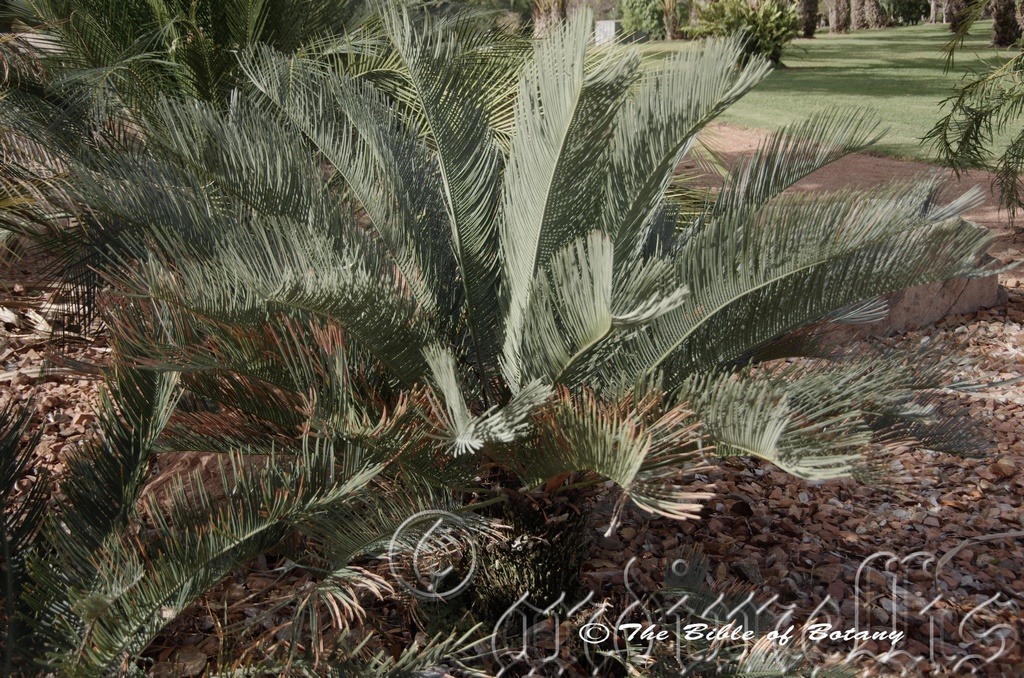
Anderson Gardens Townsville Qld.
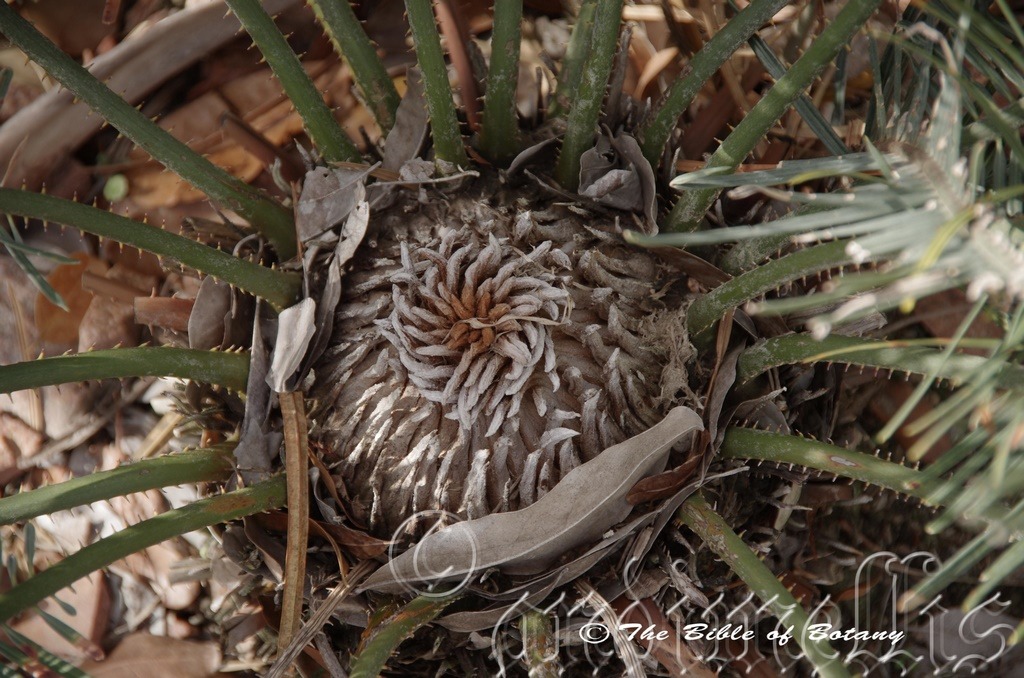
Anderson Gardens Townsville Qld.

Anderson Gardens Townsville Qld.
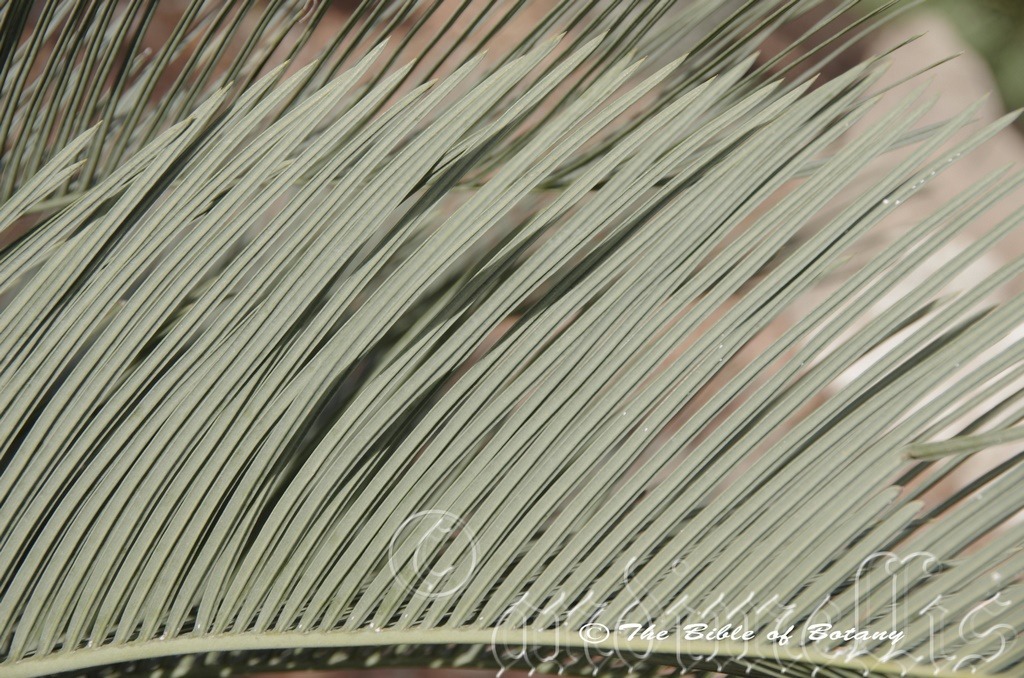
Anderson Gardens Townsville Qld.
Cycas cairnsiana
Classification:
Unranked: Cycadophyta
Class: Cycadopsida
Order: Cycadales
Family: Cycadceae
Genus: From Kyad, which is Ancient Greek for any of the old world palms. It refers to ancient world palm like plants, which usually have short, stout trunks.
Specie: From Cairns, which is Latinized for the Cairns district and Ana/Ensis which is Latin for to originate from. It refers to plants, which were originally discovered in the Cairnes district.
Sub species:
Common Name:
Distribution:
Cycas cairnsiana is found in 3 isolated populations. In the Northern Territory it is found around Mirrngadja Village in the north east of the Territory.
It is found in an area bounded by Mareeba, Wandoo, Georgetown, Chillagoe Caves and Mount Surprise. There is a disjunct population further south near Kunwarara and Glenroy.
https://avh.ala.org.au/occurrences/search?taxa=Cycas+cairnsiana#tab_mapView
Habitat:
Cycas cairnsiana prefers light dappled shade to full sun. It grows open Eucalyptus forests, closed Eucalyptus forests or dry rainforests. This is a large stiff leaf palm like plant with large crimson red fruits. The altitude ranges from 10 meters ASL to 450 meters ASL.
The temperatures range from 2 degrees in August to 40 degrees in January.
The rainfall ranges from lows of 600mm to an average of 1600mm.
Soil Requirements:
Cycas cairnsiana prefers sandy loams to medium gritty clays often with copious quantities of leaf litter and stone. The soils are usually derived from granites. The soils pH. ranges from 4.5pH to 6pH. It does not tolerate waterlogged soils. Non saline soils to moderately saline soils are tolerated.
Height & Spread:
Wild Plants: 1.5m to 5m by 3m to 4.5m.
Characteristics:
Cycas cairnsiana’s short stout trunk is rough, black and swells noticeably at the base. On very old plants where the soils are shallow the trunk measures up to 2 meters to 3 meters in height by 200mm to 400mm in diameter.
Cycas cairnsiana leaves grow in flushes and form very dense crowns while gently arching from the base to the apex. The leaves measure 1500mm to 2000mm in length by 250mm to 500mm in width. There are 20 to 30 leaves in the crown which form a rosette. The rachis is not twisted on this specie. The individual linear pinnae form a deep “V” along the rachis and number 120 to 170.The longest pinnae placed towards the middle of the rachis and measure 150mm to 300mm in length by 4mm to 12mm wide. The bases are truncate and sessile while the apexes are narrow acute. The concolourous laminas are mid greyish-blue to mid blueish-grey. It is rigid, Coriaceous, dull and glabrous. The margins are entire and thickened. The mid vein is very slightly prominent while the parallel lateral veins are not easily distinguishable on the lower lamina and are not visible on the upper lamina. The pinnae near the base are reduced to short spines.
The inflorescence of Cycas cairnsiana is a compact cone born from the terminal point. The plants are dioecious, that is male and female cones appear on different plants.
The golden brown ovoidal male cones measure 200mm to 250mm by 130mm to 180mm in diameter. The longest spines measure 20mm to 50mm in length by 6mm to 8mm in width. The female cones measure 200mm to 450mm by 80mm to 120mm in diameter. The longest spines measure 40mm to 100mm in length by 10mm to 20mm in width. The flowers appear after fire, drought or in older plants more regularly at the end of the drier season.
The simple female cones are initially densely covered in ferruginous, pubescent hairs with a narrow petiole terminating in a small toothed head. The ovules are two to a megasporophyll. The green sporophylls turn blue-green glossy brown. By the time the new centre fronds emerge, it is a mid purplish-blue uncoiling from the rusty coloured rachis.
Macrozamia cairnsiana fruit is a very large megasporophyll. The sporophylls are purplish-blue when ripe.
Wildlife:
Cycas cairnsiana predators are unknown to the author.
The seeds are toxic unless properly prepared.
Cultivation:
Cycas cairnsiana makes an excellent showy plant for dappled shady areas as an understory plant in open dry woodlands where the soils are sandy loams. It always look green and fresh especially where some ground moisture is retained. It is very suitable for small, medium and large gardens in warm temperate, sub-tropical, tropical gardens and would be worthwhile growing in semi-arid gardens. As garden subjects it grows from 2 meter to 3 meters in height by 3 meters to 4 meters in diameter. It is very slow growing even where a fertilizing plan is being implemented. It is more cold tolerant than most the other tropical Cycad specie.
It must be planted away from paths so the spines cannot come into contact with young children. It is particularly handsome placed beneath Eucalyptus trees in a park like setting of in an open woodland garden on shallow soils where they will eventually form a trunk. Again it looks great when mass planted or mixed with other Cycad specie. Used on banks in mass they can deliver a very strong regimented look even though it is scattered around in an informal look. Hibbertia specie planted below look very striking, especially Hibbertia scandens when it is used as a ground cover.
Propagation:
Seeds: Cycas cairnsiana seeds can be sown directly into a seed raising mix after the seeds have been nicked. Cover the seeds with 15mm to 20mm of fine weed free mulch and keep moist. Place them in a deep tray and place the tray in a warm sunny position. When the seedlings are 60mm to 100mm tall and at the 2 leaf stage, prick them out and plant them into 50mm native tubes using a good organic mix.
Once the seedlings reach 150mm to 250mm and are at the 5 to 7 leaf stage they can be planted out into their permanent position.
Growth is very slow so patience is required.
Fertilize using seaweed, fish emulsion or organic chicken pellets soaked in water on an alternate basis. Fertilize every two months until the plants are established then twice annually in early September or March to maintain health, vitality and better flowering.
Further Comments from Readers:
Hi reader, it seems you use The Bible of Botany a lot. That’s great as we have great pleasure in bringing it to you! It’s a little awkward for us to ask, but our first aim is to purchase land approximately 1,600 hectares to link several parcels of N.P. into one at The Pinnacles NSW Australia, but we need your help. We’re not salespeople. We’re amateur botanists who have dedicated over 30 years to saving the environment in a practical way. We depend on donations to reach our goal. If you donate just $5, the price of your coffee this Sunday, We can help to keep the planet alive in a real way and continue to bring you regular updates and features on Australian plants all in one Botanical Bible. Any support is greatly appreciated. Thank you.
In the spirit of reconciliation we acknowledge the Bundjalung, Gumbaynggirr and Yaegl and all aboriginal nations throughout Australia and their connections to land, sea and community. We pay our respect to their Elders past, present and future for the pleasures we have gained.

Anderson Gardens Townsville Qld.
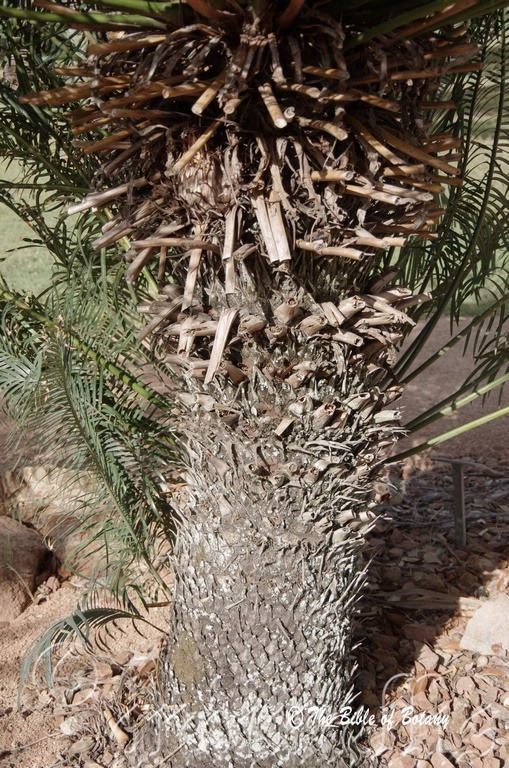
Anderson Gardens Townsville Qld.
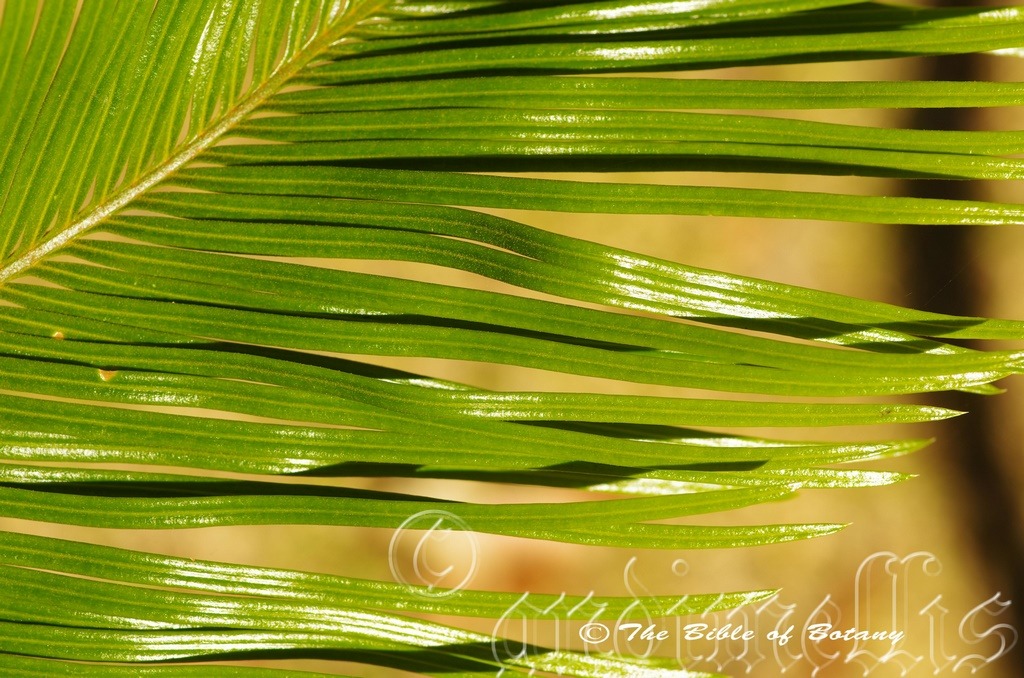
Anderson Gardens Townsville Qld.

Anderson Gardens Townsville Qld.
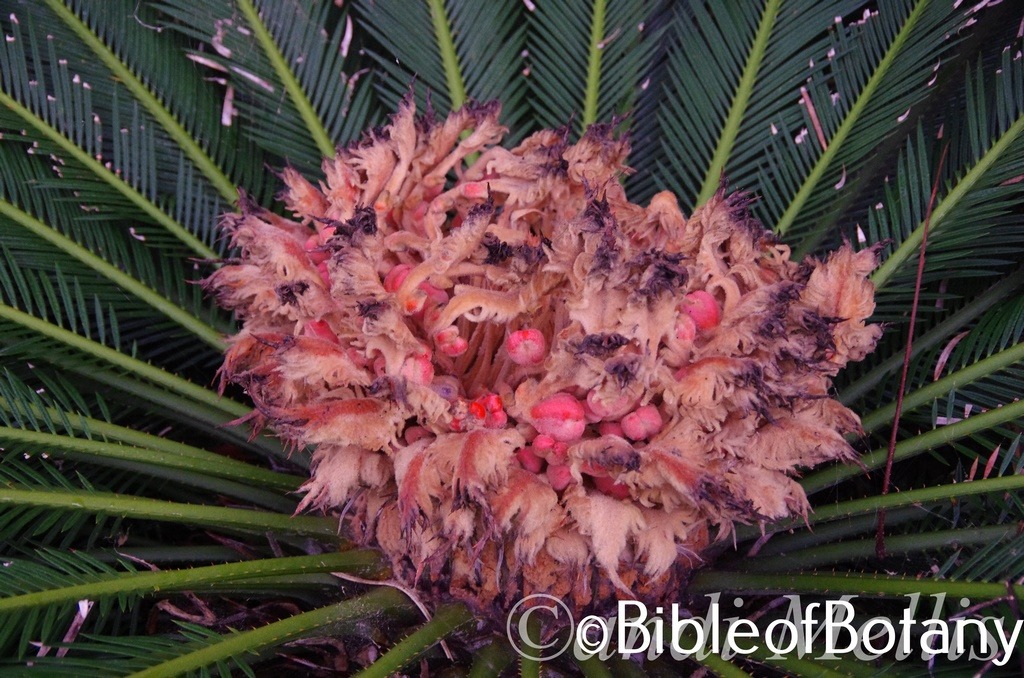
Norman park Qld.

Norman Park Qld.
Cycas media
Classification:
Unranked: Cycadophyta
Class: Cycadopsida
Order: Cycadales
Family: Cycadaceae
Genus: From Kyad, which is Ancient Greek for any of the old world palms. It refers to ancient world palm like plants, which usually have short, stout trunks.
Specie: From Mésos, which is Ancient Greek or Medium, which is Latin for in the middle, moderate, half, indifferent or belong to the average. It refers to plants, which are very typical of the genus.
Sub species:
Common Name: Zamia Palm or Queensland Cycas or Palm Cycad or Cycad Palm.
Distribution:
Cycas media is found on the Kimberley Range in north west, Western Australia.
In the Northern Territory it is found in Kakadu National Park and between Melville, Lake Evella and Groote Eylandt.
In the east it is found in several disjunct populations south from the tip of Cape York Peninsula to Kilcoy in eastern Queensland with an isolated population on Mornington Island.
https://avh.ala.org.au/occurrences/search?taxa=Cycas+media#tab_mapView
Habitat Aspect Climate:
Cycas media prefers light dappled shade to full sun. It grows open in open Eucalyptus forests or at times in litorale heaths and forests, dry monsoonal forests and vine thickets. The altitude ranges from 10 meters ASL to 900 meters ASL.
The temperatures range from 2 degrees in August to 42 degrees in January.
The rainfall ranges from lows of 800mm to an average of 3200mm.
Soil Requirements:
Cycas media prefers sandy loams to medium gritty clays often with copious quantities of forest litter. The soils are usually derived from black basalts, granites, sandstones or accumulated peaty beach sands. The soils pH. ranges from 4.5pH to 6pH. It does not tolerate waterlogged soils. Non saline soils to moderately saline soils are tolerated.
Height & Spread:
Wild Plants: 1.5m to 3m by 3m to 4.5m.
Characteristics:
Cycas media‘s has a short, stout, rough, black unbranched trunk. On very old plants where the soils are shallow the trunk measures up to 5.5 meters in height but usually 3 meters to 4 meters in height by 500mm to 640mm in diameter.
Cycas media‘s compound leaves grow in flushes and measure 1200mm to 1500mm in length by 250mm to 560mm in width. There are 42 to 50 leaves in the crown which forms a rosette. The rachis is on a single plain. There are 10 to 14 spines on the basal side of the 90 to 100 individual linear leaflets. The leaflets measure 140mm to 280mm in length by 5mm to 8mm in width. The bases are truncate and sessile while the apexes are narrow acute. The discolourous rigid, coriaceous laminas are deep sea-green, glossy and glabrous on the upper laminas while the lower laminas are a paler yellowish-green. The laminas are flat and stiff while the margins are entire. The mid vein is prominent on the lower lamina and is scarcely visible on the upper lamina.
The inflorescences of Cycas media are dioecious born on separate plants. compact cone born from the terminal point. The plants are dioecious, that is male and female cones appear on different plants.
The male flowers are produced in an ovoidal cone from the apex of the trunk. The cones measure 150mm to 250mm in length by 80mm to 14mm in diameter.
The female flowers megasporophyll measure 200mm to 300mm in length and have 1 to 10 ovules usually 4 to 6 borne on the margins of the lamina. The lamina measures 35mm to 90mm by 17mm to 30mm with a sharp apical spine that measures 15mm to 40mm in length.
Cycas media‘s fruits are very large globose cones. The cones are densely clothed in tortuos pale brown hairs and drawn out into a long spine at the apex. The seeds measure 31mm to 38mm in length by 26mm to 32mm in diameter and have a fleshy sarcotesta. The sarcotesta flesh is about 3mm to 4mm in thickness. The glaucous yellow-green to olive-green seeds turn bright crimson-red when ripe.
Wildlife:
Cycas media predators are unknown to the author.
The seeds are toxic unless properly prepared.
Cultivation:
Cycas media makes an excellent feature plant for dappled shady areas as an understory plant in open dry woodland gardens. It always looks green and fresh. It is very suitable for small, medium and large gardens close to the coast in warm temperate, sub-tropical, tropical or semi-arid gardens. As garden subjects they will grow from 1 meter to 4 meters in height by 2 meters to 2.6 meters in diameter. It is very slow growing even where a fertilizing plan is being implemented. It is cold tolerant to temperatures at least as low as minus 3 degrees once established.
It must be planted away from paths where the spines cannot contact with the skin of young children. It is particularly handsome placed beneath Eucalyptus trees in a park like setting or in an open woodland garden on shallow soils where it will eventually form a trunk. Again it looks great when mass planted or mixed with other Cycads, Macrozamia specie or Lepidozamia specie. Used on banks in mass they can deliver a very strong regimented look even though it is scattered around in an informal manner. Hibbertia specie planted below look very striking especially Hibbertia scandens or Hibbertia linearis are two that come to mind to cover the ground cover.
Propagation:
Seeds: Cycas media seeds can be sown directly into a seed raising mix after the seeds have been nicked. Cover the seeds with 15mm to 20mm of fine weed free mulch and keep moist. Place them in a deep tray and place the tray in a warm sunny position. When the seedlings are 60mm to 100mm tall and at the 2 leaf stage, prick them out and plant them into 50mm native tubes using a good organic mix.
Once the seedlings reach 150mm to 250mm and are at the 5 to 7 leaf stage they can be planted out into their permanent position.
Growth is very slow so patience is required.
Fertilize using seaweed, fish emulsion or organic chicken pellets soaked in water on an alternate basis. Fertilize every two months until the plants are established then twice annually in early September or March to maintain health, vitality and better flowering.
Further Comments from Readers:
Hi reader, it seems you use The Bible of Botany a lot. That’s great as we have great pleasure in bringing it to you! It’s a little awkward for us to ask, but our first aim is to purchase land approximately 1,600 hectares to link several parcels of N.P. into one at The Pinnacles NSW Australia, but we need your help. We’re not salespeople. We’re amateur botanists who have dedicated over 30 years to saving the environment in a practical way. We depend on donations to reach our goal. If you donate just $5, the price of your coffee this Sunday, We can help to keep the planet alive in a real way and continue to bring you regular updates and features on Australian plants all in one Botanical Bible. Any support is greatly appreciated. Thank you.
In the spirit of reconciliation we acknowledge the Bundjalung, Gumbaynggirr and Yaegl and all aboriginal nations throughout Australia and their connections to land, sea and community. We pay our respect to their Elders past, present and future for the pleasures we have gained.

Anderson Gardens Townsville Qld.
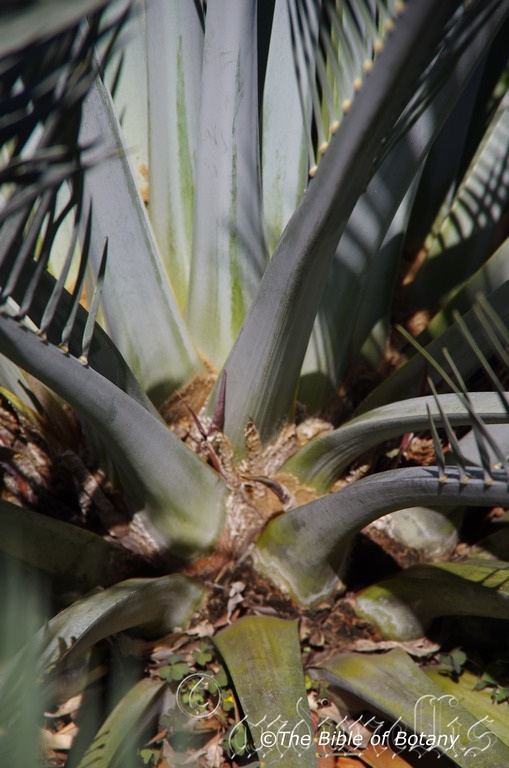
Anderson Gardens Townsville Qld.

Anderson Gardens Townsville Qld.
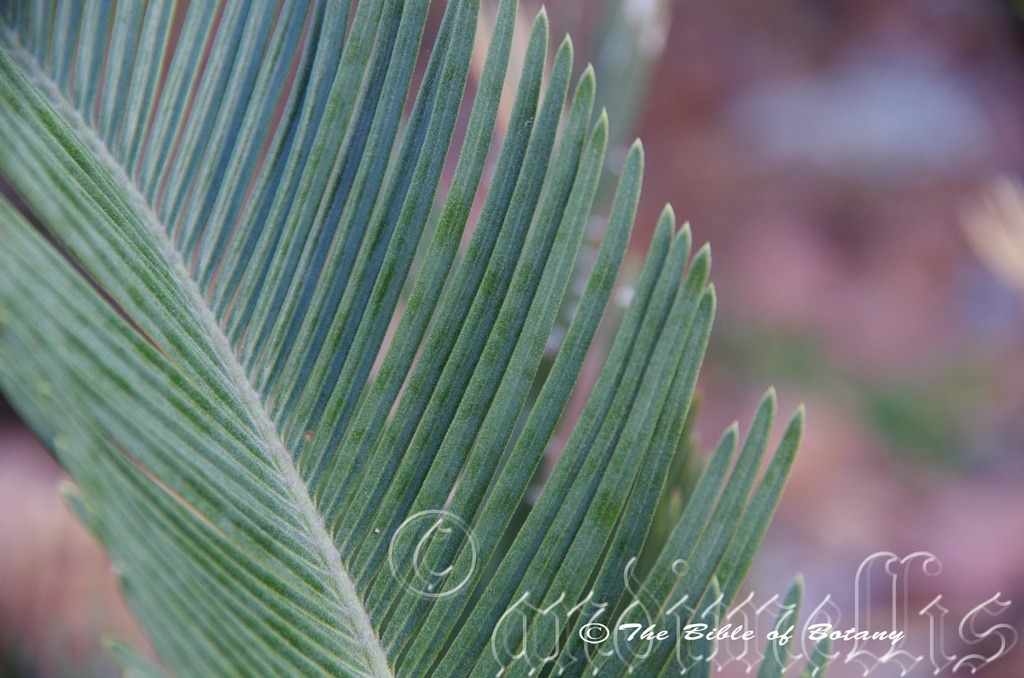
Anderson Gardens Townsville Qld.

Anderson Gardens Townsville Qld.
Cycas platyphylla
Classification:
Unranked: Cycadophyta
Class: Cycadopsida
Order: Cycadales
Family: Cycadaceae
Genus: From Kyad, which is Ancient Greek for any of the old world palms. It refers to ancient world palm like plants, which usually have short, stout trunks.
Specie: From Platy which is Ancient Greek for a plate or to be flat like a plate and Phullon/Phyllon, which is Ancient Greek for a leaf. It usually refers to leaves or at times other structures or organs, which flatter than other species in the genus. With Cycas platyphylla it refers to the broad sterile tip of the megasporophyll.
Sub species:
Common Name: Zamia Palm or Queensland Cycas or Palm Cycad or Cycad Palm.
Distribution:
Cycas platyphylla is found in several disjunct populations, one south west of Cairns and the other around Charters Towers in north eastern Queensland.
https://avh.ala.org.au/occurrences/search?taxa=Cycas+platyphylla#tab_mapView
Habitat Aspect Climate:
Cycas platyphylla prefers light dappled shade to full sun. It grows in open grassy dominated ironbark woodlands. The altitude ranges from 10 meters ASL to 900 meters ASL.
The temperatures range from 2 degrees in August to 42 degrees in January.
The rainfall ranges from lows of 800mm to an average of 3200mm.
Soil Requirements:
Cycas platyphylla prefers shallow loamy soils on stony slopes over acid to neutral decomposed black basaltic volcanic soils. The soils pH. ranges from 5pH to 7.5pH. It does not tolerate waterlogged soils. Non saline soils to moderately saline soils are tolerated.
Height & Spread:
Wild Plants: 2m to 4m by 1.8m to 2.3m.
Characteristics:
Cycas platyphylla The trunk measures 100mm to 160m diameter at the narrowest point and is covered in the old leaf bases.
The deep green or grey-green leaves are semi-glossy to very glossy and measure 550mm to 1200m in length. The 120 to 260 curved, linear leaflets are moderately to densely covered in short, orange, caduceus, tomentellus hairs. The median discolourous leaflets measure 90mm to 170mm length by 4mm to 6mm in width. The rachis usually terminates with a spine and is spinescens for most of its length. The glabrous petiole measures 120mm to 240mm in length.
The linear cataphylls are densely covered in short, soft, persistent floccose hairs. The ovoidal, orange pollen cones measure 150mm to 200mm in length by 80mm to 110mm in diameter.
The flattened, ovoidal seeds measure 30mm to 40mm in length by 27mm to 38mm in width.
Wildlife:
Cycas platyphylla predators are unknown to the author.
Seeds toxic unless properly prepared.
Cultivation:
Cycas platyphylla makes an excellent feature plant for dappled shady areas as an understory plant in open dry woodland gardens especially on the western side of the Great Dividing Range. It always looks green and fresh. It is very suitable for small, medium and large gardens in warm temperate, sub-tropical, tropical or semi-arid gardens. As garden subjects it will grow from 2 meter to 4 meters in height by 2 meters to 2.6 meters in diameter. It is very slow growing even where a fertilizing plan is being implemented. It is cold tolerant to temperatures at least as low as 3 degrees once established.
It must be planted away from paths where the spines cannot contact with the skin of young children. It is particularly handsome placed beneath Eucalyptus trees in a park like setting or in an open woodland garden on shallow soils where it will eventually form a trunk. Again it looks great when mass planted or mixed with other Cycads, Macrozamia specie or Lepidozamia specie. Used on banks in mass they can deliver a very strong regimented look even though it is scattered around in an informal manner. Hibbertia specie planted below look very striking especially Hibbertia scandens or Hibbertia linearis are two that come to mind to cover the ground cover.
Propagation:
Seeds: Cycas platyphylla seeds can be sown directly into a seed raising mix after the seeds have been nicked. Cover the seeds with 15mm to 20mm of fine weed free mulch and keep moist. Place them in a deep tray and place the tray in a warm sunny position. When the seedlings reach 60mm to 100mm tall and at the 2 leaf stage, prick them out and plant them into 75mm native tubes using a good organic mix. The seeds can be placed in 75mm native tubes as a first step, which would save disturbing the roots on transplanting.
Once the seedlings reach 150mm to 250mm and are at the 4 to 7 leaf stage they can be planted out into their permanent position or repotted into 250mm pots.
Growth is very slow so patience is required.
Fertilize using seaweed, fish emulsion or organic chicken pellets soaked in water on an alternate basis. Fertilize every two months until the plants are established then twice annually in early September or March to maintain health, vitality and better flowering.
Further Comments from Readers:
Hi reader, it seems you use The Bible of Botany a lot. That’s great as we have great pleasure in bringing it to you! It’s a little awkward for us to ask, but our first aim is to purchase land approximately 1,600 hectares to link several parcels of N.P. into one at The Pinnacles NSW Australia, but we need your help. We’re not salespeople. We’re amateur botanists who have dedicated over 30 years to saving the environment in a practical way. We depend on donations to reach our goal. If you donate just $5, the price of your coffee this Sunday, We can help to keep the planet alive in a real way and continue to bring you regular updates and features on Australian plants all in one Botanical Bible. Any support is greatly appreciated. Thank you.
In the spirit of reconciliation we acknowledge the Bundjalung, Gumbaynggirr and Yaegl and all aboriginal nations throughout Australia and their connections to land, sea and community. We pay our respect to their Elders past, present and future for the pleasures we have gained.
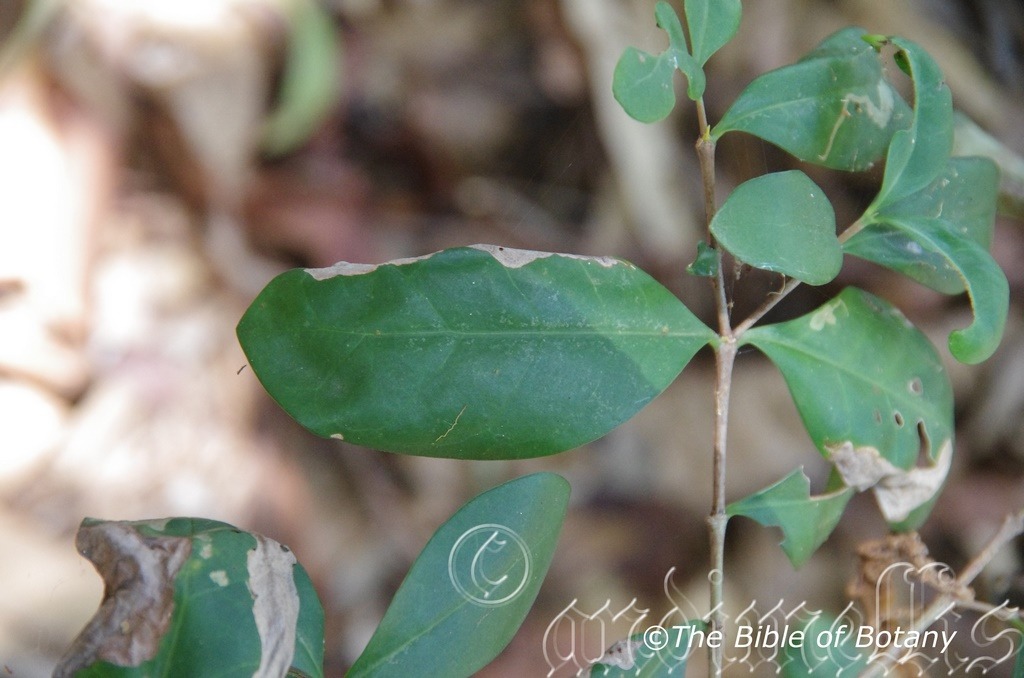
Mount Cootha Botanic Gardens Qld.

Mount Cootha Botanic Gardens Qld.
Cyclophyllum coprosmoides
Classification:
Unranked: Eudicots
Unranked: Asterids
Order: Gentianales
Family: Rubiaceae
Subfamily: Ixoroideae
Tribe: Vanguerieae
Genus: From Kyklos, which is Ancient Greek for a circle and Phullon/Phyllon, which are Ancient Greek for a leaf. It refers to leaves, which have a circular or obovate shape.
Specie: From Kopros which is Ancient Greek for animal dung and -eides, -oides, which are Ancient Greek and later -o?-eides, -oides, which are Latin for Like or similar to. It refers to plants especially the leaves, which closely resemble the leaves of the New Zealand Coprosma genus.
Sub specie: From kopros which is Ancient Greek for animal dung and -eid?s, -oid, which are Ancient Greek and later -oides ?o?d?s, which are Latin for Like or similar to. It refers to plants especially the leaves, which closely resemble the leaves of the New Zealand Coprosma genus.
Common Name: Native Coprosma, Supple Jack or Coastal Canthium.
Distribution:
Cyclophyllum coprosmoides is found south from Captain Billy’s Landing in far north eastern Queensland to the Gold Coast Hinterland in far south east Queensland. There is an isolated population in Woko National park and on the upper Colo River in central coastal New South Wales. It is found on and east of the Great Dividing Range to the coast.
It is also found on the Torres Strait Islands and the far south coast of Papua New Guinea.
https://avh.ala.org.au/occurrences/search?taxa=Cyclophyllum+coprosmoides#tab_mapView
Habitat Aspect Climate:
Cyclophyllum coprosmoides prefer full sun to light dappled shade. It grows in littoral rainforests, warm subtropical rainforests or at times moist riverine forests, moist gallery forests and transitional zones in these areas. The altitude ranges from 5 meters ASL to 460 meters ASL.
The temperatures range from minus 1 degree in August to 37 degrees in January.
The rainfall ranges from lows of 850mm to 2400mm average per annum.
Soil Requirements:
Cyclophyllum coprosmoides prefer white or red peaty or fatty sandy loams to medium clays. The soils are usually derived from decomposed sandstone, brown basalt, shale or accumulated sands behind the frontal dunes. The soils pH ranges from 4.5pH to 6pH. It is not tolerant of waterlogged soils. Non saline soils to very saline soils are tolerated as are salt laden winds.
Height & Spread:
Wild Plants: 5m to 10m or at times under favourable conditions to 15m by 4m to 6m
Characteristics:
The pale grey bark on the trunk is finely fissured with horizontal fissures. The buds and young stems are moderately thick, somewhat quadrangle and distinctly swollen at the leaf nodes. The stems are pale green and sparsely covered in fine, white, caducous, hirsute hairs. The leaf scars are persistent. The lanceolate apical stipules tapered to a point and measure 1.5mm to 3mm in length.
The new growth and juvenile leaves are glossy grass-green.
The simple opposite, broad elliptical to obovate or at times spathulate leaves measure 25mm to 100mm in length by 16mm to 50mm in width. The terete petioles measure 3mm to 7mm in length. The bases are broad cuneate, while the apex is obtuse with a fine, blunt acuminate tip at times. The discolourous laminas are dull, deep green to sea-green and glabrous on the upper laminas, while the lower laminas are much paler or yellow-green and dull. Domatia are absent or inconspicuous either side of the mid vein in the axils of the lateral veins. The laminas decurve slightly from the mid vein to the margins and decurve on the apical third. The leaf margins are entire. The mid vein is prominent on the lower lamina and is visible on the upper lamina, while the 3 to 6 main laterals either side of midrib are faintly visible.
The inflorescences are born in small axillary, sessile cymes from the upper leaf axils with 2 to 8 individual flowers. The pedicels are deep green and glossy and measure 3mm to 5mm in length. The bisexual, white flowers turn orange or brownish with age. The 5 petals are partly fused to form a 2mm to 3mm corolla tube, while the ovary measures 3mm to 8mm in length. The tips of the petals and the throat of the tube bear hirsute hairs
The 5 white stamens have cream to fawn anthers. The stamens are surrounded by dense white velutinous hairs and are slightly exerted.
The 2mm long, white style is broad peltate. The sweetly scented flowers appear from January to March.
The fruits are compressed, ovoidal, fleshy drupes. The pedicel becomes elongated and tapers strongly from the base of the drupe. The drupes measure 10mm to 20mm in length by 10mm to 13mm diameter. The green, 2 lobed drupes turn orange to yellow-orange when mature to expose the 2 seeds one in each lobe. The drupes ripen from October to December.
Wildlife:
The fruit is eaten by possums like the Pseudocheirus peregrinus and Trichosurus vulpecula, native rats and medium to large birds like the Cat bird Ailuroedus crassirostris, Bower birds, Fig Bird Sphecotheres vieilloti, fruit eating pigeons especially the wompoo fruit dove Ptilinopus magnificus, The red tail Black Cockatoo Calyptorhynchus banksii, and other fruit eating birds.
Its leaves are eaten by the larvae of fawn moth Phazaca decorata and the Gardenia Bee Hawk Cephonodes kingii.
The fruits are edible.
Cultivation:
Cyclophyllum coprosmoides is a beautiful small bushy tree or medium shrub which has attractive glossy green leaves when grown in the open or becomes spindly when grown in full shade. It is ideal for placing on the edge of dry rainforest setting or in dry gullies on medium and heavy clays where it is protected from winds and weather extremes where they form large beautiful domes in the open. Alternately it grows just as well on poor sandy soils adjacent to littoral forests, along estuaries or headlands where it is exposed to strong salt laden winds and salt spray. Here it may bend away from the prevailing winds. When grown in a sheltered position in the open the shrubs will grow from 5 meters to 8 meters in height by 3 meters to 4 meters in diameter or as small trees with the lower branches trimmed will grow from 6 meters to 9 meters by 3 meters to 4 meters in diameter.
Good red fruiting shrubs are very attractive when in fruit but fruiting can be irregular. If it is given adequate moisture, plenty of mulch for moisture retention and an even soil temperature, applying native fertilizers on a regular basis or in early spring will see the plants respond with good flowering over a longer period and may yield better quality fruit with maximum size.
The trees are ideal for starting small rainforest gardens on medium size blocks or small dry areas along riparian zones and riverine gullies.
This is a superior plant for exposed situations on farms where windbreaks are required or wildlife corridors are needed. They require very little nutrient and are do not require a lot of water. They can be pruned recovering quickly and provide good bird nesting sites with several smaller birds using them as nesting trees.
Propagation:
Seeds: The seeds do not require treatment before sowing. Remove the seeds from the flesh or allow them to ferment and drain. Wash the seeds and sow the fresh seeds directly into a seed raising mix and cover with 5mm of the mix. Place the trays under 30% shade in a warm position and keep moist. When the seedlings are 25mm to 50mm in height, prick them out and plant them into 50mm native tubes using a seed raising mix.
Once the seedlings reach 150mm to 200mm in height plant them out into their permanent position. Mass plantings can be achieved by planting them at 4 meter to 5 meter centers for a dry rainforest scene and hedge rows or 8 meter to 10 meter centers for a park scene or garden shade trees.
Fertilize using Seaweed, fish emulsion or organic chicken pellets soaked in water on an alternate basis. Fertilize every two months until the plants are established then twice annually in early September or March to maintain health, vitality and better flowering.
Further Comments from Readers:
Hi reader, it seems you use The Bible of Botany a lot. That’s great as we have great pleasure in bringing it to you! It’s a little awkward for us to ask, but our first aim is to purchase land approximately 1,600 hectares to link several parcels of N.P. into one at The Pinnacles NSW Australia, but we need your help. We’re not salespeople. We’re amateur botanists who have dedicated over 30 years to saving the environment in a practical way. We depend on donations to reach our goal. If you donate just $5, the price of your coffee this Sunday, We can help to keep the planet alive in a real way and continue to bring you regular updates and features on Australian plants all in one Botanical Bible. Any support is greatly appreciated. Thank you.
In the spirit of reconciliation we acknowledge the Bundjalung, Gumbaynggirr and Yaegl and all aboriginal nations throughout Australia and their connections to land, sea and community. We pay our respect to their Elders past, present and future for the pleasures we have gained.
Cyclophyllum longipetalum
Classification:
Unranked: Eudicots
Unranked: Asterids
Order: Gentianales
Family: Rubiaceae
Subfamily: Ixoroideae
Tribe: Vanguerieae
Genus: From Kyklos, which is Ancient Greek for a circle and Phullon/Ph?llon, which is Ancient Greek for a leaf. It refers to leaves, which have a circular or obovate shape.
Specie: From Longitia/Longus which are Latin for long in length and Petalnumi, which is Ancient Greek for to spread out or later Petalon/Petalos, which is Ancient Greek for thin metal leaf. It refers to specialized usually coloured leaves, which surround the ovaries and aid in the attraction of pollinators, the petals, which are longer in this species than other species in the genus.
Sub specie:
Common Name: Coastal canthium.
Distribution:
Cyclophyllum longipetalum is found in several disjunct populations south from Fraser Island in southern coastal Queensland to Jervis Bay in southern coastal New South Wales. It is usually found on or east of the Great Dividing Range.
https://avh.ala.org.au/occurrences/search?taxa=Cyclophyllum+longipetalum#tab_mapView
Habitat Aspect Climate:
Cyclophyllum longipetalum prefer full sun to light dappled shade. It grows in littoral rainforests, warm subtropical rainforests or at times moist riverine forests and moist gallery forests. The altitude ranges from 5 meters ASL to 460 meters ASL.
The temperatures range from minus 1 degree in August to 37 degrees in January.
The rainfall ranges from lows of 850mm to 2400mm average per annum.
Soil Requirements:
Cyclophyllum longipetalum prefer white or red peaty or fatty sandy loams to medium clays. The soils are usually derived from decomposed sandstone, brown basalt, shale or accumulated sands behind the frontal dunes. The soils pH ranges from 5.5pH to 6pH. It is not tolerant of waterlogged soils. Non saline soils to very saline soils are tolerated.
Height & Spread:
Wild Plants: 5m to 25m by 4m to 8m
Characteristics:
Cyclophyllum longipetalum usually grows as a small tree with a fluted base on old mature trees. The bark on the trunk is grey, grey-brown to deep brown and finely fissured or rugose with fine horizontal fissures.
The grey-brown branchlets are moderately thick, quadrangle and distinctly swollen at the leaf nodes. The leaf scars are persistent.
The opposite obovate to elliptical leaves of Cyclophyllum longipetalum measure 20mm to 100mm in length by 10mm to 40mm in width. The bases are rounded tending attenuate for at least half the length of the petiole while the apex is obtuse to bluntly acuminate. The concolourous to discolourous laminas are deep green to sea-green, glabrous and semi glossy on the upper laminas while the lower laminas are similar or paler and dull. The upper laminas often have several large prominent domatia either side of the mid vein in the axils of the lateral veins. The laminas are flat to slightly recurve upwards from the mid vein to the margins and decurve downwards near the apex. The leaf margins are entire. The mid vein is prominent on the lower lamina and is faintly visible on the upper lamina. The petioles measure 2mm to 10mm in length.
The new growth and juvenile leaves are grass-green.
The inflorescences of Cyclophyllum longipetalum are born in small clusters from the upper leaf axils. There are 2 to 6 flowers in each cluster with a single flower opening at a time. The pedicels are deep green to sea-green and glossy and measure 3mm to 4mm in length. The 6 white, glabrous outer filaments measure 0.5mm to 1.2 mm in length. The anthers measure 0.7mm to 1.2mm in length by 0.6mm to 0.9mm in width. The 3 glabrous inner anthers 0.7-1.3 mm in length by 0.4mm to 0.7mm in width. The 5 deep green, acute, calyx lobes measure 1.5mm to 2mm length. The white corolla tubes turn creamy golden honey-brown with age and measure 5mm to 9mm in length while the 5 lobes measure 3mm to 4mm in length. The corolla tube is glabrous externally and covered in white velutinous hairs internally near the opening. The 5 white, oblong lobes have an acute-obtuse apex and also turn creamy golden honey-brown with age and measure 3mm to 4mm in length. The lobes are covered in white ciliate hairs on the margins.
The 5 white stamens have cream anthers. The stamens are surrounded by the dense white velutinous hairs.
The 2mm long, white style is broad peltate. The sweetly scented flowers appear from January to March.
Cyclophyllum longipetalum fruits are compressed, ovoidal drupes. The pedicel becomes elongated and tapers strongly from the base of the drupe. The pedicels measure 8mm to 10mm in length. The drupes measure 10mm to 12mm in length by 10mm to 13mm diameter. There are 2 pale fawn seeds. The green drupes turn pale crimson-red when ripe and ripen from October to January.
Wildlife:
Cyclophyllum longipetalum’s fruit is eaten by possums, native rats and medium to large birds like the Cat birds, Bower birds, Fig Bird, Noisy Minor, pigeons and other fruit eating birds.
The fruits I have tasted are dry and bland. It is not known whether the fruits have long term toxicity or not so do not eat them in large quantities or over a long period of time.
Cultivation:
Cyclophyllum longipetalum is a beautiful small bushy tree or medium shrub which has attractive glossy green leaves. It is ideal for placing on the edge of dry rainforest setting or in dry gullies on medium and heavy clays where it is protected from winds and weather extremes where they form large beautiful domes in the open. Alternately they grow just as well on poor sandy soils adjacent to littoral forests, along estuaries or headlands where it is exposed to strong salt laden winds and salt spray. When grown in a sheltered position in the open the shrubs will grow from 4 meters to 5 meters in height by 3 meters to 5 meters in diameter or as small trees with the lower branches trimmed will grow from 6 meters to 9 meters by 3 meters to 4 meters in diameter. Trees grown in very exposed windy situations tend to grow out more on the non-exposed side and under sever conditions will have fewer leaves on the exposed side.
Good red fruiting shrubs are very attractive when in fruit but fruiting is irregular. If it is given adequate moisture, plenty of mulch for moisture retention and an even soil temperature, applying native fertilizers on a regular basis or in early spring will see the plants respond with good flowering over a longer period and may yield better quality fruit with maximum size.
The trees are ideal for starting small rainforest gardens on medium size blocks or small dry areas along riparian zones and riverine gullies.
This is a superior plant for exposed situations on farms where windbreaks are required or wildlife corridors are needed. They require very little nutrient and are do not require a lot of water. They can be pruned recovering quickly and provide good bird nesting sites with several smaller birds using them as nesting trees.
Propagation:
Seeds: Cyclophyllum longipetalum seeds do not require treatment before sowing. Remove the seeds from the flesh or allow them to ferment and drain. Wash the seeds and sow the fresh seeds directly into a seed raising mix and cover with 5mm of the mix. Place the trays under 30% shade in a warm position and keep moist. When the seedlings are 25mm to 50mm in height, prick them out and plant them into 50mm native tubes using a seed raising mix.
Once the seedlings reach 150mm to 200mm in height plant them out into their permanent position. Mass plantings can be achieved by planting them at 4 meter to 5 meter centers for a dry rainforest scene and hedge rows or 8 meter to 10 meter centers for a park scene or garden shade trees.
Fertilize using Seaweed, fish emulsion or organic chicken pellets soaked in water on an alternate basis. Fertilize every two months until the plants are established then twice annually in early September or March to maintain health, vitality and better flowering.
Further Comments from Readers:
Hi reader, it seems you use The Bible of Botany a lot. That’s great as we have great pleasure in bringing it to you! It’s a little awkward for us to ask, but our first aim is to purchase land approximately 1,600 hectares to link several parcels of N.P. into one at The Pinnacles NSW Australia, but we need your help. We’re not salespeople. We’re amateur botanists who have dedicated over 30 years to saving the environment in a practical way. We depend on donations to reach our goal. If you donate just $5, the price of your coffee this Sunday, We can help to keep the planet alive in a real way and continue to bring you regular updates and features on Australian plants all in one Botanical Bible. Any support is greatly appreciated. Thank you.
In the spirit of reconciliation we acknowledge the Bundjalung, Gumbaynggirr and Yaegl and all aboriginal nations throughout Australia and their connections to land, sea and community. We pay our respect to their Elders past, present and future for the pleasures we have gained.
Cyclosorus interruptus
Classification:
Class: Pteridospida
Order: Athyriales
Family: Thelypteridacea
Genus: From Cyclops, which is Ancient Greek for the mythological creature with one eye and Sorus, which is Ancient Greek for a heap or a pile. It refers to the fronds of ferns, which have a single row or have very large sori that contain large volumes of spore.
Specie: From Inter which is Latin for between or among and Rupterus, which is Latin for to break. It refers to where the symmetry of arrangement is disrupted with many uneven lengths between the structures or organs.
Sub specie:
Common Name: Swamp Shield Fern.
Distribution:
Cyclosorus interruptus is widespread throughout the tropics outside Australia. It is found east along the coast and rivers where permanent water exists, from the Kimberley Range in north west Western Australia through the top end of the Northern Territory extending inland to Kakadu National Park and across to Lawn Hill in western Queensland. It is found south from Lakefield National Park on Cape York peninsula in far north Queensland to Woolongong in central coastal New South Wales. There are several isolated populations found throughout Australia including central Australia near Uluru, near Portland in Victoria and from Perth to Geraldton in Western Australia. Cyclosorus interruptus especially with older specimens. New South Wales herbarium does not accept that Cyclosorus interruptus exists there and that the species there is Cyclosorus dentatus.
https://avh.ala.org.au/occurrences/search?taxa=Cyclosorus+interruptus#tab_mapView
Habitat Aspect Climate:
Cyclosorus interruptus grows in dense shade, light shade and dappled light areas in moisture retentive soils in montane rainforests, littoral rainforests and moist Eucalyptus forests riparian forests, gallery forests and riverine rainforests. It is mainly found along creeks, streams and rills where it can form impenetrable thickets in the undergrowth. I have found Cyclosorus interruptus growing in and besides very slow moving water where iron bacteria have turned the water to a slimy rusty brown. The altitude ranges from 5 meters ASL to 450 meters ASL.
The temperature ranges from minus 2 degrees in August to 32 degrees in January.
The rainfall ranges from lows of 600mm to 2400mm average per annum though this is not as important as the soil moisture being procured from a permanent source.
Soil Requirements:
Cyclosorus interruptus prefers skeletal to deep fine sands, sandy loams, gravelly clays to heavy clays. The soils are derived from decomposed shale, black basalt, brown basalt, metamorphic rocks, laterites, sandstones or alluvial deposits. The soil’s pH ranges from 4pH to 7pH. It tolerates waterlogged soils. Non saline soils to very saline soils are tolerated.
Iron Bacteria: Iron bacteria can affect the pH of the soil dramatically acidifying them. It is naturally occurring bacteria found in dams, swamps, lakes, watercourses usually where the water is moving slowly. Iron bacteria are small microbes which convert soluble ferrous iron Fe+2 into insoluble ferric iron Fe+3 through a process of oxidization. This is a large group of different bacteria of which Gallionella ferruginea is one of the more common ones found in Australia. The presence of microorganisms like Gallinella ferruginea, Thiobacillus thioxidans and Thiobacillus ferroxidans act as a catalyst by utilizing the soluble iron sulphides as an energy source thus converting the iron sulphides into sulfuric acid and insoluble Ferric iron oxide. This iron then precipitates out of the water staining the surrounding ground rusty-red, forming a rusty sludge or forming a slimy crust on the surface of the water. Their presence is an indication that the soil and water is very acidic. This is most noticeable where alkaloid or base metals like calcium carbonate and magnesium are absent.
Where there are high levels of Manganese present in the soil or water, a similar reaction occurs with different bacteria and chemical reactions. Here the water and soil is stained black with MnO2 or KMnO4.
Height & Spread:
Wild Plants: 450mm to 1250mm by 850mm to 1250mm.
Characteristics:
Cyclosorus interruptus has a very short thick creeping rhizome covered in large deep red-brown scales. The scales are 8mm to 10mm long by 1mm to 2mm wide. The rhizomes usually do not form a trunk.
Cyclosorus interruptus‘ fronds grow in flushes or signally with rainforest plants looking like small tree ferns. The large fronds measure 600mm to 1100mm in length by 120mm to 210mm in width. The glabrous stipes measure 200mm to 450mm in length and dark brown at the base turning green a short distance up to a light green. The single pinnate frond’s lamina measure 300mm to 550mm in length and have 20 to 25 pairs of pinnae. Several lower pairs of pinnae are slightly narrowed near their bases. The largest pinnae measure 100mm to 150mm in length by 10mm to 18mm in width although those plants growing in dense shade maybe larger. It is lobed halfway or more to the costa. The oblique, oblong-ovate lobes have a broad acute-obtuse apex with a small apiculate tip. The concolourous laminas are pale grass-green and dull. The mid vein is slightly prominent on the lower lamina. The lamina has 6 to 10 pairs of lateral veins.
Sori are supramedial except for the distal ones and absent from the basal pair of veins. The indusium are thin and are usually covered in short brown acicular or at times capitate hairs. The spore is golden-brown to reddish-brown.
Wildlife:
Cyclosorus interruptus wildlife is unknown to the author.
Cultivation:
Cyclosorus interruptus is a very hardy fern for courtyards, around swimming pools or in the garden where moist lighter conditions prevail. Christella dentata is excellent for around swimming pools where it can grow to its full potential in a small area. It breaks up hard fences and walls giving a pleasant vertical look. The short unstable trunks need protection from breezes or passing traffic as they can bend very easily and lose their vertical growth. The bent trunks can be used very effectively in small areas. If used correctly it can make medium size areas look larger. Some cleaning of spent fronds on a biannual base is necessary and moisture is required to keep it at its best. It is not drought tolerant so the occasional lapse in watering will see the fronds die and the new fronds reduce in size. If they do happen to look dead after a long holiday, during a drought prune all the fronds off to a few centimetres of the rhizome and give them a good soaking. Apply a double strength dose of our recommended fertilizer two days later and within two weeks they will reshoot but it could be the following round of new fronds that will see the size return.
It often reaches its full potential of 1250mm in just over 2 year.
Propagation:
Spores: All ferns that are declared rare, vulnerable or endangered are protected by Federal and State Laws and must not be removed from the wild unless you are a land developer, mining company or main Roads department etc. This includes bulbs, roots, leaves and flowers. No part of any plant can be removed from Federal, State or Local Government land without the prior permission of the authority and this includes the spore.
Most people are put off at the thought of growing ferns from spore. Like all plants that produce their offspring from seed or spore the methods are basically the same. Remember nature has been doing this for millions of years and has been very successful. I have had excellent results growing over 200 different species of Australian ferns so don’t be afraid. Give it a go.
Step 1. Select spore from the fern fronds. Wait until the fern is just starting to release its spore. Rinse the fronds under clean running water and dry. This is to wash off any other spores from rogue ferns that may have settled onto the fronds. (There is nothing worse than having common brake or common soft bracken contaminating a prized tree fern or epiphyte.)
Step 2. Place the dry fronds in a clean brown paper bag and keep them in a cool dark place like the linen closet for about a week to ten days before you are ready to sow the spore. The exception to this rule applies to ferns, which produce green spores. These must be sown immediately that it is released. Todea Barbara is a good example of a fern, which produces green spore.
Step 3. Take a large ice cream container, a small ice cream container and a clean clear plastic bag large enough to seal the large ice cream container and three or four milk bottle tops.
Step 4. Punch or drill 6 to 10 5mm holes in the bottom of the small ice cream container.
Step 5. Wash both containers, tops and plastic bag so that it is very clean and sterile.
Use a clean fine seed raising mi. We used 30% fine sand, 30% peat, 30% perlite and 10% vermiculite. We used crushed basalt, crusher dust and peat in a 50:50 ratio for epiphytes. Moisten the mix enough that water does not run out when the mix is squeezed between the fingers.
Step 7. Place the moisten mix (Enough to half fill the small ice cream container) in the microwave oven with a large glass of water for 7 or 8 minutes, until the water is boiling. Allow them to cool in the oven. You will need the water later so do not tip it out.
Step 8. Take the brown paper bag out of the linen closet. Shake the bag and remove the fronds. You should have a yellow, brown, black or rarely greenish brown or ochre powder or very fine, small round pin head size spore depending on the specie involved.
Step 9. Remove the mixture from the oven once it has cooled and place it in the small ice cream container and level.
Step 10. Sprinkle the spore sparsely over the mixture in the small ice cream container.
Step 11. Place the milk bottle tops in the large ice cream container with the flat surface facing down. Place the small ice cream container in the large ice cream container so that it is sitting on the milk bottle tops.
Step 12. Remove the water from the microwave and pour it into the larger ice cream container so there is 25mm to 30mm of water in the bottom.
Step 13. Place the ice cream containers in the plastic bag and seal.
Step 14. Place the contents and bag in a warm shady place preferably 50% to 70% shade depending on the specie. Shade houses and some window sills are ideal.
Step 15. The surface should turn green within a week to two weeks. The prothallus will then develop. From the prothallus the first true fronds will appear. Wait until the ferns are 20mm to 35mm in height before you attempt to transplant them. Once it is ready open the bag up slightly and allow the air to flow around the little ferns. Every 3 to 5 days open the bag a little further so the ferns get use to their new environment. Allow them a week to two weeks to harden off before you transplant them following the removal of the plastic bag. Carefully prick them out into 50mm standard squat tubes as you would any seedling.
Do not try to transplant them as single plants as it is still a little delicate still.
Once the smaller ones again reach 50mm to 70mm you may wish to divide the stronger and hardier individual plants into smaller clumps in 100mm squat pots.
Step 16. We fertilized with seaweed, fish emulsion or organic chicken pellets soaked in water on an alternate basis until established. Fertilize every two months for one year even when in the ground.
Fertilize using Seaweed, fish emulsion or organic chicken pellets soaked in water on an alternate basis. Fertilize every two months until the plants are established then twice annually in early September or March to maintain health and vitality.
Further Comments from Readers:
Hi reader, it seems you use The Bible of Botany a lot. That’s great as we have great pleasure in bringing it to you! It’s a little awkward for us to ask, but our first aim is to purchase land approximately 1,600 hectares to link several parcels of N.P. into one at The Pinnacles NSW Australia, but we need your help. We’re not salespeople. We’re amateur botanists who have dedicated over 30 years to saving the environment in a practical way. We depend on donations to reach our goal. If you donate just $5, the price of your coffee this Sunday, We can help to keep the planet alive in a real way and continue to bring you regular updates and features on Australian plants all in one Botanical Bible. Any support is greatly appreciated. Thank you.
In the spirit of reconciliation we acknowledge the Bundjalung, Gumbaynggirr and Yaegl and all aboriginal nations throughout Australia and their connections to land, sea and community. We pay our respect to their Elders past, present and future for the pleasures we have gained.

Permanent Water Table Drain Grafton NSW

Permanent Water Table Drain Grafton NSW

Permanent Water Table Drain Grafton NSW
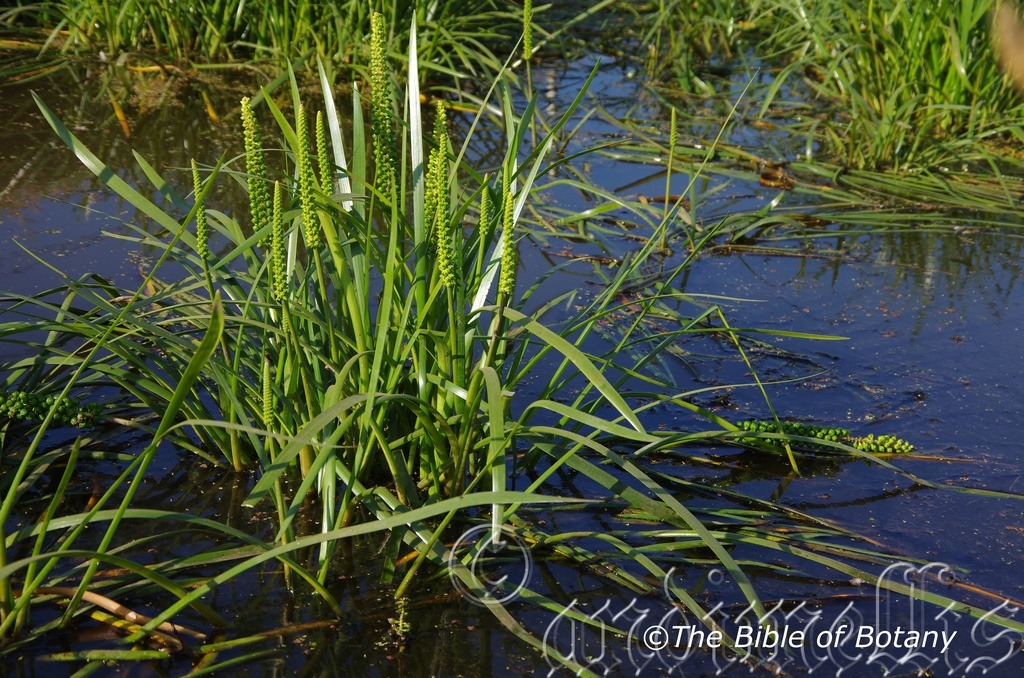
Permanent Water Table Drain Grafton NSW

Permanent Water Table Drain Grafton NSW

Permanent Water Table Drain Grafton NSW

Permanent Water Table Drain Grafton NSW
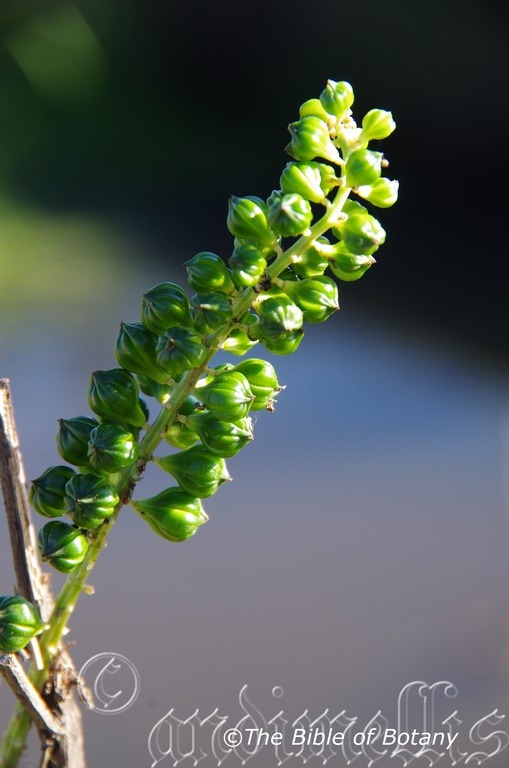
Permanent Water Table Drain Grafton NSW

Permanent Water Table Drain Grafton NSW
Cycnogeton multifructum
Classification:
Unranked: Monocots
Class: Lilianae
Order: Alismatales
Family: Juncaginaceae
Genus: From Kyknos, which is Greek for a swan and Geiton, which is Ancient Greek for a neighbour. It refers to being closely related to Triglochin.
Specie: From Multus, which is Latin for many and Frū̆ctuum, which is Latin for producer of fruit. It refers to plants, which produce copious quantities of fruit.
Sub specie:
Common Name:
Distribution:
Cycnogeton multifructum is found on the eastern third of mainland Australia. It is mainly found on the Western Plains, Western Slopes, on and east of the Great Dividing Range to the coast.
https://avh.ala.org.au/occurrences/search?taxa=Cycnogeton+multifructum#tab_mapView
Habitat Aspect Climate:
Cycnogeton multifructum prefers dappled light shade to full sun. It grows in well developed, moist rainforests, dry sclerophyll forests to open woodlands, savannah woodlands including semi-arid areas. It is found where permanent water exists along creeks, streams, billabongs, swamps, drainage lines and irrigation channels. The altitude ranges from 10 meters ASL to 700 meters ASL.
The air temperatures range from minus 3 degrees in July to 38 degrees in January.
The rainfall ranges from lows of 150mm to 3000mm average per annum.
Soil Requirements:
Cycnogeton multifructum prefer soils that are sandy loams, medium clays, sight silts to heavy silts or mud suspended in water. The soils are usually derived from alluvial deposits, decomposed brown basalts, black basalts, granites, sandstones, metamorphic rocks, shale, or accumulated beach sands and silts. The soils pH ranges from 4pH to 7pH. It tolerates waterlogged soils and is often found growing in permanent clear water. Non saline soils to very saline soils are tolerated.
Height & Spread:
Wild Plants: 0.5m to 2m by 0.5m to 1m.
Characteristics:
Cycnogeton multifructum grows as an emergent perennial aquatic herb. The robust woody rhizomes are thick and measure 7mm to 25mm in diameter. The thick tubers measure 13mm to 40mm in length by 4mm to 14mm in diameter.
The long, broad linear leaves of Cycnogeton multifructa measure 400mm to 1400mm in length by 4mm to 30mm in width usually 10mm to 20mmin width. The erect, flaccid leaves of those plants growing in shallow water are usually replaced by floating leaves of those plants growing in shallow water. The bases are sheathing while the apexes are long tapering. The concolourous laminas are deep grass-green to deep green and glabrous. The laminas are discoidal externally and finely honeycombed internal. The flat mid vein is very slightly prominent to visible only on the lower lamina.
The inflorescences of Cycnogeton multifructum are born on long scapes. The scape, infructescence and pedicels are usually pale maroon to deep maroon or at times deep green tinged maroon or rarely deep green. The scapes measure 250mm to 750mm in length by 3mm to 5mm in diameter while the infructescence measure 120mm to 370mm in length by 10mm to 20mm in diameter. The pedicels measure 0.5mm to 1.5mm in length. The 6 pale greenish stamens are exserted and are covered in long, stiff, white ciliate hairs. The flowers appear from early October to June.
Cycnogeton multifructum’s fruits are fleshy globose infructescence. The 250 to 1000 individual carpels measure 3mm to 5mm in length by 3mm to 5mm in diameter. The 6 to 8 seeds in each carpel usually all mature and are straight.
Wildlife:
Cycnogeton multifructum’s leaves are a favourite food source amongst the many species of macropods during drought. (Kangaroos and wallabies)
The plants are an important breeding ground for frogs and most likely play an important role in fresh water fish habitats and breeding grounds as well as the stabilization of banks and reduce the flow in the rivers during storms.
Cultivation:
Cycnogeton multifructum is a fast growing emergent lily often with floating leaves. It is suitable for shallow or medium depth frog ponds or edge plants in deeper fish ponds in warmer zones where the water does not freeze over.
Propagation:
Seeds: The seeds of Cycnogeton multifructum can be removed easily from the plants.
Seed can be sown directly over a wet mix, comprising of 50% peat and 50% perlite or fine sand. Place the trays in a deep tray of water so that the mix does not dry out. Place the trays in a warm sunny position or semi shaded position beneath 30% shade cloth.
When the seedlings are 20mm to 25mm tall, prick them out and plant them into border strips. using a good organic mix. Replace the strips in long trays that are full of water or in a position where it is continually wet.
As the seedlings roots reach the bottom of the strips plant them out into their permanent positions.
Fertilize using Seaweed, fish emulsion or organic chicken pellets soaked in water and apply the liquid as the seedlings are planted out to maintain better health and vigour. This is especially important when planting the seedlings into border strips. Here the seedlings are able to develop a strong rhizome system that will assist the plants once planted out into the environment.
Further Comments from Readers:
Hi reader, it seems you use The Bible of Botany a lot. That’s great as we have great pleasure in bringing it to you! It’s a little awkward for us to ask, but our first aim is to purchase land approximately 1,600 hectares to link several parcels of N.P. into one at The Pinnacles NSW Australia, but we need your help. We’re not salespeople. We’re amateur botanists who have dedicated over 30 years to saving the environment in a practical way. We depend on donations to reach our goal. If you donate just $5, the price of your coffee this Sunday, We can help to keep the planet alive in a real way and continue to bring you regular updates and features on Australian plants all in one Botanical Bible. Any support is greatly appreciated. Thank you.
In the spirit of reconciliation we acknowledge the Bundjalung, Gumbaynggirr and Yaegl and all aboriginal nations throughout Australia and their connections to land, sea and community. We pay our respect to their Elders past, present and future for the pleasures we have gained.

The Pinnacles NSW
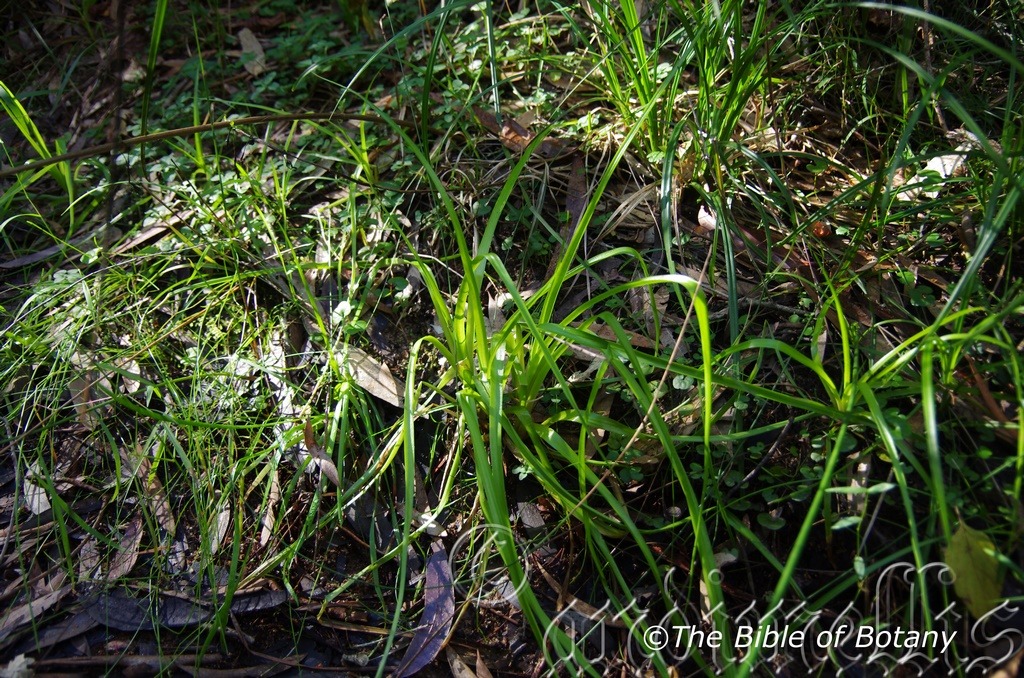
The Pinnacles NSW

The Pinnacles NSW

Author’s Garden The Pinnacles NSW
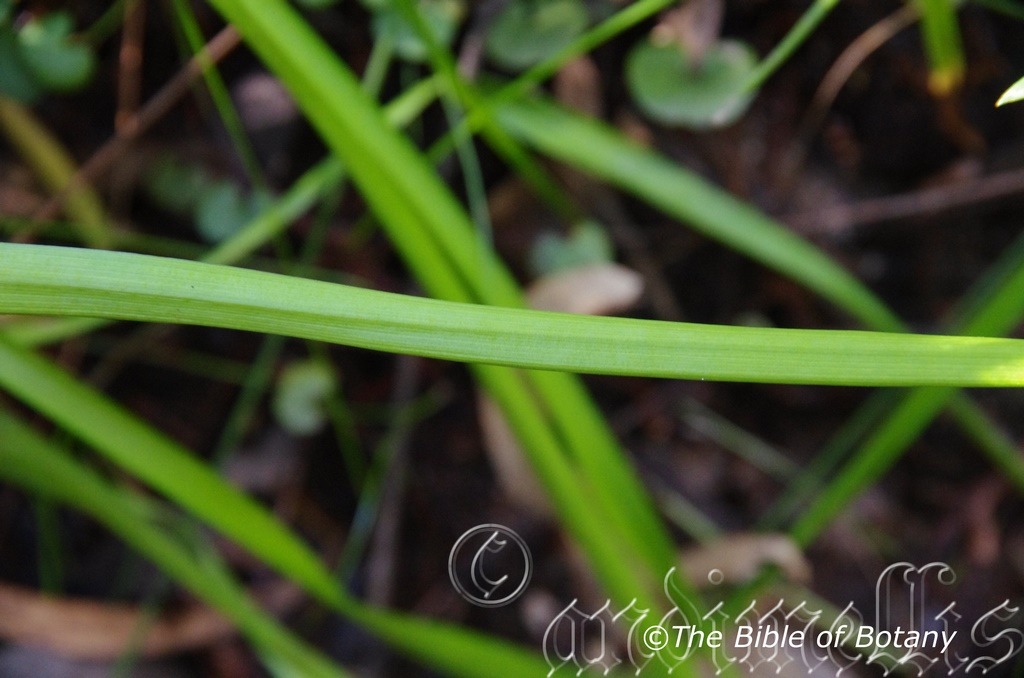
The Pinnacles NSW
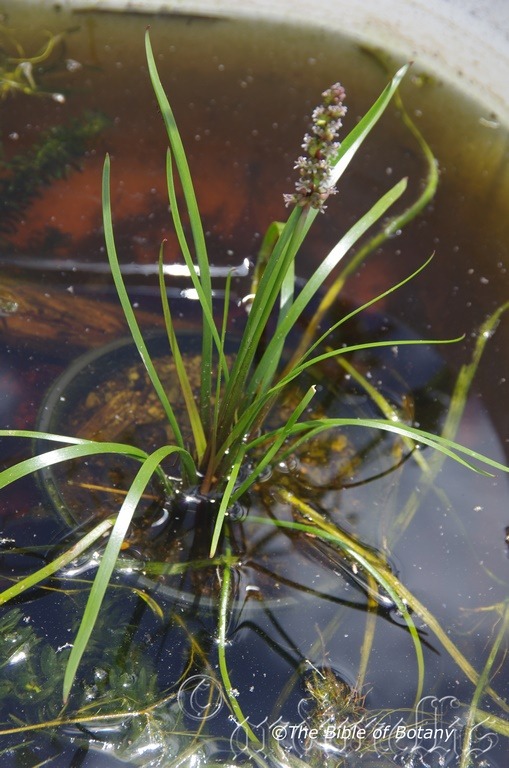
Author’s Garden The Pinnacles NSW

Author’s Garden The Pinnacles NSW
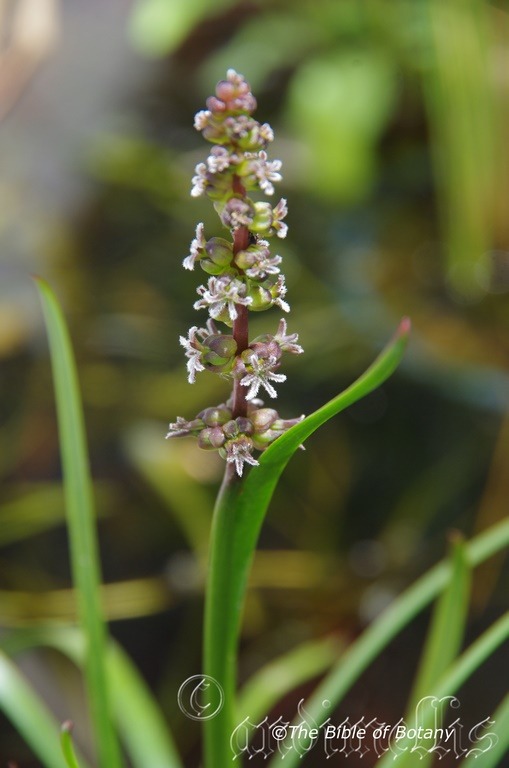
Author’s Garden The Pinnacles NSW

Author’s Garden The Pinnacles NSW
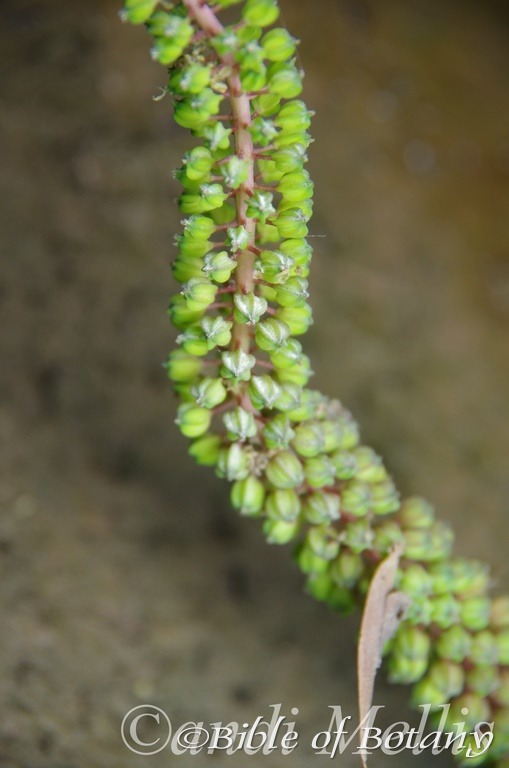
Clarence River NSW
Cycnogeton procera
Classification:
Unranked: Monocots
Class: Lilianae
Order: Alismatales
Family: Juncaginaceae
Genus: From Kyknos, which is Greek for a swan and Geiton, which is Ancient Greek for a neighbour. It refers to being closely related to Triglochin.
Specie: From Procera, which is Latin for very tall. It refers to plants, structures or organs, which are much taller or longer than other species in the genus.
Sub specie:
Common Name: Water Ribbons.
Distribution:
Cynogeton procera is found on the northern parts of the Swan River Plain and further south on the Esperance Coastal Plain in south western, Western Australia.
In the east it is mainly found on and east of the Great Dividing Range south from Maryborough in central eastern Queensland to the Victorian Border where it is found along the Murray River to Kangaroo Island in southern South Australia. It is also found further north south of Cairns and on King Island in Bass Strait, on the eastern third and the south west coast of Tasmania.
https://avh.ala.org.au/occurrences/search?taxa=Cycnogeton+procera#tab_mapView
Habitat Aspect Climate:
Cynogeton procera prefers dappled light shade to full sun. It grows adjacent to moist rainforests, dry sclerophyll forests to open woodlands, savannah woodlands including semi-arid areas. It is found where permanent water exists along creeks, streams, billabongs, swamps, drainage lines or irrigation channels. The altitude ranges from 10 meters ASL to 450 meters ASL.
The air temperatures range from minus 3 degrees in July to 38 degrees in January.
The rainfall ranges from lows of 150mm to 2100mm average per annum.
Soil Requirements:
Cynogeton procera prefer soils that are sandy loams, medium clays, sight silts to heavy silts or mud suspended in water. The soils are usually derived from alluvial deposits, decomposed brown basalts, black basalts, granites, sandstones, metamorphic rocks, shale, or accumulated beach sands and silts. It tolerates waterlogged soils usually growing in shallow water. Non saline soils to very saline soils are tolerated.
Height & Spread:
Wild Plants: 0.6m to 2m by 0.5m to 1m
Characteristics:
Cynogeton procera grows as an emergent perennial aquatic herb. The robust woody rhizomes are thick and measure 5mm to 15mm in diameter.
The long, broad linear leaves of Cynogeton procera measure 500mm to 2000mm in length by 10mm to 30mm in width. The semi erect, flaccid leaves of those plants growing in shallow water are usually replaced by floating leaves of those plants growing in shallow water. The bases are sheathing while the apexes are broad acute. The concolourous laminas are deep grass-green to deep green and glabrous. The fleshy laminas are flat externally and finely honeycombed internal. The flat mid vein is very slightly prominent to visible only on the lower lamina.
The inflorescences of Cynogeton procera are born on long scapes. The scape, infructescence and pedicels are usually grass-green to deep green or at times grass-green to deep green with reddish streaks or markings. The scapes measure 400mm to 1700mm in length by 5mm to 7mm in diameter while the spikes measure 200mm to 300mm in length by 25mm to 30mm in diameter. The pedicels measure 1mm to 2.5mm in length. The 6 pale greenish stamens are exserted and are covered in long, stiff, white ciliate hairs. The perianth segments measure 2mm to 3mm in length. The flowers appear from late October to early April.
Cynogeton procera’s fruits are fleshy sub globose to broad trigonous carpels. The 300 to 750 individual carpels measure 5mm to 10mm in length by 6mm to 7mm in diameter. The 6 seeds in each carpel usually all mature and are straight.
Wildlife:
Cynogeton procera’s leaves are a favourite food source amongst the many species of macropods during drought. (Kangaroos and wallabies)
The plants are an important breeding ground for frogs and most likely play an important role in fresh water fish habitats and breeding grounds as well as the stabilization of banks and reduce the flow in the rivers during storms.
Cultivation:
Cynogeton procera is a fast growing emergent lily often with floating leaves. It is suitable for shallow or medium depth frog ponds or edge plants in deeper fish ponds in warmer zones where the water does not freeze over.
Propagation:
Seeds: The seeds of Cynogeton procera can be removed easily from the plants.
Seed can be sown directly over a wet mix, comprising of 50% peat and 50% perlite or fine sand. Place the trays in a deep tray of water so that the mix does not dry out. Place the trays in a warm sunny position or semi shaded position beneath 30% shade cloth.
When the seedlings are 20mm to 25mm tall, prick them out and plant them into tubes, using a good organic mix. As the seedlings roots reach the bottom of the tubes plant them out into their permanent positions.
Fertilize using Seaweed, fish emulsion or organic chicken pellets soaked in water and apply the liquid as the seedlings are planted out to maintain better health and vigour. This is especially important when planting the seedlings into pots. Here the seedlings are able to develop a strong rhizome system that will assist the plants once planted out into the environment.
Further Comments from Readers:
Hi reader, it seems you use The Bible of Botany a lot. That’s great as we have great pleasure in bringing it to you! It’s a little awkward for us to ask, but our first aim is to purchase land approximately 1,600 hectares to link several parcels of N.P. into one at The Pinnacles NSW Australia, but we need your help. We’re not salespeople. We’re amateur botanists who have dedicated over 30 years to saving the environment in a practical way. We depend on donations to reach our goal. If you donate just $5, the price of your coffee this Sunday, We can help to keep the planet alive in a real way and continue to bring you regular updates and features on Australian plants all in one Botanical Bible. Any support is greatly appreciated. Thank you.
In the spirit of reconciliation we acknowledge the Bundjalung, Gumbaynggirr and Yaegl and all aboriginal nations throughout Australia and their connections to land, sea and community. We pay our respect to their Elders past, present and future for the pleasures we have gained.

Clarence Valley NSW
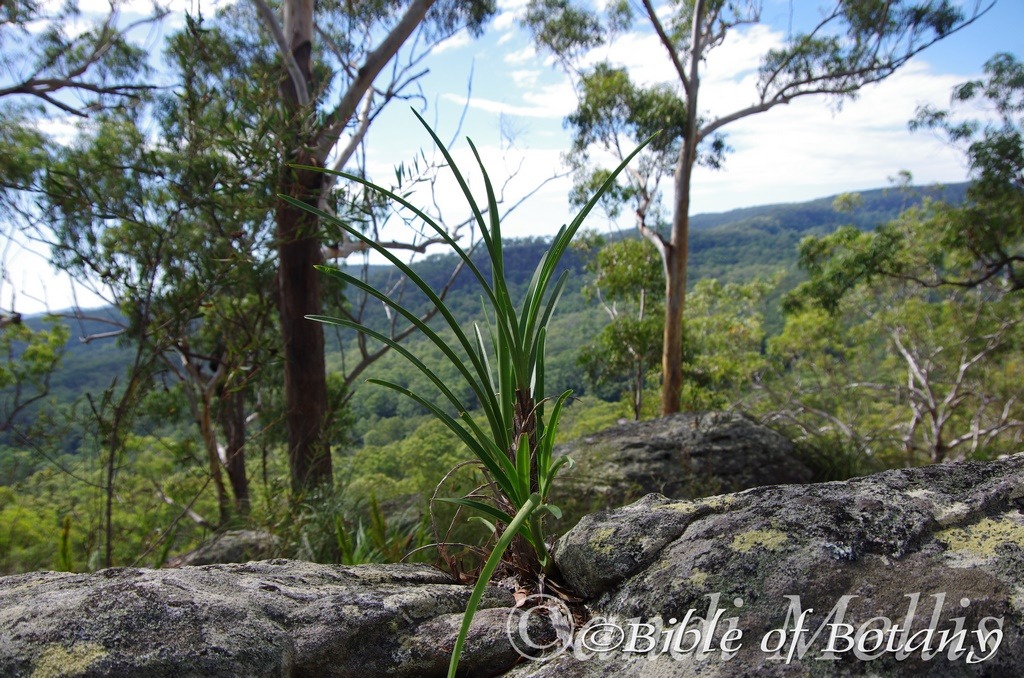
Clarence Valley NSW
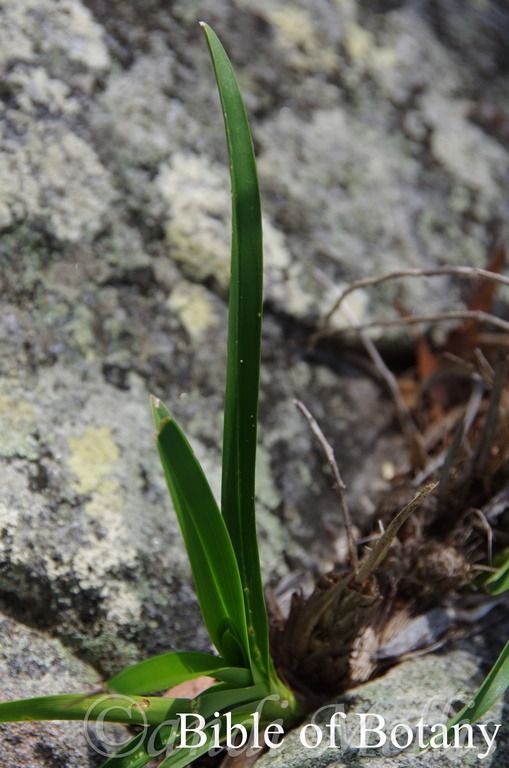
Clarence Valley NSW

Clarence Valley NSW
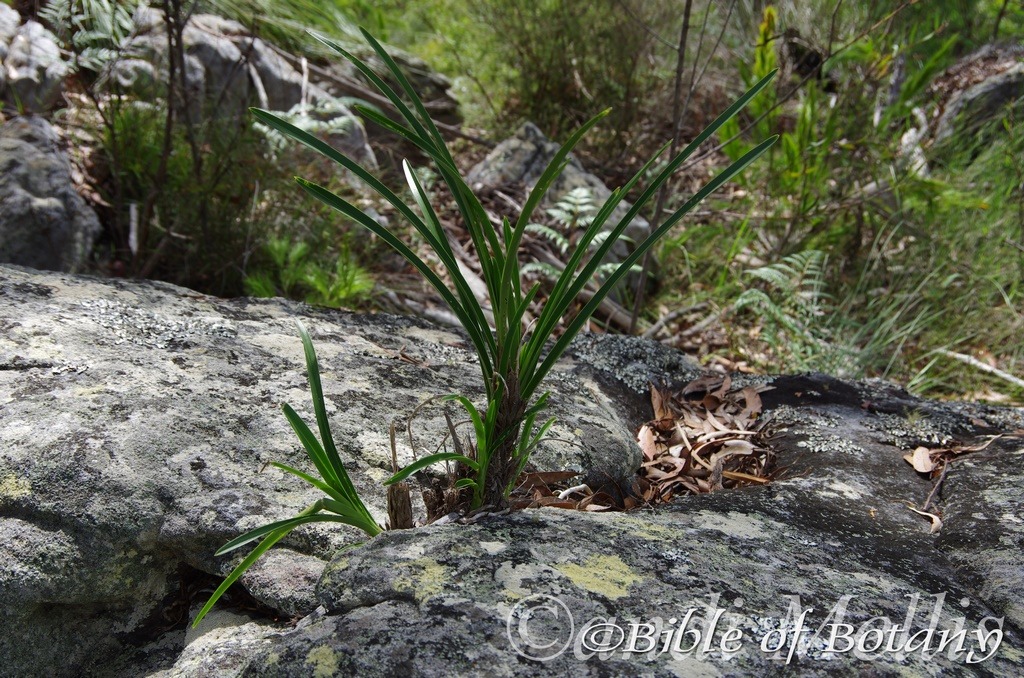
Clarence Valley NSW
Cymbidium canaliculatum
Classification:
Class: Monocots
Order: Asparagales
Family: Orcidaceae
Subfamily: Epidendroideae
Tribe: Cymbidieae
Sub Tribe: Crytopodiineae
Genus: From Kymbe, which is Ancient Greek for a boat. It refers to organs, usually hollow recess in the lip of flowers, which somewhat resemble a boat’s hull.
Specie: From Kanna, which is Ancient Greek or Caniliculatum, which is Latin for a groove or water channel. It usually refers to fleshy leaves, branches or trunks which have a distinct longitudinal groove.
Sub specie:
Common Name: Queensland Black Orchid.
Distribution:
Cymbidium canaliculatum is found east from the Fitzroy River in north west Western Australia across the top end to near Katheron in the Northern Territory then in a sweeping south easterly direction to the Yarthong Nature Reserve and east to the Blue Mountains National Park.
https://avh.ala.org.au/occurrences/search?taxa=Cymbidium+canaliculatum#tab_mapView
Habitat Aspect Climate:
Cymbidium canaliculatum prefer full sun to dappled shade. It grows in open sclerophyll forests, open woodlands or dry rainforests. The altitude ranges from 10 meters ASL to 520 meters ASL.
The temperatures range from 3 degrees in July to 44 degrees in January.
The rainfall ranges from lows of 270mm to 2800mm average per annum. The rainfall is seasonal mainly summer and autumn with dry winters and springs and dry atmospheric conditions during these periods.
Soil Requirements:
Cymbidium canaliculatum prefers the hollows found in Eucalyptus trees, or the forks in Eucalyptus and Callitris trees. These forks collect mulch and dust while the hollows are often filled with mud guts or termite remains. The pH of mud guts ranges from 5pH to 6pH.
Height & Spread:
Wild Plants: 0.3m to 0.5m by 0.5m to 0.7m
Characteristics:
Cymbidium canaliculatum grows in sympodial clumps as an epiphyte with compressed pseudobulbs. The bulbs are ovoid to narrow ovoid and measure 30mm to 120mm in length by 20mm to 40mm in diameter.
The long deeply channelled, linear, leaves are glabrous and measure 100mm to 500mm in length by 15mm to 40mm in width. Leaf margins are entire and curve strongly upwards from the mid vein to form a ‘V’. It is straight or curved and stiff. The concolourous laminas are olive green to blue green and dull.
Inflorescences are a long raceme with 12 to 60 flowers and measure 150mm to 600mm long. The usually pendant pedicels measure 22mm to 35mm in length including the 2mm to 3mm long ovary which appears to be part of the pedicel but is slightly swollen. The pedicles are longer at the base and become shorter as they approach the apex. The sepals and petals are extremely variable in shape from linear to elliptical or oval and measure 11mm to 25mm in length by 4.5mm to 10mm in width. The sepals and petals are entire with an obtuse or a mucronate apex. The lower two petals often have a 90 degree twist. The labellum is just as variable in shape as the sepals and can be straight, have a reflex apex or totally reflexed. The margins are entire, very finely crenate with an obtuse or mucronate apex. The labellum is usually flat but on the central Queensland forms can be undulating. They measure 9mm to 15mm in length by 6mm to 9mm in width. The labellum has two parallel keels running from the base to base of the mid lobe. The keels are white, cream, red or purple with various markings. Sepal colours vary from olive green, green and yellow with purple or burgundy markings in New South Wales to deep purple in central Queensland with white markings. Northern and western specimens have yellow and olive kaki sepals with red or purple markings. The flowers appear from August to October.
The seed pods measure 25mm to 30mm in length by 20mm to 26mm in width and dry to a light dull yellow colour. It is thin, furrowed vertical and have a leathery feel even when ripe. The grey 1mm oval seeds ripen in November.
Wildlife:
Cymbidium canaliculatum is the host to numerous small native flies, midget wasps and native bees when in flower.
Cultivation:
Cymbidium canaliculatum is a beautiful orchid which has many hybrids and cultivars in cultivation that adds depth to any garden. Most of the cultivars can be grown outside in the forks of trees where conditions are suitable. It looks more natural than in pots. It does best where winters are dry, the air is not humid and winters are mild. It is frost resistant surviving cold periods down to minus 2 but prefer and flower at their best when winter temperatures stay above 3 degrees.
Plants must be secured to trees with a non-decorticating bark preferably Eucalyptus or Callitris. Tie them securely into the fork of the tree a little above head height so the flowers arch down towards the viewer.
It also do well on the tops of old fence posts or old stumps within the dappled shade of eucalyptus trees.
I prefer not to place them into tree hollows as these are becoming scarce. Over 300 native Australian animals and birds rely on these holes for nesting, sleeping or escaping the summer heat and fires, so let’s leave them for natures other little critters.
Orchids growing as epiphytes do surprisingly well in gardens when fed the organic fertilizers on a rotation basis from early spring to after flowering.
Propagation:
All orchids are protected under state and Federal laws so no part of the orchid can be taken from the wild unless you are a developer, multinational, mining company or road worker.
Back Bulbs: can be taken from mature plants.
- Remove the parent plant from its container.
- Divide the plant up so each new plant has an old back bulb without leaves, an old bulb with leaves and maybe a new bulb that hasn’t flowered or isn’t fully developed.
- Remove or straighten the roots out and cut so that it is around 100mm long. Remove all the roots from the old back bulb without leaves.
- Allow to air dry for 24 hours to 48 hours.
- Repot into a suitable size pot using an orchid mix or tie firmly so that they do not move before rooting into the fork of a new tree.
If the plant is existing in your garden and you wish to use this method of propagating choose a day that follows a week of cool weather. Select the division as above and slice through the plant behind an old bulb without leaves, ensuring the new plant has an old bulb with leaves and a new bulb that has not fully developed. Repeat as above in steps 3 to 5.
Seeds: Cymbidium canaliculatum seeds require treatment before sowing. Really Orchid seeds are meant for professionals with time, equipment and space. However if you wish to persevere then here are the basics and you are learning from an amateur. You will need the following flask, Chloros solution, boiled water, an eye dropper, paper bag, a warm sheltered position and some patience and luck.
- Collecting the seed: seed can only be collected from fully ripe pods. You may need to watch a pod for several days or even weeks following the time it stops swelling for it to turn yellow. At this stage the pod must be watched carefully for the pod to commence spitting along the placenta. If possible place the paper bag over the pod and tie it off. If necessary place a plastic bag over the paper bag to prevent rain or moisture contacting the seeds.
- Knowledge is very important now, as different species and genre have various numbers of viable seed in a pod. Viable seeds may be as few as 20 or as many as several million. Check the bag daily and remove once the seed begins to disperse. Shake all the seeds from the pod into the bag.
- Purchase the appropriate agar solution from an orchid society as they will know what you want and which one will be best for your species. Prepare the agar solution and pour into the flask.
- Remove some of the seeds by shaking them into a solution of 1 part chloros to 20 parts water and allow to soak for 10 minutes.
- Remove the seeds with the eye dropper in the solution and spread evenly over the set agar.
- Place the flasks in a room that is will lit with indirect light and the temperature is a consistent 25 to 30 degrees centigrade.
- Wait 4 to 7 months for the seedlings to develop to a stage where they can be removed and planted on into a fine orchid mix. Do not remove the seedlings from their environment of light or temperature for at least another two months. Even at this stage it is best to place the seedlings in a hot house where their environment can be controlled.
Fertilize using Seaweed, fish emulsion or organic chicken pellets soaked in water on an alternate basis. Fertilize every two months until the plants are established then twice annually in early September or March to maintain health, vitality and better flowering.
Further Comments from Readers:
Hi reader, it seems you use The Bible of Botany a lot. That’s great as we have great pleasure in bringing it to you! It’s a little awkward for us to ask, but our first aim is to purchase land approximately 1,600 hectares to link several parcels of N.P. into one at The Pinnacles NSW Australia, but we need your help. We’re not salespeople. We’re amateur botanists who have dedicated over 30 years to saving the environment in a practical way. We depend on donations to reach our goal. If you donate just $5, the price of your coffee this Sunday, We can help to keep the planet alive in a real way and continue to bring you regular updates and features on Australian plants all in one Botanical Bible. Any support is greatly appreciated. Thank you.
In the spirit of reconciliation we acknowledge the Bundjalung, Gumbaynggirr and Yaegl and all aboriginal nations throughout Australia and their connections to land, sea and community. We pay our respect to their Elders past, present and future for the pleasures we have gained.

Clarence Valley NSW

Clarence Valley NSW

Clarence Valley NSW

Clarence Valley NSW
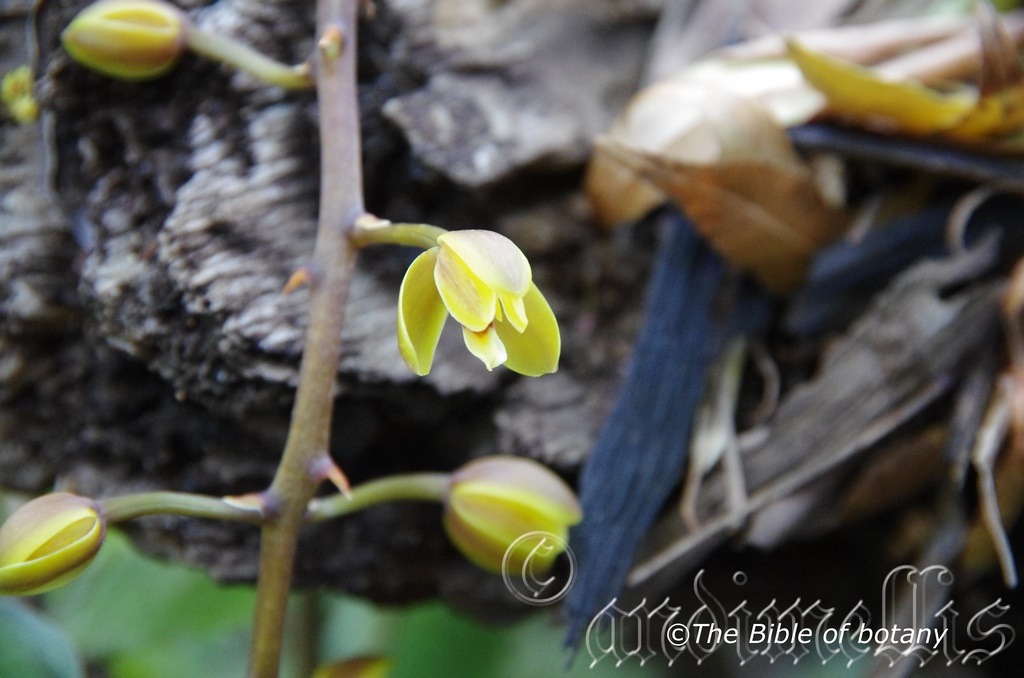
Clarence Valley NSW
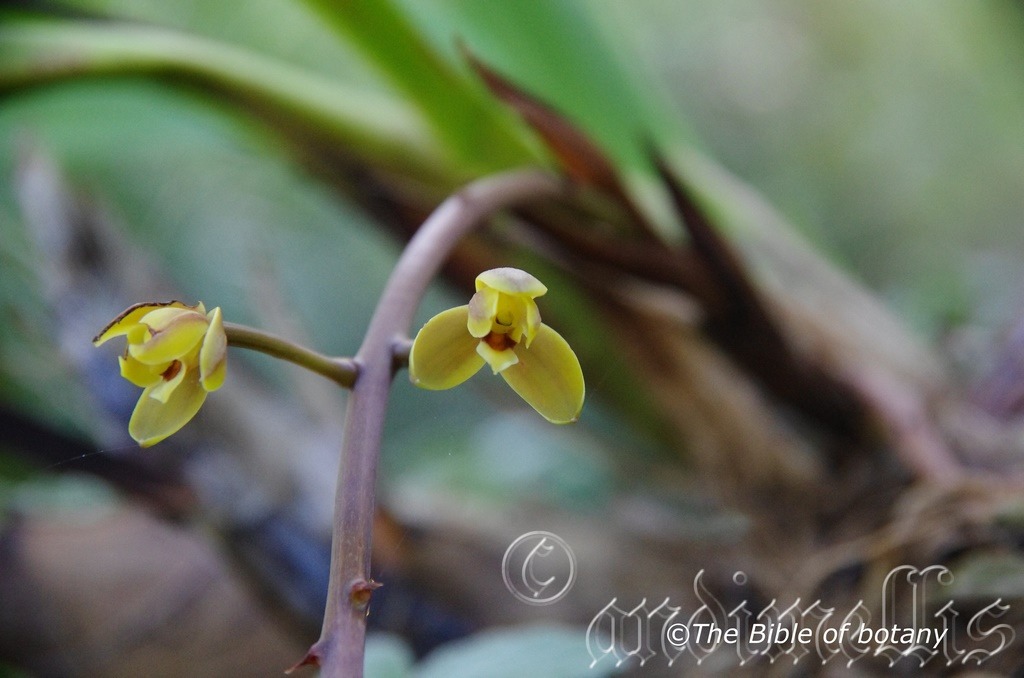
Clarence Valley NSW

Clarence Valley NSW
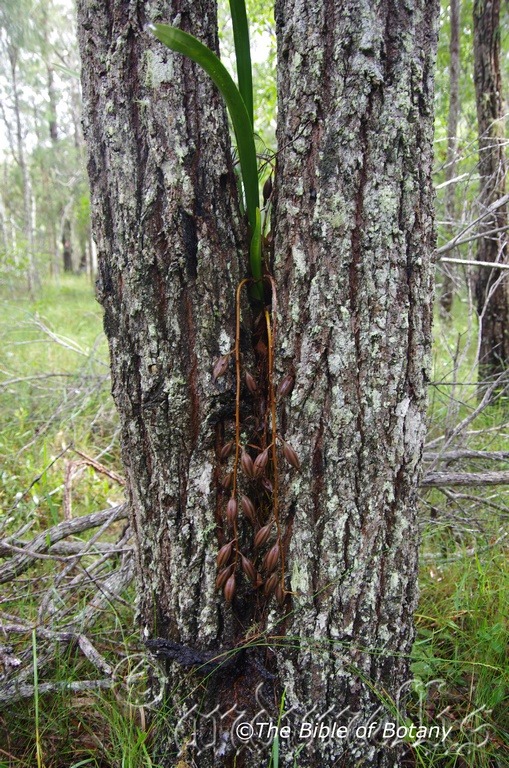
Clarence Valley NSW

Clarence Valley NSW
Cymbidium madidum
Classification:
Class: Monocots
Order: Asparagales
Family: Orcidaceae
Subfamily: Epidendroideae
Tribe: Cymbidieae
Sub Tribe: Crytopodiineae
Alliance: Cymbidium
Genus: From Kymbe, which is Ancient Greek for a boat. It refers to organs, usually hollow recess in the lip of flowers, which somewhat resemble a boat’s hull.
Specie: From Madidus, which is Latin for moist or wet. It refers to plants, which prefer moist or wet habitats like on rainforest trees in high rainfall areas, swamps or higher altitudes where continual fogs and orographic precipitation occurs.
Sub specie:
Common Name:
Distribution:
Cymbidium madidum is found south from the Lakefield National Park in Queensland to the Hasting River near Wauchope in northern New South Wales. It is found on and east of the Great Dividing Range.
https://avh.ala.org.au/occurrences/search?taxa=Cymbidium+madidum#tab_mapView
Habitat Aspect Climate:
Cymbidium madidum prefers dappled shade. It grows in open rainforest margins, open Eucalyptus forests, open woodlands melaleuca forests, littoral woodlands or littoral rainforests. The altitude ranges from 25 meters ASL to 1400 meters ASL.
The temperatures range from 3 degrees in July to 40 degrees in January.
The rainfall ranges from lows of 450mm to 2400mm average per annum. The rainfall is seasonal mainly summer and autumn with drier winters and springs and dry atmospheric conditions during these periods.
Soil Requirements:
Cymbidium madidum prefers the hollows found in Eucalyptus trees, or more often is found in the forks in Eucalyptus, Callitris or Melaleuca trees. These forks collect mulch and dust while the hollows are often void of wood mud guts. The pH from these mulches ranges from 5.5pH to 6.5pH.
Height & Spread:
Wild Plants: 0.5m to 0.6m by 0.4m to 0.5m
Characteristics:
Cymbidium madidum grows in sympodial clumps as an epiphyte with compressed pseudobulbs. The bulbs are ovoid and measure 60mm to 200mm long by 20mm to 60mm wide.
The long channelled, linear, leaves are glabrous and measure 200mm to 900mm long by 20mm to 40mm wide. Leaf margins are entire. The straight or curved are stiff and a dull, olive green to a mid green in colour.
Cymbidium madidum’s inflorescences are a long raceme with 15 to 70 flowers and measure 200mm to 800mm in length. The usually pendant pedicels vary from 10mm to 33mm in length including the 2mm to 3mm ovary which appears to be part of the pedicel but is slightly swollen. The pedicles are longer at the base and become shorter as they approach the apex. The sepals and petals are broadly elliptical and measure 9mm to 17mm in length by 4mm to 9mm in width. The sepals and petals are entire with an obtuse apex. The lower two petals are the largest. The two side sepals grow forward like guards protecting the labellum. The labellum is triangular from the mid-point towards the apex. The margins are entire. The labellum is flat measuring 10.5mm to 13.5mm in length by 8mm to 10mm wide with a shallow depression from the base to base of the mid lobe. Sepal colours vary from olive green, green and yellow with a red, purple or burgundy stripe on the disc. Flowers appear from August to November.
The seed pods are 25mm to 30mm in length by 20mm to 26mm in width and dry to a light dull yellow colour. It is thin, furrowed vertical and have a leathery feel even when ripe.
Wildlife:
Cymbidium madidum’s is the host to numerous small native flies, midget wasps and native bees when in flower.
Cultivation:
Cymbidium madidum is a beautiful orchid which has many hybrids and cultivars in cultivation add depth to any garden. If the conditions are suitable any of the cultivars can be grown outside in the forks of older trees where they look far more pleasing, natural and require far less attention. . They do best where winters are dry, the air is not humid and winters are mild. It is mildly frost resistant surviving cold periods down to minus 1 but prefer and flower at their best when winter temperatures stay above 3 degrees.
Plants must be secured to trees with a non-decorticating bark preferably Eucalyptus specie or Callitris specie. Tie them securely into the fork of the tree a little above head height so the flowers arch down towards the viewer.
They also do well on the tops of old fence posts or old stumps within the dappled shade of eucalyptus trees.
I prefer not to place them into tree hollows as these are becoming scarce. Over 300 native Australian animals and birds rely on these holes for nesting, sleeping or escaping the summer heat and fires, so let’s leave them for natures other little critters.
Orchids growing as epiphytes do surprisingly well in gardens when fed the organic fertilizers on a rotation basis from early spring to after flowering.
Propagation:
If the plant is existing in your garden and you wish to use this method of propagating choose a day that follows a week of cool weather. Select the division as above and slice through the plant behind an old bulb without leaves, ensuring the new plant has an old bulb with leaves and a new bulb that has not fully developed. Repeat as above in steps 3 to 5.
Seeds:
All orchids are protected under state and Federal laws so no part of the orchid can be taken from the wild unless you are a developer, multinational, mining company or road worker.
Cymbidium canaliculatum seeds require treatment before sowing. Really Orchid seeds are meant for professionals with time, equipment and space. However if you wish to persevere then here are the basics and you are learning from an amateur. You will need the following flask, Chloros solution, boiled water, an eye dropper, paper bag, a warm sheltered position and some patience and luck.
1. Collecting the seed: seed can only be collected from fully ripe pods. You may need to watch a pod for several days or even weeks following the time it stops swelling for it to turn yellow. At this stage the pod must be watched carefully for the pod to commence spitting along the placenta. If possible place the paper bag over the pod and tie it off. If necessary place a plastic bag over the paper bag to prevent rain or moisture contacting the seeds.
- Knowledge is very important now, as different species and genre have various numbers of viable seed in a pod. Viable seeds may be as few as 20 or as many as several million. Check the bag daily and remove once the seed begins to disperse. Shake all the seeds from the pod into the bag.
- Purchase the appropriate agar solution from an orchid society as they will know what you want and which one will be best for your species. Prepare the agar solution and pour into the flask.
- Remove some of the seeds by shaking them into a solution of 1 part chloros to 20 parts water and allow to soak for 10 minutes.
- Remove the seeds with the eyedropper in the solution and spread evenly over the set agar.
- Place the flasks in a room that is will lit with indirect light and the temperature is a consistent 25 to 30 degrees centigrade.
- Wait 4 to 7 months for the seedlings to develop to a stage where they can be removed and planted on into a fine orchid mix. Do not remove the seedlings from their environment of light or temperature for at least another two months. Even at this stage it is best to place the seedlings in a hot house where their environment can be controlled.
Fertilize using Seaweed, fish emulsion or organic chicken pellets soaked in water on an alternate basis. Fertilize every two months until the plants are established then twice annually in early September or March to maintain health, vitality and better flowering.
Further Comments from Readers:
Hi reader, it seems you use The Bible of Botany a lot. That’s great as we have great pleasure in bringing it to you! It’s a little awkward for us to ask, but our first aim is to purchase land approximately 1,600 hectares to link several parcels of N.P. into one at The Pinnacles NSW Australia, but we need your help. We’re not salespeople. We’re amateur botanists who have dedicated over 30 years to saving the environment in a practical way. We depend on donations to reach our goal. If you donate just $5, the price of your coffee this Sunday, We can help to keep the planet alive in a real way and continue to bring you regular updates and features on Australian plants all in one Botanical Bible. Any support is greatly appreciated. Thank you.
In the spirit of reconciliation we acknowledge the Bundjalung, Gumbaynggirr and Yaegl and all aboriginal nations throughout Australia and their connections to land, sea and community. We pay our respect to their Elders past, present and future for the pleasures we have gained.
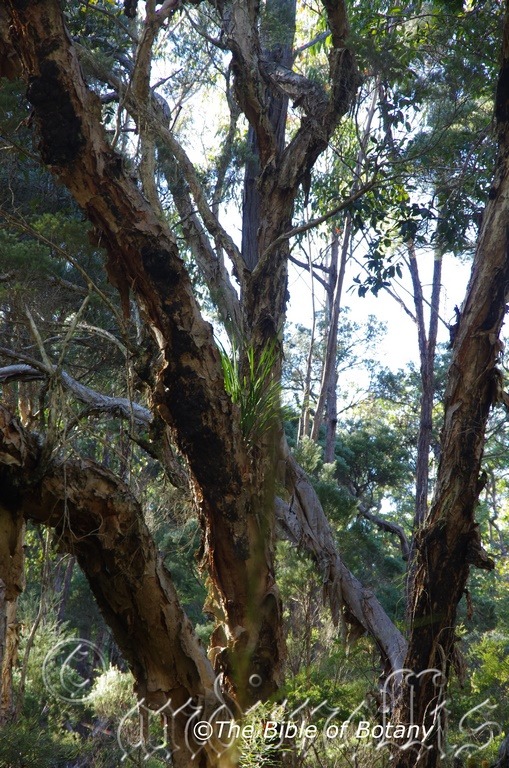
Clarence Valley NSW

Clarence Valley NSW
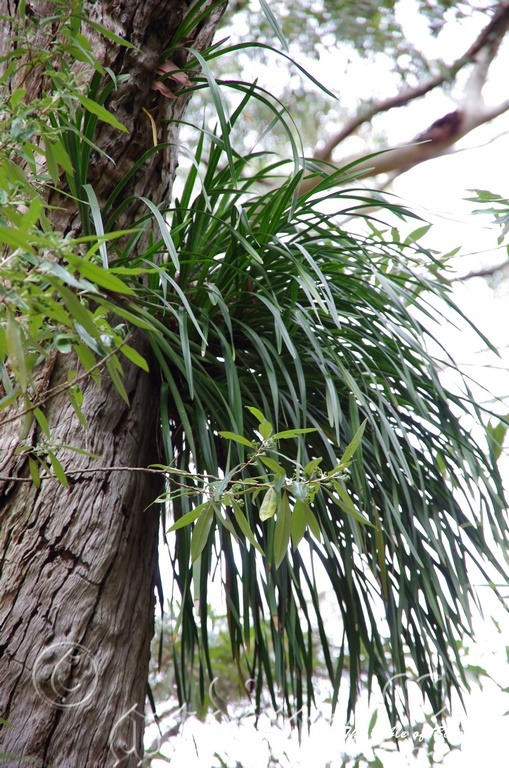
Port Macquarie NSW
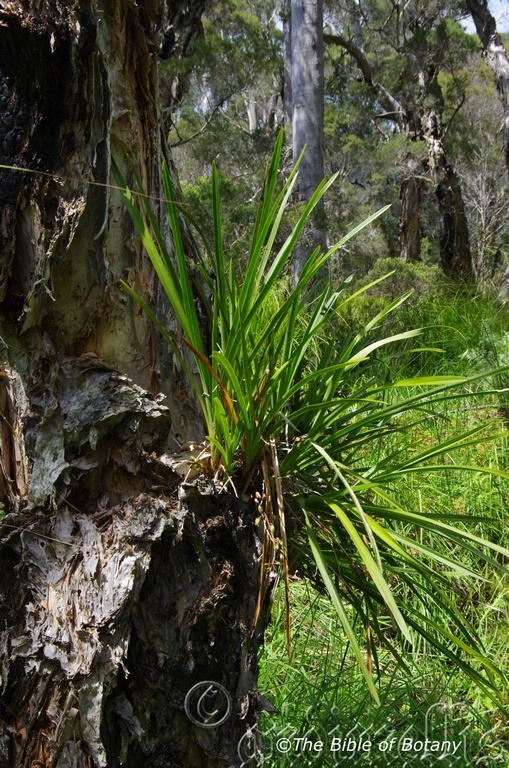
Port Macquarie NSW
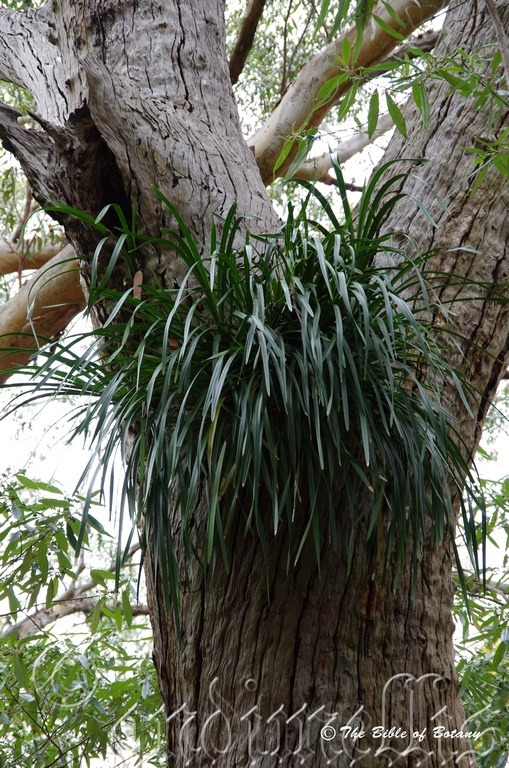
Port Macquarie NSW

Clarence Valley NSW

Clarence Valley NSW
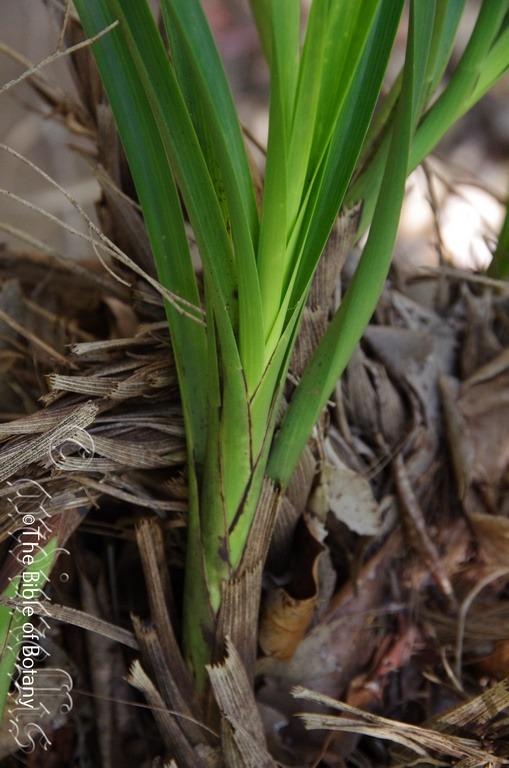
Clarence Valley NSW
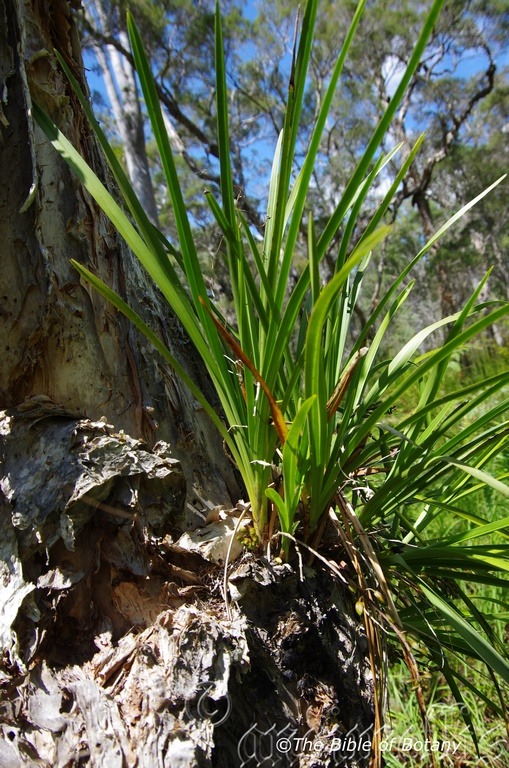
Clarence Valley NSW
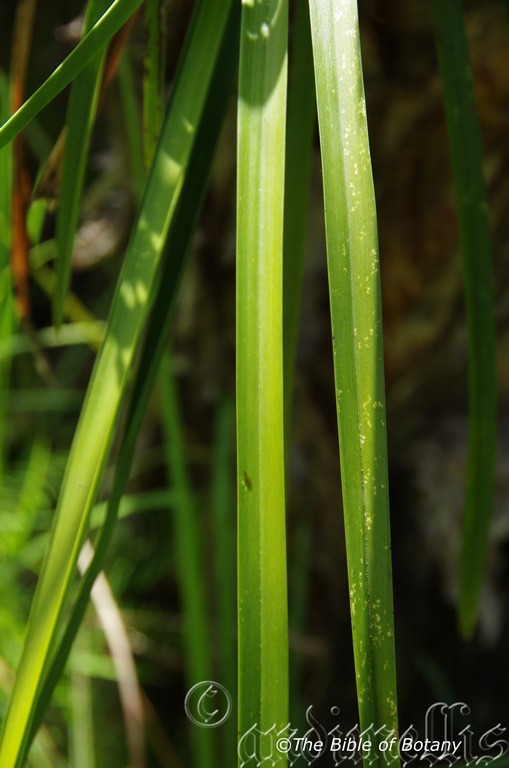
Clarence Valley NSW
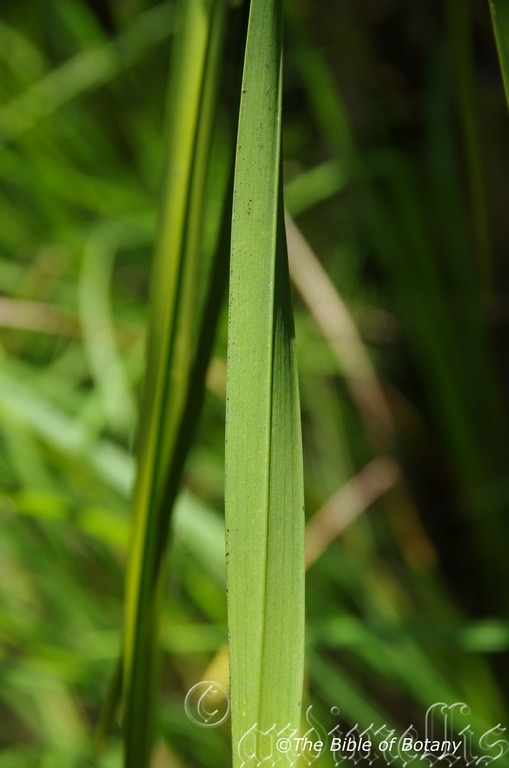
Clarence Valley NSW

Clarence Valley NSW
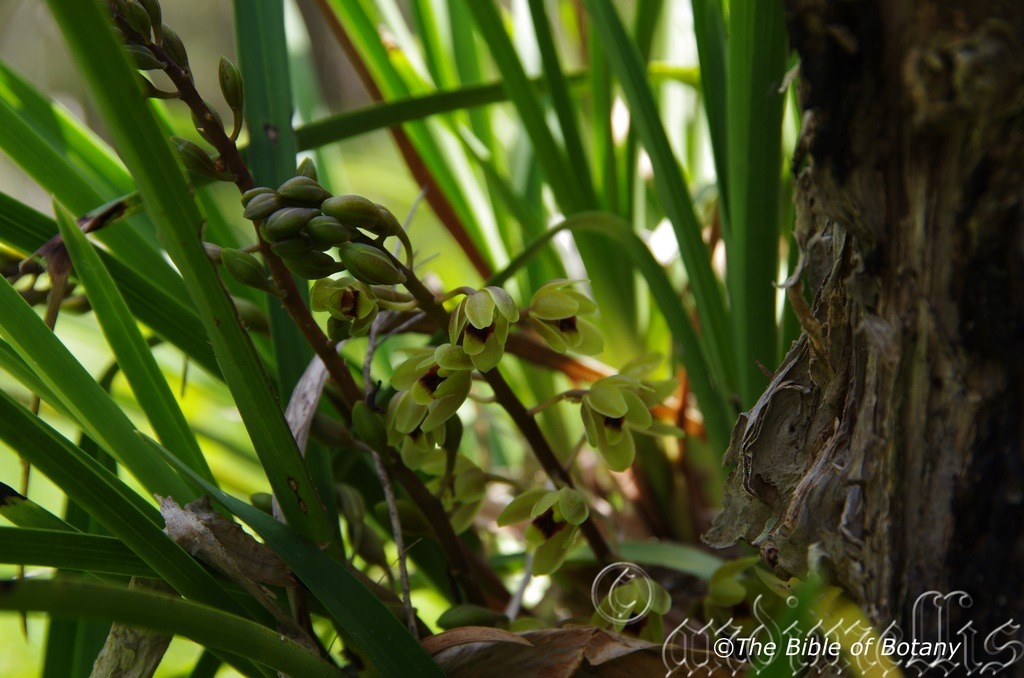
Clarence Valley NSW
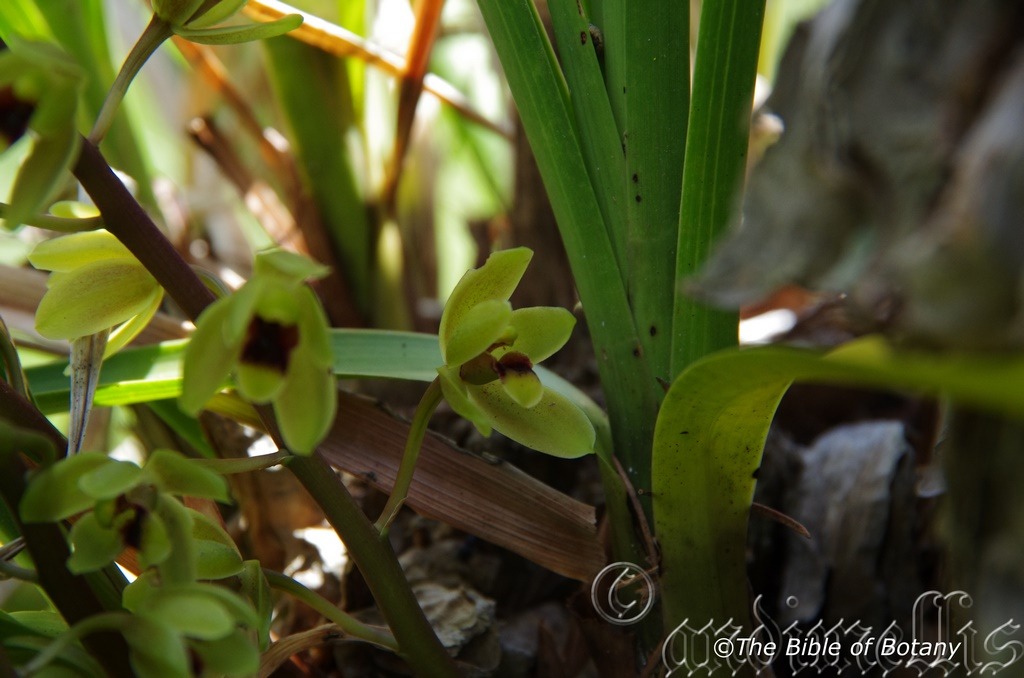
Clarence Valley NSW

Clarence Valley NSW
Cymbidium suave
Classification:
Class: Monocots
Order: Asparagales
Family: Orcidaceae
Subfamily: Epidendroideae
Tribe: Cymbidieae
Sub Tribe: Crytopodiineae
Alliance: Cymbidium
Genus:From Kymbe, which is Ancient Greek for a boat. It refers to organs, usually hollow recess in the lip of flowers, which somewhat resemble a boat’s hull.
Specie: From Suavis, which is Latinized from the French word for sweet. It refers to flowers or at times the fruits which are sweetly scented.
Sub specie:
Common Name: Snake Orchid.
Distribution:
Cymbidium suave is found south from Cairns in the far north eastern Queensland to the Moruya River in the south on the eastern side of the Range and to Tamworth in the western side of the range in New South Wales.
https://avh.ala.org.au/occurrences/search?taxa=Cymbidium+suave#tab_mapView
Habitat Aspect Climate:
Cymbidium suave prefers dappled shade. It grows in moist hardwood sclerophyll forests, dry hardwood rainforests, dry woodlands, in large old dead trees with decaying heartwood or stumps or at times fence posts. The altitude ranges from 5 meters ASL to 1200 meters ASL.
The temperatures range from minus 3 degree in July to 44 degrees in January.
The rainfall ranges from lows of 400mm to 3000mm average per annum. The rainfall is seasonal mainly summer and autumn with dry winters and springs and dry atmospheric conditions during these periods.
Soil Requirements:
Cymbidium suave prefers the hollows or forks found in various Eucalyptus trees. These forks collect some mulch and dust but are often filled with mud guts. The PH ranges from 5.5 to 6.
Height & Spread:
Wild Plants: 0.3m to 0.6m by 0.3m to 0.5m.
Characteristics:
Cymbidium suave grows in a monopodial on short stems as an epiphyte. The bulbs are difficult to distinguish between where the leaves start and the pseudobulbs finish. The pseudobulbs measure 50mm to 350mm in length by 6mm to 20mm in diameter.
The long channelled, linear, leaves are glabrous and measure 100mm to 600mm long by 8mm to 20mm wide. Leaf margins are entire. The straight or curved are straight to pendulant and olive green to mid green in colour.
The inflorescences of Cymbidium suave are a long raceme with 10 to 50 flowers. It is born from the axis of dead leaves. The pendant rachis measures 100mm to 350mm in length while the peduncles measure 8mm to 18mm in length including the 2mm to 3mm ovary which appears to be part of the pedicel but is slightly swollen. The pedicles are much the same length from the base to the apex. The sepals and petals are oblong and measure 10mm to 15mm in length by 5mm to 8mm in width with a distinct furrow running down the middle from the base to the apex. The sepals and petals are entire with an obtuse apex which may be slightly mucronate or retuse. The sepals and petals curve forward from the ovary. The lower two petals curve less than the sepals or upper petal. The labellum is also oblong with a reflex apex and sides curving strongly upwards from the base to the mid-point towards the apex. The margins are entire. The labellum measures 9.5mm to 11mm in length by 5mm in width and has one often indistinct fine keel running from the base to base of the mid lobe. Sepal and petal colours vary from olive green, greenish yellow to yellow with purple brown stripe on the disc. Flowers appear from September to December
The seed pods are 25mm to 30mm long by 20mm to 26mm wide and dry to a light semi glossy olive brown colour with deep reddish brown longitudinal stripes.
Wildlife:
Cymbidium suave’s is the host to numerous small native bees when in flower.
Cultivation:
Cymbidium suave is a beautiful orchid which is extremely difficult to grow and to propagate. Below are my observations and experiences from the few plants that I have grown successfully advice given to others. Where people have followed the advice some success has been had.
Plants must be grown in hollows where pipe mud is present, preferably in a Eucalyptus. Securely fix any plants into the hollow of the tree a little above head height so the flowers arch down towards the viewer. When planting remove as much of the mud as possible. The deeper the cavity is dug the better. Place the orchid in the cavity with the roots penetrating downwards as far as they can reach. Back fill the cavity using the mud that was removed and water in well. Now hope for the best.
The success rate is extremely low so unless you have a plant that needs repotting or acquire a wild plant try the following procedures and try in mimic the natural surroundings of the orchid as close as possible. The best approach still, is to leave them where it is and admire them from a distance.
Those who have had success in growing Cymbidium suave have left the plants in the original tree hollows. They have placed the orchid and tree hollow where conditions best mimic the orchid’s surroundings in nature.
If it is deemed really necessary to repot Cymbidium suave then find a suitable pot that is larger than the existing stump, log or branch it is presently growing in. Try using another eucalyptus log, an old fence post that has been hollowed out, old clay water pipes or even an old 150mm plastic sewerage pipes. Make sure the pipe is longer than the existing pipe that the orchid is growing in. Use the mud guts from Eucalyptus trees. These can be obtained from most saw mills. Place the orchids in the pipe and back fill gently tamping down as you go. Water the plants in well.
It is believed that Cymbidium suave may be very sensitive to
- PH changes as mud guts are usually have a PH ranging from 4.5 to 5.
- Moisture retention maybe very even due to rainfall and seepage into the mud guts and the mud gut acting like a sponge due to capillary action.
- The roots may grow in a position within the tree which retains an even temperature. That is more to one side where it is cooler or warmer or down the centre.
- Reaction to biological changes in nutrient from the mud guts.
- or a combination of the above.
For these reasons the bottoms of the pipes should be left open at the bottoms and be allowed to make solid contact with the ground to allow excess moisture to drain off and for any capillary action to start.
Propagation:
Seeds:
All orchids are protected under state and Federal laws so no part of the orchid can be taken from the wild unless you are a developer, multinational, mining company or road worker.
Cymbidium suave seeds require treatment before sowing. Really Orchid seeds are meant for professionals with time, equipment and space. However if you wish to persevere then here are the basics and you are learning from an amateur. You will need the following, a flask, Chloros solution, boiled water, an eye dropper, paper bag, a warm sheltered position and a lot of patience and luck. This is a most difficult orchid to grow even by professionals as it detests root disturbance and being reorientated.
1. Collecting the seed: seed can only be collected from fully ripe pods. You may need to watch a pod for several days or even weeks following the time it stops swelling for it to turn olive yellow. At this stage the pod must be watched carefully for the pod to commence spitting along the placenta. If possible place the paper bag over the pod and tie it off. If necessary place a plastic bag over the paper bag to prevent rain or moisture contacting the seeds.
- Knowledge is very important now, as different species and genre have various numbers of viable seed in a pod. Viable seeds may be as few as 20 or as many as several million. Check the bag daily and remove once the seed begins to disperse. Shake all the seeds from the pod into the bag.
- Purchase the appropriate agar solution from an orchid society as they will know what you want and which one will be best for your species. Prepare the agar solution and pour into the flask.
- Remove some of the seeds by shaking them into a solution of 1 part chloros to 20 parts water and allow to soak for 10 minutes.
- Remove the seeds with the eyedropper in the solution and spread evenly over the set agar.
- Place the flasks in a room that is will lit with indirect light and the temperature is a consistent 25 to 30 degrees centigrade.
- Wait 4 to 7 months for the seedlings to develop to a stage where they can be removed and planted on into a fine orchid mix. Do not remove the seedlings from their environment of light or temperature for at least another two months. Even at this stage it is best to place the seedlings in a hot house where their environment can be controlled.
Fertilize using Seaweed, fish emulsion or organic chicken pellets soaked in water on an alternate basis. Fertilize every two months until the plants are established then twice annually in early September or March to maintain health, vitality and better flowering. Good Luck!
The breaking up of bulbs almost always ends up in a fatality so are best left where it is.
Further Comments from Readers:
Hi reader, it seems you use The Bible of Botany a lot. That’s great as we have great pleasure in bringing it to you! It’s a little awkward for us to ask, but our first aim is to purchase land approximately 1,600 hectares to link several parcels of N.P. into one at The Pinnacles NSW Australia, but we need your help. We’re not salespeople. We’re amateur botanists who have dedicated over 30 years to saving the environment in a practical way. We depend on donations to reach our goal. If you donate just $5, the price of your coffee this Sunday, We can help to keep the planet alive in a real way and continue to bring you regular updates and features on Australian plants all in one Botanical Bible. Any support is greatly appreciated. Thank you.
In the spirit of reconciliation we acknowledge the Bundjalung, Gumbaynggirr and Yaegl and all aboriginal nations throughout Australia and their connections to land, sea and community. We pay our respect to their Elders past, present and future for the pleasures we have gained.
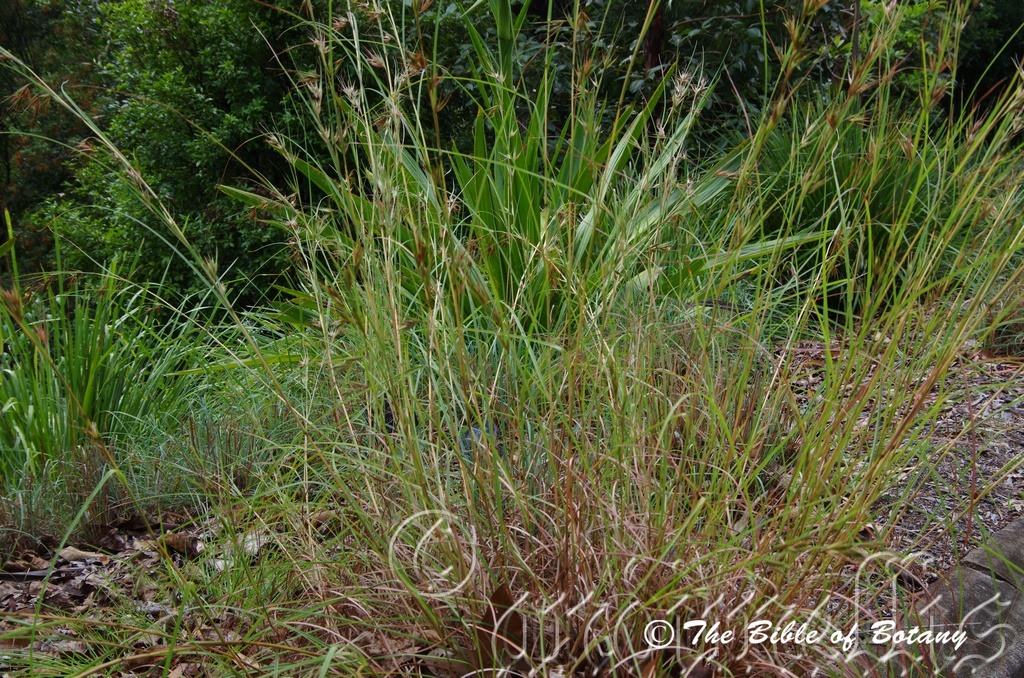
Beenleigh Qld.

Beenleigh Qld.

Beenleigh Qld.

Beenleigh Qld.
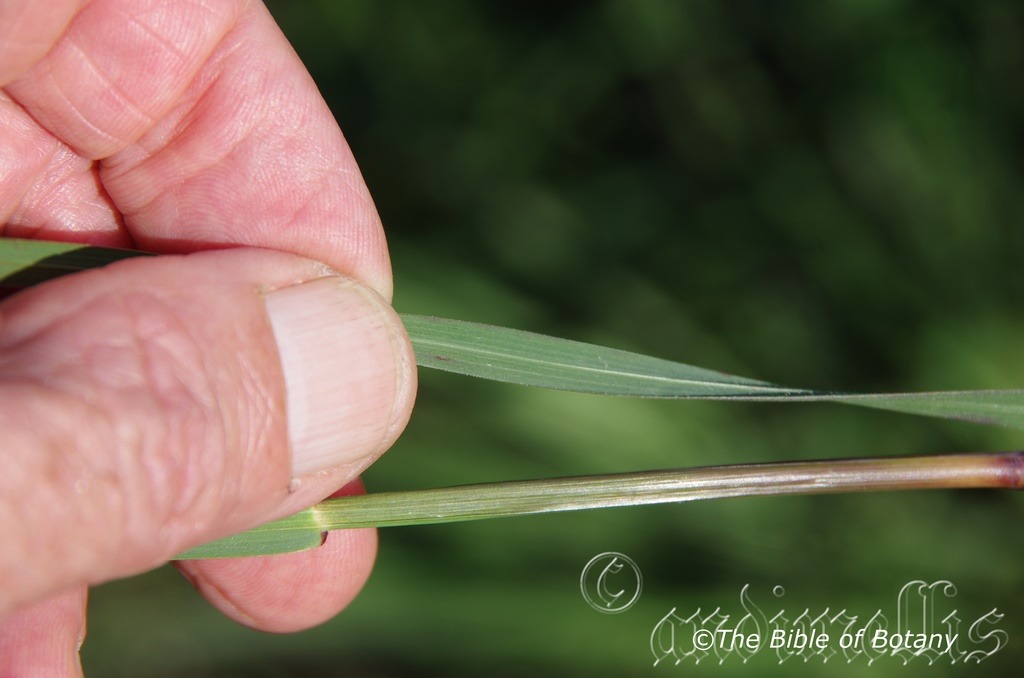
Beenleigh Qld.
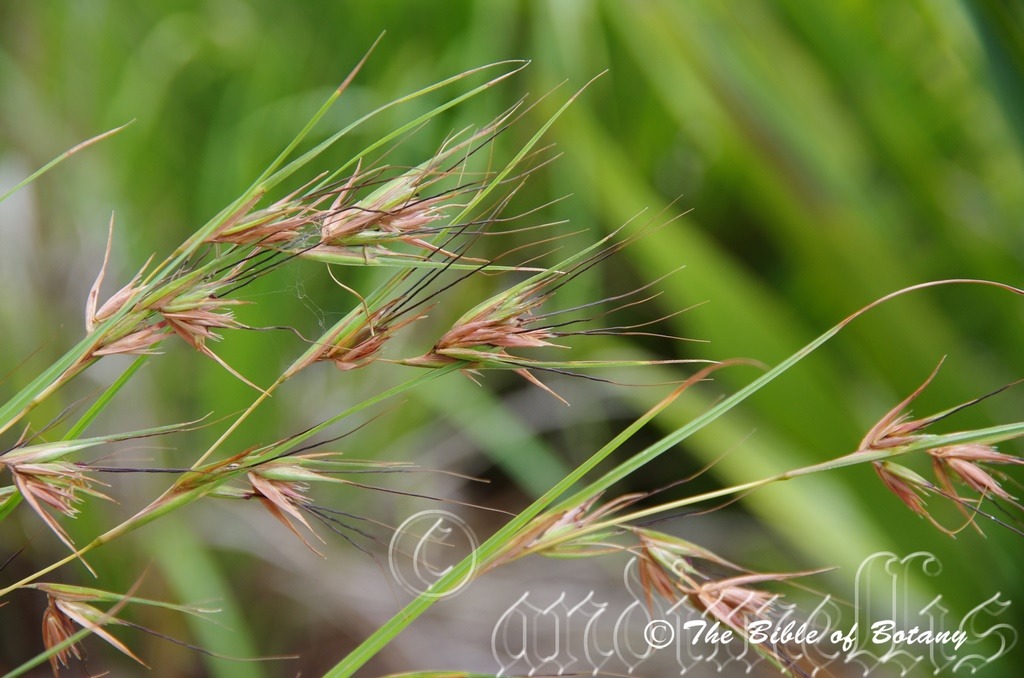
Beenleigh Qld.
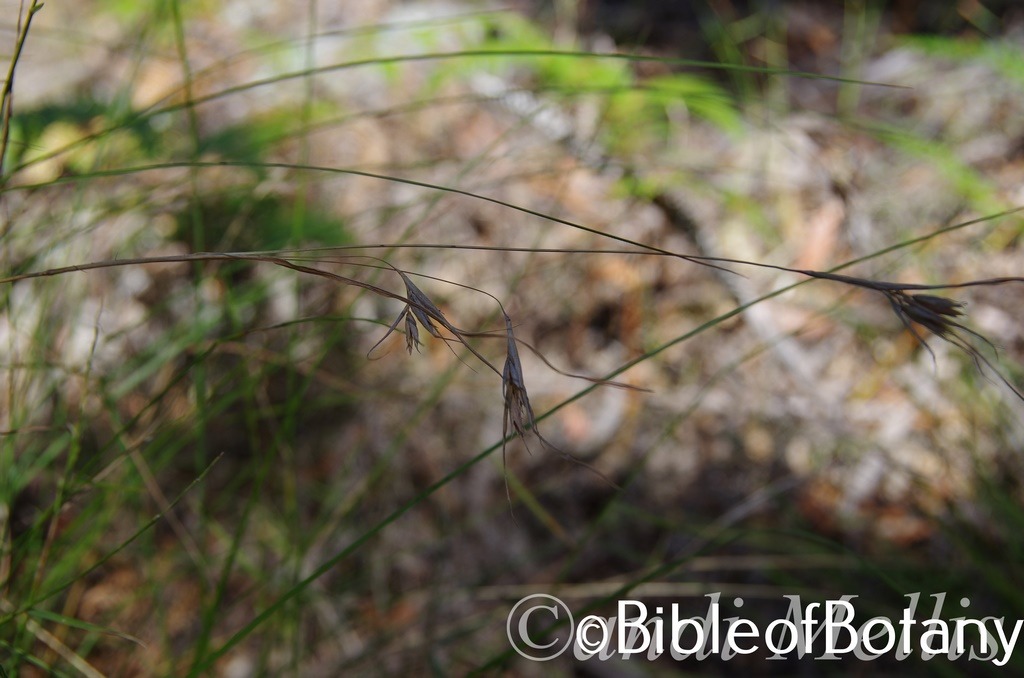
Yuryaigir National Park NSW
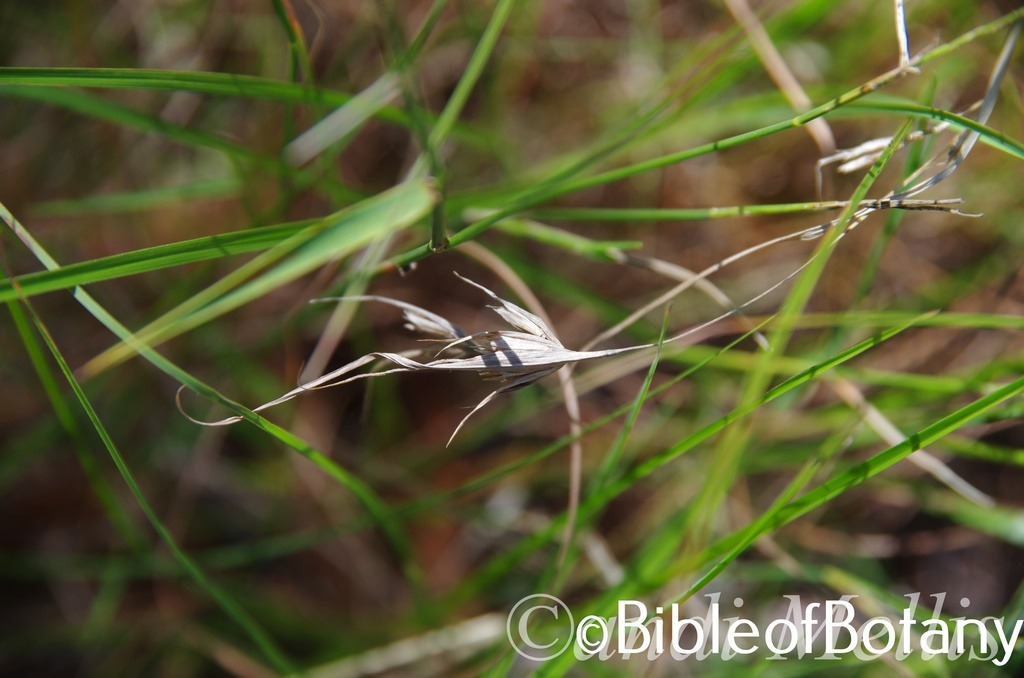
Yuryaigir National Park NSW

Beenleigh Qld.
Cymbopogon refractus
Classification:
Unranked: Monocots
Unranked: Commelinids
Order: Poales
Family: Poaceae
Genus: From Kymbe, which is Greek for a boat and Pogon, which is Ancient Greek for a beard. It refers to the boat shaped spatheoles subtending the hairy racemes.
Specie: From Refractus, which is Latin for to bend or reflect. It refers to light, heat or sound, which are bent or reflected or when an extremity is sharply bent.
Sub specie:
Common Name: Barb Wire Grass.
Distribution:
Cymbopogon refractus is found east from Darwin to Groote Eylandt, Wearyan Creek at Kelly Gap and the MacDonald Ranges west of Alice Springs in the north of the Northern Territory.
In the east it is found south from the tip of Cape York Peninsula in far north Queensland to central Victoria and south to the Dandenong Mountains. It is found on the Western Plains, Western Slopes, on and east of the Great Dividing Range.
https://avh.ala.org.au/occurrences/search?taxa=Cymbopogon+refractus#tab_mapView
Habitat Aspect Climate:
Cymbopogon refractus prefer full sun to light dappled shade. It grows in the mountains or plains in open woodlands, dry Eucalyptus forests, moist Eucalyptus forests or vine forests. The altitude ranges from 5 meters ASL to 1400 meters ASL.
The temperatures range from minus 4 degrees in July to 42 degrees in January.
The rainfall ranges from lows of 300mm to 3200mm average per annum.
Soil Requirements:
Cymbopogon refractus prefer poorer quality soils that are light gravelly clays to heavy clays. The soils are derived from decomposed sandstone, shale or basalts. The soils pH ranges from 4.5pH to 6pH. It is tolerant of waterlogged soils. Non saline soils to very saline soils are tolerated.
Height & Spread:
Wild Plants: 0.8m x 1m to 0.4m x 0.6m
Characteristics:
Cymbopogon refractus grows as a tufted perennial grass.
The pale blue to blue green leaves have a ligule which measures 1.8mm to 2.2mm in length by 1.25 in width. The leaf blades are flat to revolute and measure 100mm to 260mm in length by 1.5mm to 2mm width.
Inflorescences of Cymbopogon refractus are born on racemes from a special spike. The racemes are sparsely covered in white hirtellous hairs. The spikelets are sessile. Female flowers pink while the anthers are creamy yellow to yellow. Cymbopogon refractus flowers appear from mid-December to the end of April.
The fruits are typical grass seeds. It is obovate to oblong and measure 5mm to 7mm in length by 8mm to 10mm diameter.
Wildlife:
Cymbopogon refractus’s seeds are eaten by rosellas and many smaller parrots.
Cultivation:
Cymbopogon refractus is a beautiful small tussock grass that deserves a place in every native or exotic garden where a tufted plant is required. It is ideal in almost every setting near ponds, in court yards, around swimming pools, dry woodland forests or desert settings. It is a small clump grass which has beautiful blue foliage. It is drought resistant once established and responds to harsh pruning on an annual basis after flowering to keep it looking at it best. It is ideal in court yards and around pools as it is clean and easy to maintain. Their vertical leaves break the horizontal look. It is fast growing and have no difficulties growing against hot walls or glare from water.
Its versatility doesn’t stop with accepting all types of soils as they can cope with temperatures as low as low as minus 7 degrees and up to 42 degrees. It is drought resistant and can cope with the occasional immersion where periodic down pours may flood the land.
Add to the above, If it is given adequate moisture, plenty of mulch for moisture retention and an even soil temperature and applying native fertilizers on annual basis the plants will respond with good flowering over a long period. The blue foliage will become greener if high nitrate fertilizers are used.
Propagation:
Seeds: Cymbopogon refractus seeds do not require treatment before sowing. Sow fresh seeds directly into a seed raising mix and cover with 5mm of the mix. When the seedlings are 25mm to 50 mm tall, prick them out and plant them into 50mm native tubes using a seed raising mix.
Once the seedlings reach 150mm to 200mm in height plant them out into their permanent position. Mass plantings can be achieved by planting them at 1 meter to 2 meter centers.
Division: When growing from divisions remove the plant from the soil in early spring and just hack it into 3 or 4 equal parts, first down the middle then halve those sections again. Remove unwanted dead leaves and any old small clumps that look weak or dead. Replant ensuring the soil is at the same level as before. Water and fertilize. New shoots will appear within two weeks.
Fertilize using Seaweed, fish emulsion or organic chicken pellets soaked in water on an alternate basis. Fertilize every two months until the plants are established then twice annually in early September or March to maintain health, vitality and better flowering.
Further Comments from Readers:
Hi reader, it seems you use The Bible of Botany a lot. That’s great as we have great pleasure in bringing it to you! It’s a little awkward for us to ask, but our first aim is to purchase land approximately 1,600 hectares to link several parcels of N.P. into one at The Pinnacles NSW Australia, but we need your help. We’re not salespeople. We’re amateur botanists who have dedicated over 30 years to saving the environment in a practical way. We depend on donations to reach our goal. If you donate just $5, the price of your coffee this Sunday, We can help to keep the planet alive in a real way and continue to bring you regular updates and features on Australian plants all in one Botanical Bible. Any support is greatly appreciated. Thank you.